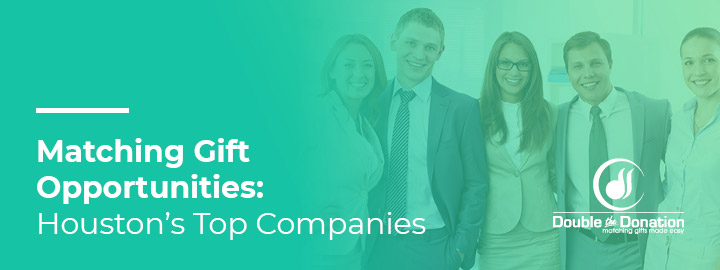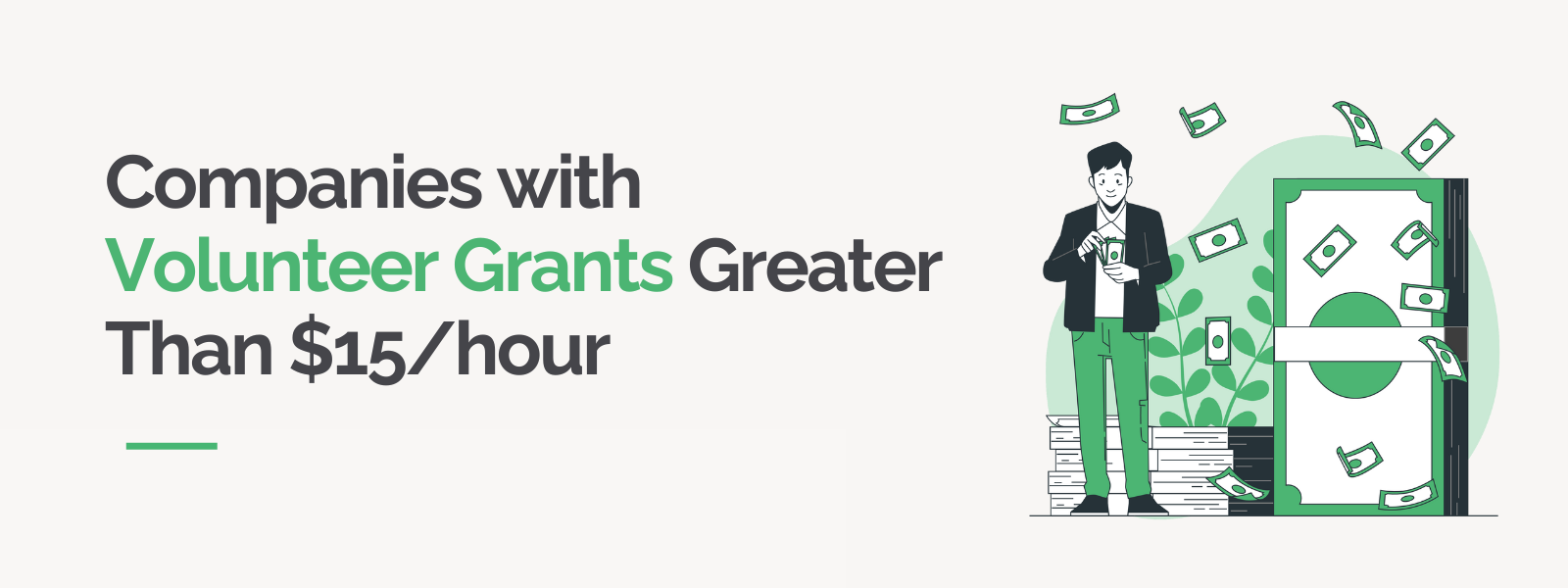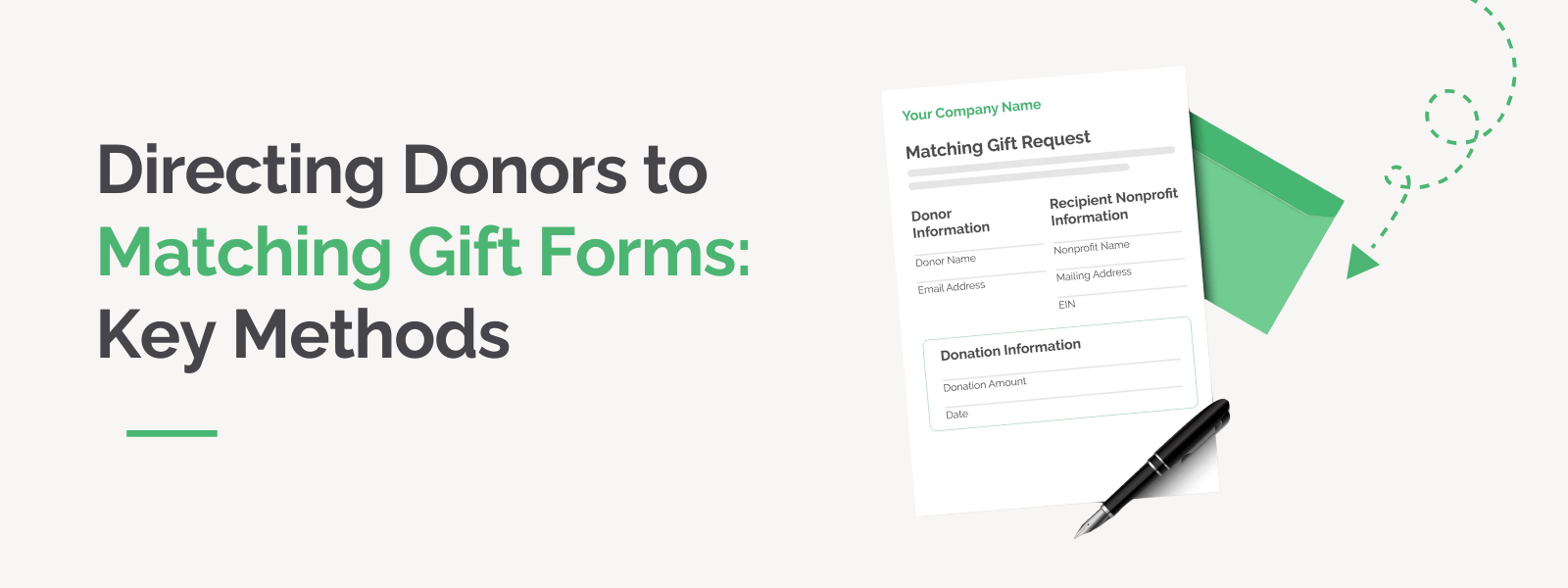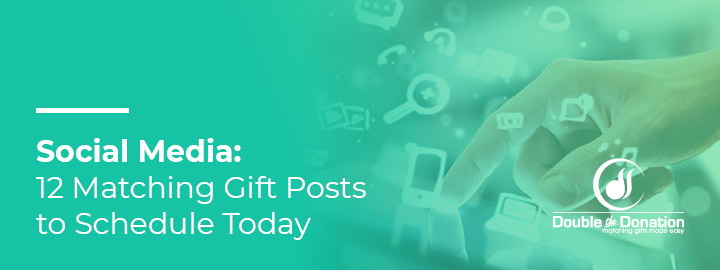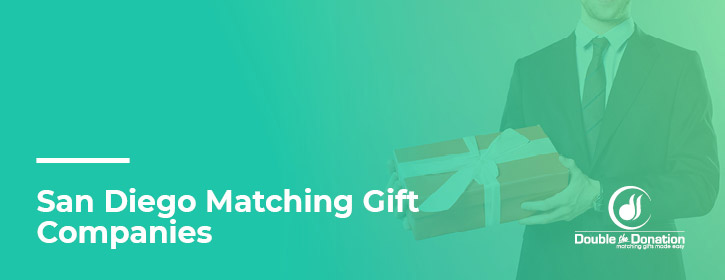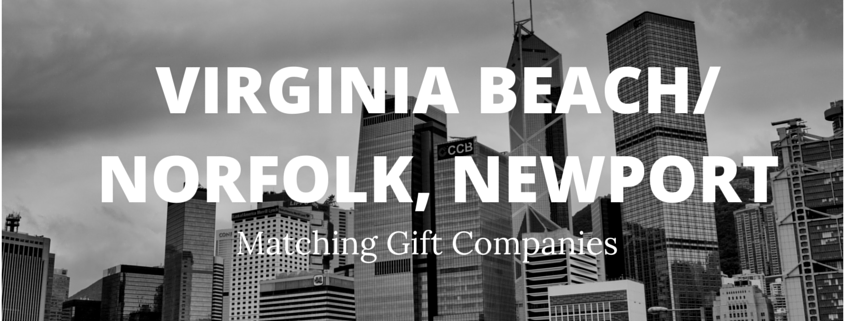Uncover Top Workplace Giving Insights
Use our expert insights to supercharge your organization’s matching gift, volunteer grant, and workplace fundraising strategies.
Use our expert insights to supercharge your organization’s matching gift, volunteer grant, and workplace fundraising strategies.
Dive into our most loved articles to see how you could tap into workplace fundraising for your nonprofit’s growth.
Receive valuable workplace fundraising blogs and resources straight to your inbox.
Join our newsletter community to receive the latest updates on:
Access our industry-leading findings right where you need them! We can’t wait to start connecting!
See what’s new on the blog and stay up to speed with industry trends.
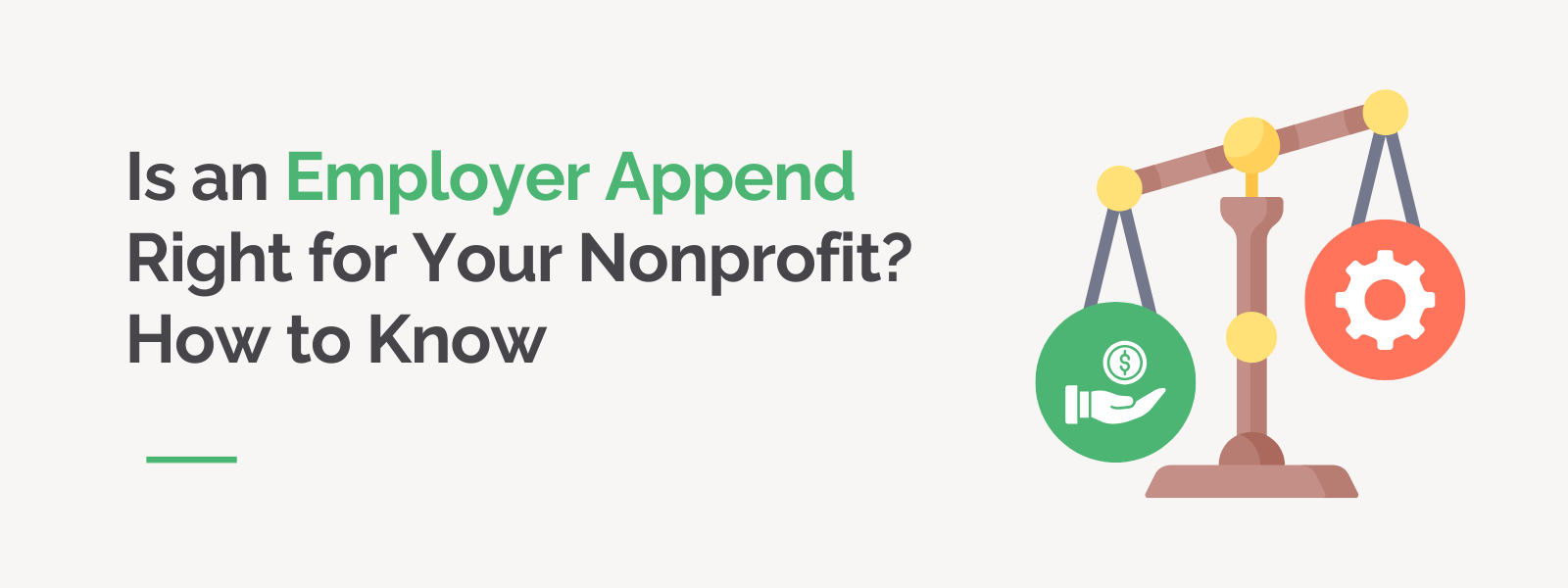
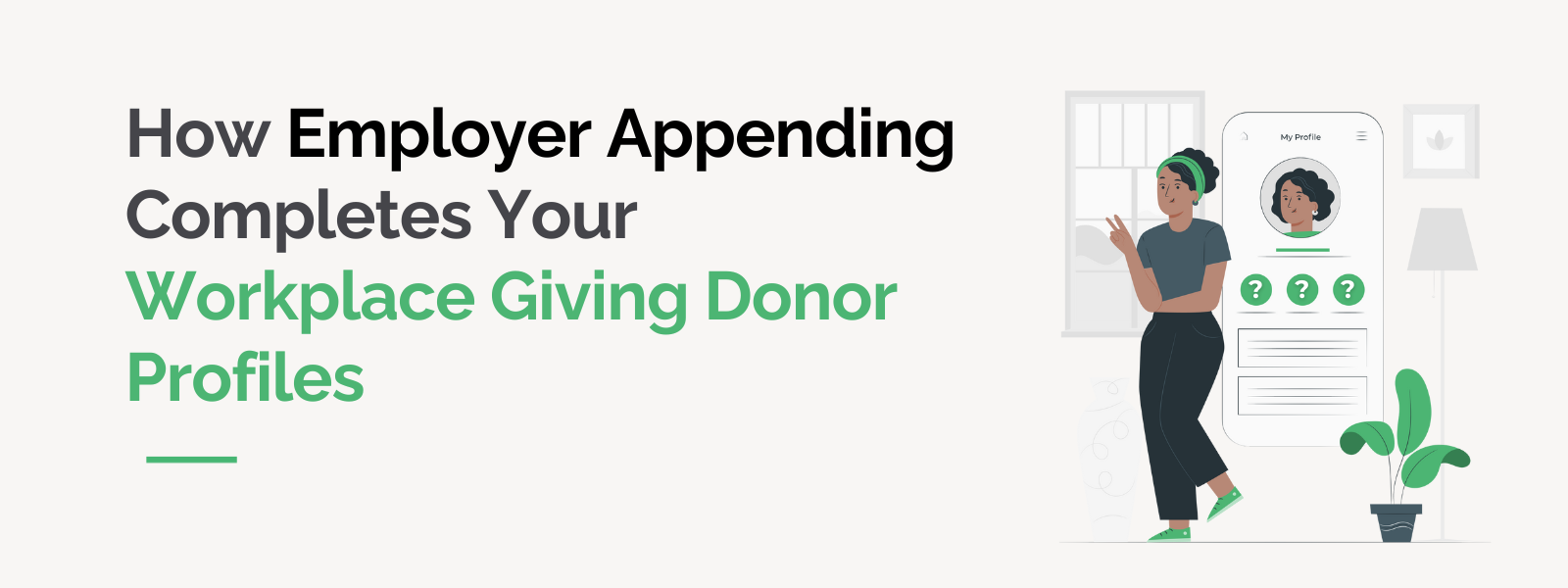
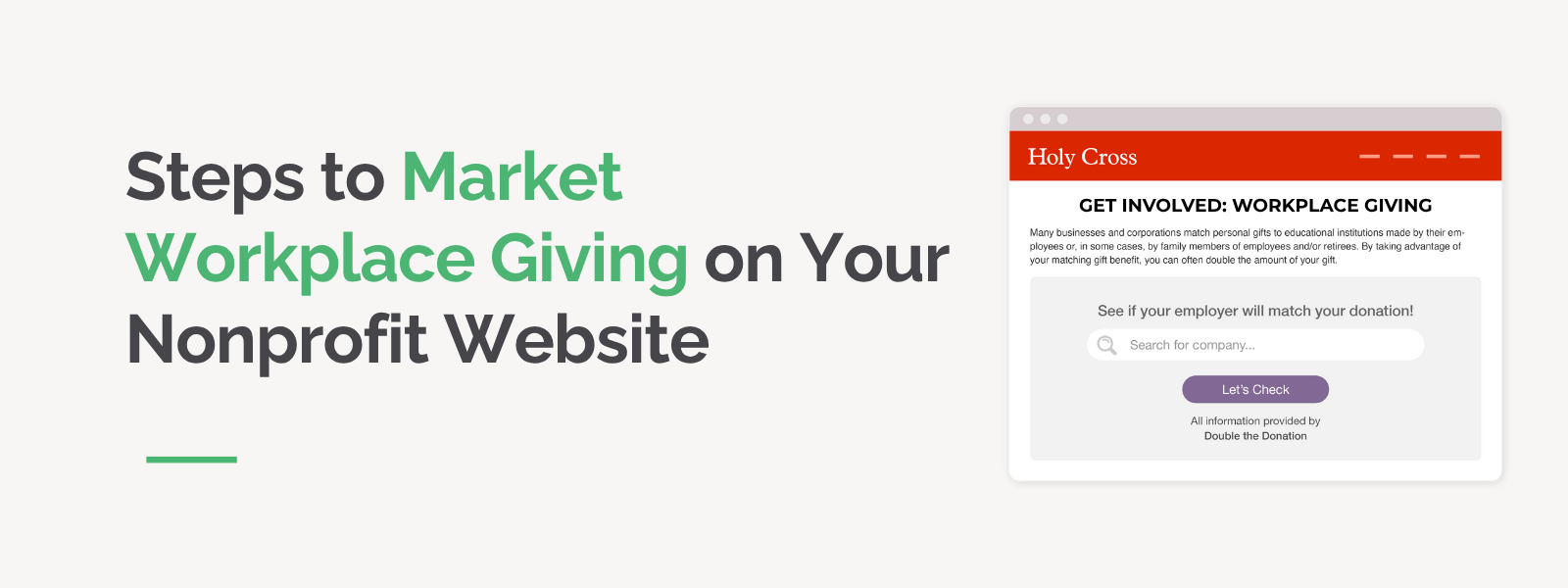
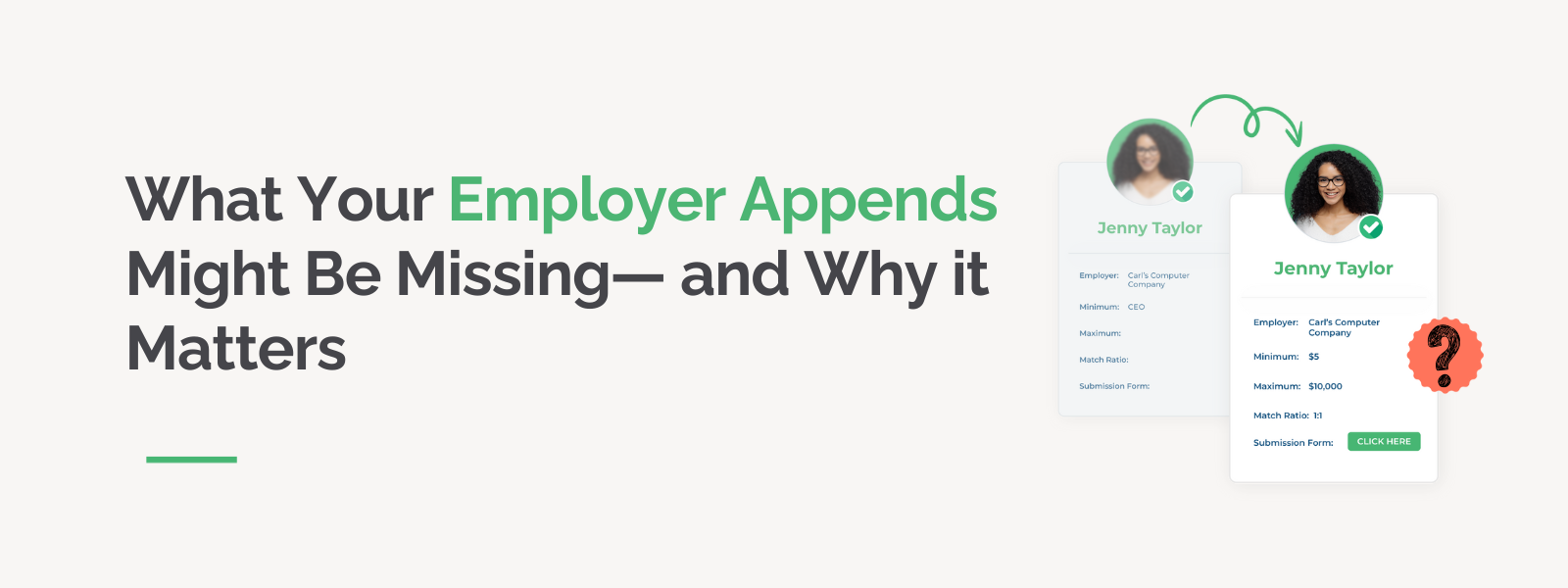
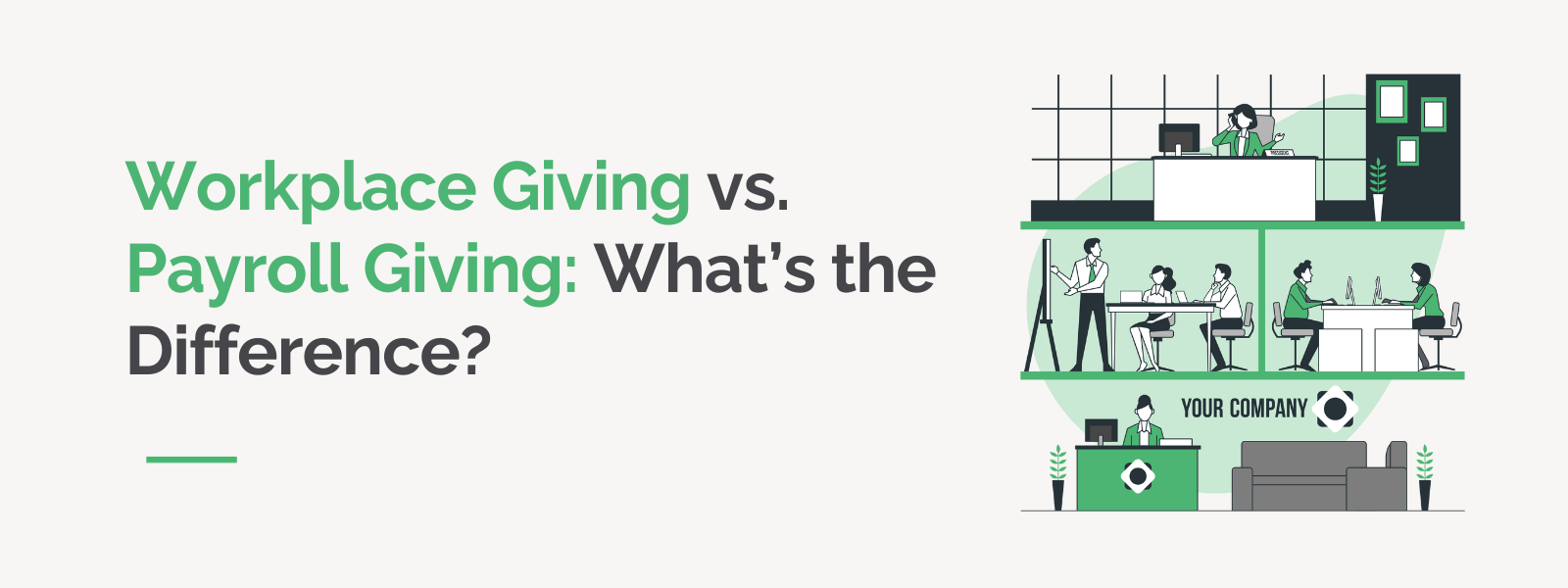
![Why and How to Reach Out to Payroll Giving Donors [A Guide]](https://doublethedonation.com/wp-content/uploads/2025/06/DTD_Why-and-How-to-Reach-Out-to-Payroll-Giving-Donors-A-Guide_Feature.png)
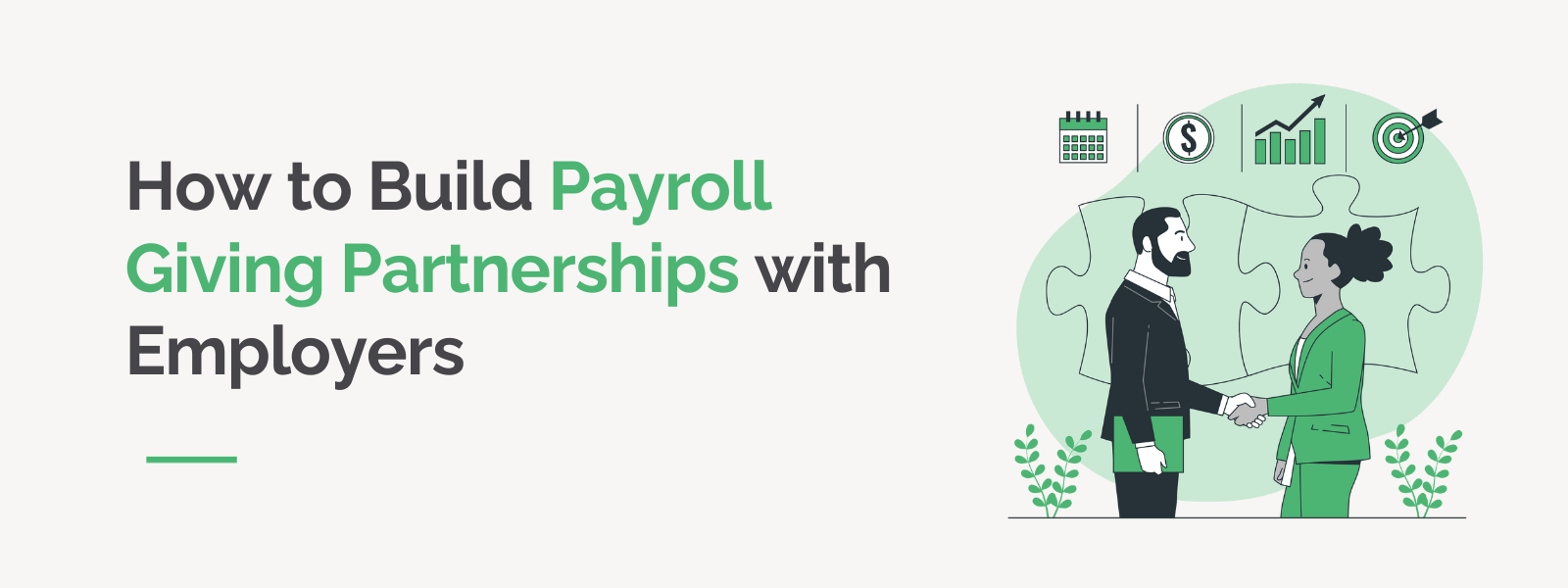
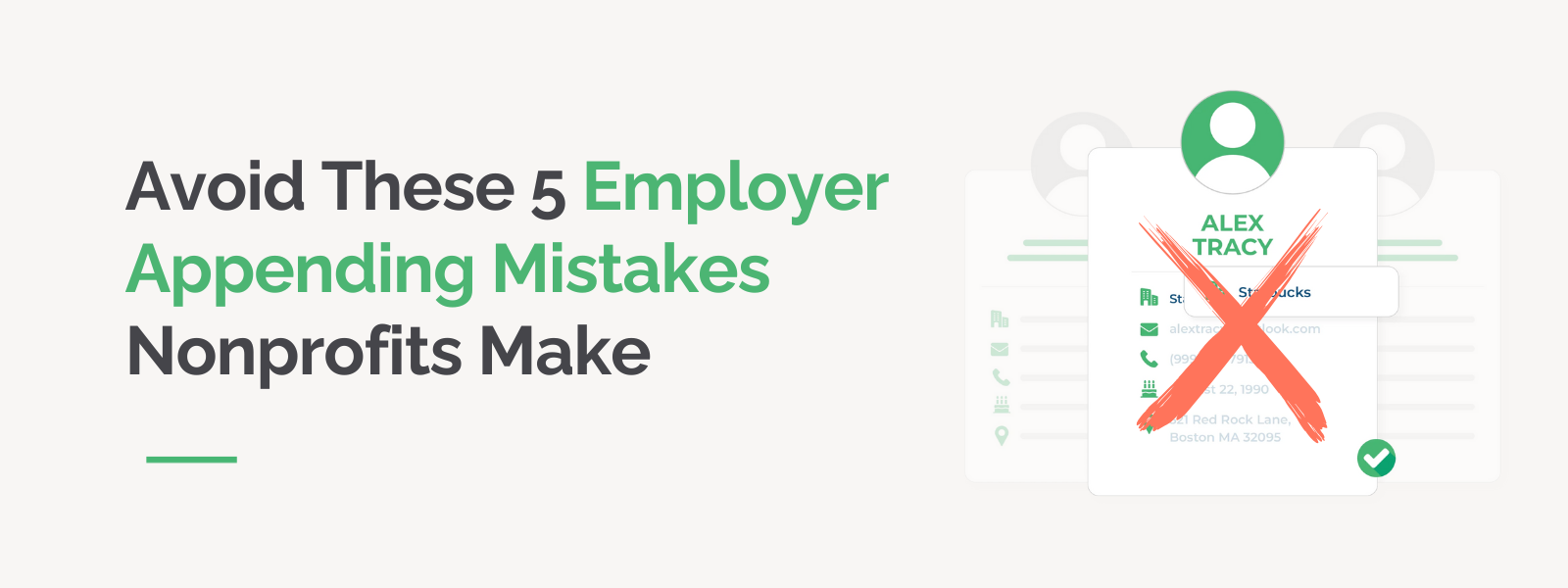
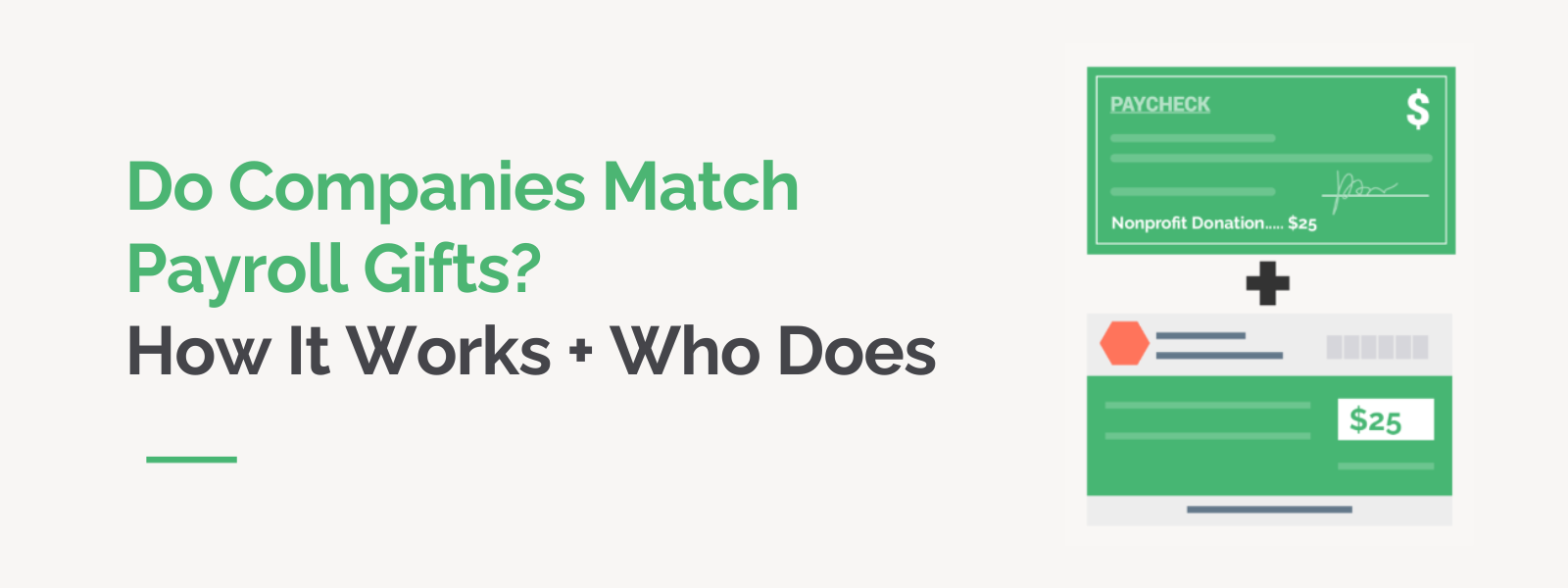

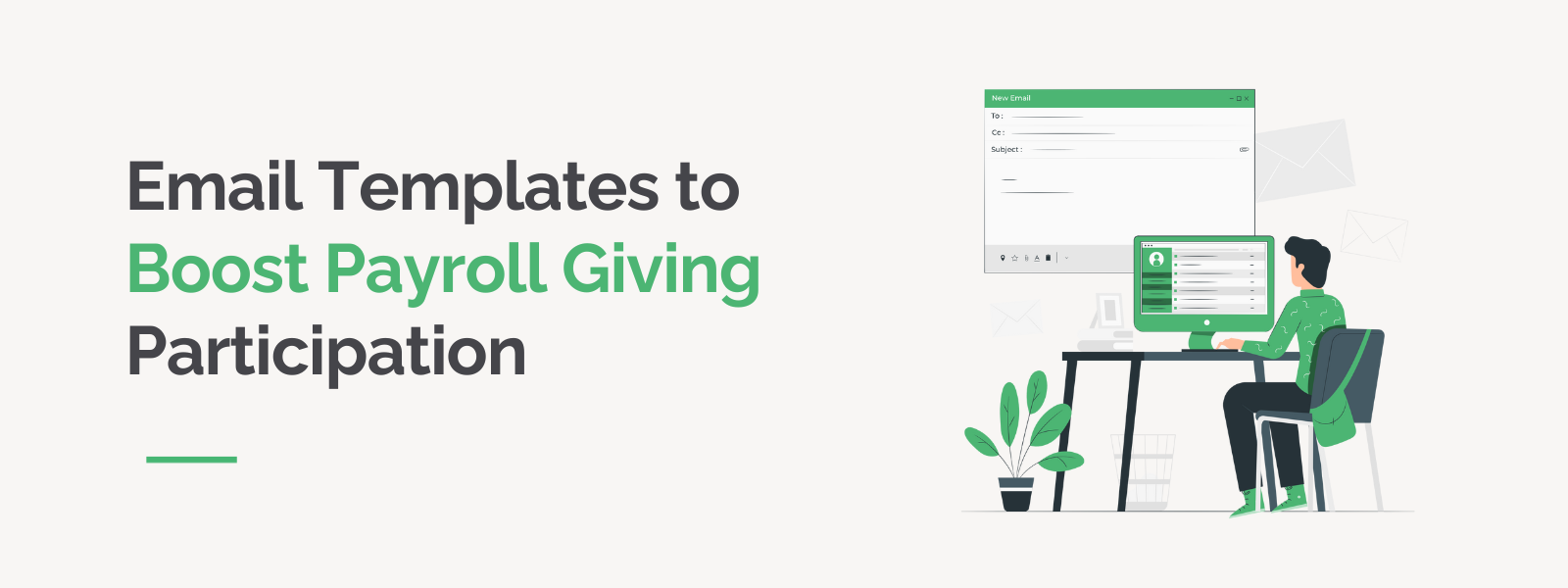
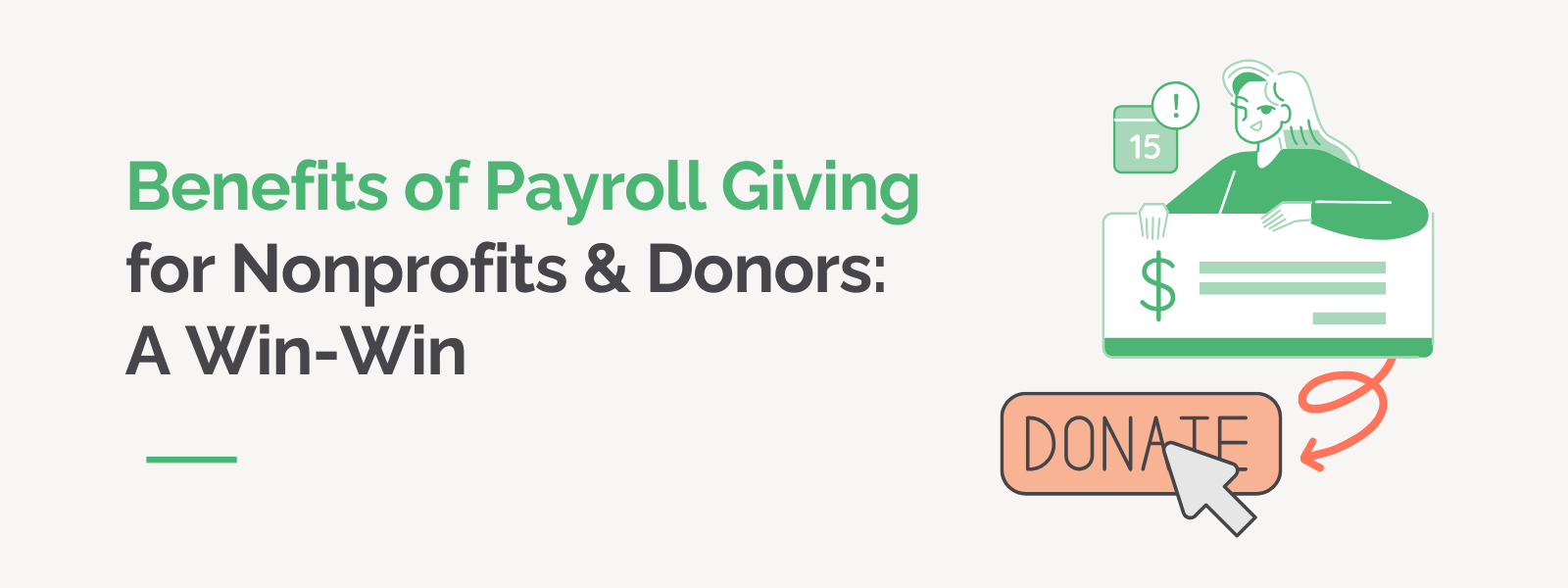
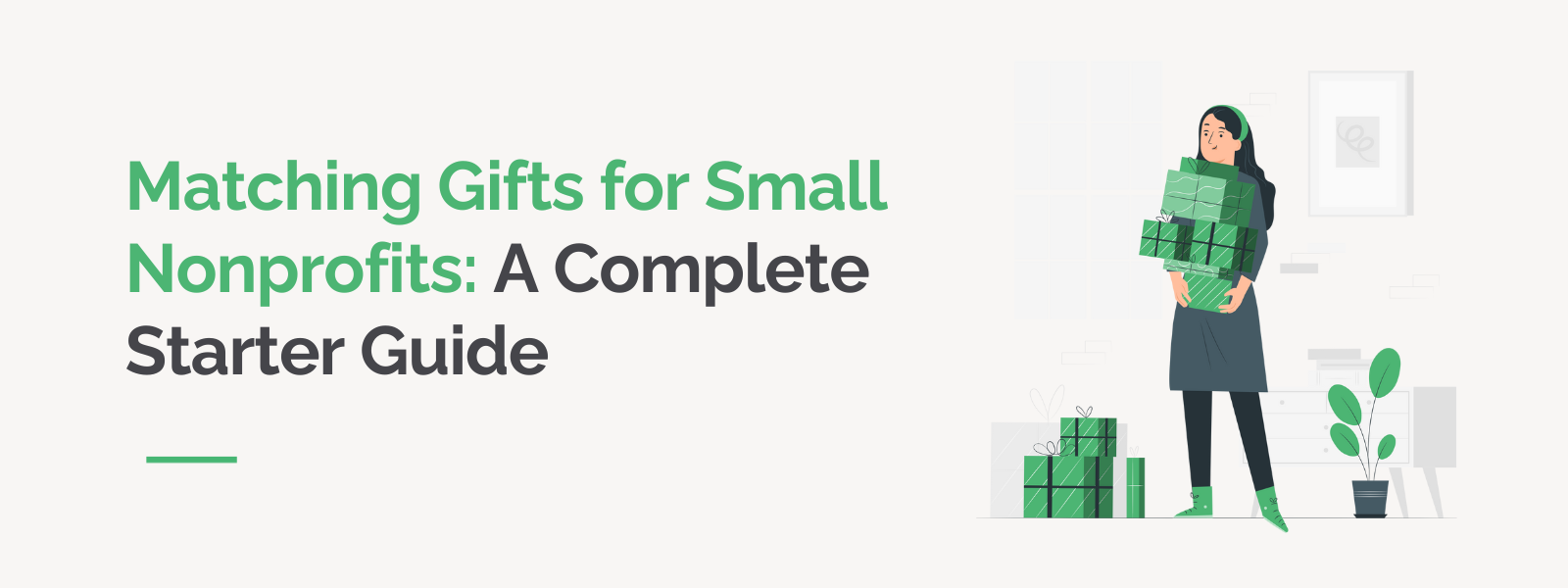 https://doublethedonation.com/wp-content/uploads/2025/06/DTD_Matching-Gifts-for-Small-Nonprofits-A-Complete-Starter-Guide_Feature.png
600
1600
Adam Weinger
https://doublethedonation.com/wp-content/uploads/2022/03/logo-dtd.svg
Adam Weinger2025-06-04 15:54:092025-06-06 17:52:32Matching Gifts for Small Nonprofits: A Complete Starter Guide
https://doublethedonation.com/wp-content/uploads/2025/06/DTD_Matching-Gifts-for-Small-Nonprofits-A-Complete-Starter-Guide_Feature.png
600
1600
Adam Weinger
https://doublethedonation.com/wp-content/uploads/2022/03/logo-dtd.svg
Adam Weinger2025-06-04 15:54:092025-06-06 17:52:32Matching Gifts for Small Nonprofits: A Complete Starter Guide![How to Register Your Nonprofit for Payroll Giving [6 Steps]](https://doublethedonation.com/wp-content/uploads/2025/06/DTD_How-to-Register-Your-Nonprofit-for-Payroll-Giving-6-Steps_Feature.png) https://doublethedonation.com/wp-content/uploads/2025/06/DTD_How-to-Register-Your-Nonprofit-for-Payroll-Giving-6-Steps_Feature.png
600
1600
Adam Weinger
https://doublethedonation.com/wp-content/uploads/2022/03/logo-dtd.svg
Adam Weinger2025-06-03 18:10:072025-06-28 21:51:16How to Register Your Nonprofit for Payroll Giving [6 Steps]
https://doublethedonation.com/wp-content/uploads/2025/06/DTD_How-to-Register-Your-Nonprofit-for-Payroll-Giving-6-Steps_Feature.png
600
1600
Adam Weinger
https://doublethedonation.com/wp-content/uploads/2022/03/logo-dtd.svg
Adam Weinger2025-06-03 18:10:072025-06-28 21:51:16How to Register Your Nonprofit for Payroll Giving [6 Steps]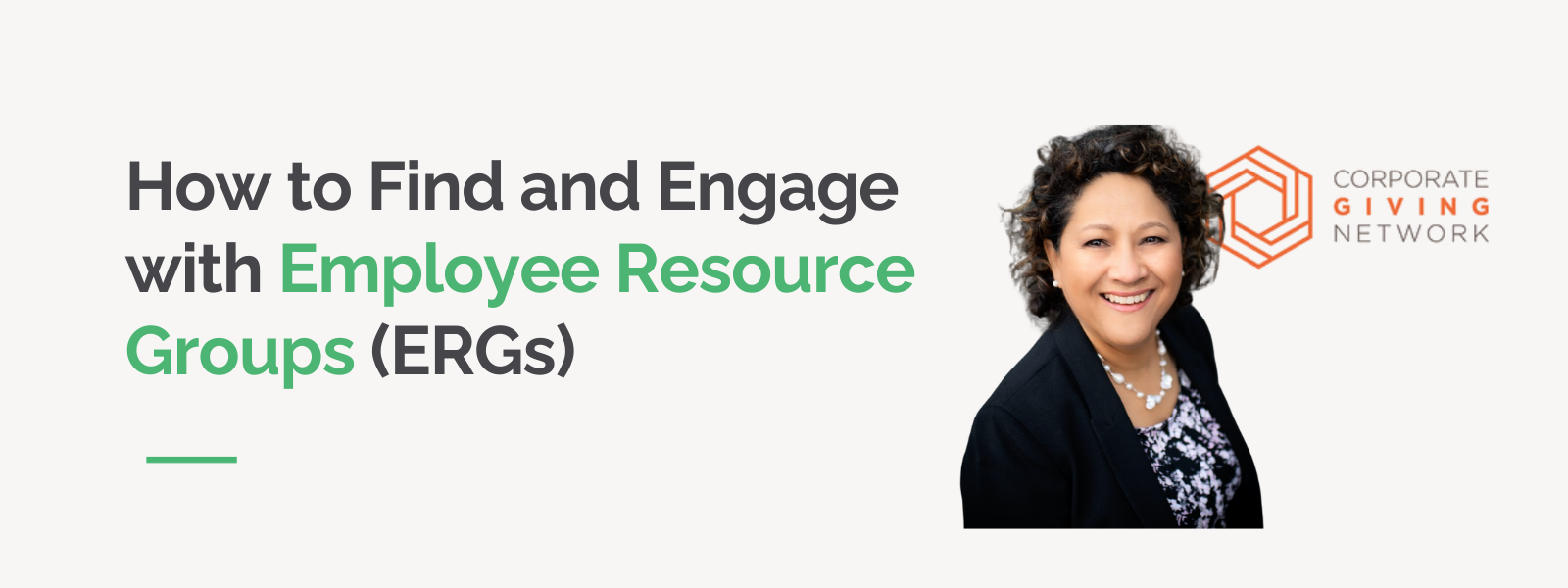 https://doublethedonation.com/wp-content/uploads/2025/06/DTD_How-to-Find-and-Engage-with-Employee-Resource-Groups-ERGs_Feature.png
600
1600
Adam Weinger
https://doublethedonation.com/wp-content/uploads/2022/03/logo-dtd.svg
Adam Weinger2025-06-02 18:26:412025-06-02 18:37:49How to Find and Engage with Employee Resource Groups (ERGs)
https://doublethedonation.com/wp-content/uploads/2025/06/DTD_How-to-Find-and-Engage-with-Employee-Resource-Groups-ERGs_Feature.png
600
1600
Adam Weinger
https://doublethedonation.com/wp-content/uploads/2022/03/logo-dtd.svg
Adam Weinger2025-06-02 18:26:412025-06-02 18:37:49How to Find and Engage with Employee Resource Groups (ERGs)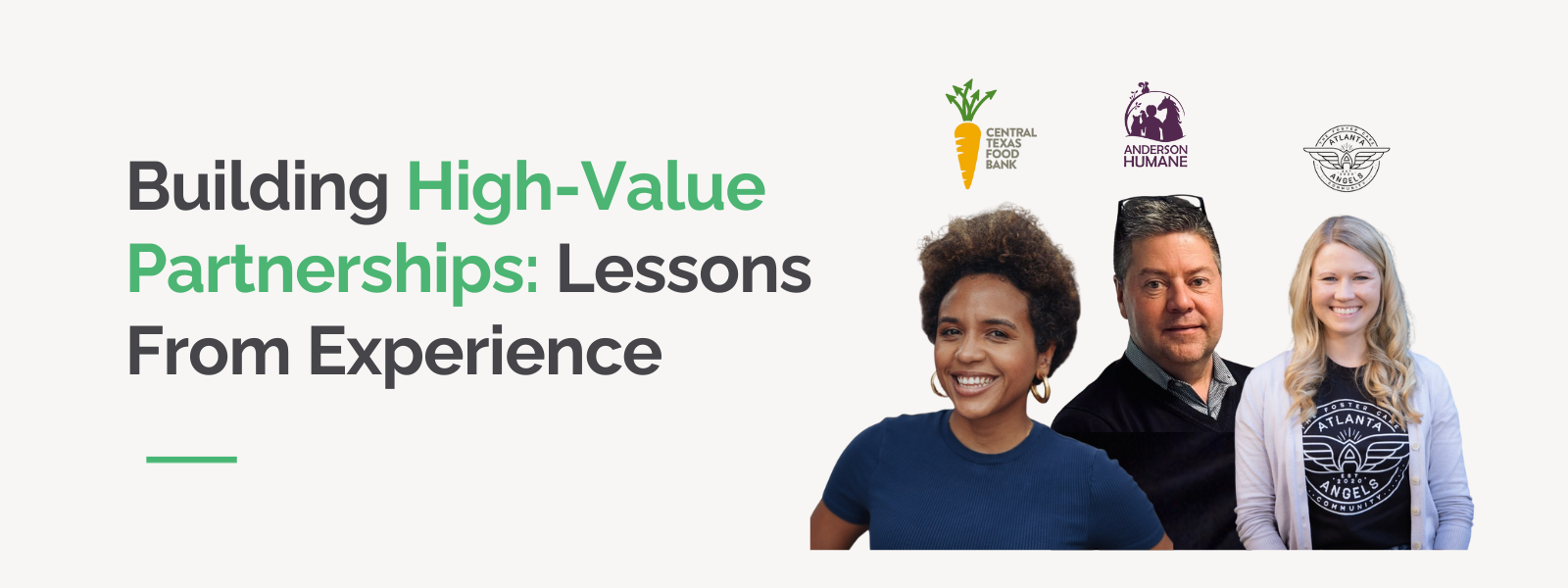 https://doublethedonation.com/wp-content/uploads/2025/05/DTD_Building-High-Value-Partnerships-Lessons-From-Experience_Feature.png
600
1600
Adam Weinger
https://doublethedonation.com/wp-content/uploads/2022/03/logo-dtd.svg
Adam Weinger2025-05-28 17:00:132025-05-30 21:21:53Building High-Value Partnerships: Lessons From Experience
https://doublethedonation.com/wp-content/uploads/2025/05/DTD_Building-High-Value-Partnerships-Lessons-From-Experience_Feature.png
600
1600
Adam Weinger
https://doublethedonation.com/wp-content/uploads/2022/03/logo-dtd.svg
Adam Weinger2025-05-28 17:00:132025-05-30 21:21:53Building High-Value Partnerships: Lessons From Experience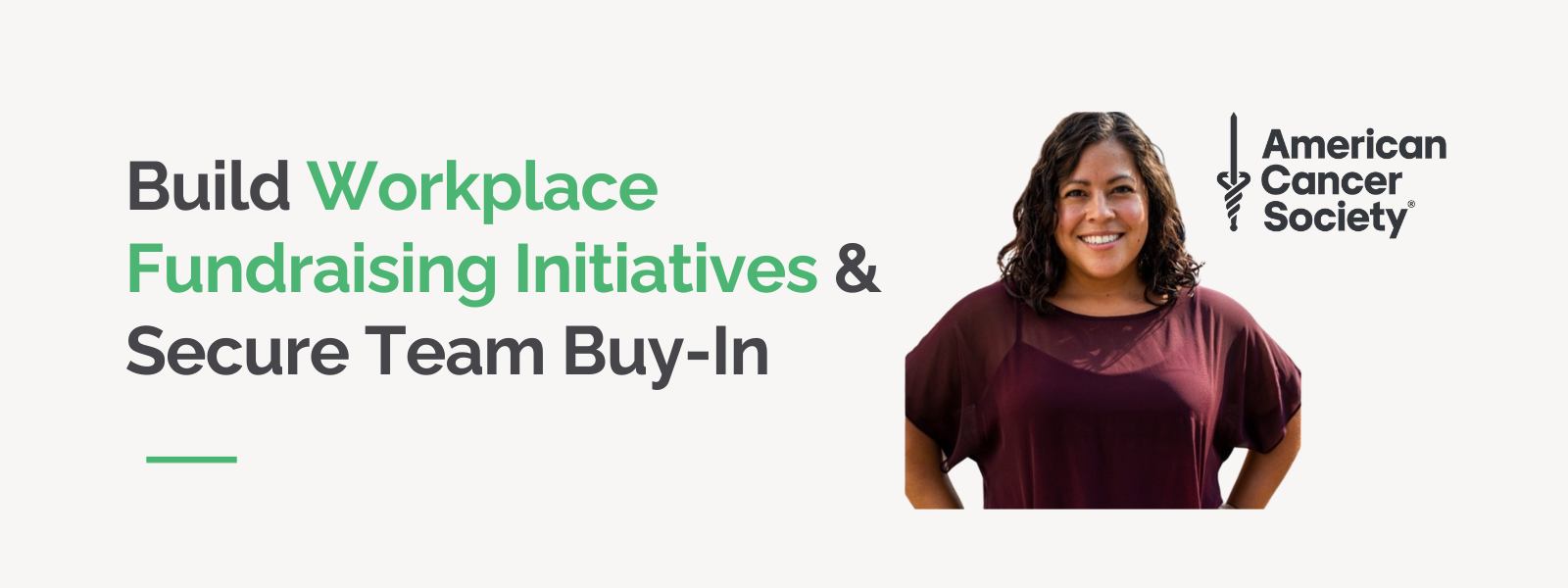 https://doublethedonation.com/wp-content/uploads/2025/05/DTD_Build-Workplace-Fundraising-Initiatives-Secure-Team-Buy-In_Feature.png
600
1600
Adam Weinger
https://doublethedonation.com/wp-content/uploads/2022/03/logo-dtd.svg
Adam Weinger2025-05-27 19:09:552025-05-30 20:11:03Build Workplace Fundraising Initiatives & Secure Team Buy-In
https://doublethedonation.com/wp-content/uploads/2025/05/DTD_Build-Workplace-Fundraising-Initiatives-Secure-Team-Buy-In_Feature.png
600
1600
Adam Weinger
https://doublethedonation.com/wp-content/uploads/2022/03/logo-dtd.svg
Adam Weinger2025-05-27 19:09:552025-05-30 20:11:03Build Workplace Fundraising Initiatives & Secure Team Buy-In
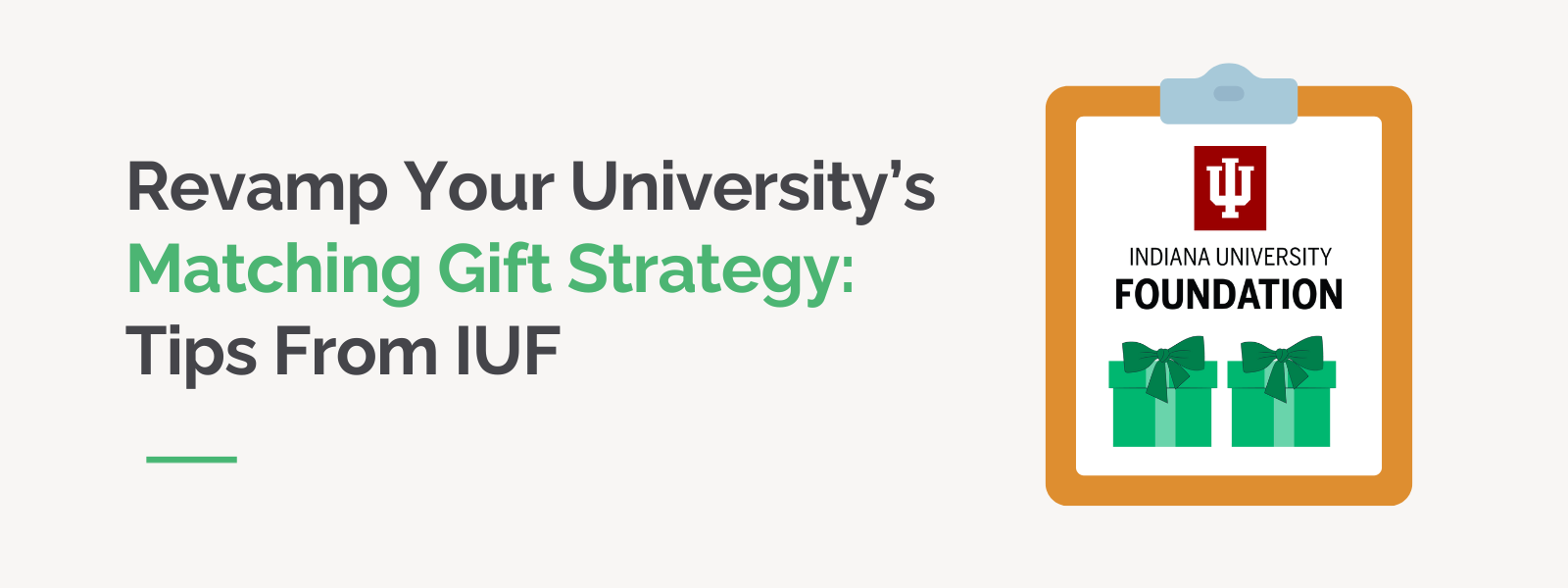 https://doublethedonation.com/wp-content/uploads/2025/05/DTD_Revamp-Your-Universitys-Matching-Gift-Strategy-Tips-from-IUF_Feature-1.png
600
1600
Adam Weinger
https://doublethedonation.com/wp-content/uploads/2022/03/logo-dtd.svg
Adam Weinger2025-05-22 18:43:112025-05-28 16:33:40Revamp Your University’s Matching Gift Strategy: Tips from IUF
https://doublethedonation.com/wp-content/uploads/2025/05/DTD_Revamp-Your-Universitys-Matching-Gift-Strategy-Tips-from-IUF_Feature-1.png
600
1600
Adam Weinger
https://doublethedonation.com/wp-content/uploads/2022/03/logo-dtd.svg
Adam Weinger2025-05-22 18:43:112025-05-28 16:33:40Revamp Your University’s Matching Gift Strategy: Tips from IUF https://doublethedonation.com/wp-content/uploads/2025/05/DTD_Why-Collect-Employment-Info-From-Auction-Event-Attendees_Feature.png
600
1600
Adam Weinger
https://doublethedonation.com/wp-content/uploads/2022/03/logo-dtd.svg
Adam Weinger2025-05-20 13:48:122025-05-23 18:14:21Why Collect Employment Info From Auction & Event Attendees
https://doublethedonation.com/wp-content/uploads/2025/05/DTD_Why-Collect-Employment-Info-From-Auction-Event-Attendees_Feature.png
600
1600
Adam Weinger
https://doublethedonation.com/wp-content/uploads/2022/03/logo-dtd.svg
Adam Weinger2025-05-20 13:48:122025-05-23 18:14:21Why Collect Employment Info From Auction & Event Attendees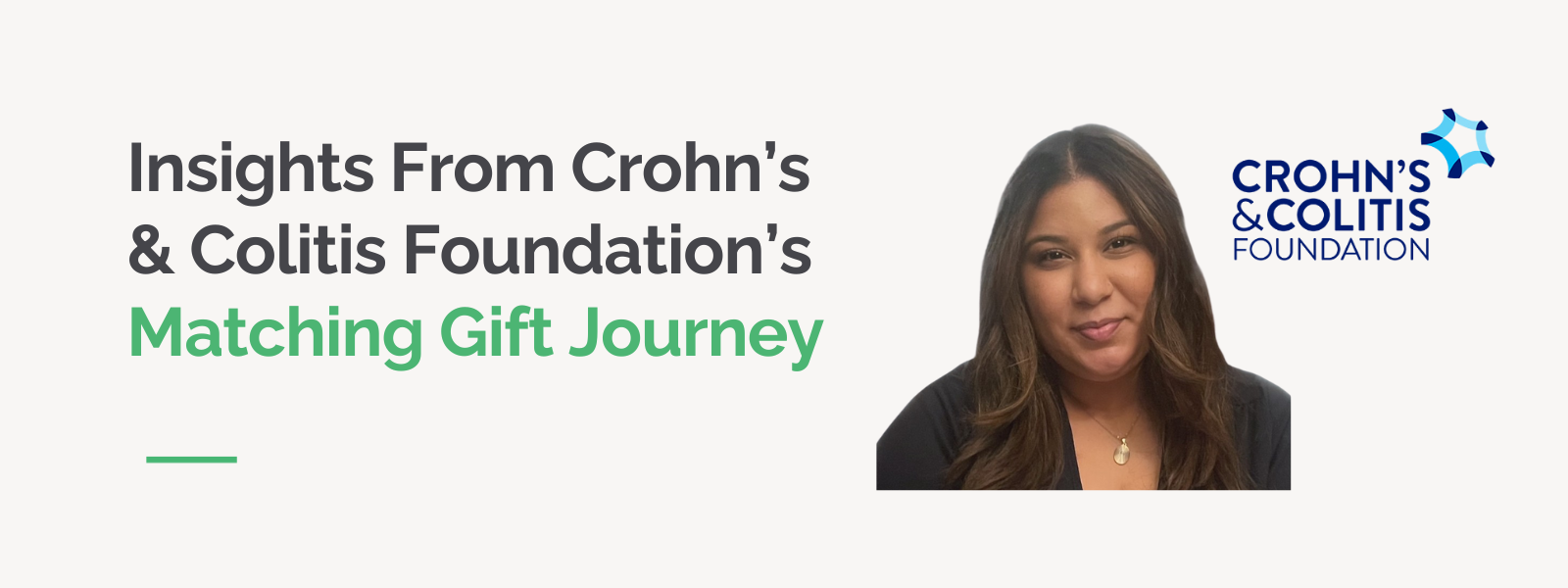 https://doublethedonation.com/wp-content/uploads/2025/05/DTD_Insights-From-Crohns-Colitis-Foundations-Matching-Gift-Journey_Feature.png
600
1600
Adam Weinger
https://doublethedonation.com/wp-content/uploads/2022/03/logo-dtd.svg
Adam Weinger2025-05-19 18:53:002025-05-21 12:33:41Insights From Crohn’s & Colitis Foundation’s Matching Gift Journey
https://doublethedonation.com/wp-content/uploads/2025/05/DTD_Insights-From-Crohns-Colitis-Foundations-Matching-Gift-Journey_Feature.png
600
1600
Adam Weinger
https://doublethedonation.com/wp-content/uploads/2022/03/logo-dtd.svg
Adam Weinger2025-05-19 18:53:002025-05-21 12:33:41Insights From Crohn’s & Colitis Foundation’s Matching Gift Journey https://doublethedonation.com/wp-content/uploads/2025/05/DTD_Key-Workplace-Donor-Trends-for-Nonprofits-to-Know_Feature.png
600
1600
Adam Weinger
https://doublethedonation.com/wp-content/uploads/2022/03/logo-dtd.svg
Adam Weinger2025-05-15 18:46:542025-05-19 19:54:40Key Workplace Donor Trends for Nonprofits to Know
https://doublethedonation.com/wp-content/uploads/2025/05/DTD_Key-Workplace-Donor-Trends-for-Nonprofits-to-Know_Feature.png
600
1600
Adam Weinger
https://doublethedonation.com/wp-content/uploads/2022/03/logo-dtd.svg
Adam Weinger2025-05-15 18:46:542025-05-19 19:54:40Key Workplace Donor Trends for Nonprofits to Know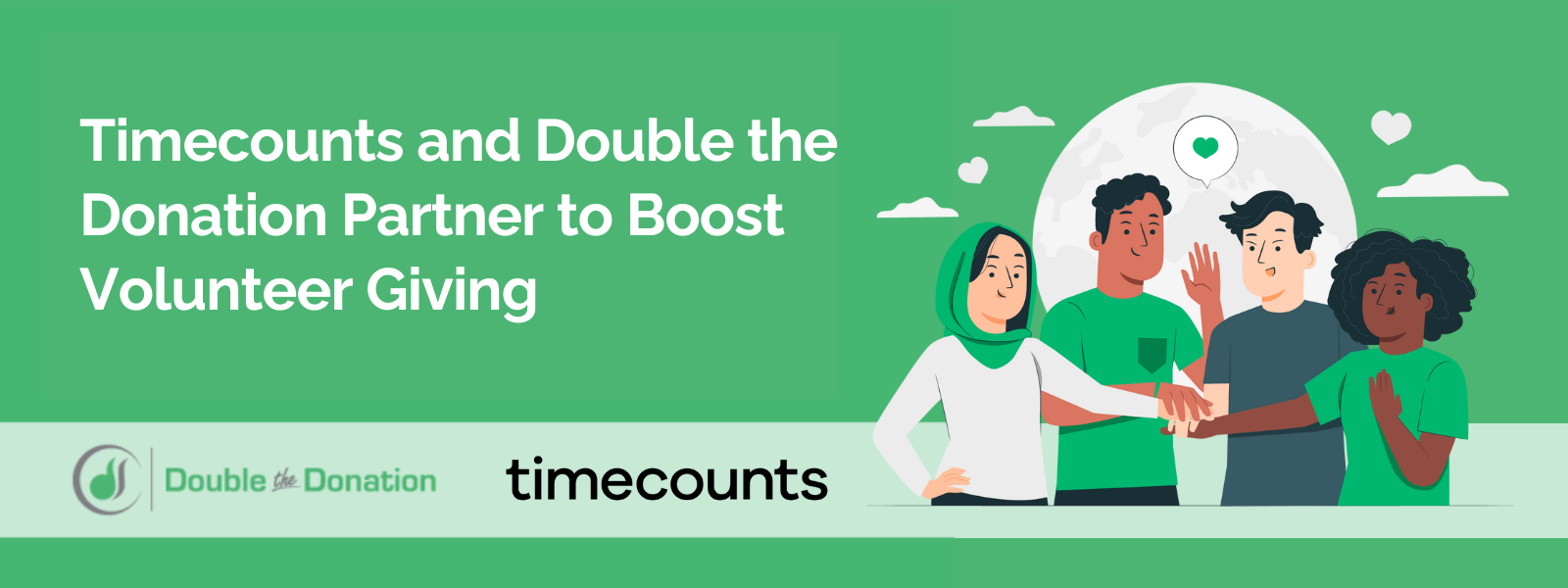
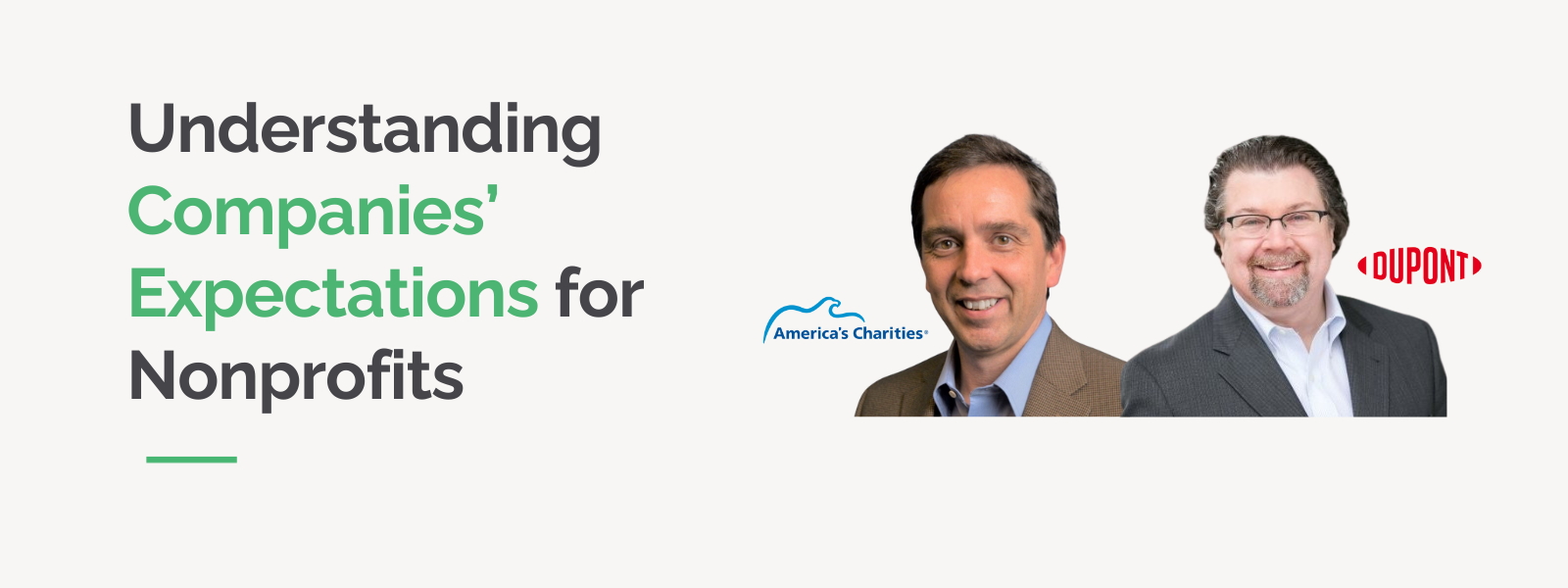 https://doublethedonation.com/wp-content/uploads/2025/05/DTD_Understanding-Companies-Expectations-for-Nonprofits_Feature.png
600
1600
Adam Weinger
https://doublethedonation.com/wp-content/uploads/2022/03/logo-dtd.svg
Adam Weinger2025-05-09 18:42:012025-05-22 19:06:07Understanding Companies’ Expectations for Nonprofits
https://doublethedonation.com/wp-content/uploads/2025/05/DTD_Understanding-Companies-Expectations-for-Nonprofits_Feature.png
600
1600
Adam Weinger
https://doublethedonation.com/wp-content/uploads/2022/03/logo-dtd.svg
Adam Weinger2025-05-09 18:42:012025-05-22 19:06:07Understanding Companies’ Expectations for Nonprofits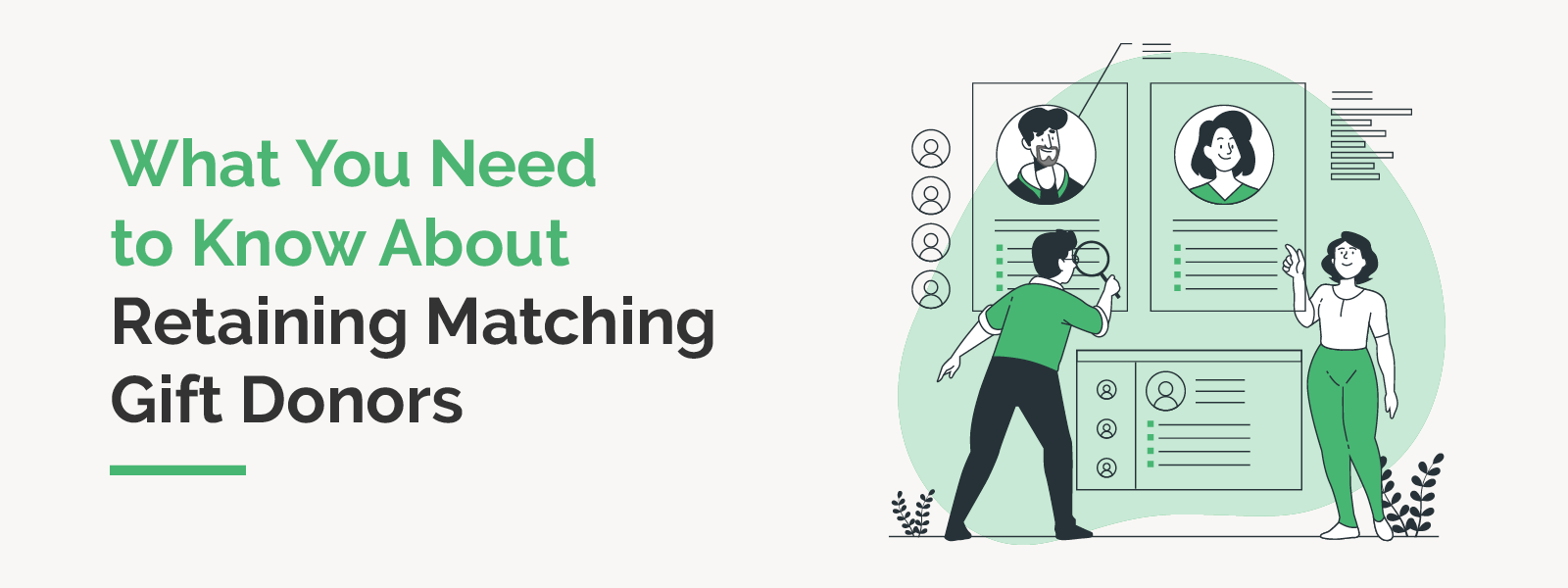
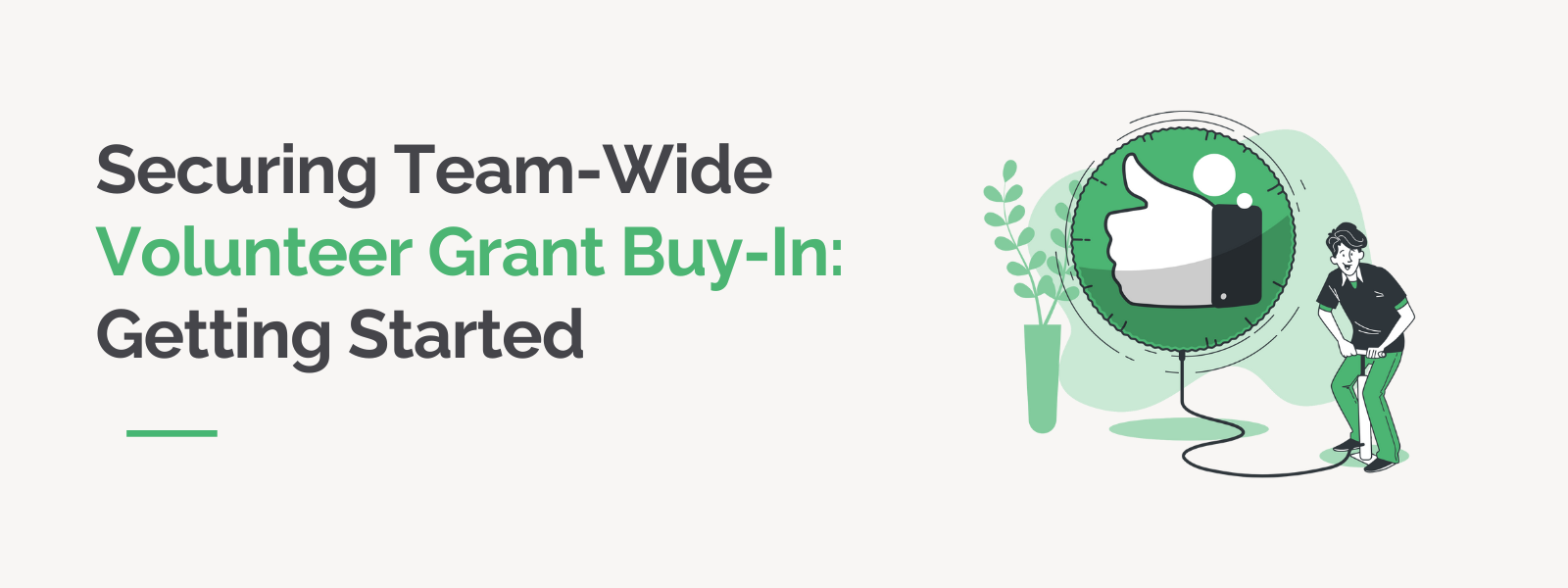 https://doublethedonation.com/wp-content/uploads/2025/05/DTD_Securing-Team-Wide-Volunteer-Grant-Buy-In-Getting-Started_Feature.png
600
1600
Adam Weinger
https://doublethedonation.com/wp-content/uploads/2022/03/logo-dtd.svg
Adam Weinger2025-05-02 20:50:172025-05-22 19:11:57Securing Team-Wide Volunteer Grant Buy-In: Getting Started
https://doublethedonation.com/wp-content/uploads/2025/05/DTD_Securing-Team-Wide-Volunteer-Grant-Buy-In-Getting-Started_Feature.png
600
1600
Adam Weinger
https://doublethedonation.com/wp-content/uploads/2022/03/logo-dtd.svg
Adam Weinger2025-05-02 20:50:172025-05-22 19:11:57Securing Team-Wide Volunteer Grant Buy-In: Getting Started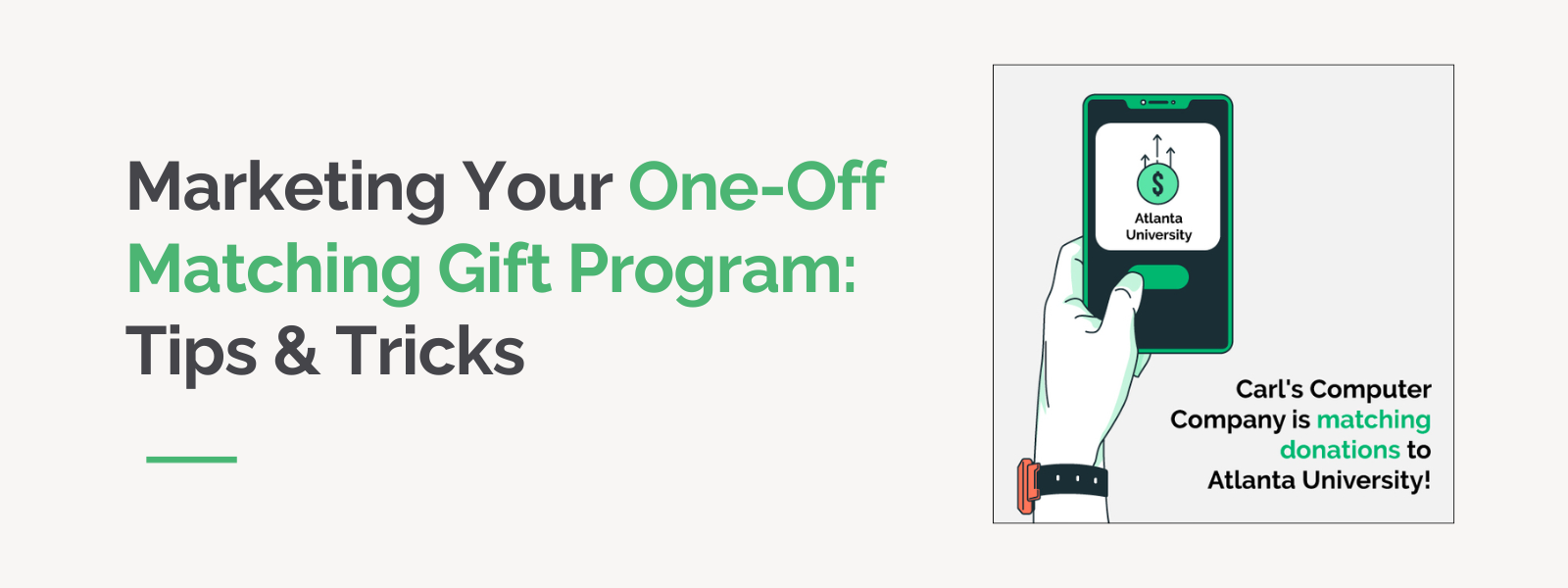
 https://doublethedonation.com/wp-content/uploads/2025/04/DTD_How-Higher-Ed-Leaders-Leverage-Matching-Gifts-for-Success_Feature.png
600
1600
Adam Weinger
https://doublethedonation.com/wp-content/uploads/2022/03/logo-dtd.svg
Adam Weinger2025-04-17 18:51:282025-05-15 20:53:38How Higher Ed Leaders Leverage Matching Gifts for Success
https://doublethedonation.com/wp-content/uploads/2025/04/DTD_How-Higher-Ed-Leaders-Leverage-Matching-Gifts-for-Success_Feature.png
600
1600
Adam Weinger
https://doublethedonation.com/wp-content/uploads/2022/03/logo-dtd.svg
Adam Weinger2025-04-17 18:51:282025-05-15 20:53:38How Higher Ed Leaders Leverage Matching Gifts for Success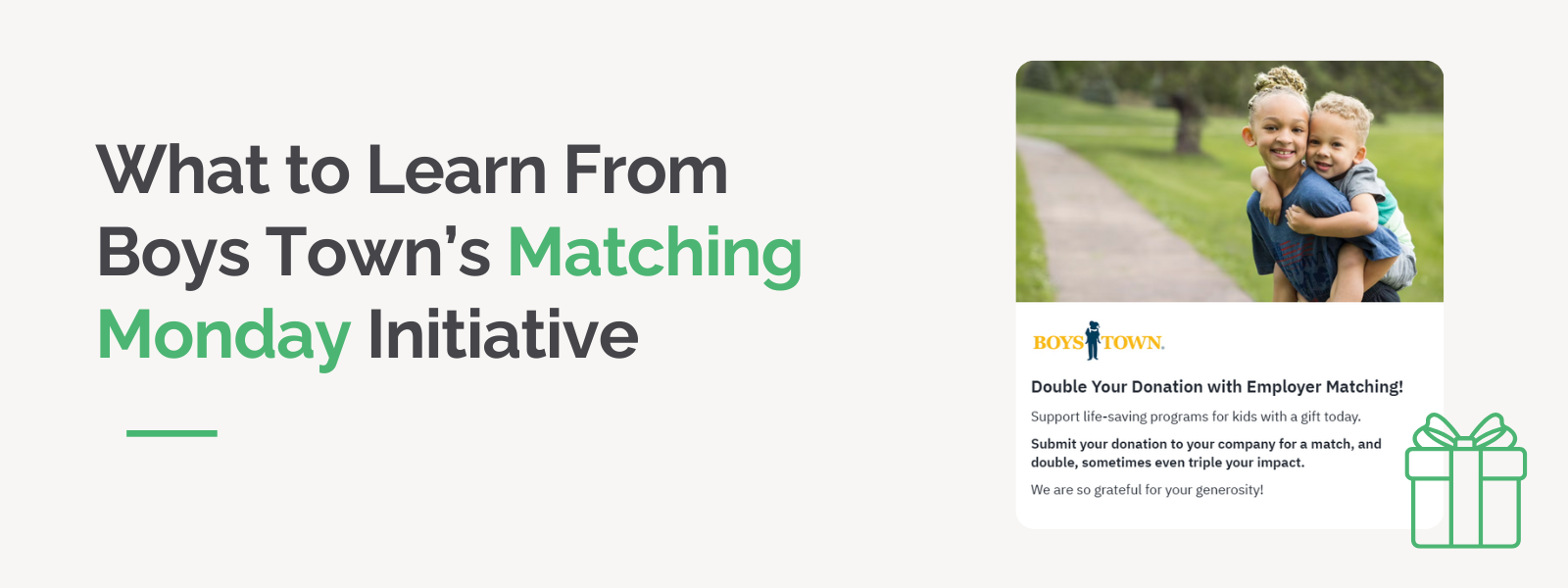 https://doublethedonation.com/wp-content/uploads/2025/04/DTD_What-to-Learn-From-Boys-Towns-Matching-Monday-Initiative_Feature.png
600
1600
Adam Weinger
https://doublethedonation.com/wp-content/uploads/2022/03/logo-dtd.svg
Adam Weinger2025-04-17 16:13:582025-06-25 15:46:12What to Learn From Boys Town’s Matching Monday Initiative
https://doublethedonation.com/wp-content/uploads/2025/04/DTD_What-to-Learn-From-Boys-Towns-Matching-Monday-Initiative_Feature.png
600
1600
Adam Weinger
https://doublethedonation.com/wp-content/uploads/2022/03/logo-dtd.svg
Adam Weinger2025-04-17 16:13:582025-06-25 15:46:12What to Learn From Boys Town’s Matching Monday Initiative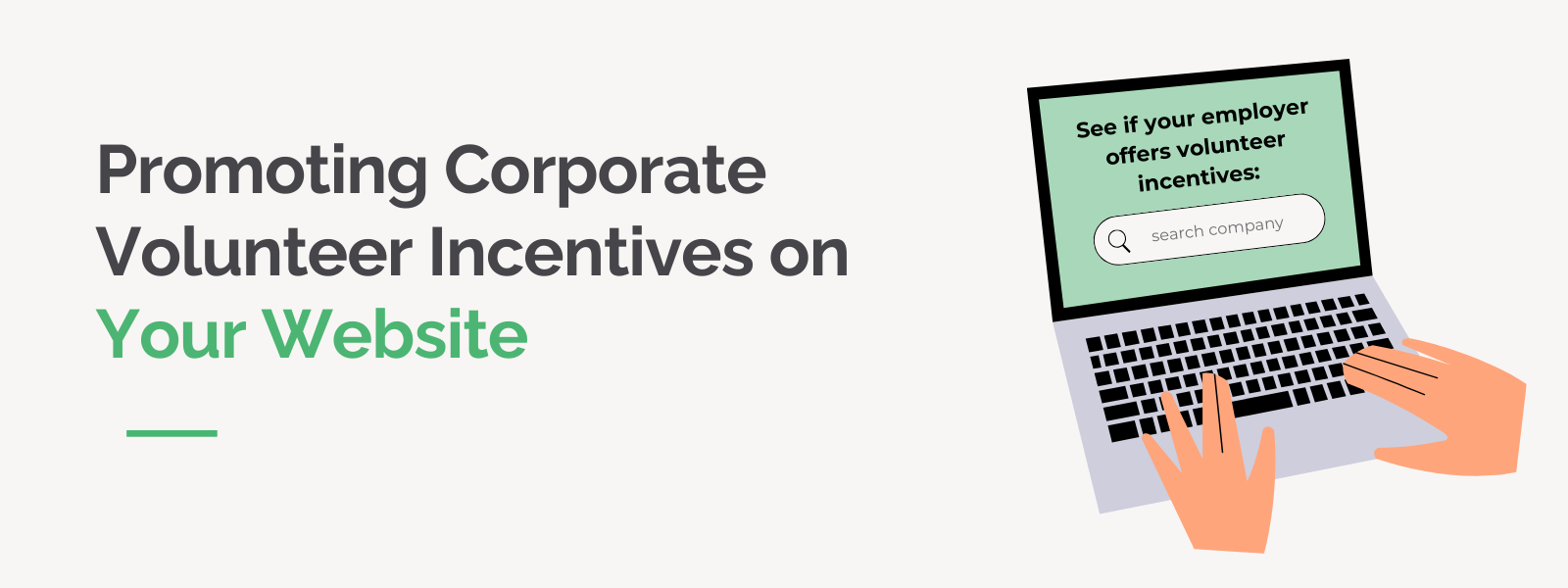 https://doublethedonation.com/wp-content/uploads/2025/04/DTD_Promoting-Corporate-Volunteer-Incentives-on-Your-Website_Feature.png
600
1600
Adam Weinger
https://doublethedonation.com/wp-content/uploads/2022/03/logo-dtd.svg
Adam Weinger2025-04-16 20:32:222025-06-23 14:01:58Promoting Corporate Volunteer Incentives on Your Website
https://doublethedonation.com/wp-content/uploads/2025/04/DTD_Promoting-Corporate-Volunteer-Incentives-on-Your-Website_Feature.png
600
1600
Adam Weinger
https://doublethedonation.com/wp-content/uploads/2022/03/logo-dtd.svg
Adam Weinger2025-04-16 20:32:222025-06-23 14:01:58Promoting Corporate Volunteer Incentives on Your Website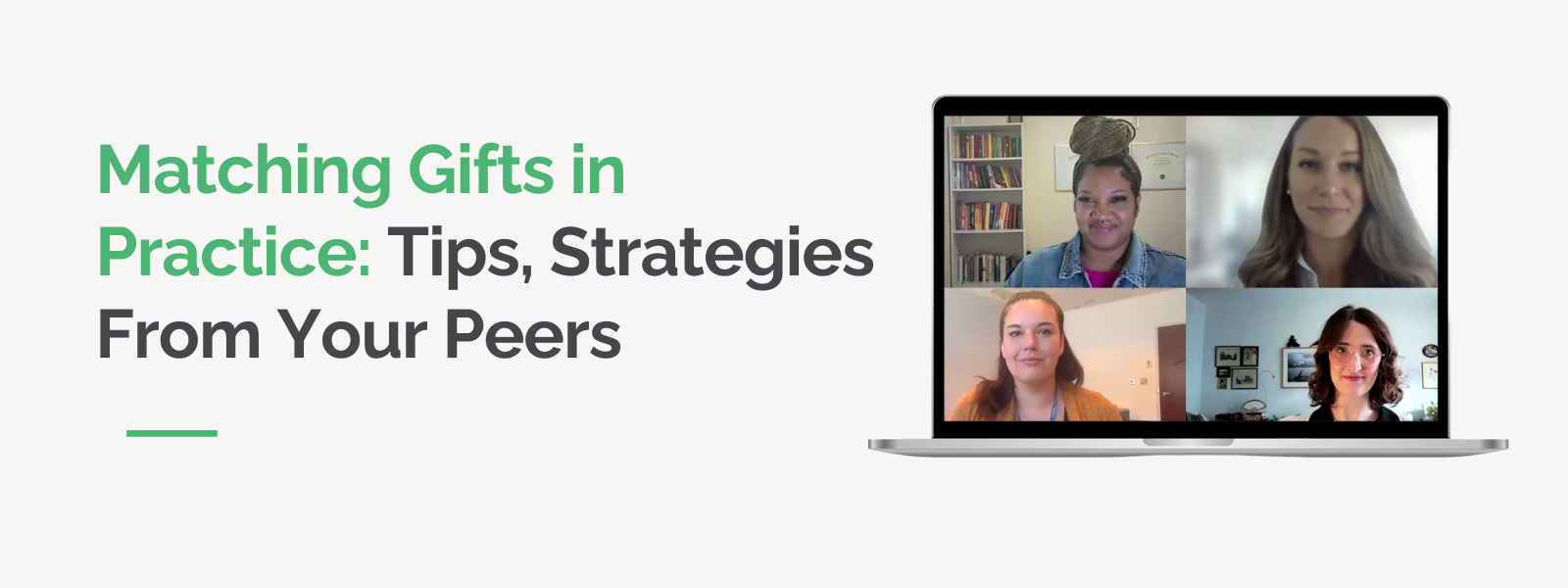 https://doublethedonation.com/wp-content/uploads/2025/04/DTD_Matching-Gifts-in-Practice-Tips-Strategies-From-Your-Peers_Feature.png
600
1600
Adam Weinger
https://doublethedonation.com/wp-content/uploads/2022/03/logo-dtd.svg
Adam Weinger2025-04-14 17:08:542025-05-22 19:01:18Matching Gifts in Practice: Tips, Strategies From Your Peers
https://doublethedonation.com/wp-content/uploads/2025/04/DTD_Matching-Gifts-in-Practice-Tips-Strategies-From-Your-Peers_Feature.png
600
1600
Adam Weinger
https://doublethedonation.com/wp-content/uploads/2022/03/logo-dtd.svg
Adam Weinger2025-04-14 17:08:542025-05-22 19:01:18Matching Gifts in Practice: Tips, Strategies From Your Peers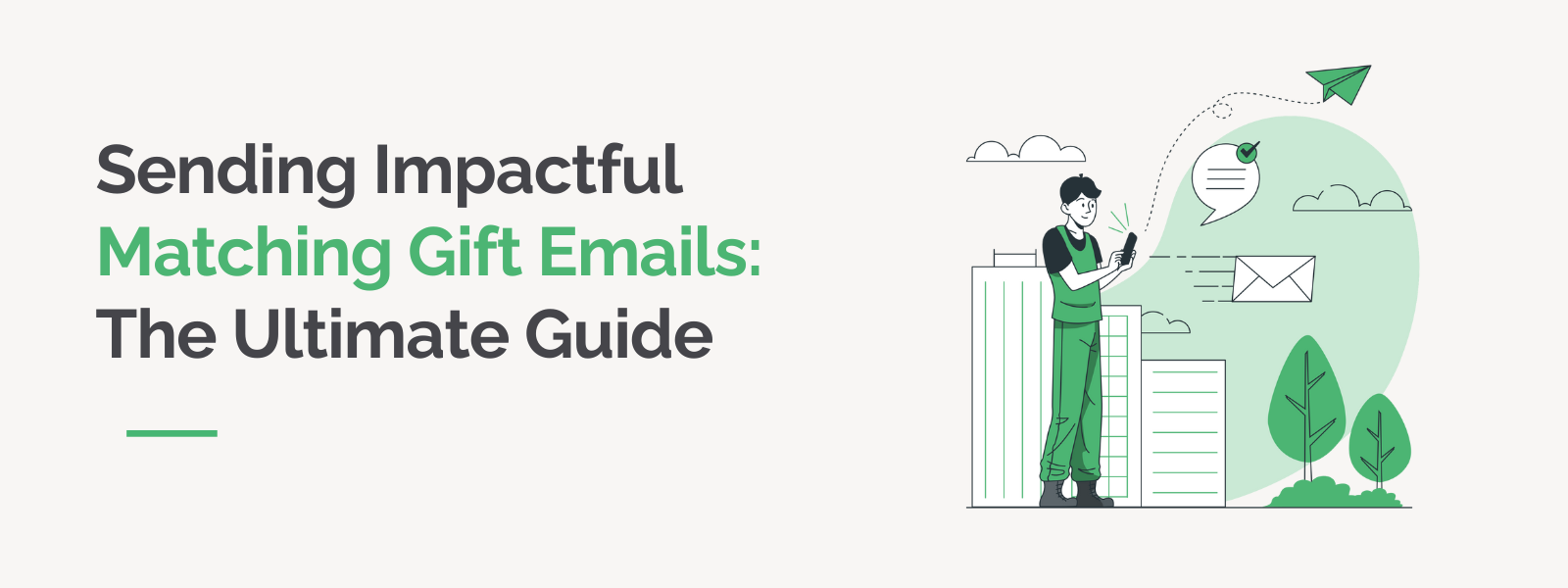 https://doublethedonation.com/wp-content/uploads/2025/04/DTD_Sending-Impactful-Matching-Gift-Emails-The-Ultimate-Guide_Feature.png
600
1600
Adam Weinger
https://doublethedonation.com/wp-content/uploads/2022/03/logo-dtd.svg
Adam Weinger2025-04-03 18:47:002025-04-09 15:50:18Sending Impactful Matching Gift Emails: The Ultimate Guide
https://doublethedonation.com/wp-content/uploads/2025/04/DTD_Sending-Impactful-Matching-Gift-Emails-The-Ultimate-Guide_Feature.png
600
1600
Adam Weinger
https://doublethedonation.com/wp-content/uploads/2022/03/logo-dtd.svg
Adam Weinger2025-04-03 18:47:002025-04-09 15:50:18Sending Impactful Matching Gift Emails: The Ultimate Guide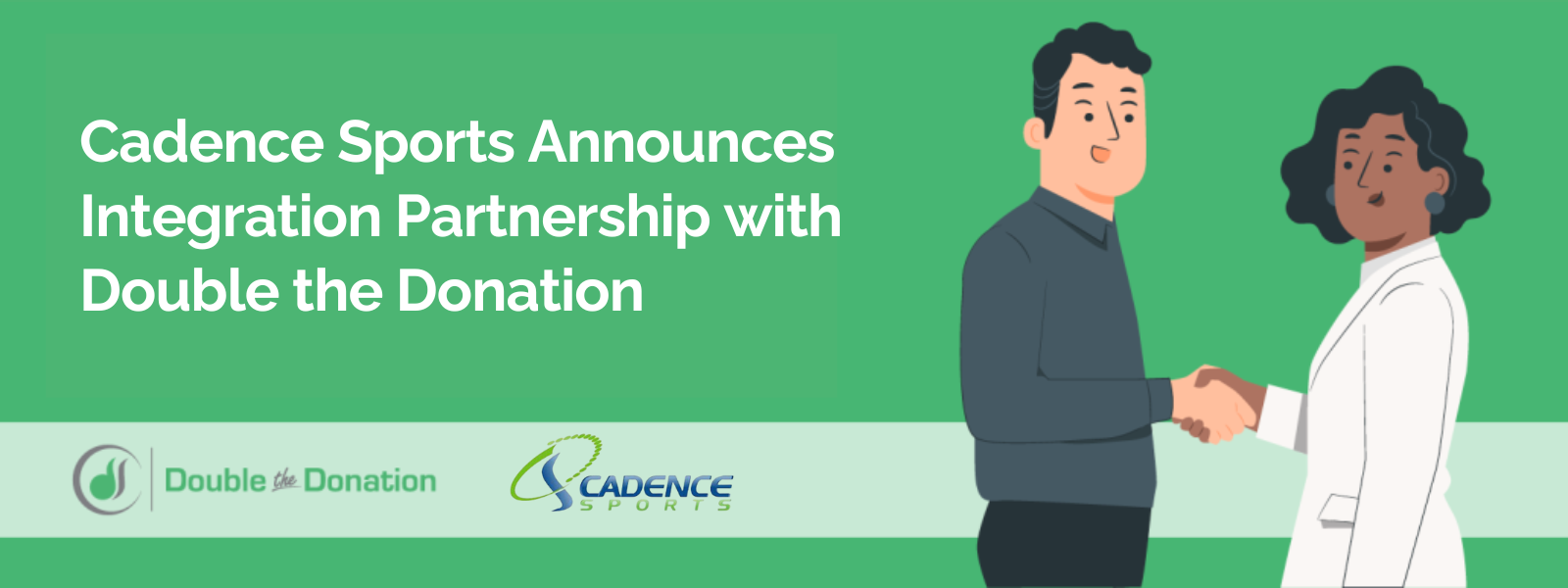
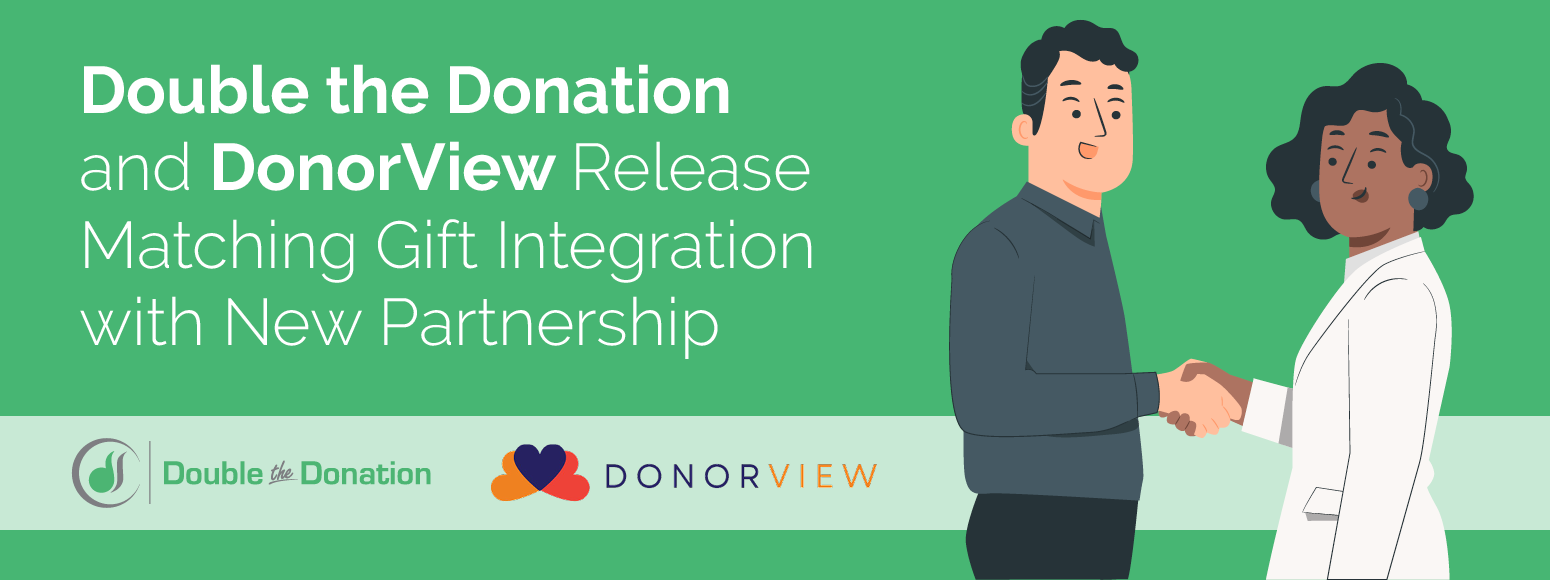
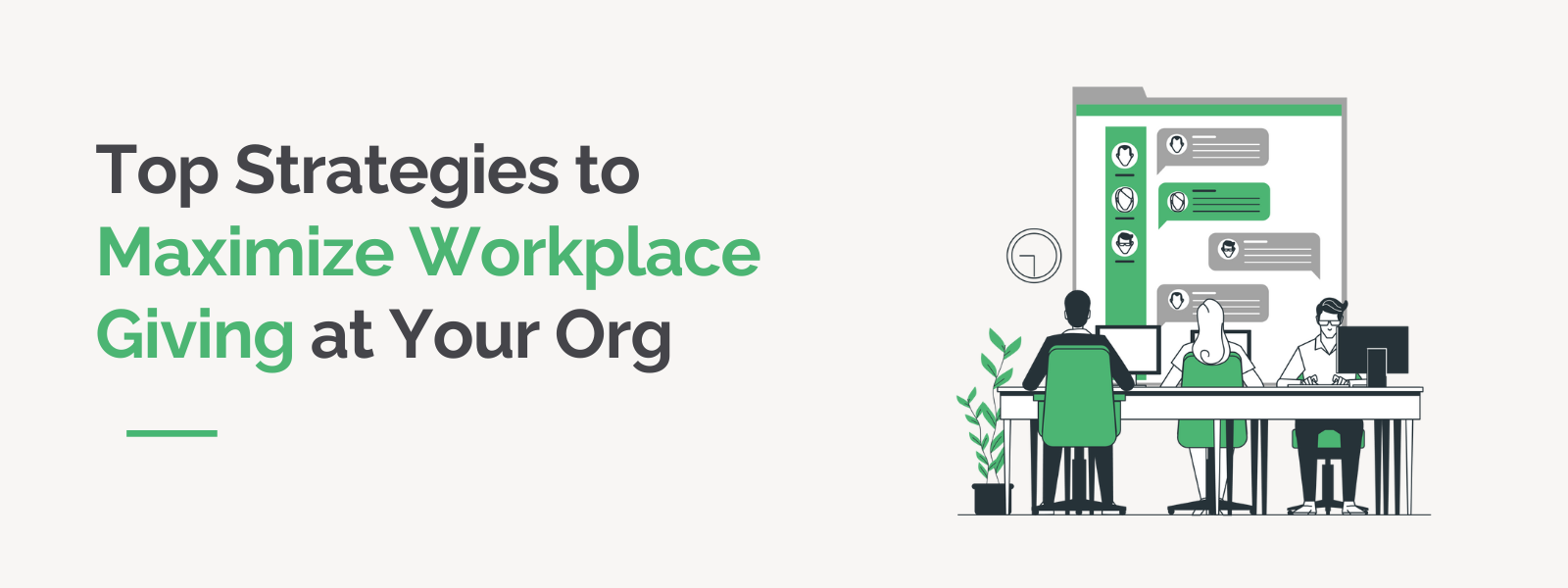 https://doublethedonation.com/wp-content/uploads/2025/03/DTD_Strategies-to-Maximize-Workplace-Giving-at-Your-Org_Feature.png
600
1600
Adam Weinger
https://doublethedonation.com/wp-content/uploads/2022/03/logo-dtd.svg
Adam Weinger2025-03-26 21:16:342025-06-10 18:50:009 Top Strategies to Maximize Workplace Giving at Your Org
https://doublethedonation.com/wp-content/uploads/2025/03/DTD_Strategies-to-Maximize-Workplace-Giving-at-Your-Org_Feature.png
600
1600
Adam Weinger
https://doublethedonation.com/wp-content/uploads/2022/03/logo-dtd.svg
Adam Weinger2025-03-26 21:16:342025-06-10 18:50:009 Top Strategies to Maximize Workplace Giving at Your Org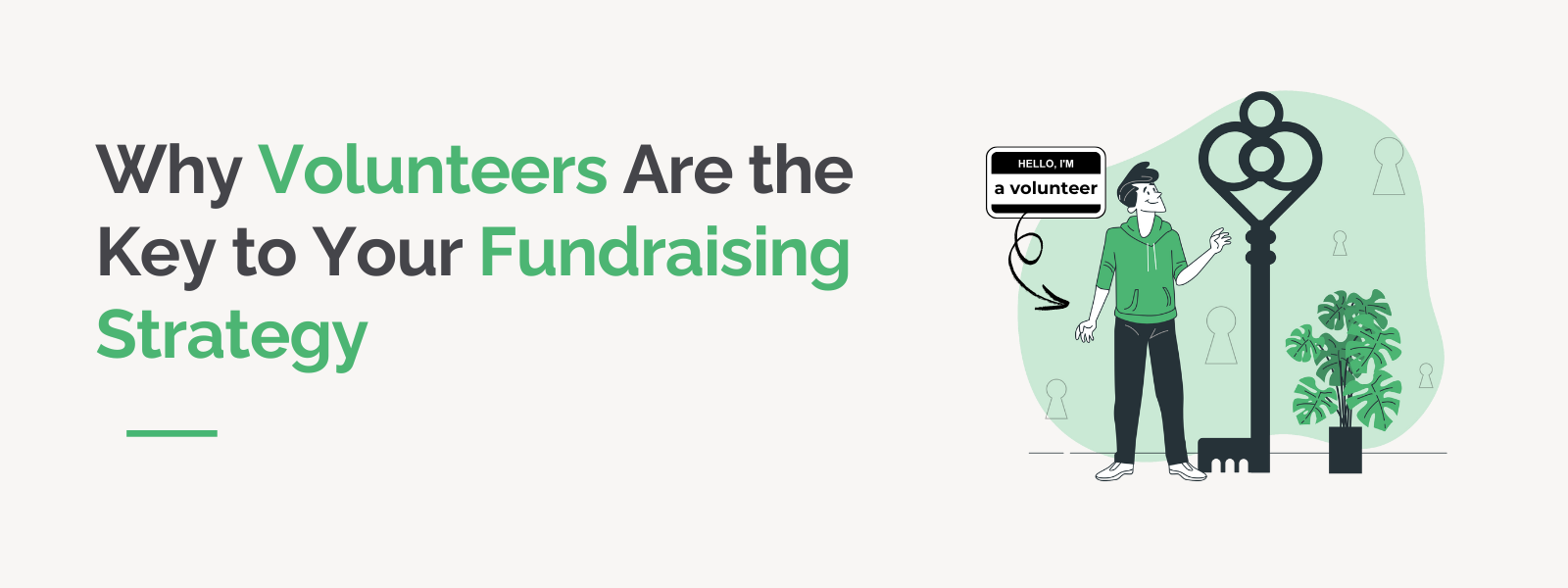 https://doublethedonation.com/wp-content/uploads/2025/03/DTD_Why-Volunteers-Are-the-Key-to-Your-Fundraising-Strategy_Feature.png
600
1600
Adam Weinger
https://doublethedonation.com/wp-content/uploads/2022/03/logo-dtd.svg
Adam Weinger2025-03-24 20:50:572025-04-29 15:43:41Why Volunteers Are the Key to Your Fundraising Strategy
https://doublethedonation.com/wp-content/uploads/2025/03/DTD_Why-Volunteers-Are-the-Key-to-Your-Fundraising-Strategy_Feature.png
600
1600
Adam Weinger
https://doublethedonation.com/wp-content/uploads/2022/03/logo-dtd.svg
Adam Weinger2025-03-24 20:50:572025-04-29 15:43:41Why Volunteers Are the Key to Your Fundraising Strategy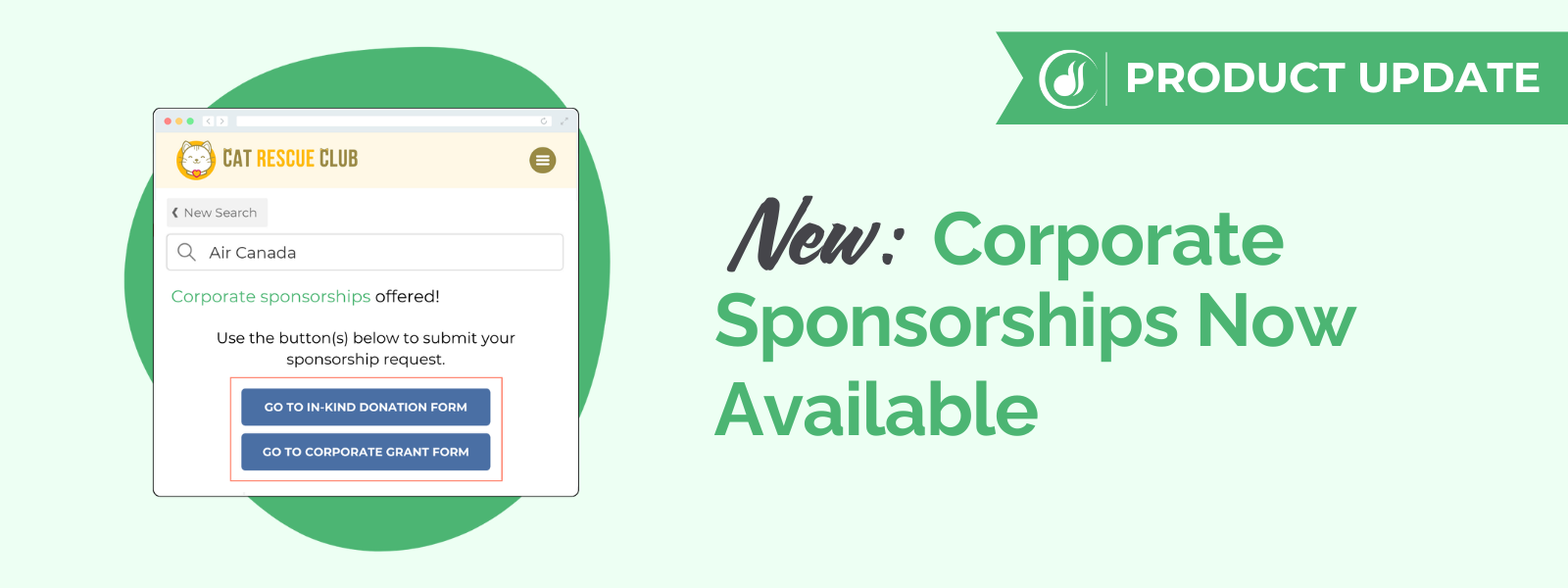 https://doublethedonation.com/wp-content/uploads/2025/03/DTD_Corporate-Sponsorships-Now-Available_Feature.png
600
1600
Adam Weinger
https://doublethedonation.com/wp-content/uploads/2022/03/logo-dtd.svg
Adam Weinger2025-03-21 16:16:352025-06-03 18:30:15New: Corporate Sponsorships Available Within Our Database
https://doublethedonation.com/wp-content/uploads/2025/03/DTD_Corporate-Sponsorships-Now-Available_Feature.png
600
1600
Adam Weinger
https://doublethedonation.com/wp-content/uploads/2022/03/logo-dtd.svg
Adam Weinger2025-03-21 16:16:352025-06-03 18:30:15New: Corporate Sponsorships Available Within Our Database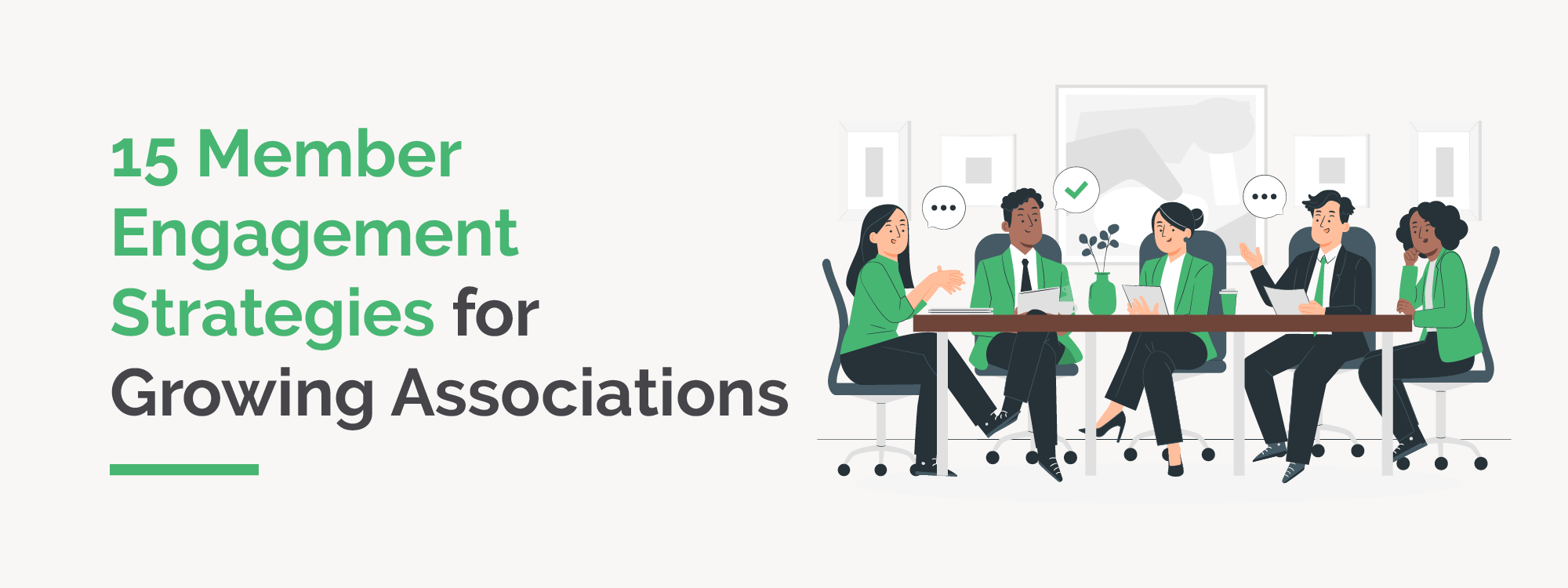
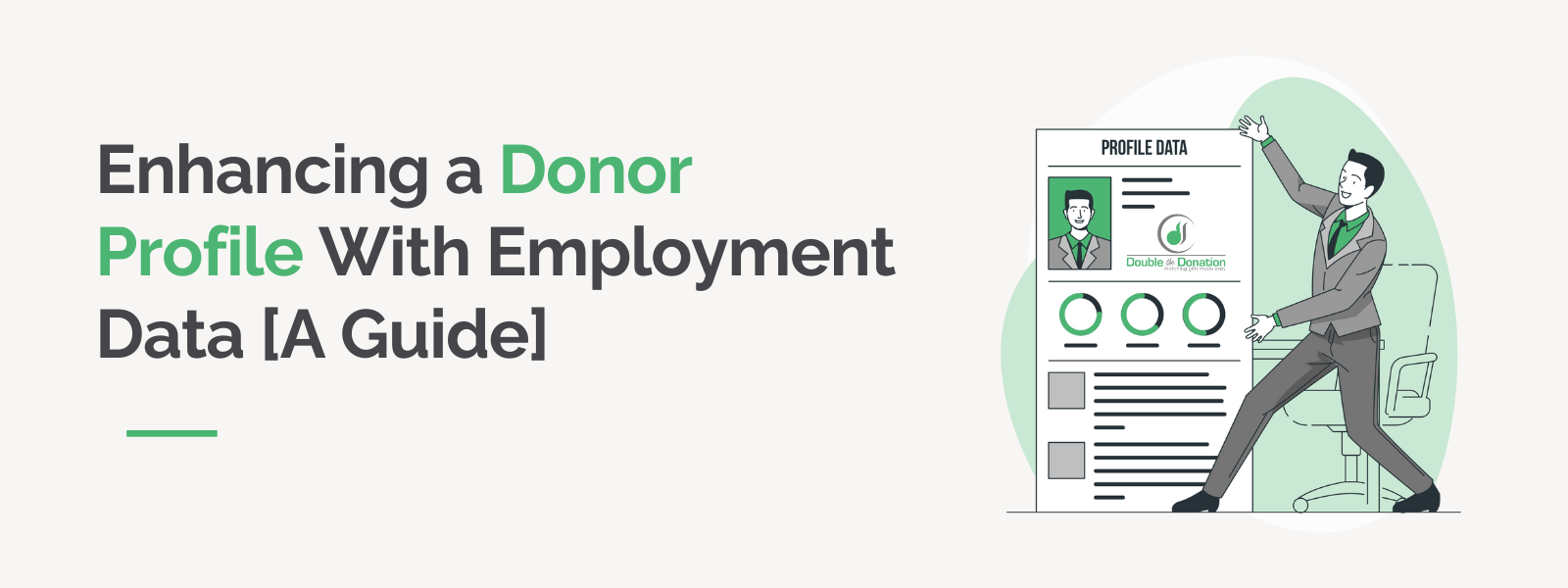
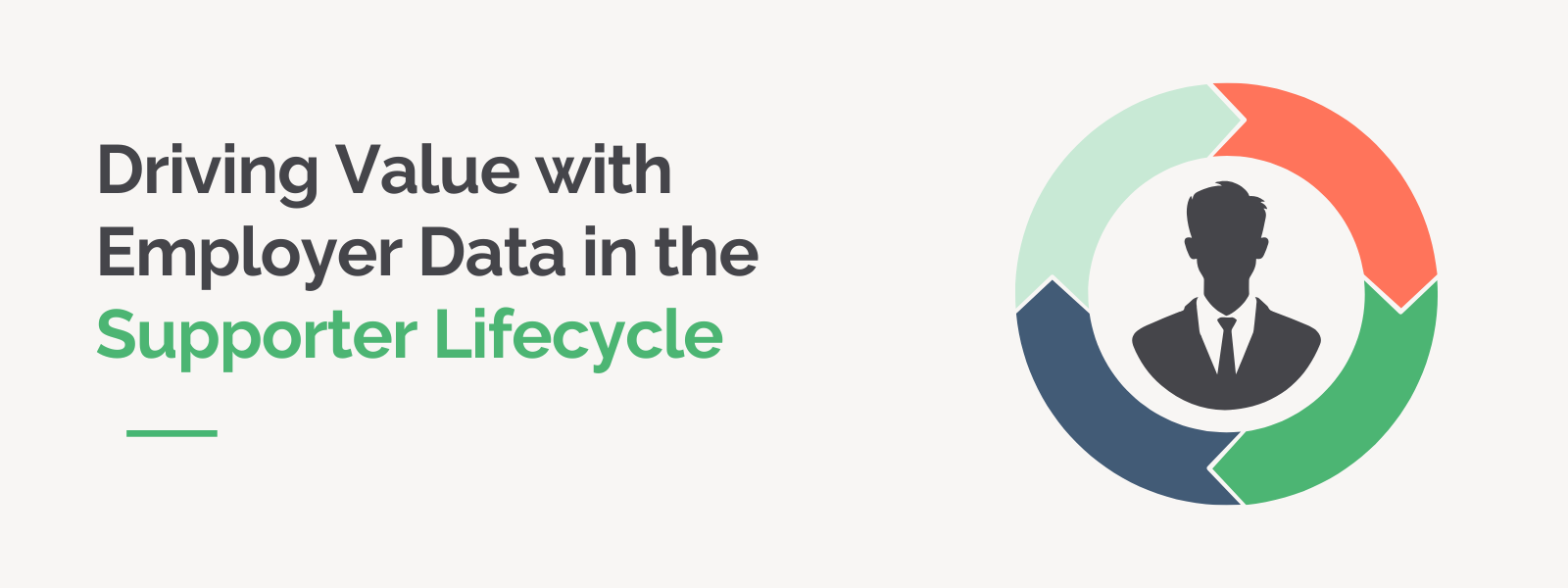 https://doublethedonation.com/wp-content/uploads/2025/03/DTD_Driving-Value-with-Employer-Data-in-the-Supporter-Lifecycle_Feature.png
600
1600
Adam Weinger
https://doublethedonation.com/wp-content/uploads/2022/03/logo-dtd.svg
Adam Weinger2025-03-17 20:55:192025-04-29 15:48:30Driving Value with Employer Data in the Supporter Lifecycle
https://doublethedonation.com/wp-content/uploads/2025/03/DTD_Driving-Value-with-Employer-Data-in-the-Supporter-Lifecycle_Feature.png
600
1600
Adam Weinger
https://doublethedonation.com/wp-content/uploads/2022/03/logo-dtd.svg
Adam Weinger2025-03-17 20:55:192025-04-29 15:48:30Driving Value with Employer Data in the Supporter Lifecycle
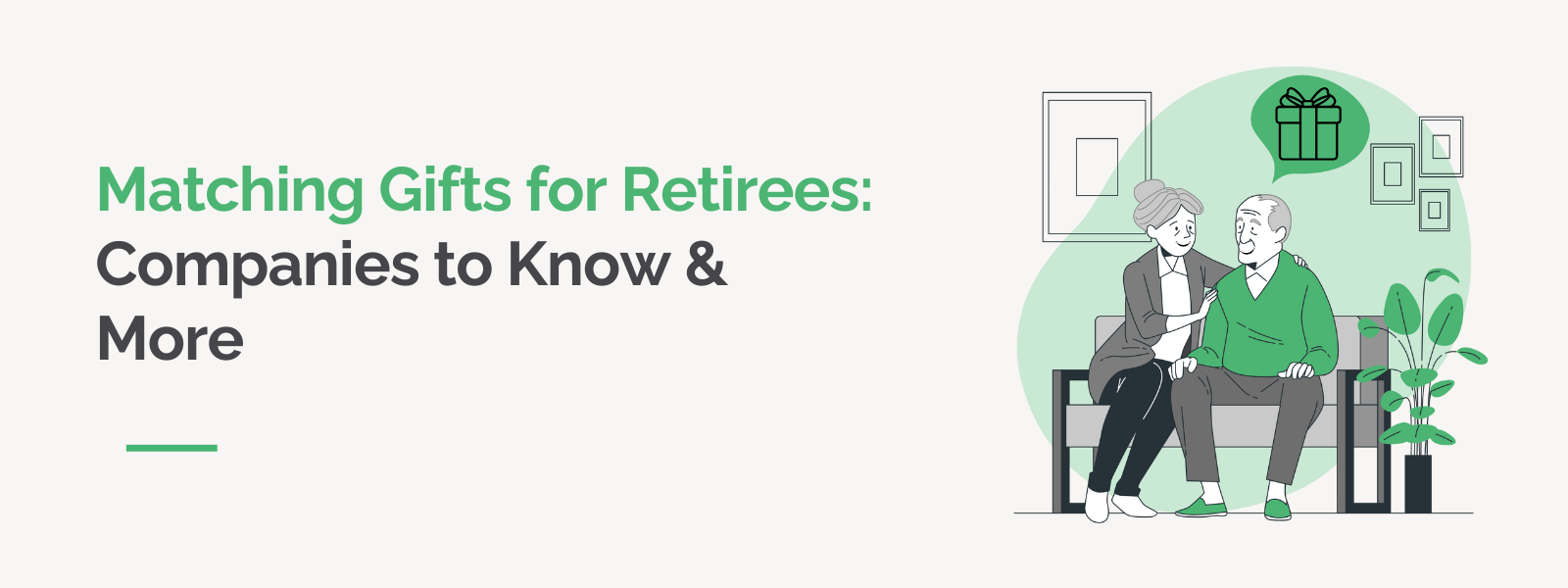
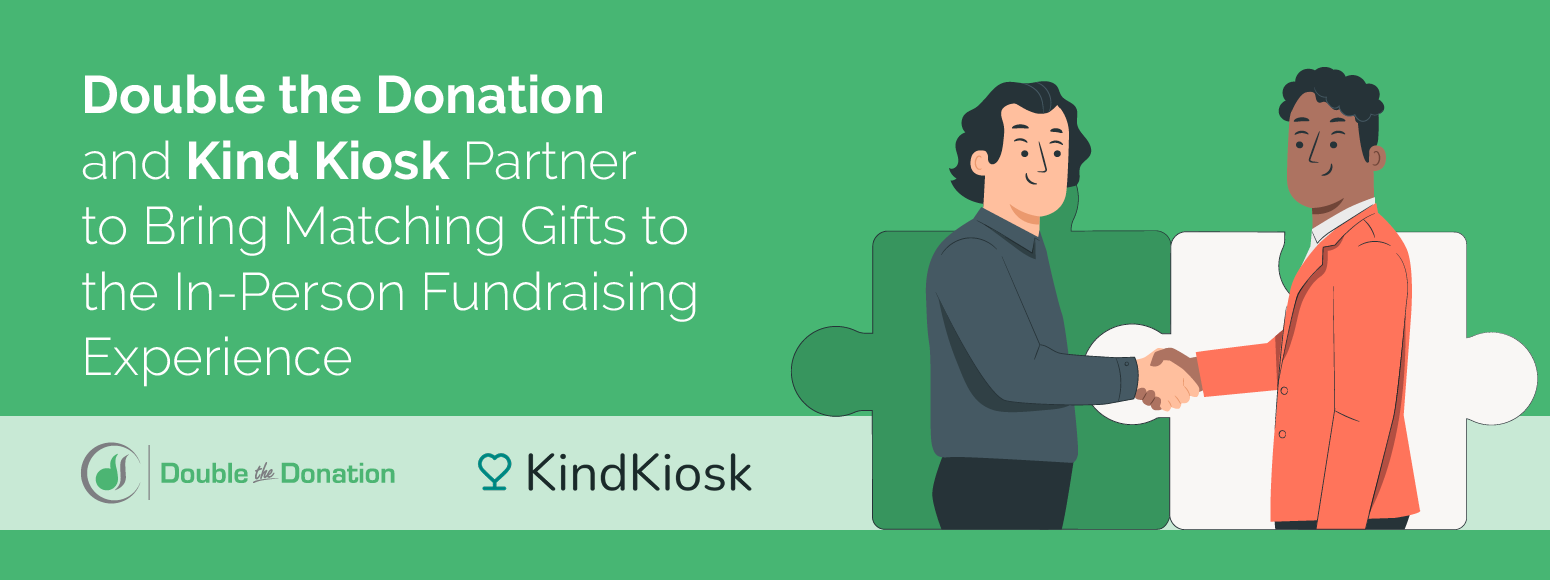
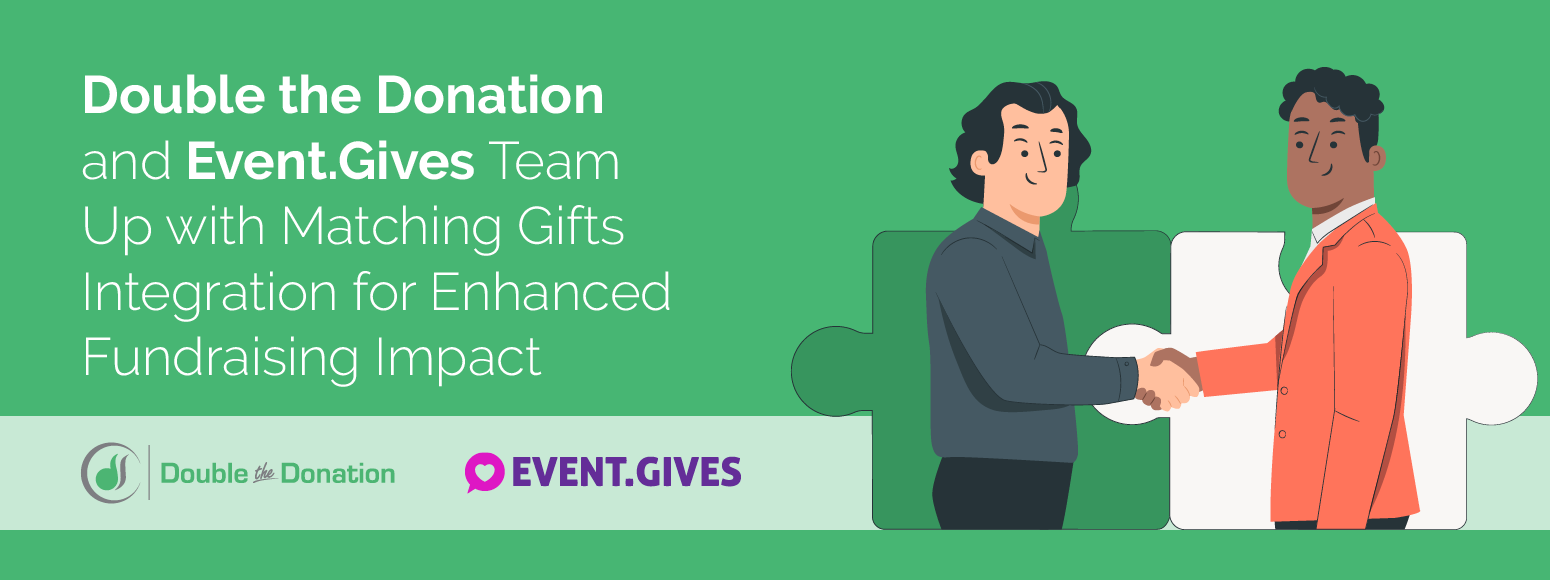
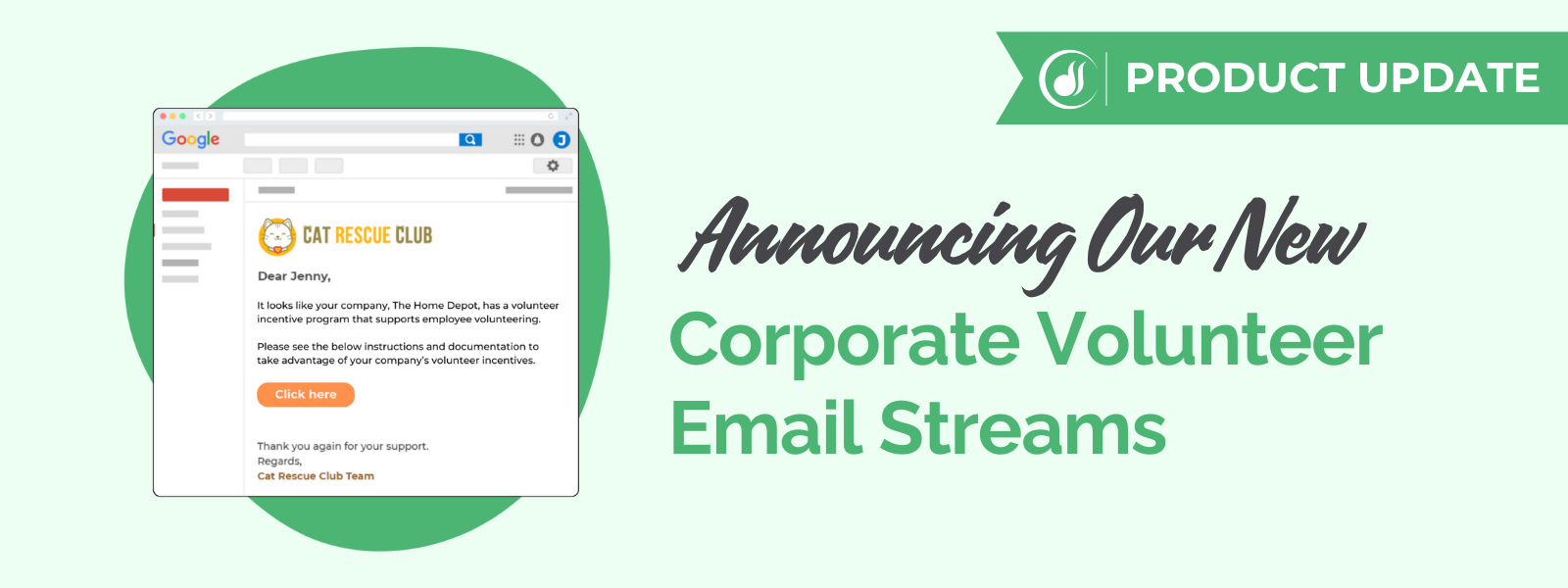
![Driving Donor Retention With Matching Gifts [A Guide]](https://doublethedonation.com/wp-content/uploads/2015/09/DTD_Driving-Donor-Retention-With-Matching-Gifts-A-Guide_Feature.png)
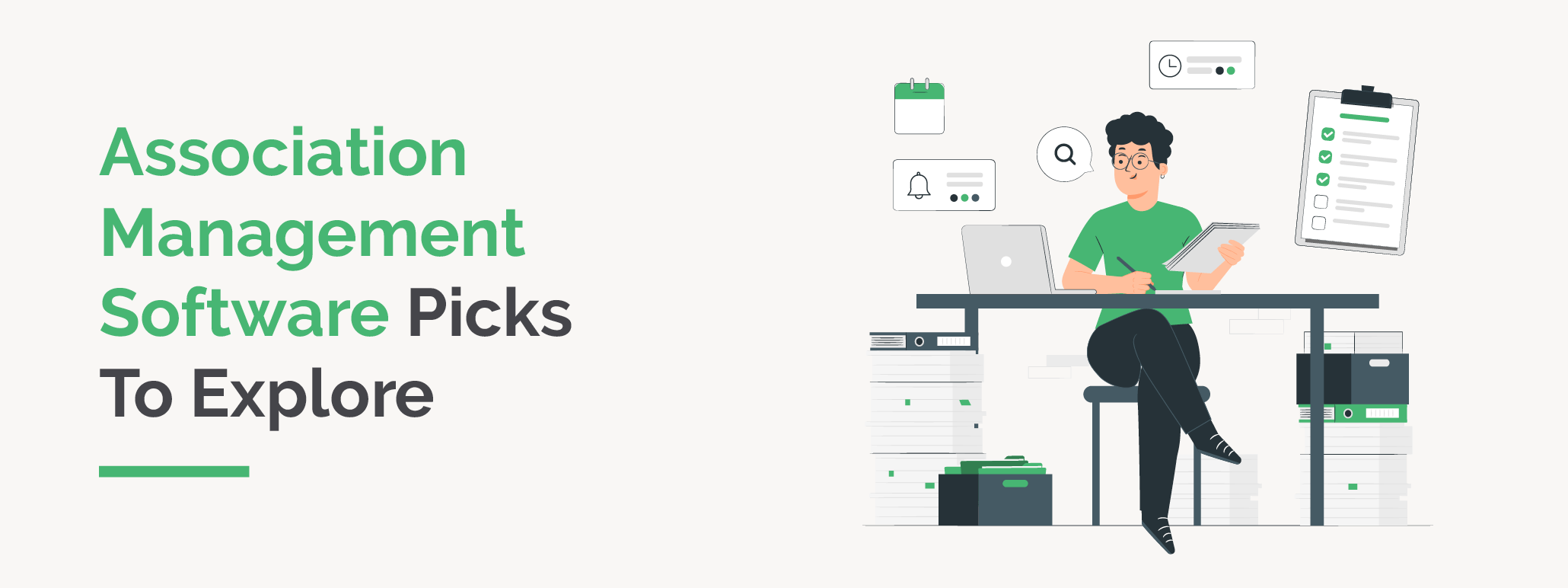
![How to Write a Statement of Need for Grants [With Template]](https://doublethedonation.com/wp-content/uploads/2025/02/DTD_How-to-Write-a-Statement-of-Need-for-Grants-With-Template_Feature.png)
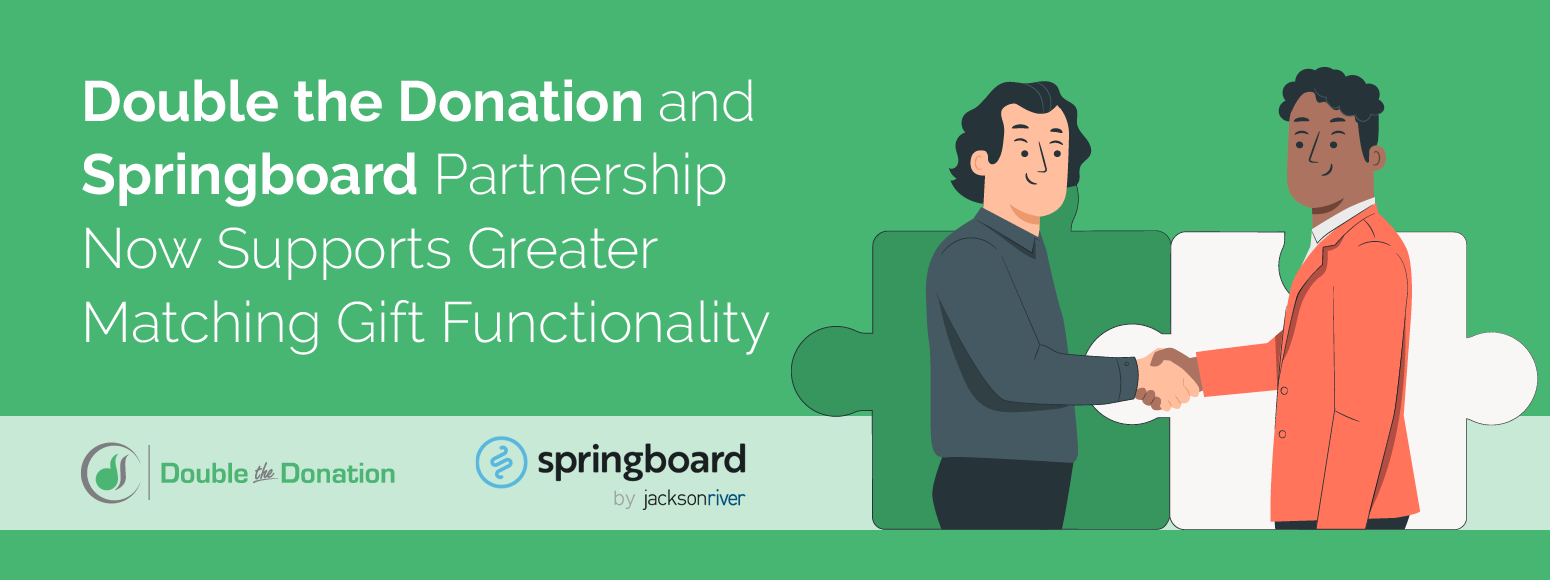

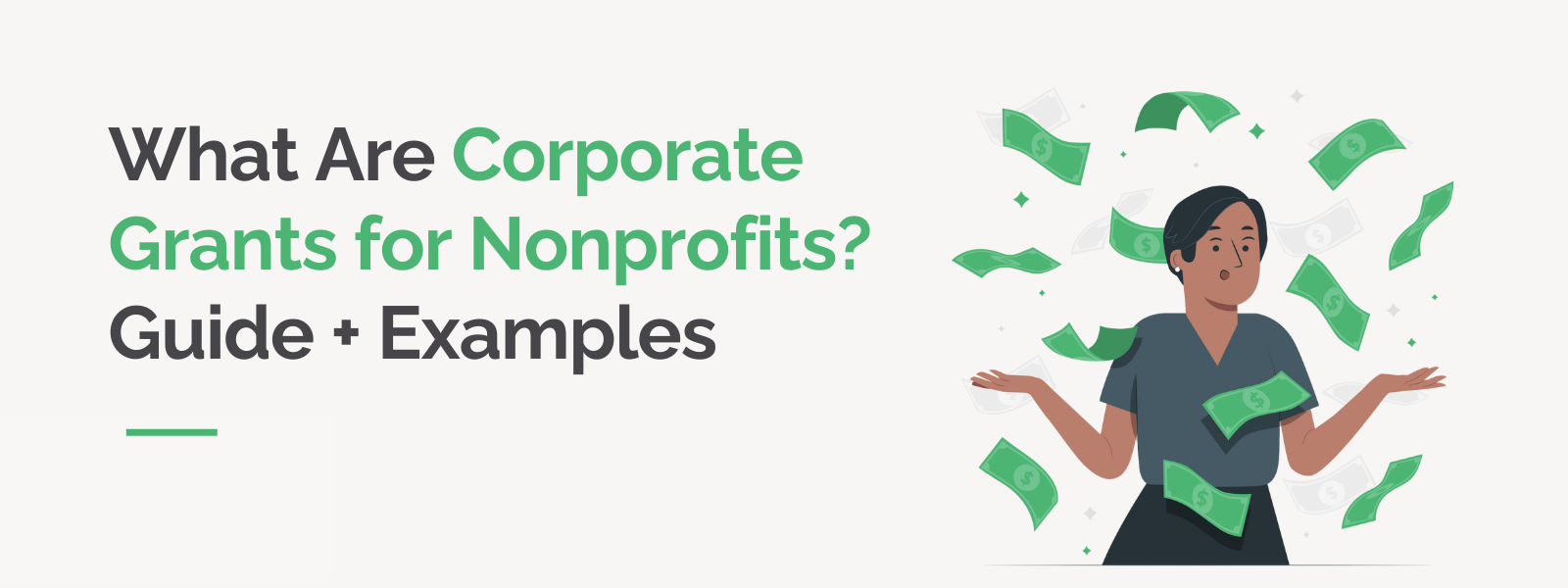

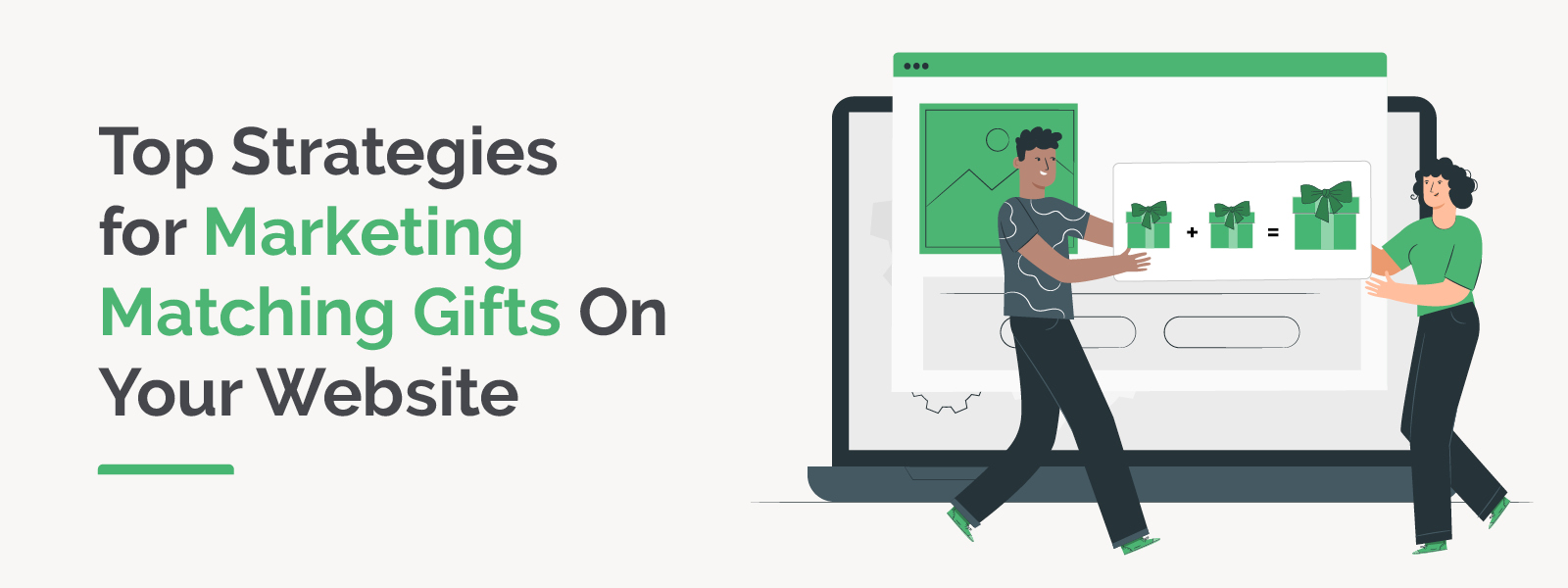

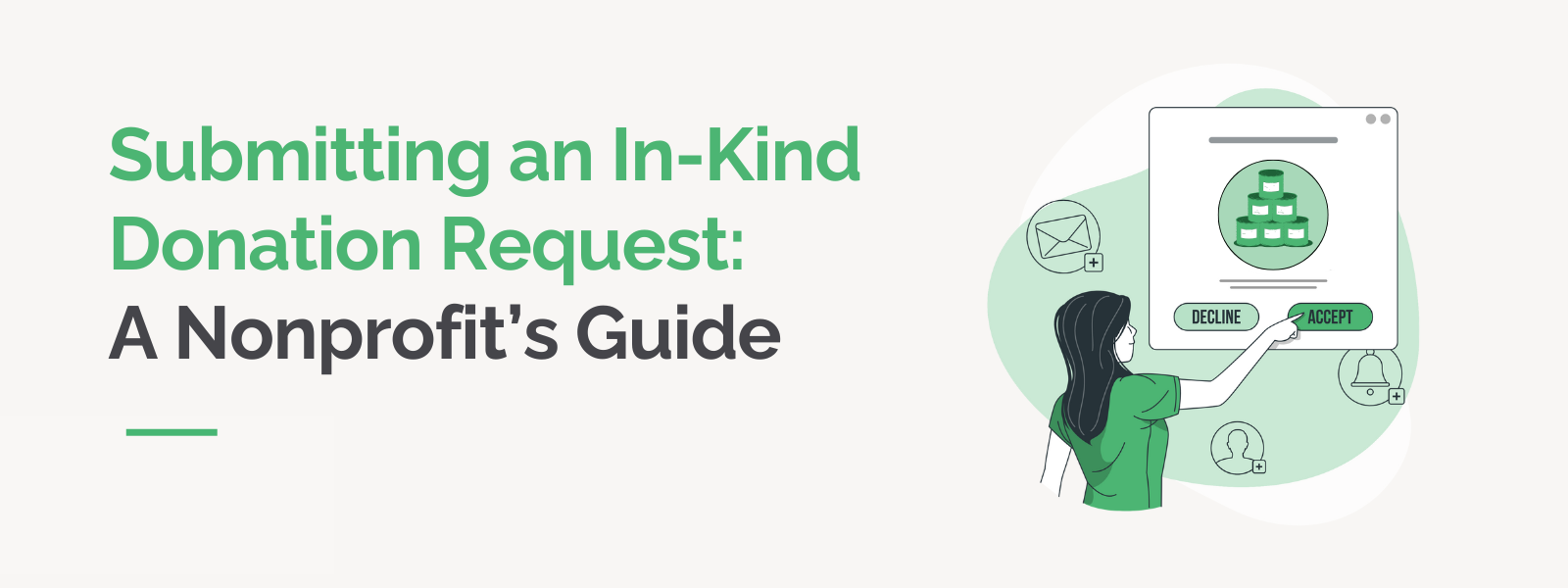 https://doublethedonation.com/wp-content/uploads/2025/01/DTD_Submitting-an-In-Kind-Donation-Request-A-Nonprofits-Guide_Feature.png
600
1600
Adam Weinger
https://doublethedonation.com/wp-content/uploads/2022/03/logo-dtd.svg
Adam Weinger2025-01-07 17:49:412025-06-05 15:34:54Submitting an In-Kind Donation Request: A Nonprofit’s Guide
https://doublethedonation.com/wp-content/uploads/2025/01/DTD_Submitting-an-In-Kind-Donation-Request-A-Nonprofits-Guide_Feature.png
600
1600
Adam Weinger
https://doublethedonation.com/wp-content/uploads/2022/03/logo-dtd.svg
Adam Weinger2025-01-07 17:49:412025-06-05 15:34:54Submitting an In-Kind Donation Request: A Nonprofit’s Guide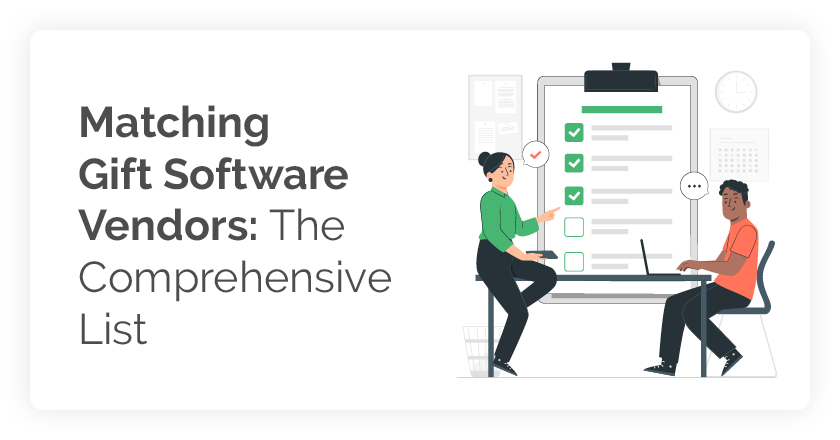
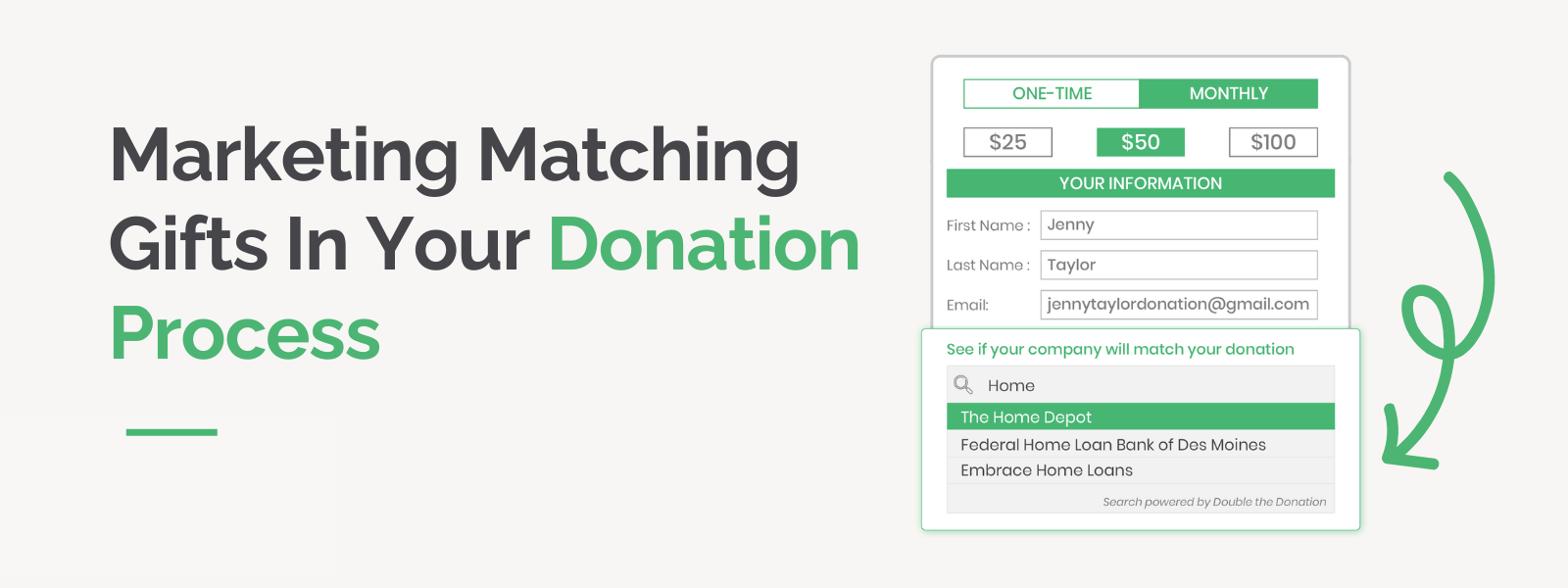
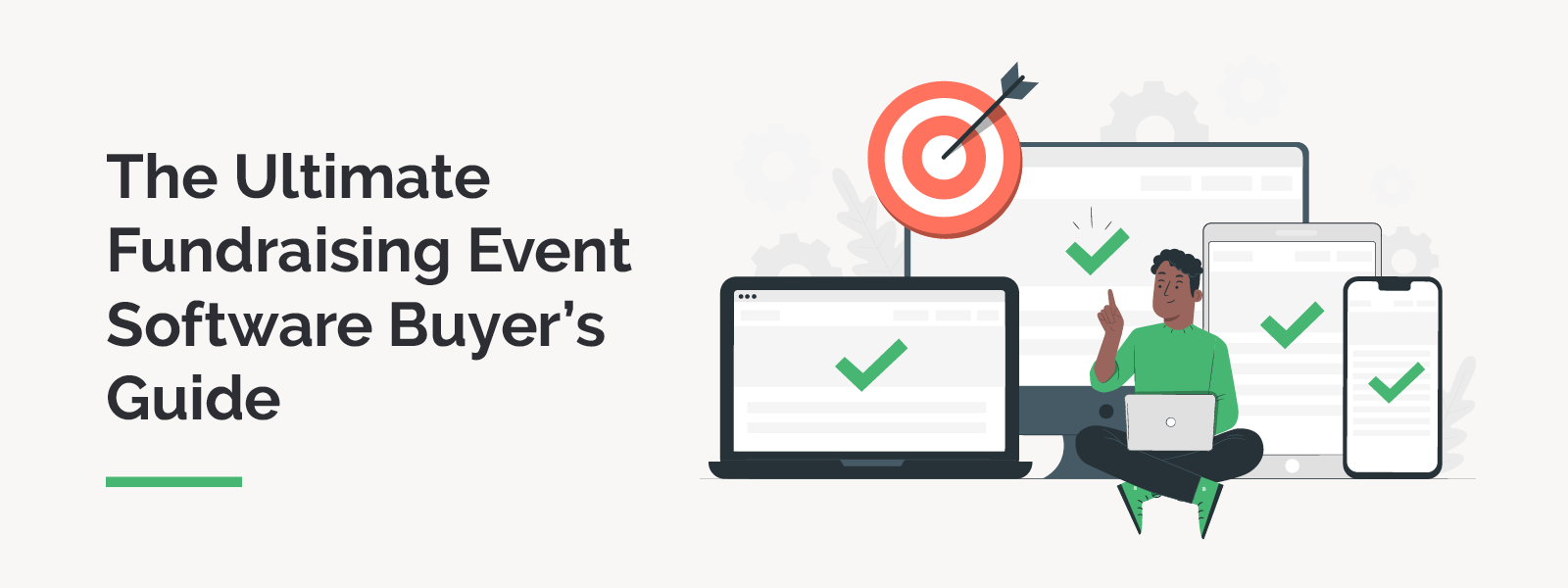
![How to Find Grants for Nonprofits [Quickly & Easily!]](https://doublethedonation.com/wp-content/uploads/2025/01/DTD_How-to-Find-Grants-for-Nonprofits-Quickly-Easily_Feature.png)
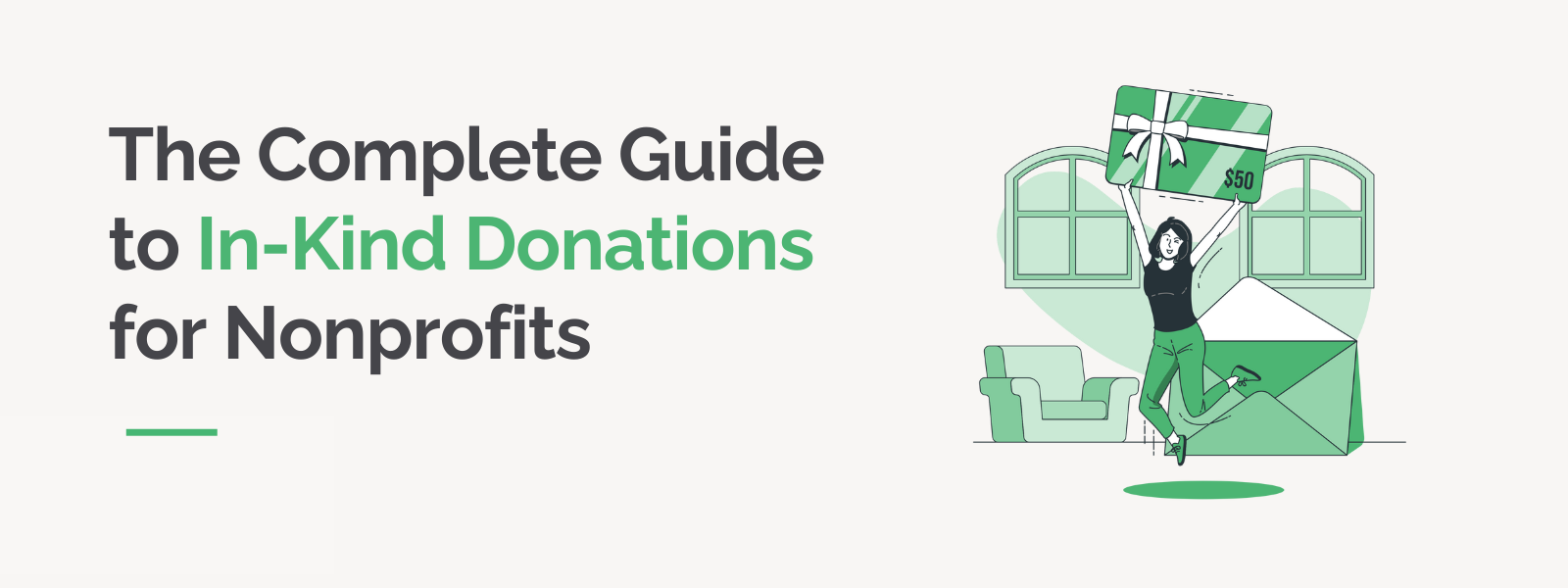 https://doublethedonation.com/wp-content/uploads/2025/01/DTD_The-Complete-Guide-to-In-Kind-Donations-for-Nonprofits_Feature.png
600
1600
Adam Weinger
https://doublethedonation.com/wp-content/uploads/2022/03/logo-dtd.svg
Adam Weinger2025-01-02 20:15:022025-06-05 15:28:31The Complete Guide to In-Kind Donations for Nonprofits
https://doublethedonation.com/wp-content/uploads/2025/01/DTD_The-Complete-Guide-to-In-Kind-Donations-for-Nonprofits_Feature.png
600
1600
Adam Weinger
https://doublethedonation.com/wp-content/uploads/2022/03/logo-dtd.svg
Adam Weinger2025-01-02 20:15:022025-06-05 15:28:31The Complete Guide to In-Kind Donations for Nonprofits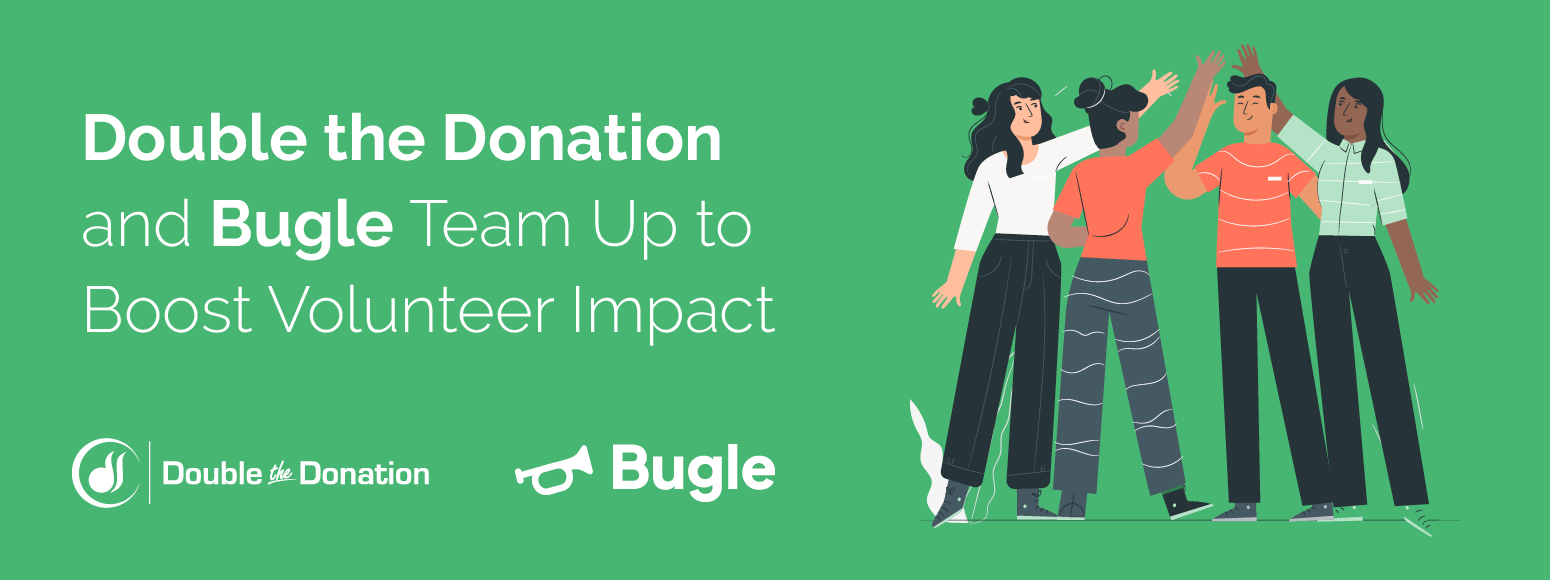
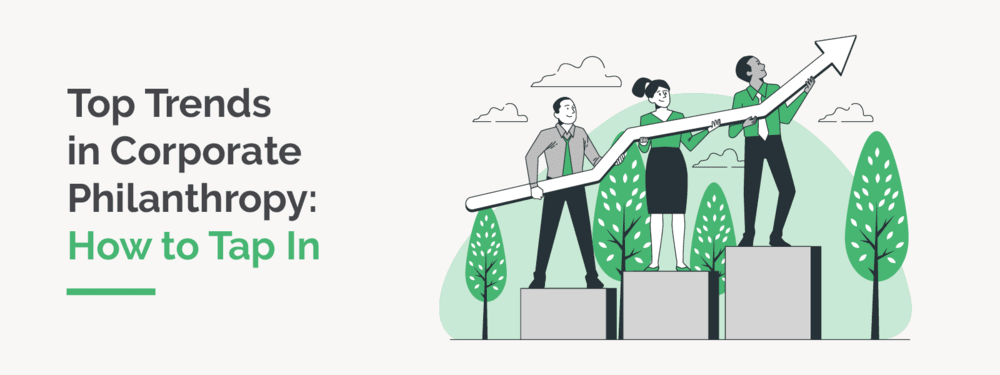 https://doublethedonation.com/wp-content/uploads/2023/10/Trends-in-Corporate-Philanthropy_Feature.png
375
1000
Adam Weinger
https://doublethedonation.com/wp-content/uploads/2022/03/logo-dtd.svg
Adam Weinger2024-12-13 08:00:132025-04-18 14:26:388 Trends in Corporate Philanthropy for 2025: How to Tap In
https://doublethedonation.com/wp-content/uploads/2023/10/Trends-in-Corporate-Philanthropy_Feature.png
375
1000
Adam Weinger
https://doublethedonation.com/wp-content/uploads/2022/03/logo-dtd.svg
Adam Weinger2024-12-13 08:00:132025-04-18 14:26:388 Trends in Corporate Philanthropy for 2025: How to Tap In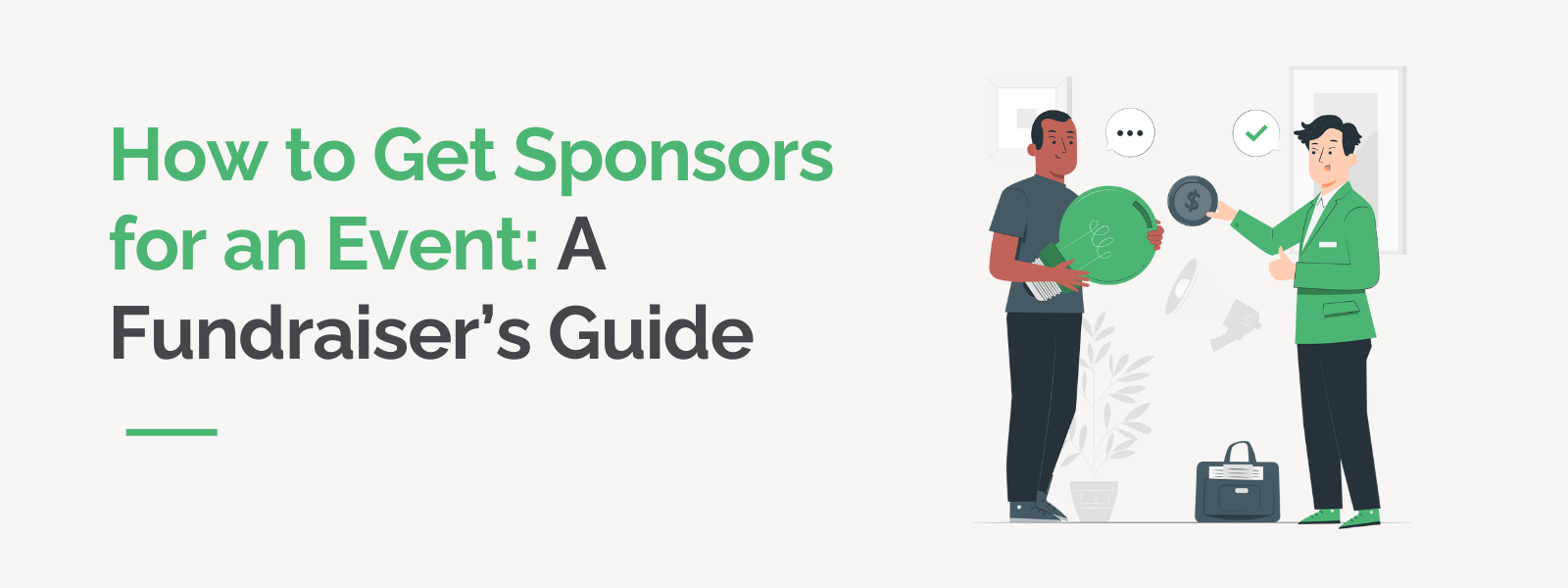 https://doublethedonation.com/wp-content/uploads/2024/12/DTD_How-to-Get-Sponsors-for-an-Event-A-Fundraisers-Guide_Feature.png
600
1600
Adam Weinger
https://doublethedonation.com/wp-content/uploads/2022/03/logo-dtd.svg
Adam Weinger2024-12-12 18:46:502025-06-10 19:40:23How to Get Sponsors for an Event: A Fundraiser’s Guide
https://doublethedonation.com/wp-content/uploads/2024/12/DTD_How-to-Get-Sponsors-for-an-Event-A-Fundraisers-Guide_Feature.png
600
1600
Adam Weinger
https://doublethedonation.com/wp-content/uploads/2022/03/logo-dtd.svg
Adam Weinger2024-12-12 18:46:502025-06-10 19:40:23How to Get Sponsors for an Event: A Fundraiser’s Guide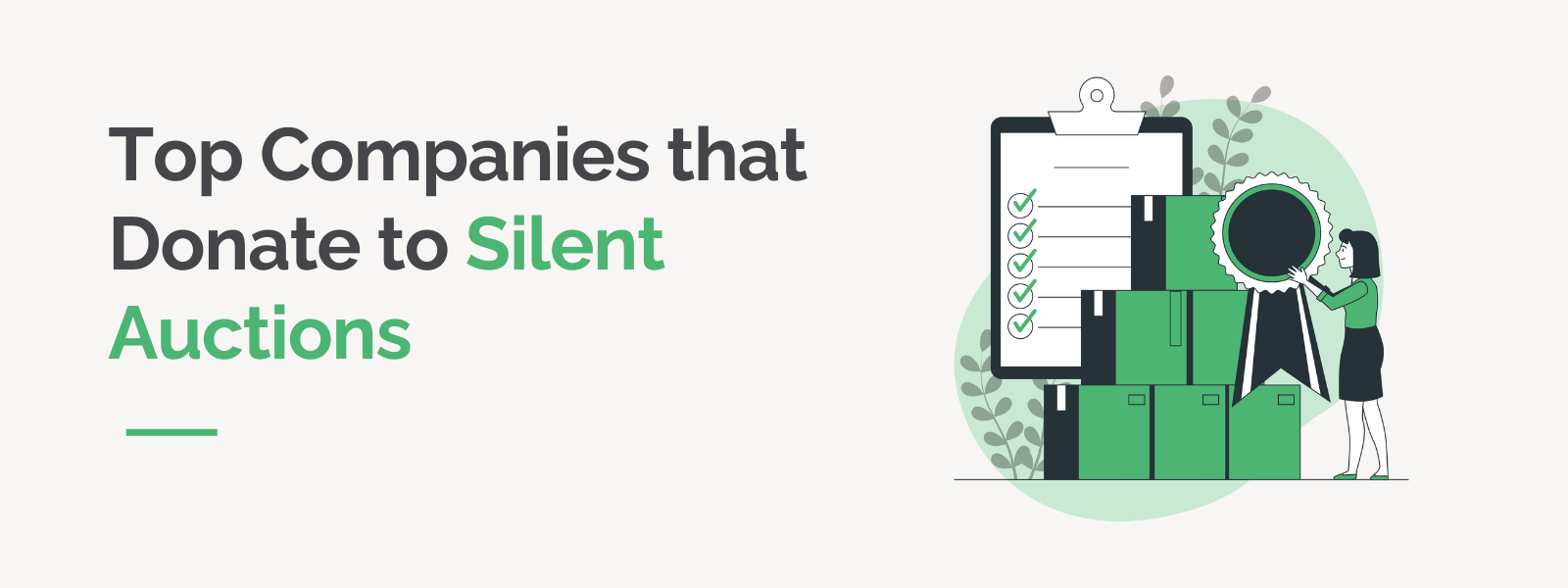 https://doublethedonation.com/wp-content/uploads/2024/12/DTD_Top-Companies-that-Donate-to-Silent-Auctions_Feature.png
600
1600
Adam Weinger
https://doublethedonation.com/wp-content/uploads/2022/03/logo-dtd.svg
Adam Weinger2024-12-11 18:35:572025-04-21 17:39:15Companies that Donate to Silent Auctions: Our 25 Top Picks
https://doublethedonation.com/wp-content/uploads/2024/12/DTD_Top-Companies-that-Donate-to-Silent-Auctions_Feature.png
600
1600
Adam Weinger
https://doublethedonation.com/wp-content/uploads/2022/03/logo-dtd.svg
Adam Weinger2024-12-11 18:35:572025-04-21 17:39:15Companies that Donate to Silent Auctions: Our 25 Top Picks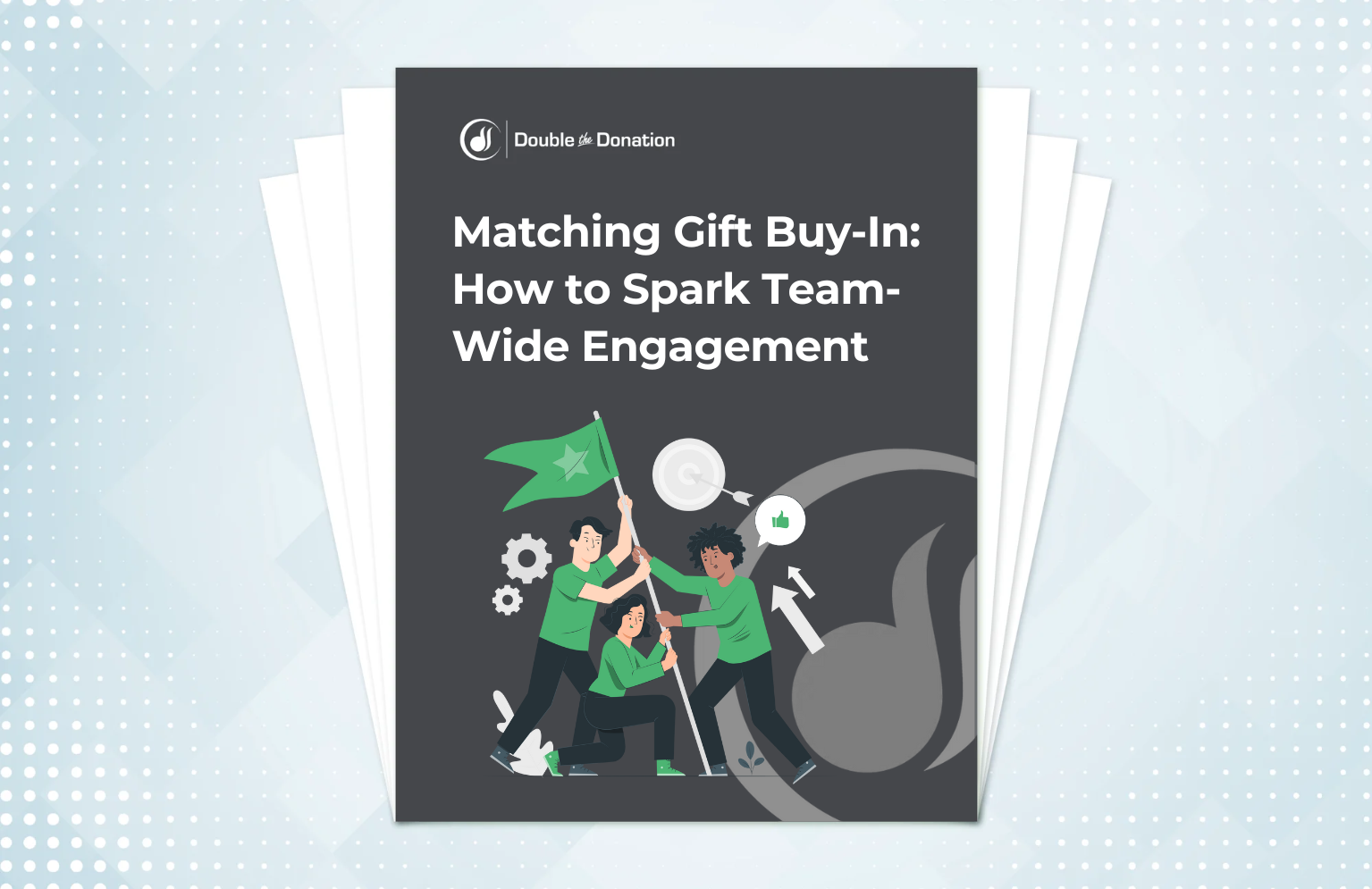 https://doublethedonation.com/wp-content/uploads/2024/12/Matching-Gift-Buy-In-How-to-Spark-Team-Wide-Engagement_Download.png
995
1535
Adam Weinger
https://doublethedonation.com/wp-content/uploads/2022/03/logo-dtd.svg
Adam Weinger2024-12-10 19:10:142024-12-11 16:51:47[Free Download] Securing Matching Gift Buy-In
https://doublethedonation.com/wp-content/uploads/2024/12/Matching-Gift-Buy-In-How-to-Spark-Team-Wide-Engagement_Download.png
995
1535
Adam Weinger
https://doublethedonation.com/wp-content/uploads/2022/03/logo-dtd.svg
Adam Weinger2024-12-10 19:10:142024-12-11 16:51:47[Free Download] Securing Matching Gift Buy-In
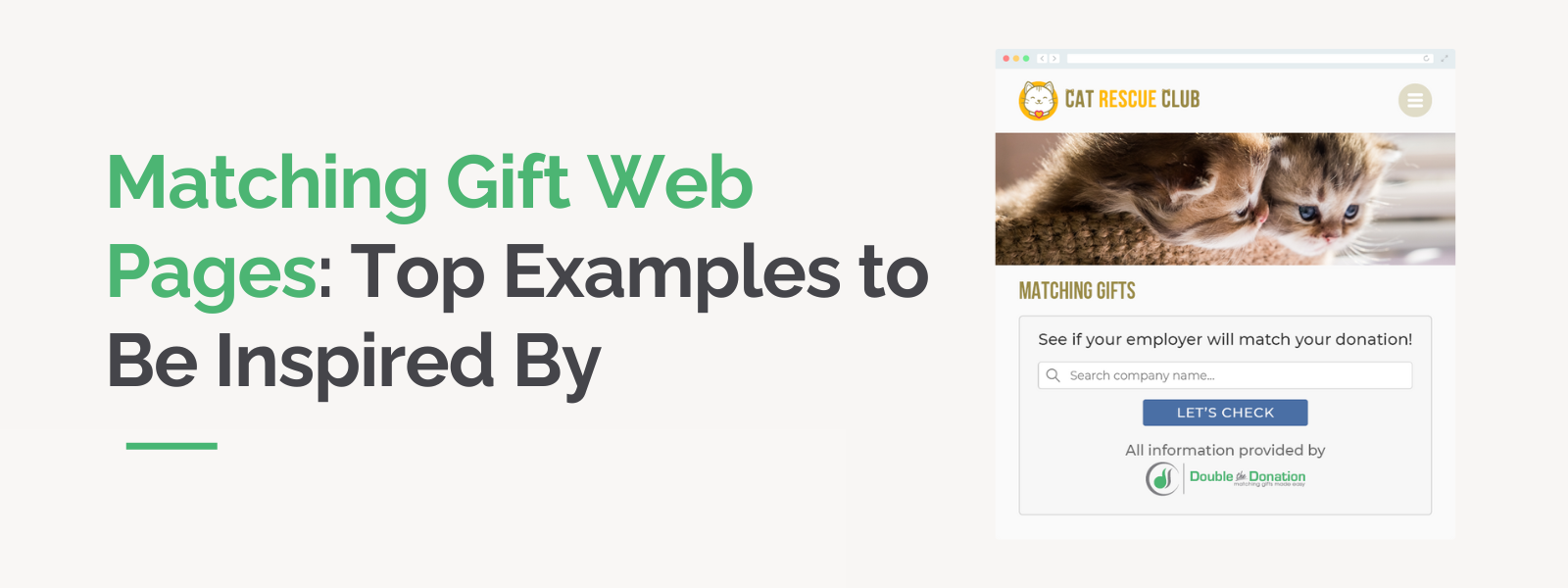
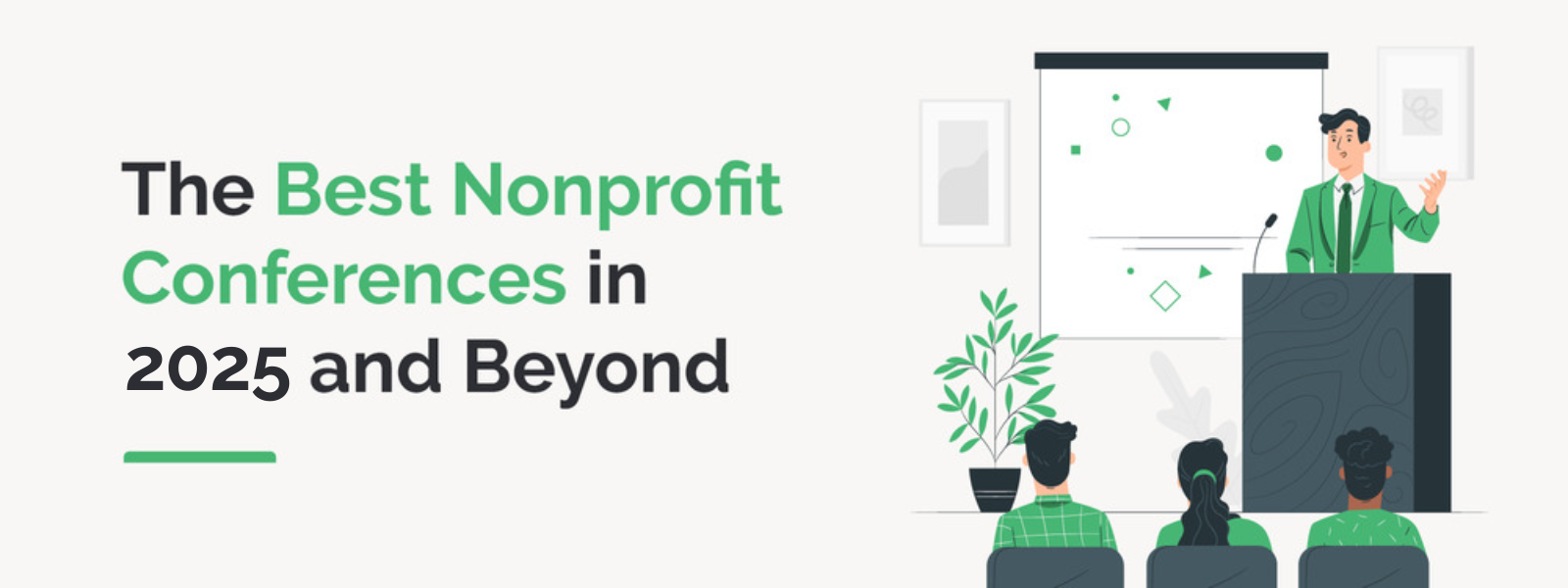
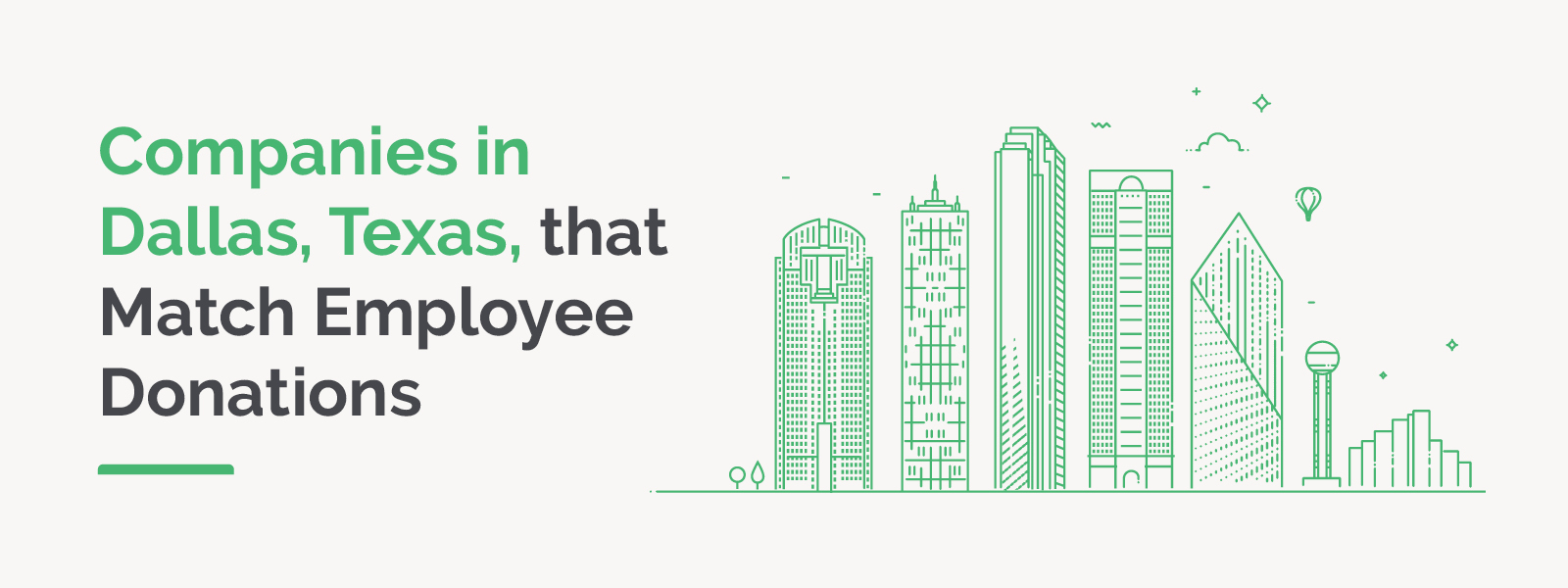

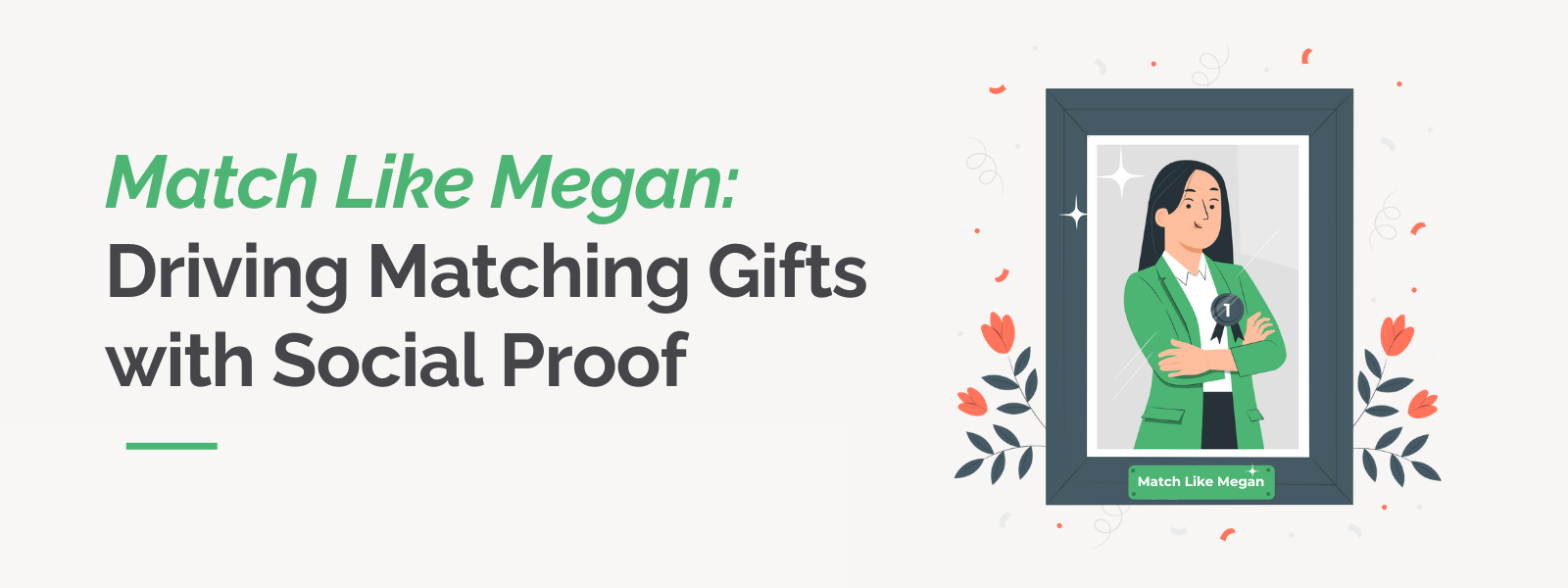
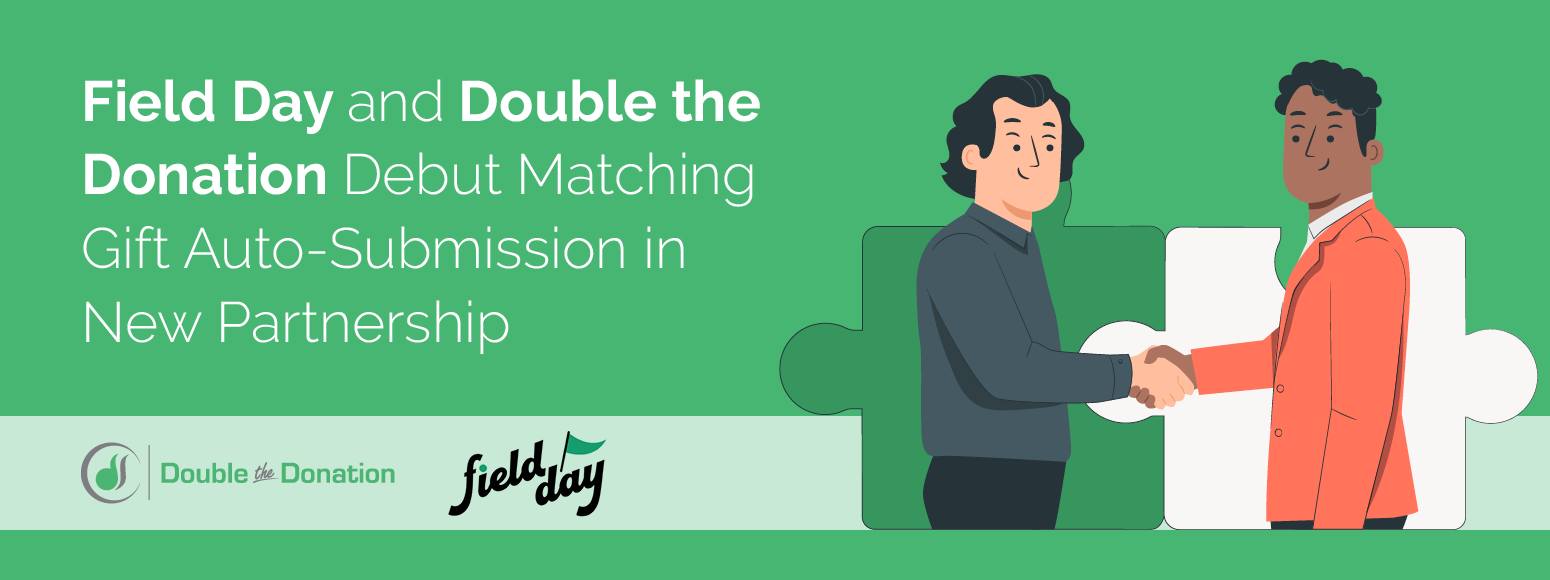
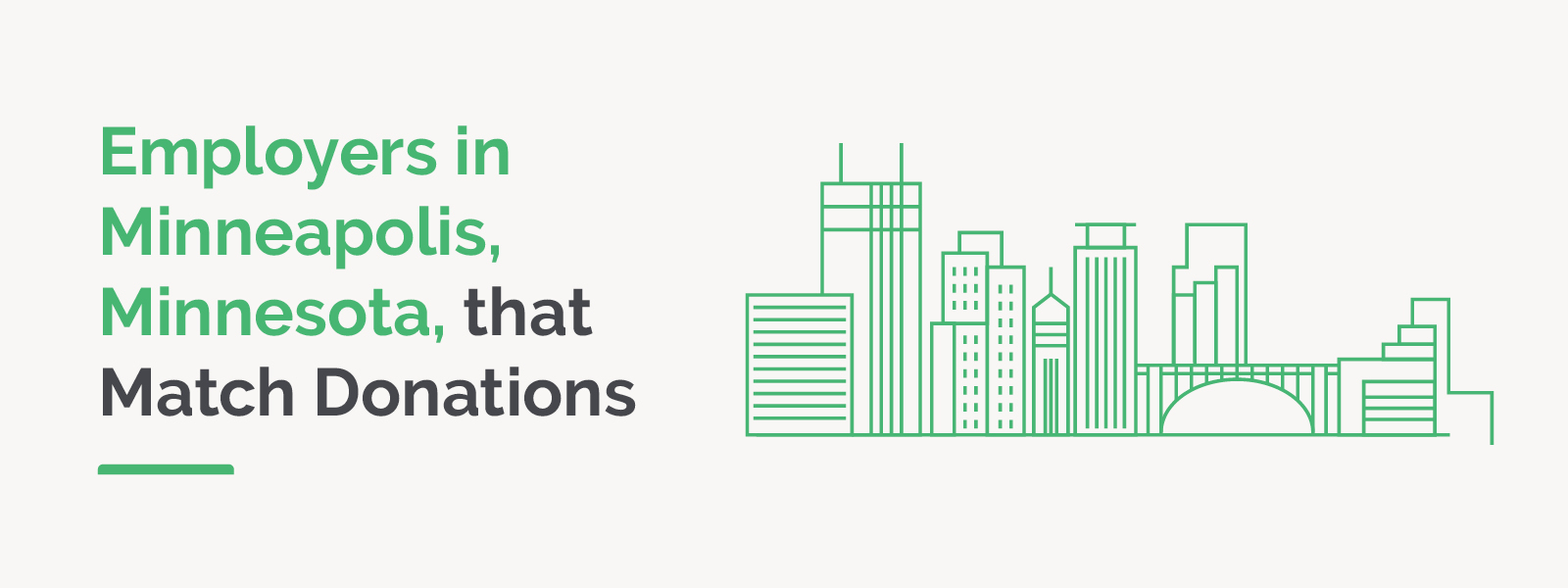
 https://doublethedonation.com/wp-content/uploads/2024/11/DTD_Marketing-Template_Download.png
1296
2000
Adam Weinger
https://doublethedonation.com/wp-content/uploads/2022/03/logo-dtd.svg
Adam Weinger2024-11-19 19:00:222024-11-19 19:04:24[Free Download] Matching Gift Marketing Plan: Presentation Template
https://doublethedonation.com/wp-content/uploads/2024/11/DTD_Marketing-Template_Download.png
1296
2000
Adam Weinger
https://doublethedonation.com/wp-content/uploads/2022/03/logo-dtd.svg
Adam Weinger2024-11-19 19:00:222024-11-19 19:04:24[Free Download] Matching Gift Marketing Plan: Presentation Template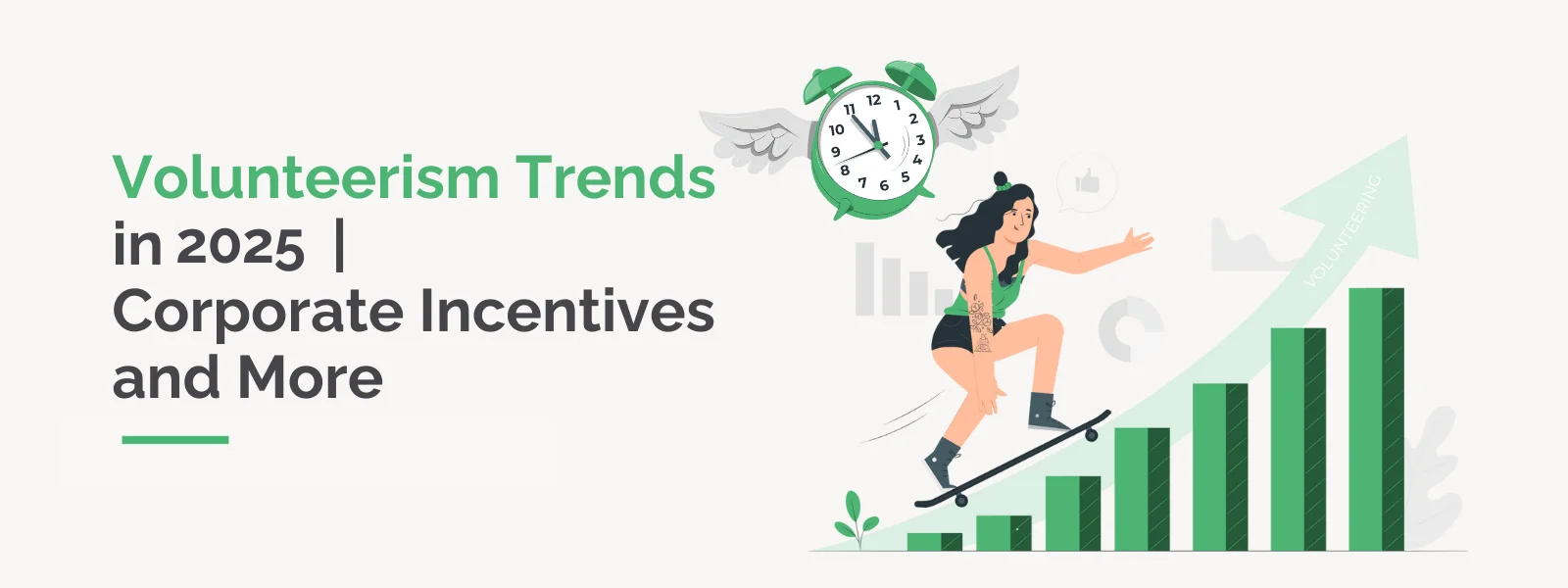
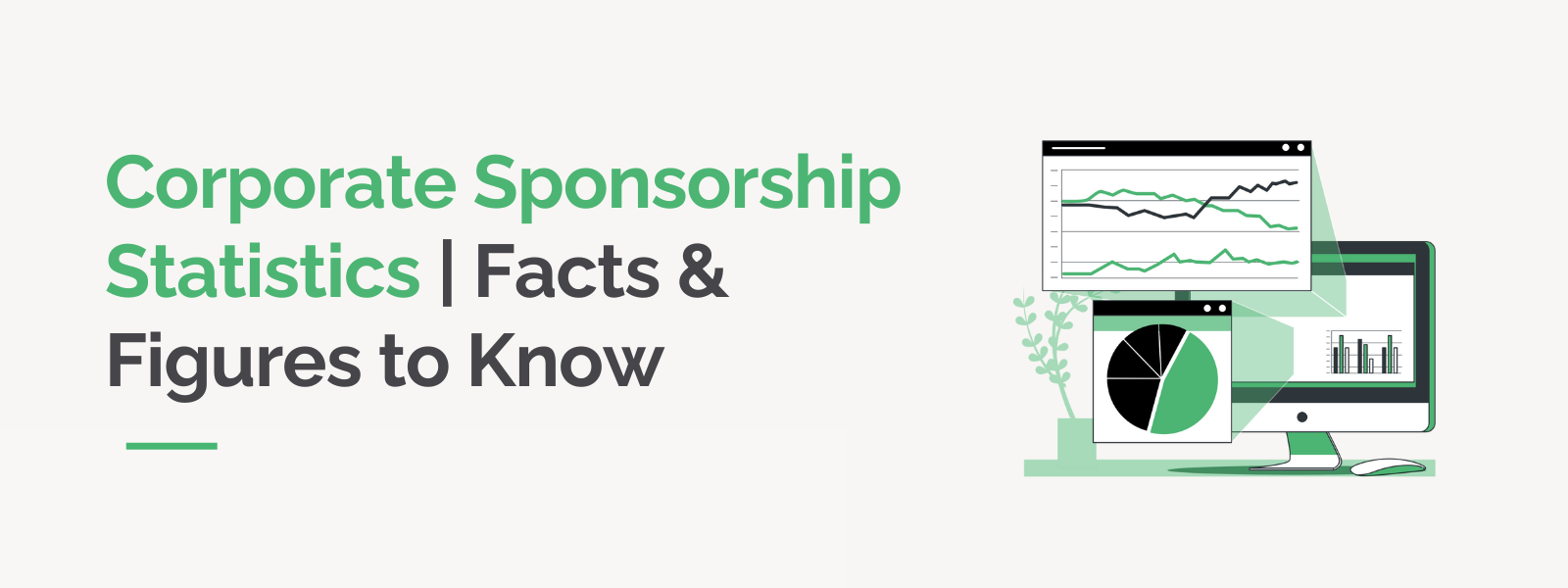
![How to Track Corporate Sponsorships [A Nonprofit's Guide]](https://doublethedonation.com/wp-content/uploads/2024/11/DTD_How-to-Track-Corporate-Sponsorships-A-Nonprofits-Guide_Feature.png)
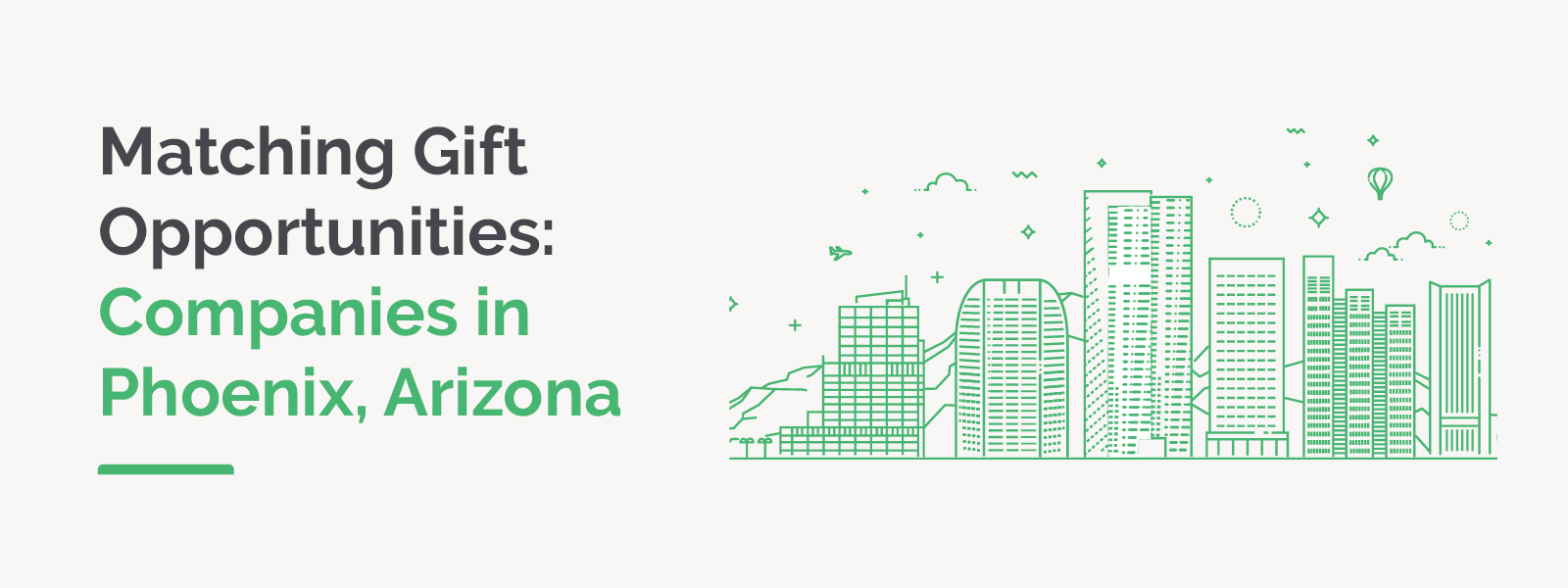
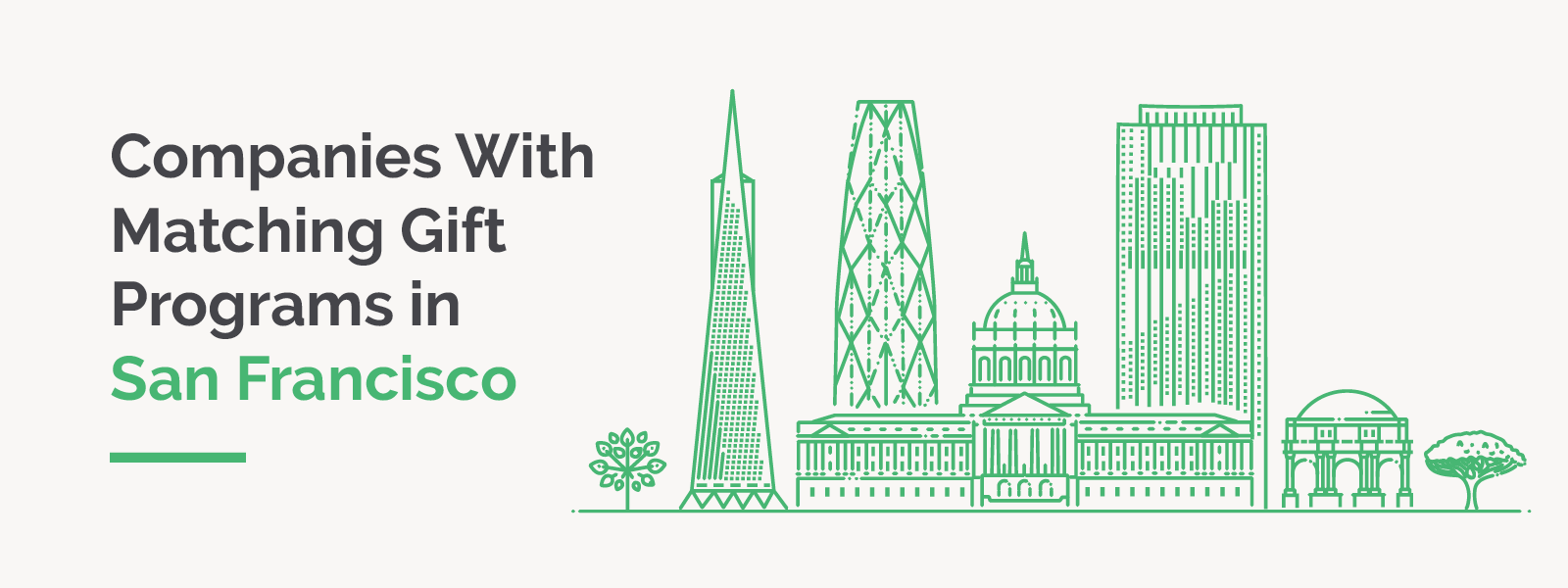
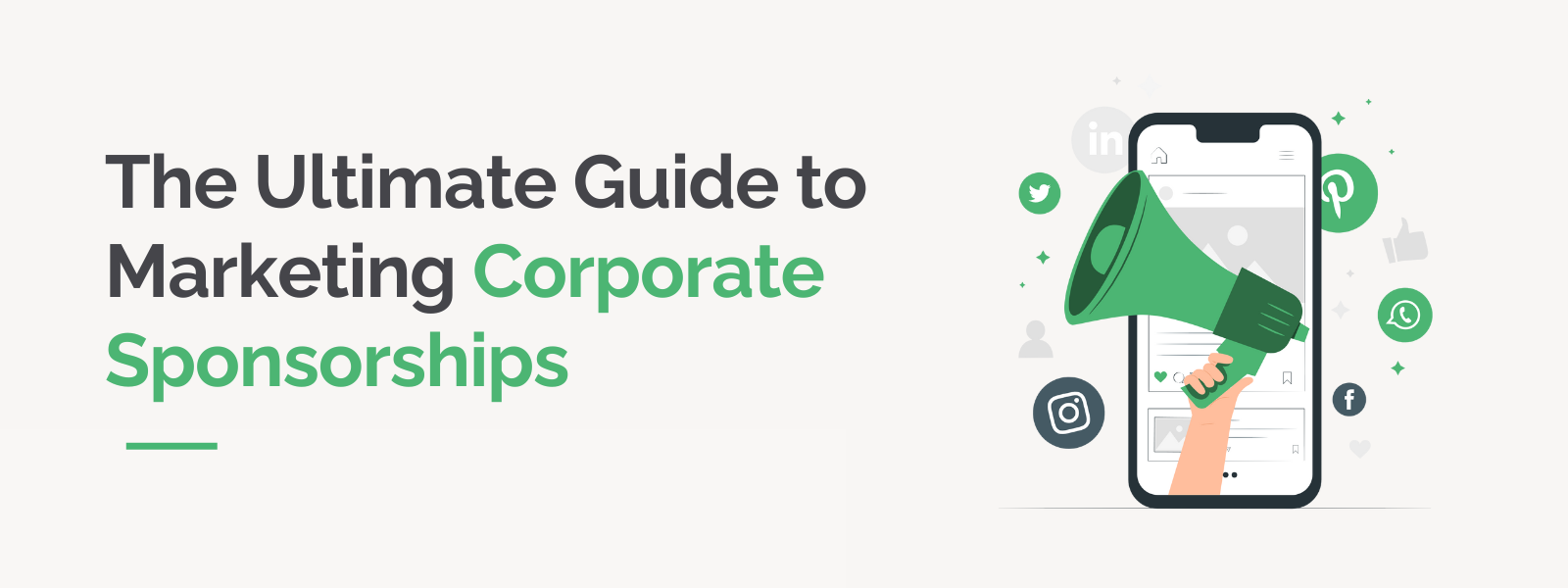
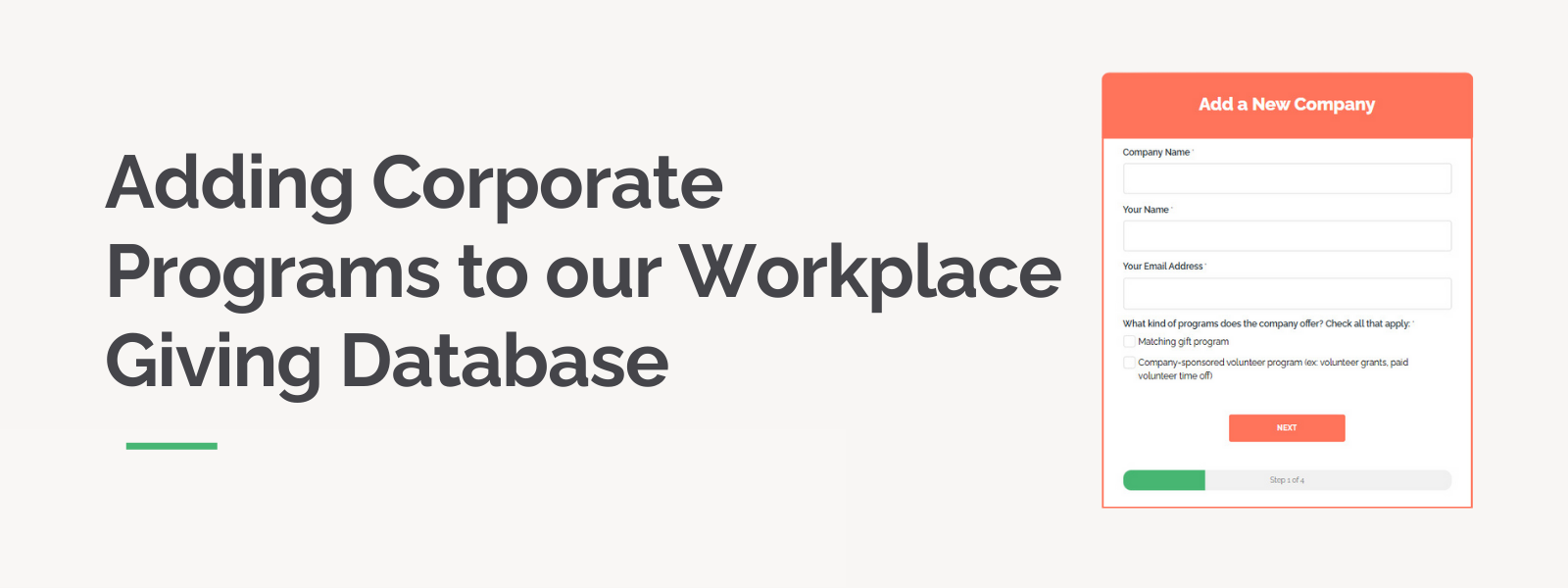
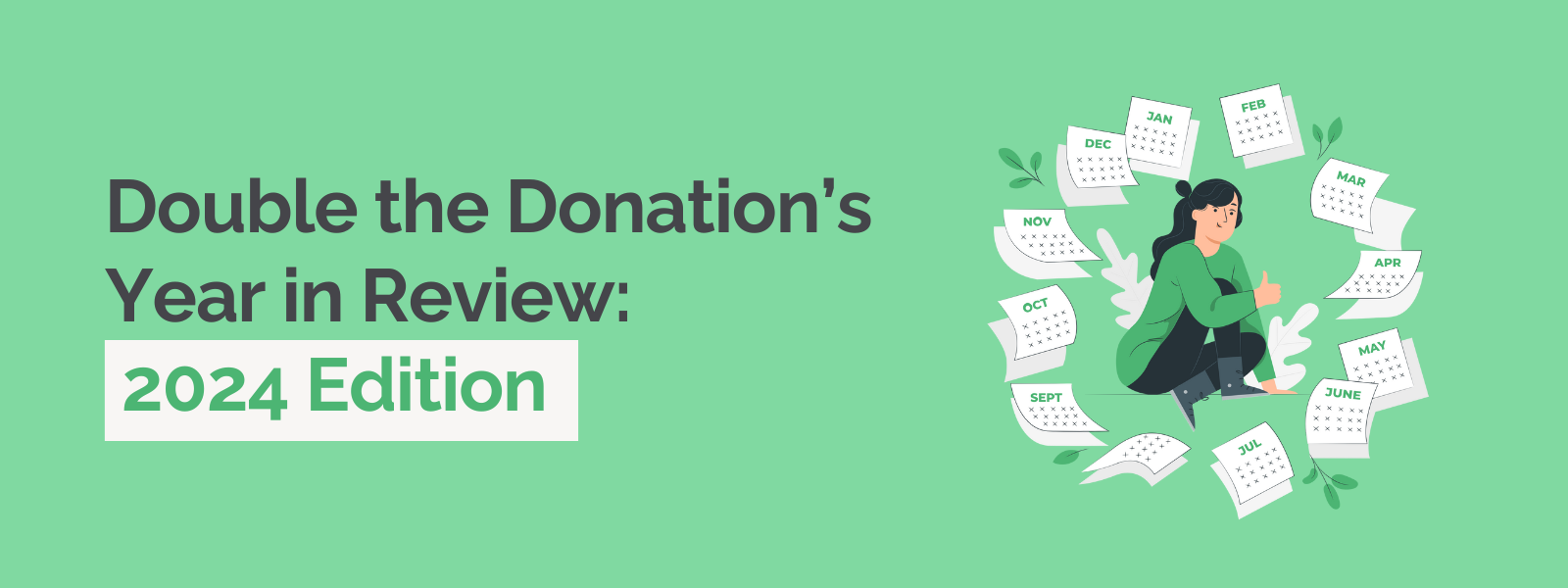
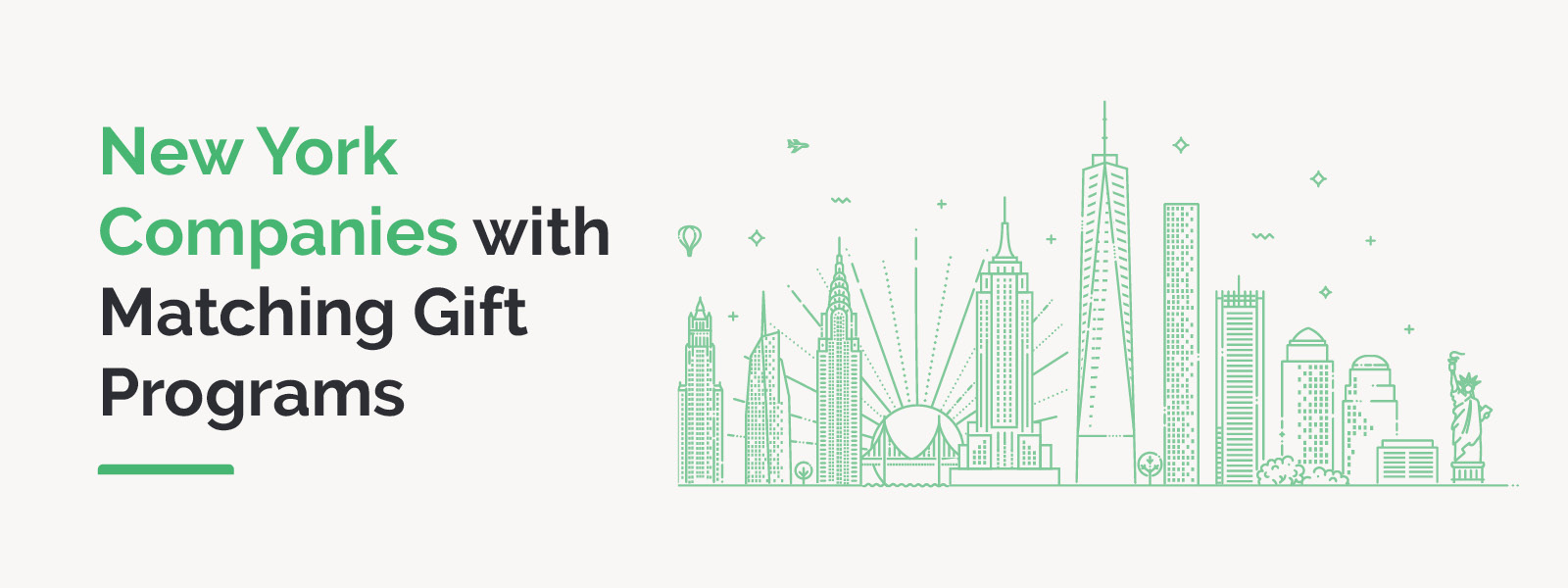
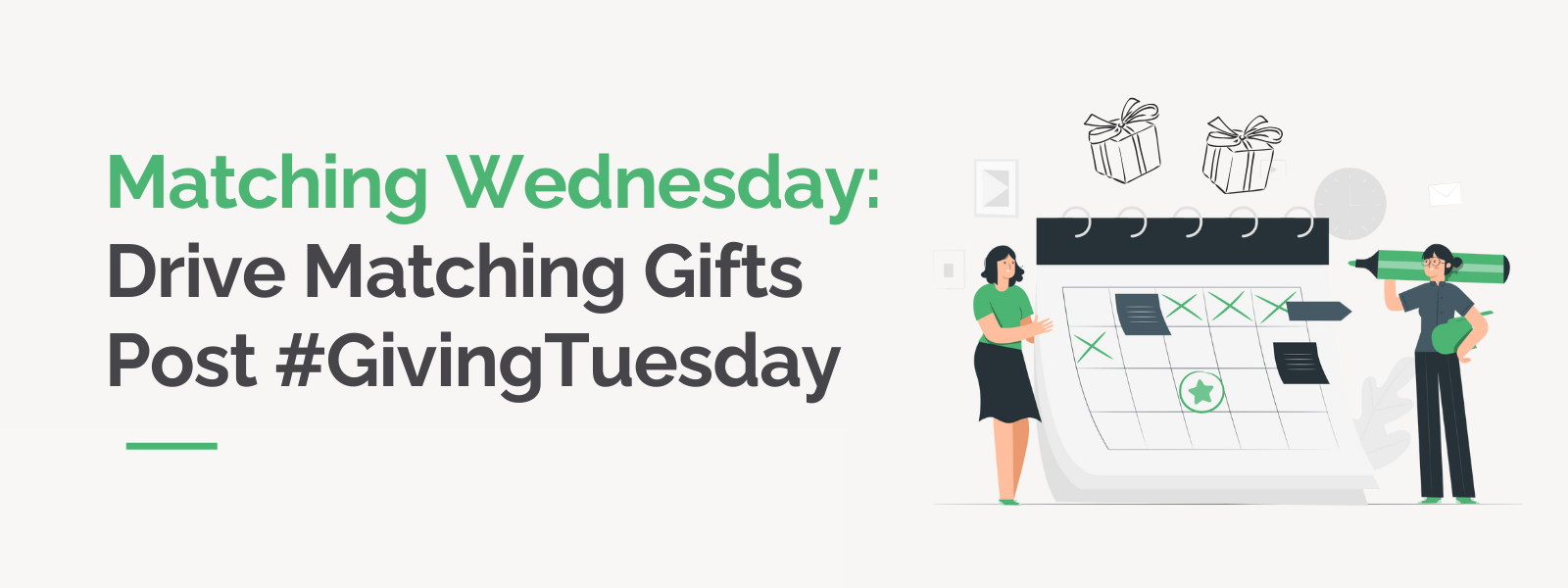
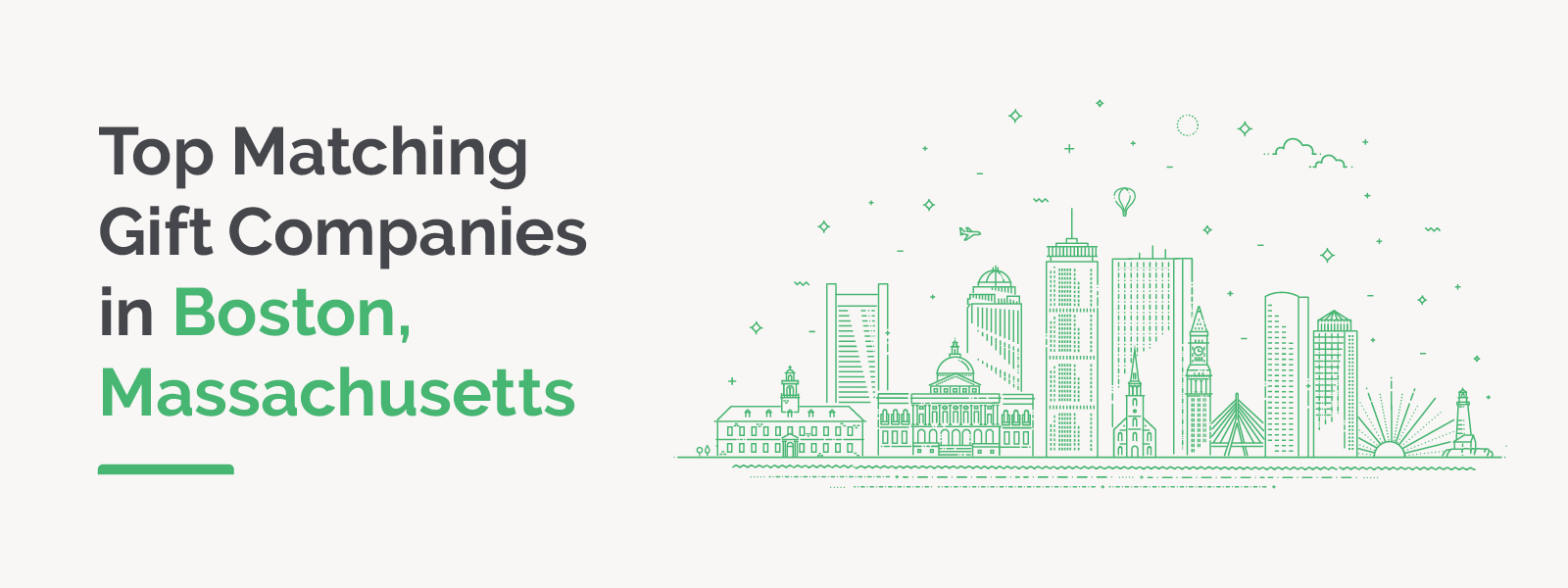
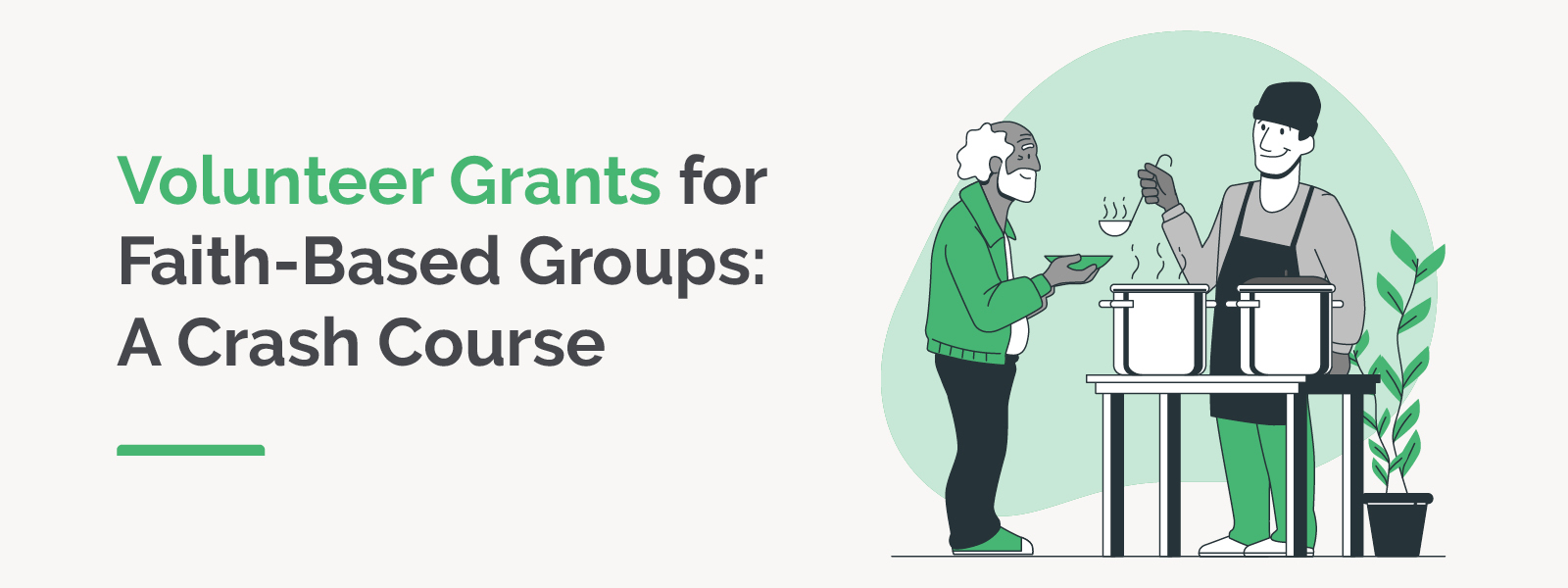
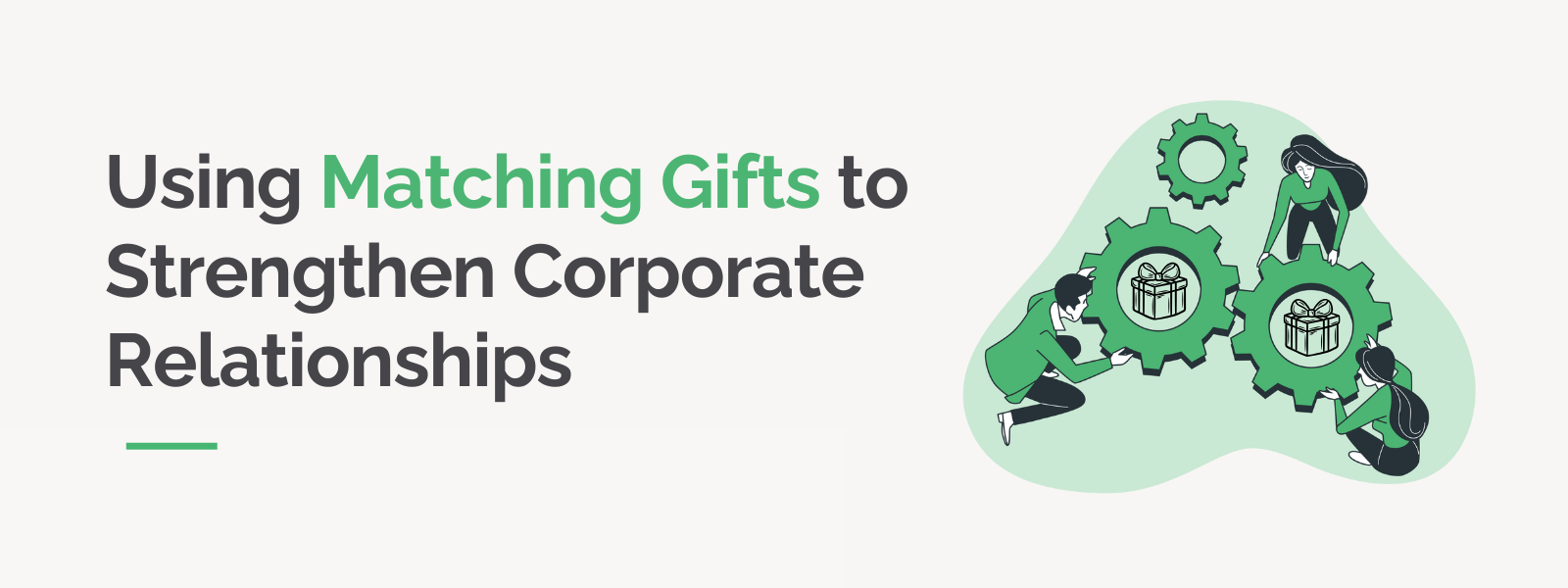
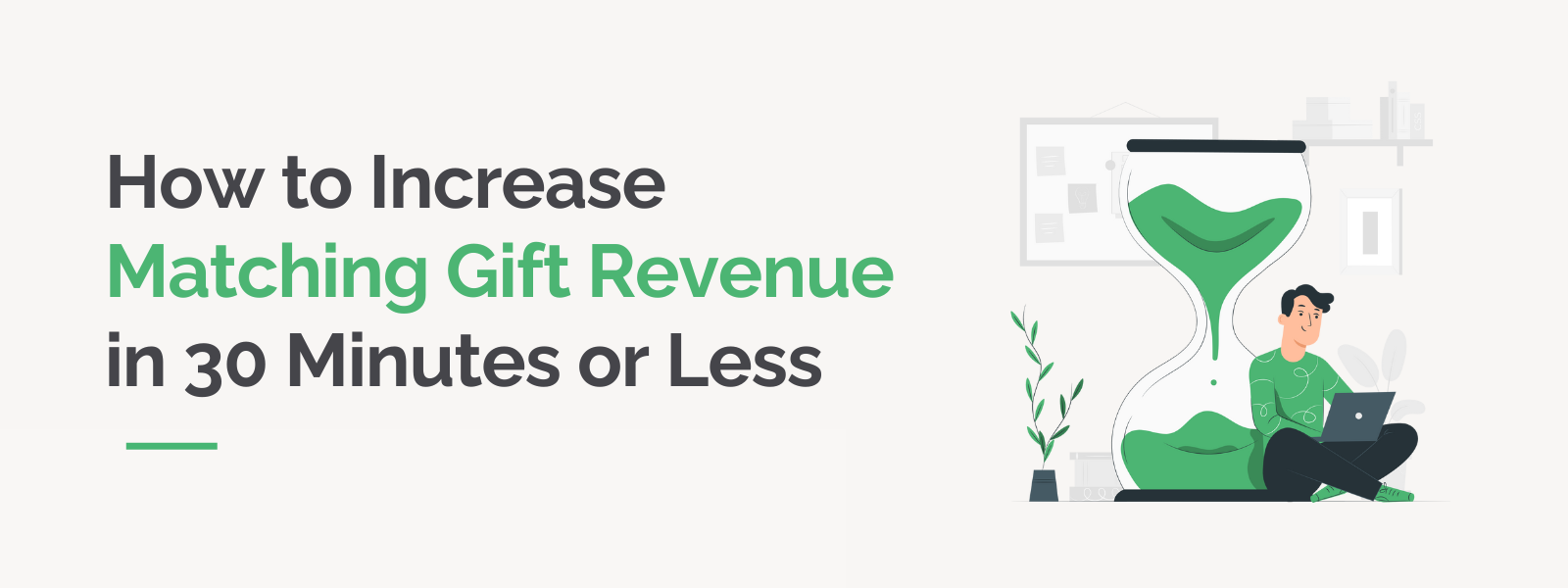
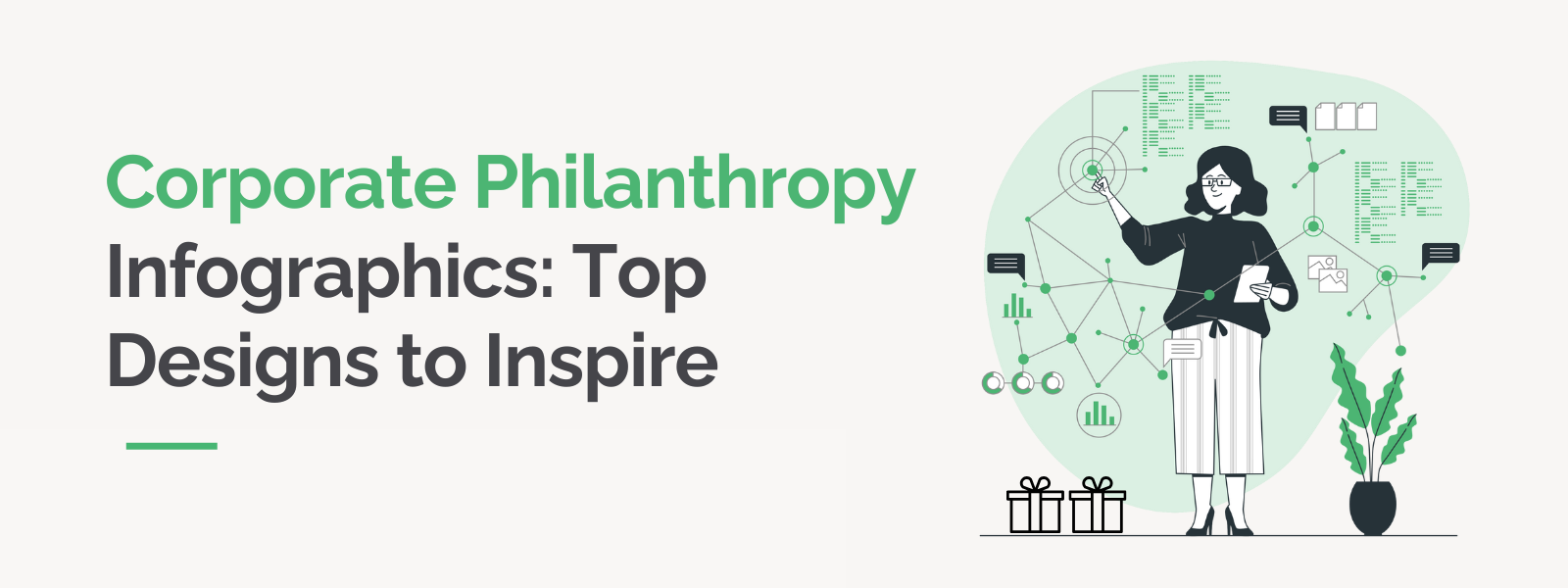
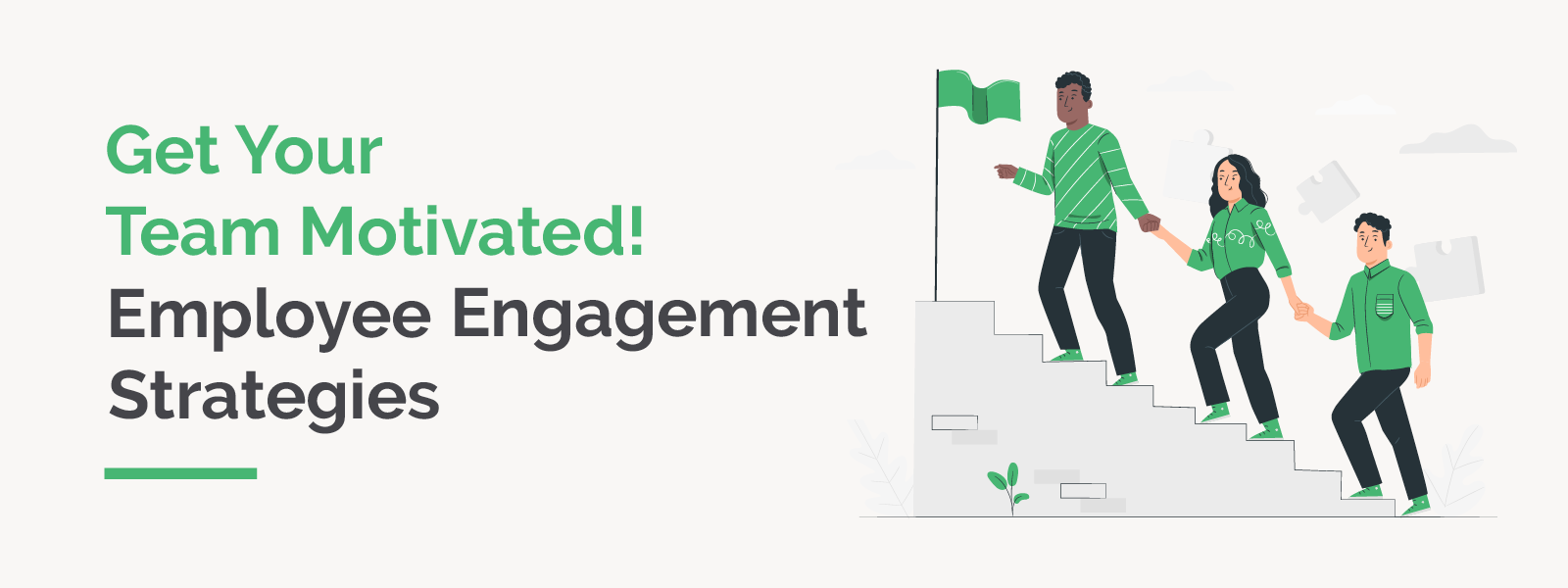
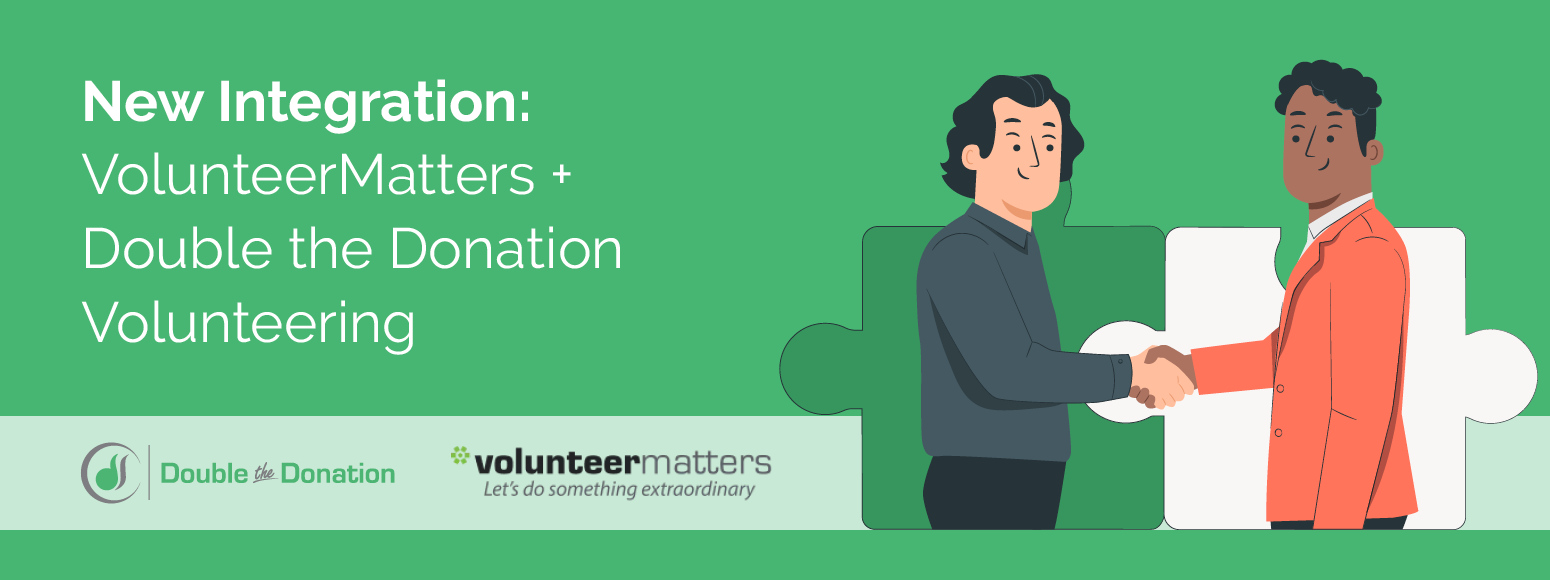
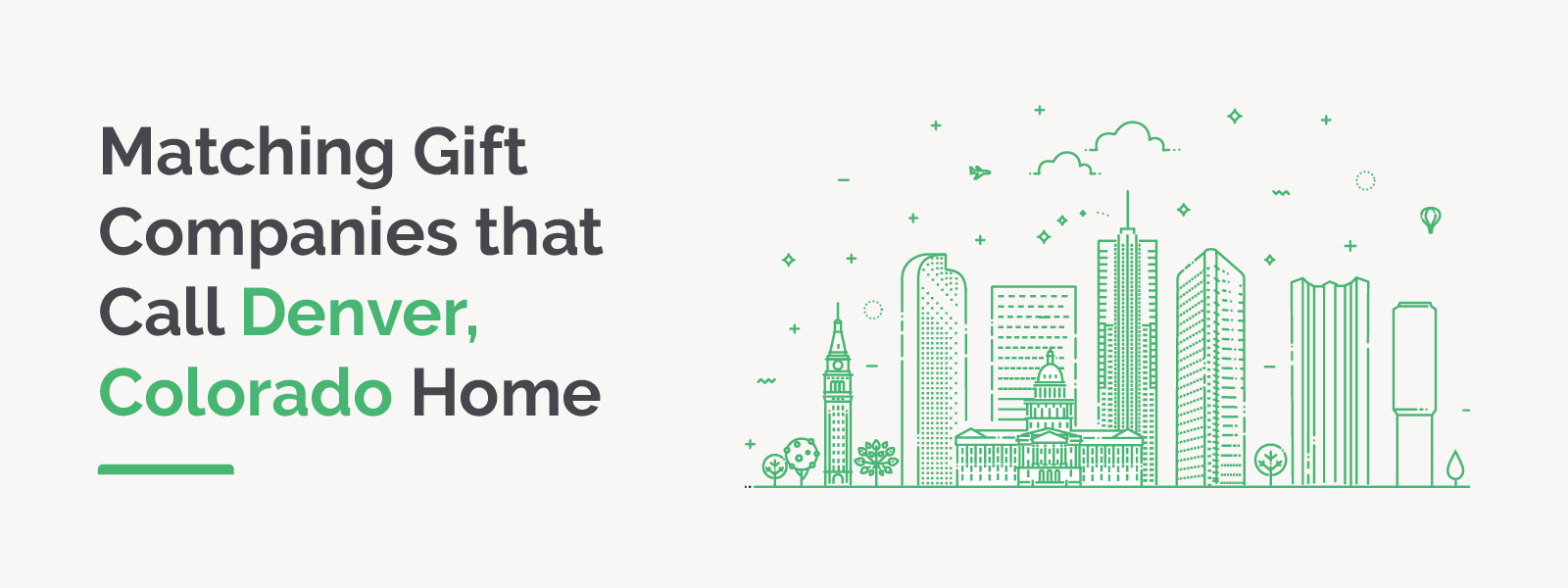
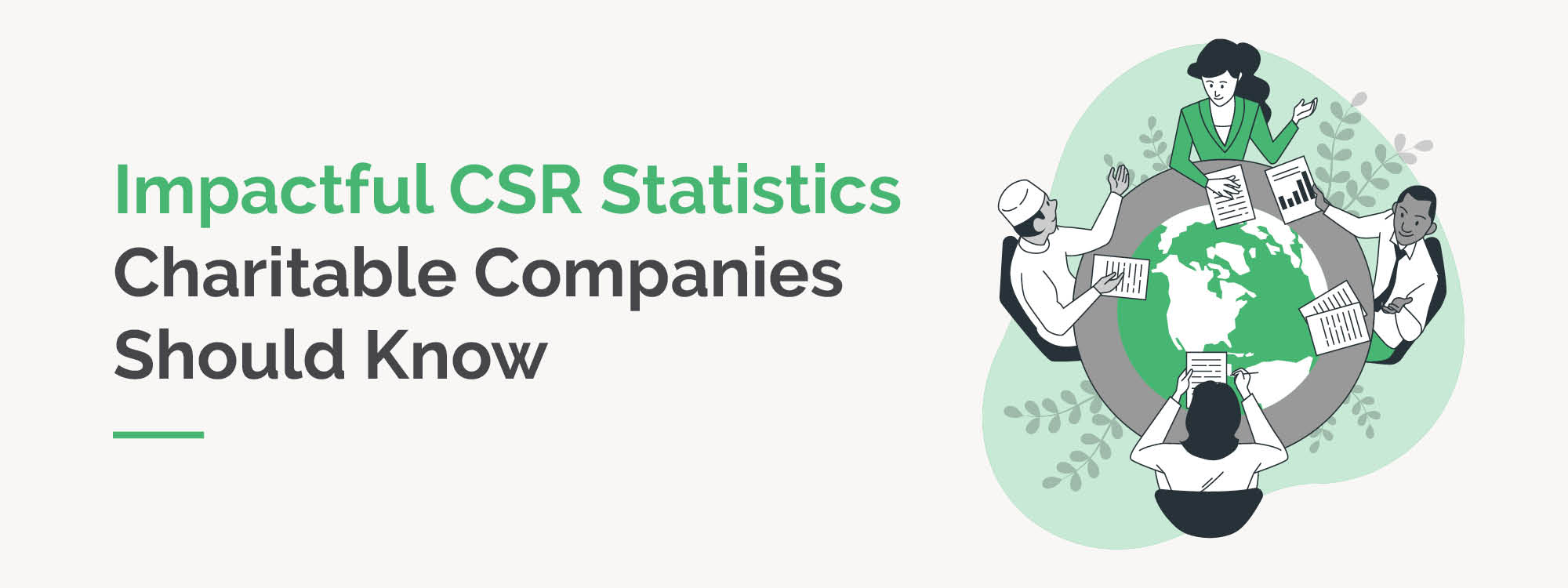
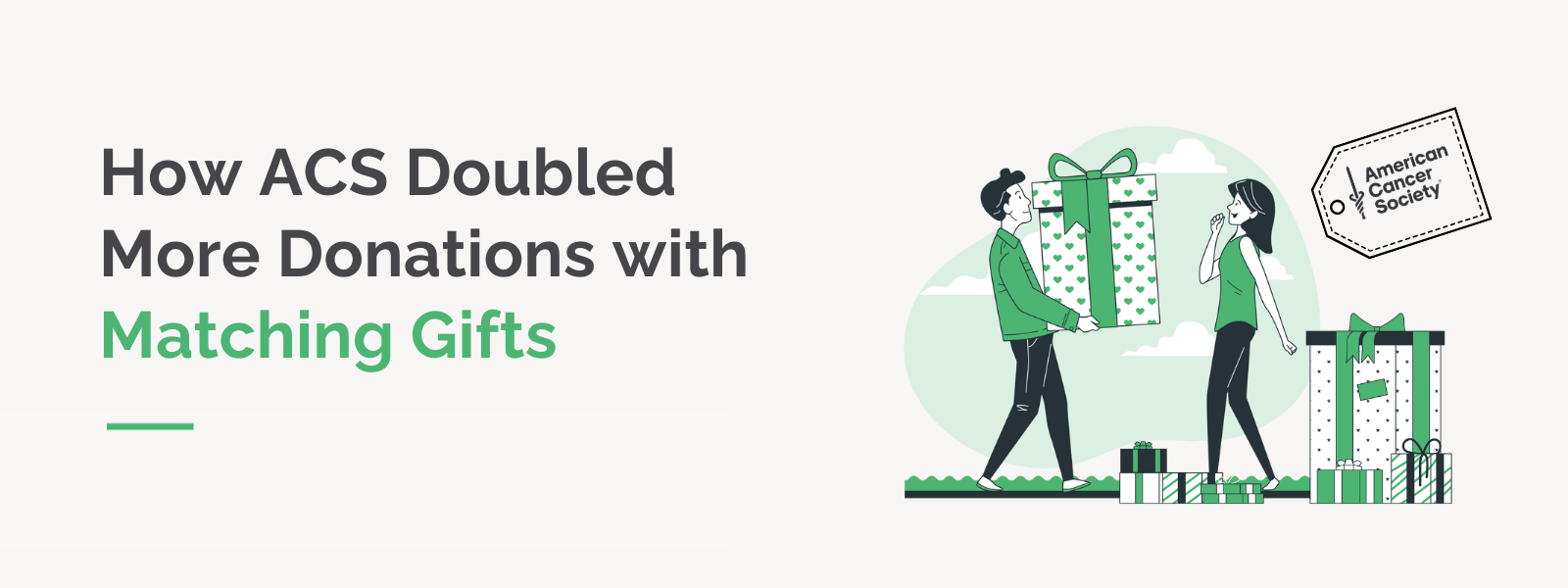
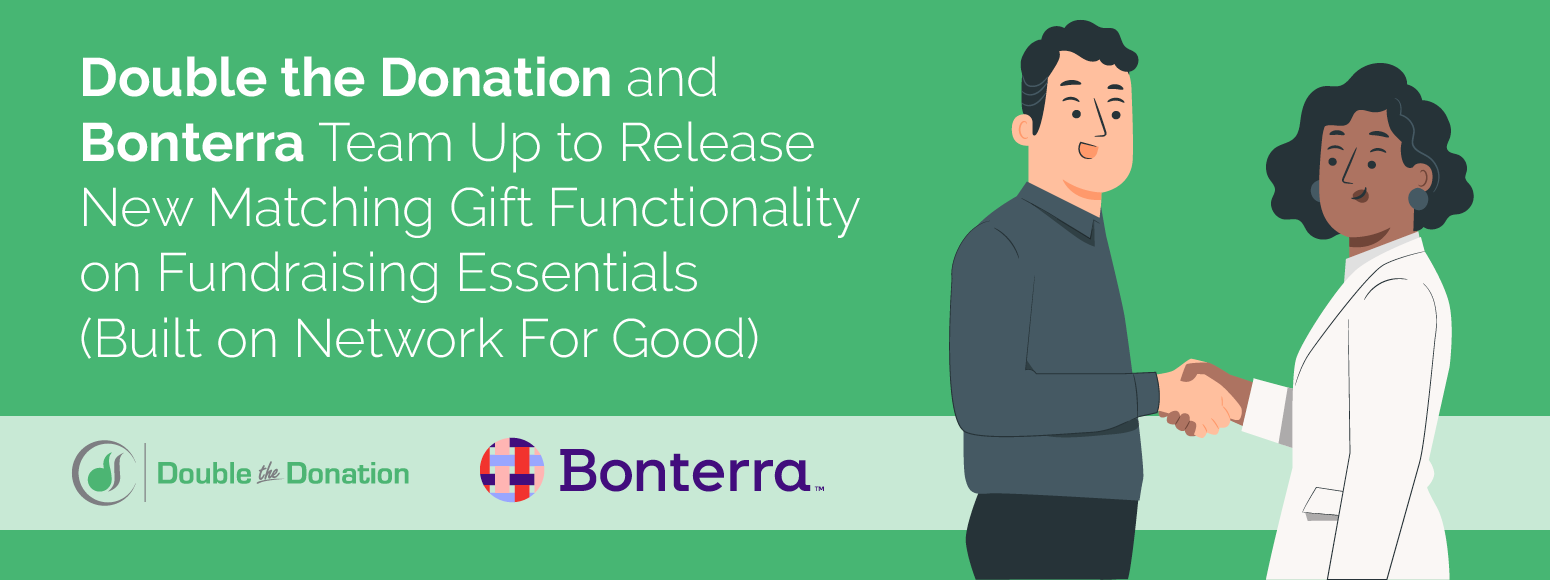
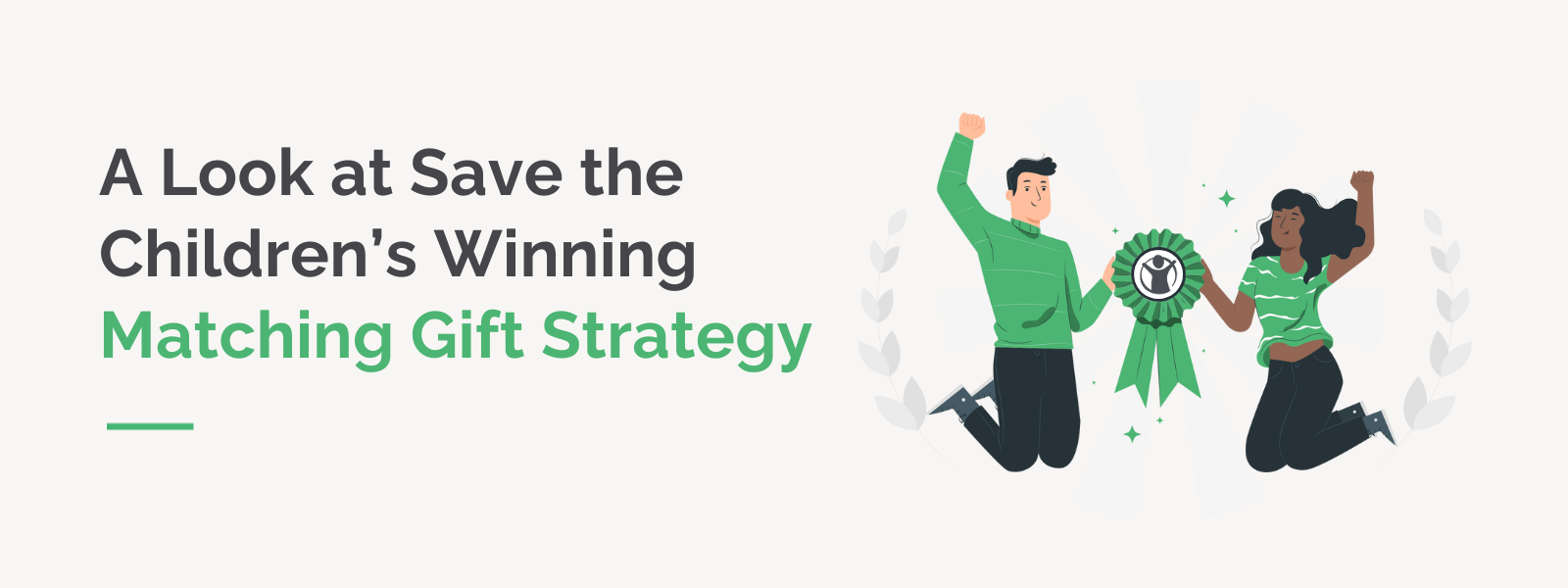

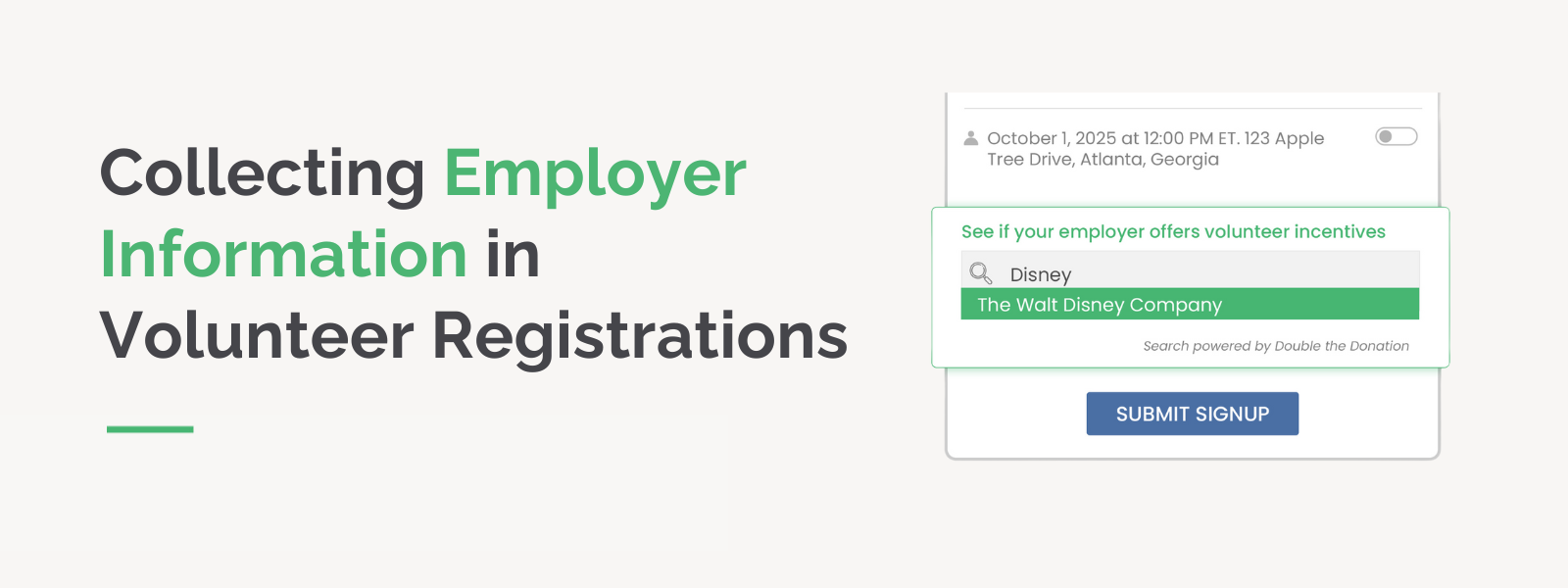
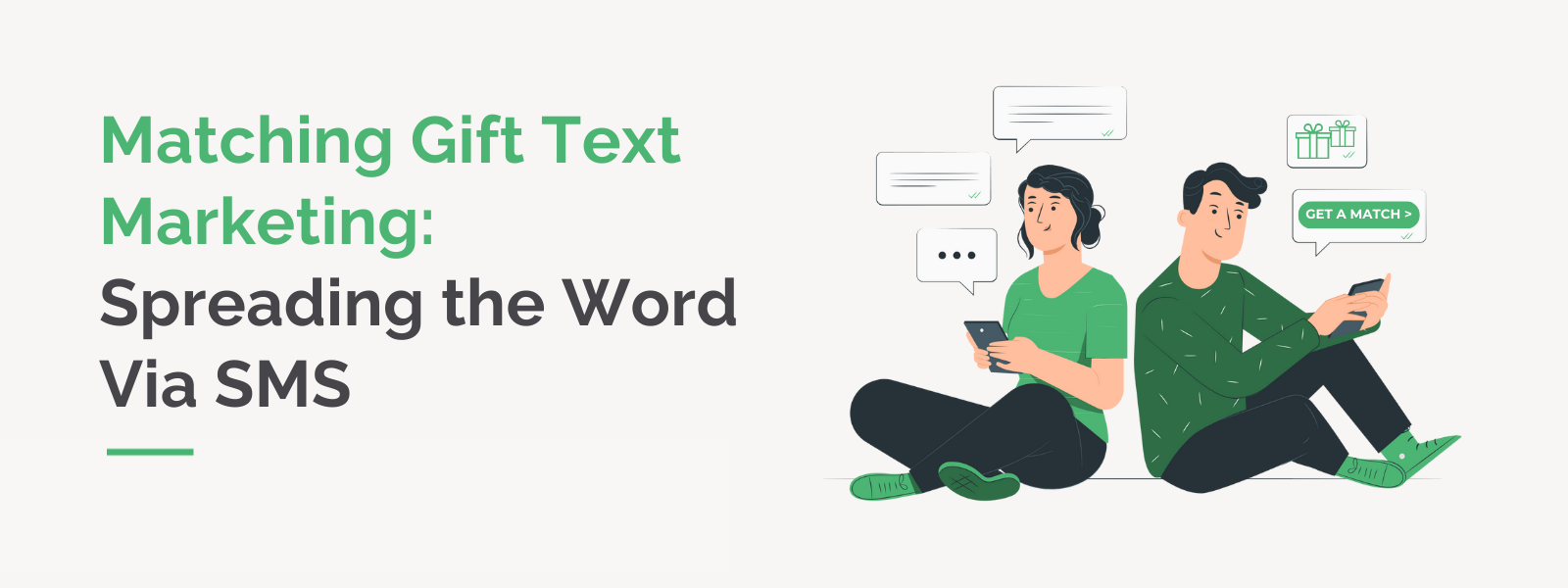

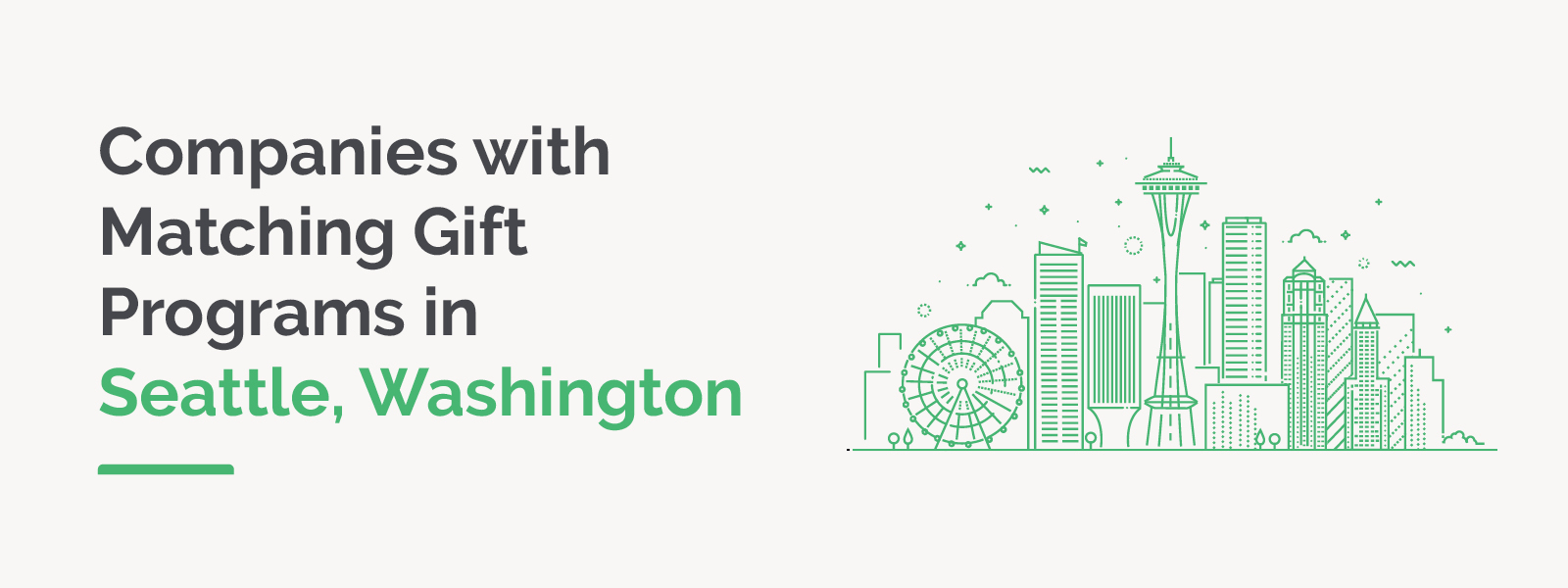
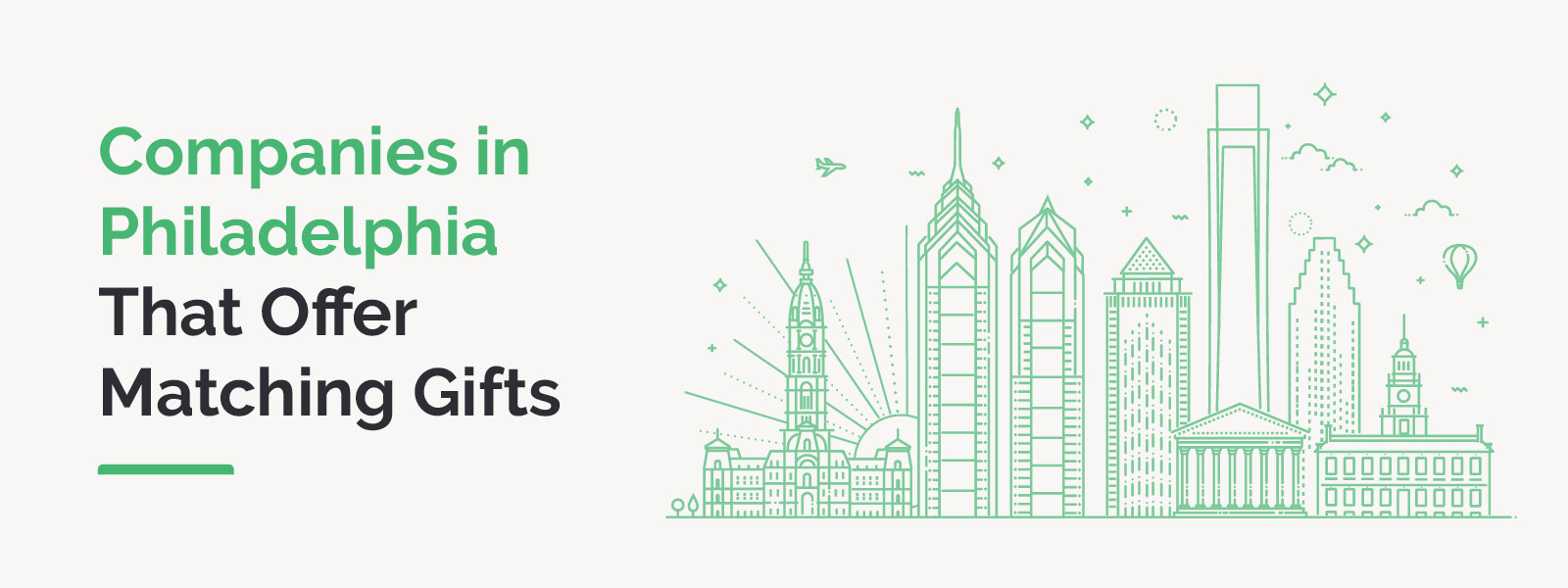
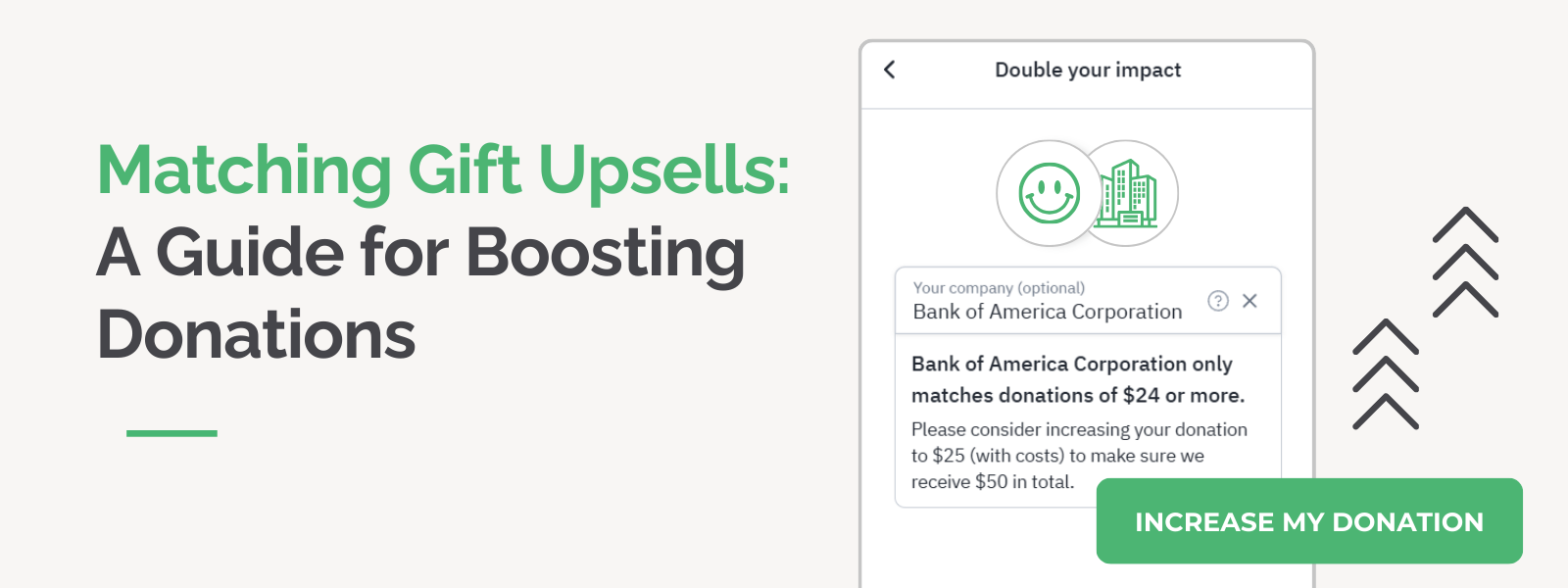
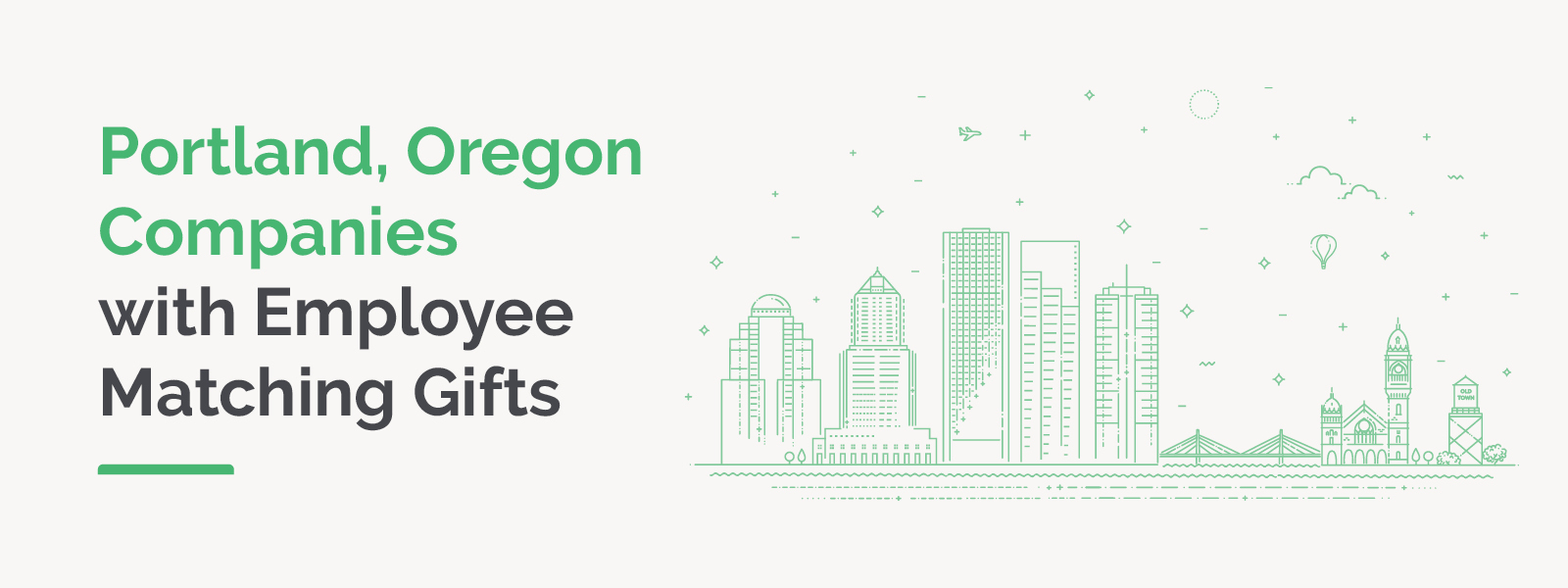
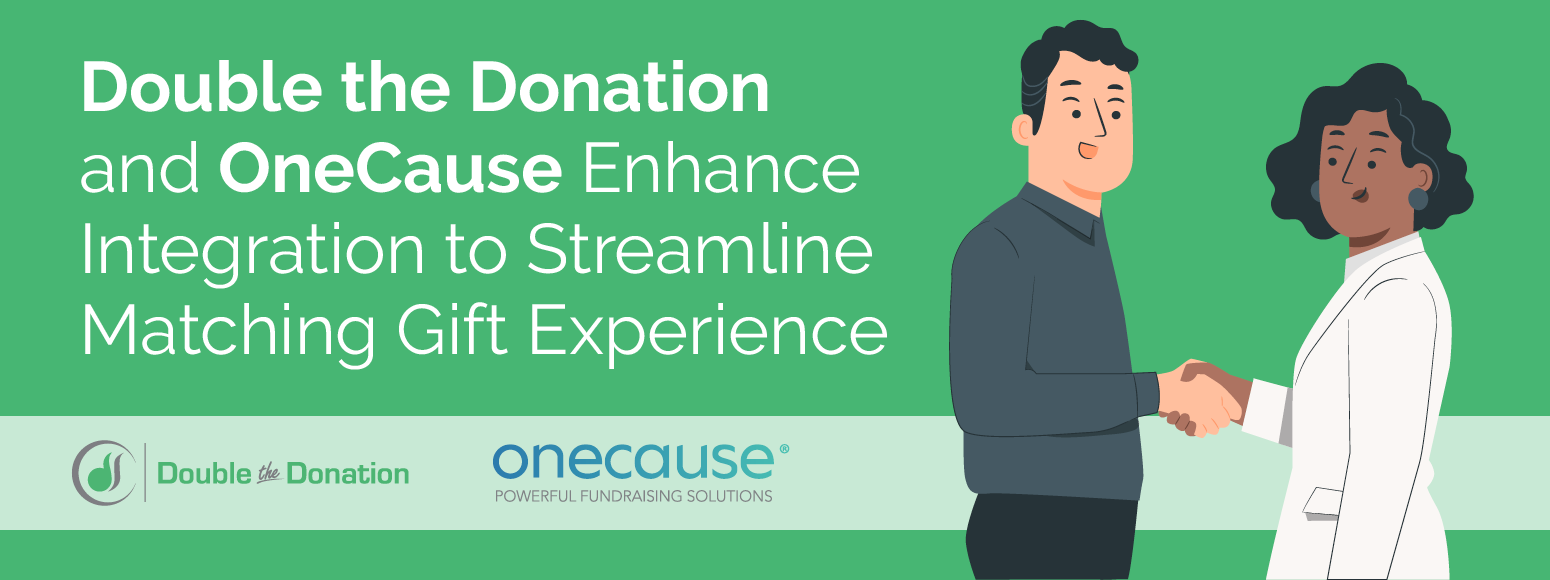
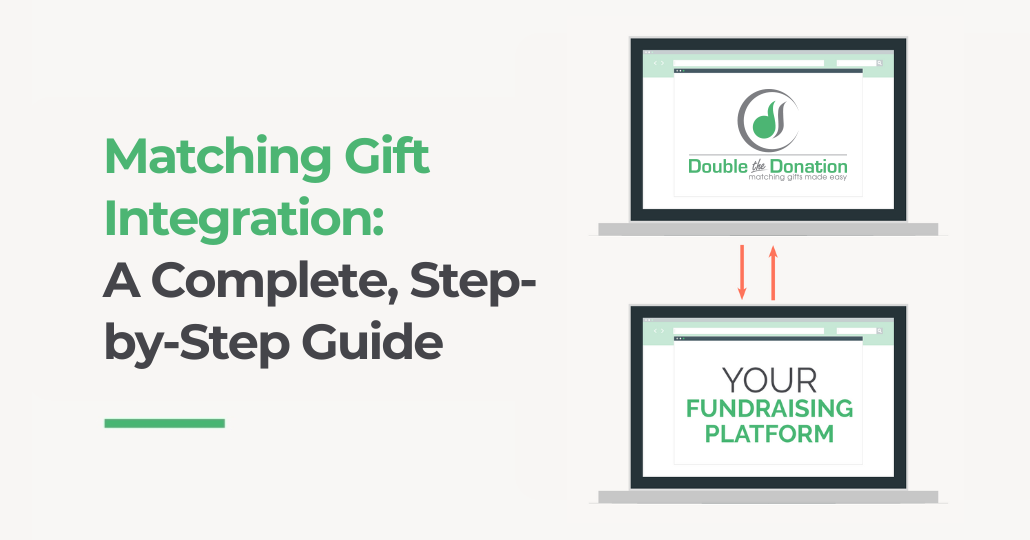
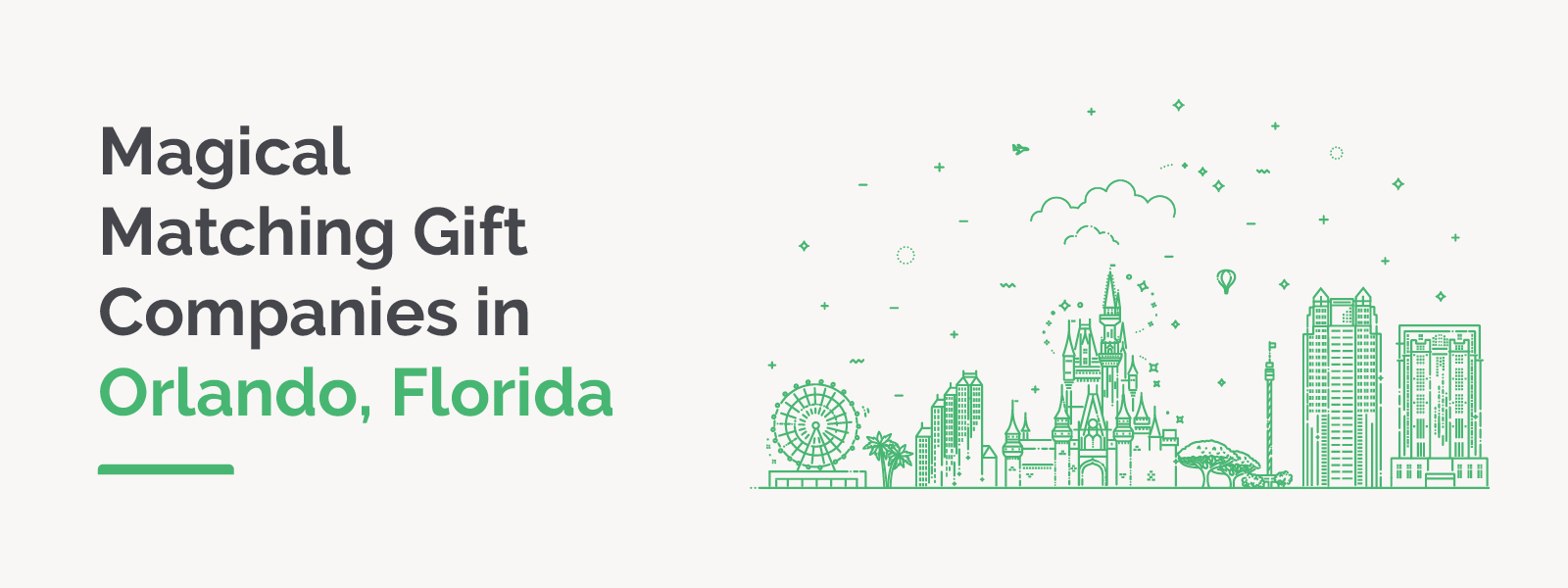
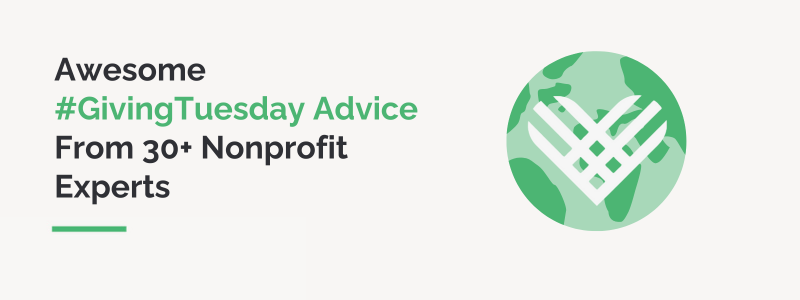
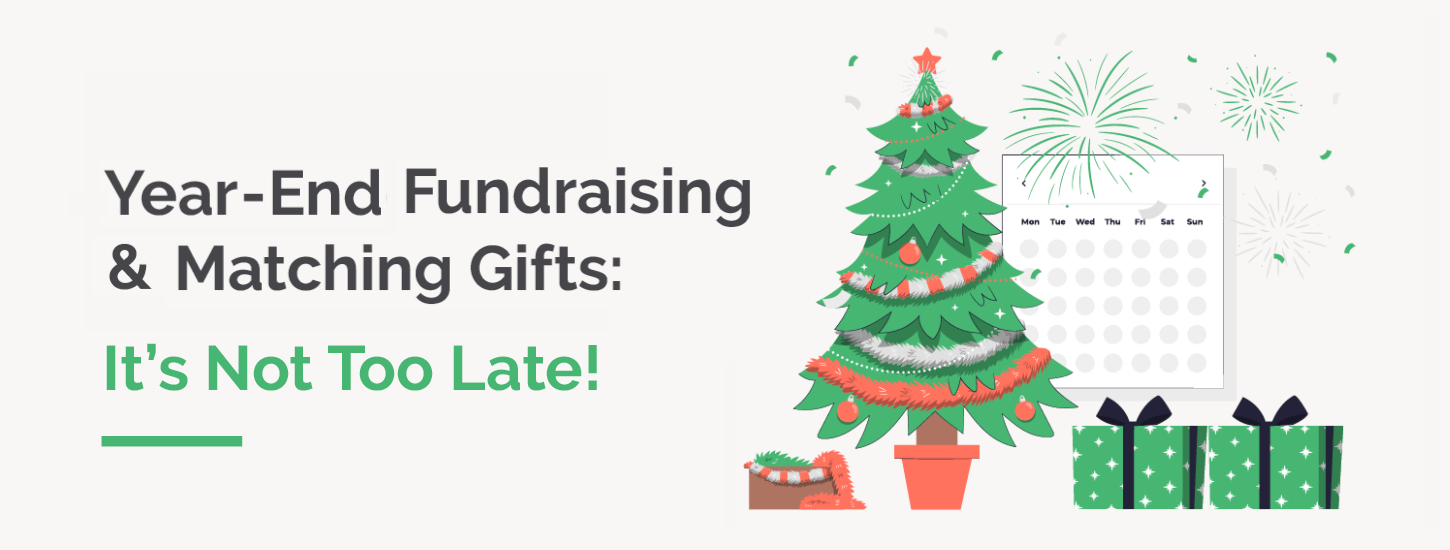 https://doublethedonation.com/wp-content/uploads/2022/10/DTD_Year-End-Fundraising-and-Matching-Gifts_Feature-1.png
550
1450
Adam Weinger
https://doublethedonation.com/wp-content/uploads/2022/03/logo-dtd.svg
Adam Weinger2024-09-25 14:28:582025-02-28 15:33:09Year-End Fundraising and Matching Gifts: It’s Not Too Late!
https://doublethedonation.com/wp-content/uploads/2022/10/DTD_Year-End-Fundraising-and-Matching-Gifts_Feature-1.png
550
1450
Adam Weinger
https://doublethedonation.com/wp-content/uploads/2022/03/logo-dtd.svg
Adam Weinger2024-09-25 14:28:582025-02-28 15:33:09Year-End Fundraising and Matching Gifts: It’s Not Too Late!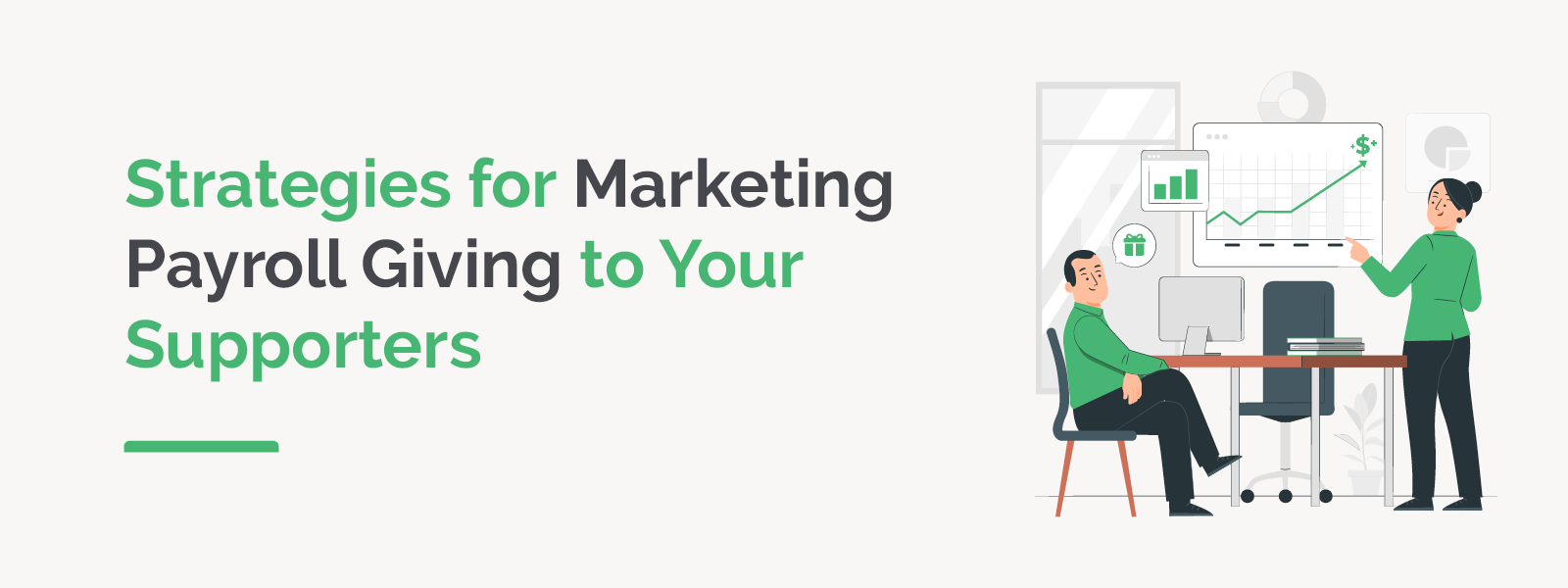
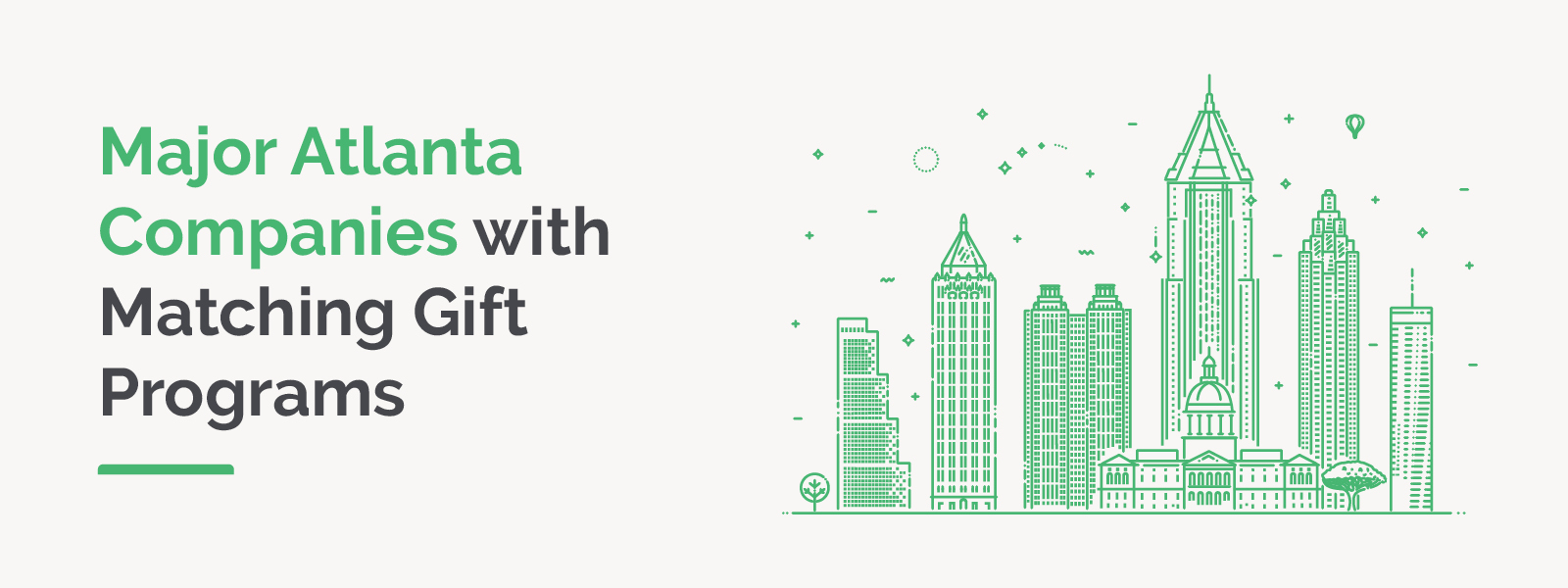
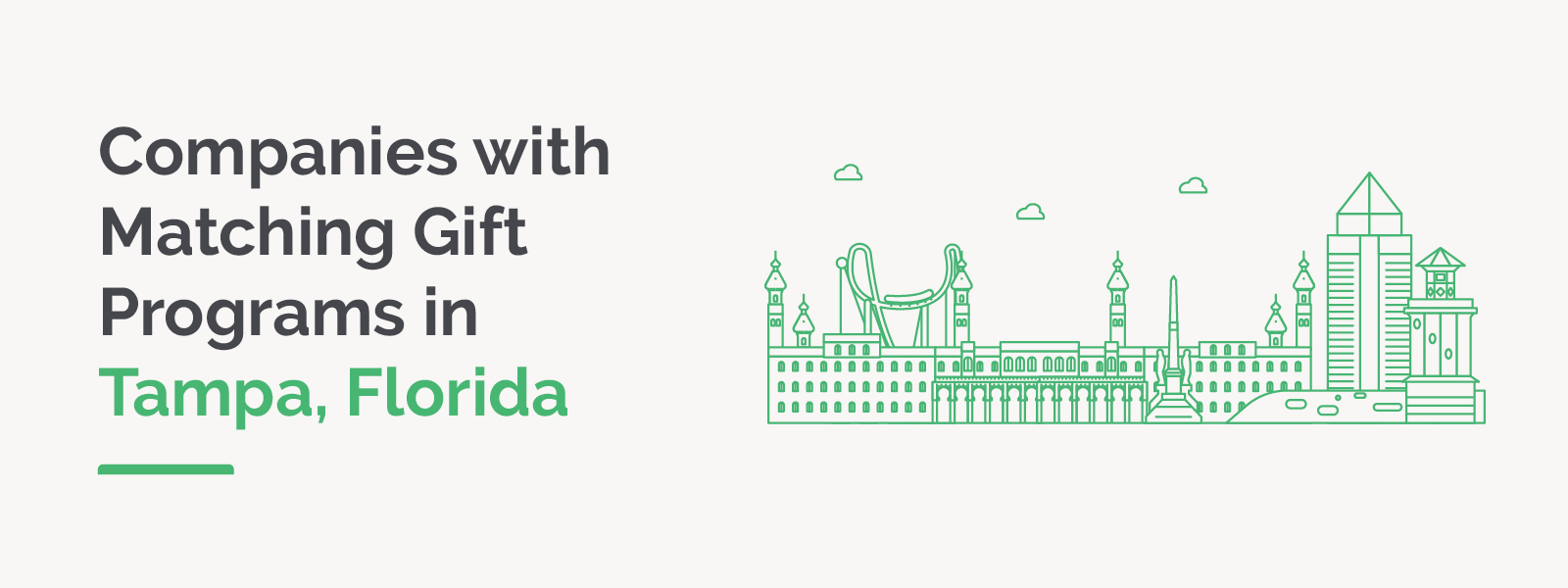
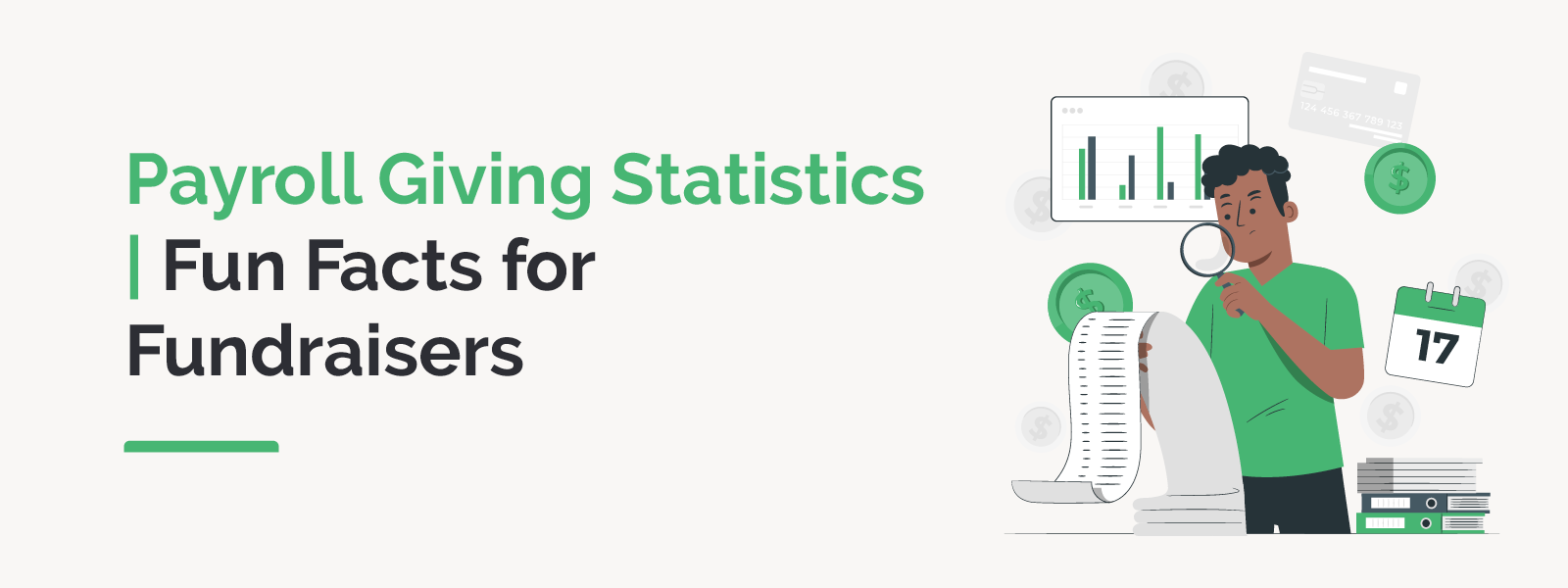 https://doublethedonation.com/wp-content/uploads/2024/09/DTD_Payroll-Giving-Statistics-_-Fun-Facts-for-Fundraisers_Feature.png
600
1600
Adam Weinger
https://doublethedonation.com/wp-content/uploads/2022/03/logo-dtd.svg
Adam Weinger2024-09-12 13:51:352025-06-28 21:45:49Payroll Giving Statistics | 13 Fun Facts for Fundraisers
https://doublethedonation.com/wp-content/uploads/2024/09/DTD_Payroll-Giving-Statistics-_-Fun-Facts-for-Fundraisers_Feature.png
600
1600
Adam Weinger
https://doublethedonation.com/wp-content/uploads/2022/03/logo-dtd.svg
Adam Weinger2024-09-12 13:51:352025-06-28 21:45:49Payroll Giving Statistics | 13 Fun Facts for Fundraisers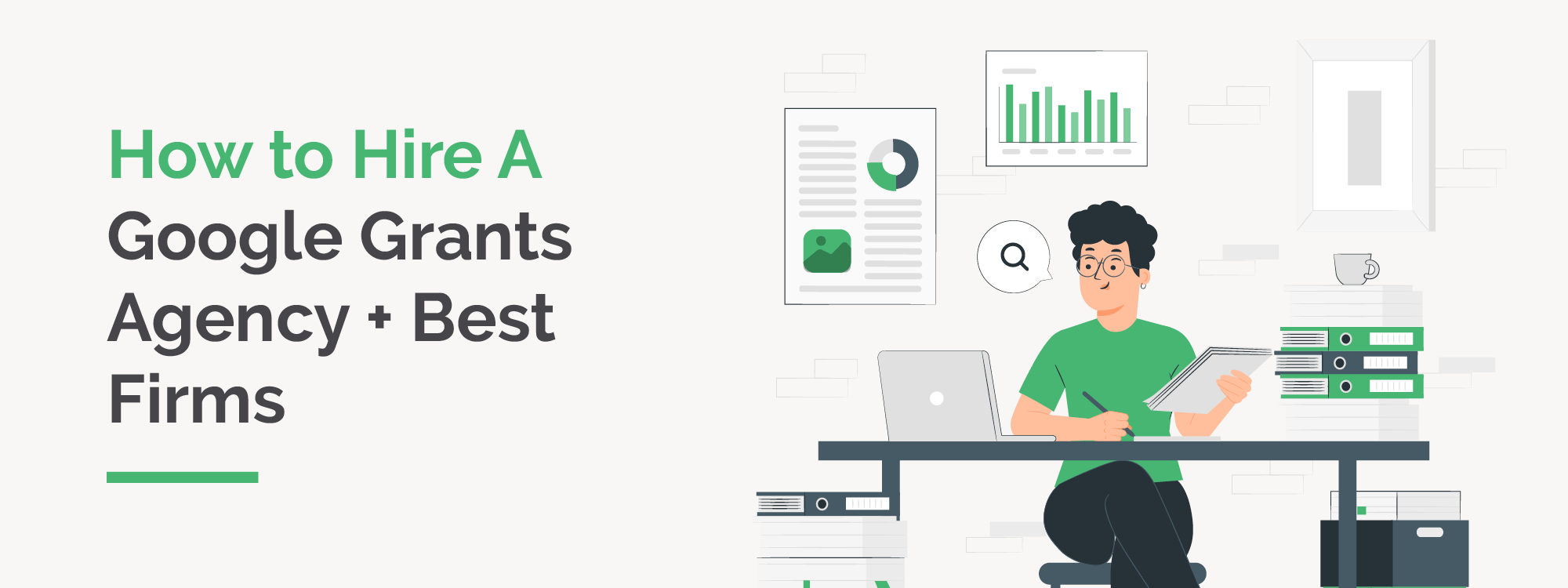
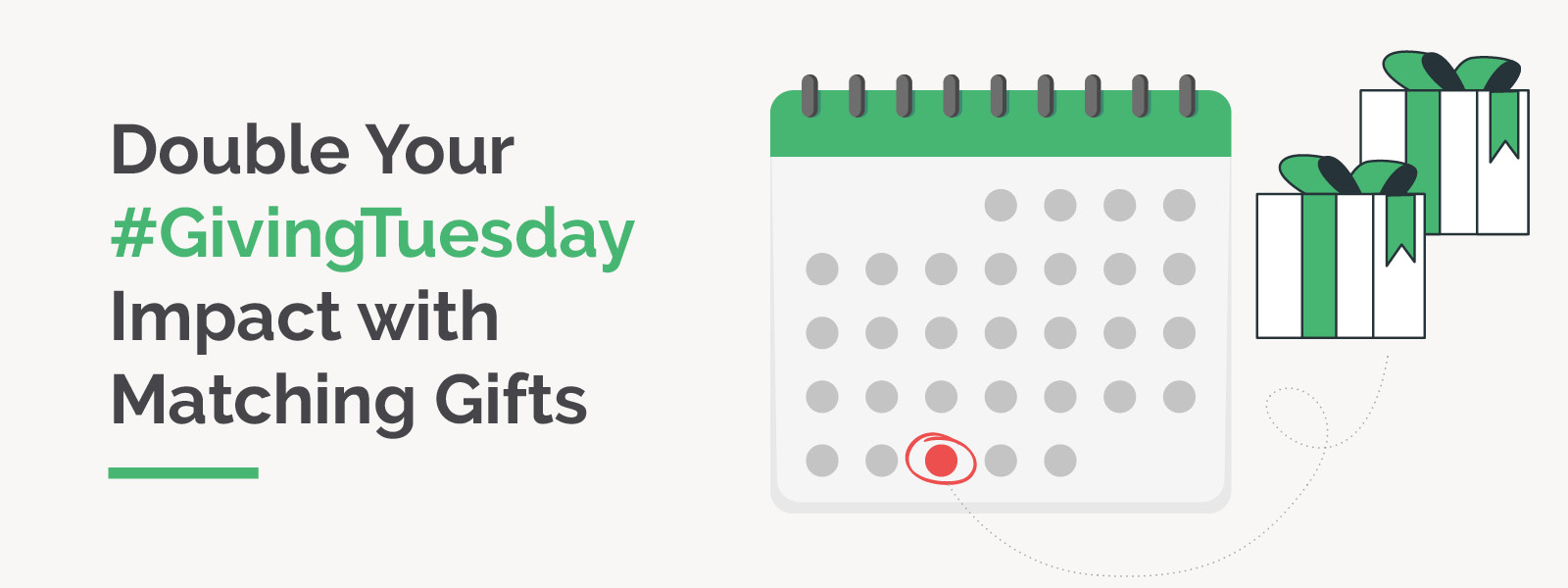
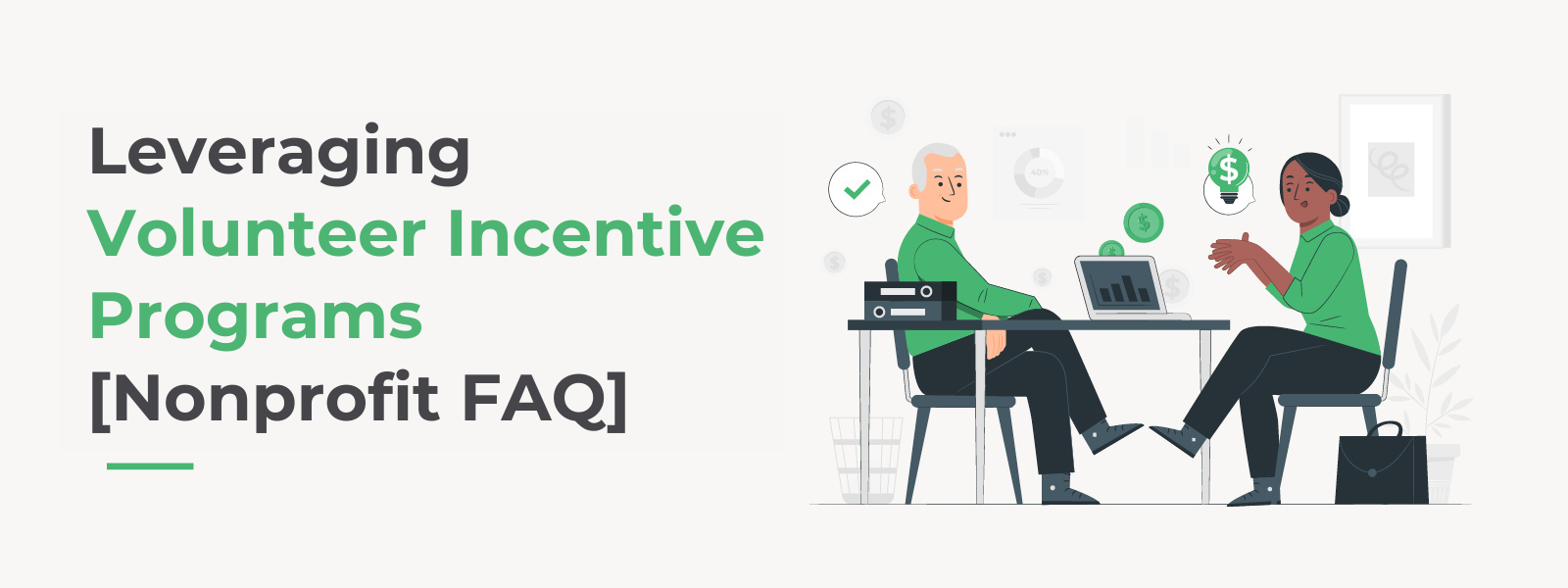 https://doublethedonation.com/wp-content/uploads/2024/06/DTD_Leveraging-Volunteer-Incentive-Programs-Nonprofit-FAQ_Feature.png
600
1600
Adam Weinger
https://doublethedonation.com/wp-content/uploads/2022/03/logo-dtd.svg
Adam Weinger2024-09-04 15:12:092025-04-08 01:44:50Leveraging Volunteer Incentive Programs [Nonprofit FAQ]
https://doublethedonation.com/wp-content/uploads/2024/06/DTD_Leveraging-Volunteer-Incentive-Programs-Nonprofit-FAQ_Feature.png
600
1600
Adam Weinger
https://doublethedonation.com/wp-content/uploads/2022/03/logo-dtd.svg
Adam Weinger2024-09-04 15:12:092025-04-08 01:44:50Leveraging Volunteer Incentive Programs [Nonprofit FAQ]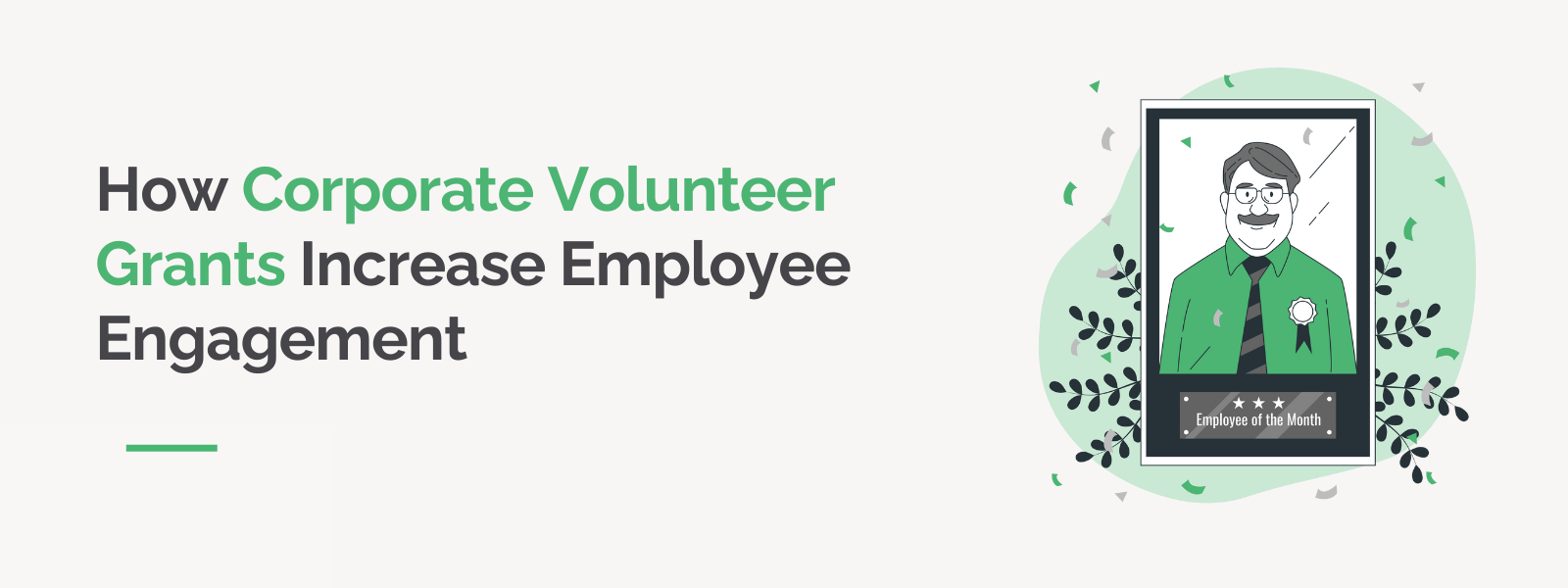
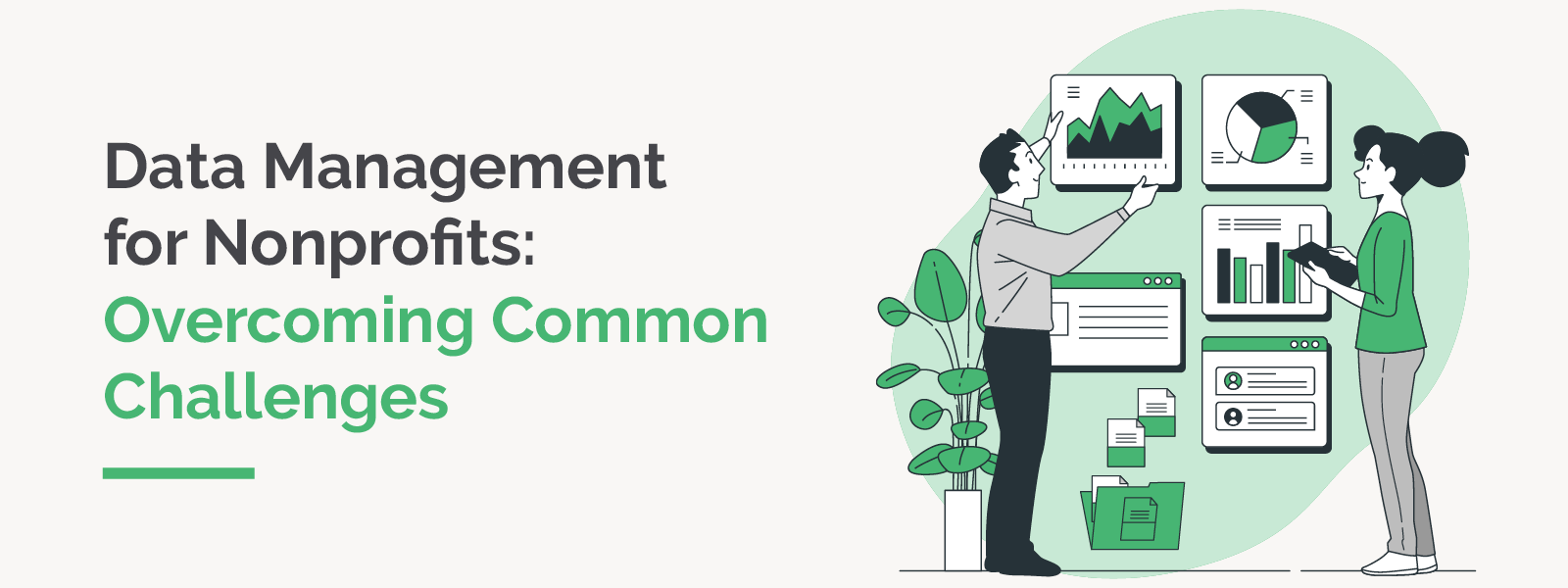
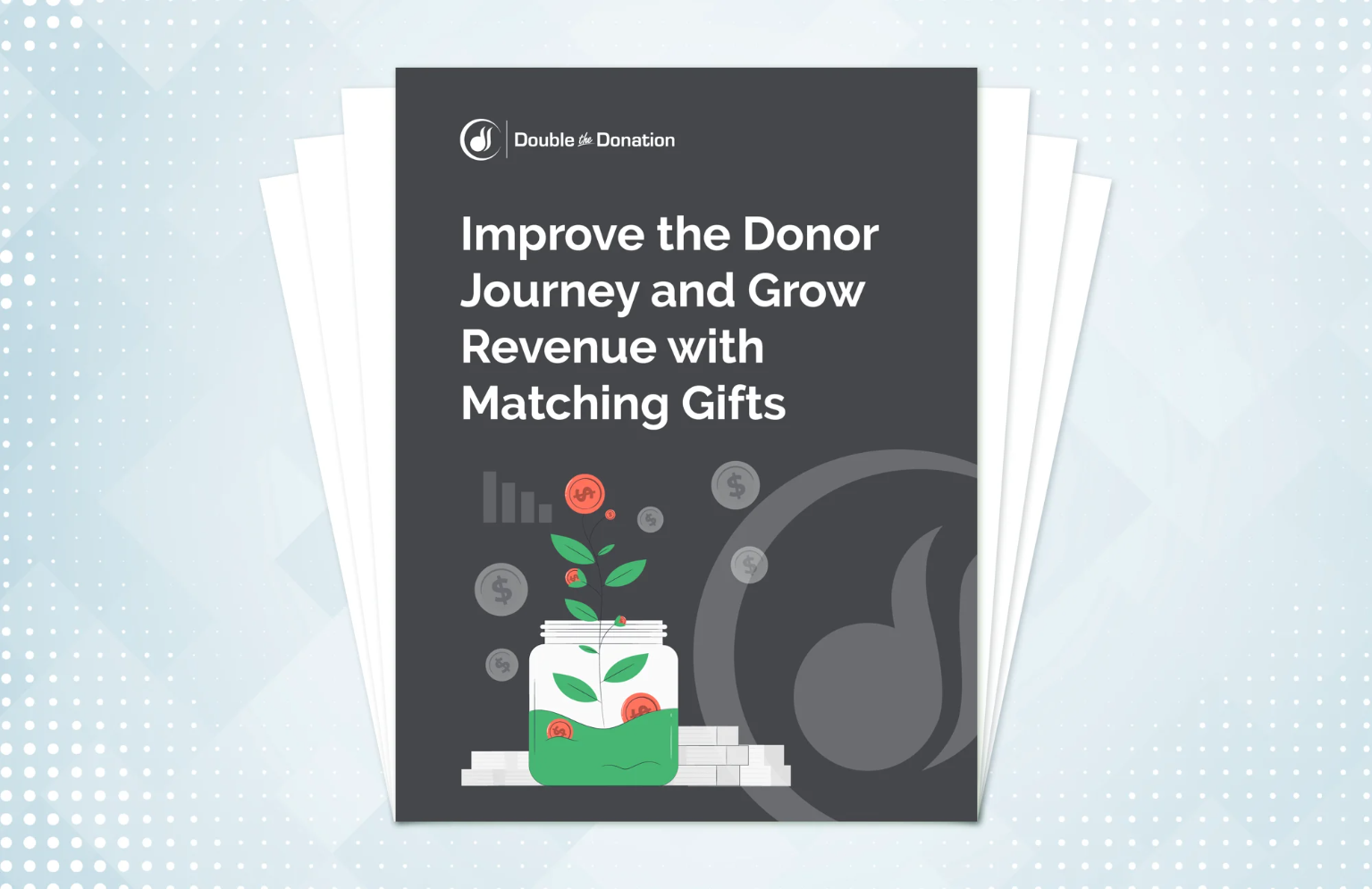 https://doublethedonation.com/wp-content/uploads/2020/08/Improve-the-Donor-Journey-With-Matching-Gifts-Download.png
995
1535
Adam Weinger
https://doublethedonation.com/wp-content/uploads/2022/03/logo-dtd.svg
Adam Weinger2024-08-26 15:55:072025-05-30 19:49:06[Free Download] Improving the Donor Journey with Matching Gifts
https://doublethedonation.com/wp-content/uploads/2020/08/Improve-the-Donor-Journey-With-Matching-Gifts-Download.png
995
1535
Adam Weinger
https://doublethedonation.com/wp-content/uploads/2022/03/logo-dtd.svg
Adam Weinger2024-08-26 15:55:072025-05-30 19:49:06[Free Download] Improving the Donor Journey with Matching Gifts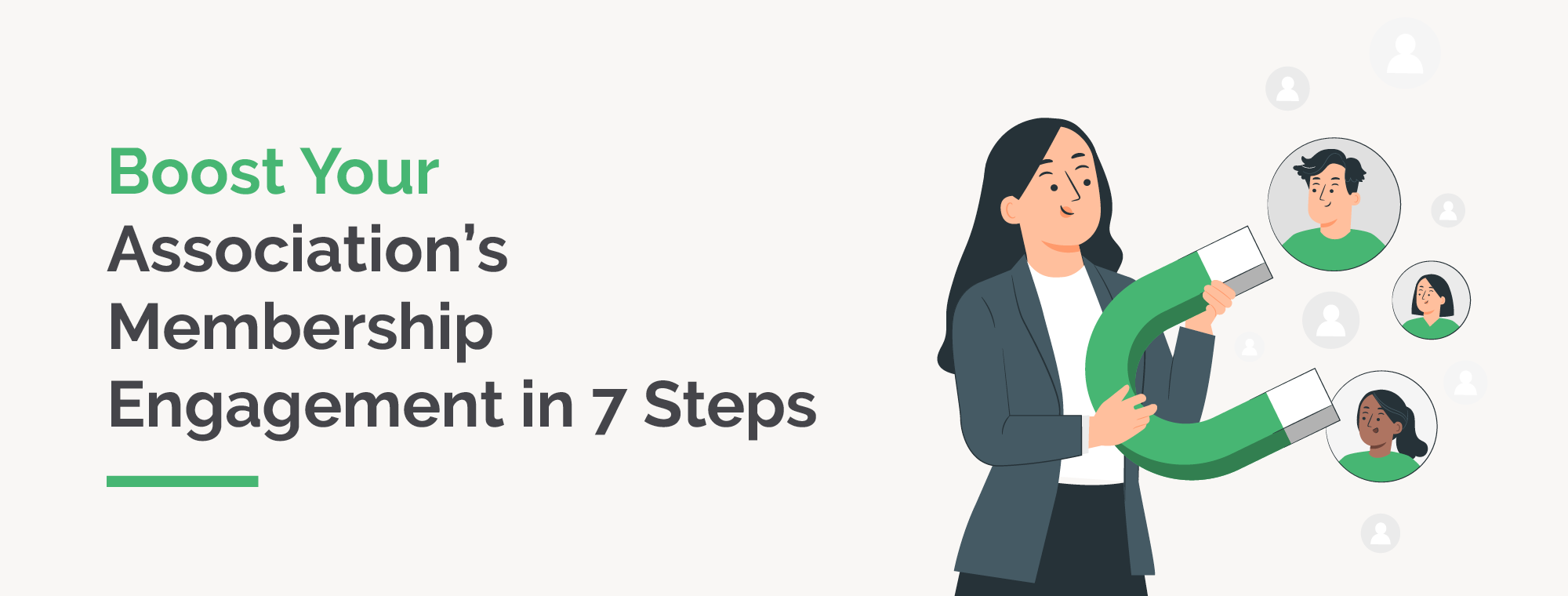


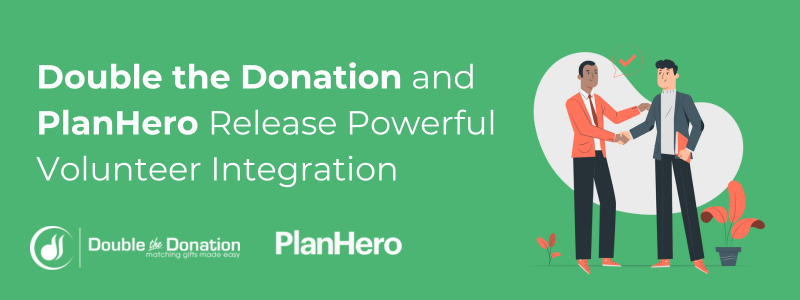
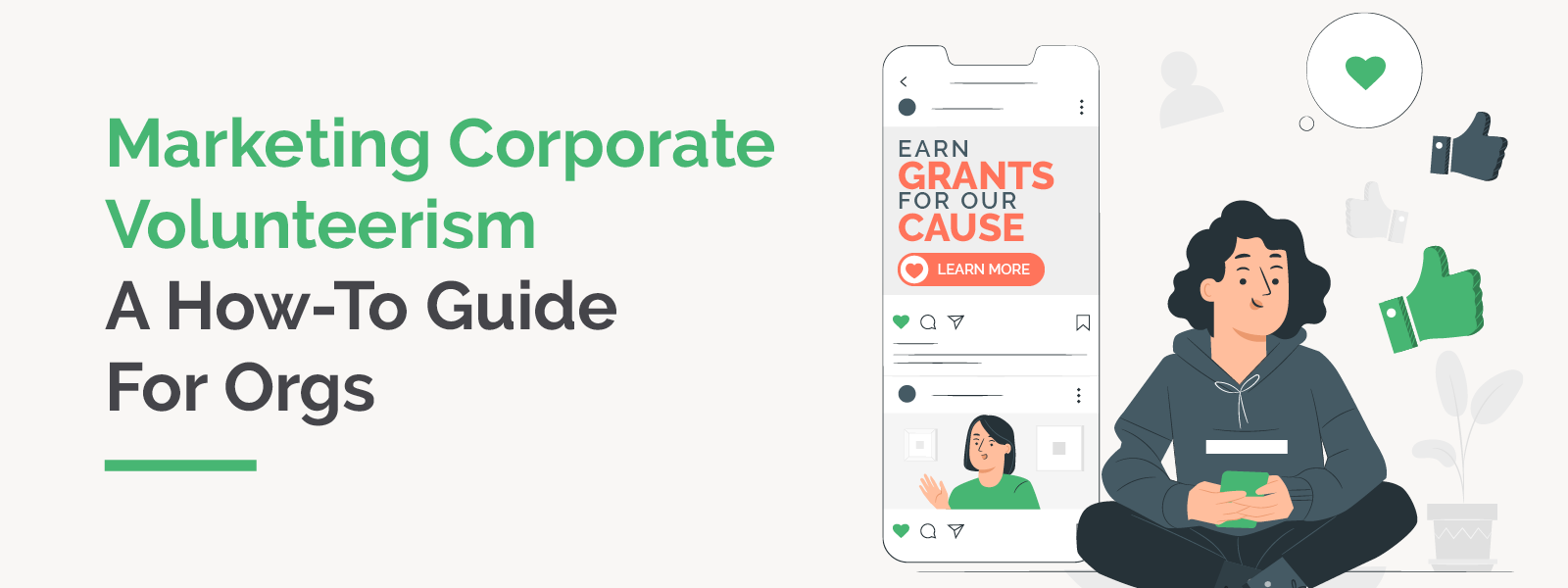

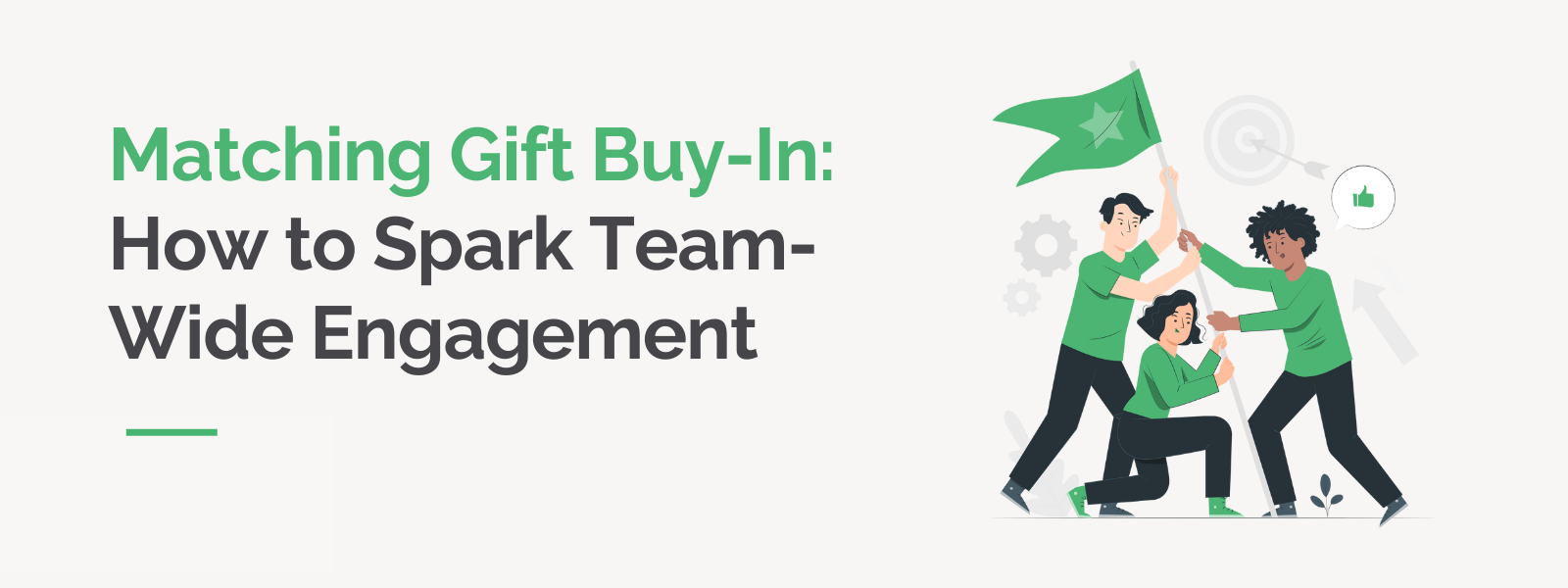
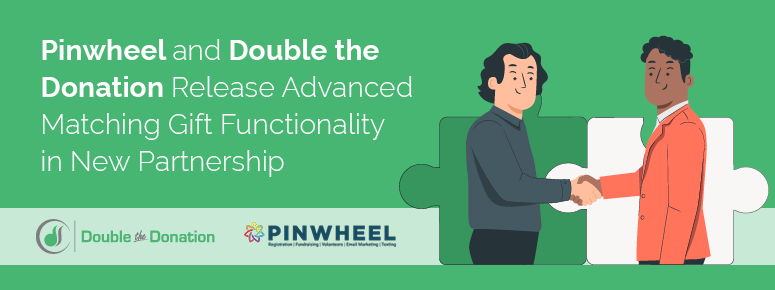

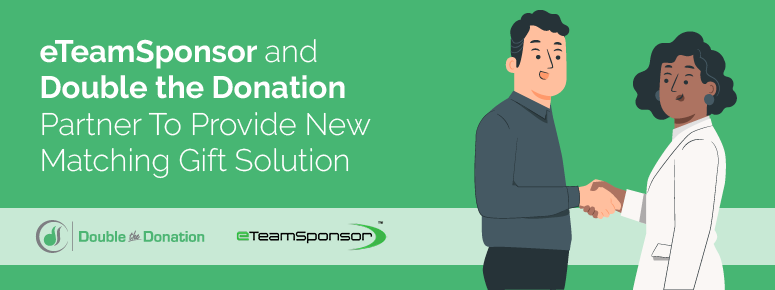

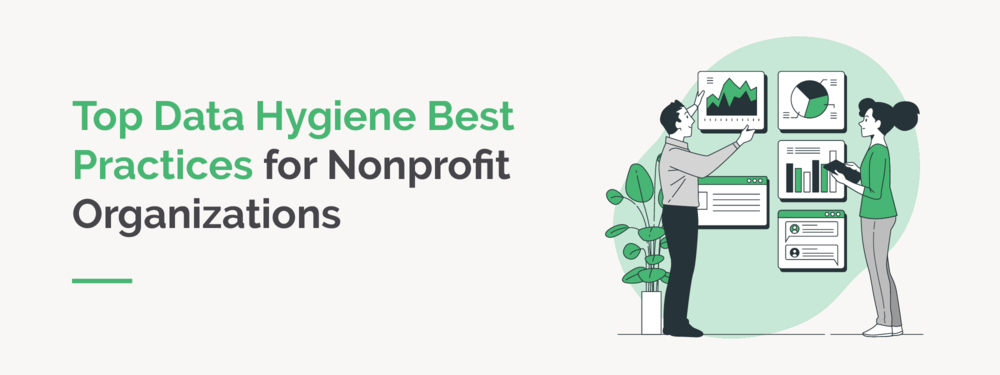

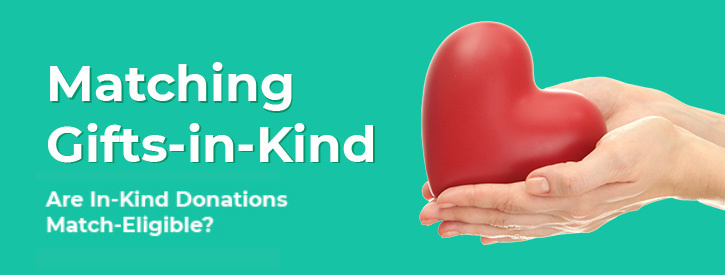
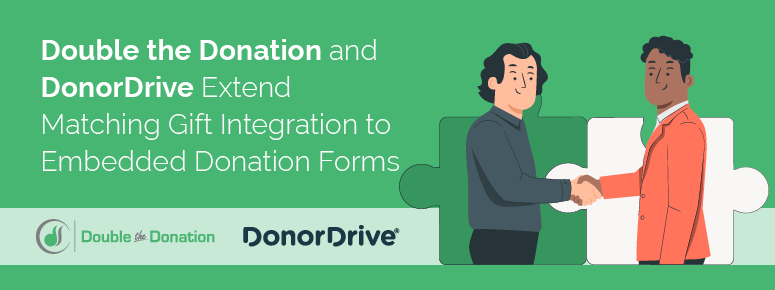
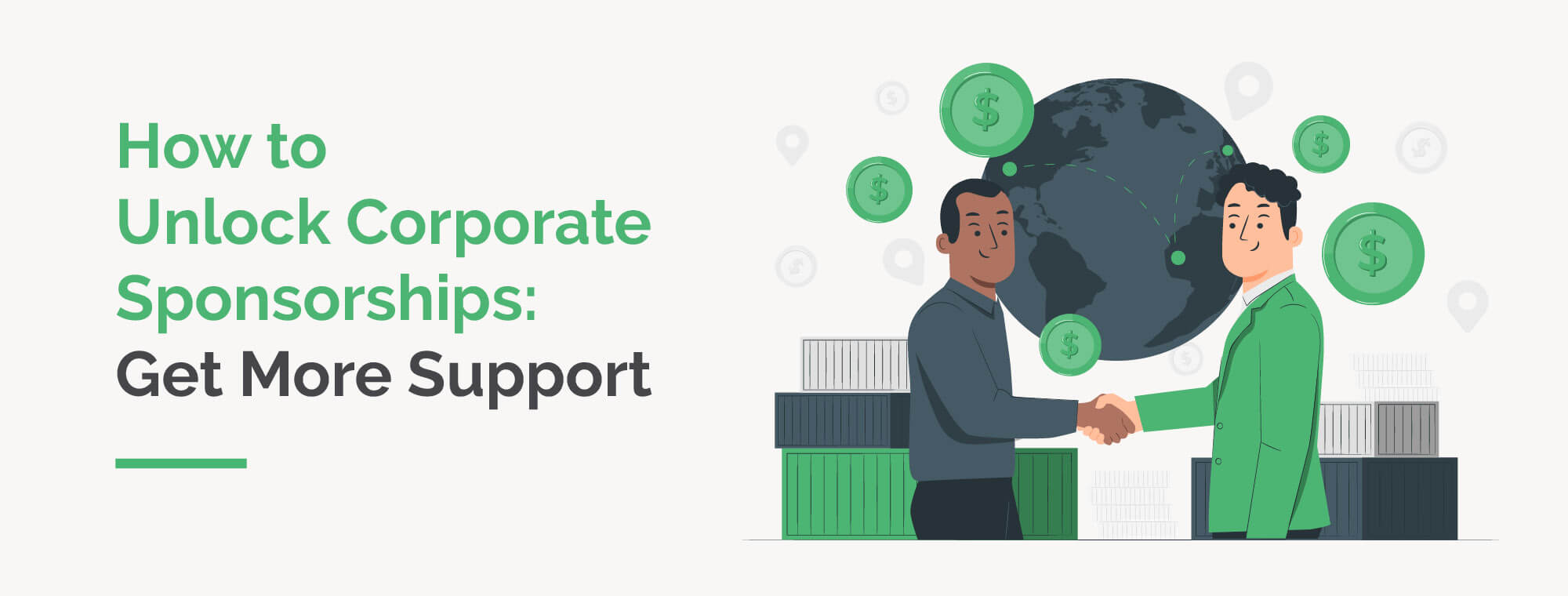 https://doublethedonation.com/wp-content/uploads/2020/10/Corporate-Sponsorships_Feature.jpg
760
2000
Adam Weinger
https://doublethedonation.com/wp-content/uploads/2022/03/logo-dtd.svg
Adam Weinger2024-07-10 13:00:502025-06-10 19:31:01How to Unlock Corporate Sponsorships: Get More Support
https://doublethedonation.com/wp-content/uploads/2020/10/Corporate-Sponsorships_Feature.jpg
760
2000
Adam Weinger
https://doublethedonation.com/wp-content/uploads/2022/03/logo-dtd.svg
Adam Weinger2024-07-10 13:00:502025-06-10 19:31:01How to Unlock Corporate Sponsorships: Get More Support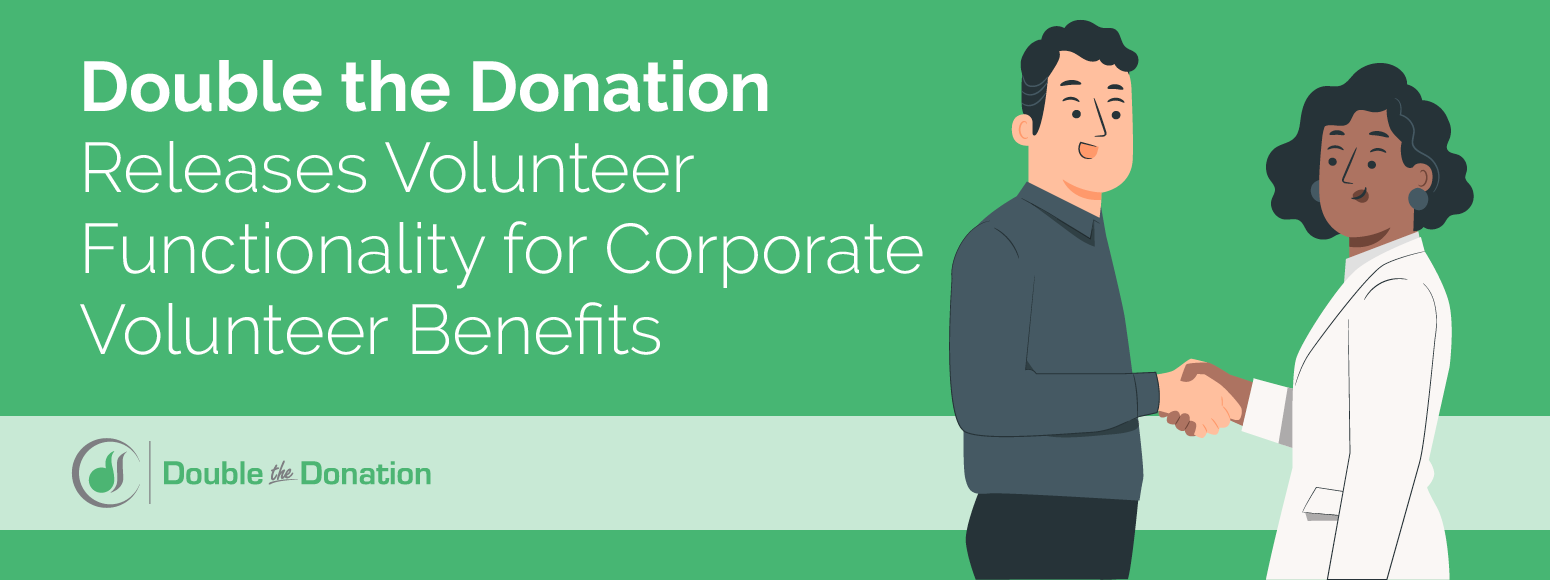

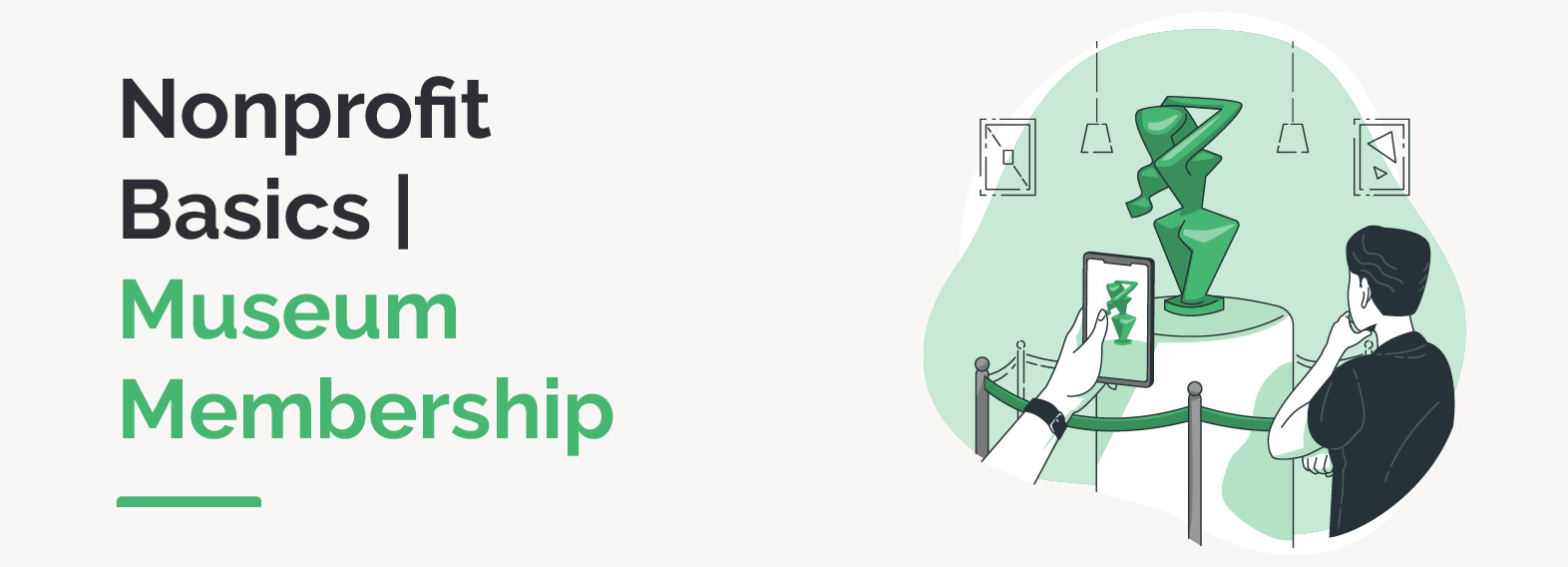


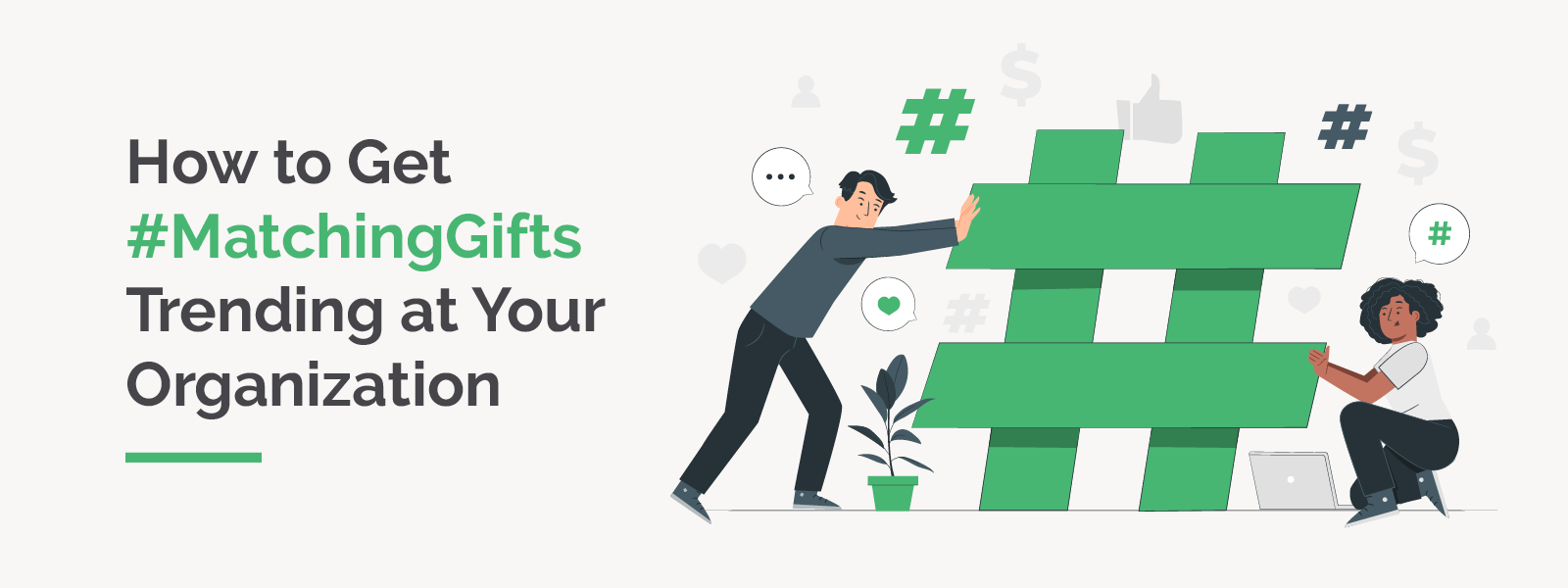
![The Ultimate Guide to Marketing Volunteer Grants [For Nonprofits]](https://doublethedonation.com/wp-content/uploads/2024/06/DTD_The-Ultimate-Guide-to-Marketing-Volunteer-Grants-For-Nonprofits-1.png)
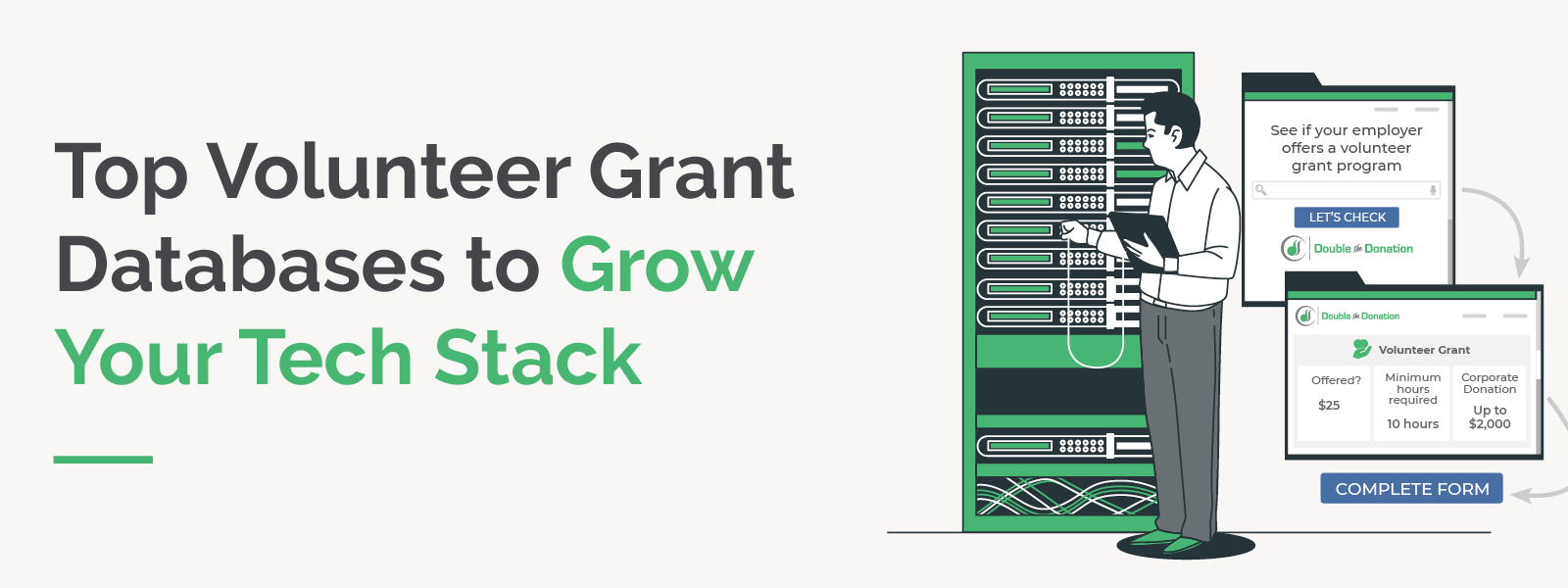

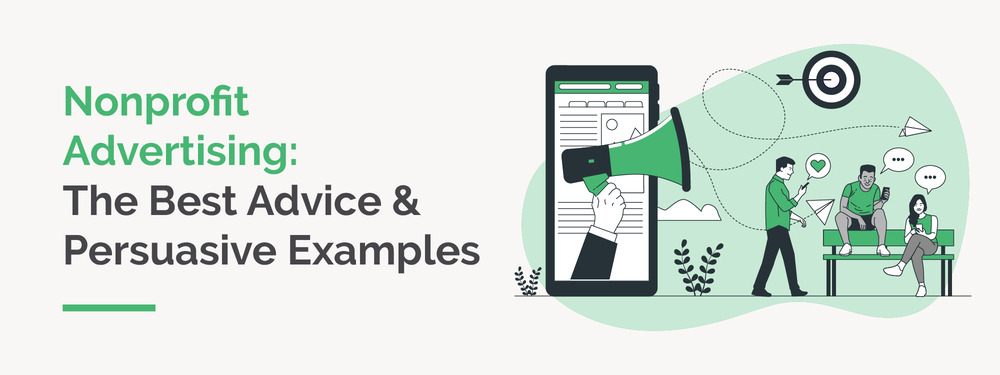
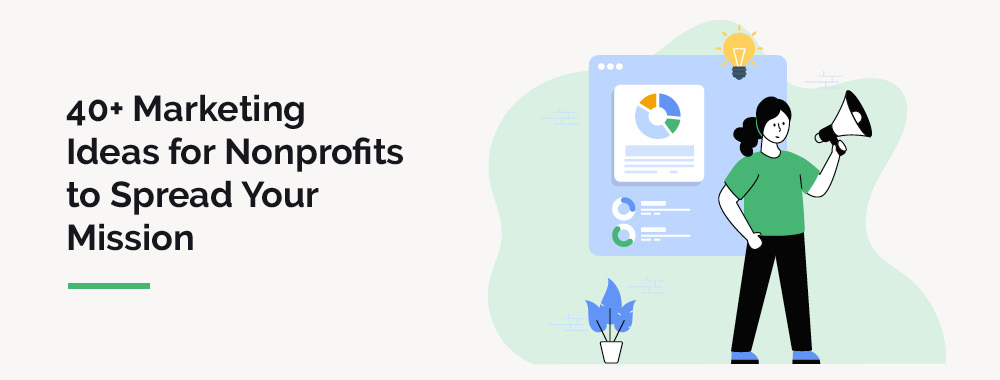

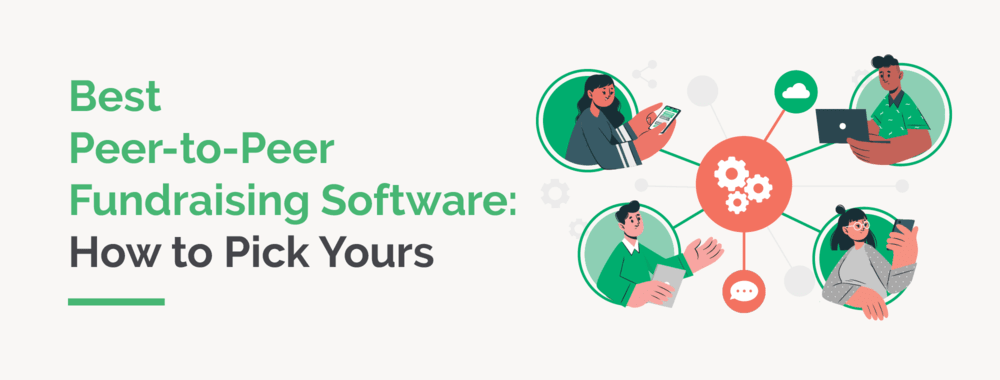


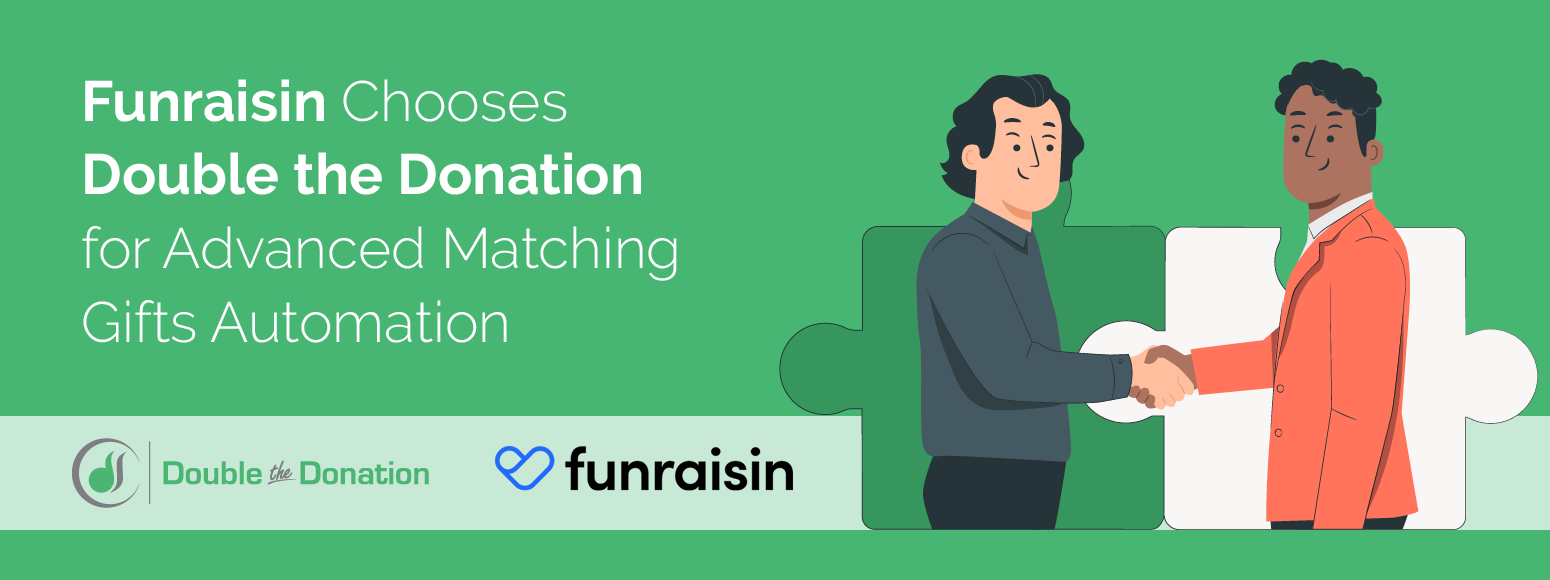
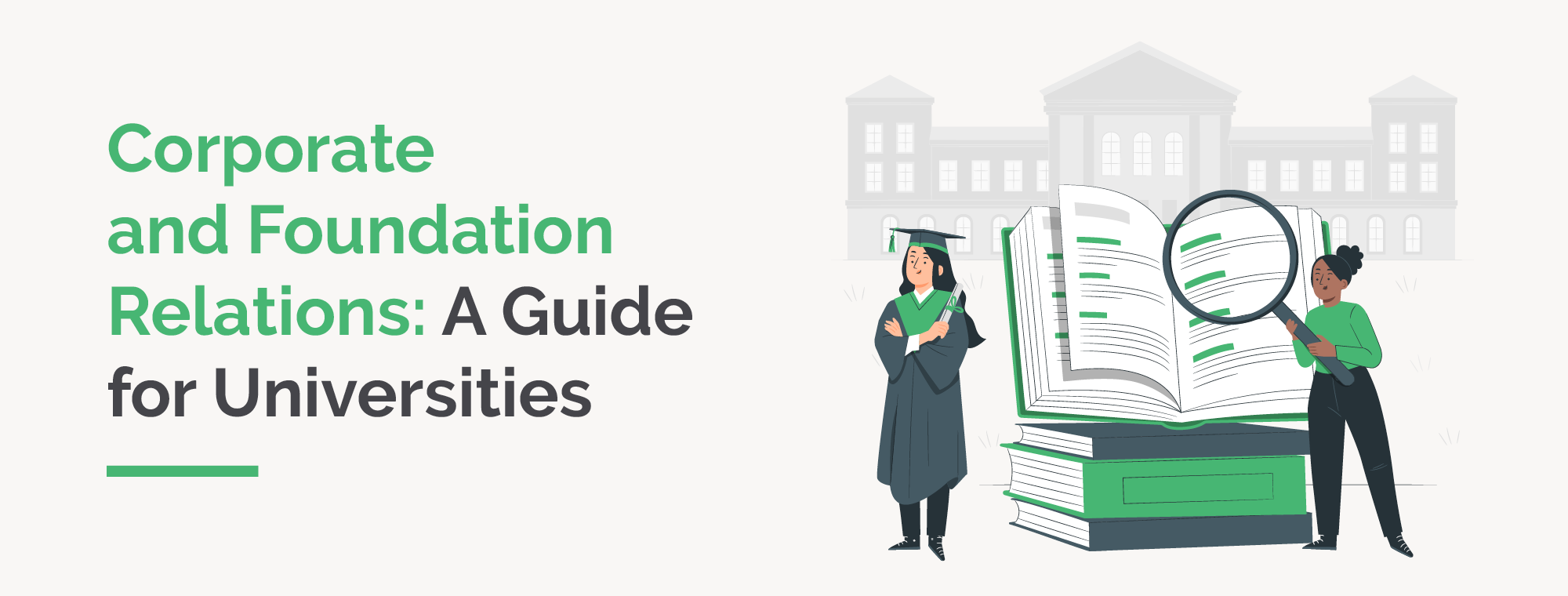
 https://doublethedonation.com/wp-content/uploads/2023/10/Nonprofit-Technology-Consulting-Firms_Feature.png
770
2000
Adam Weinger
https://doublethedonation.com/wp-content/uploads/2022/03/logo-dtd.svg
Adam Weinger2024-06-01 08:00:492024-10-01 14:15:29Top 10 Nonprofit Technology Consulting Firms: Reviewed!
https://doublethedonation.com/wp-content/uploads/2023/10/Nonprofit-Technology-Consulting-Firms_Feature.png
770
2000
Adam Weinger
https://doublethedonation.com/wp-content/uploads/2022/03/logo-dtd.svg
Adam Weinger2024-06-01 08:00:492024-10-01 14:15:29Top 10 Nonprofit Technology Consulting Firms: Reviewed!![Justify Your Trip to the Matching Gift Summit [Free Template for Higher Education]](https://doublethedonation.com/wp-content/uploads/2024/05/Justify-Your-Trip-to-the-Matching-Gift-Summit-Free-Template-1.png)
![Justify Your Trip to the Matching Gift Summit [Free Template]](https://doublethedonation.com/wp-content/uploads/2024/05/Justify-Your-Trip-to-the-Matching-Gift-Summit-Free-Template.png)
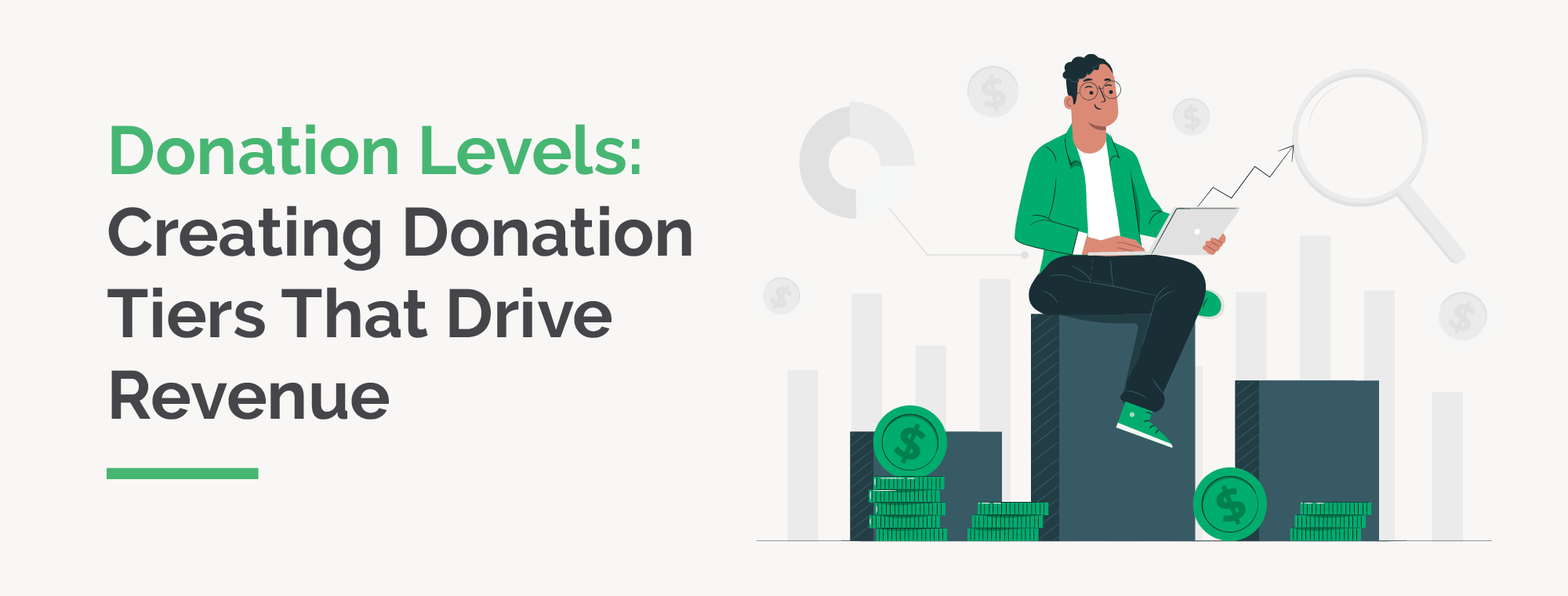

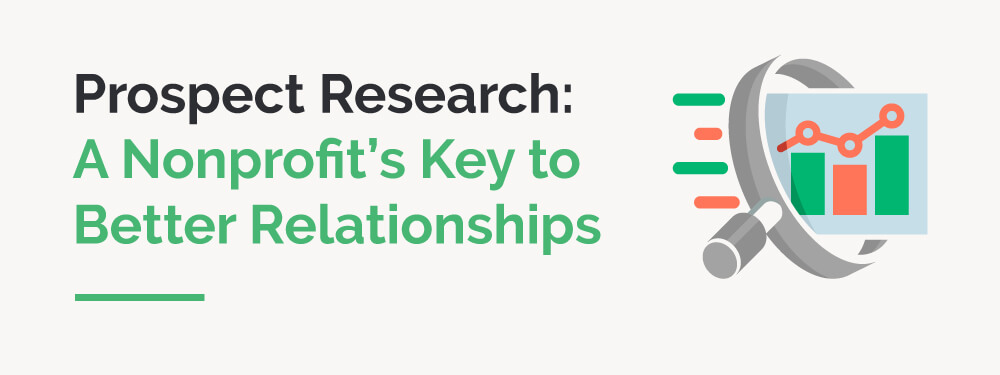
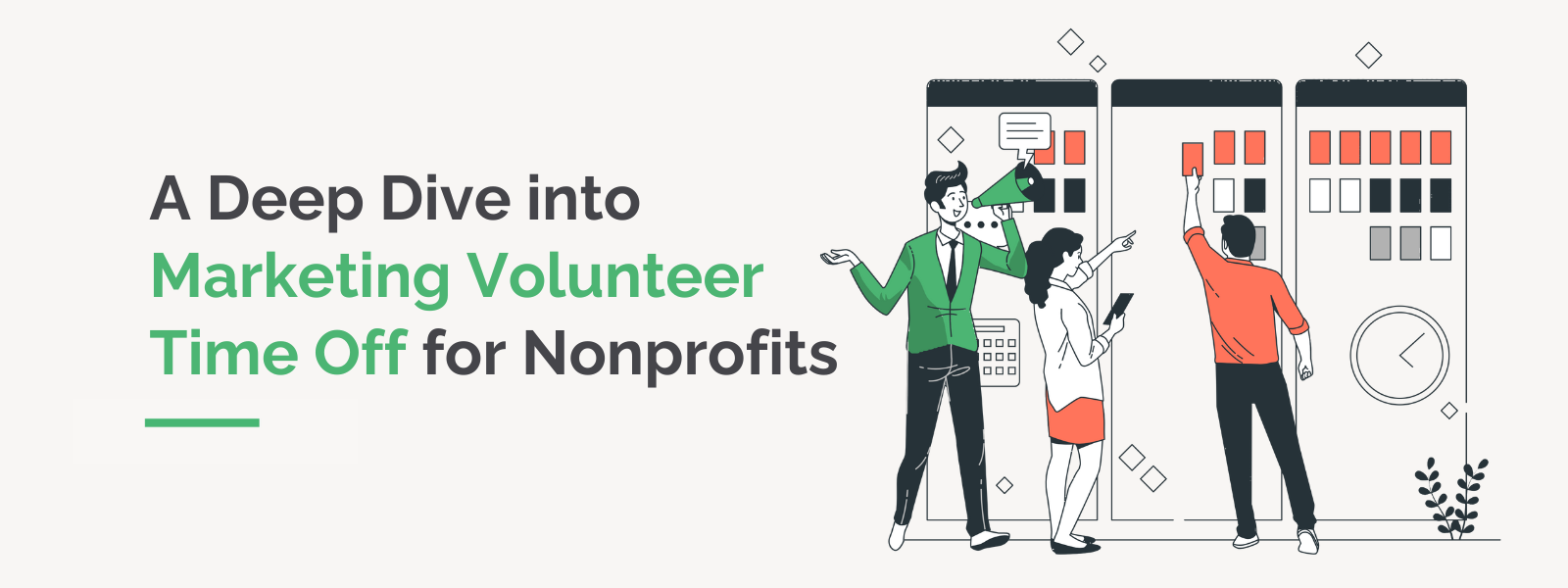
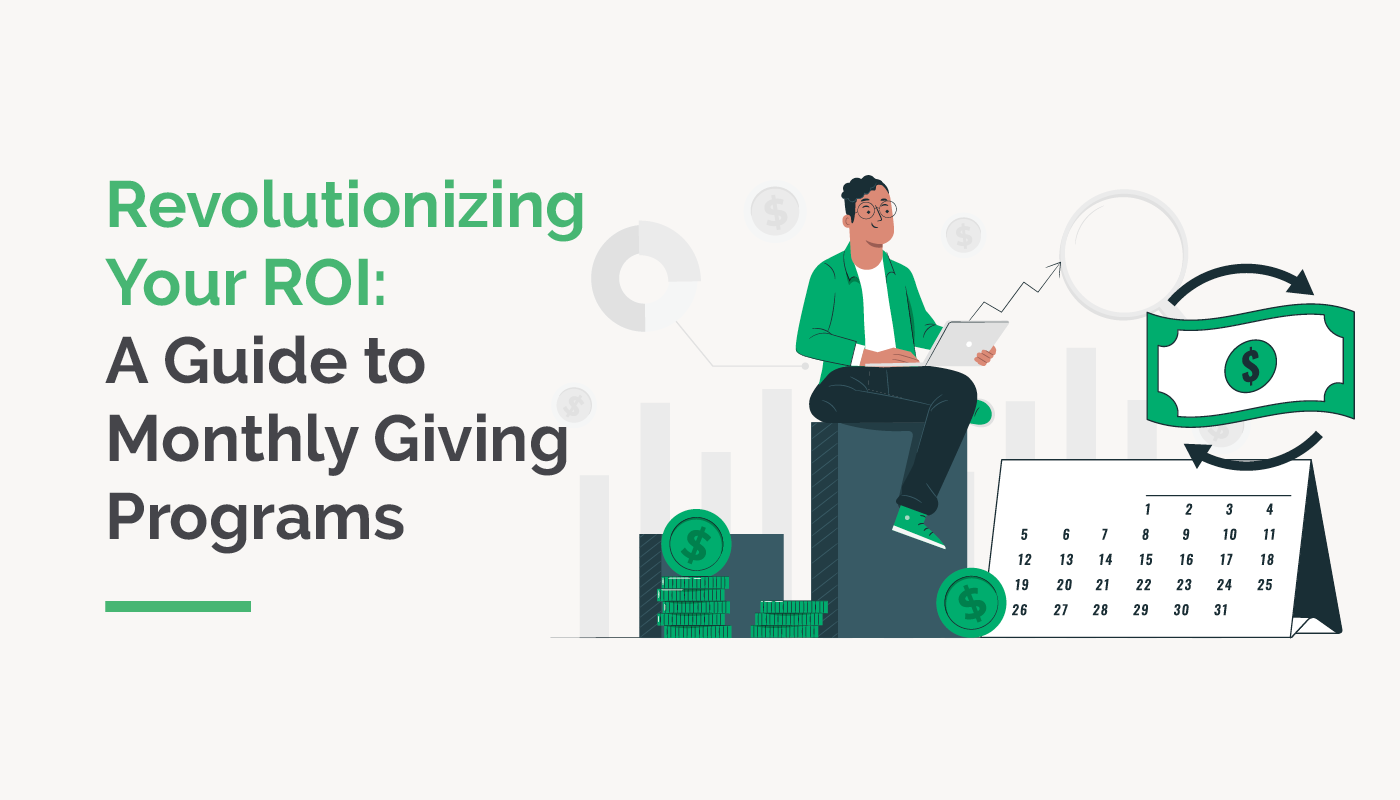
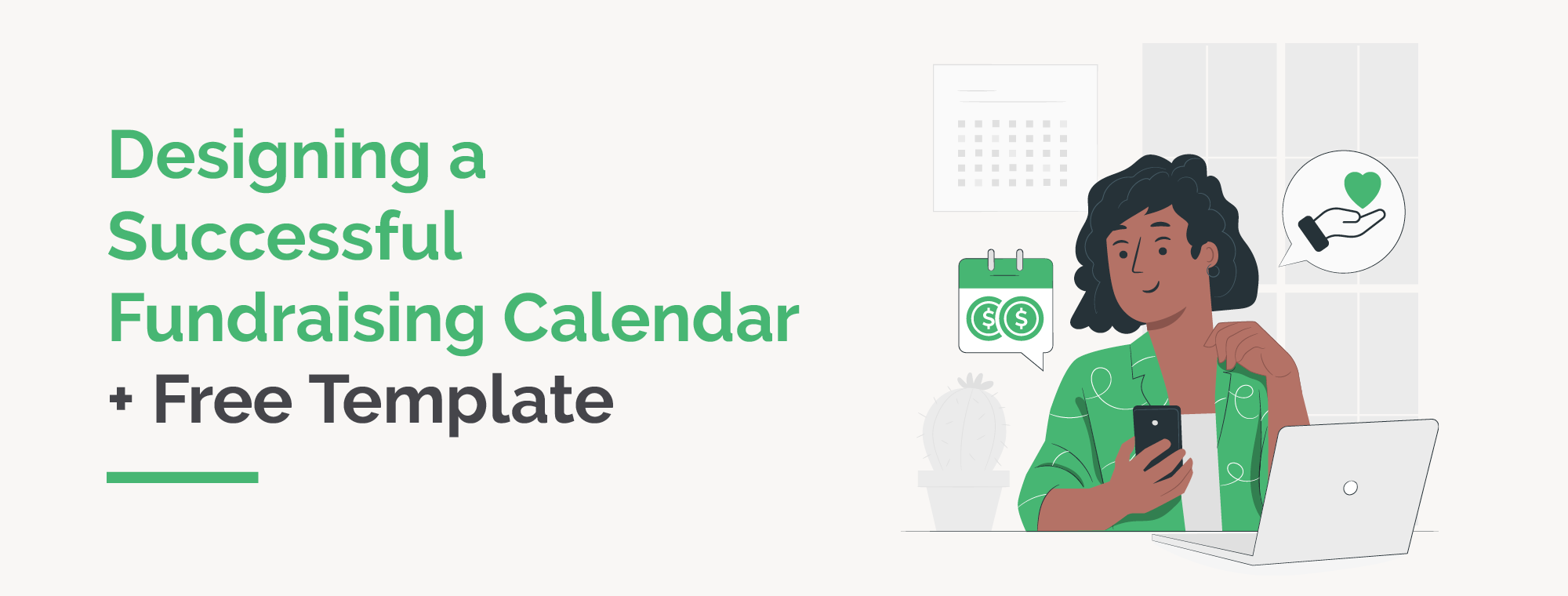
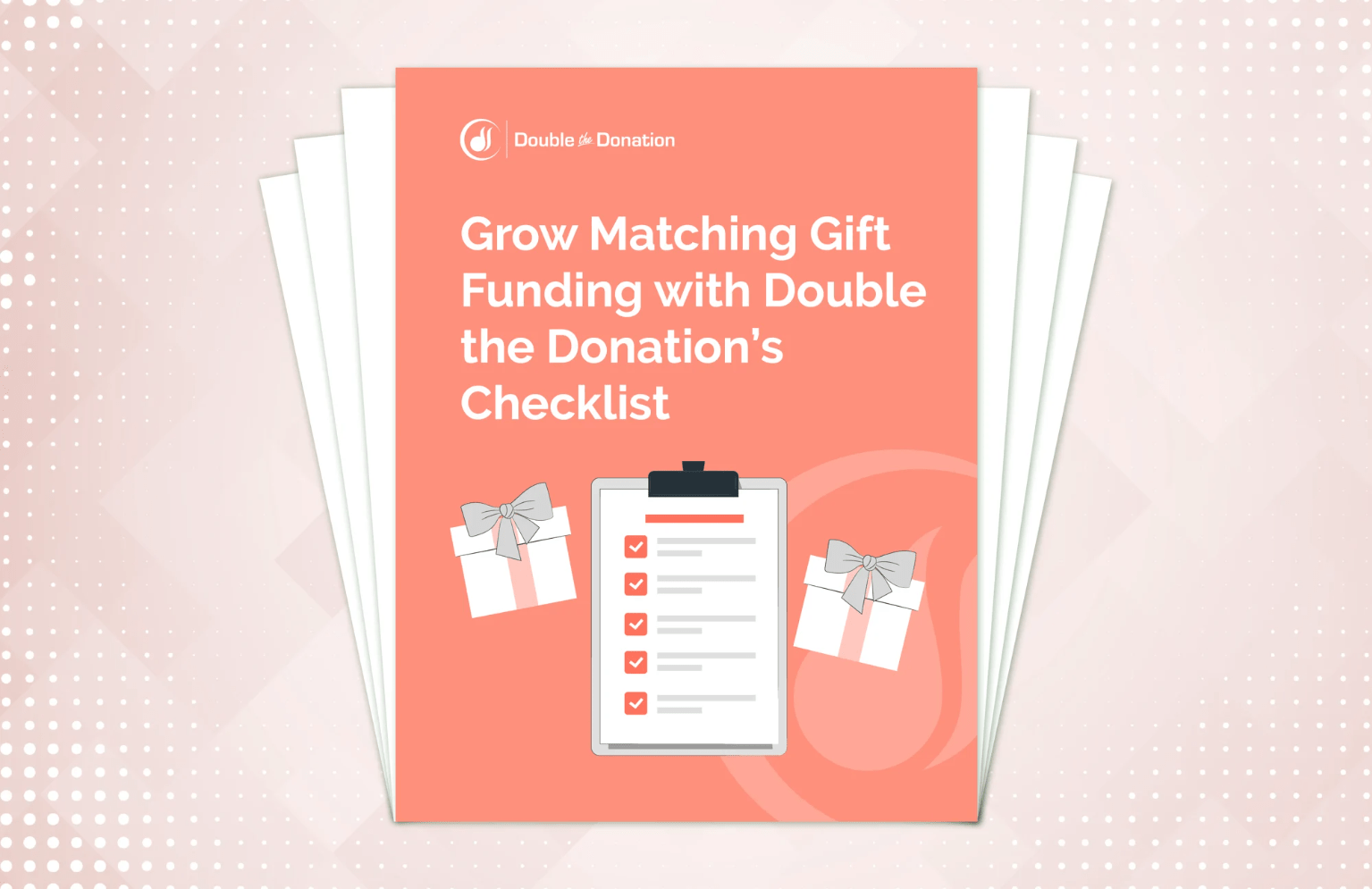 https://doublethedonation.com/wp-content/uploads/2016/04/Matching-Gift-Checklist-Download-min.png
995
1535
Adam Weinger
https://doublethedonation.com/wp-content/uploads/2022/03/logo-dtd.svg
Adam Weinger2024-05-15 17:48:262024-11-19 18:49:10[Free Download] 10 Quick Steps to Matching Gift Success
https://doublethedonation.com/wp-content/uploads/2016/04/Matching-Gift-Checklist-Download-min.png
995
1535
Adam Weinger
https://doublethedonation.com/wp-content/uploads/2022/03/logo-dtd.svg
Adam Weinger2024-05-15 17:48:262024-11-19 18:49:10[Free Download] 10 Quick Steps to Matching Gift Success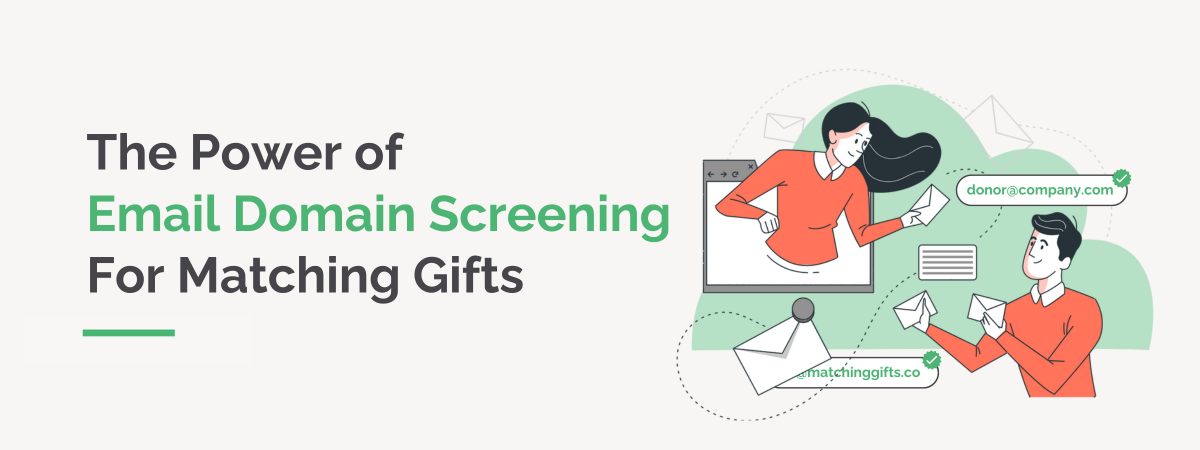
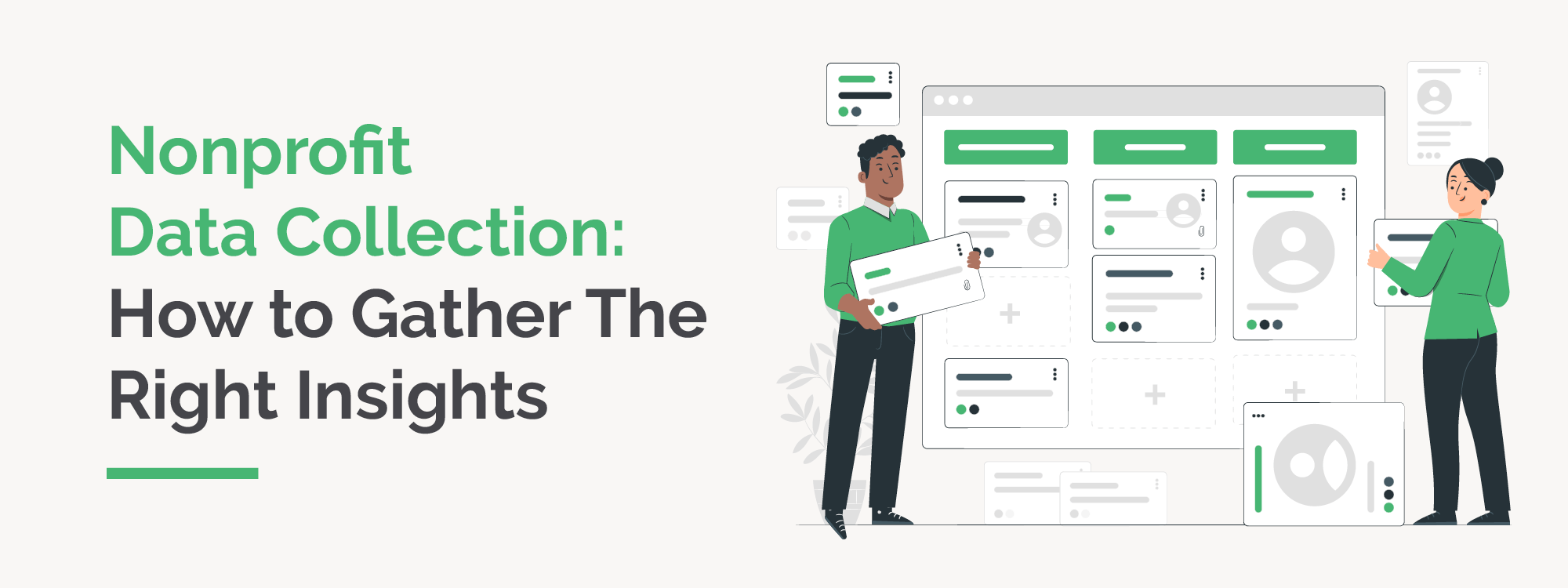
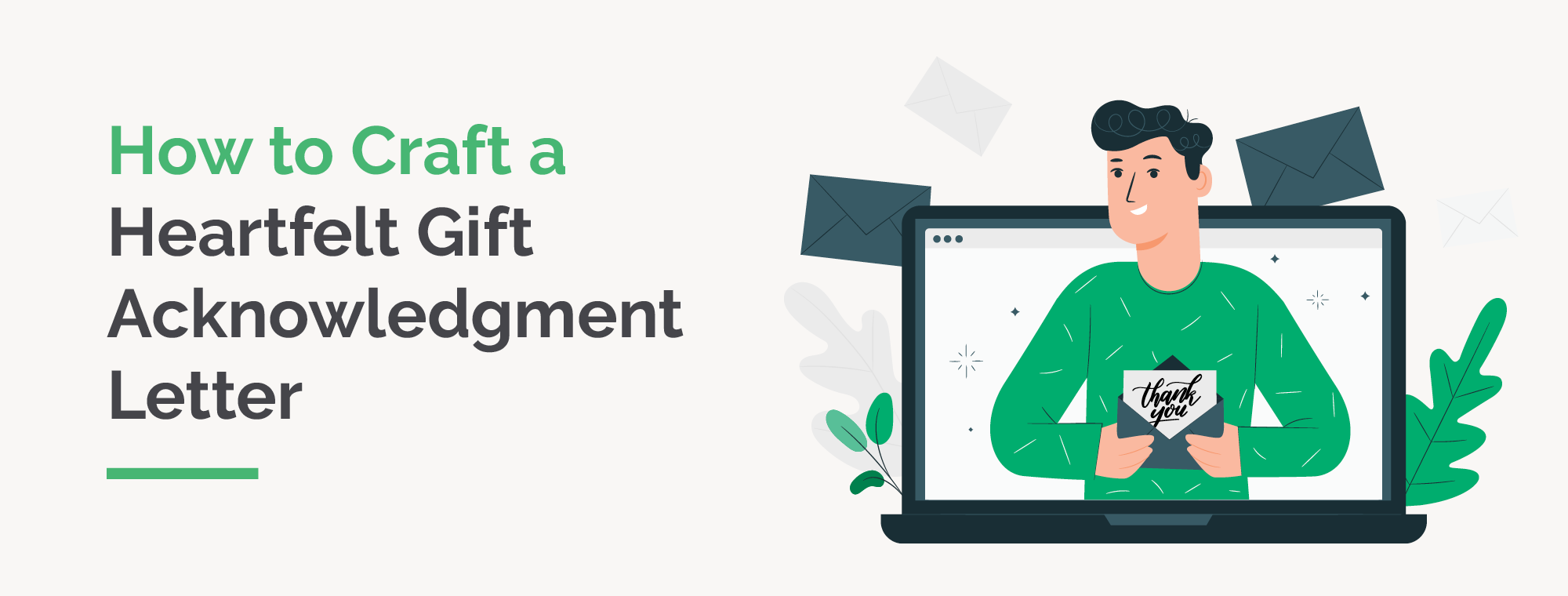
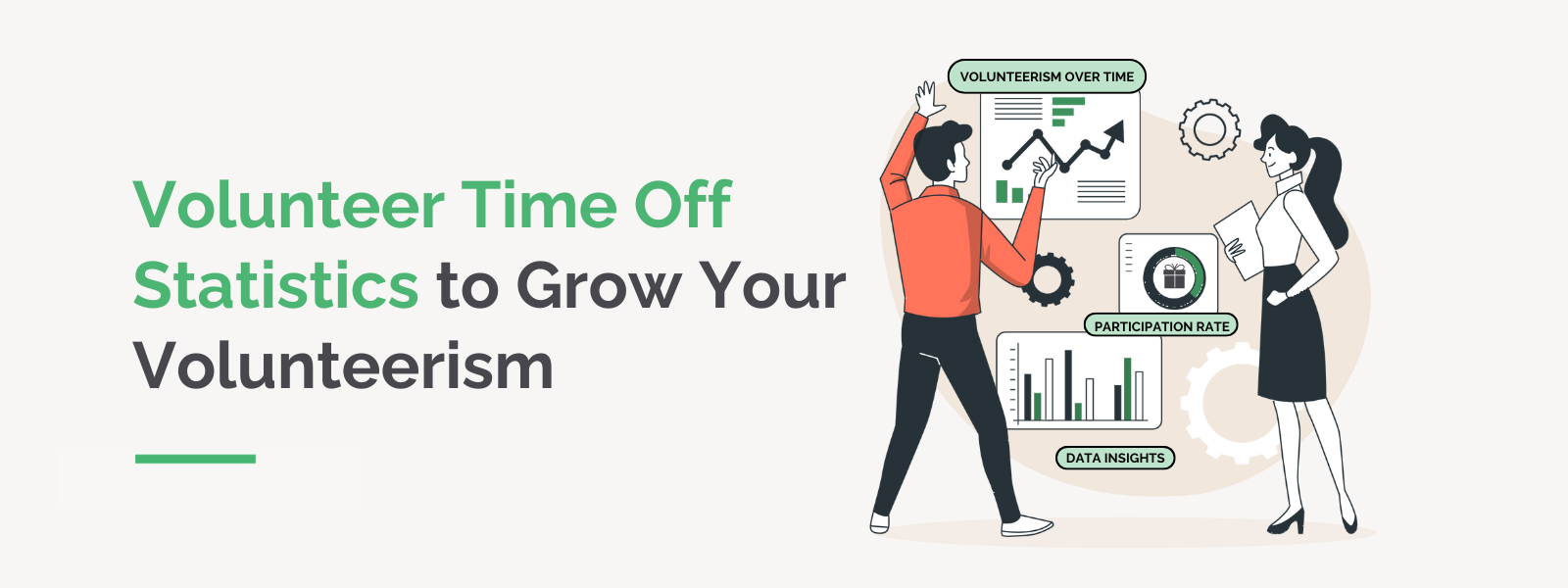
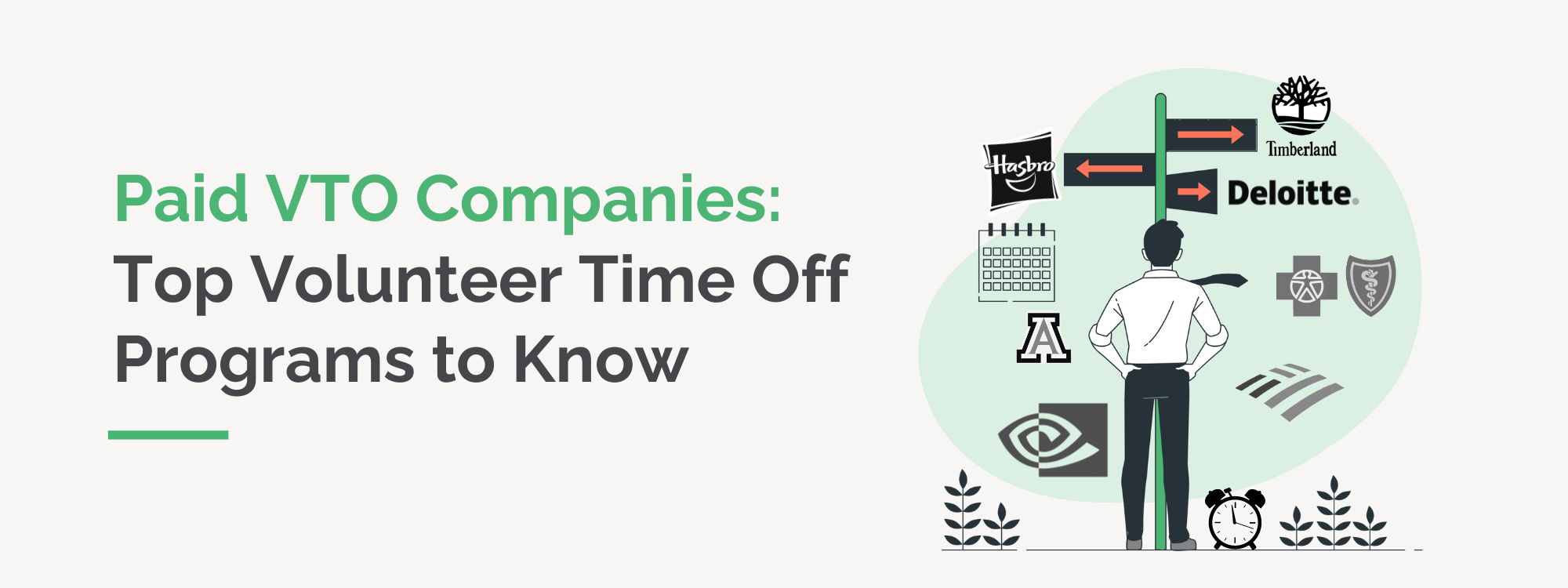
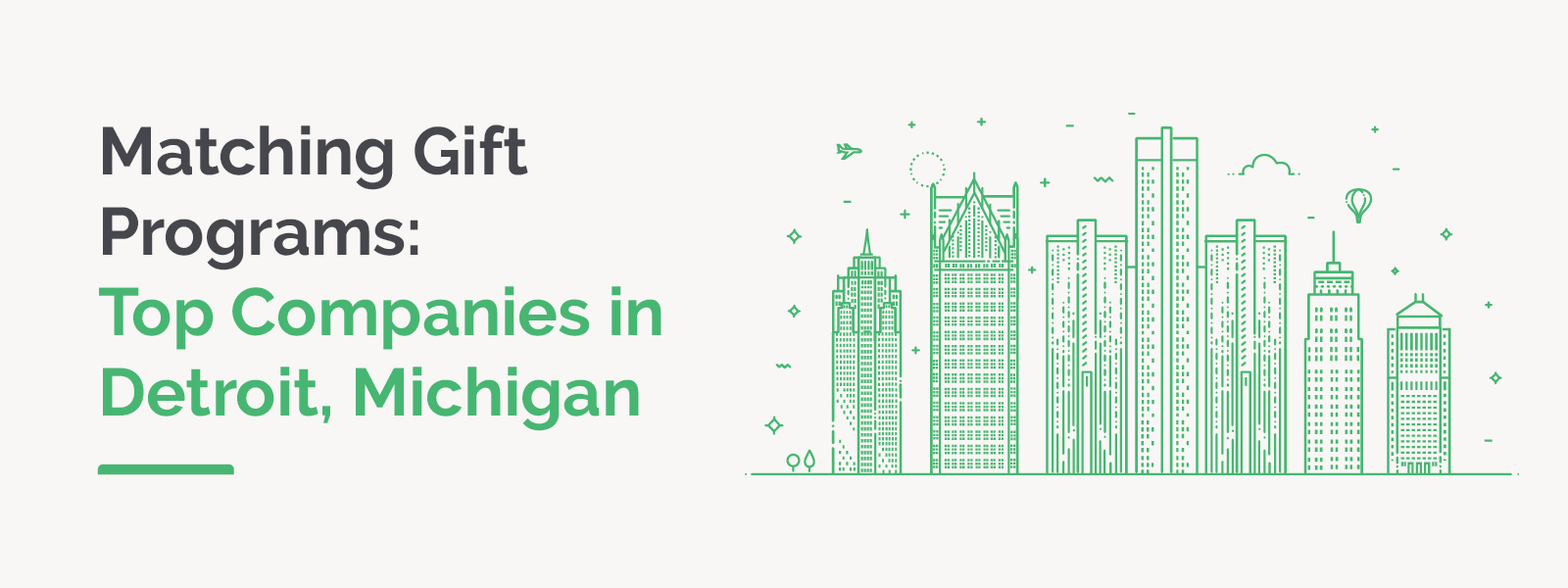
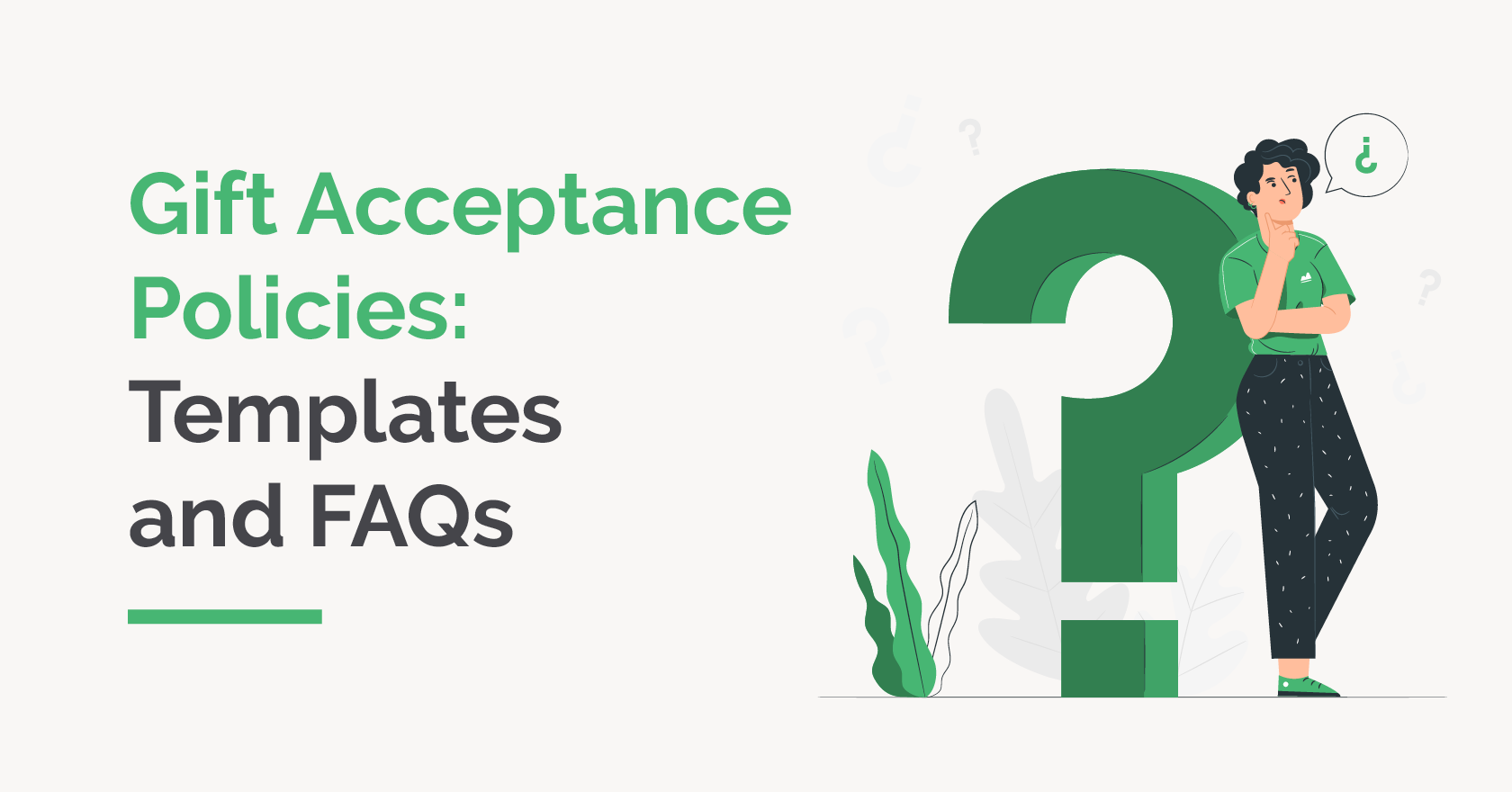
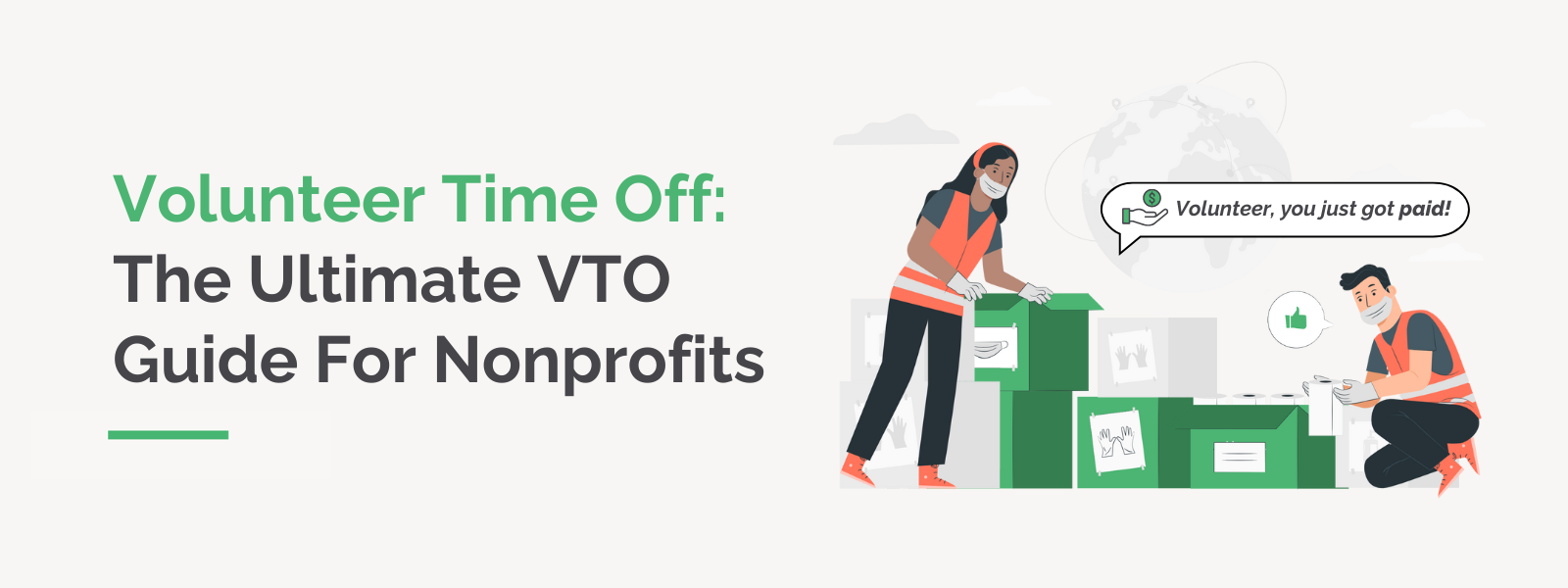 https://doublethedonation.com/wp-content/uploads/2024/05/DTD_Volunteer-Time-Off-The-Ultimate-VTO-Guide-For-Nonprofits_Feature.png
600
1600
Adam Weinger
https://doublethedonation.com/wp-content/uploads/2022/03/logo-dtd.svg
Adam Weinger2024-05-02 20:19:562025-04-15 17:21:44Volunteer Time Off | The Ultimate VTO Guide For Nonprofits
https://doublethedonation.com/wp-content/uploads/2024/05/DTD_Volunteer-Time-Off-The-Ultimate-VTO-Guide-For-Nonprofits_Feature.png
600
1600
Adam Weinger
https://doublethedonation.com/wp-content/uploads/2022/03/logo-dtd.svg
Adam Weinger2024-05-02 20:19:562025-04-15 17:21:44Volunteer Time Off | The Ultimate VTO Guide For Nonprofits
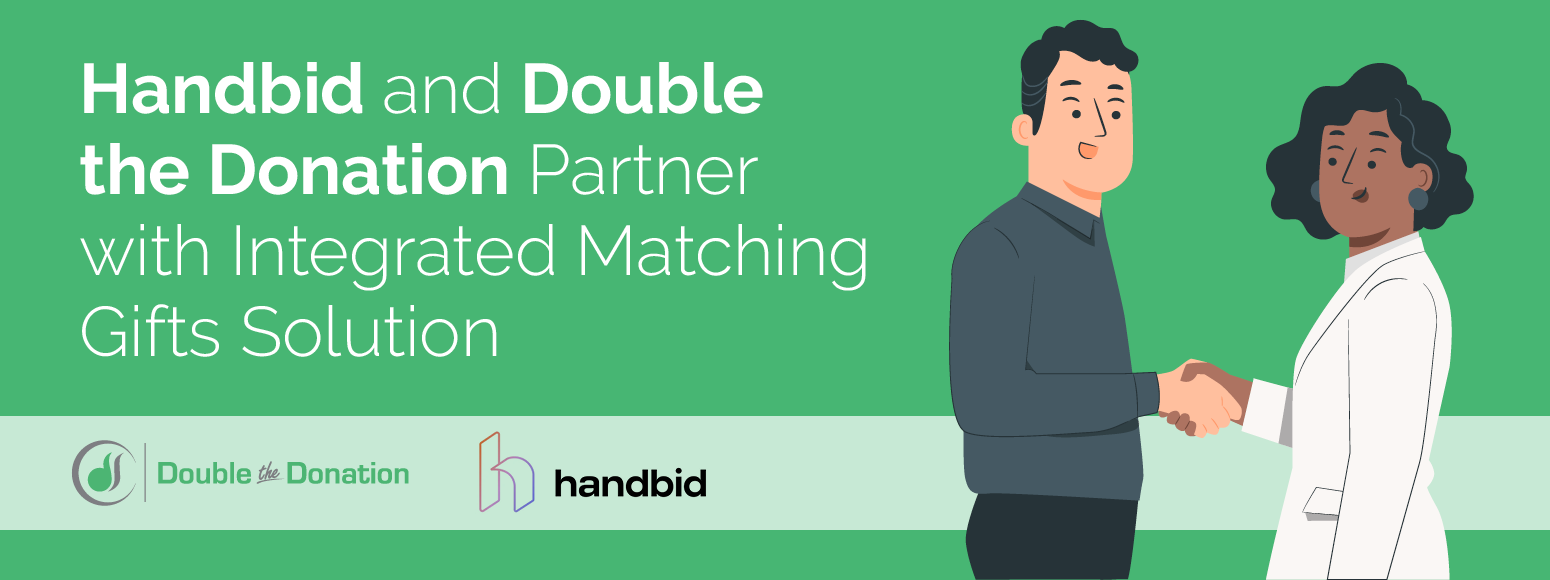
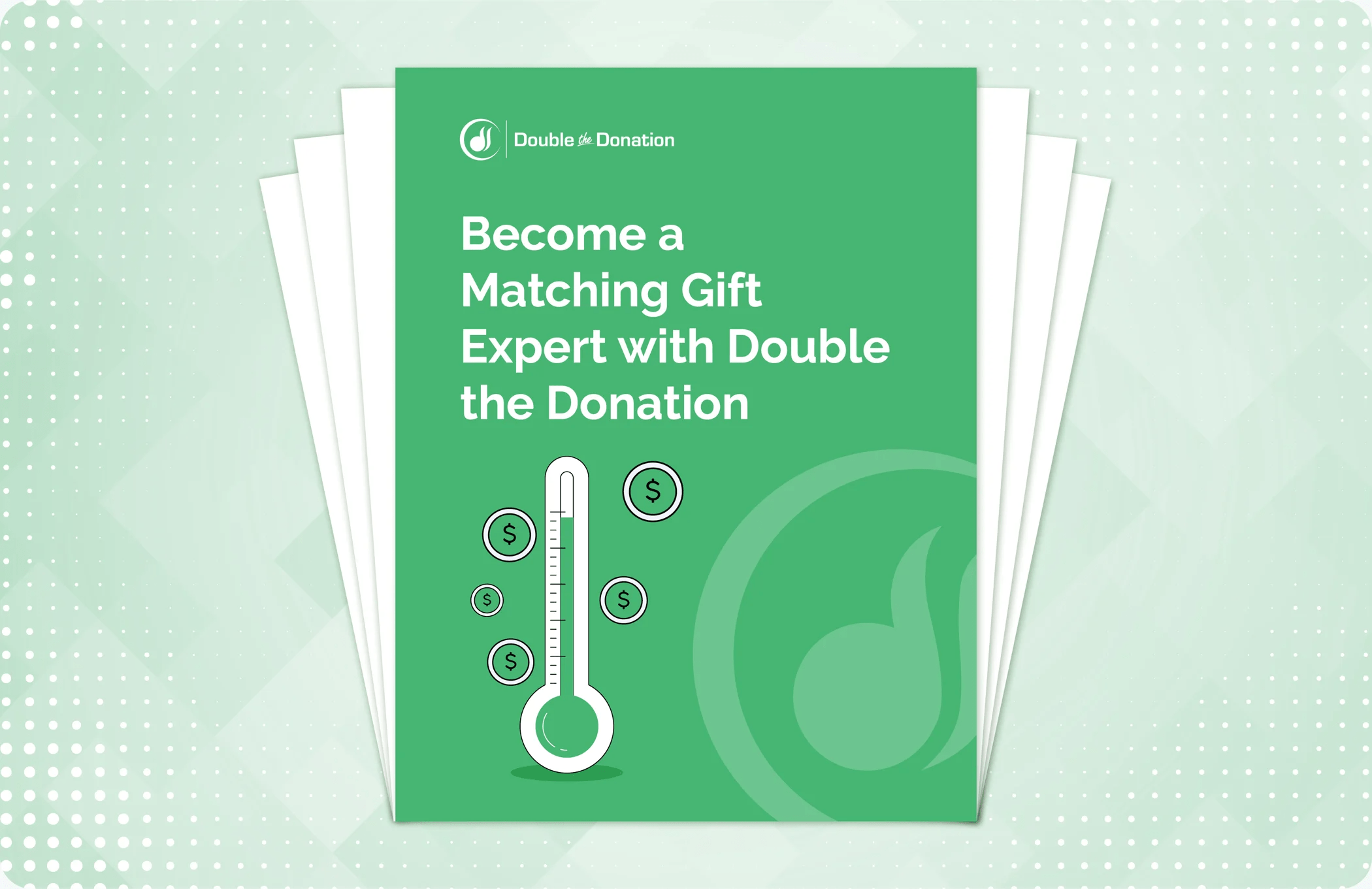 https://doublethedonation.com/wp-content/uploads/2016/04/Matching-Gifts-Download-min.png
1361
2100
Adam Weinger
https://doublethedonation.com/wp-content/uploads/2022/03/logo-dtd.svg
Adam Weinger2024-04-24 18:07:392024-11-19 18:49:38[Free Download] The Ultimate Guide to Matching Gifts
https://doublethedonation.com/wp-content/uploads/2016/04/Matching-Gifts-Download-min.png
1361
2100
Adam Weinger
https://doublethedonation.com/wp-content/uploads/2022/03/logo-dtd.svg
Adam Weinger2024-04-24 18:07:392024-11-19 18:49:38[Free Download] The Ultimate Guide to Matching Gifts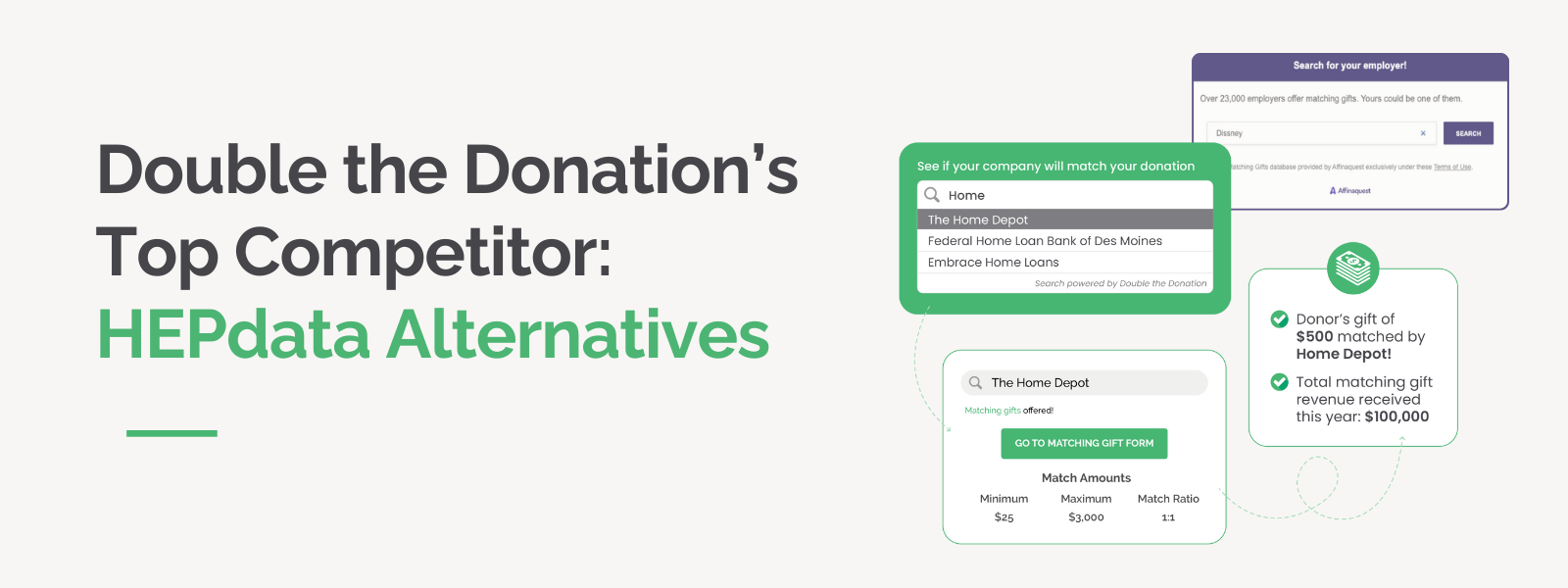 https://doublethedonation.com/wp-content/uploads/2025/04/DTD_Double-the-Donations-Top-Competitor-HEPdata-Alternatives_Feature.png
600
1600
Adam Weinger
https://doublethedonation.com/wp-content/uploads/2022/03/logo-dtd.svg
Adam Weinger2024-04-15 14:40:392025-05-12 19:59:53Double the Donation’s Top Competitor | HEPdata Alternatives
https://doublethedonation.com/wp-content/uploads/2025/04/DTD_Double-the-Donations-Top-Competitor-HEPdata-Alternatives_Feature.png
600
1600
Adam Weinger
https://doublethedonation.com/wp-content/uploads/2022/03/logo-dtd.svg
Adam Weinger2024-04-15 14:40:392025-05-12 19:59:53Double the Donation’s Top Competitor | HEPdata Alternatives
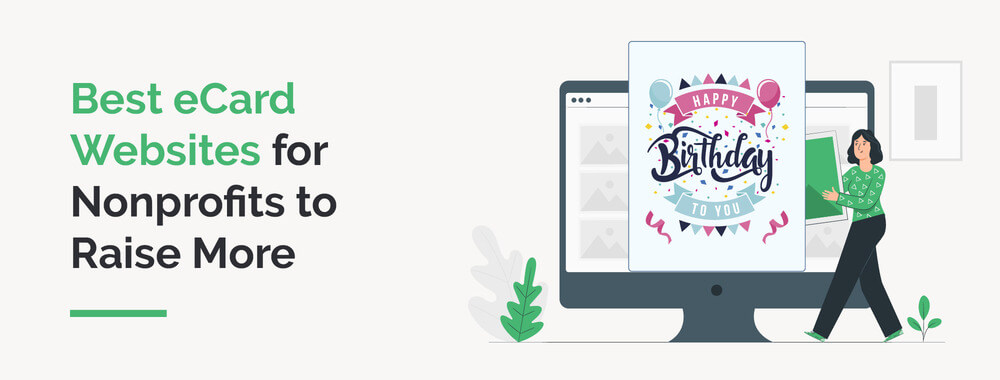
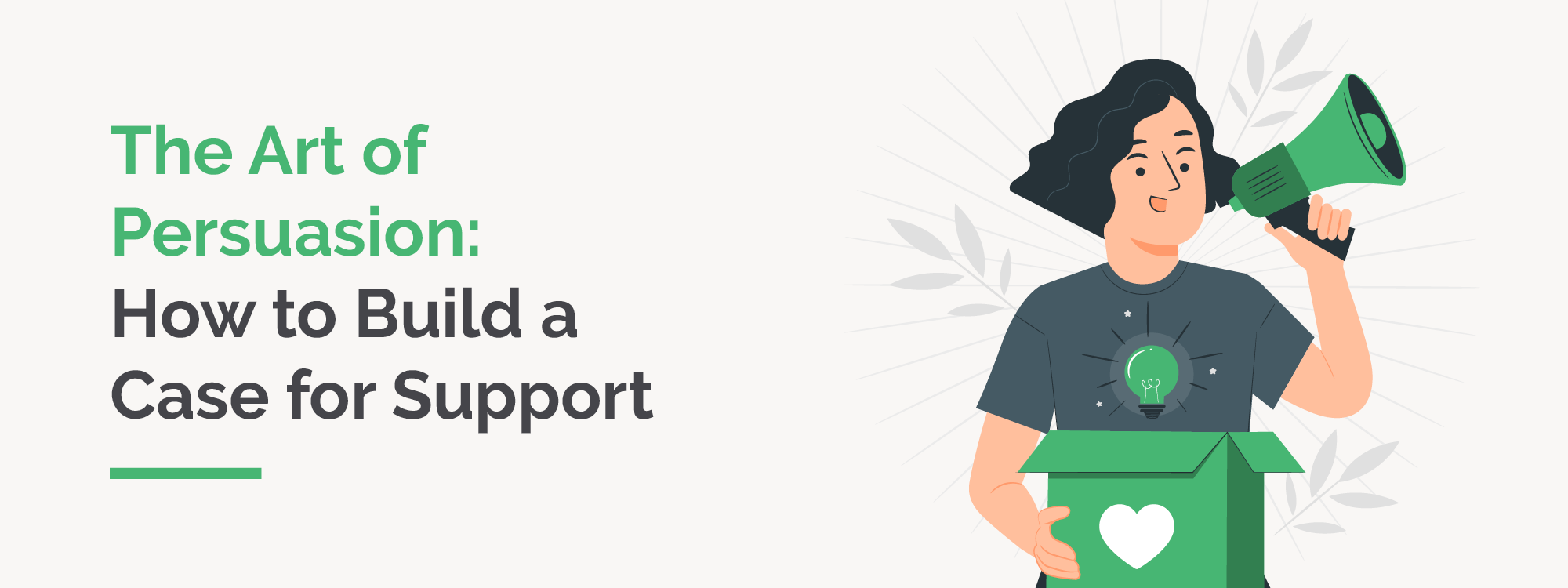

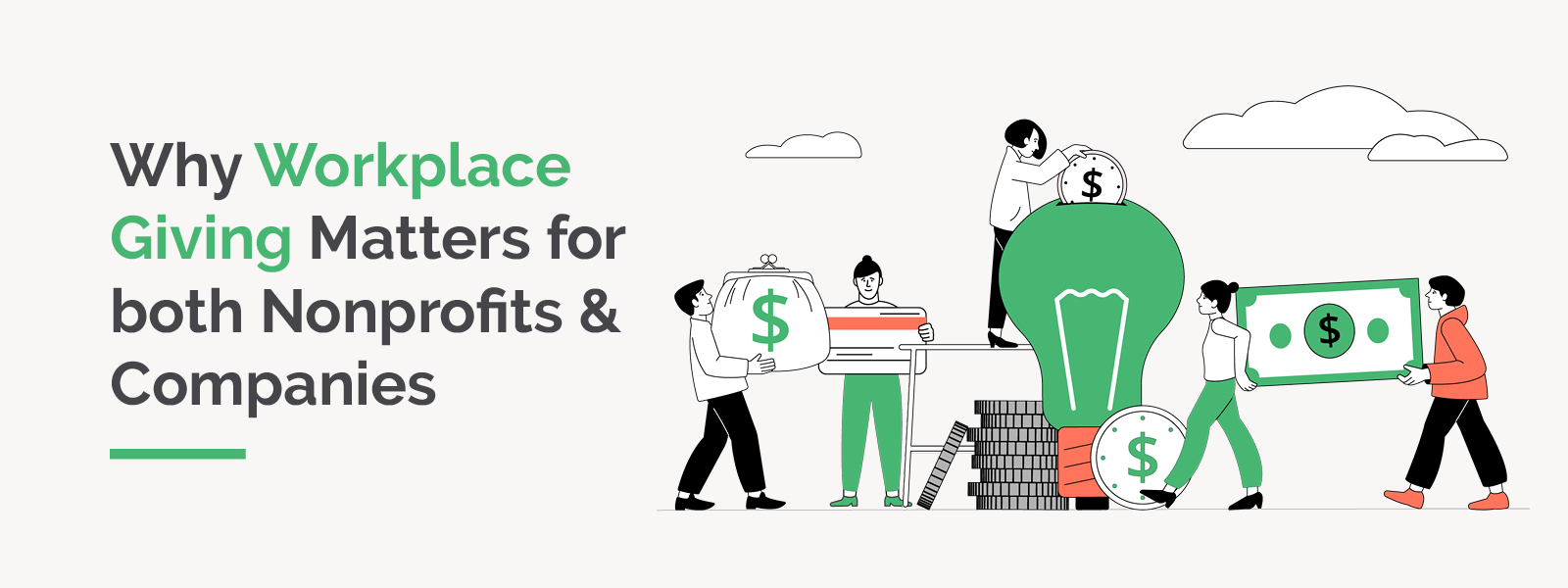
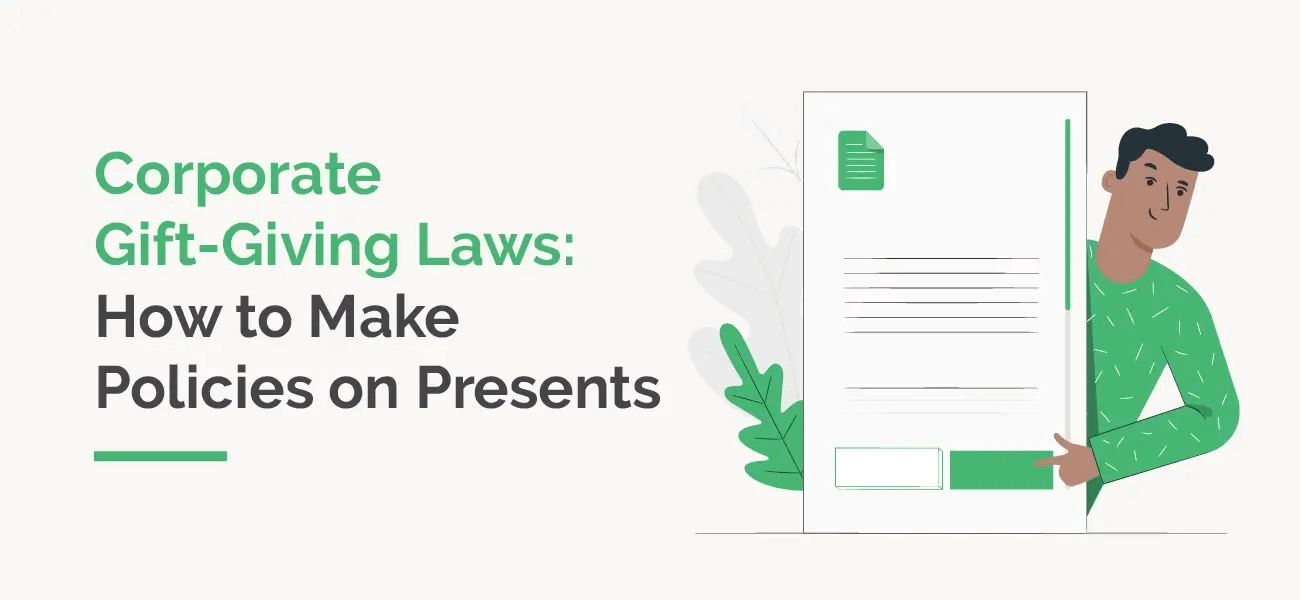
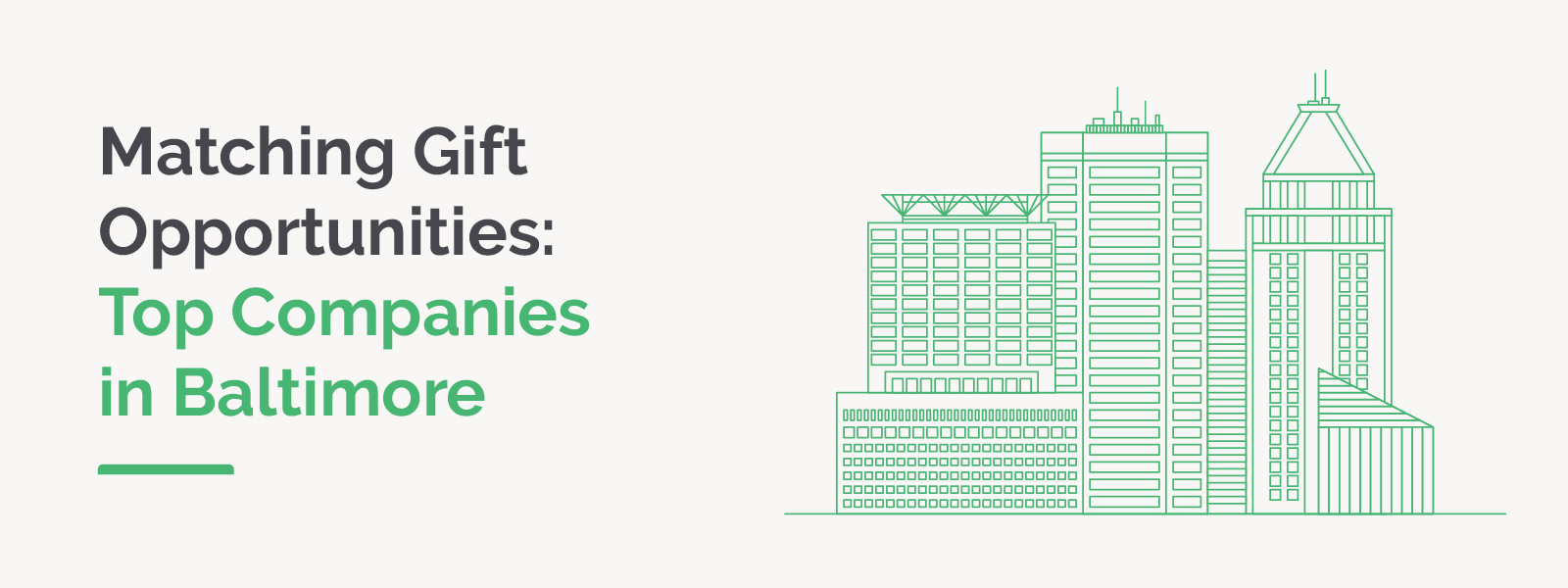
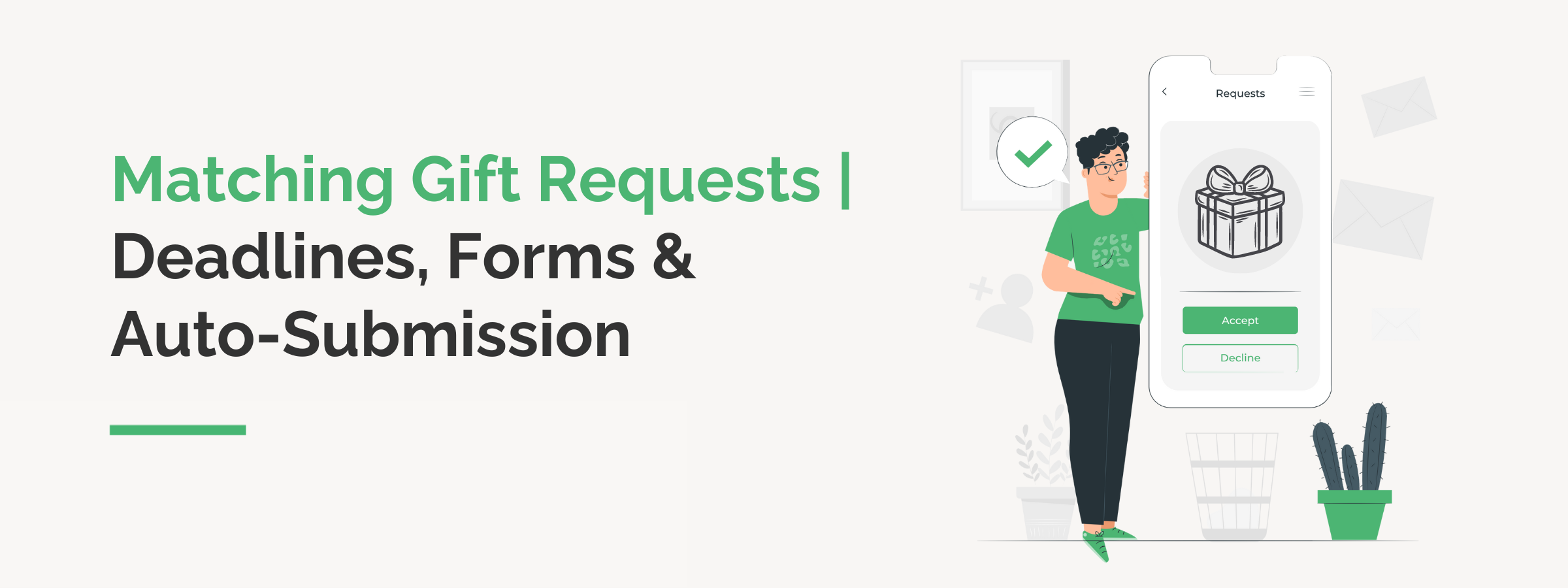

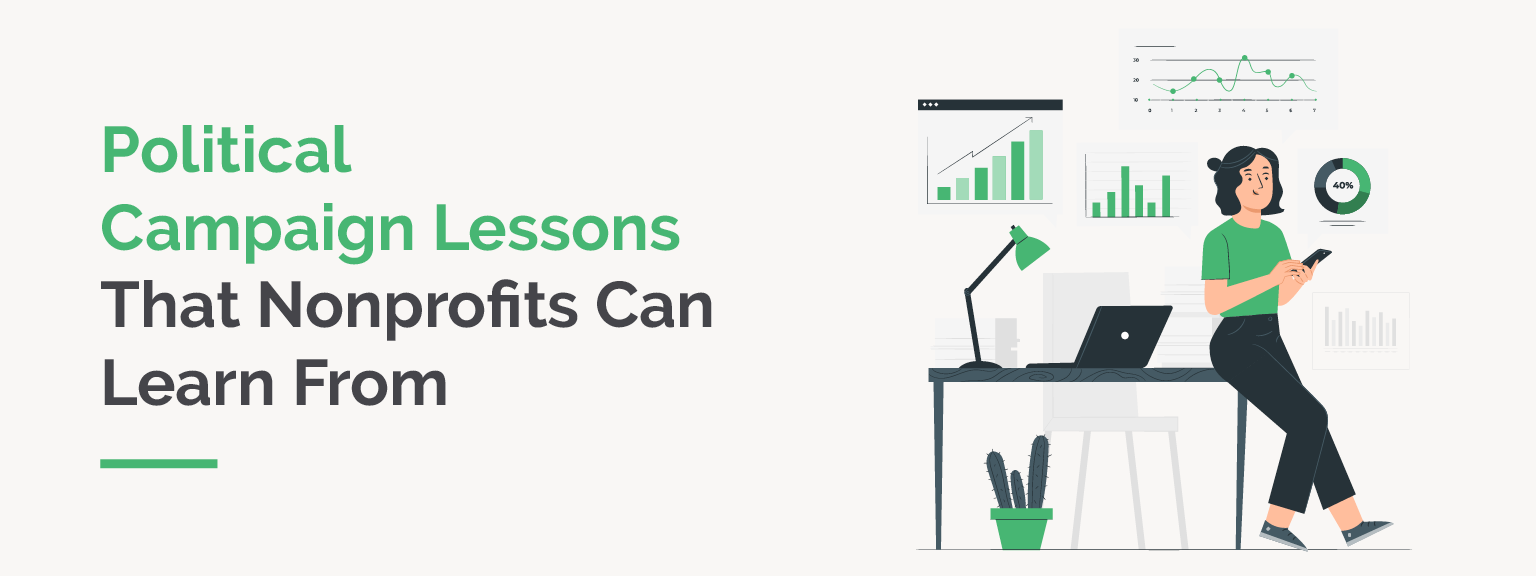
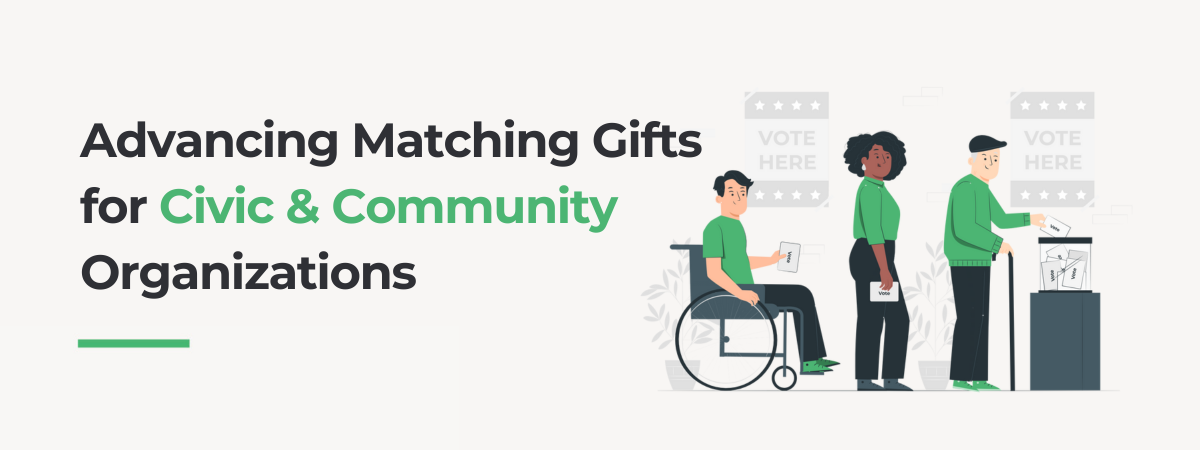
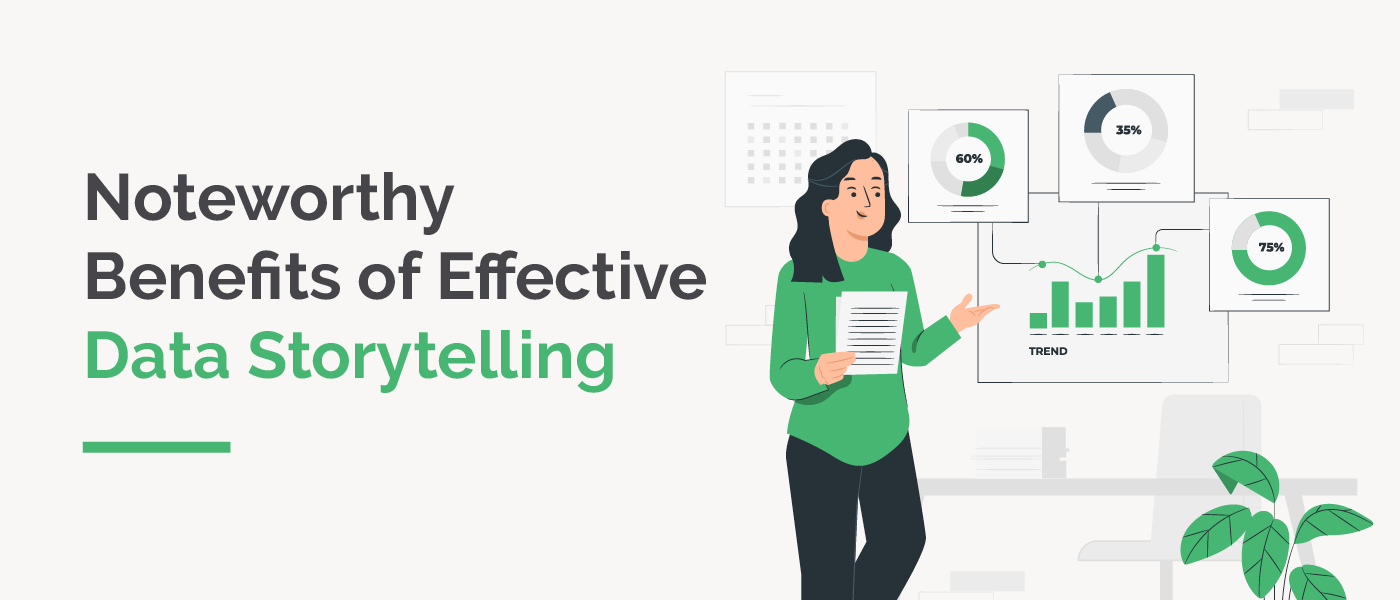

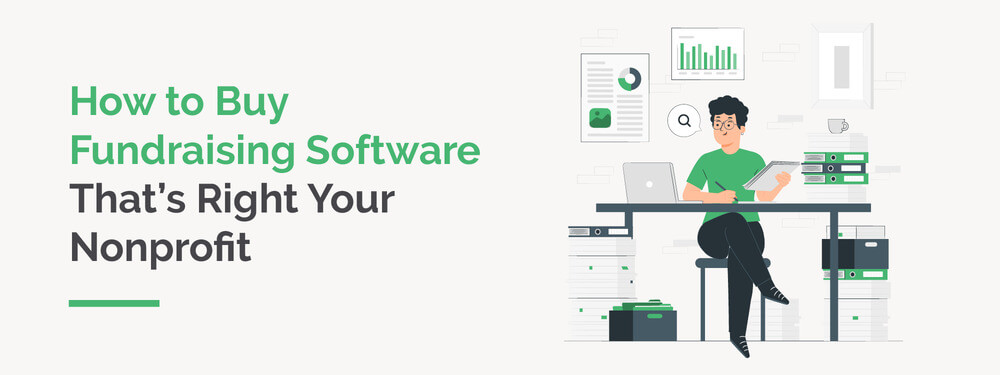
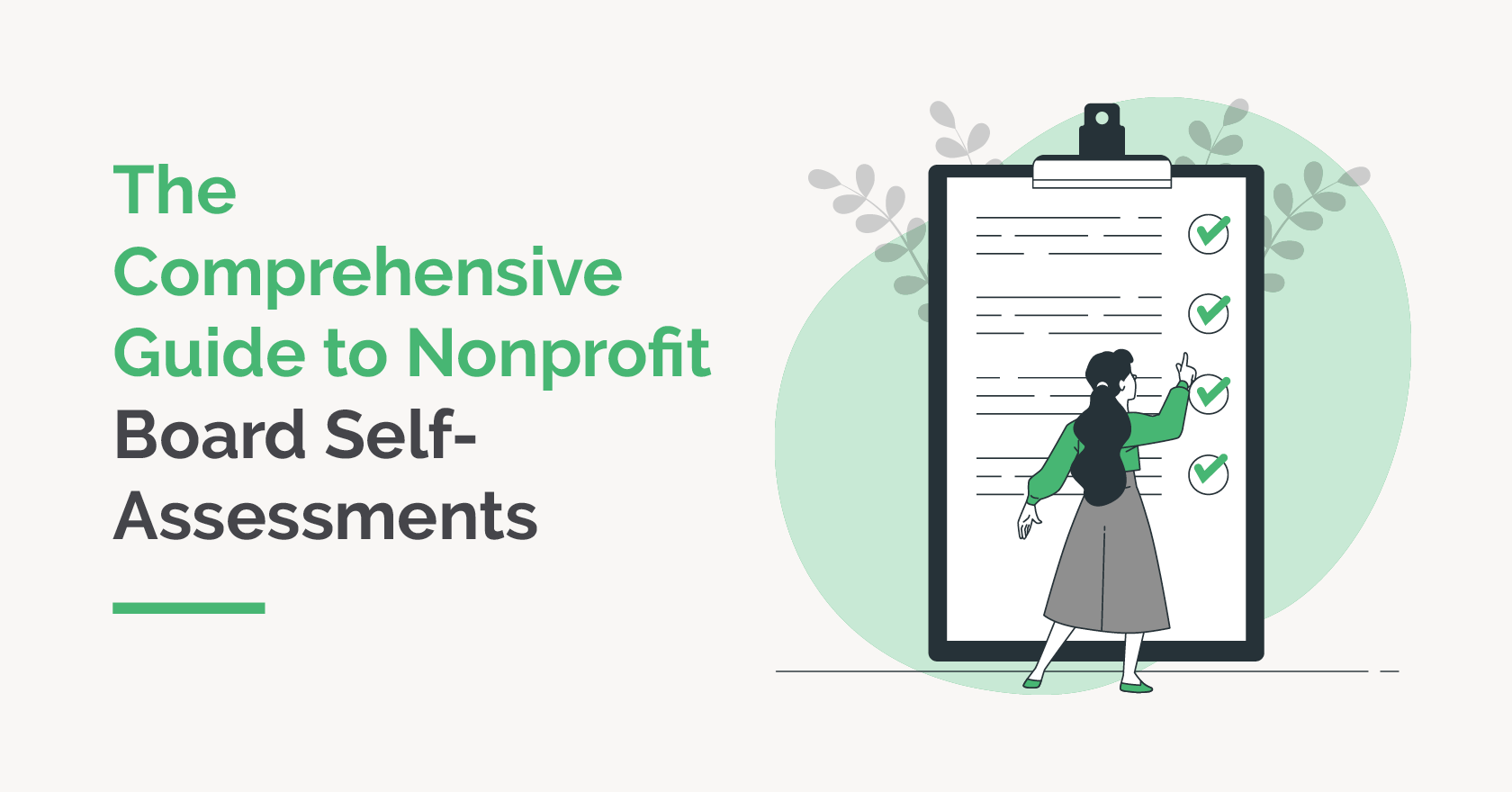
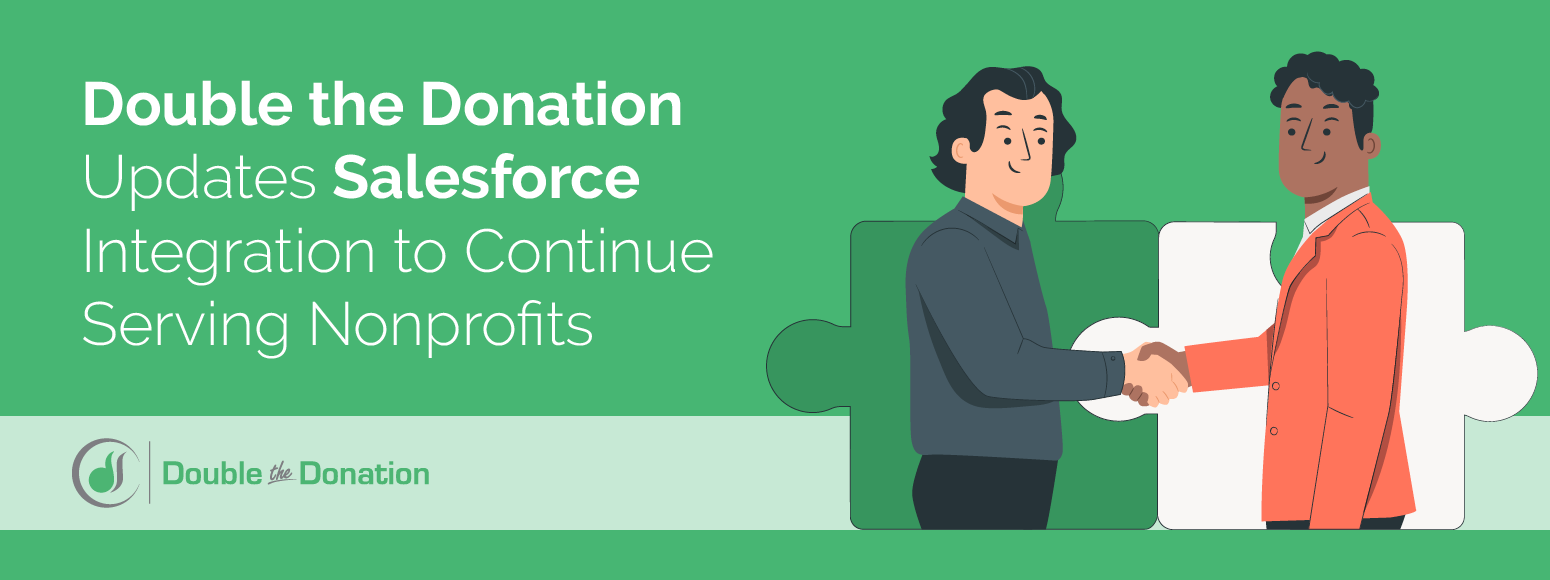
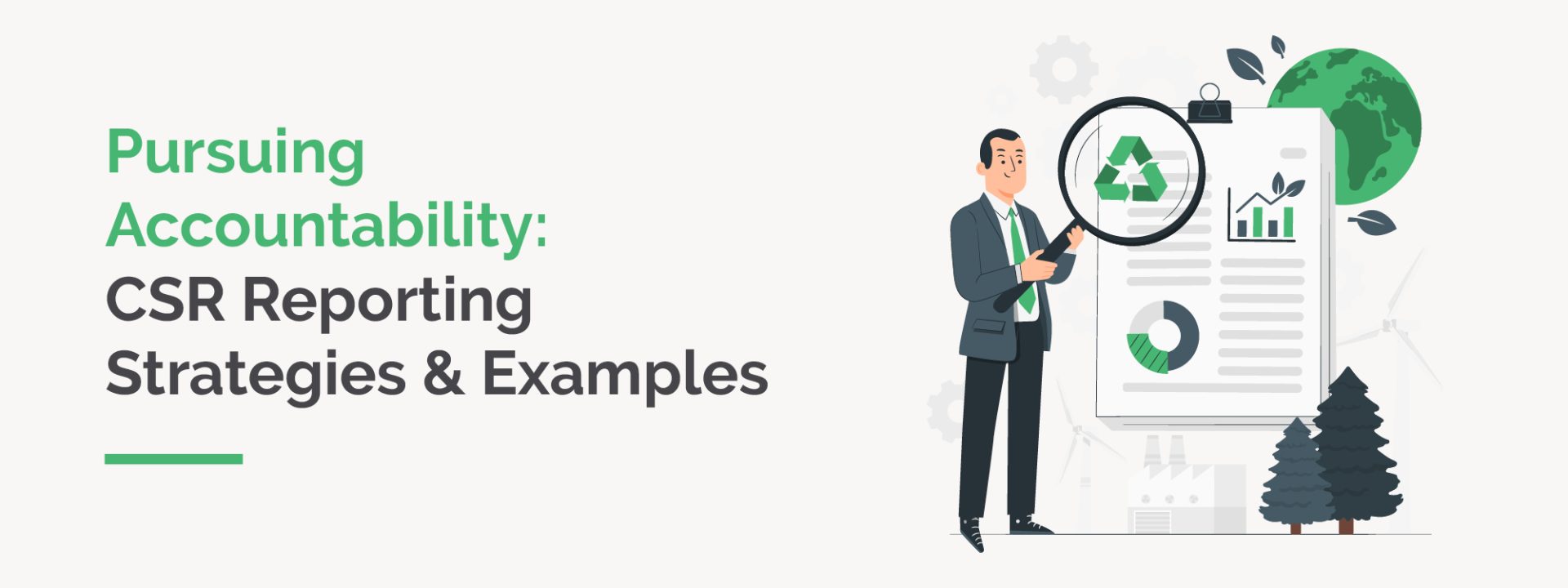
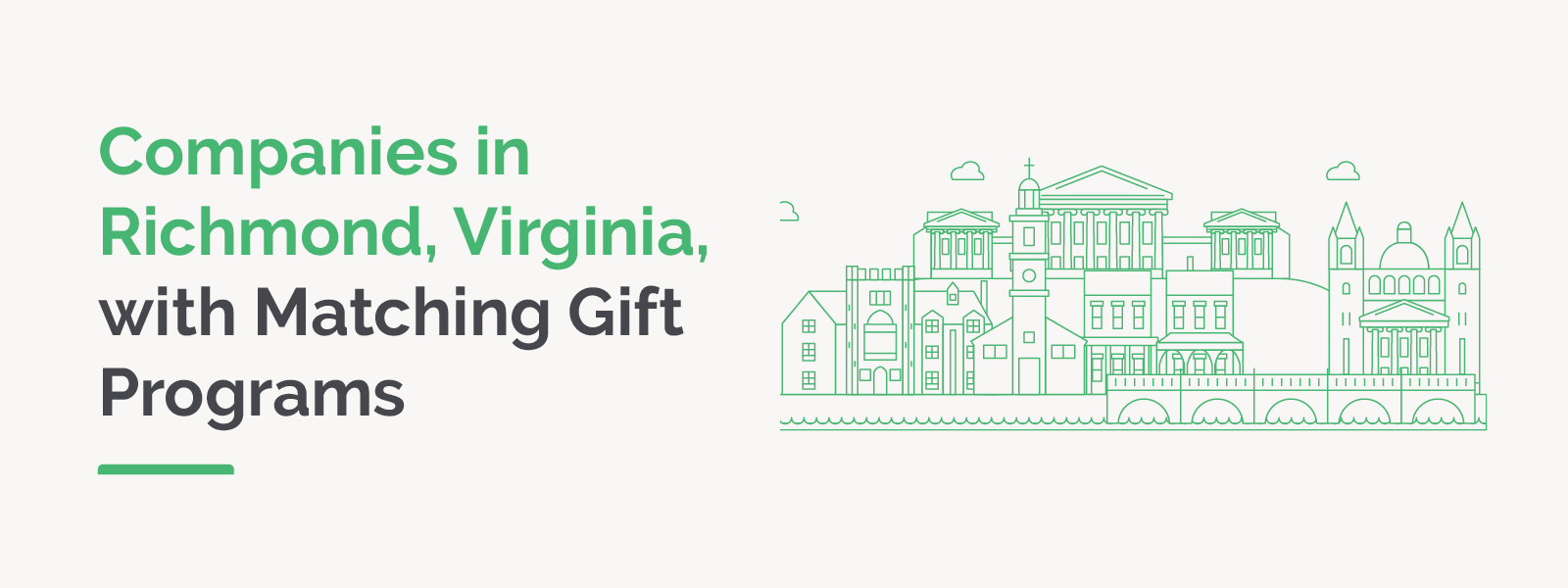
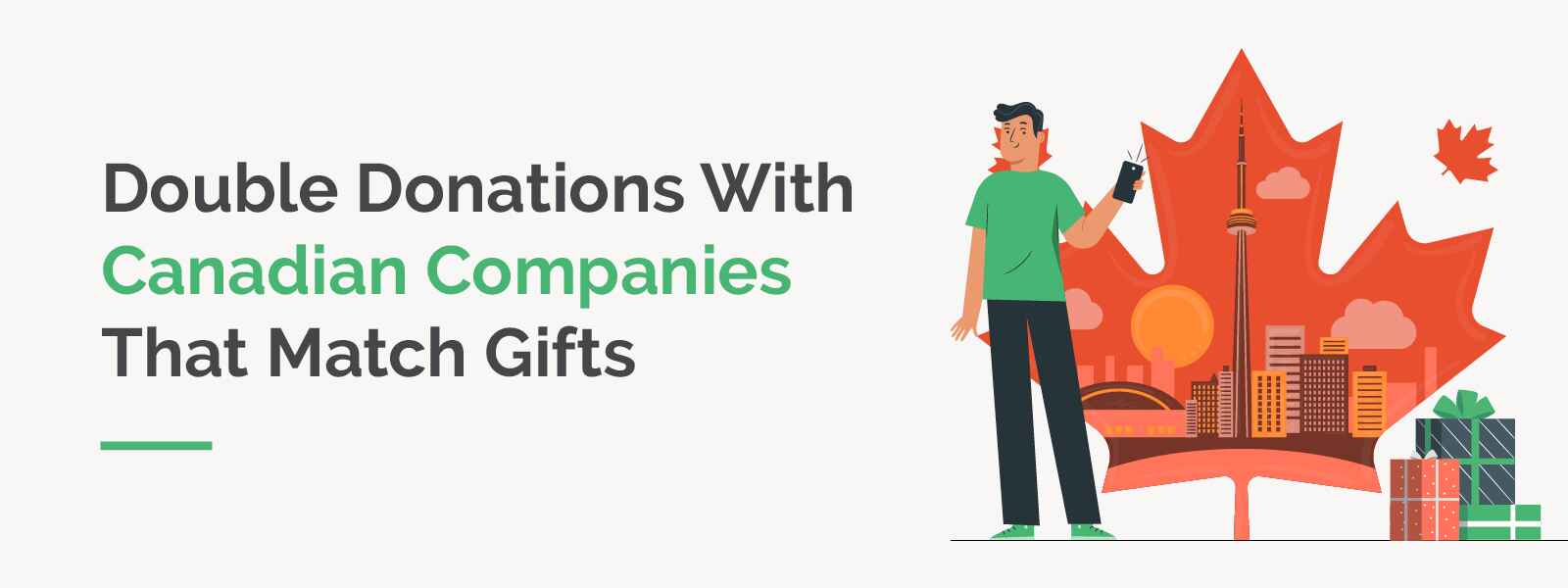
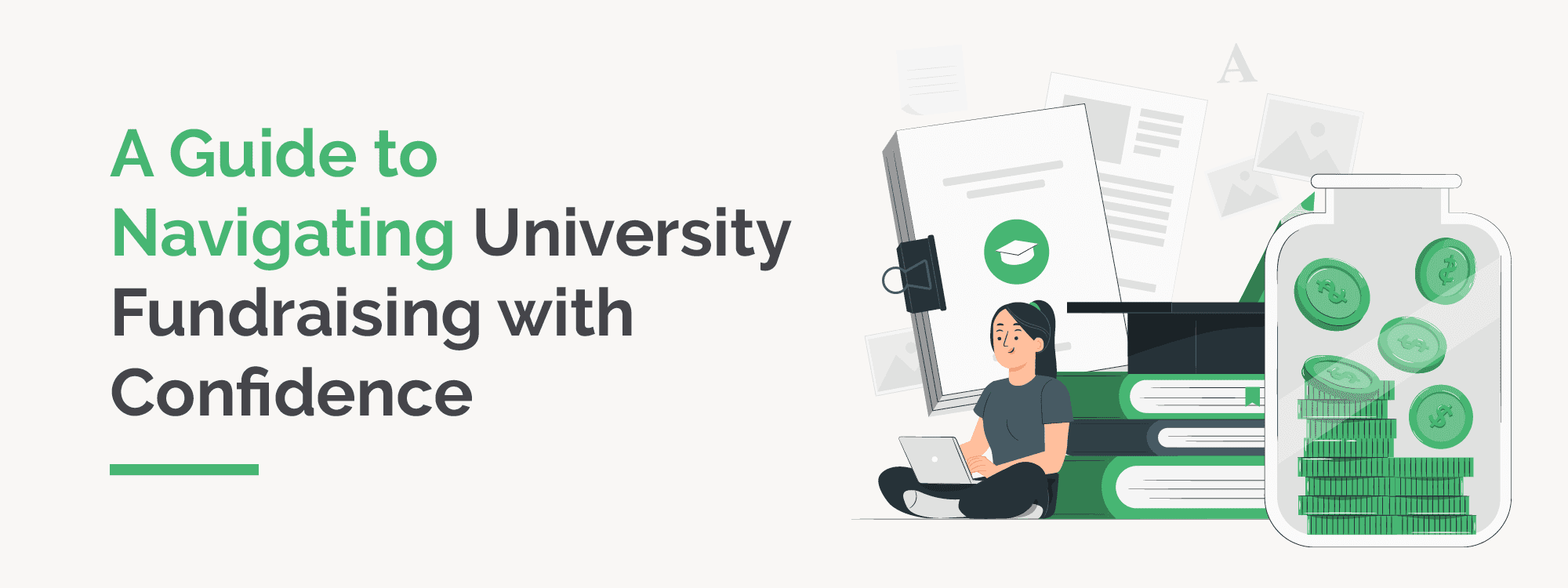
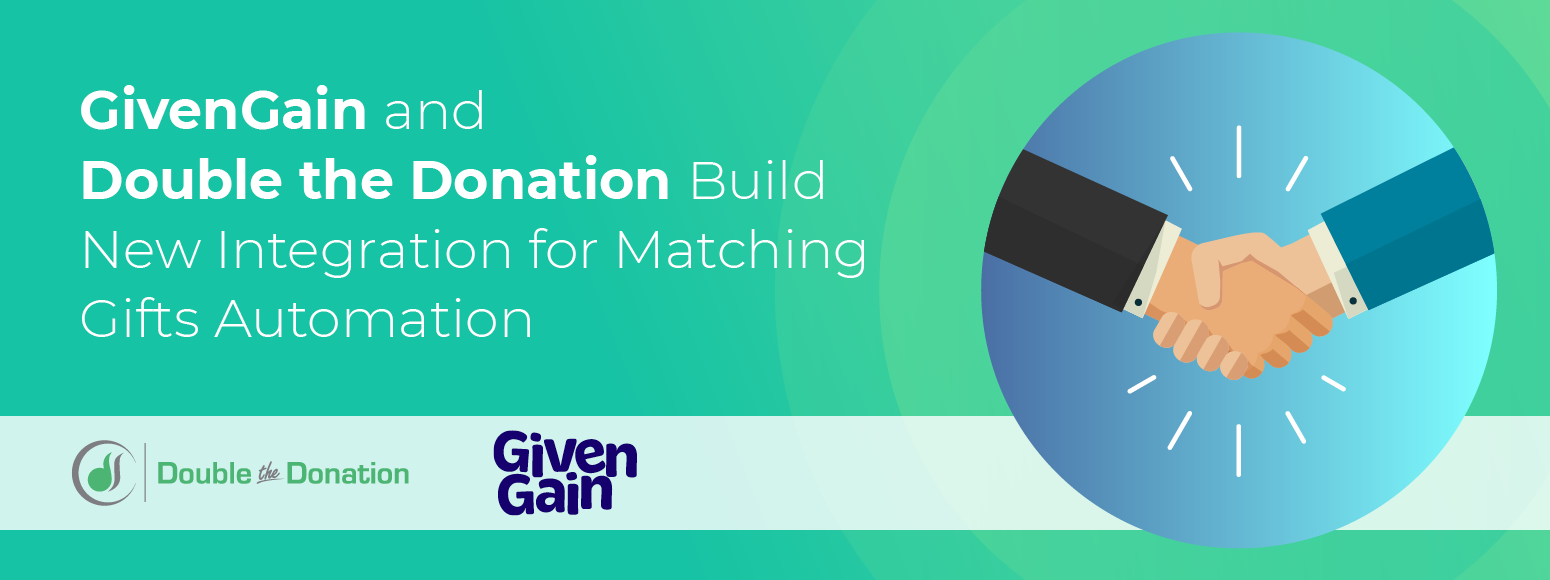

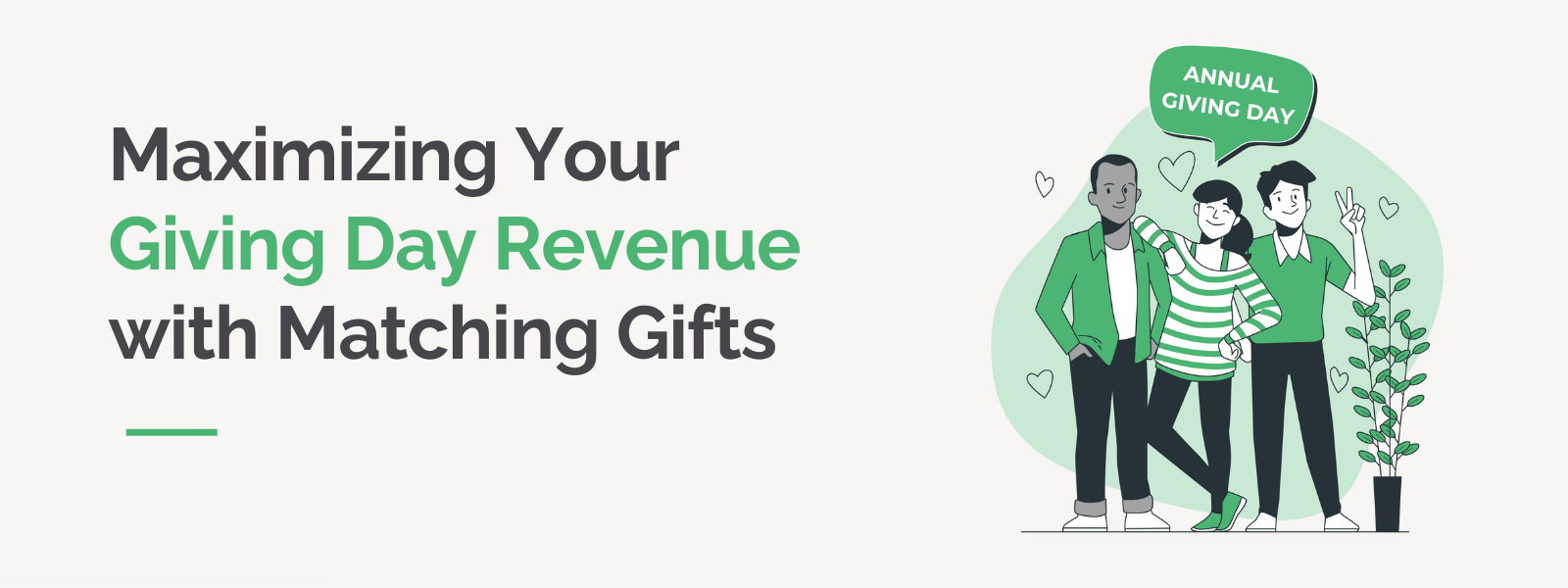

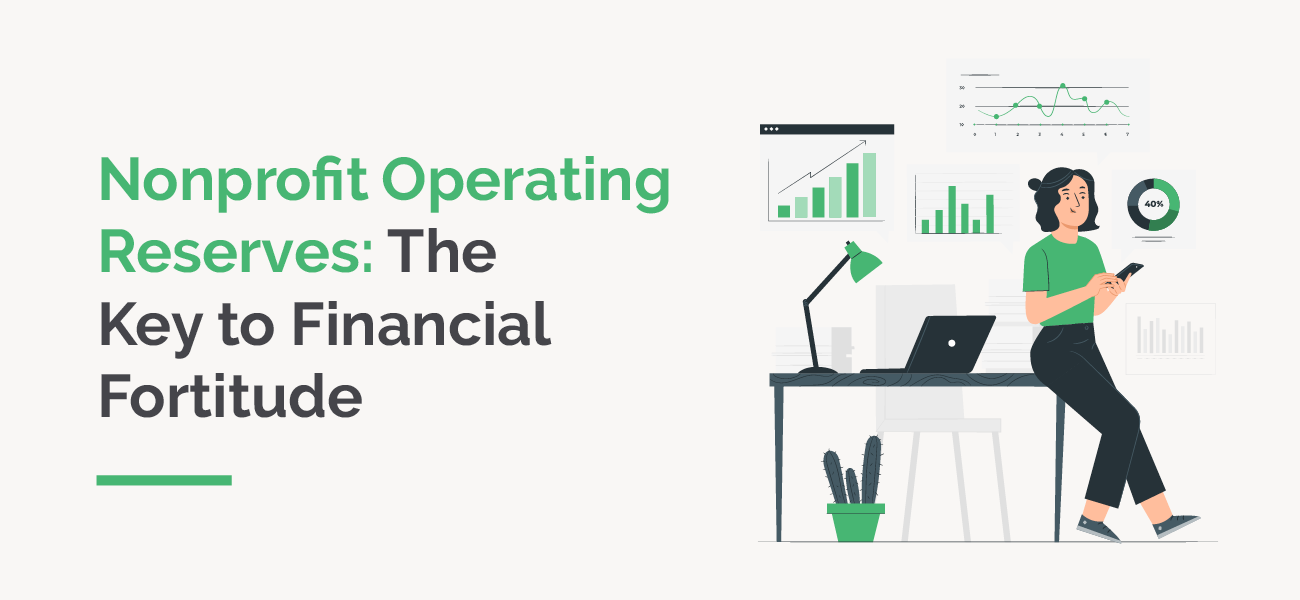

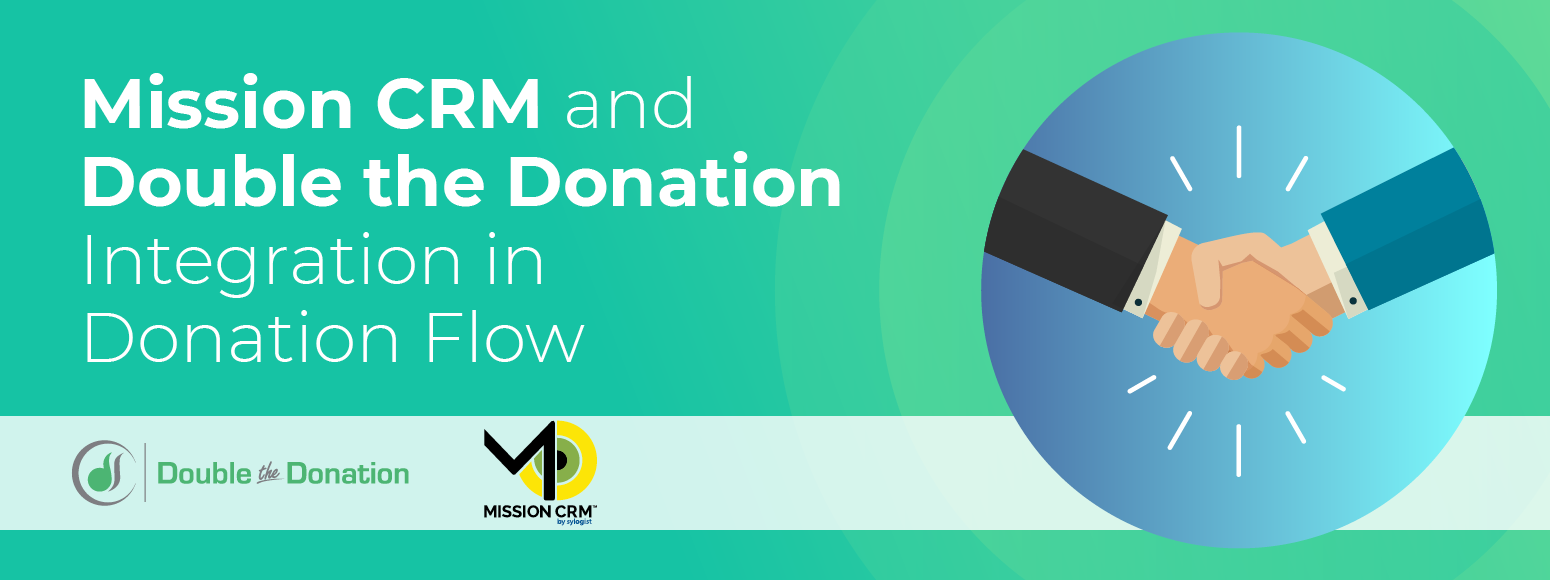
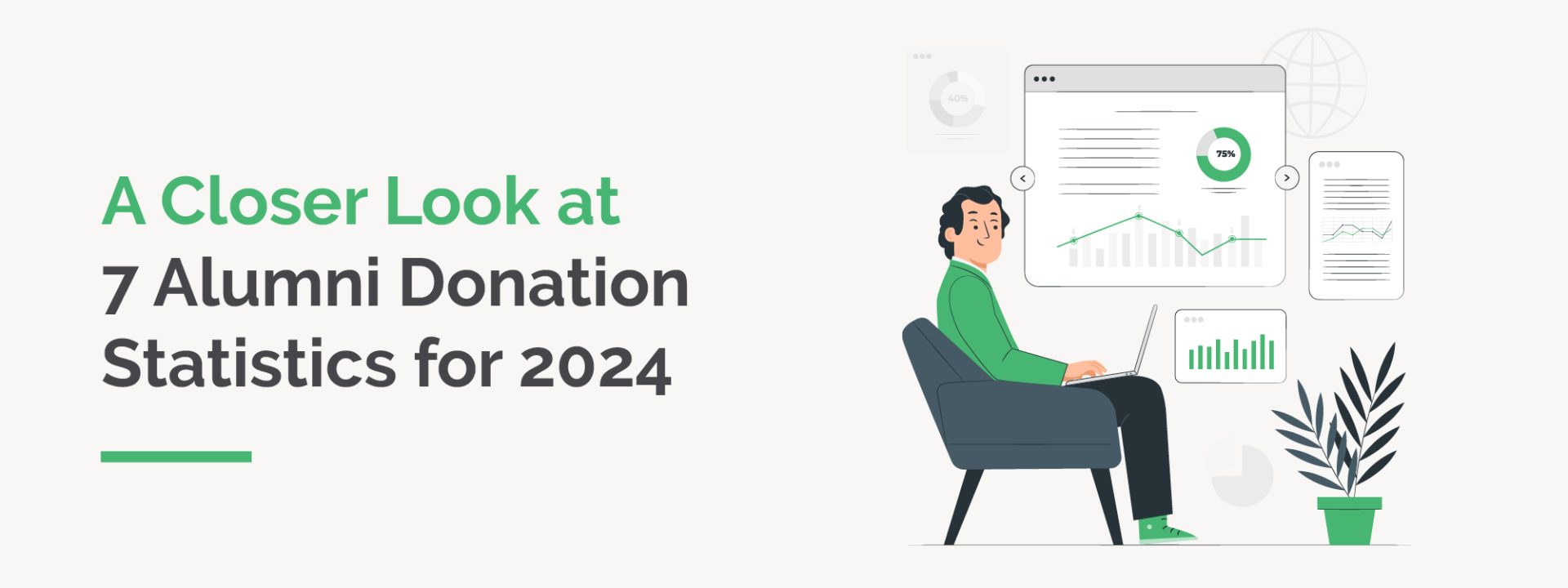
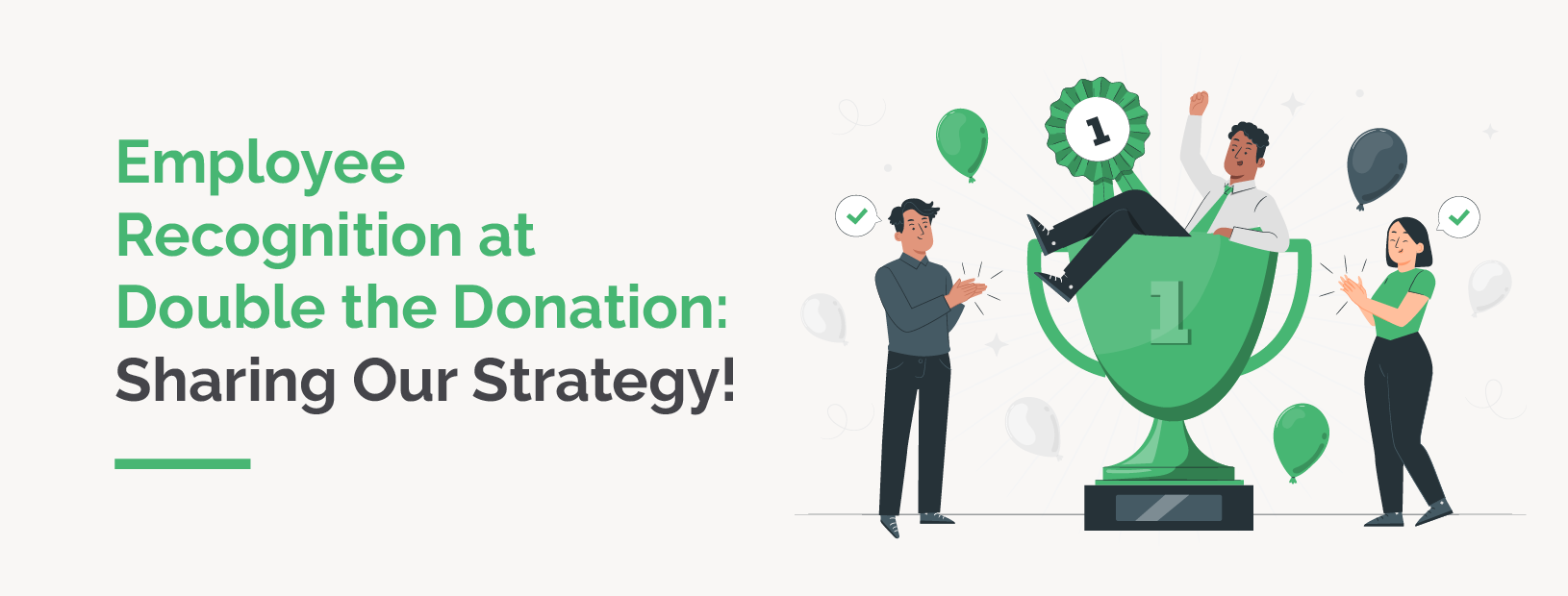
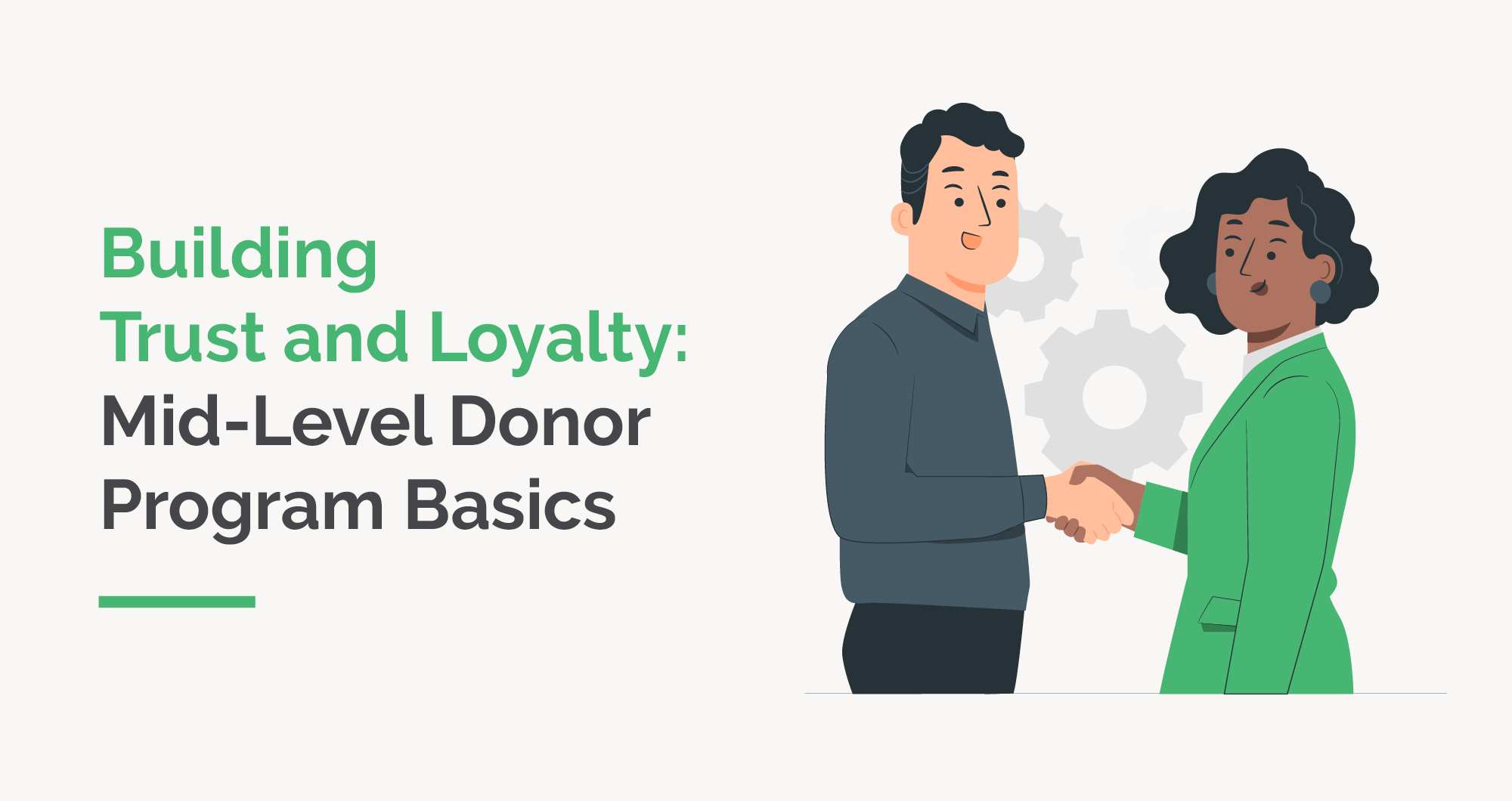
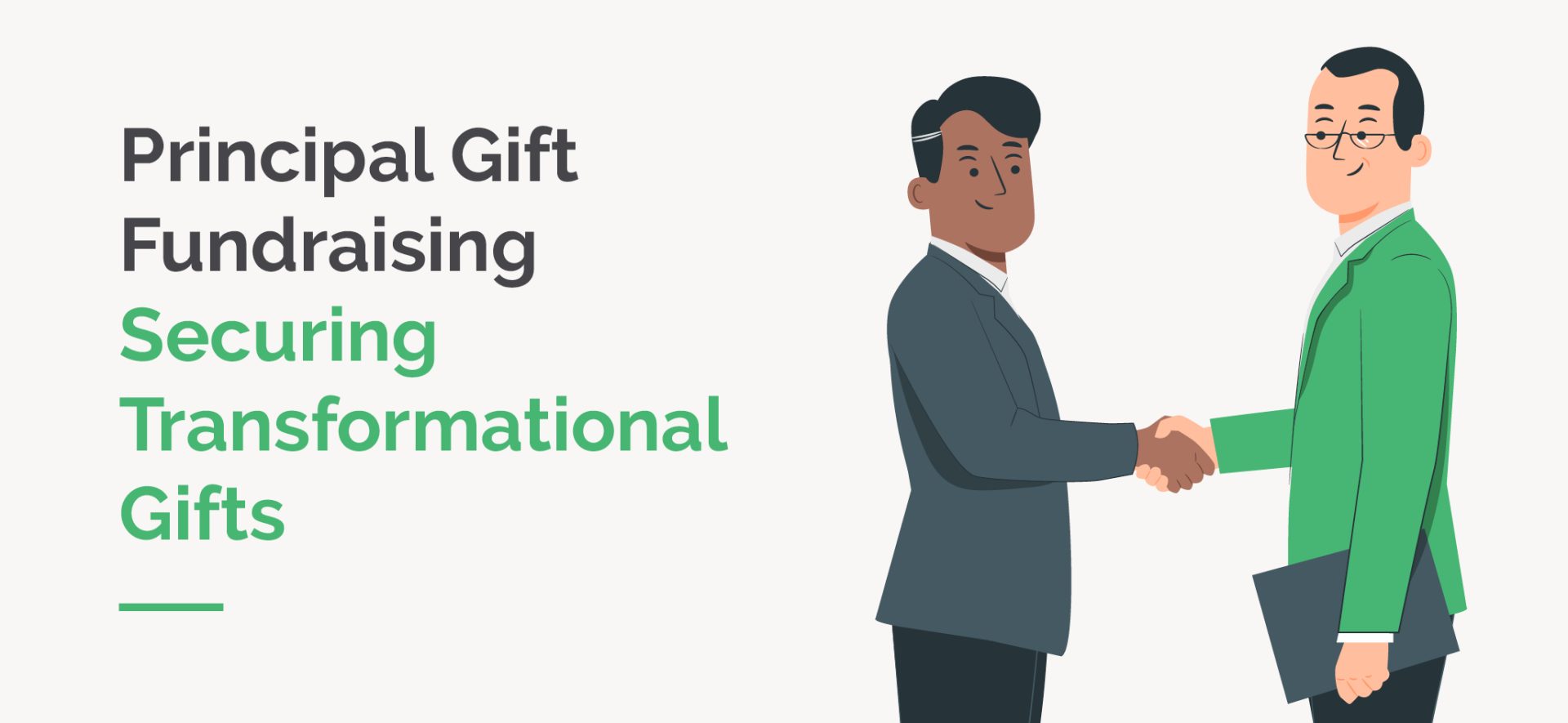
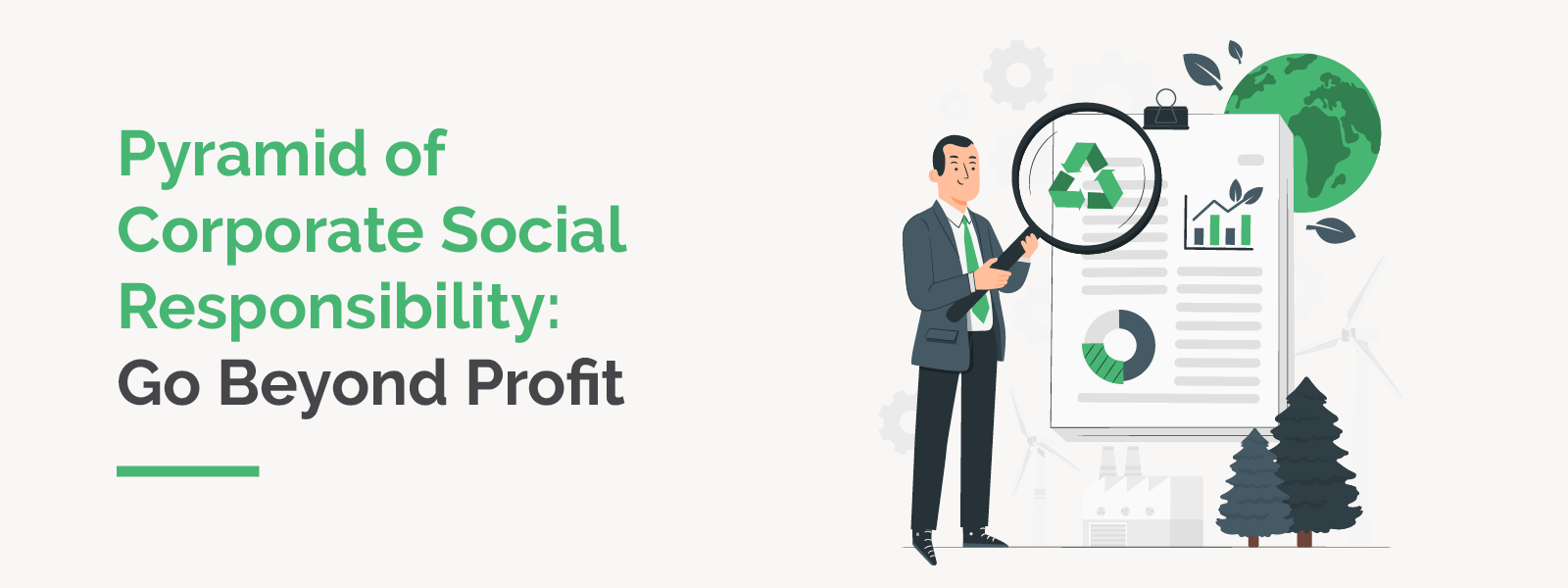
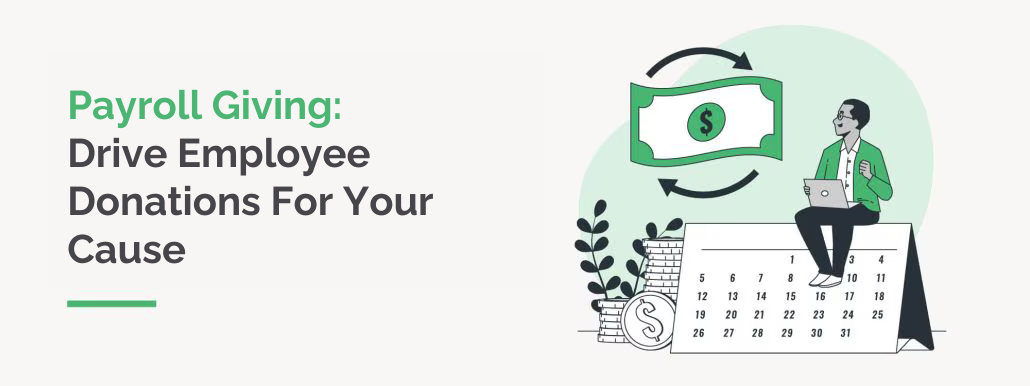 https://doublethedonation.com/wp-content/uploads/2024/02/DTD_Payroll-Giving-Drive-Employee-Donations-For-Your-Cause.png
386
1030
Adam Weinger
https://doublethedonation.com/wp-content/uploads/2022/03/logo-dtd.svg
Adam Weinger2024-02-06 20:35:302025-06-26 16:55:08Payroll Giving: Drive Employee Donations For Your Cause
https://doublethedonation.com/wp-content/uploads/2024/02/DTD_Payroll-Giving-Drive-Employee-Donations-For-Your-Cause.png
386
1030
Adam Weinger
https://doublethedonation.com/wp-content/uploads/2022/03/logo-dtd.svg
Adam Weinger2024-02-06 20:35:302025-06-26 16:55:08Payroll Giving: Drive Employee Donations For Your Cause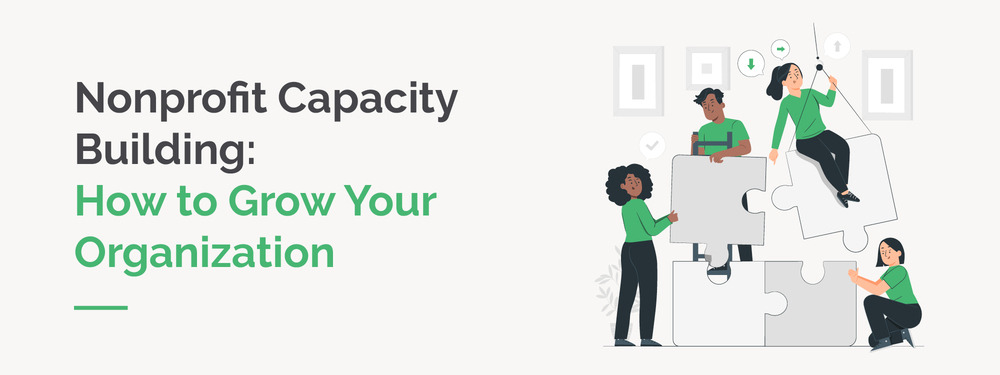
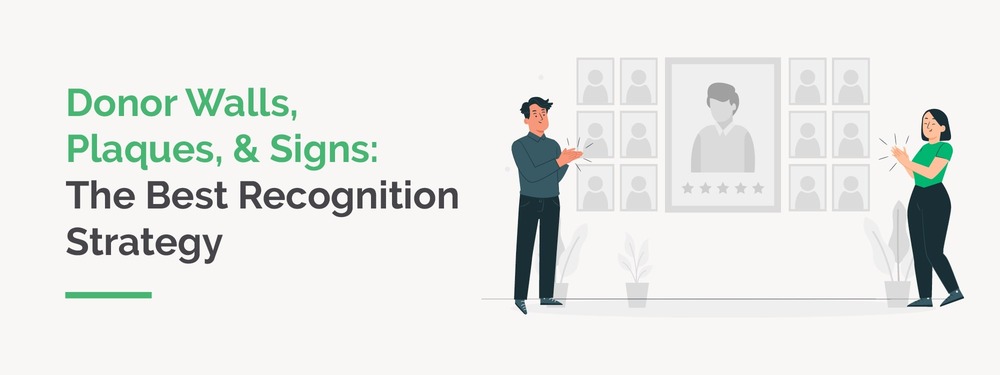
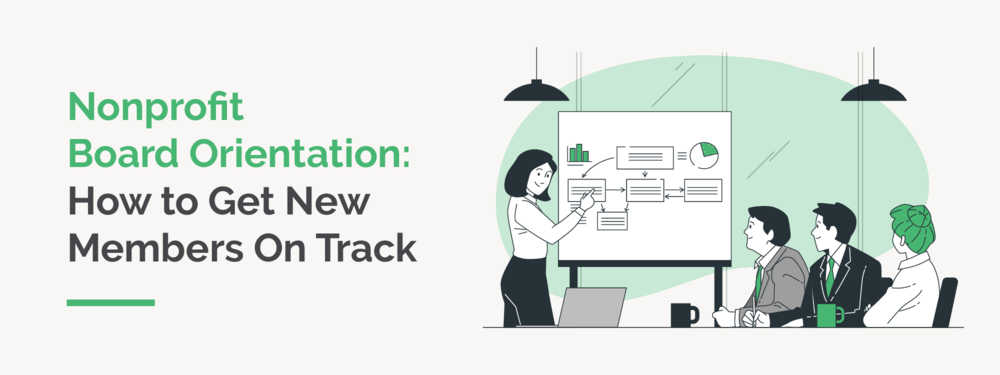
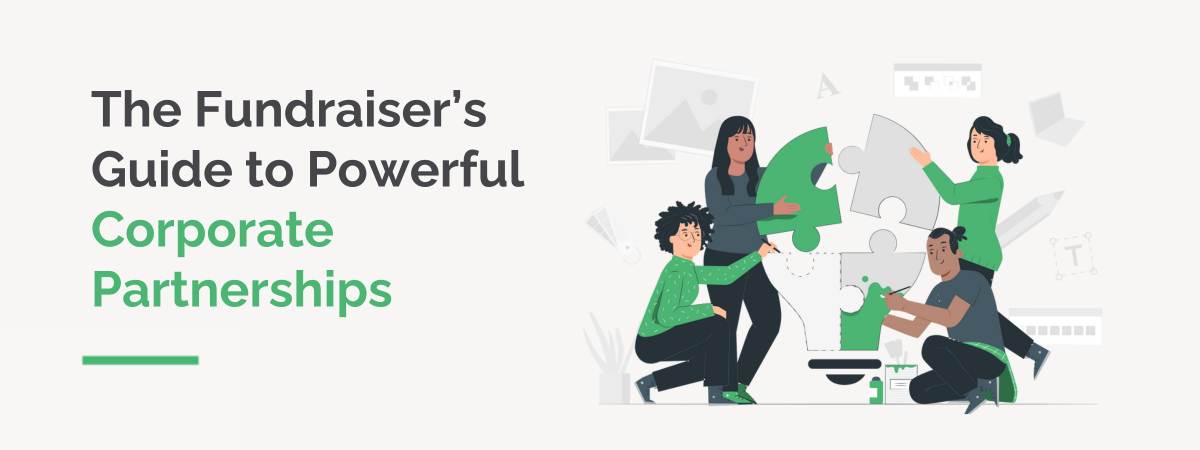
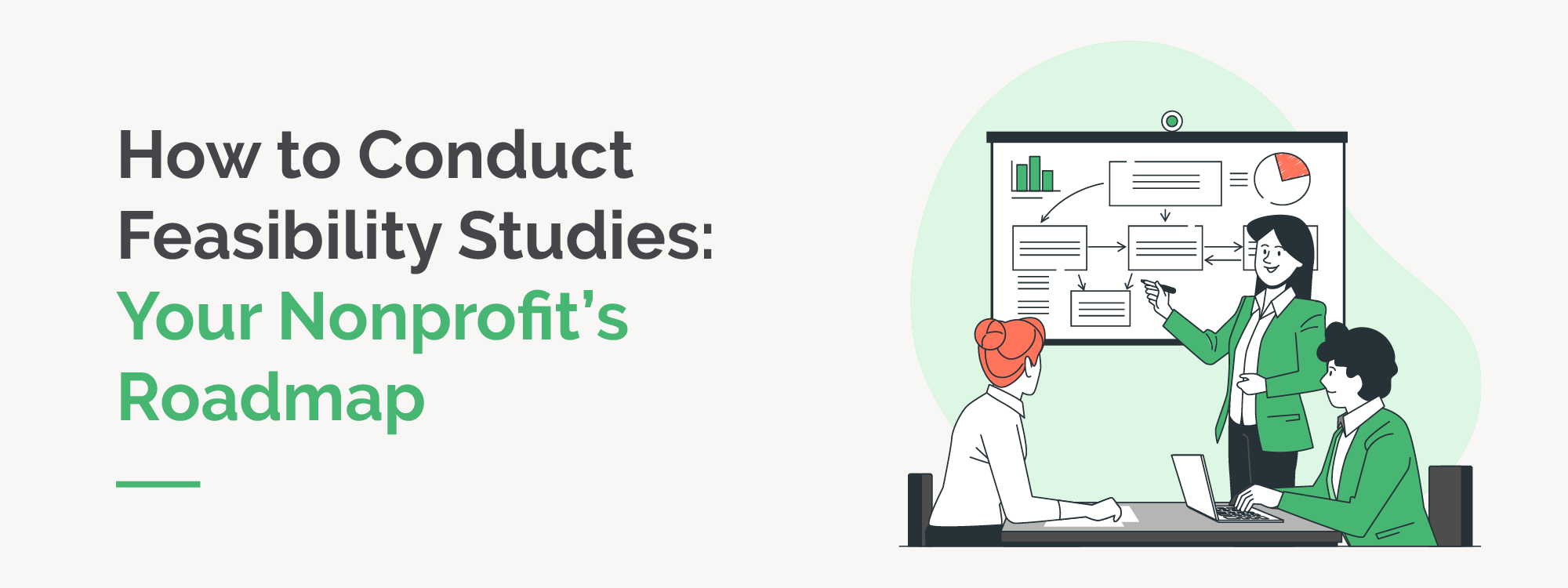
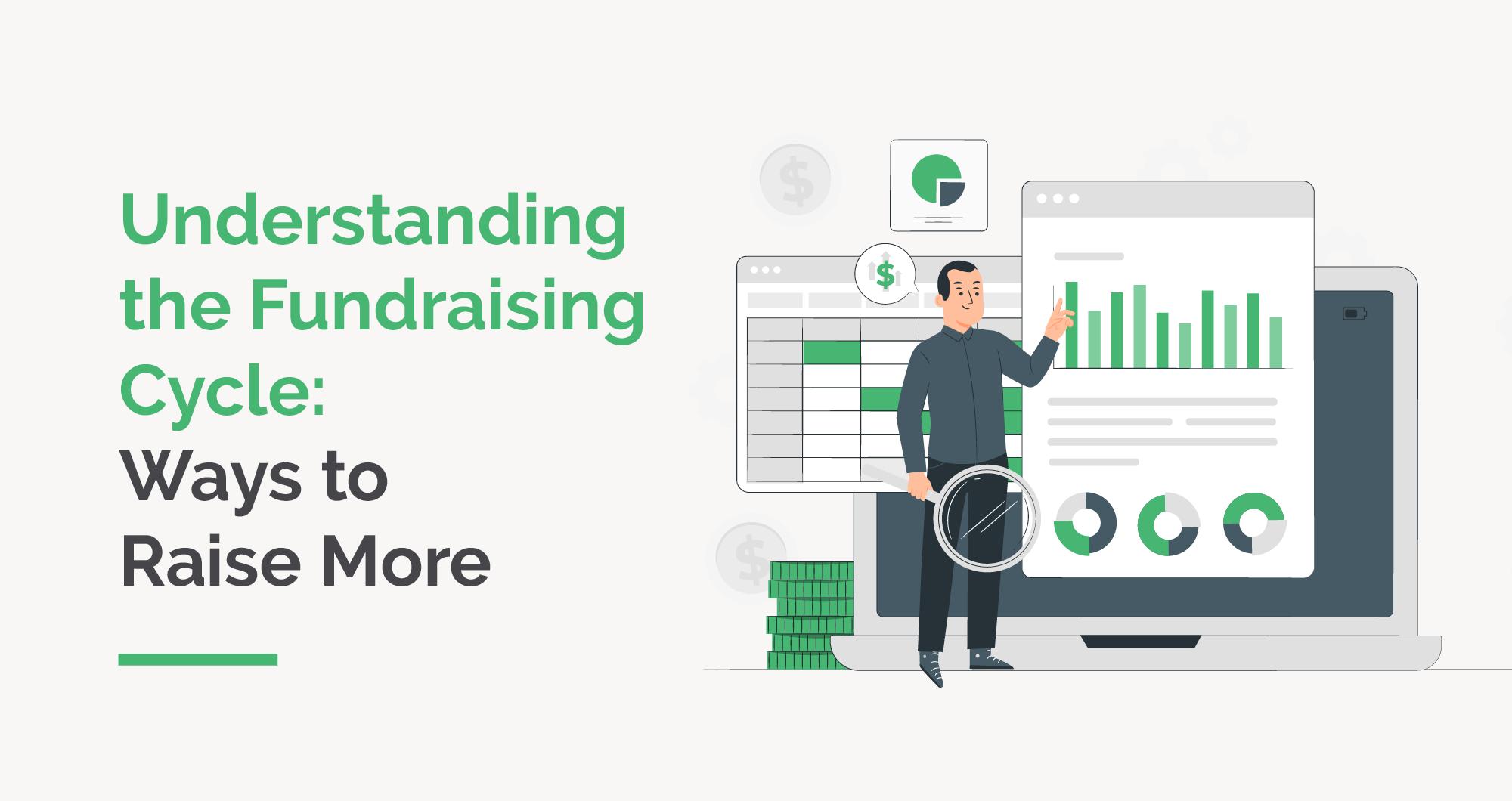
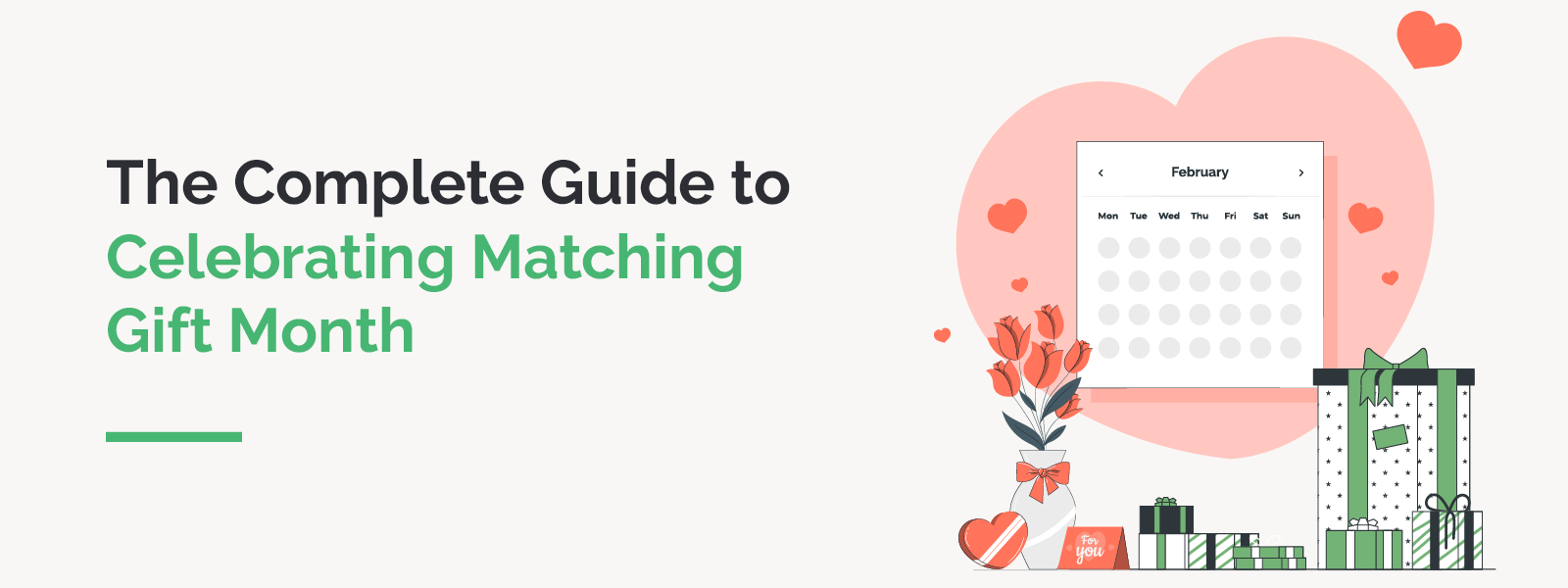
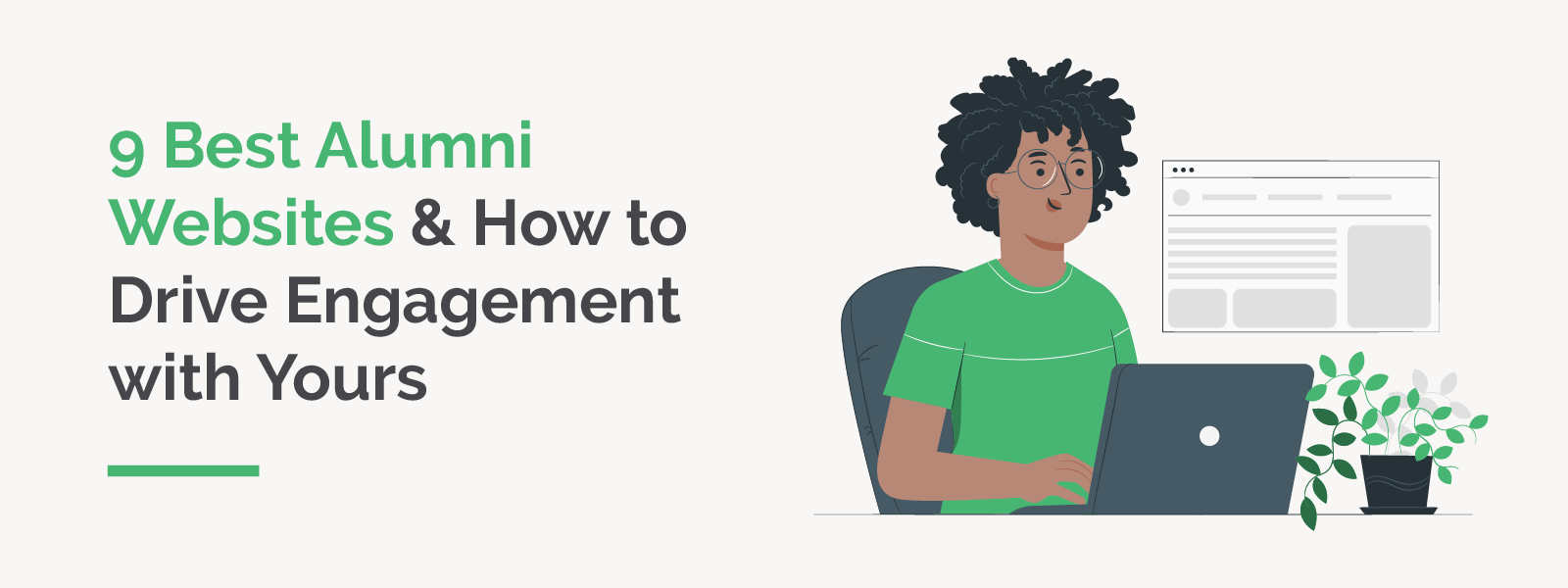 https://doublethedonation.com/wp-content/uploads/2024/02/Alumni-Websites_Feature.png
600
1600
Adam Weinger
https://doublethedonation.com/wp-content/uploads/2022/03/logo-dtd.svg
Adam Weinger2024-02-01 15:30:362025-04-17 17:22:139 Best Alumni Websites & How to Drive Engagement with Yours
https://doublethedonation.com/wp-content/uploads/2024/02/Alumni-Websites_Feature.png
600
1600
Adam Weinger
https://doublethedonation.com/wp-content/uploads/2022/03/logo-dtd.svg
Adam Weinger2024-02-01 15:30:362025-04-17 17:22:139 Best Alumni Websites & How to Drive Engagement with Yours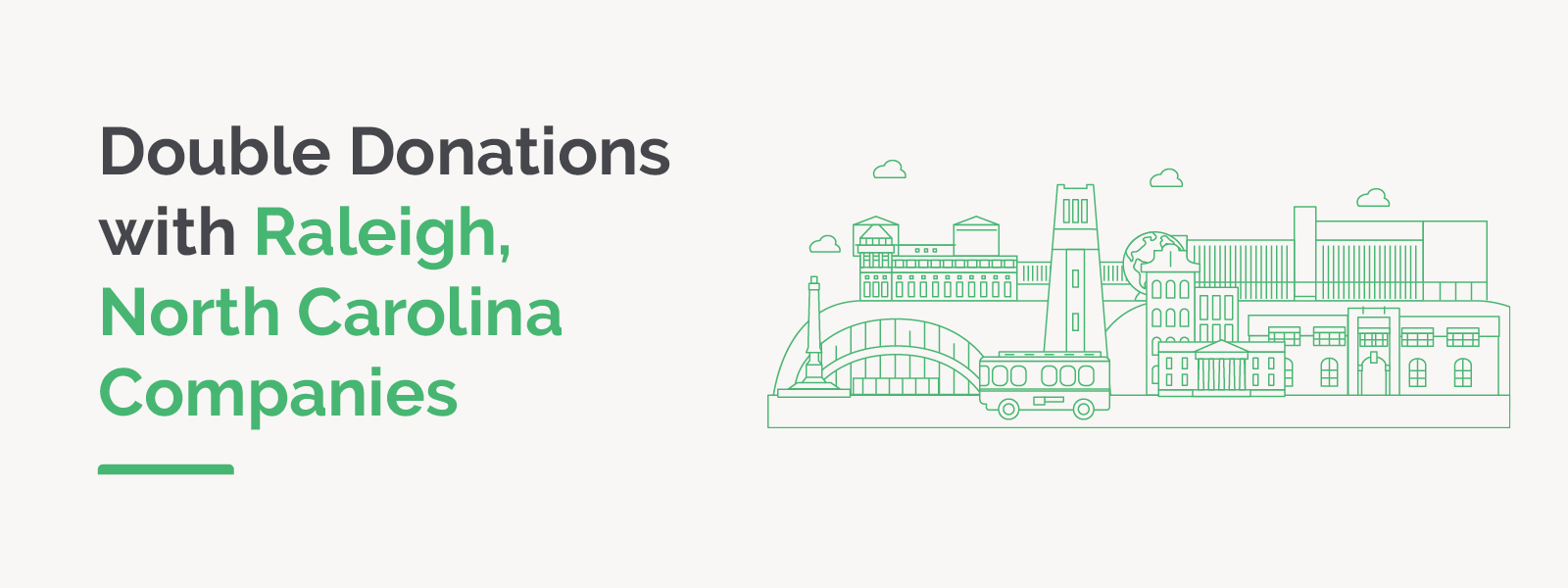
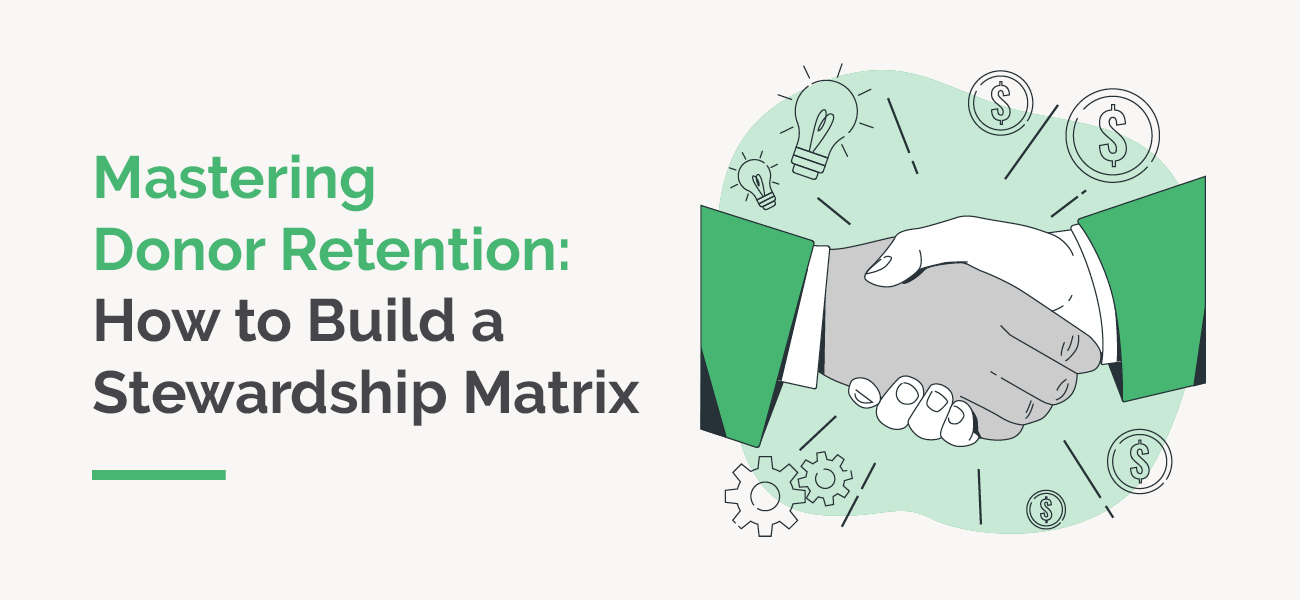
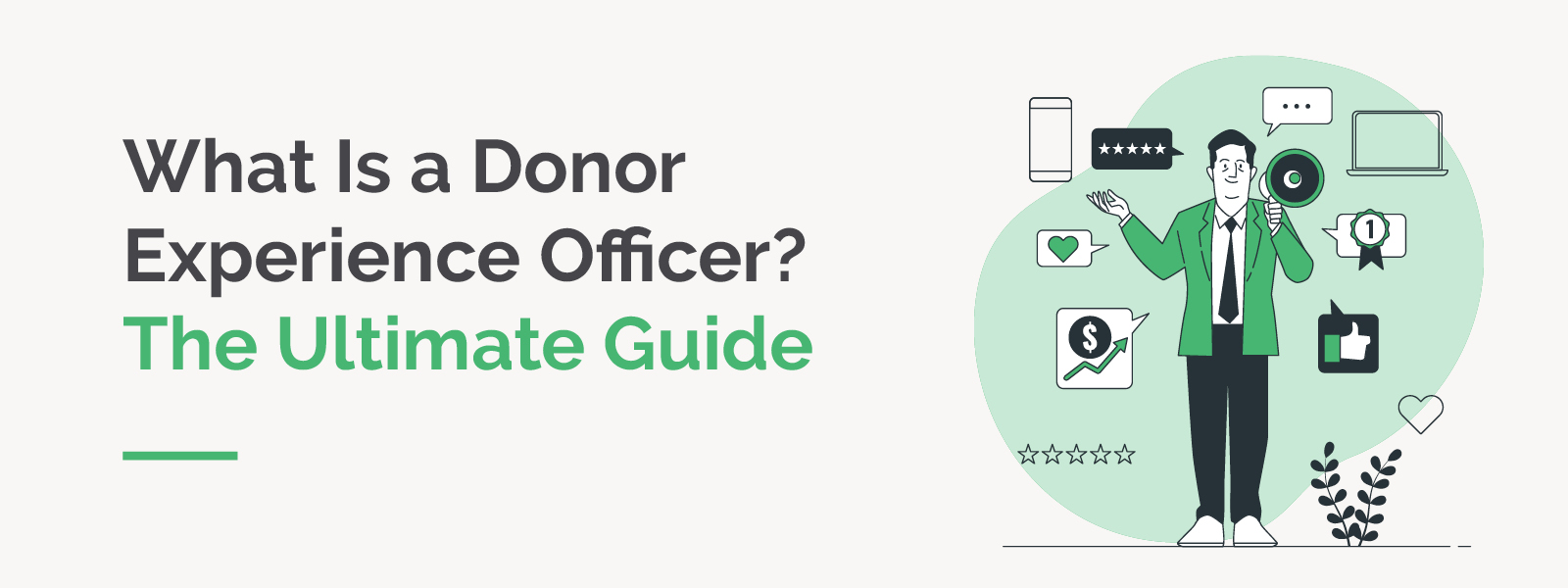
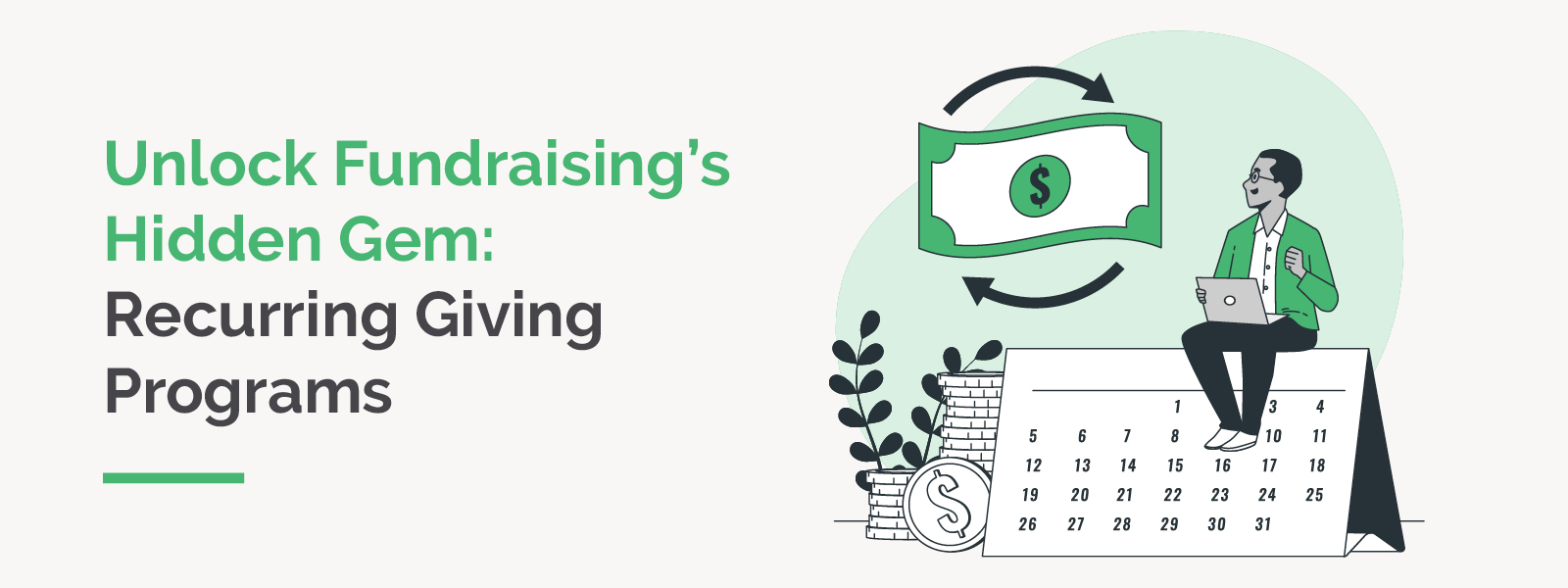
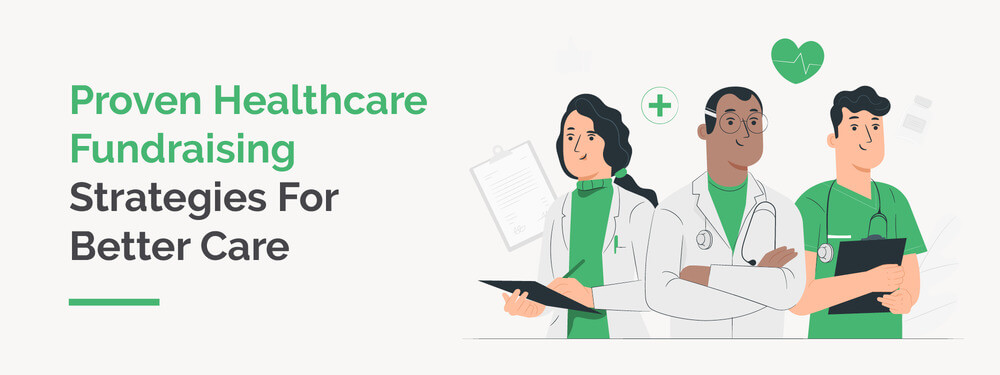
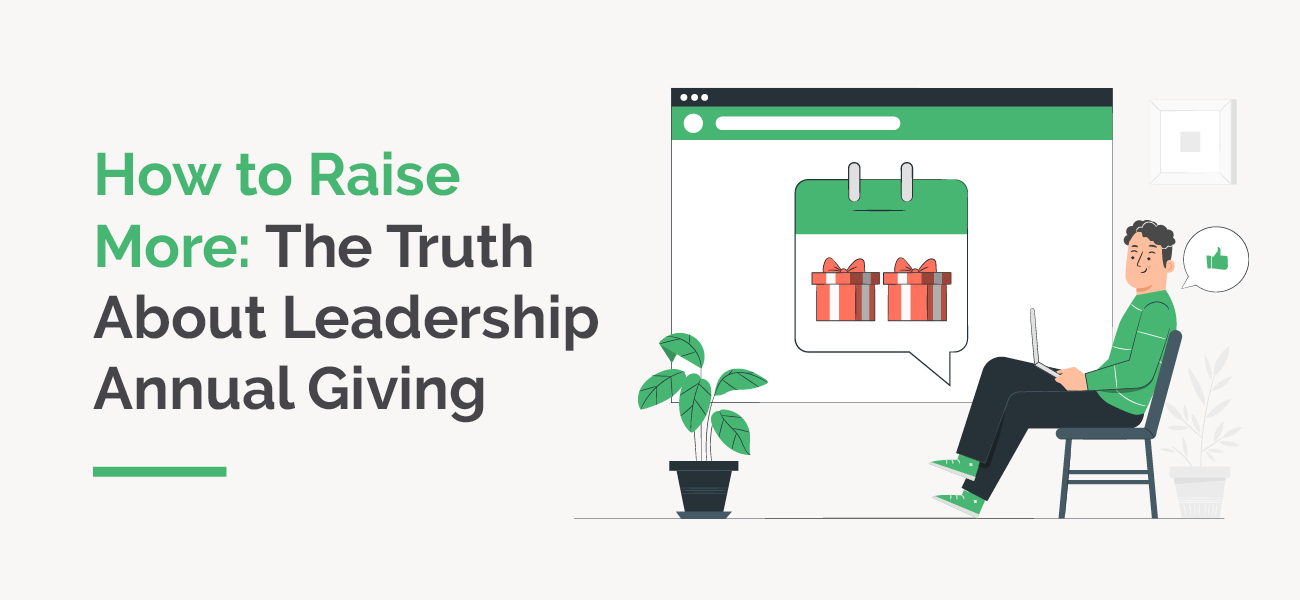
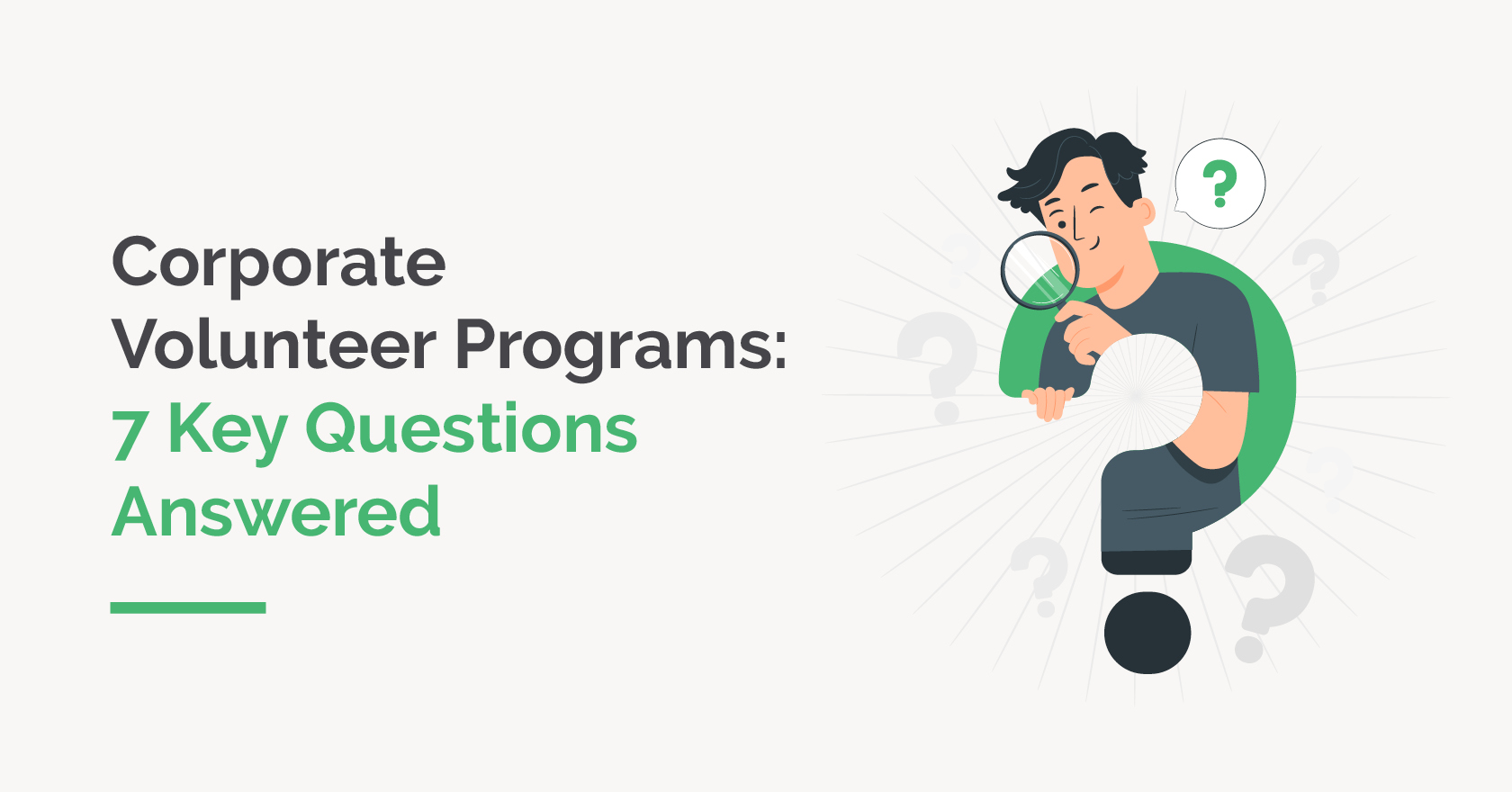
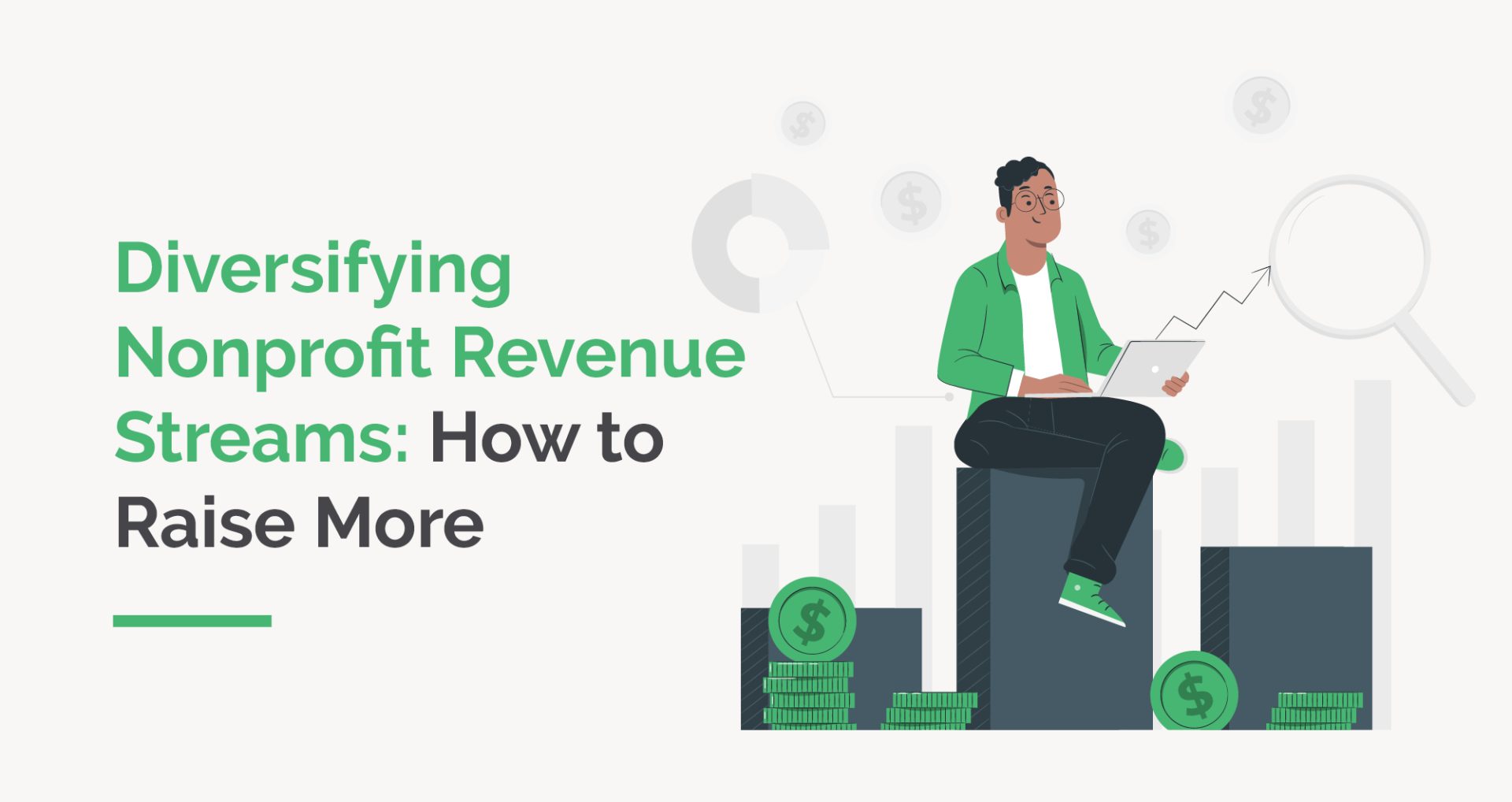
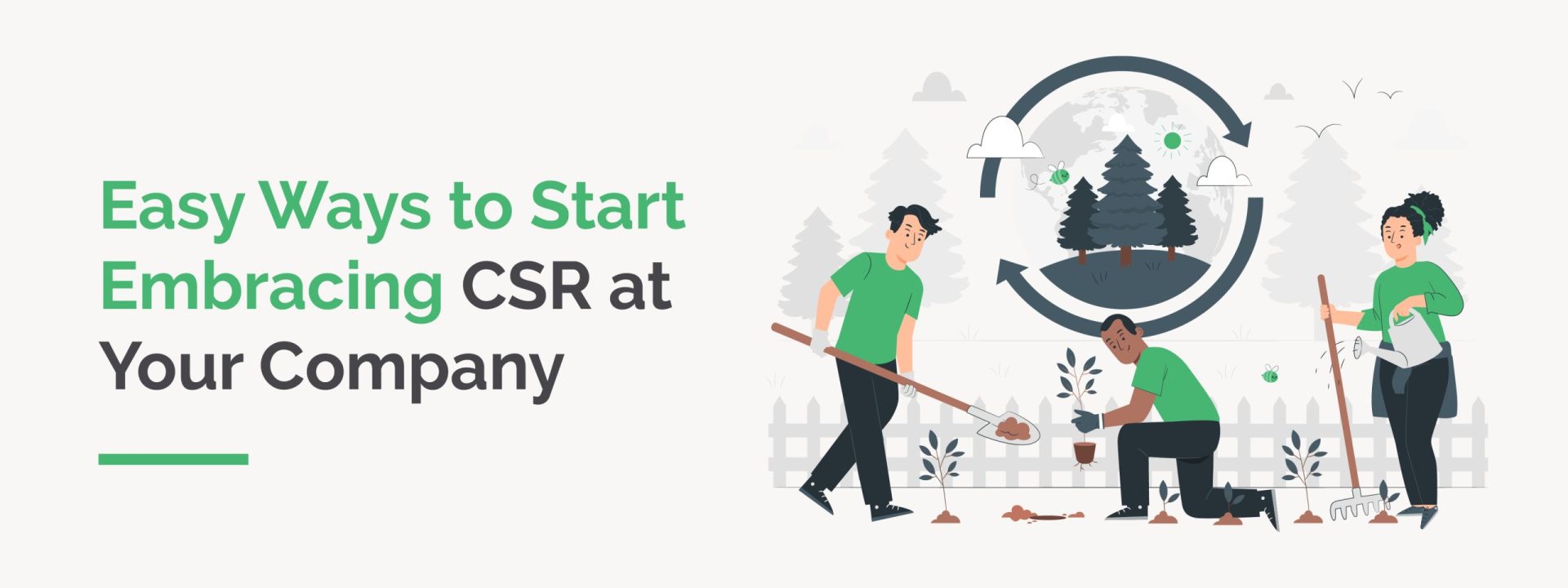
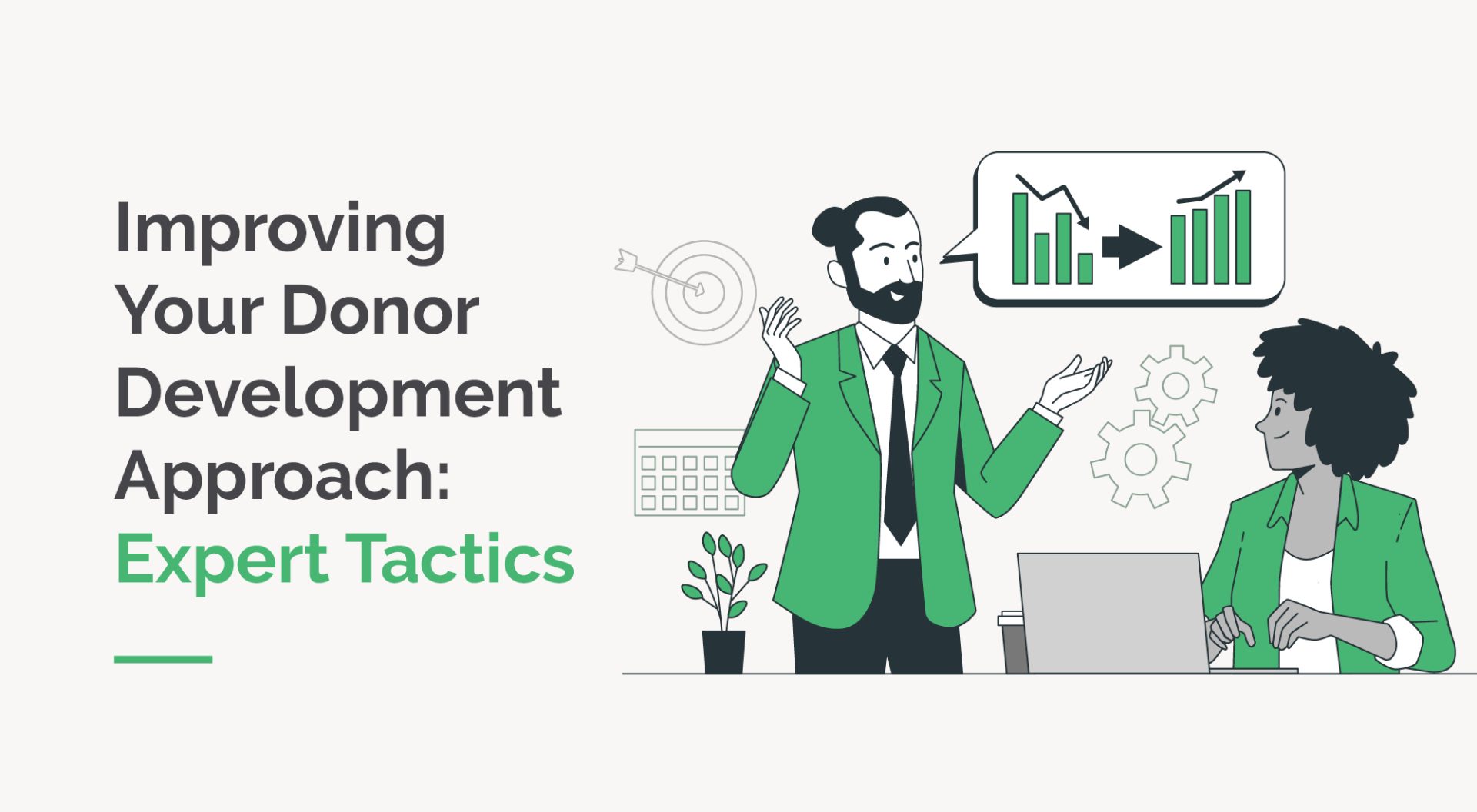
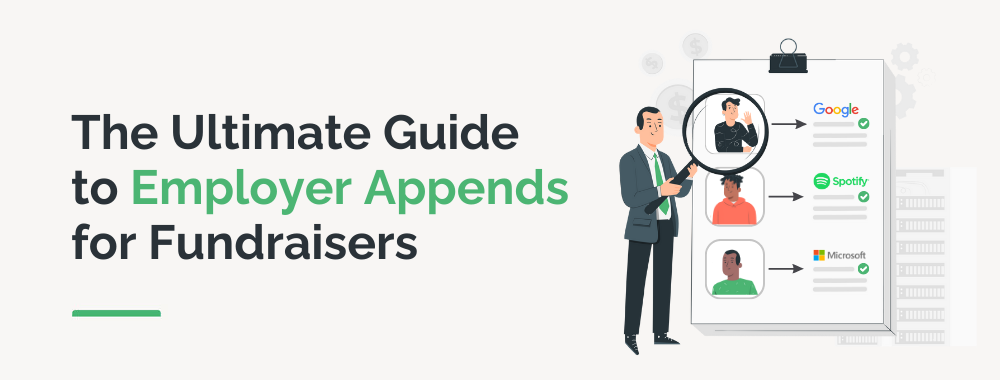
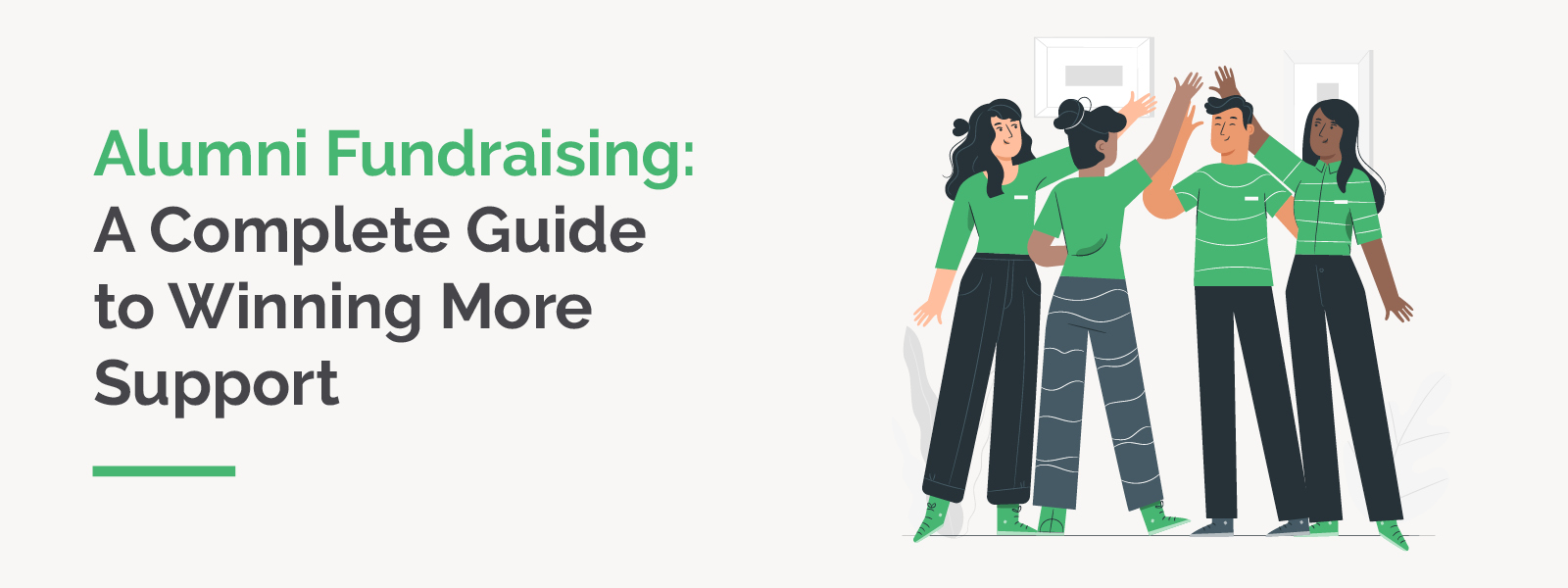
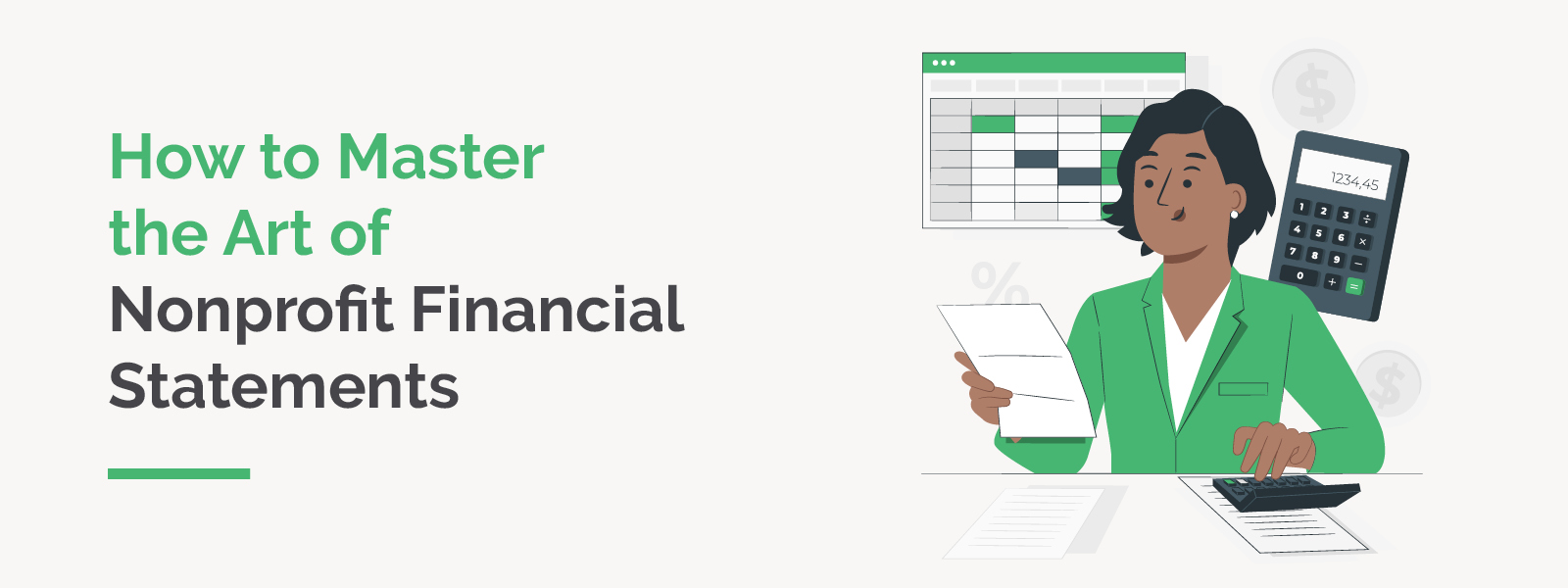
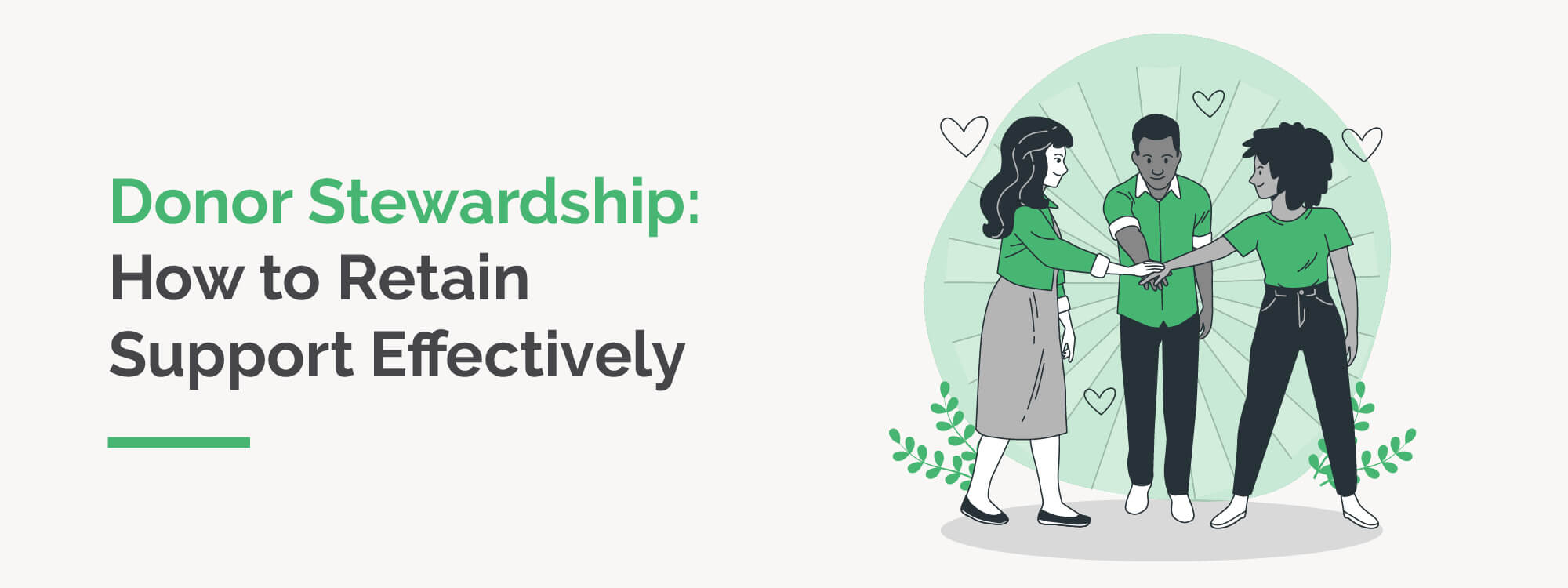
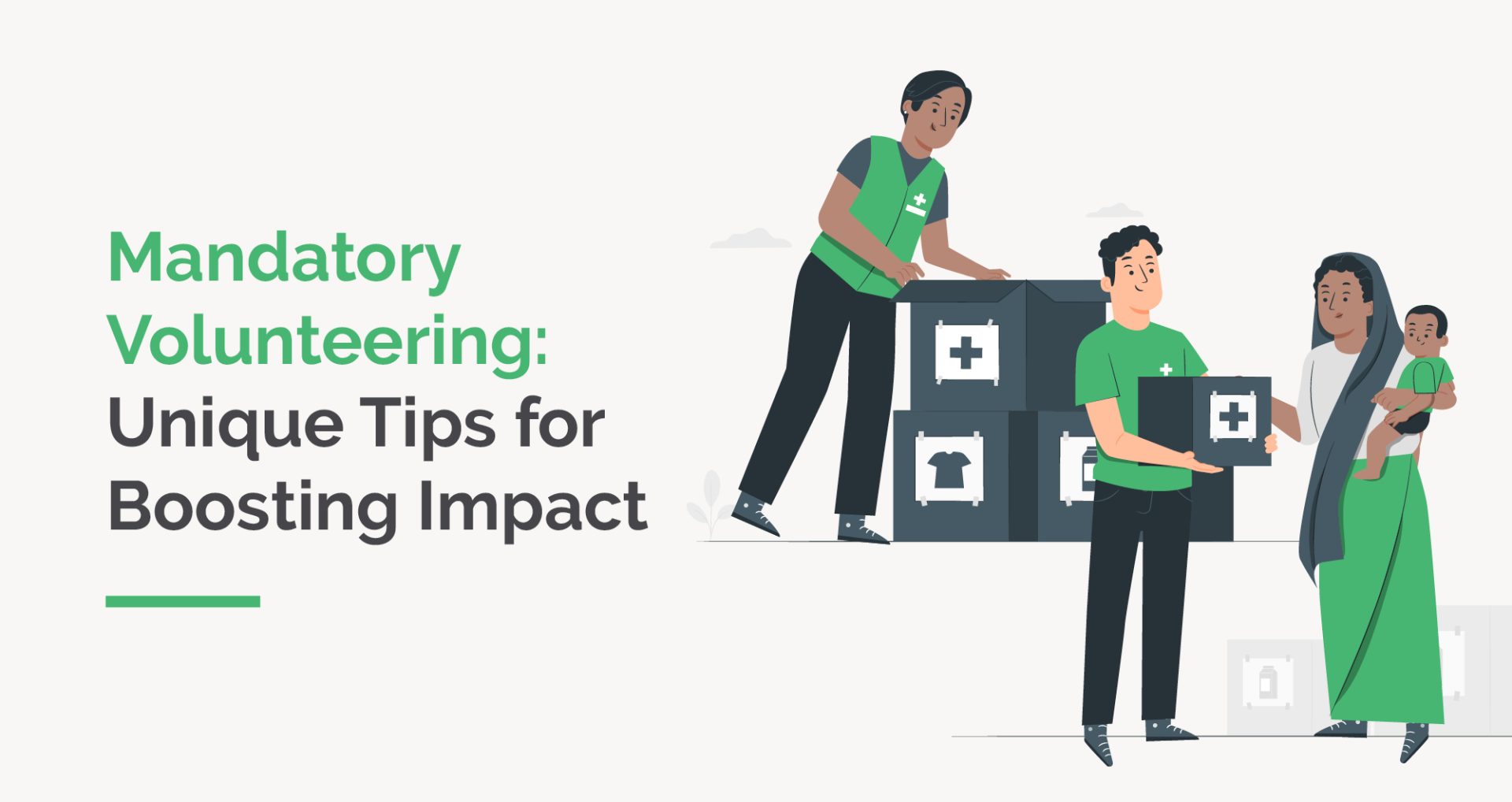
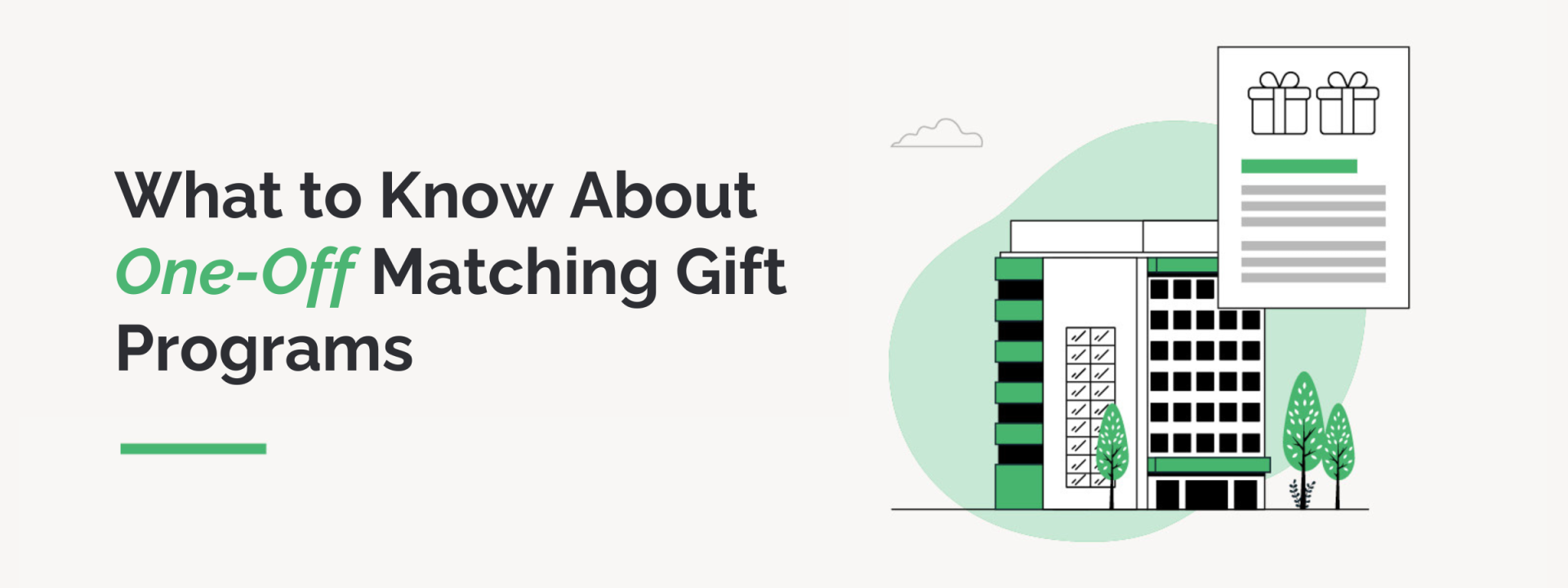 https://doublethedonation.com/wp-content/uploads/2023/10/What-to-Know-About-One-Off-Matching-Gift-Programs.png
720
1920
Adam Weinger
https://doublethedonation.com/wp-content/uploads/2022/03/logo-dtd.svg
Adam Weinger2024-01-19 05:00:532025-04-08 15:52:53One-Off Matching Gift Programs | What to Know For Your Org
https://doublethedonation.com/wp-content/uploads/2023/10/What-to-Know-About-One-Off-Matching-Gift-Programs.png
720
1920
Adam Weinger
https://doublethedonation.com/wp-content/uploads/2022/03/logo-dtd.svg
Adam Weinger2024-01-19 05:00:532025-04-08 15:52:53One-Off Matching Gift Programs | What to Know For Your Org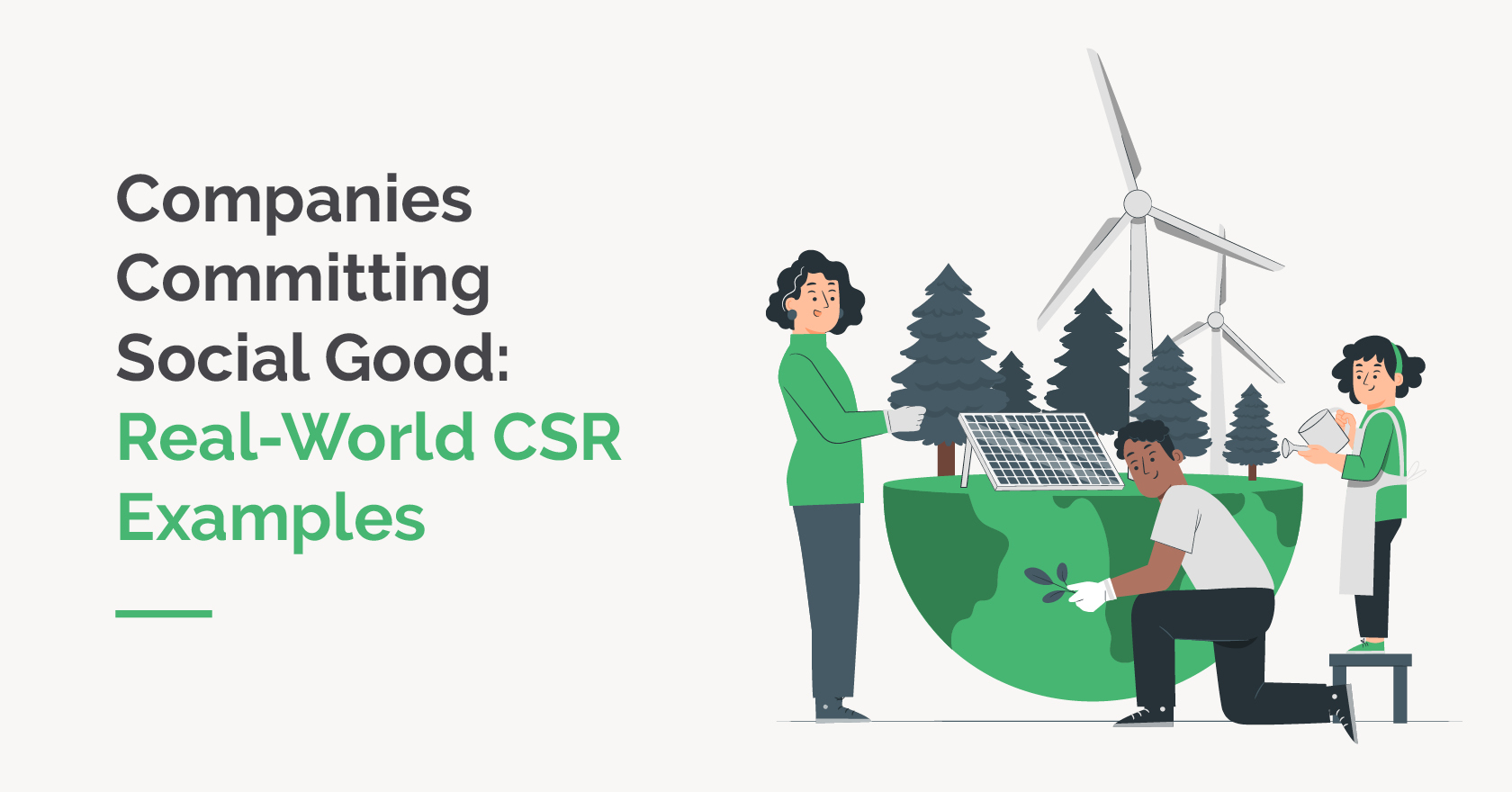
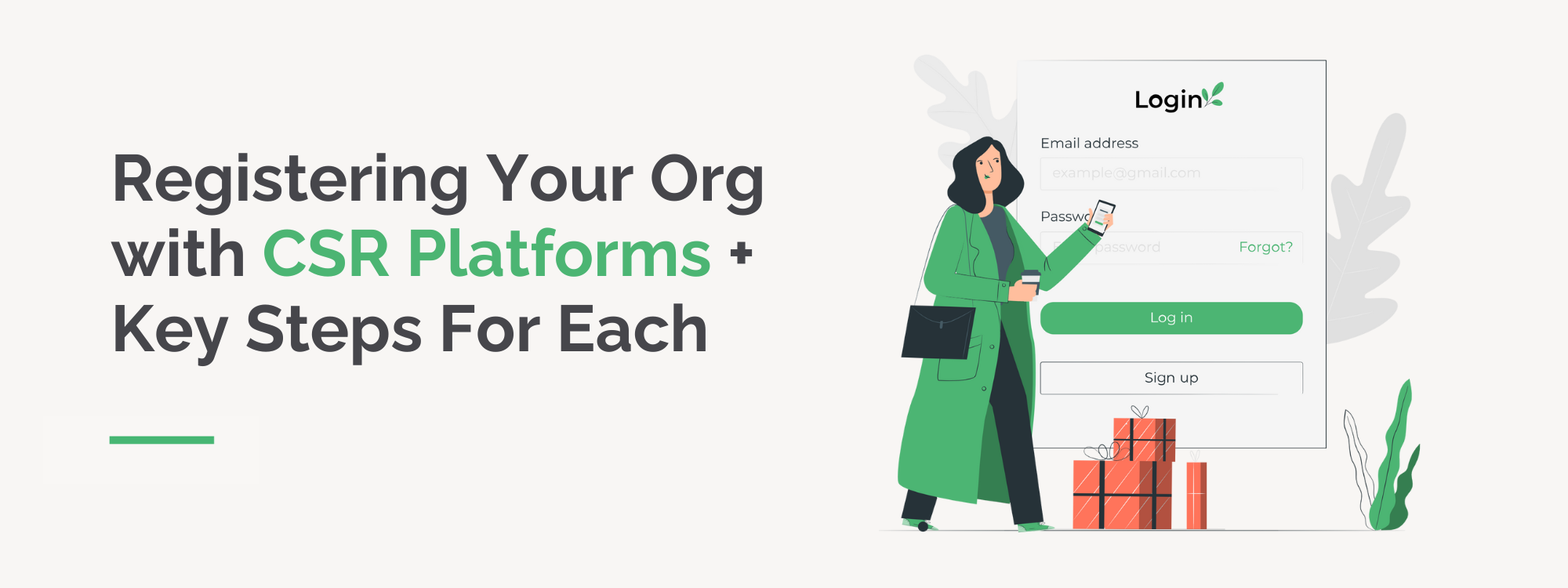
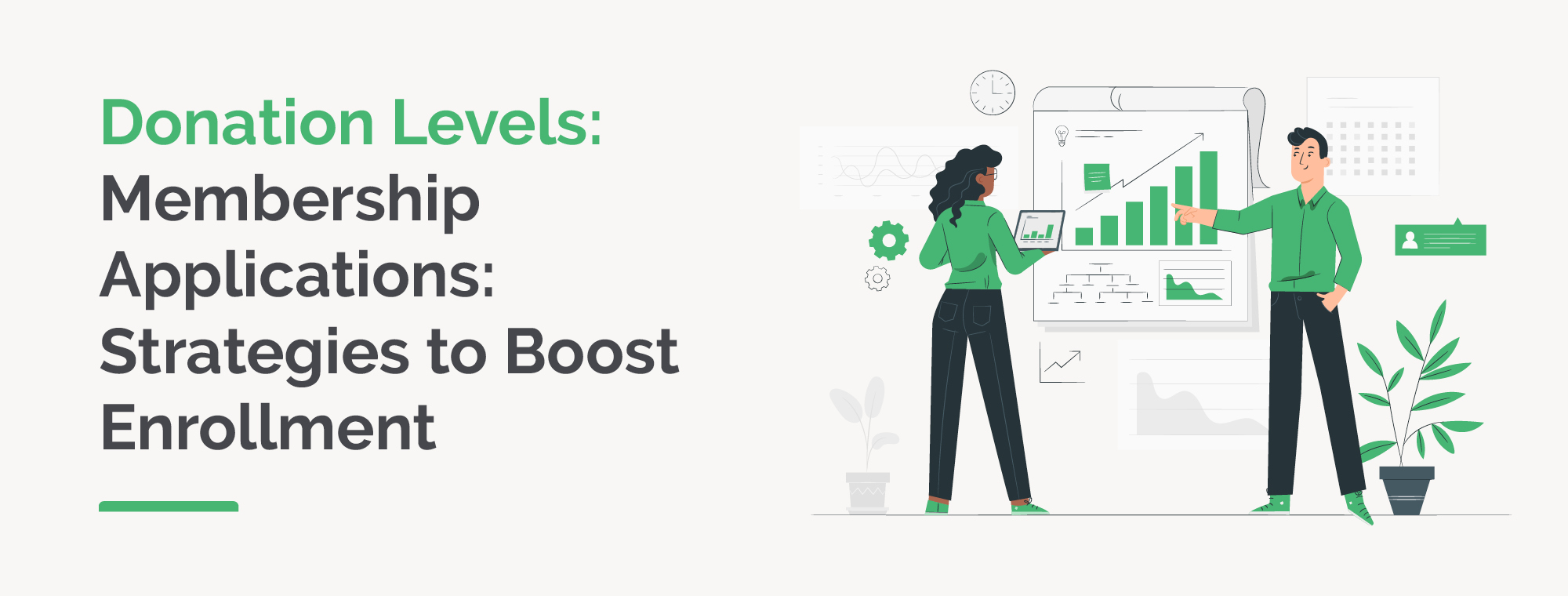 https://doublethedonation.com/wp-content/uploads/2018/01/member-application-samples_feature.jpg
760
2000
Adam Weinger
https://doublethedonation.com/wp-content/uploads/2022/03/logo-dtd.svg
Adam Weinger2024-01-07 16:00:362025-02-10 20:37:02Membership Applications: 5 Strategies to Boost Enrollment
https://doublethedonation.com/wp-content/uploads/2018/01/member-application-samples_feature.jpg
760
2000
Adam Weinger
https://doublethedonation.com/wp-content/uploads/2022/03/logo-dtd.svg
Adam Weinger2024-01-07 16:00:362025-02-10 20:37:02Membership Applications: 5 Strategies to Boost Enrollment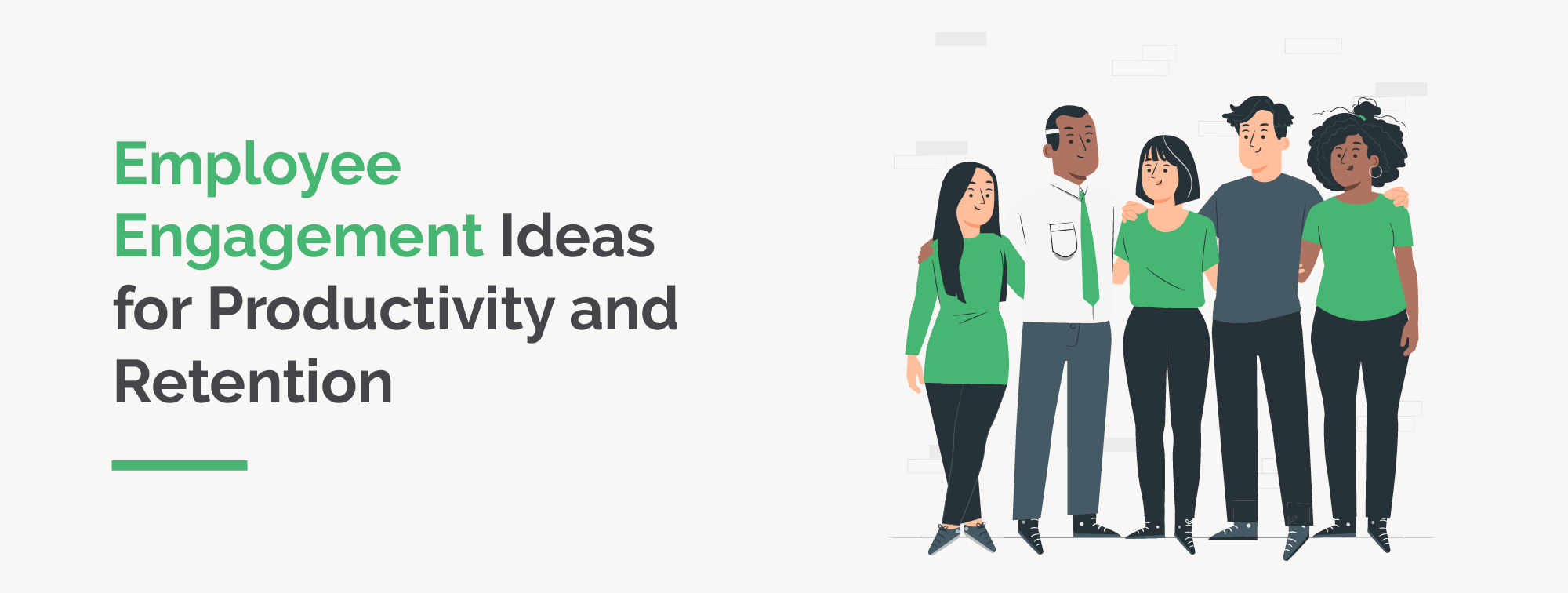
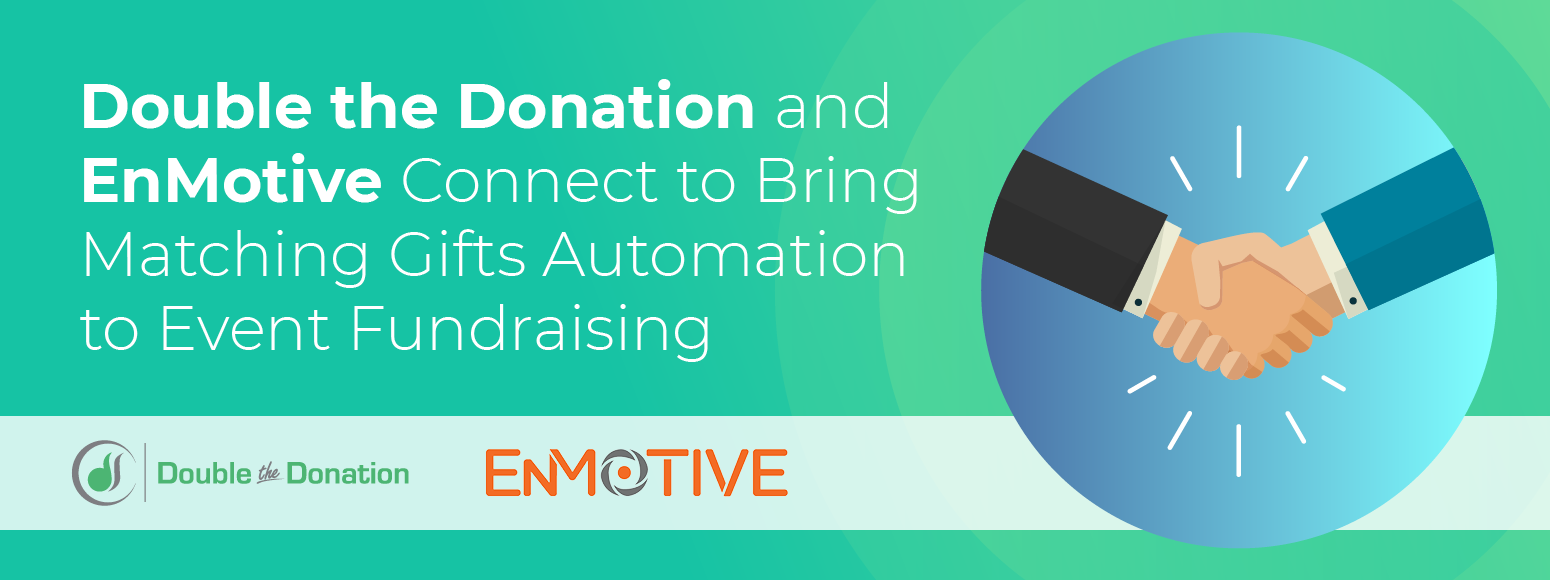
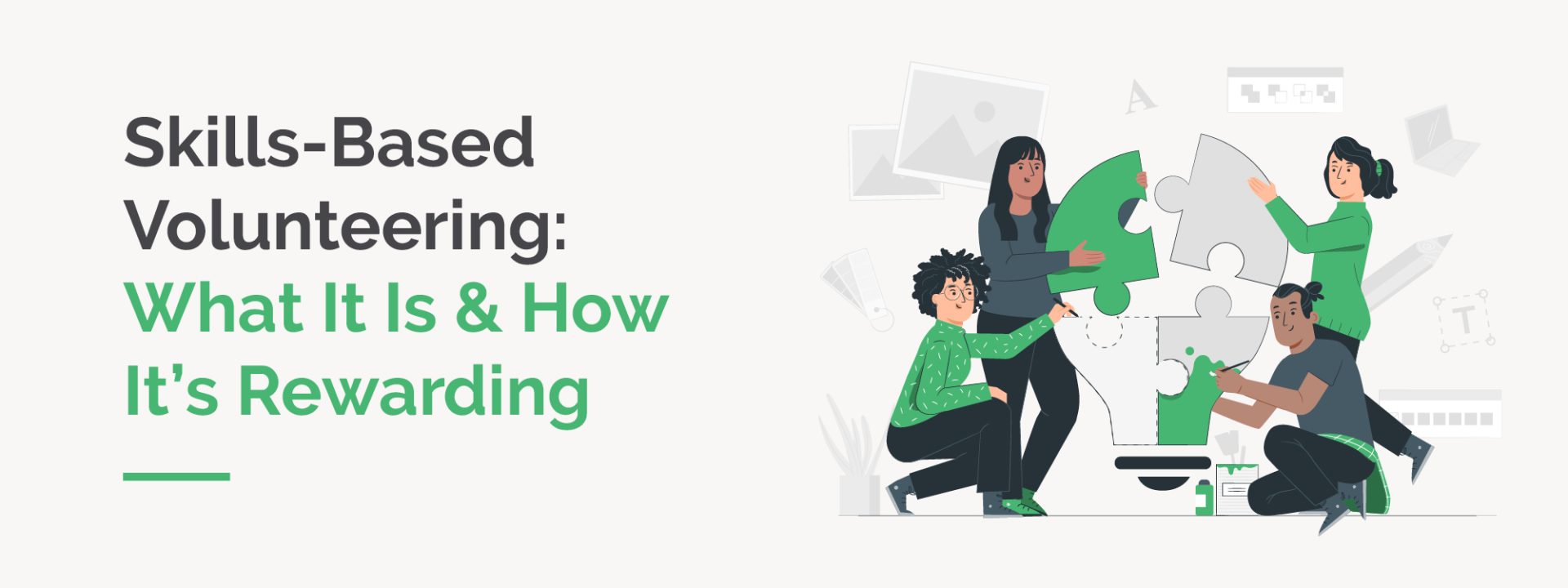 https://doublethedonation.com/wp-content/uploads/2023/11/Skills-Based-Volunteering_Feature.jpg
720
1920
Adam Weinger
https://doublethedonation.com/wp-content/uploads/2022/03/logo-dtd.svg
Adam Weinger2023-12-14 14:26:542025-05-22 20:05:01Skills-Based Volunteering: What It Is & How It’s Rewarding
https://doublethedonation.com/wp-content/uploads/2023/11/Skills-Based-Volunteering_Feature.jpg
720
1920
Adam Weinger
https://doublethedonation.com/wp-content/uploads/2022/03/logo-dtd.svg
Adam Weinger2023-12-14 14:26:542025-05-22 20:05:01Skills-Based Volunteering: What It Is & How It’s Rewarding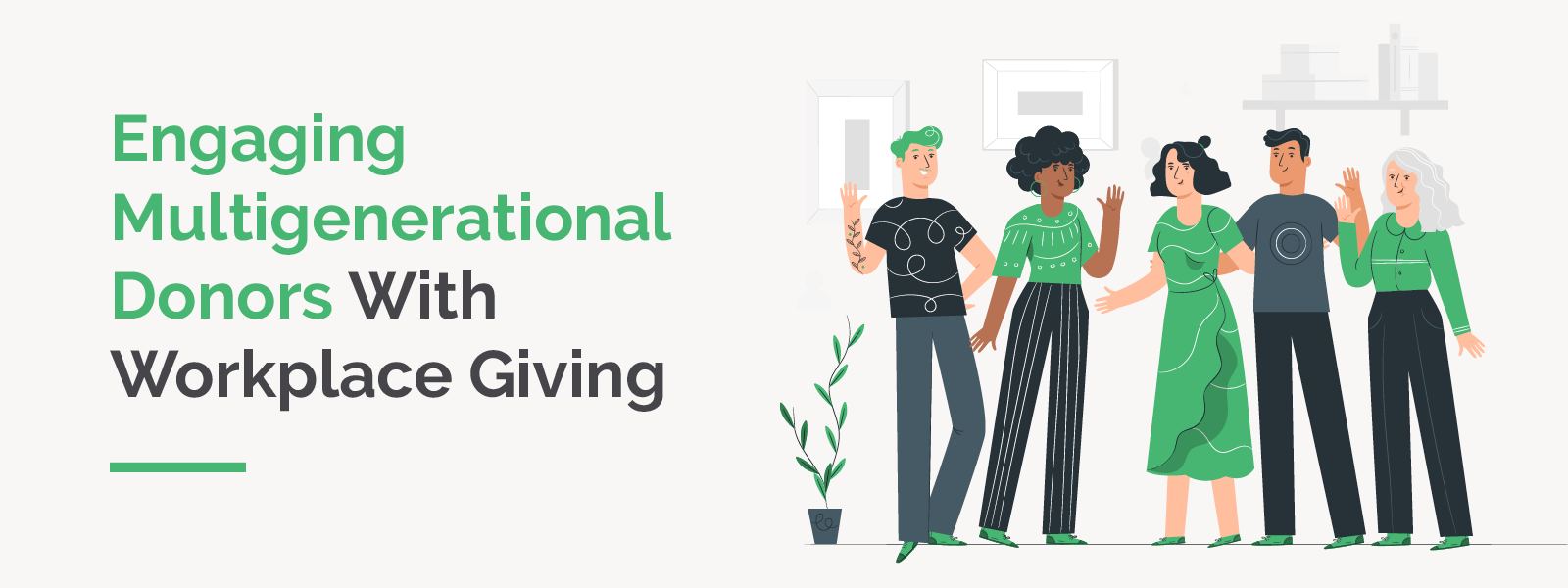
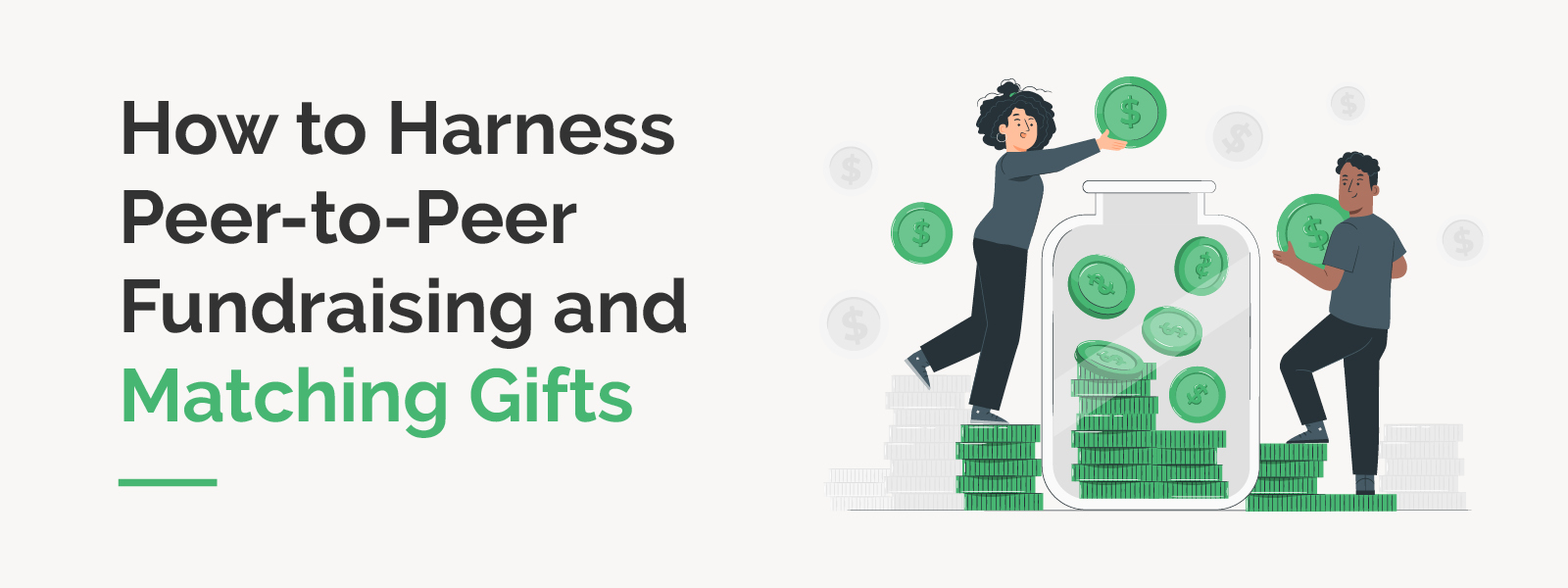
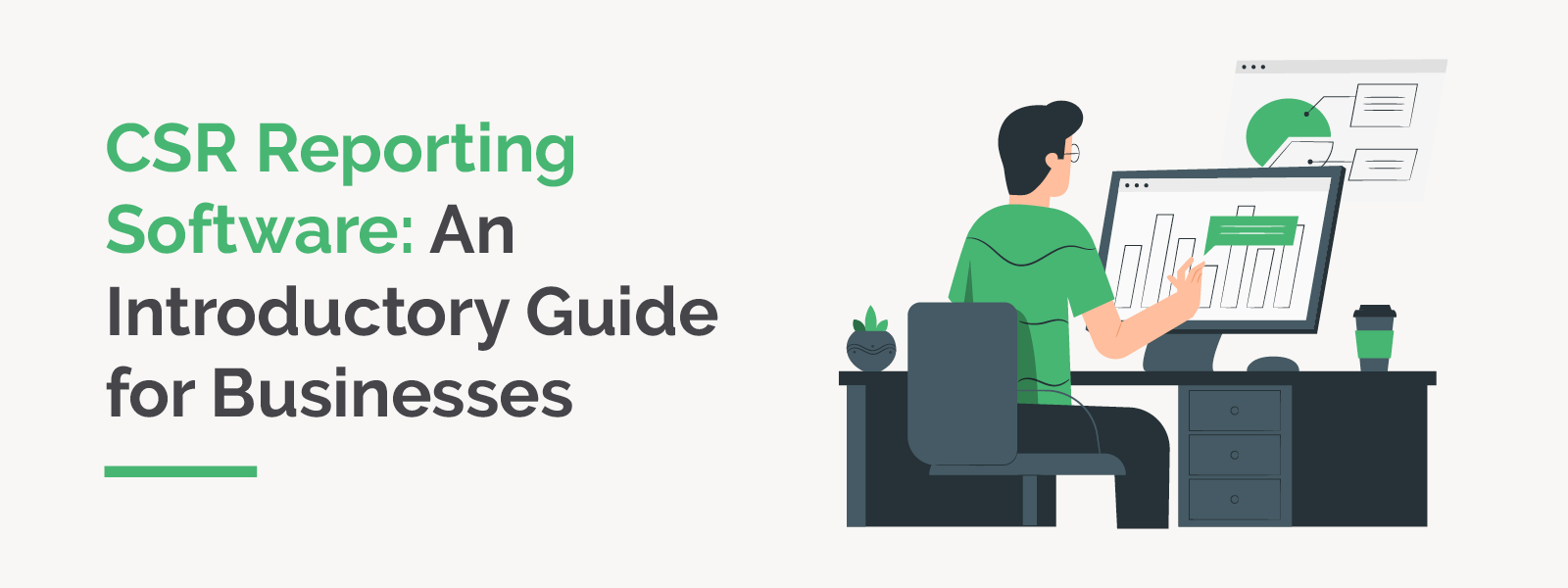

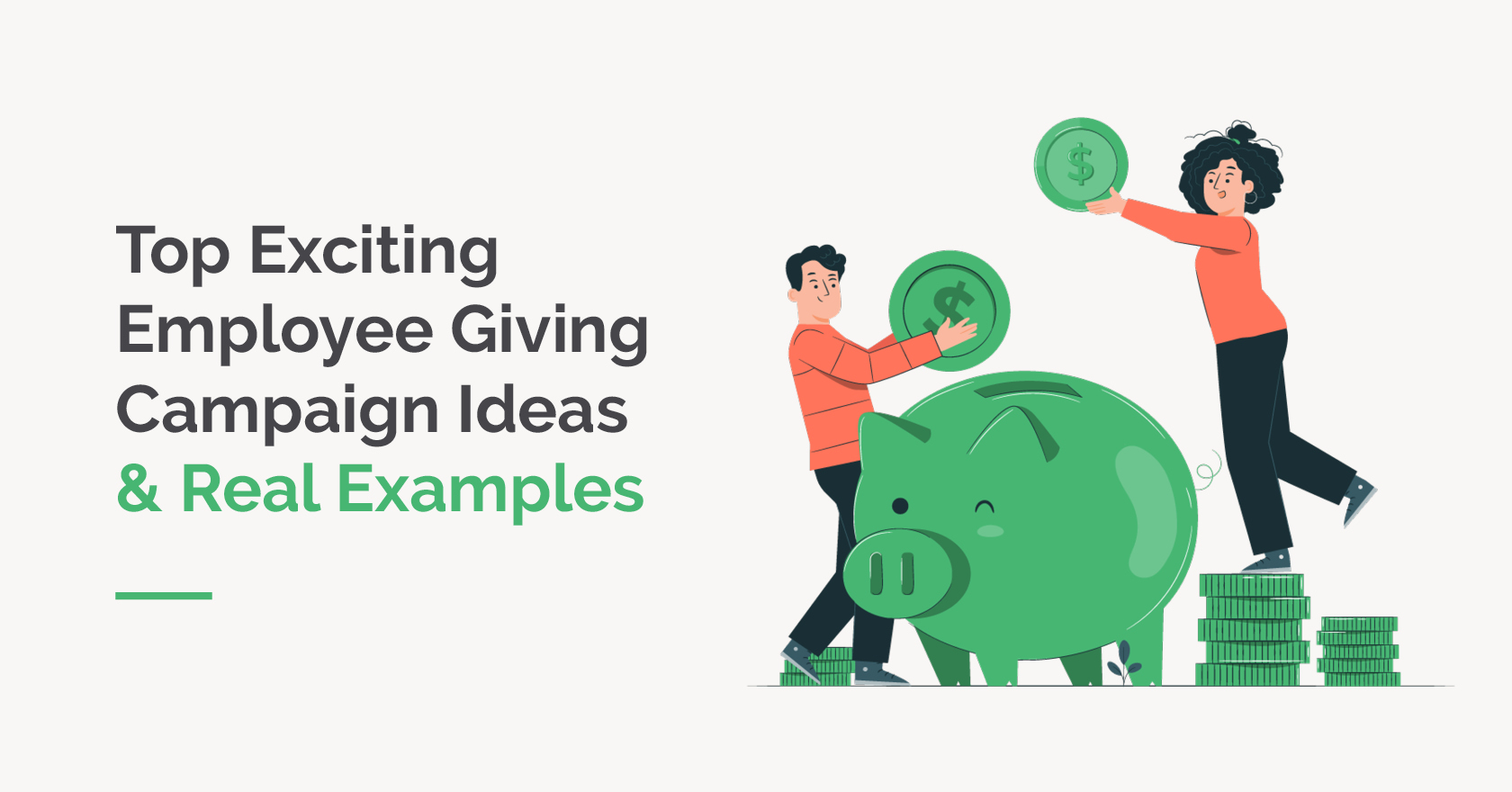
 https://doublethedonation.com/wp-content/uploads/2023/11/Corporate-Volunteerism_Feature.png
600
1600
Adam Weinger
https://doublethedonation.com/wp-content/uploads/2022/03/logo-dtd.svg
Adam Weinger2023-11-15 14:56:592025-05-22 19:50:24Corporate Volunteerism: A Guide for Purpose-Driven Companies
https://doublethedonation.com/wp-content/uploads/2023/11/Corporate-Volunteerism_Feature.png
600
1600
Adam Weinger
https://doublethedonation.com/wp-content/uploads/2022/03/logo-dtd.svg
Adam Weinger2023-11-15 14:56:592025-05-22 19:50:24Corporate Volunteerism: A Guide for Purpose-Driven Companies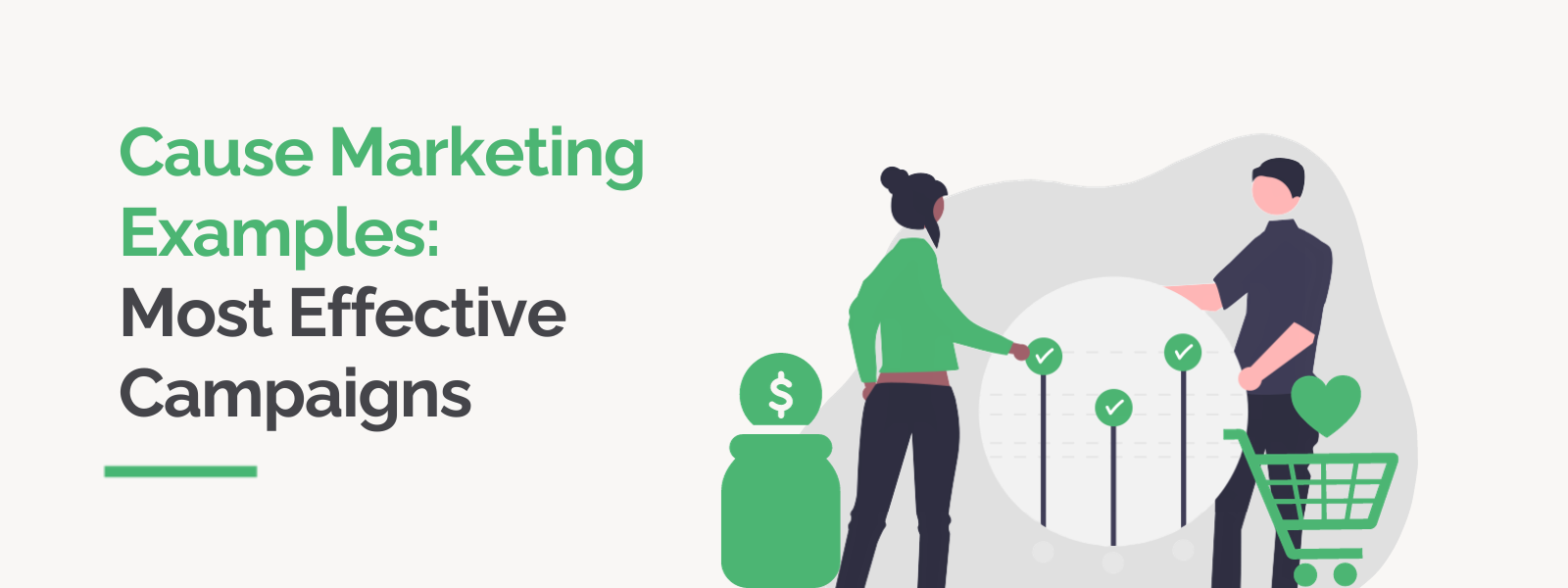 https://doublethedonation.com/wp-content/uploads/2022/04/Cause-Marketing-Examples-Most-Effective-Campaigns.png
600
1600
Adam Weinger
https://doublethedonation.com/wp-content/uploads/2022/03/logo-dtd.svg
Adam Weinger2023-11-11 14:09:412025-02-21 15:38:22Cause Marketing Examples | 14+ Effective Campaigns
https://doublethedonation.com/wp-content/uploads/2022/04/Cause-Marketing-Examples-Most-Effective-Campaigns.png
600
1600
Adam Weinger
https://doublethedonation.com/wp-content/uploads/2022/03/logo-dtd.svg
Adam Weinger2023-11-11 14:09:412025-02-21 15:38:22Cause Marketing Examples | 14+ Effective Campaigns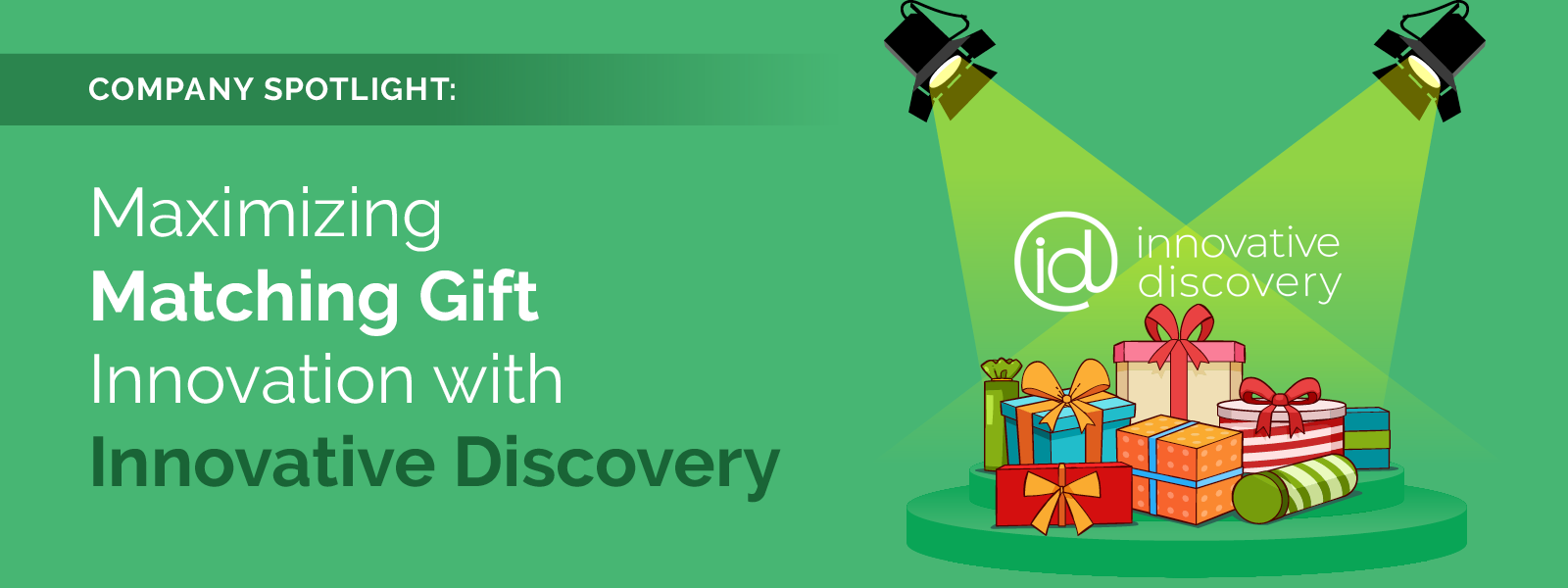
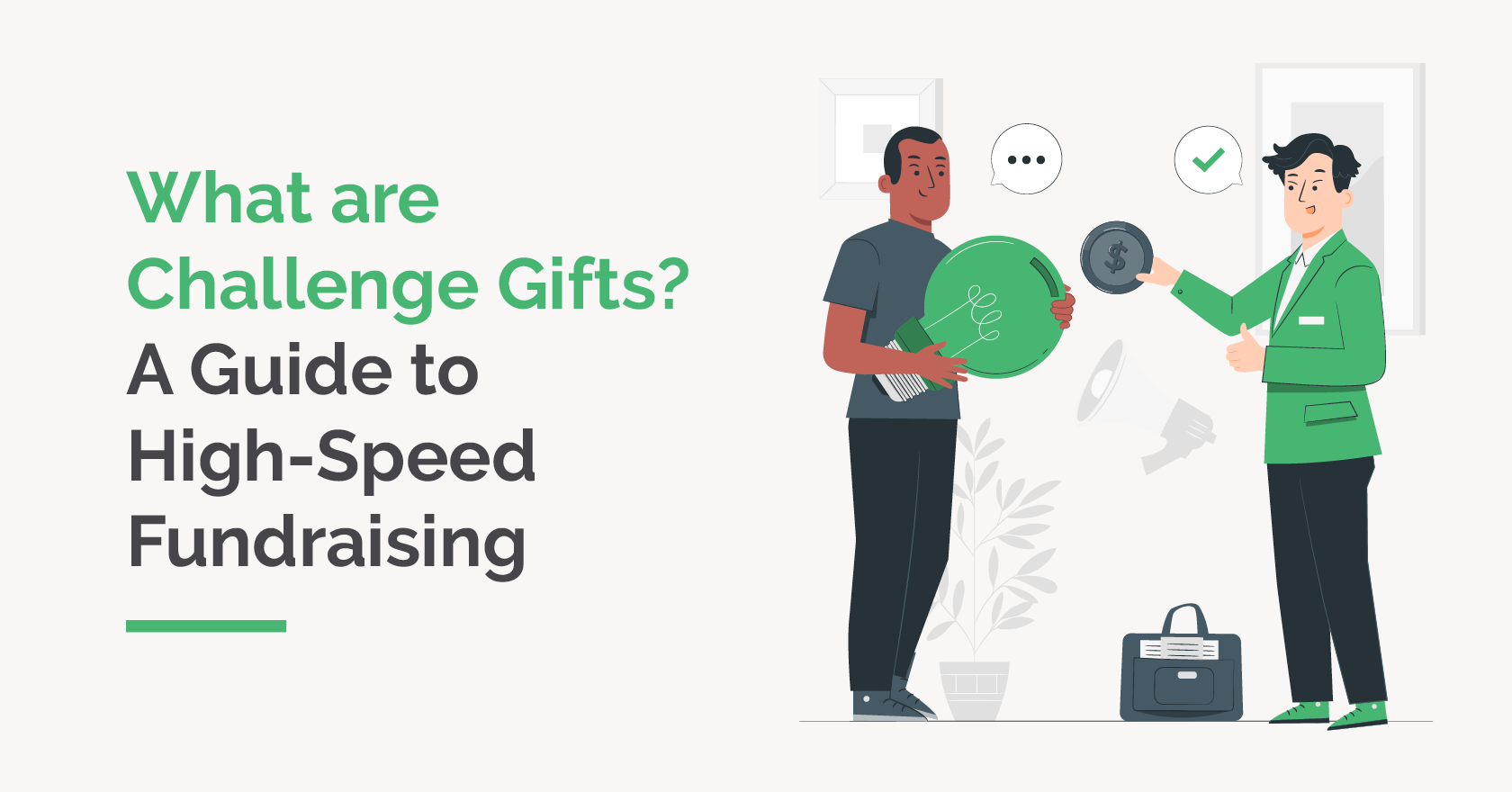
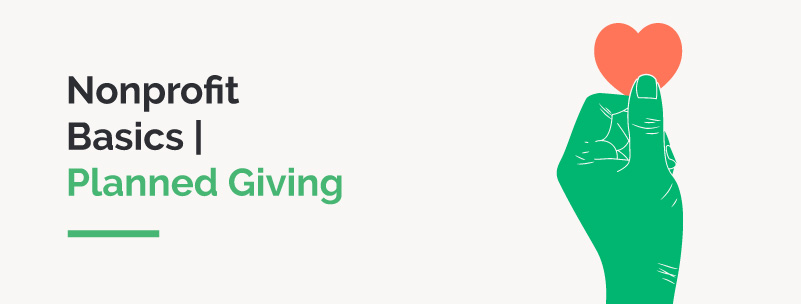
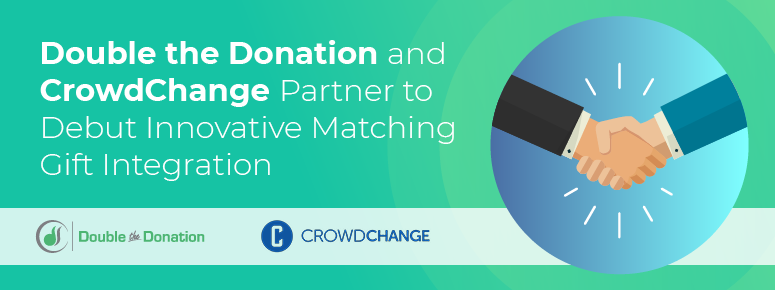
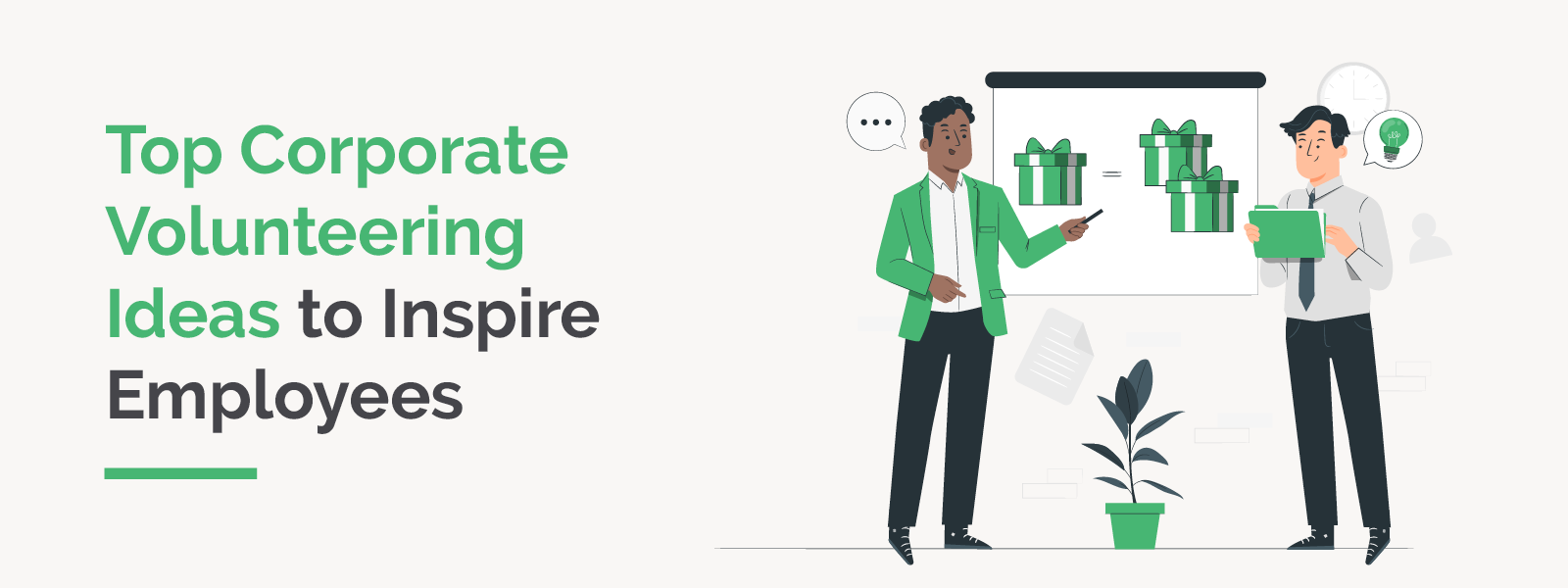
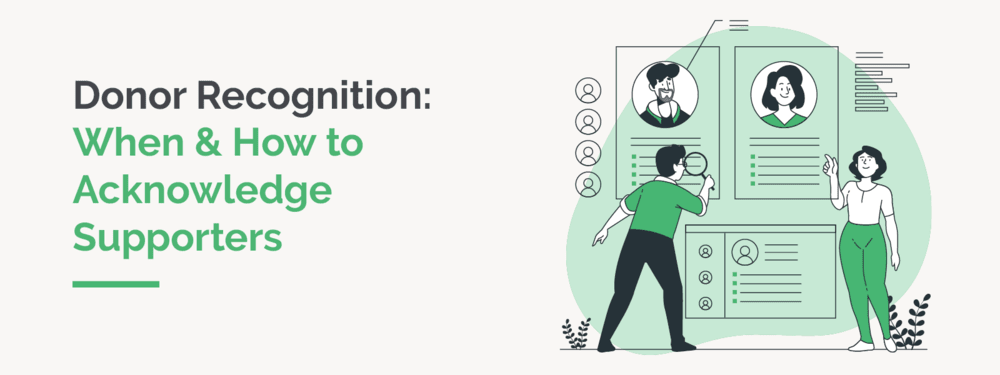
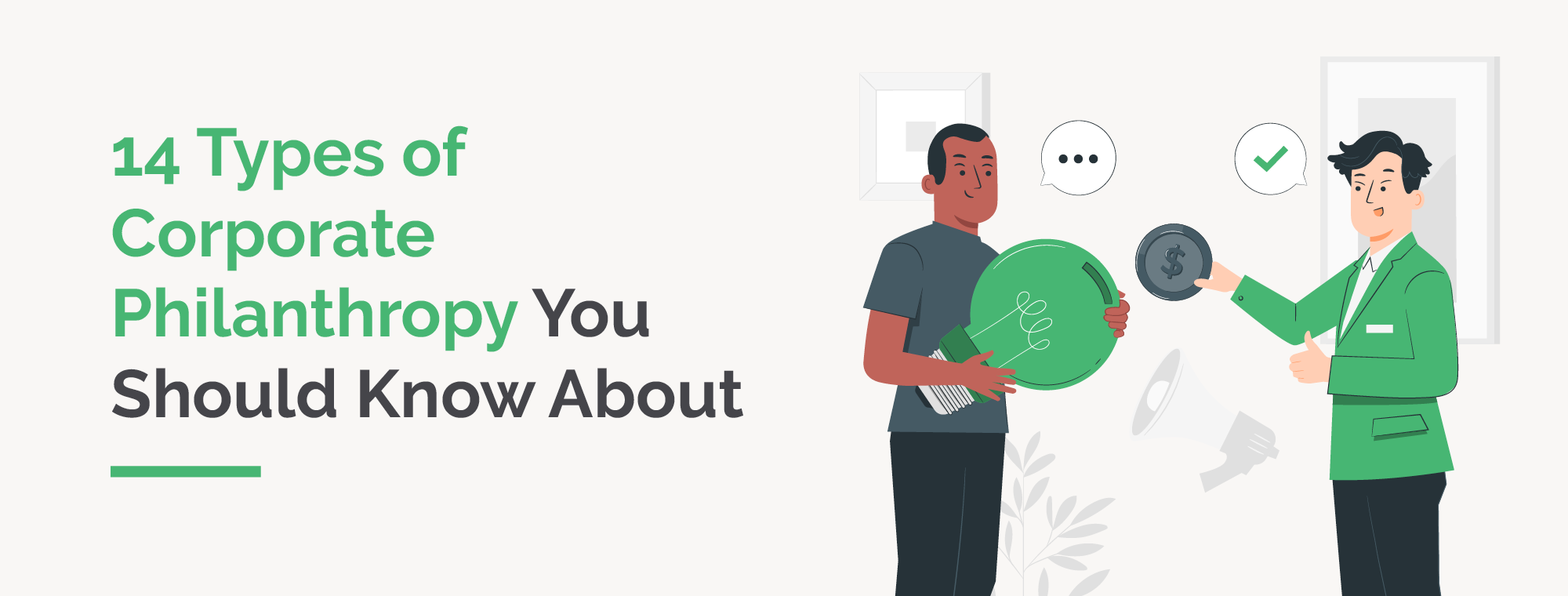
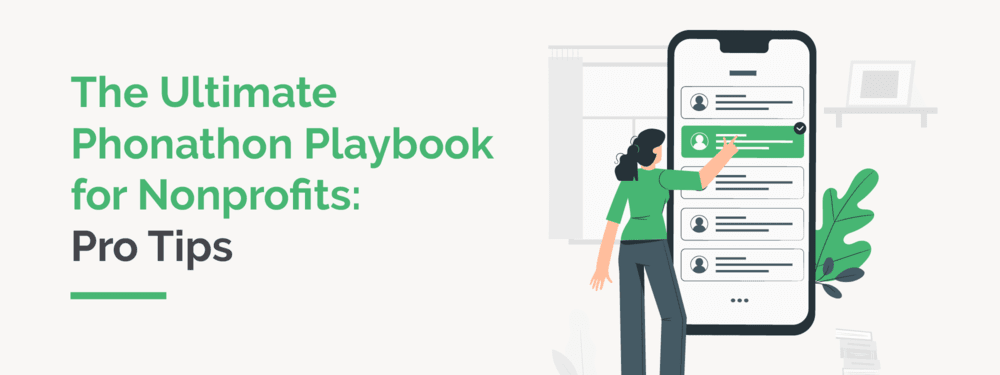
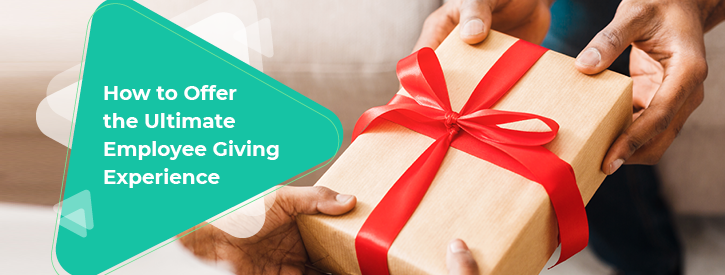
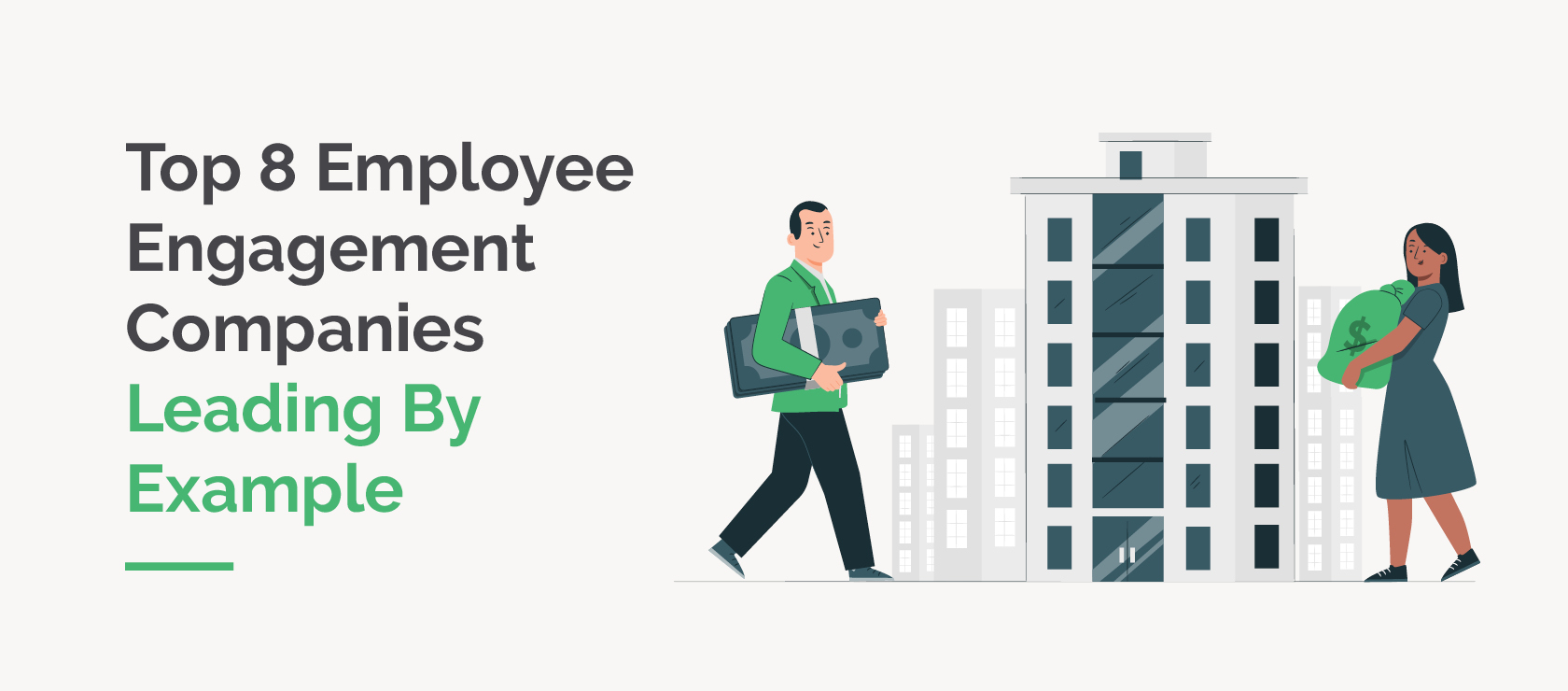
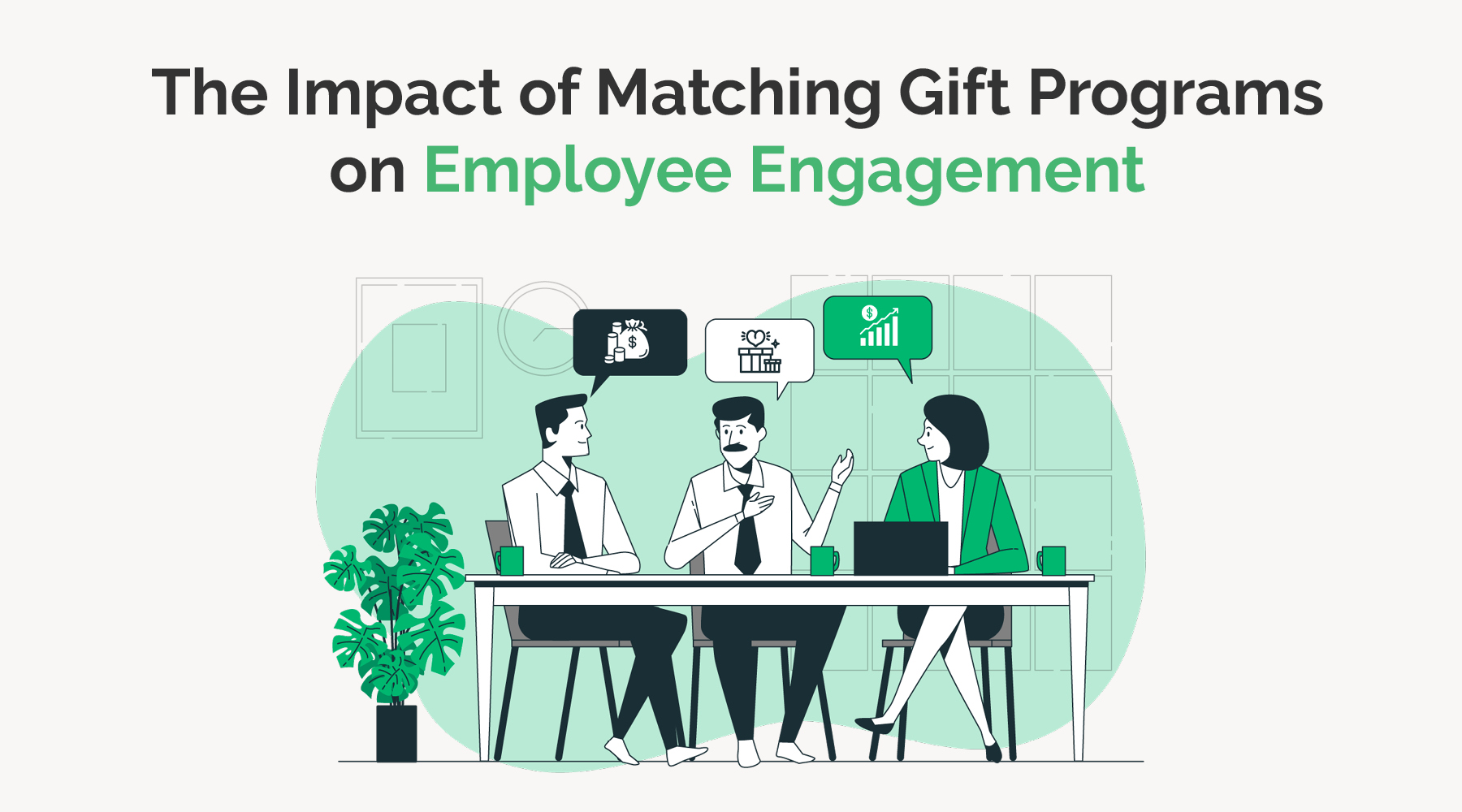
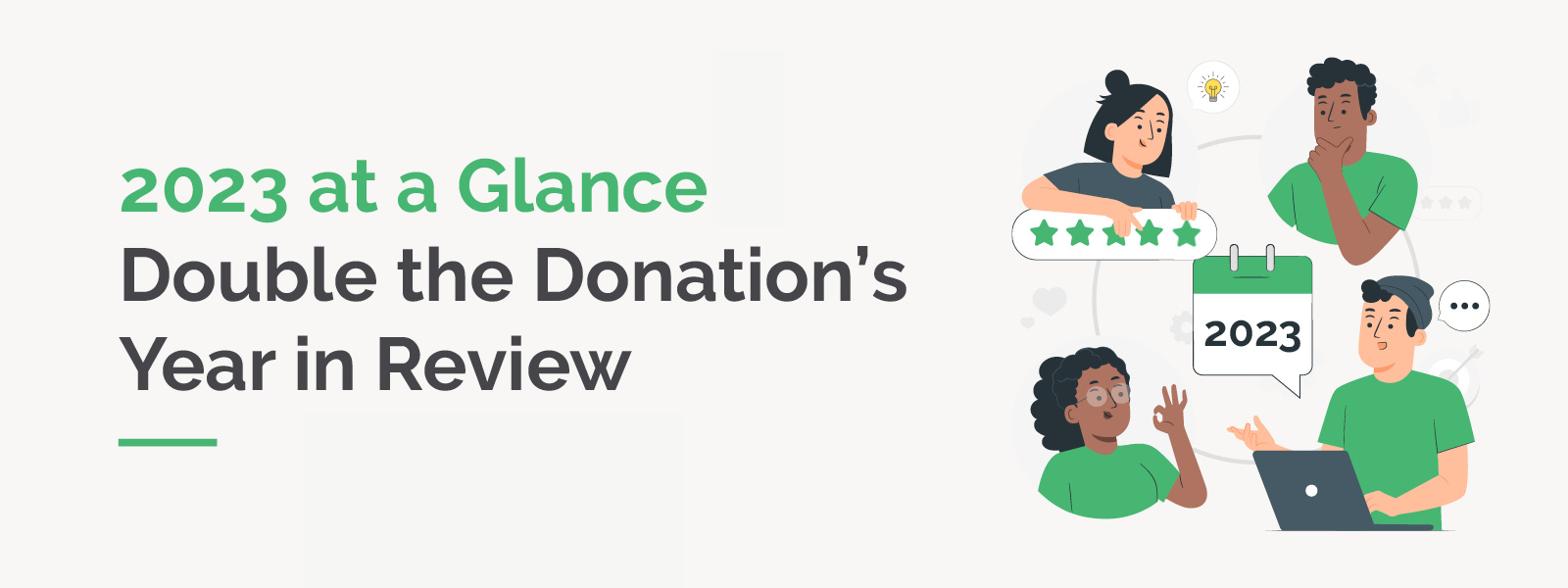
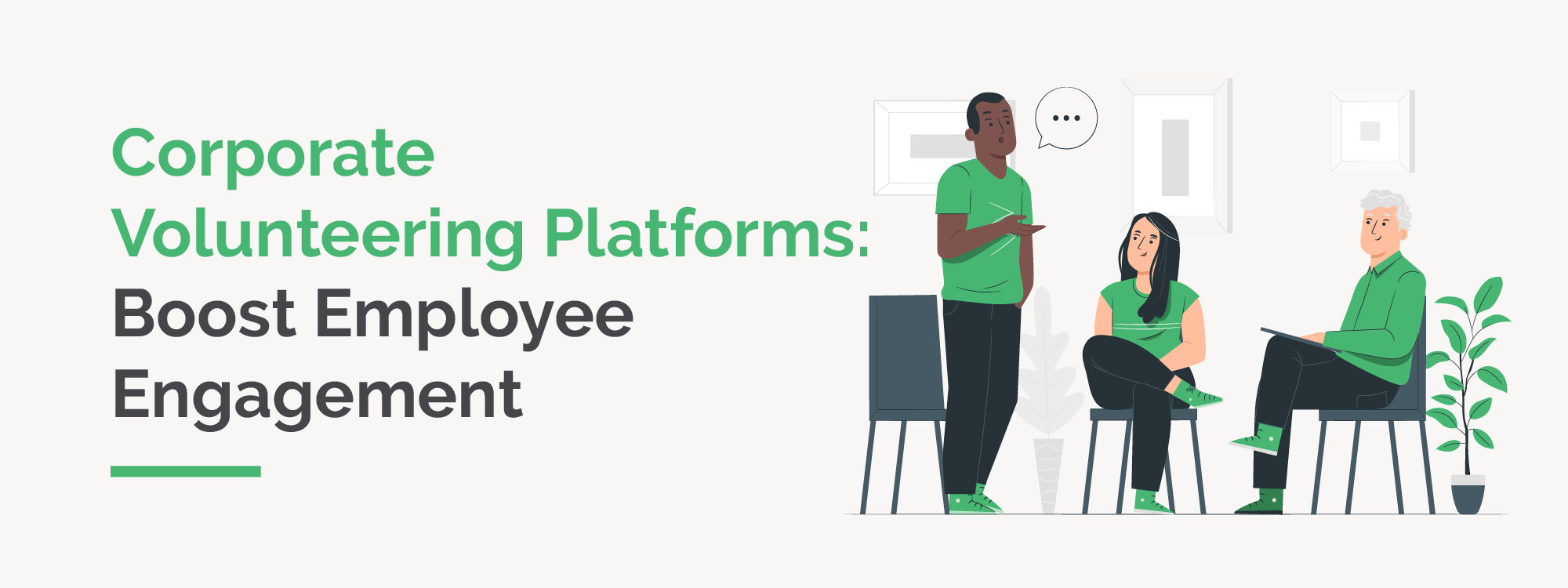
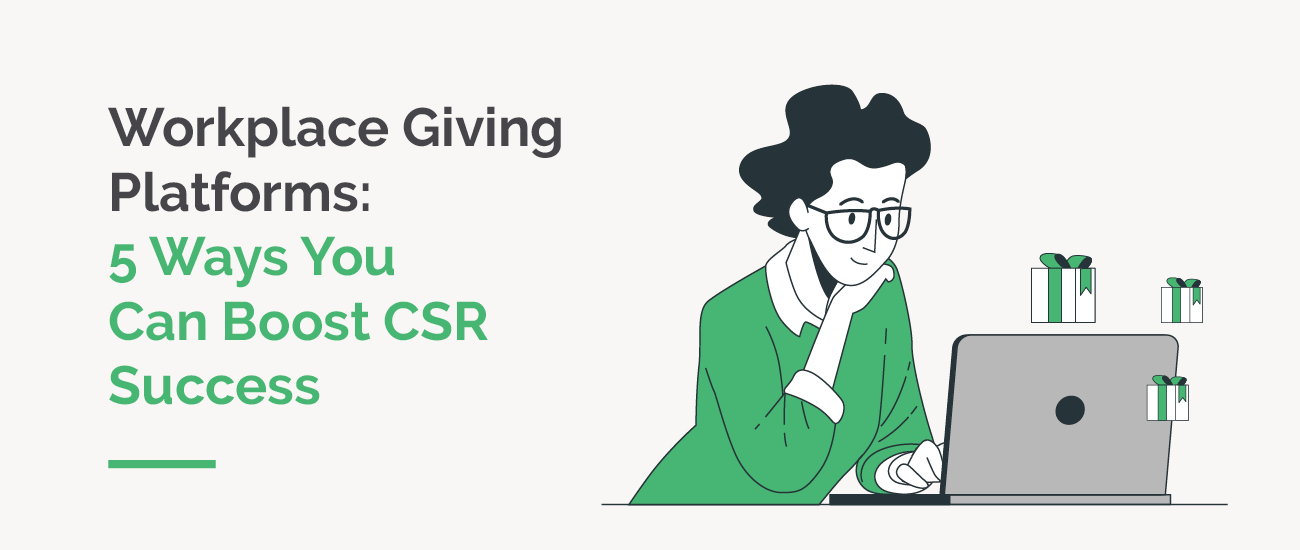 https://doublethedonation.com/wp-content/uploads/2021/05/Double-the-Donation_workplace-giving-platforms_Feature.jpg
550
1300
Adam Weinger
https://doublethedonation.com/wp-content/uploads/2022/03/logo-dtd.svg
Adam Weinger2023-10-26 13:00:552024-09-30 15:57:58Workplace Giving Platforms: 5 Ways You Can Boost CSR Success
https://doublethedonation.com/wp-content/uploads/2021/05/Double-the-Donation_workplace-giving-platforms_Feature.jpg
550
1300
Adam Weinger
https://doublethedonation.com/wp-content/uploads/2022/03/logo-dtd.svg
Adam Weinger2023-10-26 13:00:552024-09-30 15:57:58Workplace Giving Platforms: 5 Ways You Can Boost CSR Success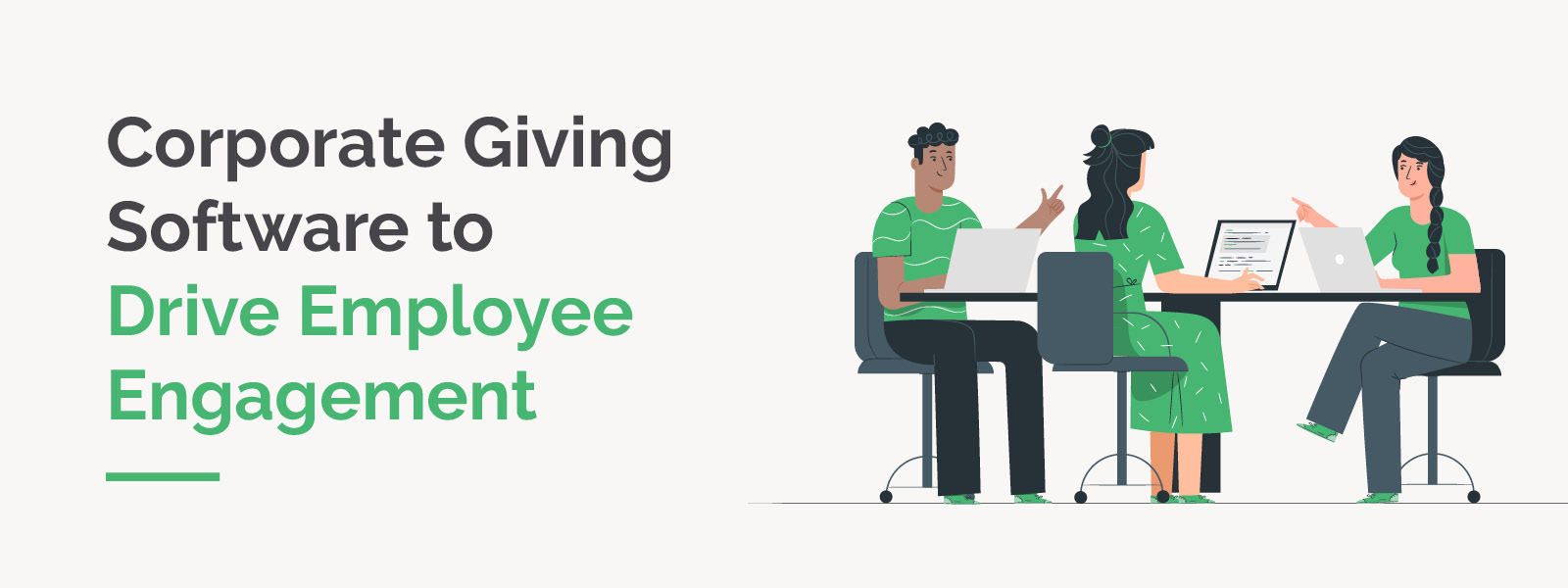 https://doublethedonation.com/wp-content/uploads/2021/05/corporate-giving-softwaree_feature.jpg
600
1600
Adam Weinger
https://doublethedonation.com/wp-content/uploads/2022/03/logo-dtd.svg
Adam Weinger2023-10-25 15:36:502025-02-25 16:31:06Top Corporate Giving Software to Drive Employee Engagement
https://doublethedonation.com/wp-content/uploads/2021/05/corporate-giving-softwaree_feature.jpg
600
1600
Adam Weinger
https://doublethedonation.com/wp-content/uploads/2022/03/logo-dtd.svg
Adam Weinger2023-10-25 15:36:502025-02-25 16:31:06Top Corporate Giving Software to Drive Employee Engagement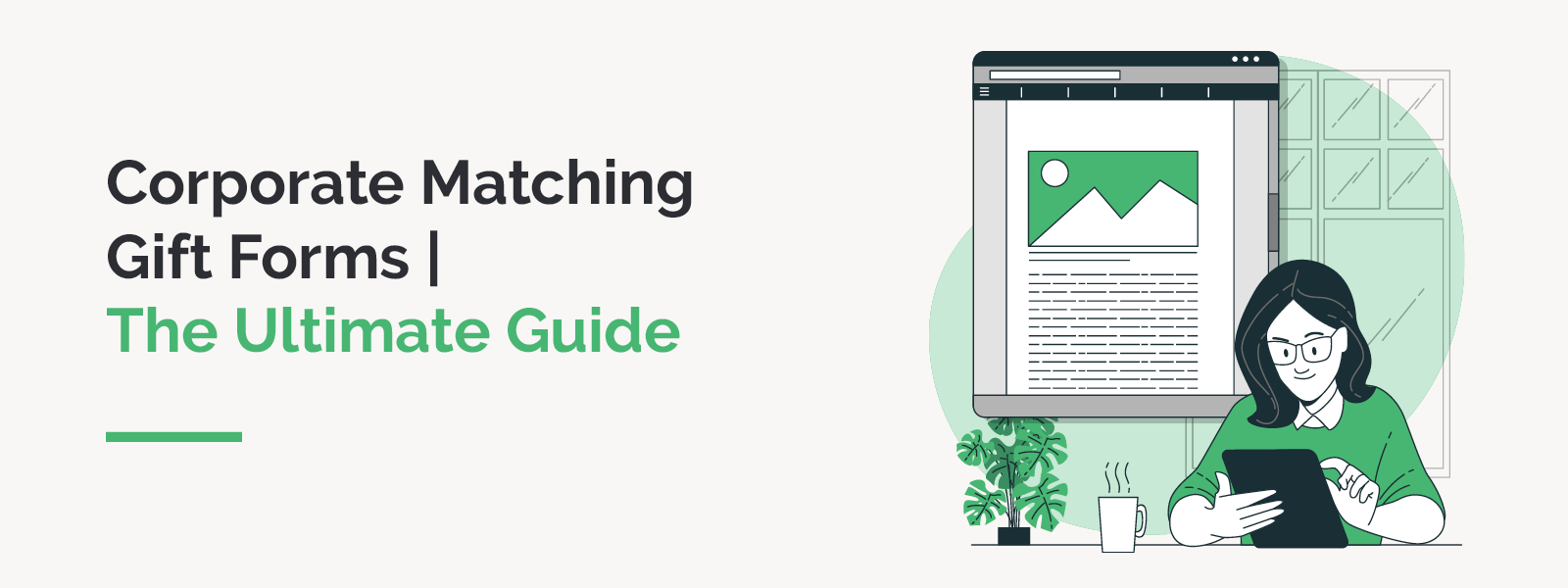
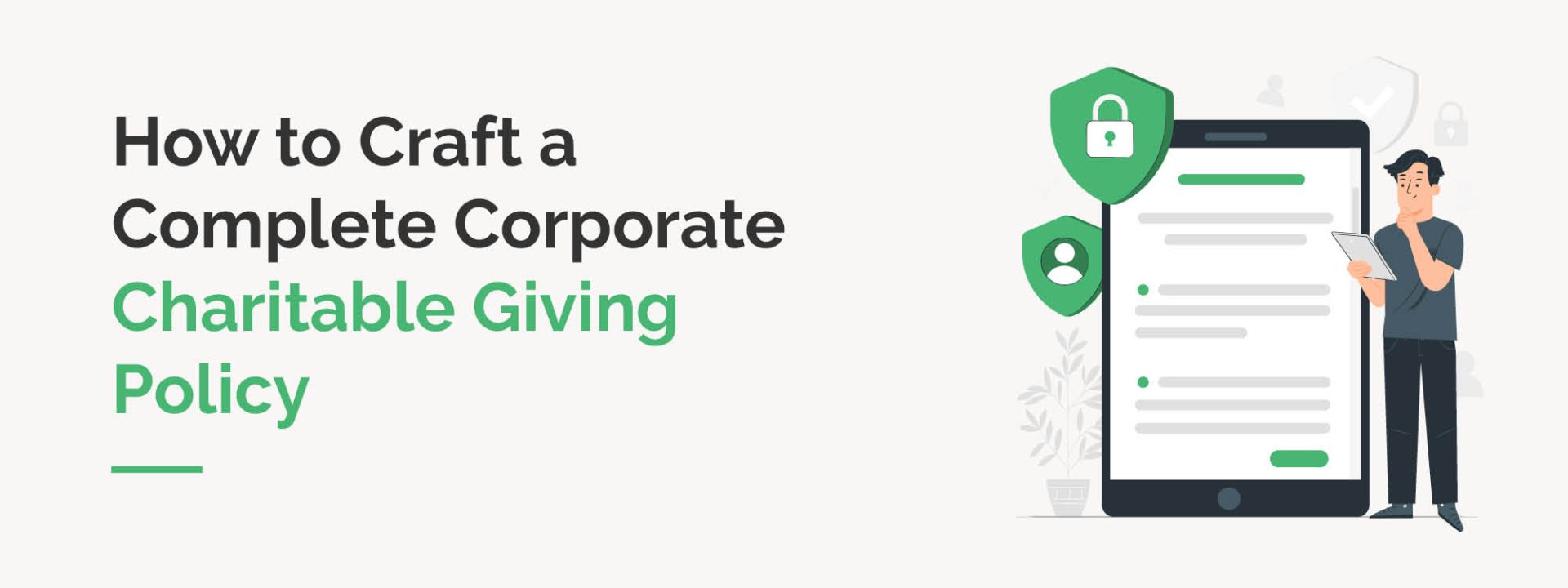
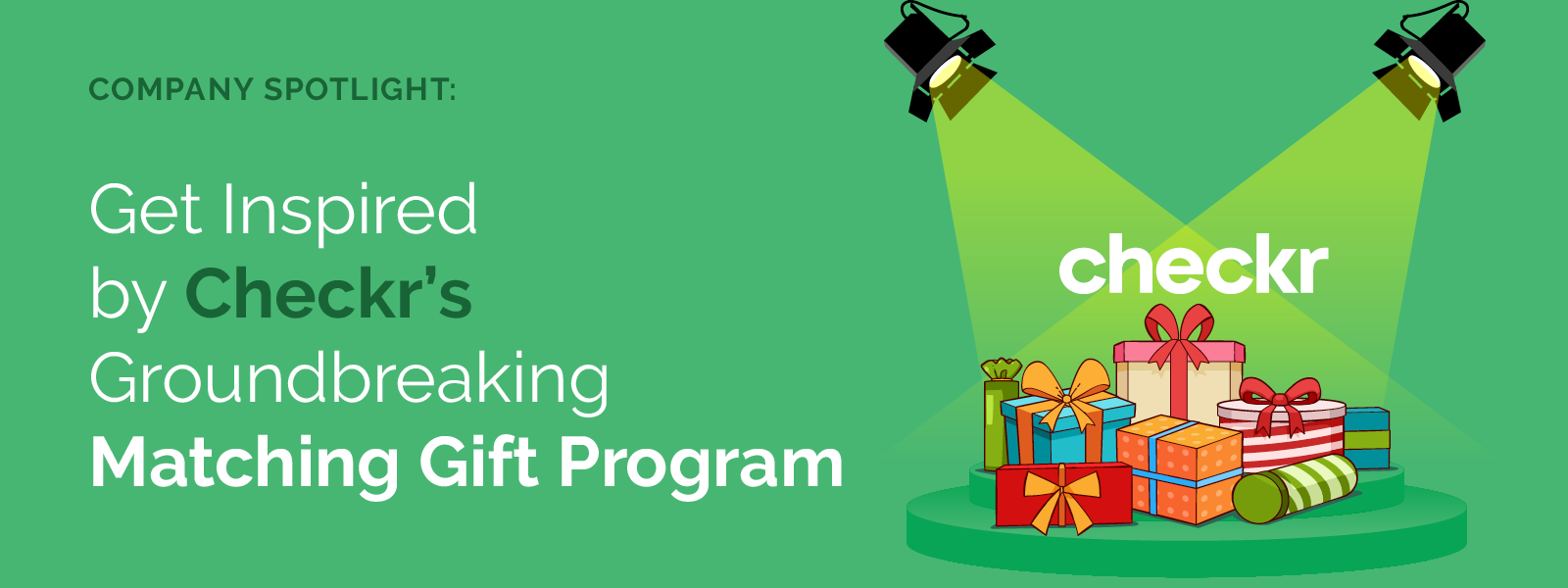
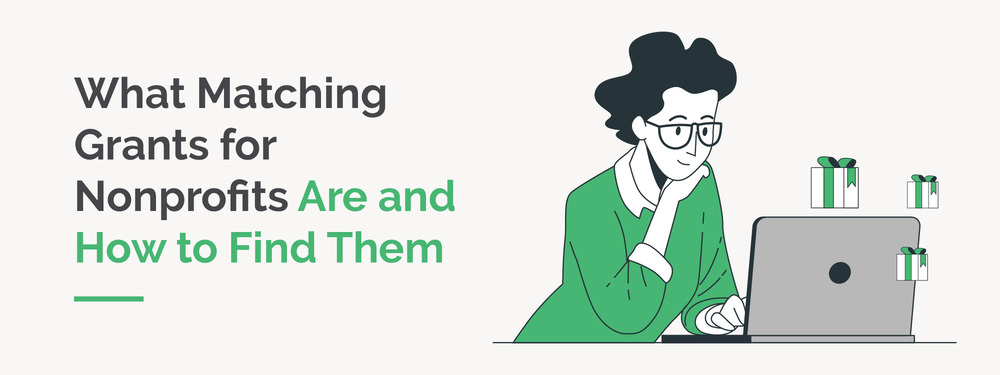 https://doublethedonation.com/wp-content/uploads/2023/10/Matching-Grants_Feature.jpg
375
1000
Adam Weinger
https://doublethedonation.com/wp-content/uploads/2022/03/logo-dtd.svg
Adam Weinger2023-10-19 13:30:282024-09-23 20:53:44What Matching Grants for Nonprofits Are and How to Find Them
https://doublethedonation.com/wp-content/uploads/2023/10/Matching-Grants_Feature.jpg
375
1000
Adam Weinger
https://doublethedonation.com/wp-content/uploads/2022/03/logo-dtd.svg
Adam Weinger2023-10-19 13:30:282024-09-23 20:53:44What Matching Grants for Nonprofits Are and How to Find Them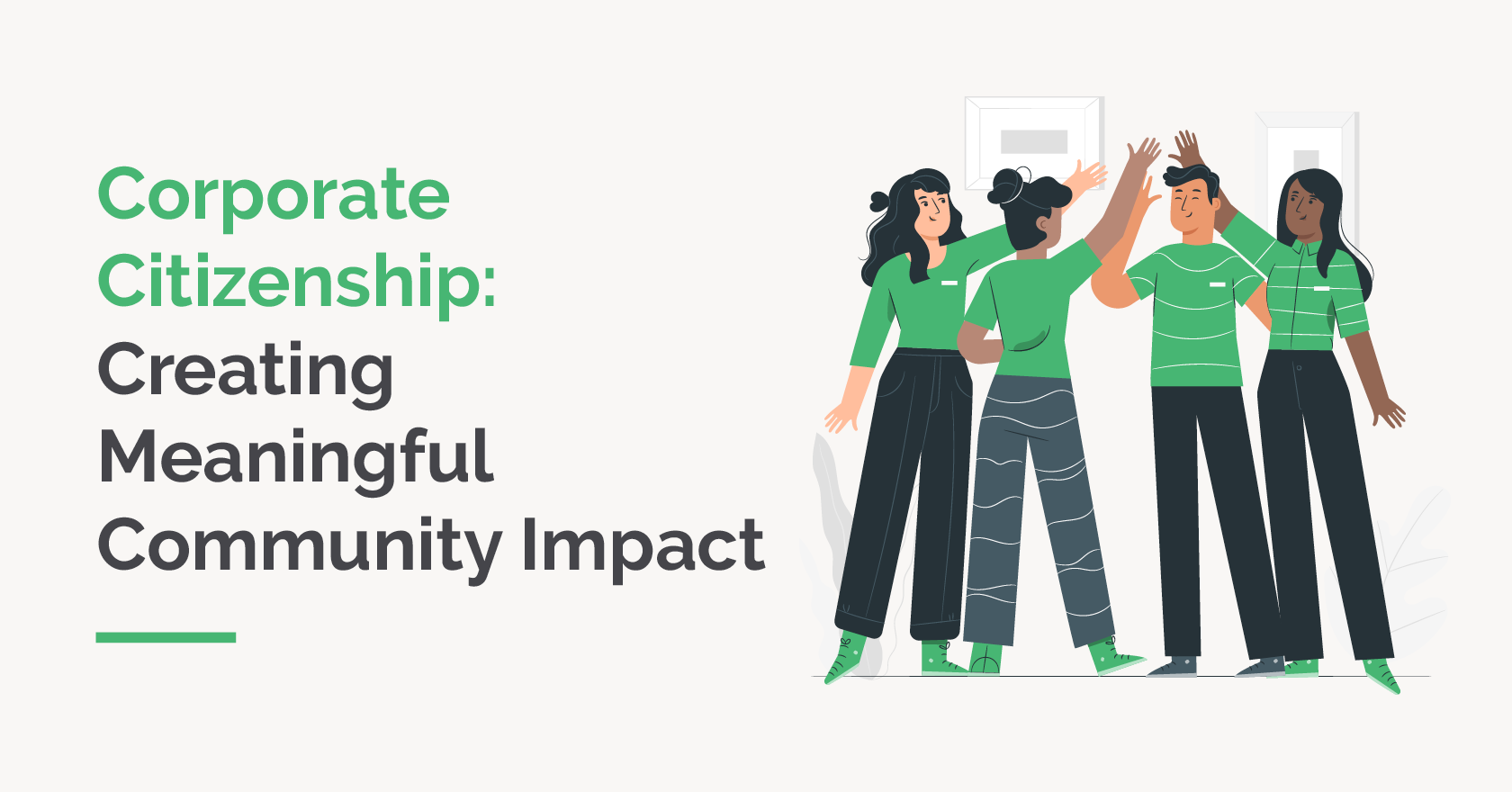
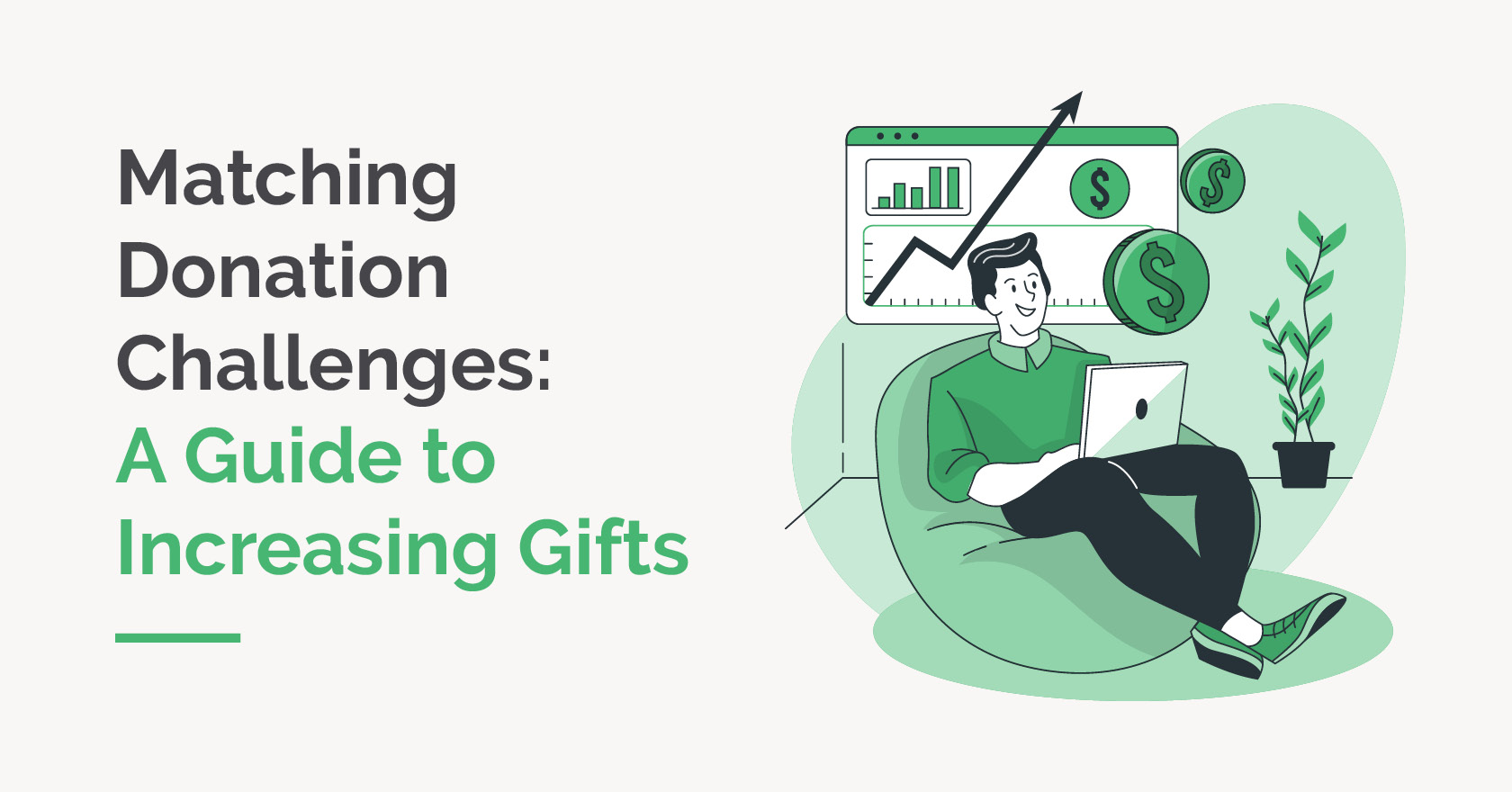
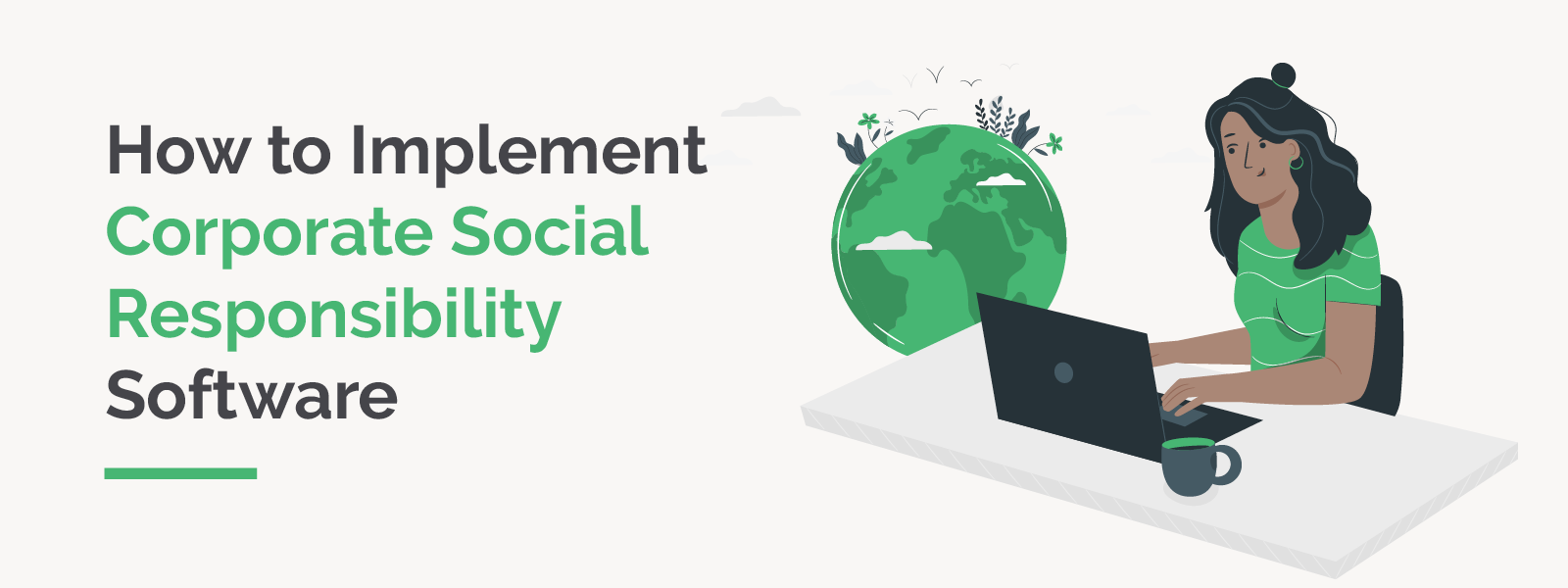
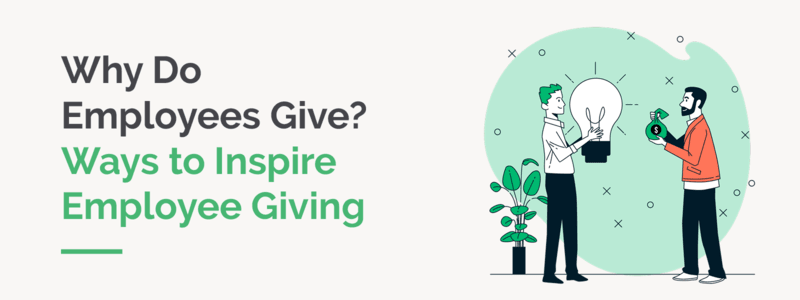
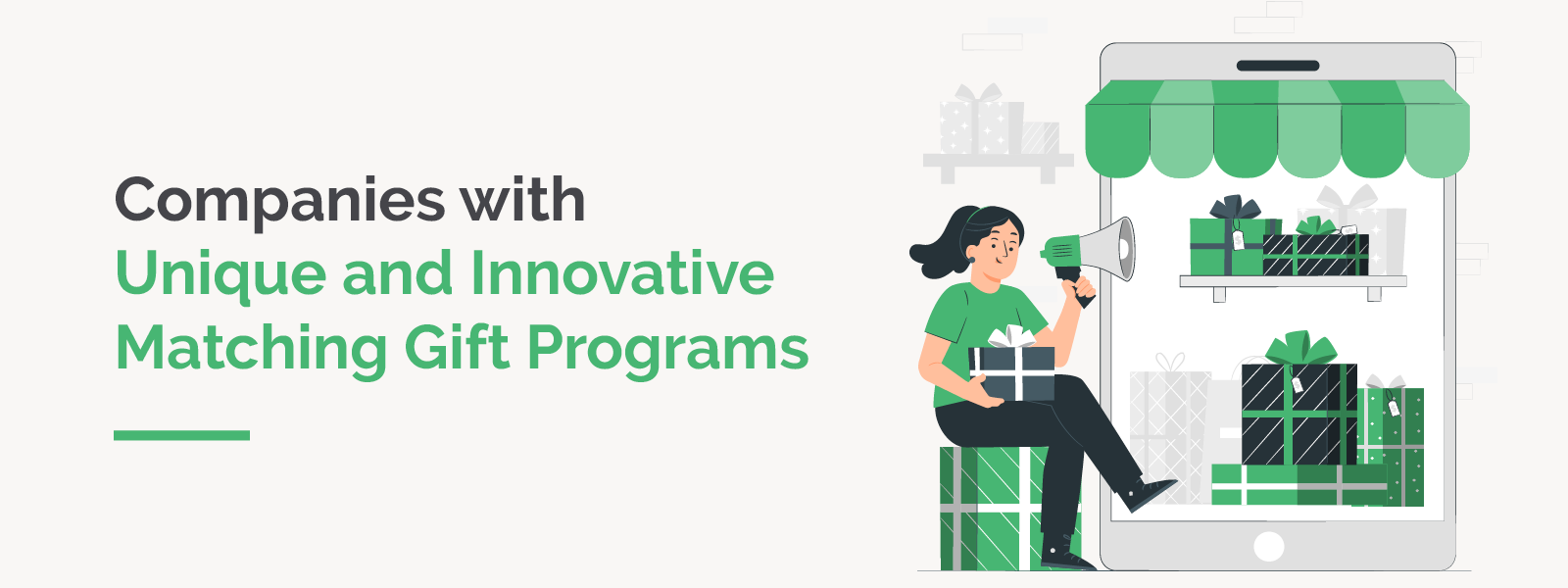
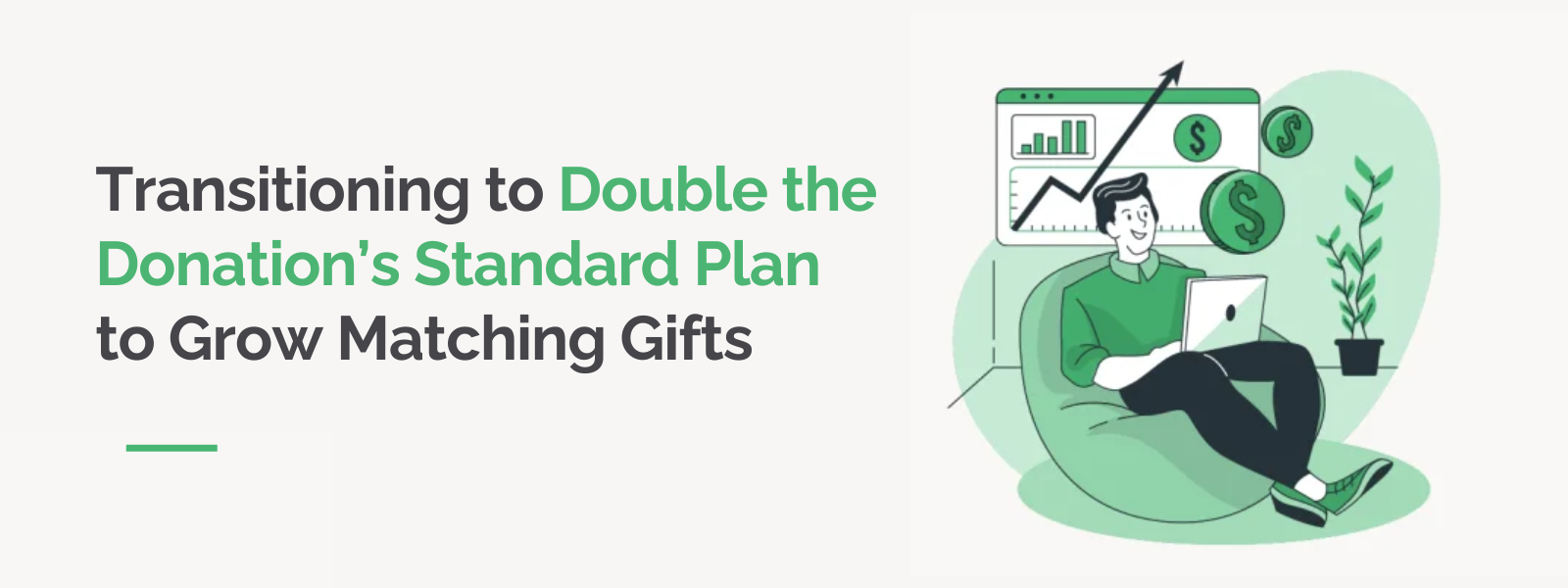
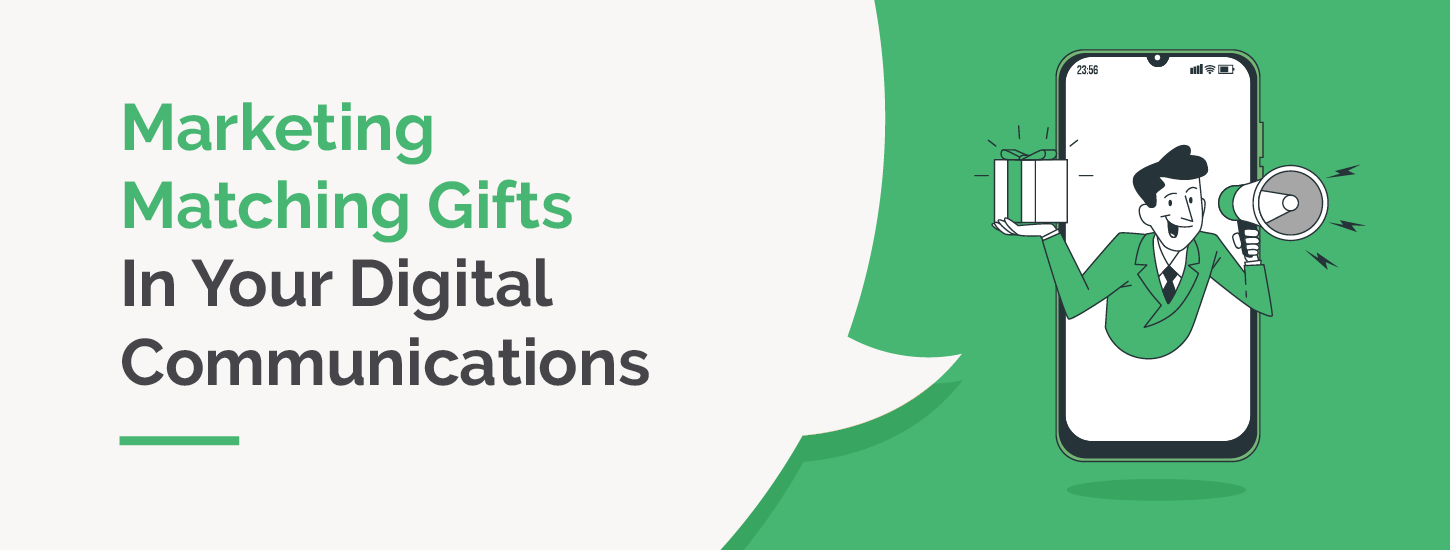
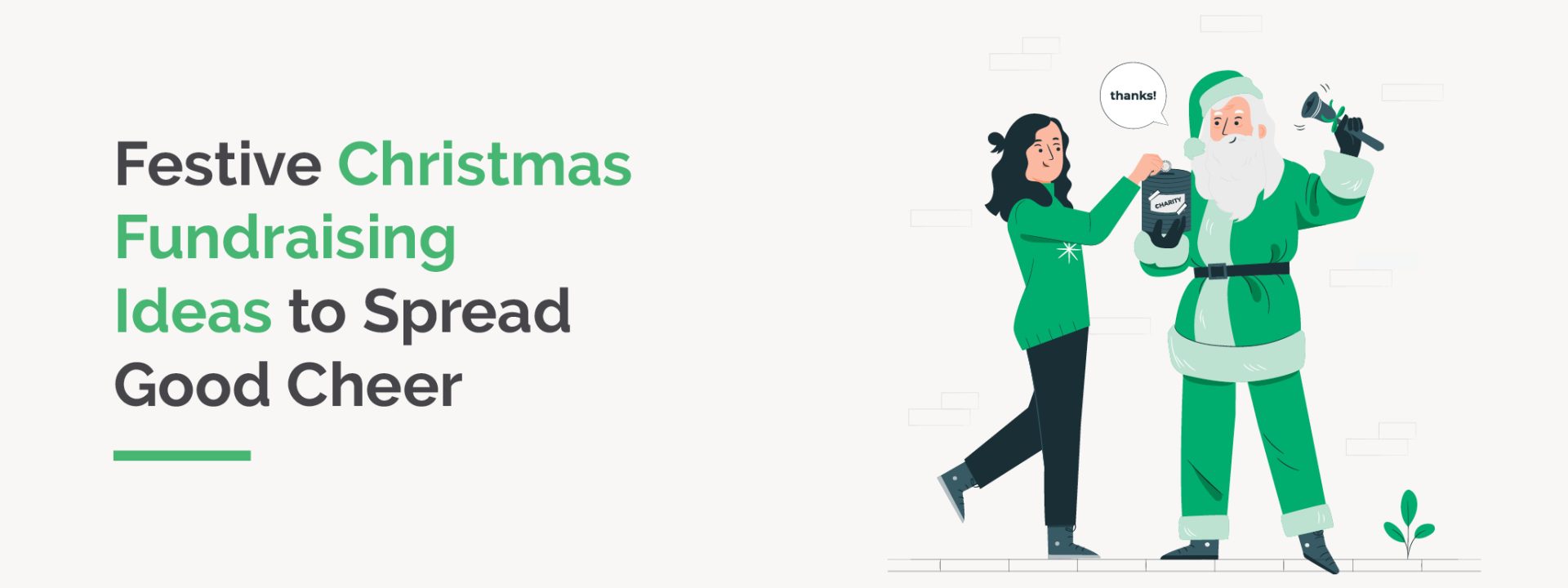
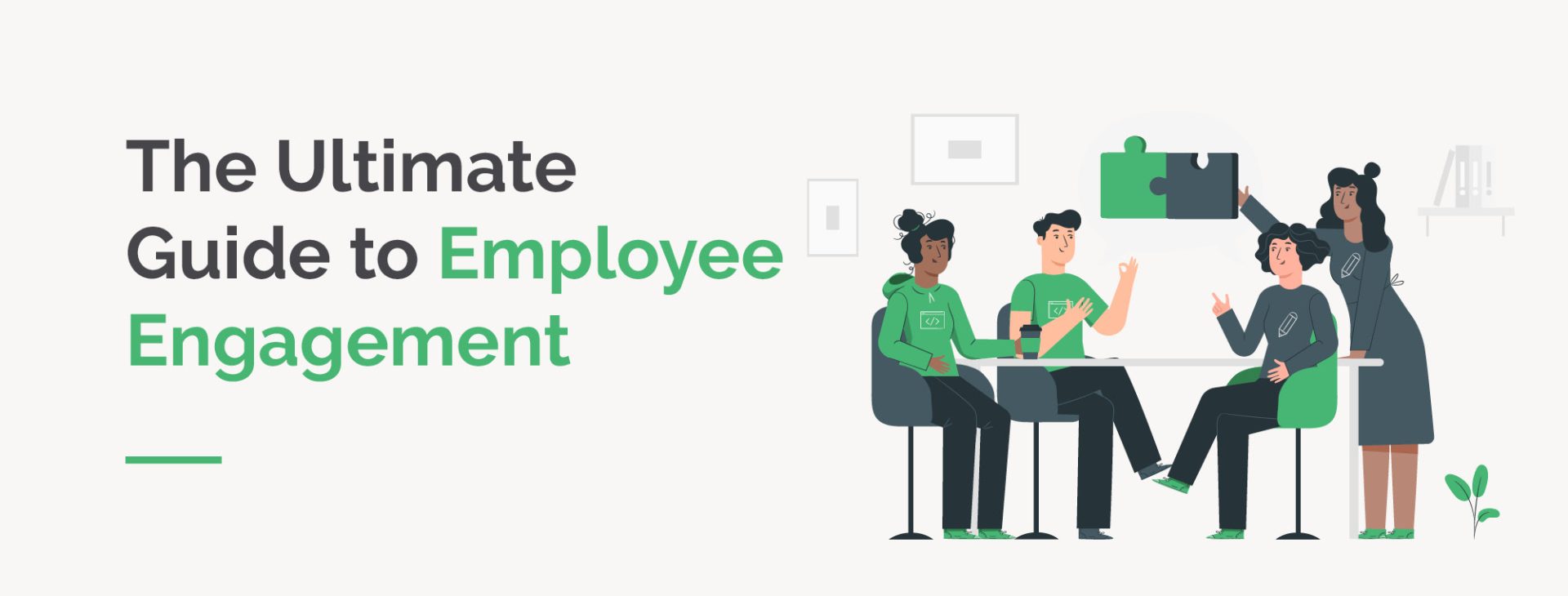 https://doublethedonation.com/wp-content/uploads/2023/01/Employee-Engagement_From-Disengaged-to-Inspired-A-Guide-to-Employee-Engagement.jpg
730
1920
Adam Weinger
https://doublethedonation.com/wp-content/uploads/2022/03/logo-dtd.svg
Adam Weinger2023-09-29 11:01:182025-03-03 21:03:44From Disengaged to Inspired: A Guide to Employee Engagement
https://doublethedonation.com/wp-content/uploads/2023/01/Employee-Engagement_From-Disengaged-to-Inspired-A-Guide-to-Employee-Engagement.jpg
730
1920
Adam Weinger
https://doublethedonation.com/wp-content/uploads/2022/03/logo-dtd.svg
Adam Weinger2023-09-29 11:01:182025-03-03 21:03:44From Disengaged to Inspired: A Guide to Employee Engagement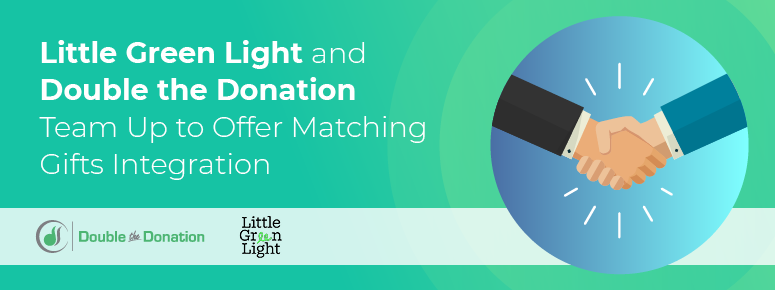
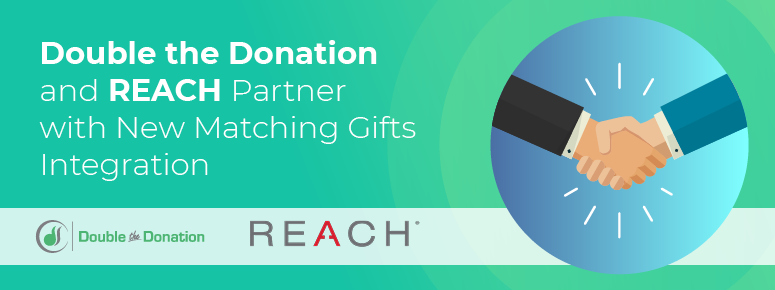
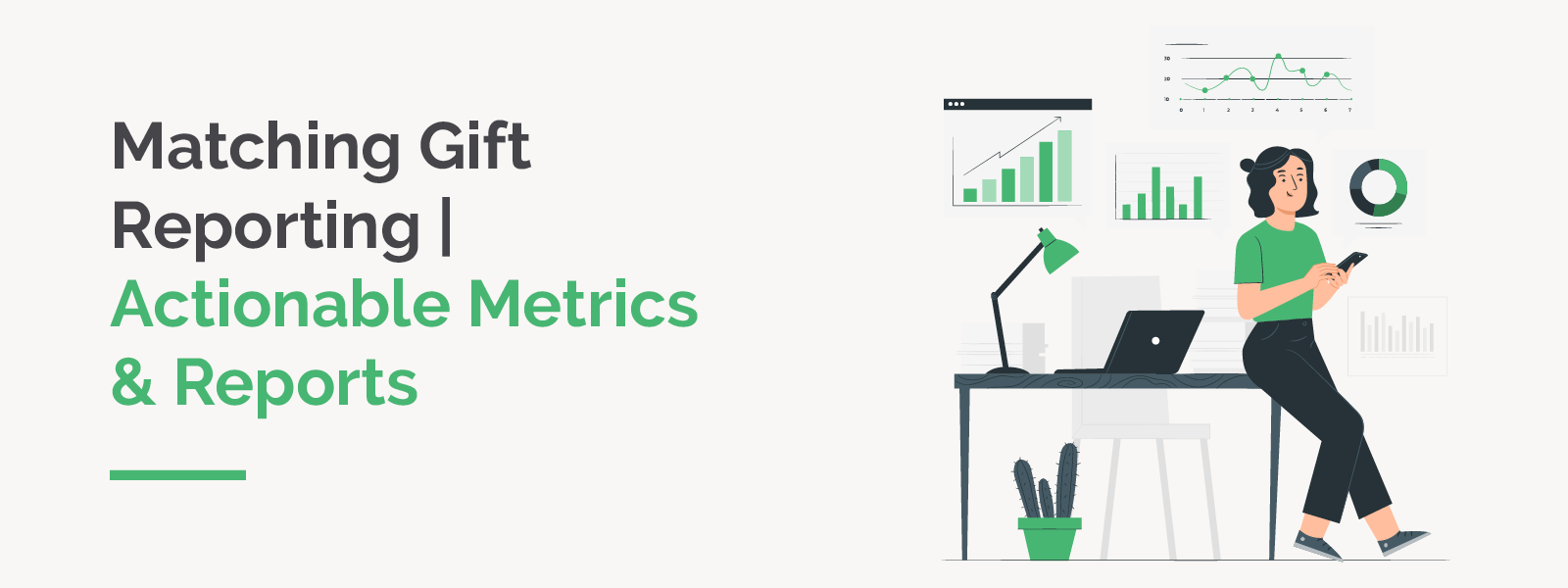 https://doublethedonation.com/wp-content/uploads/2023/08/DTD_Matching-Gift-Reporting-Actionable-Metrics-Reports_Feature.png
600
1600
Adam Weinger
https://doublethedonation.com/wp-content/uploads/2022/03/logo-dtd.svg
Adam Weinger2023-08-10 22:58:142025-05-22 19:28:46Matching Gift Reporting | Actionable Metrics & Reports
https://doublethedonation.com/wp-content/uploads/2023/08/DTD_Matching-Gift-Reporting-Actionable-Metrics-Reports_Feature.png
600
1600
Adam Weinger
https://doublethedonation.com/wp-content/uploads/2022/03/logo-dtd.svg
Adam Weinger2023-08-10 22:58:142025-05-22 19:28:46Matching Gift Reporting | Actionable Metrics & Reports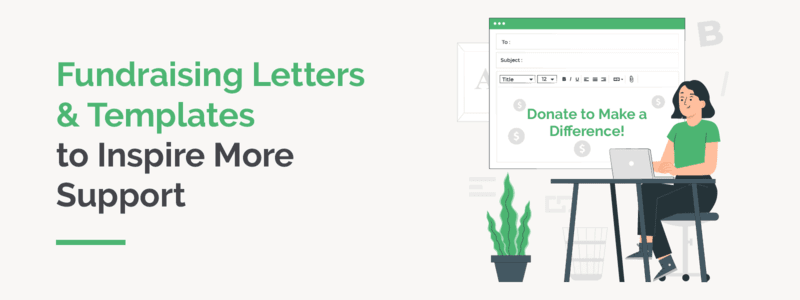 https://doublethedonation.com/wp-content/uploads/2023/08/Fundraising-Letters_Feature.png
300
800
Adam Weinger
https://doublethedonation.com/wp-content/uploads/2022/03/logo-dtd.svg
Adam Weinger2023-08-02 14:00:382024-01-25 19:28:5914 Fundraising Letters & Templates to Inspire More Support
https://doublethedonation.com/wp-content/uploads/2023/08/Fundraising-Letters_Feature.png
300
800
Adam Weinger
https://doublethedonation.com/wp-content/uploads/2022/03/logo-dtd.svg
Adam Weinger2023-08-02 14:00:382024-01-25 19:28:5914 Fundraising Letters & Templates to Inspire More Support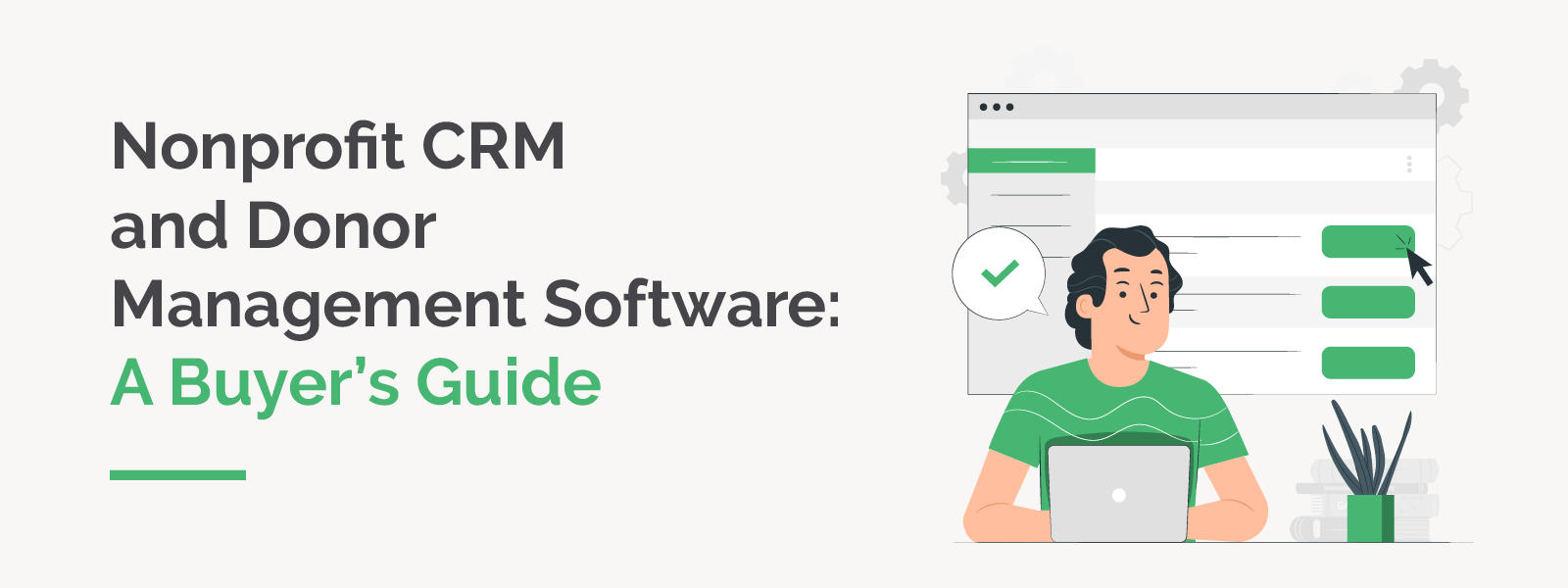
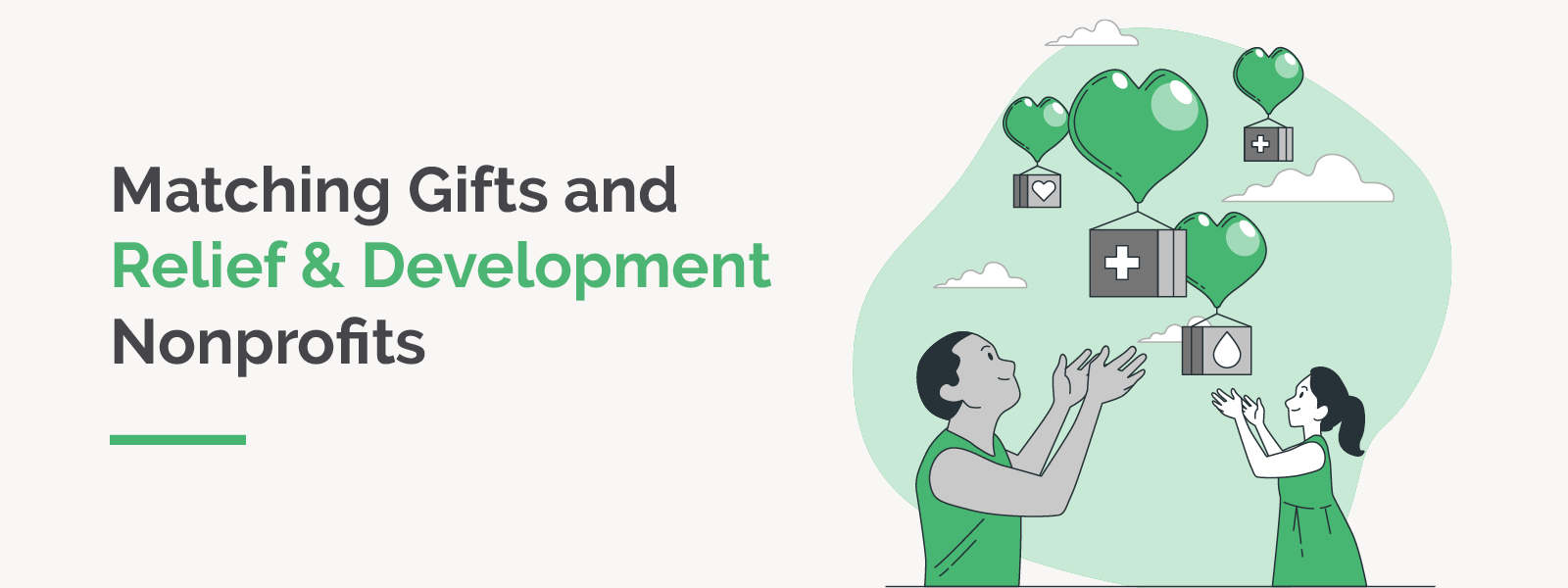

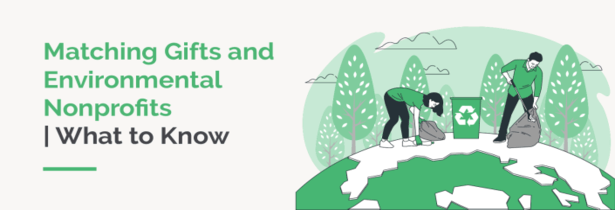
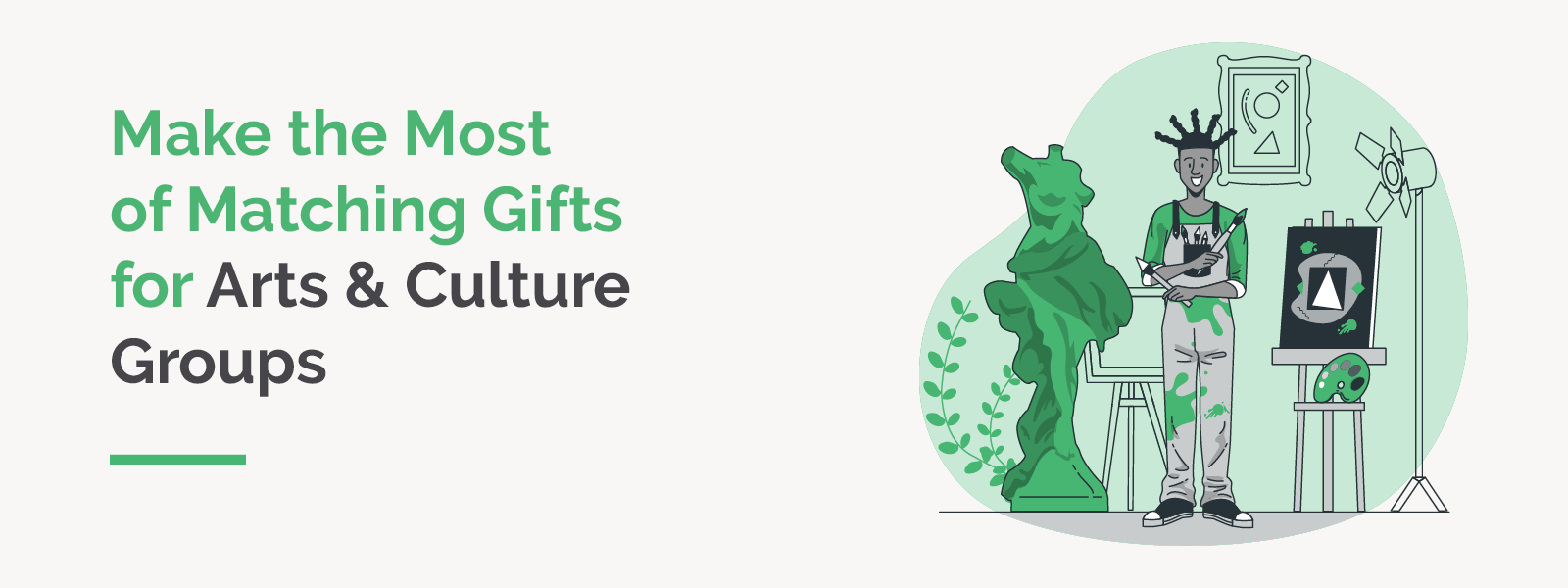
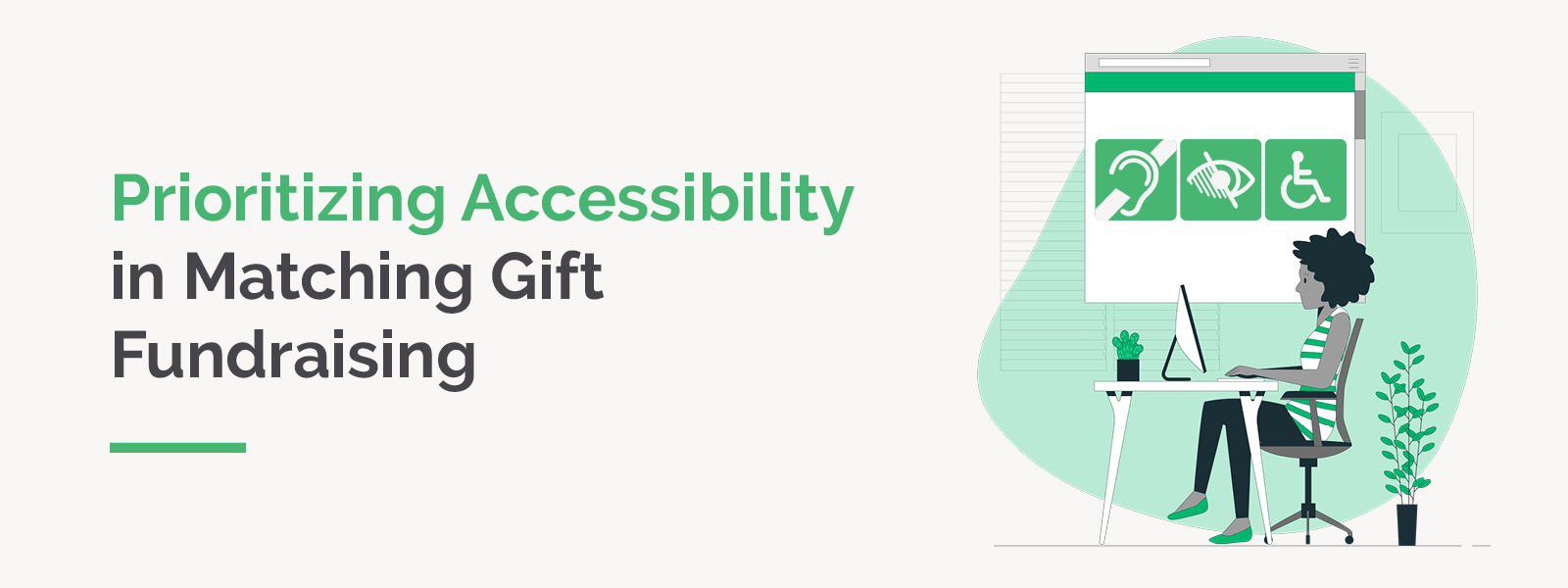 https://doublethedonation.com/wp-content/uploads/2023/06/DTD_Prioritizing-Accessibility-in-Matching-Gift-Fundraising_Feature-1.png
600
1600
Adam Weinger
https://doublethedonation.com/wp-content/uploads/2022/03/logo-dtd.svg
Adam Weinger2023-07-10 23:00:452025-06-29 19:20:16Prioritizing Accessibility in Matching Gift Fundraising
https://doublethedonation.com/wp-content/uploads/2023/06/DTD_Prioritizing-Accessibility-in-Matching-Gift-Fundraising_Feature-1.png
600
1600
Adam Weinger
https://doublethedonation.com/wp-content/uploads/2022/03/logo-dtd.svg
Adam Weinger2023-07-10 23:00:452025-06-29 19:20:16Prioritizing Accessibility in Matching Gift Fundraising

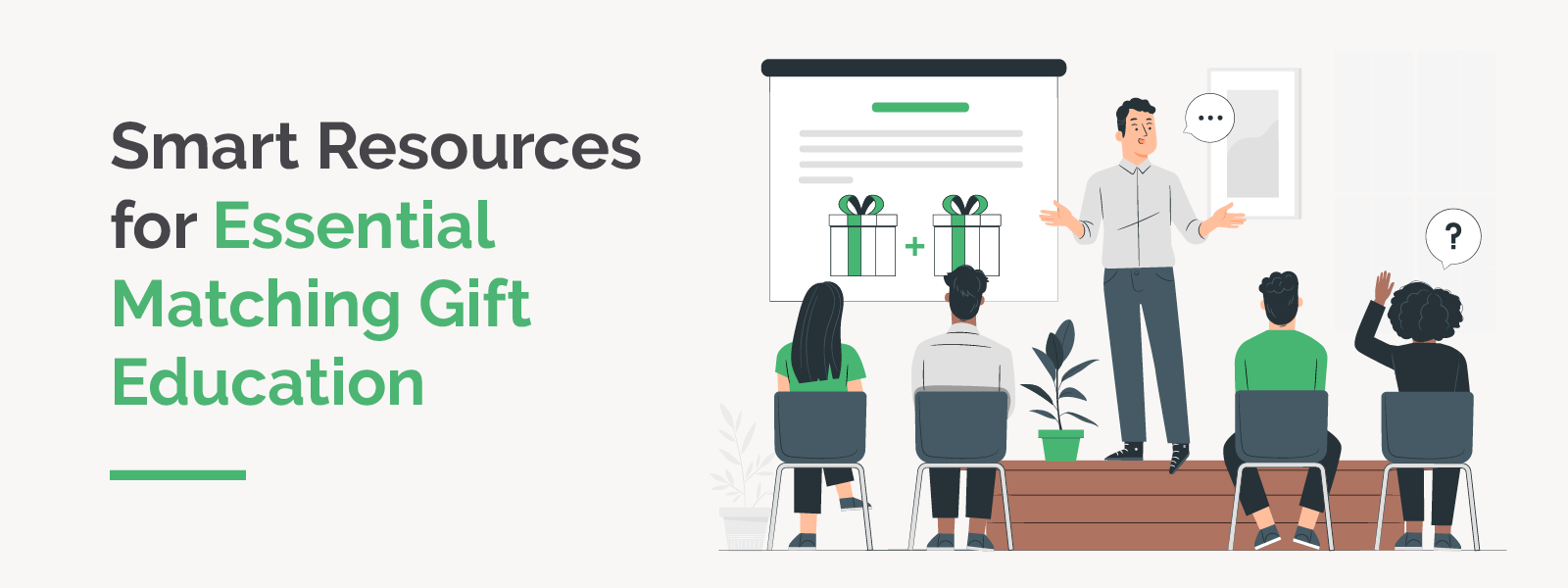
![Overcoming matching gift roadblocks [helpful solutions]](https://doublethedonation.com/wp-content/uploads/2023/06/DTD_Overcoming-Matching-Gift-Roadblocks-Helpful-Solutions_Feature.png)
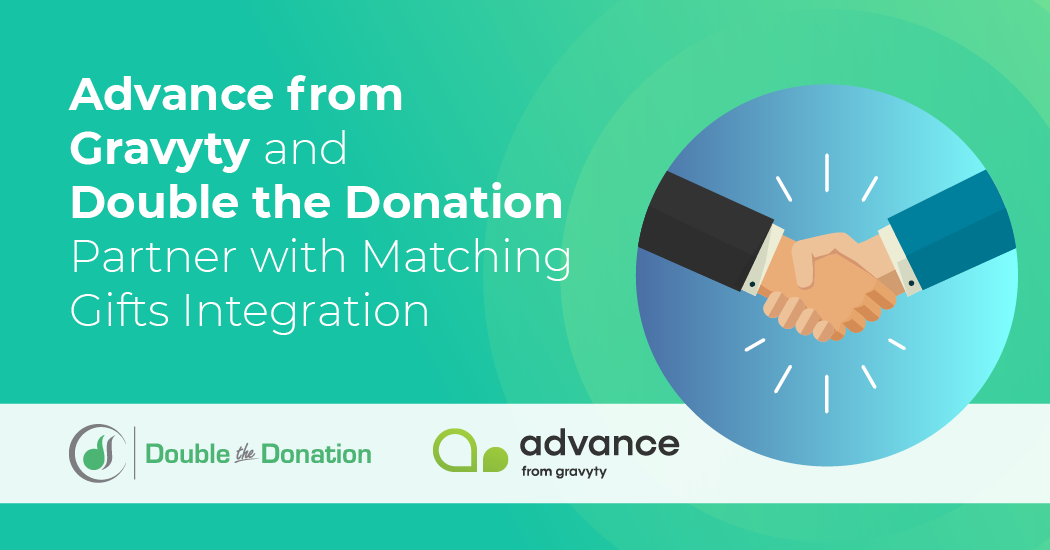
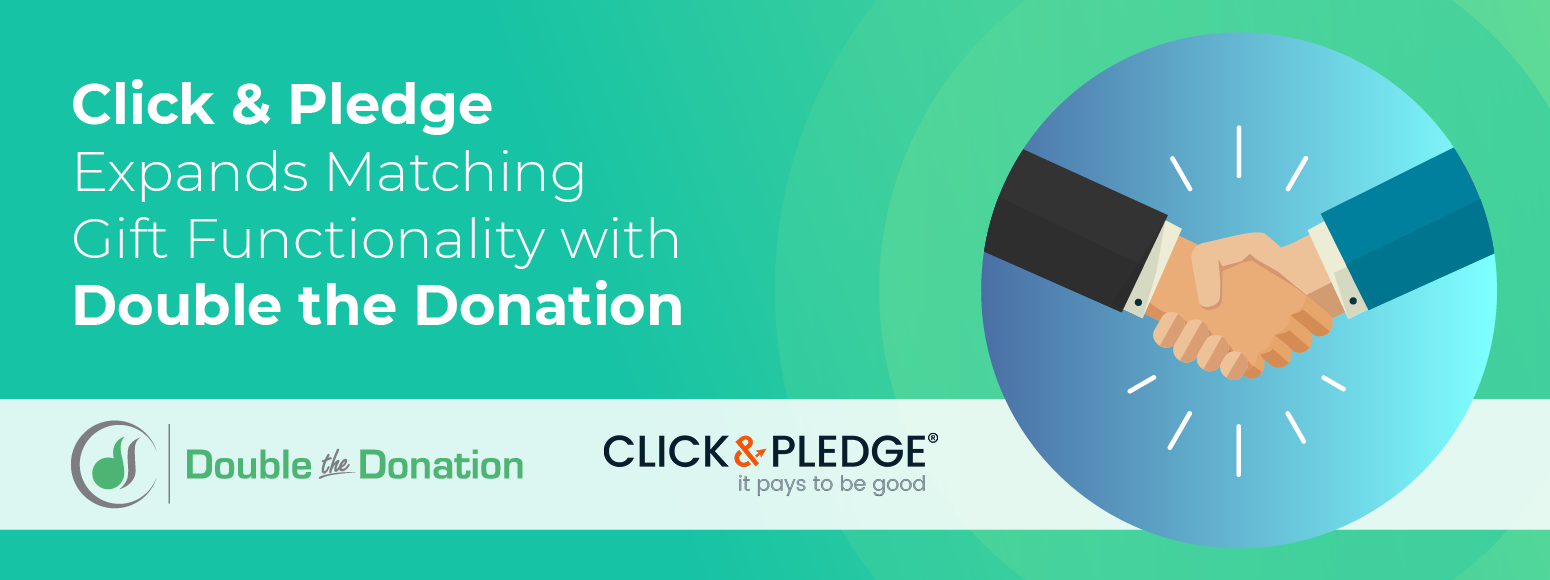
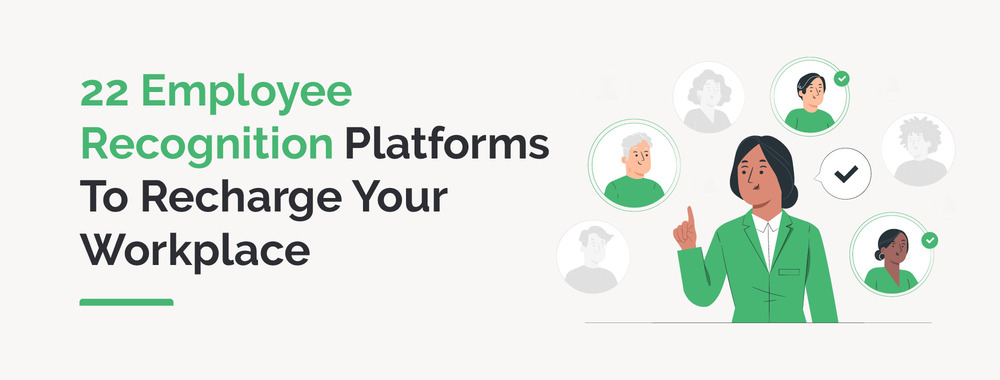
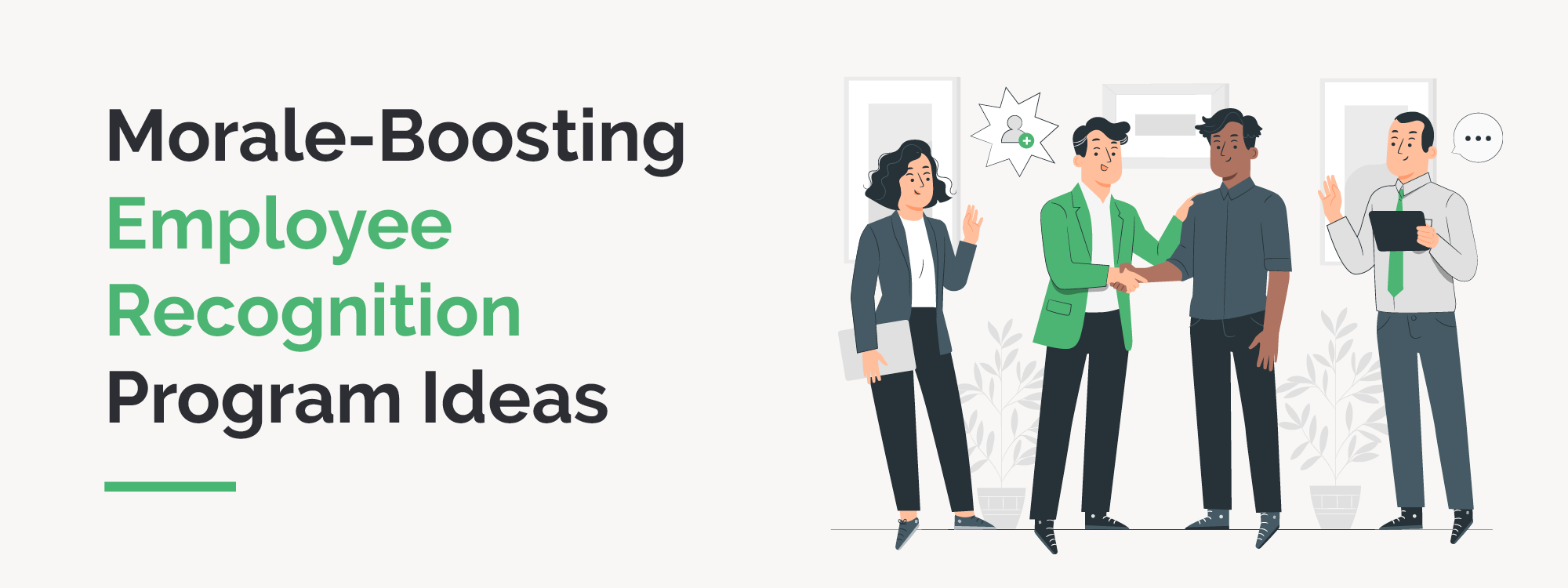 https://doublethedonation.com/wp-content/uploads/2023/06/DTD_employee-recognition-program-ideas_feature.png
750
2000
Adam Weinger
https://doublethedonation.com/wp-content/uploads/2022/03/logo-dtd.svg
Adam Weinger2023-06-06 13:20:042024-08-16 15:14:12How to Boost Morale: 10+ Employee Recognition Program Ideas
https://doublethedonation.com/wp-content/uploads/2023/06/DTD_employee-recognition-program-ideas_feature.png
750
2000
Adam Weinger
https://doublethedonation.com/wp-content/uploads/2022/03/logo-dtd.svg
Adam Weinger2023-06-06 13:20:042024-08-16 15:14:12How to Boost Morale: 10+ Employee Recognition Program Ideas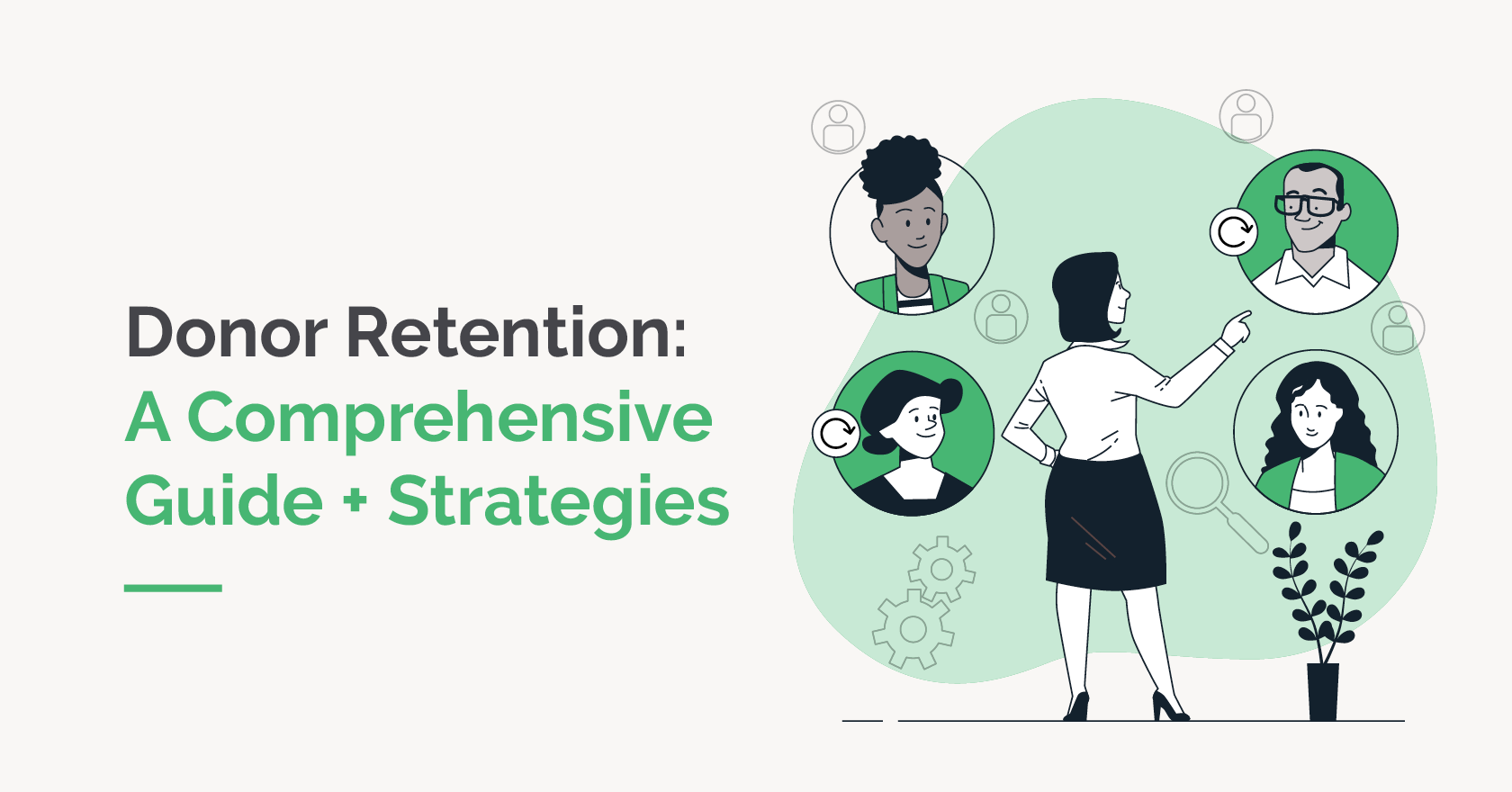
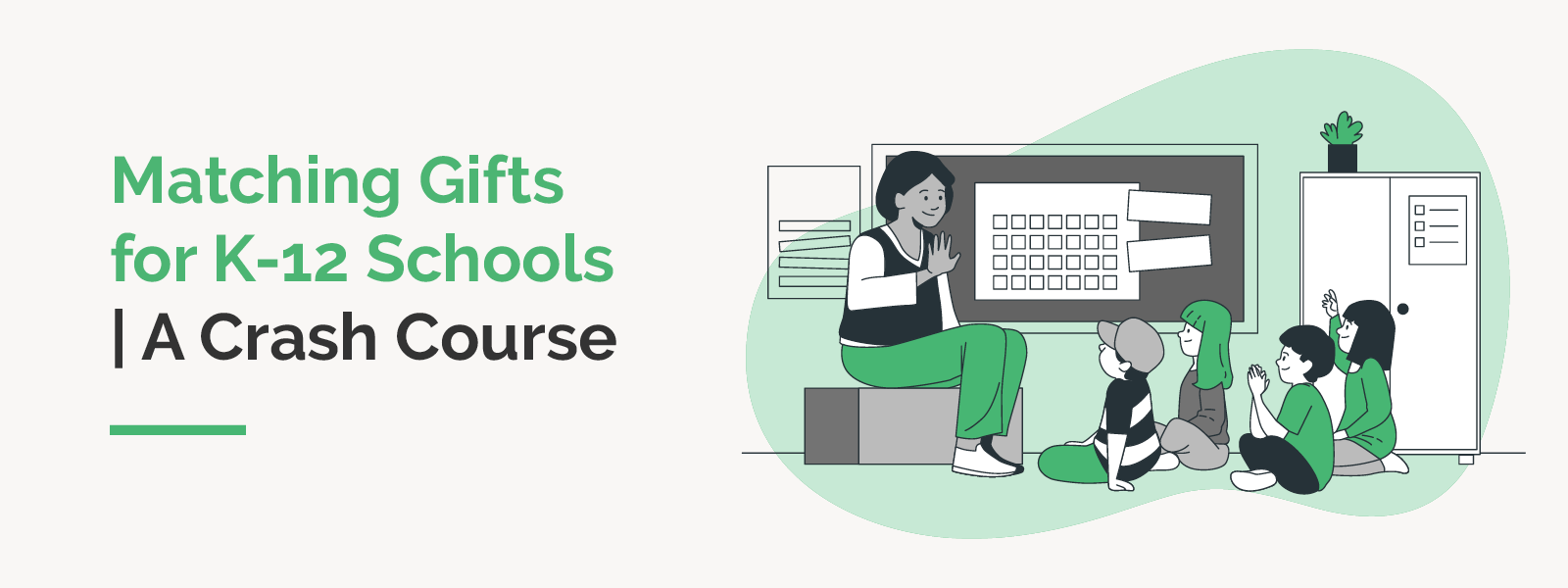
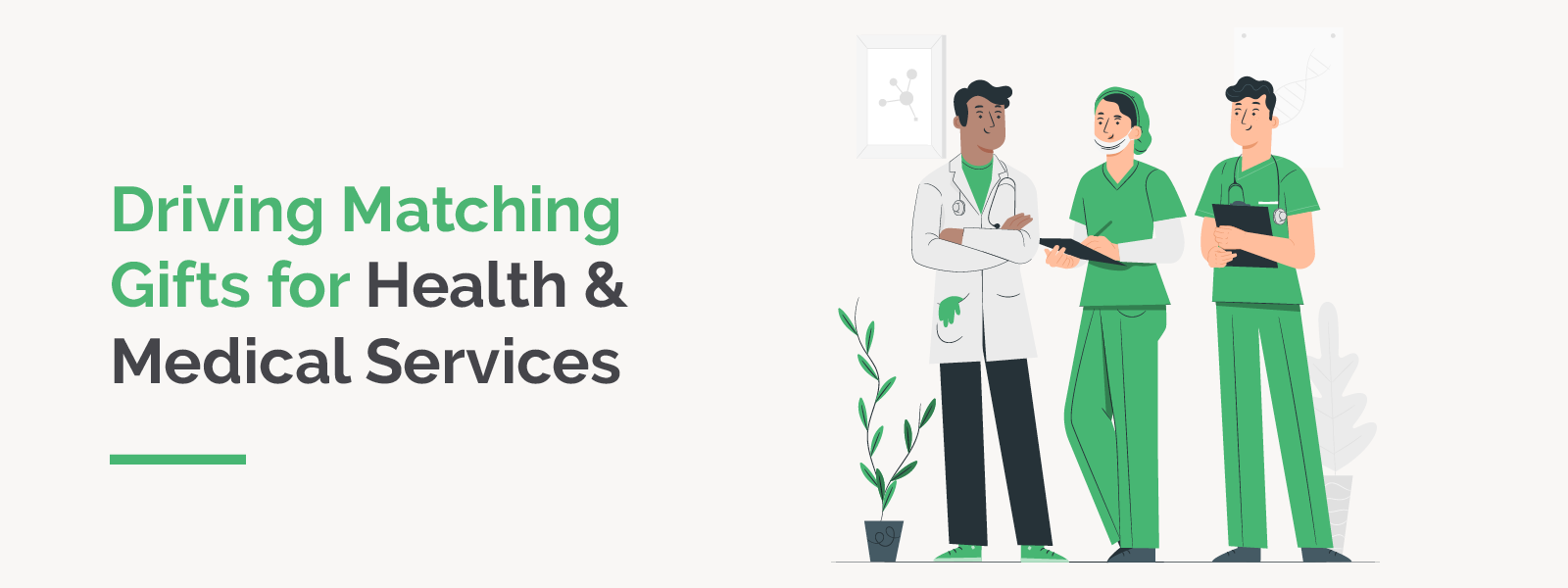
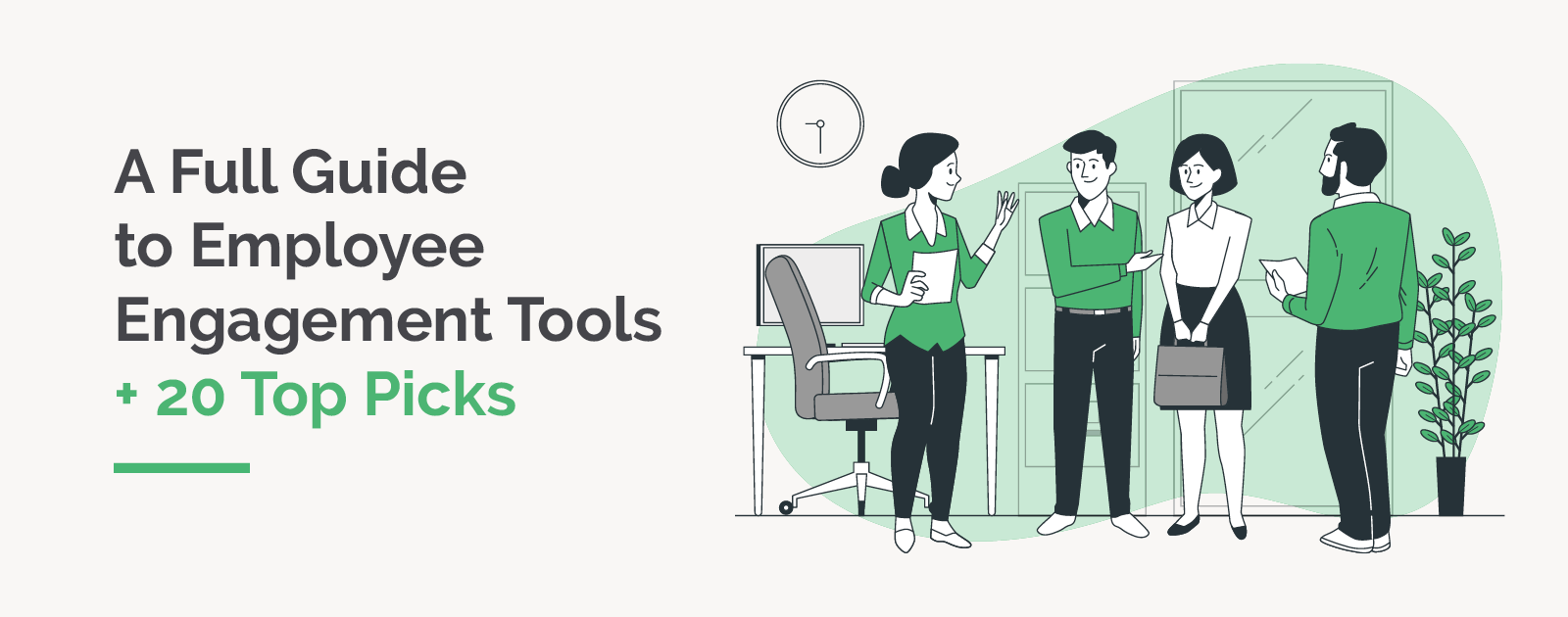
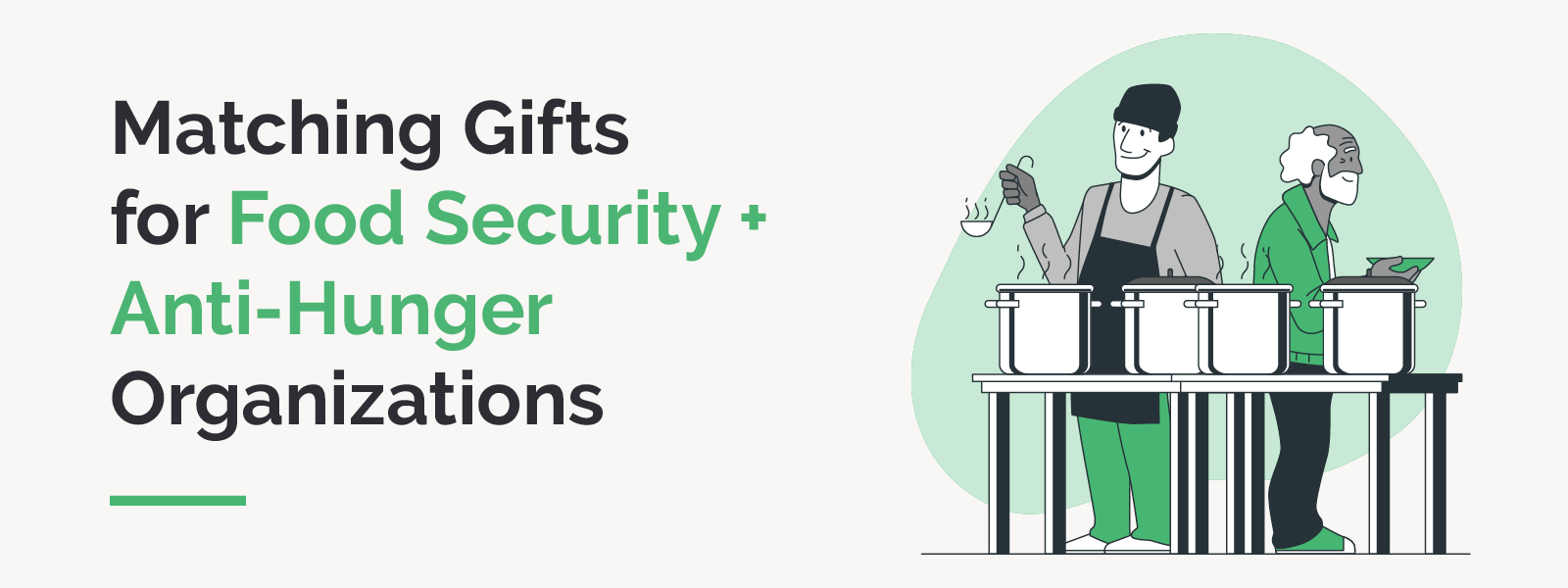
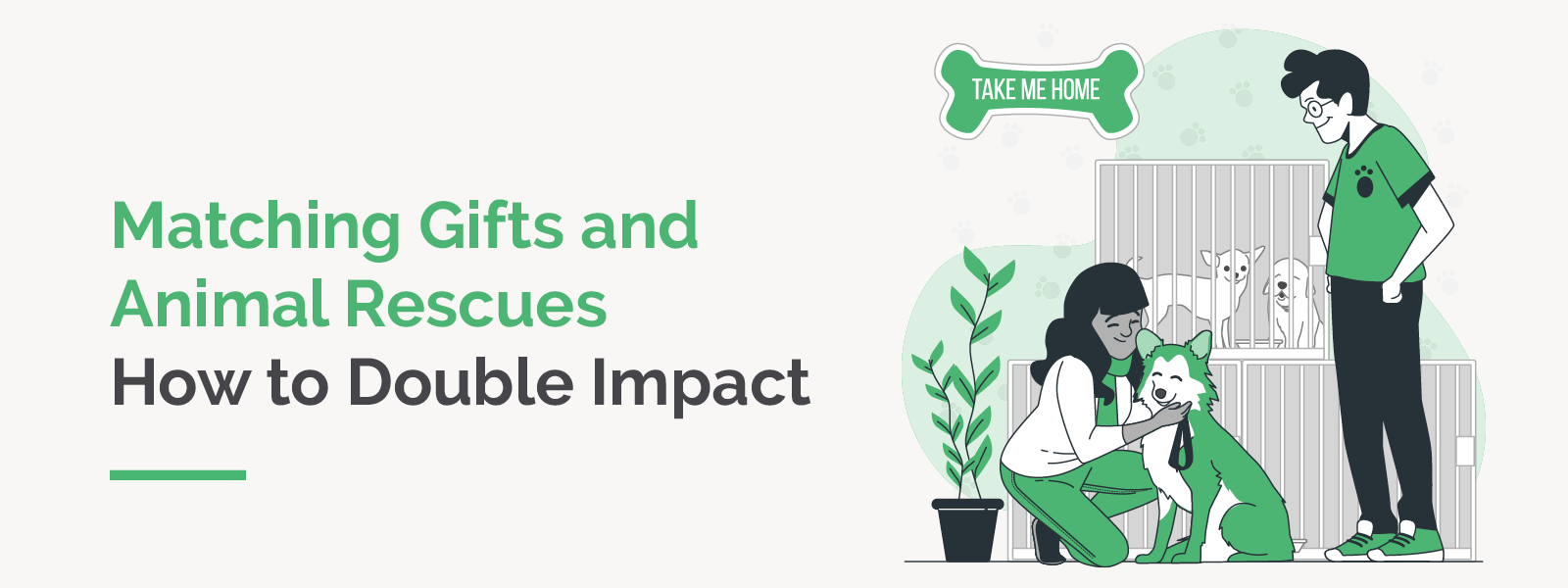
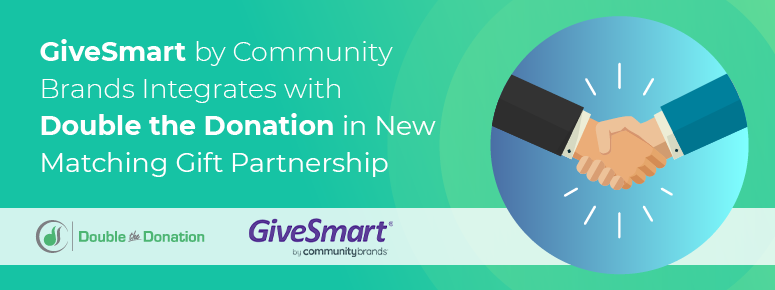
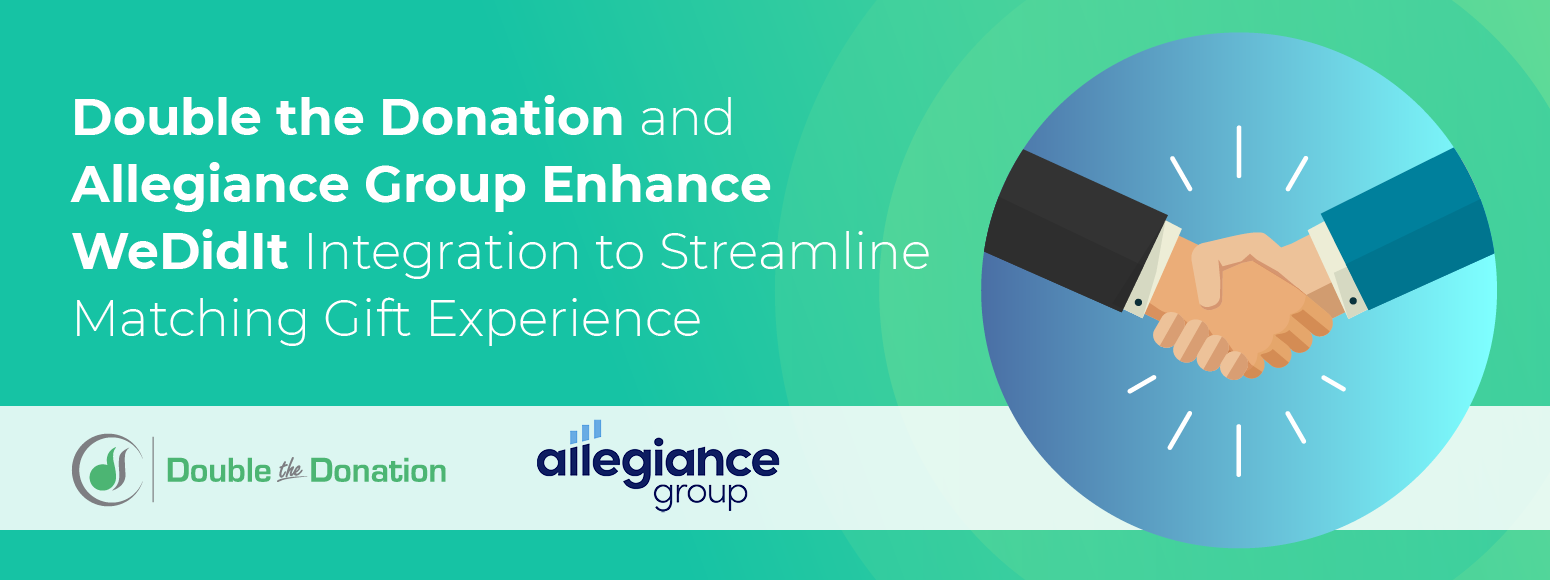
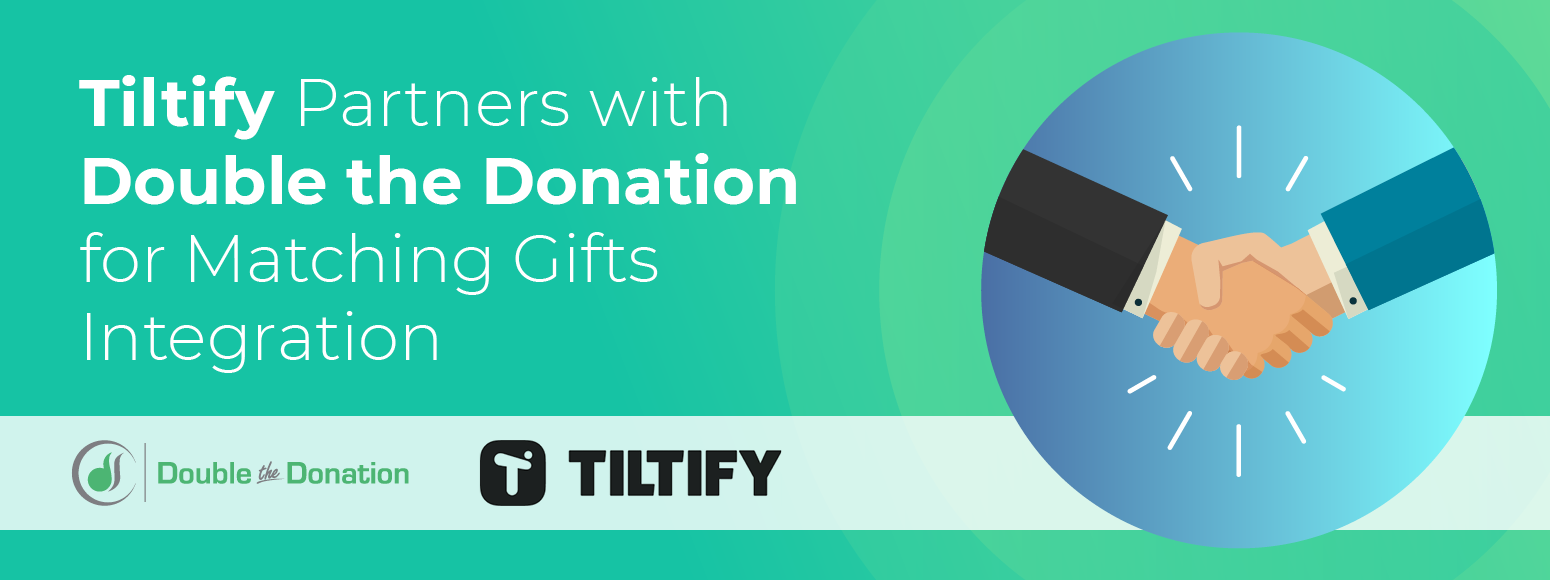
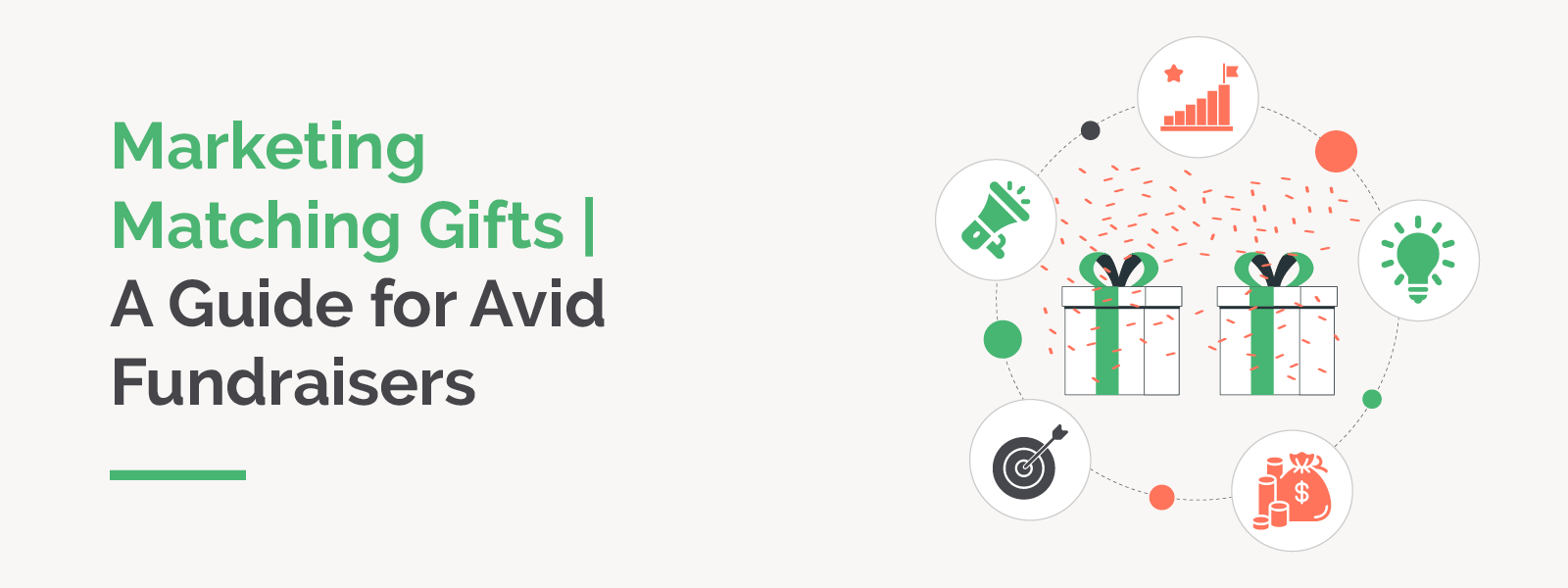
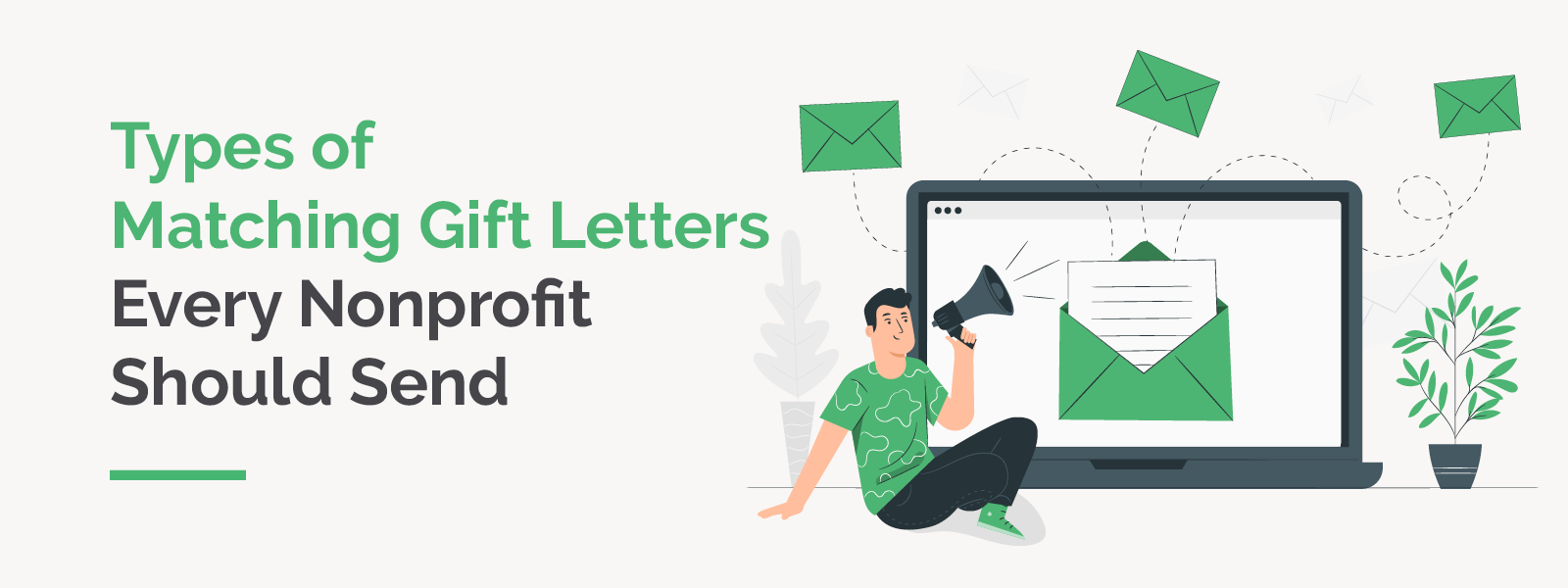
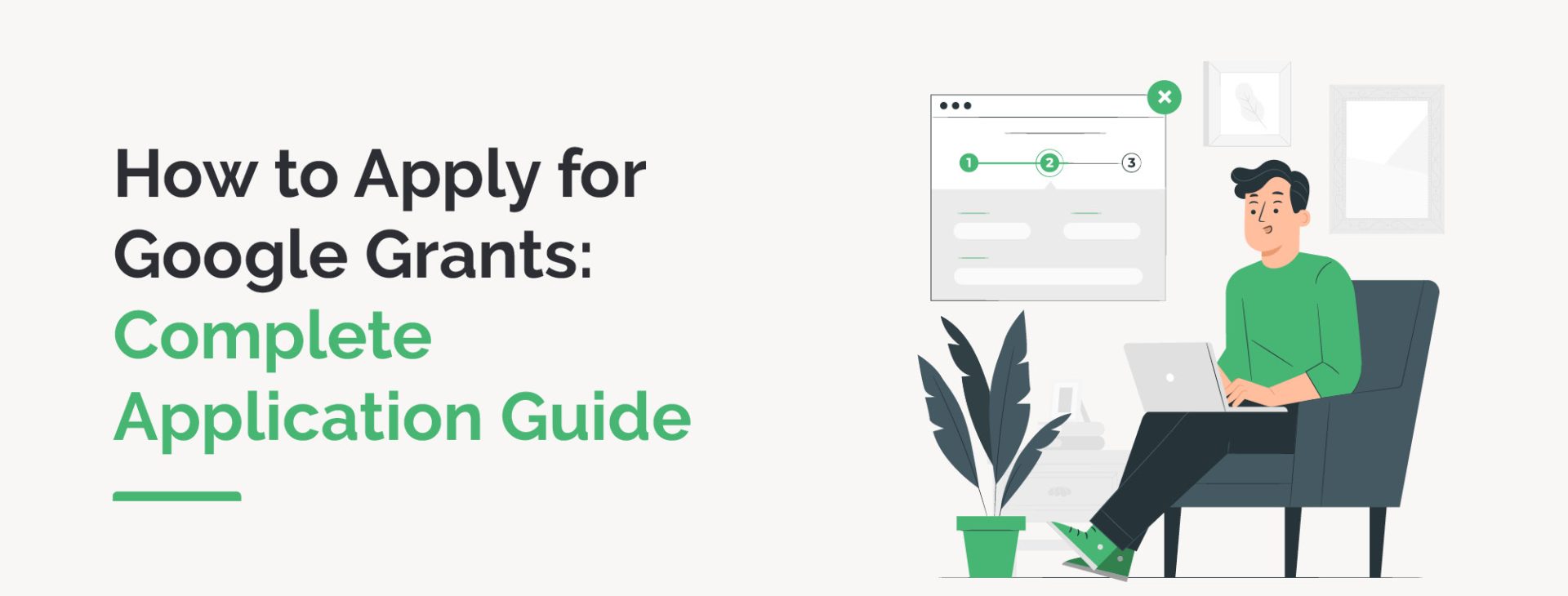
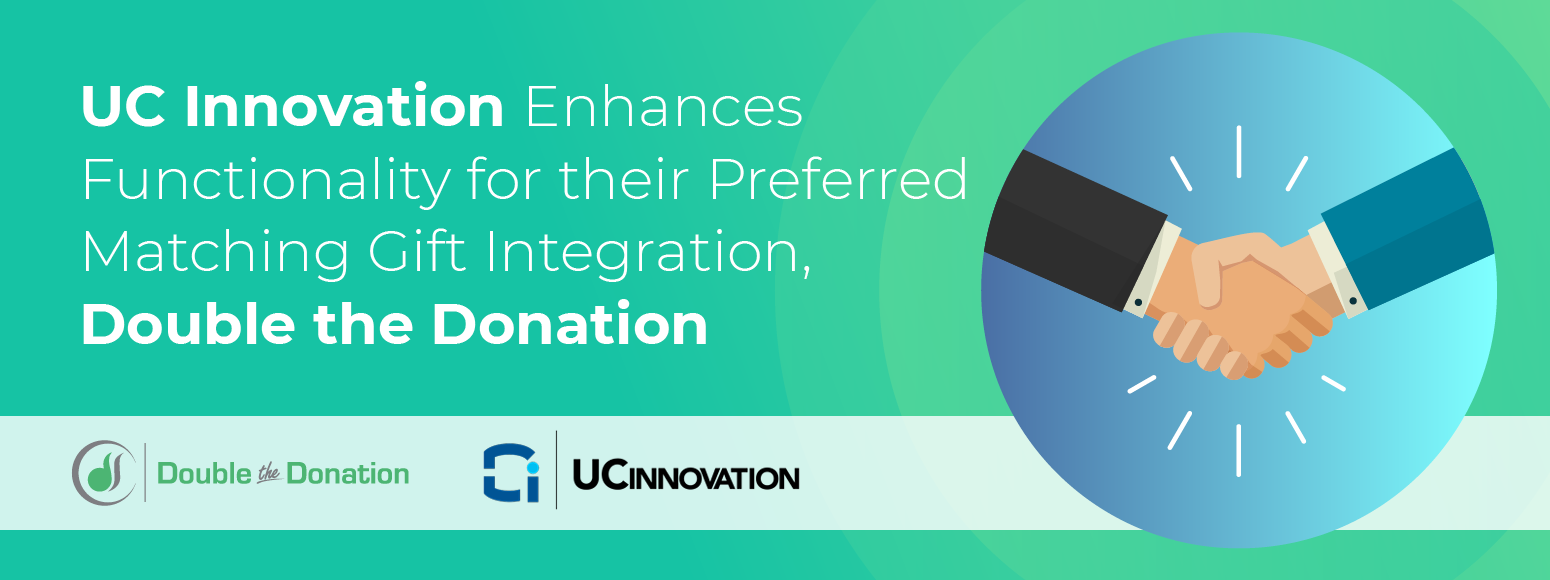

 https://doublethedonation.com/wp-content/uploads/2013/07/DTD_Matching-Gift-Blurbs-Sample-Wording-Best-Practices_Feature.png
600
1600
Adam Weinger
https://doublethedonation.com/wp-content/uploads/2022/03/logo-dtd.svg
Adam Weinger2023-04-19 16:00:322024-09-30 20:59:08Matching Gift Blurbs | Sample Wording & Best Practices
https://doublethedonation.com/wp-content/uploads/2013/07/DTD_Matching-Gift-Blurbs-Sample-Wording-Best-Practices_Feature.png
600
1600
Adam Weinger
https://doublethedonation.com/wp-content/uploads/2022/03/logo-dtd.svg
Adam Weinger2023-04-19 16:00:322024-09-30 20:59:08Matching Gift Blurbs | Sample Wording & Best Practices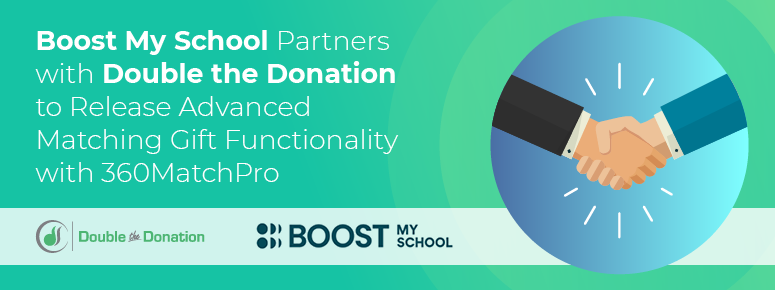
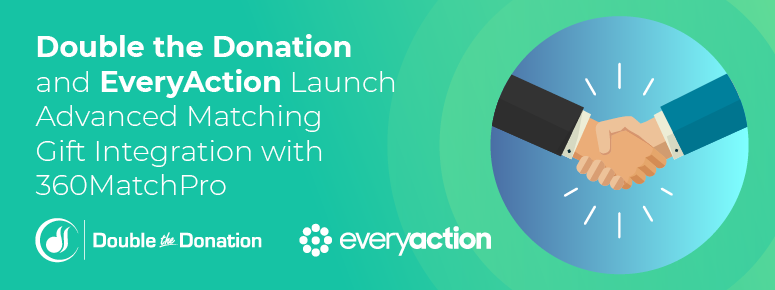
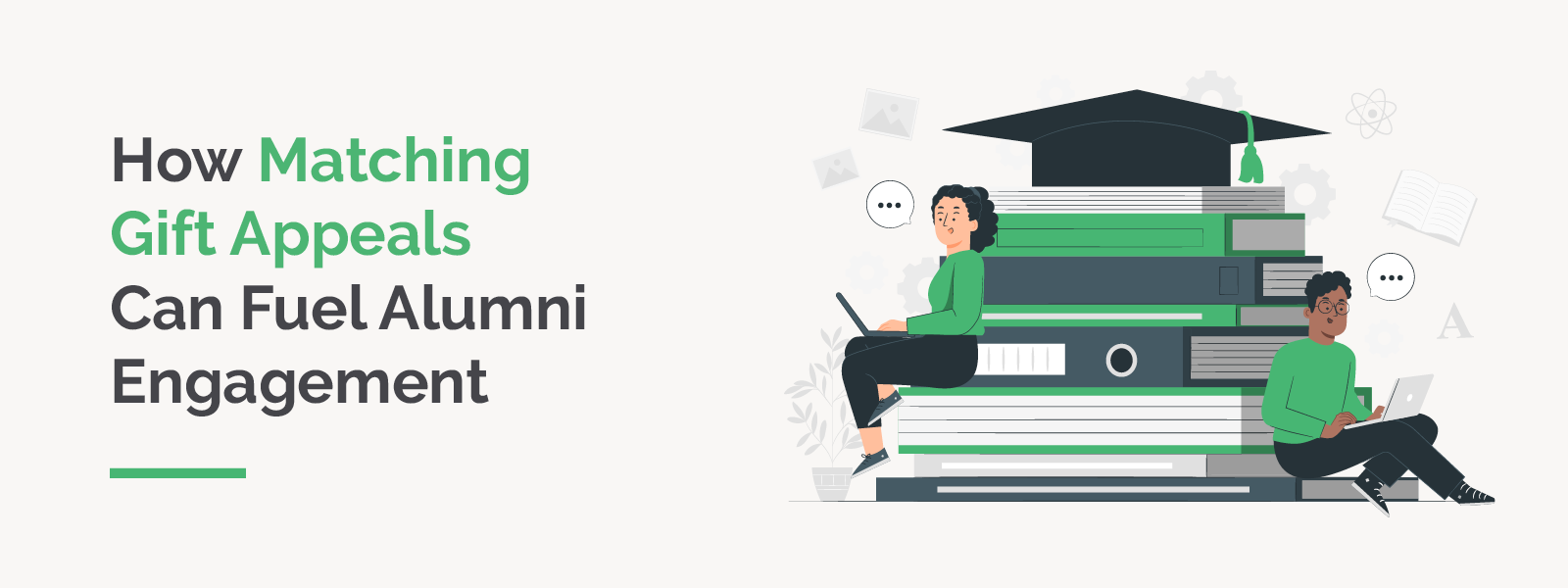
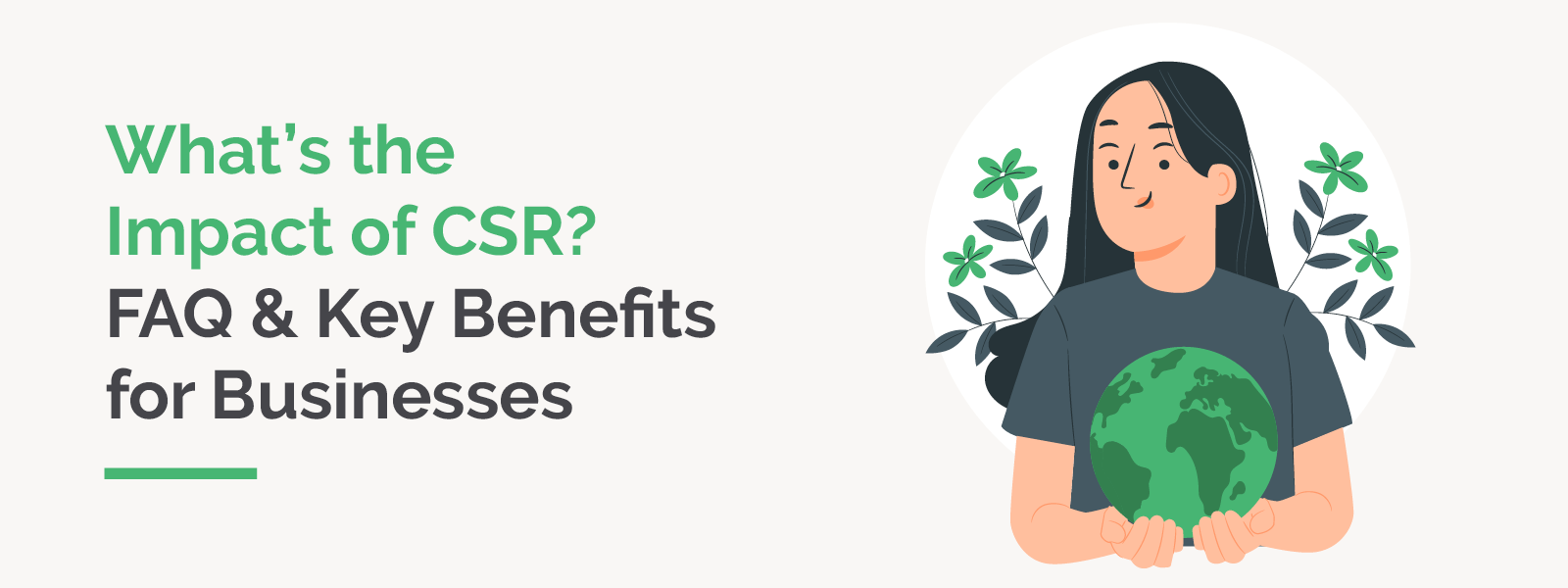
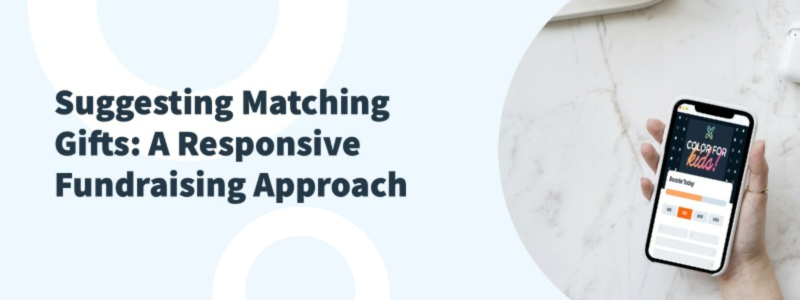
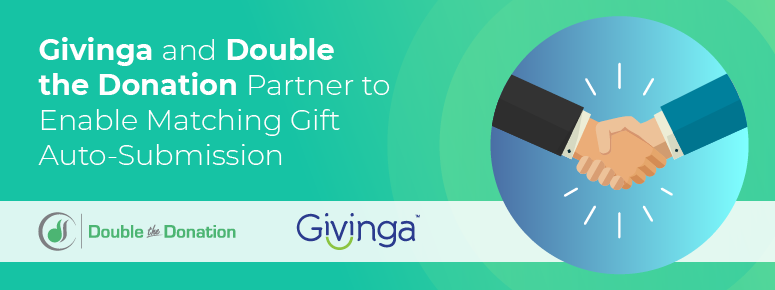
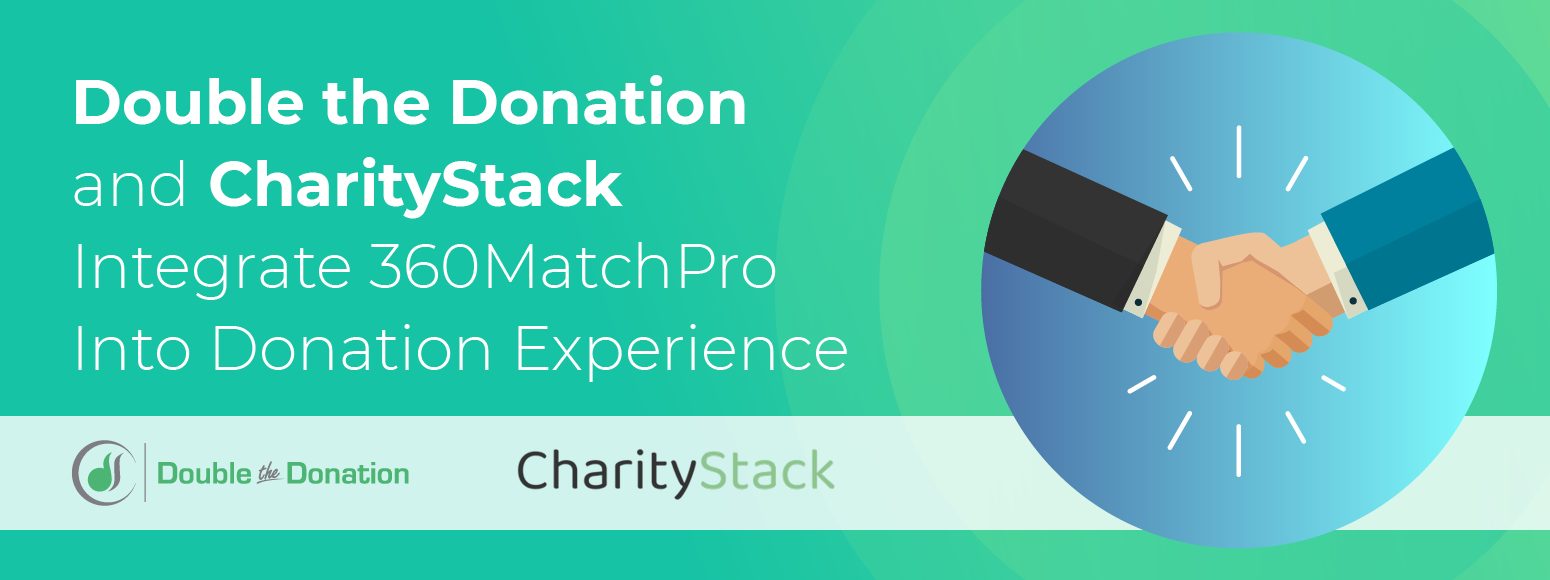
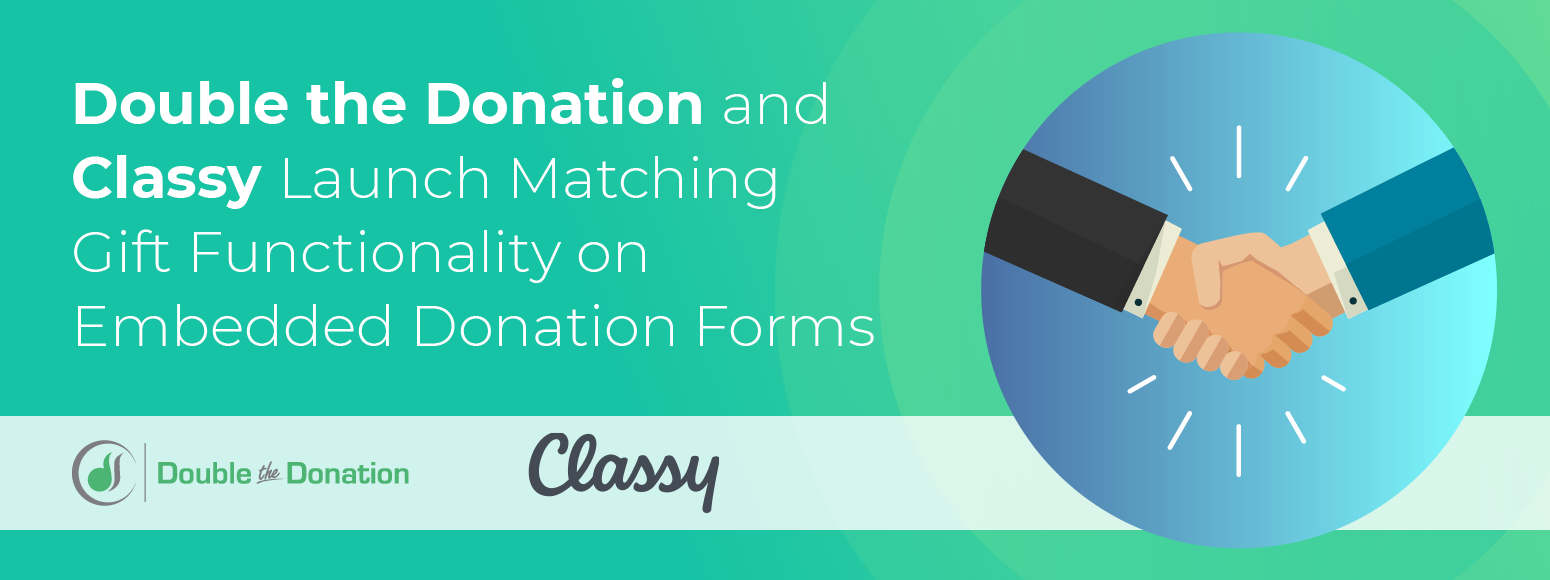
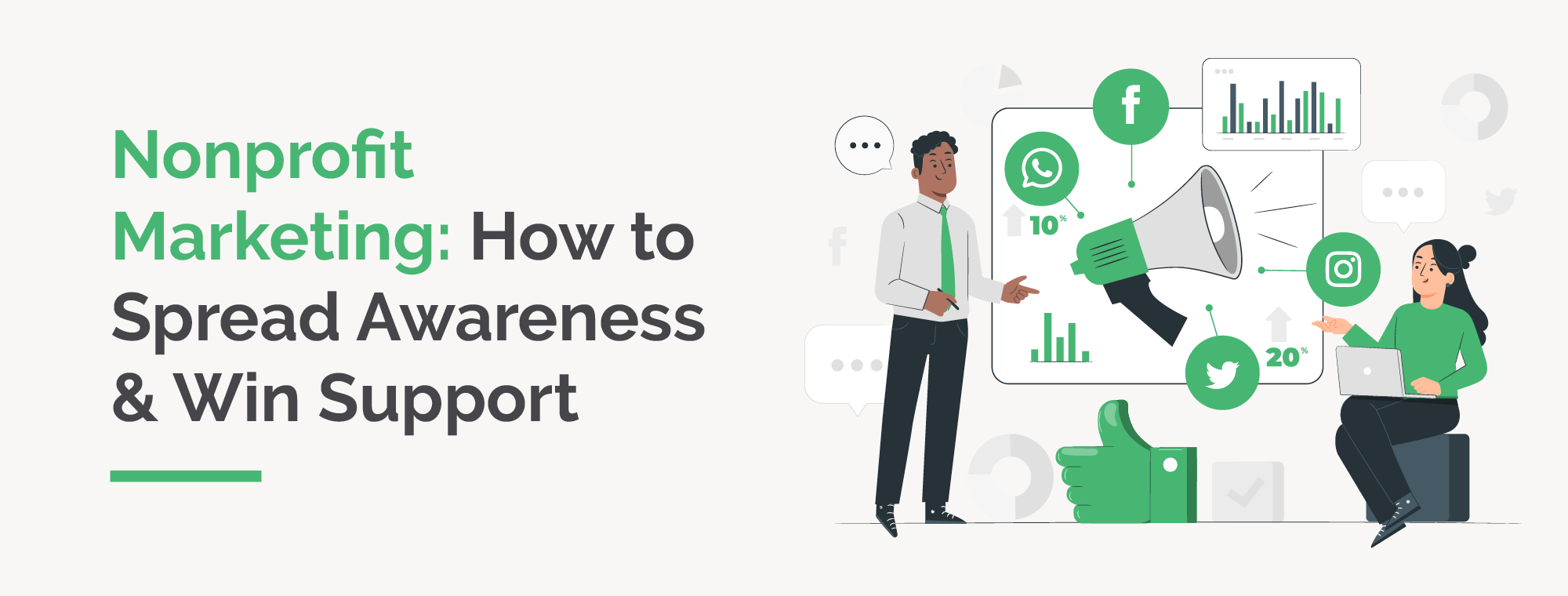
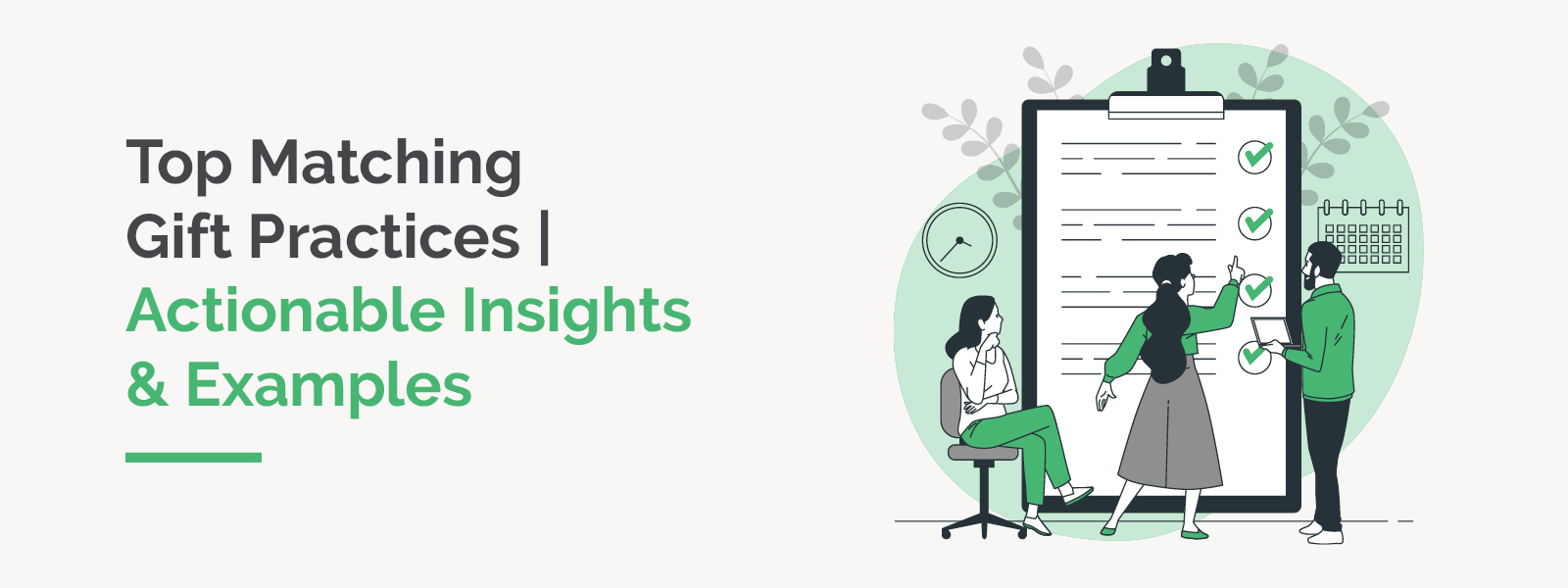
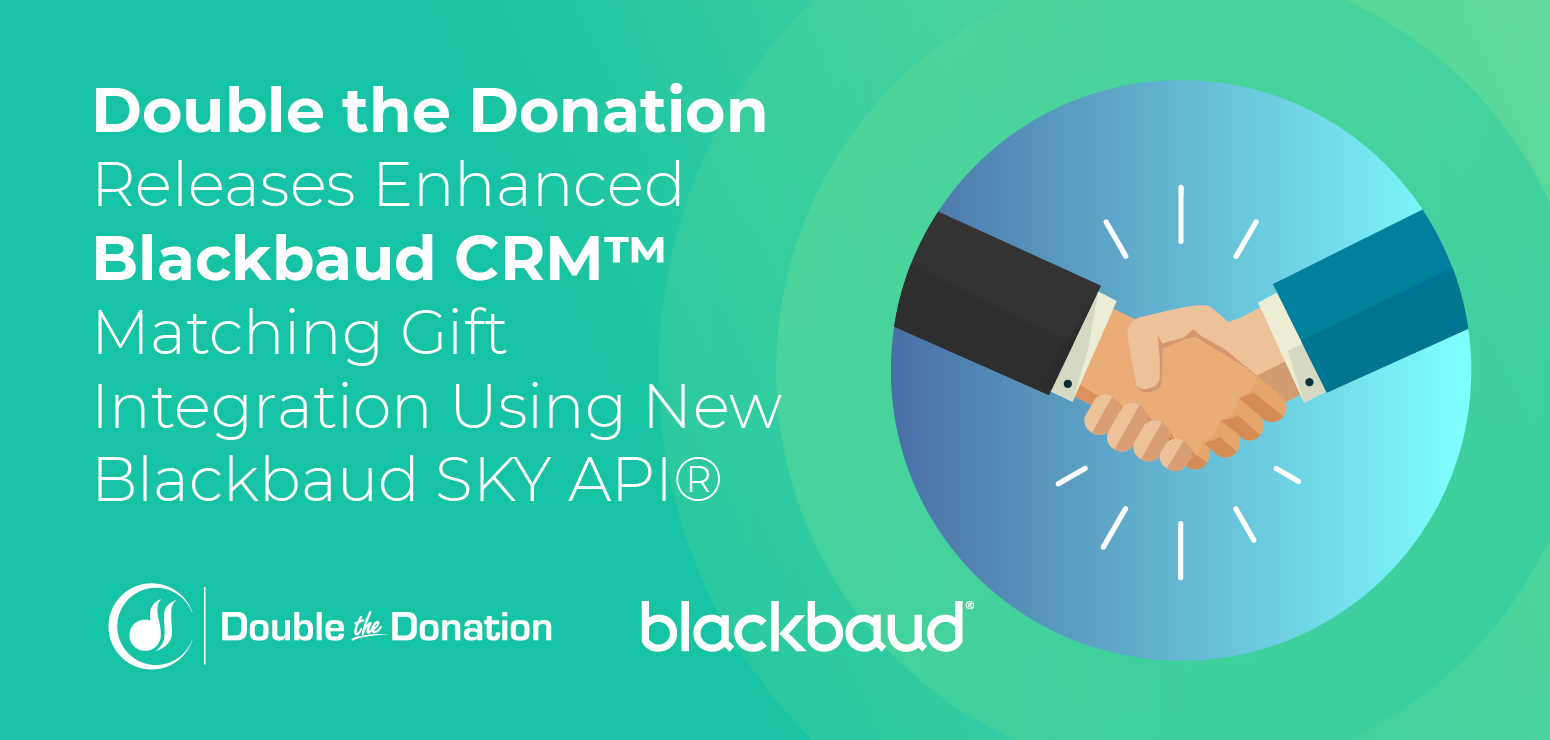
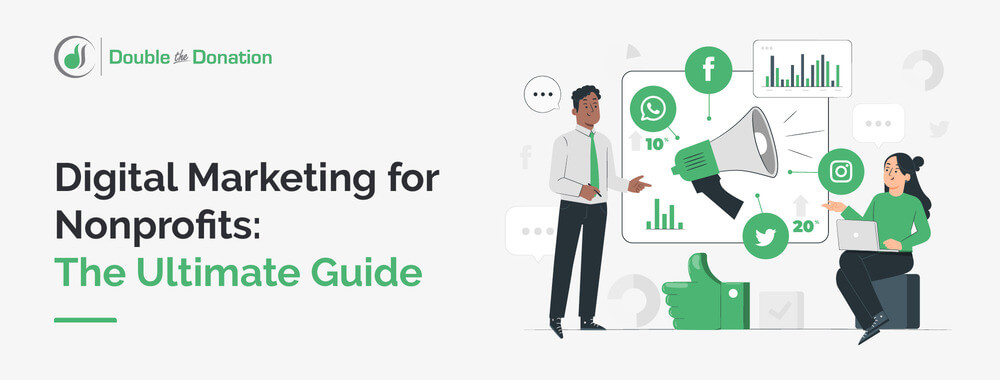
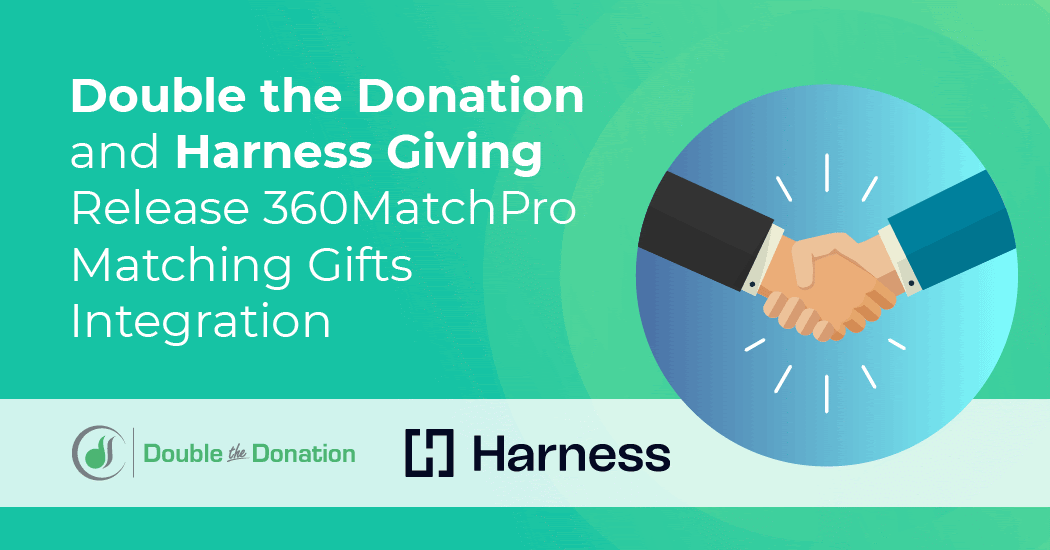
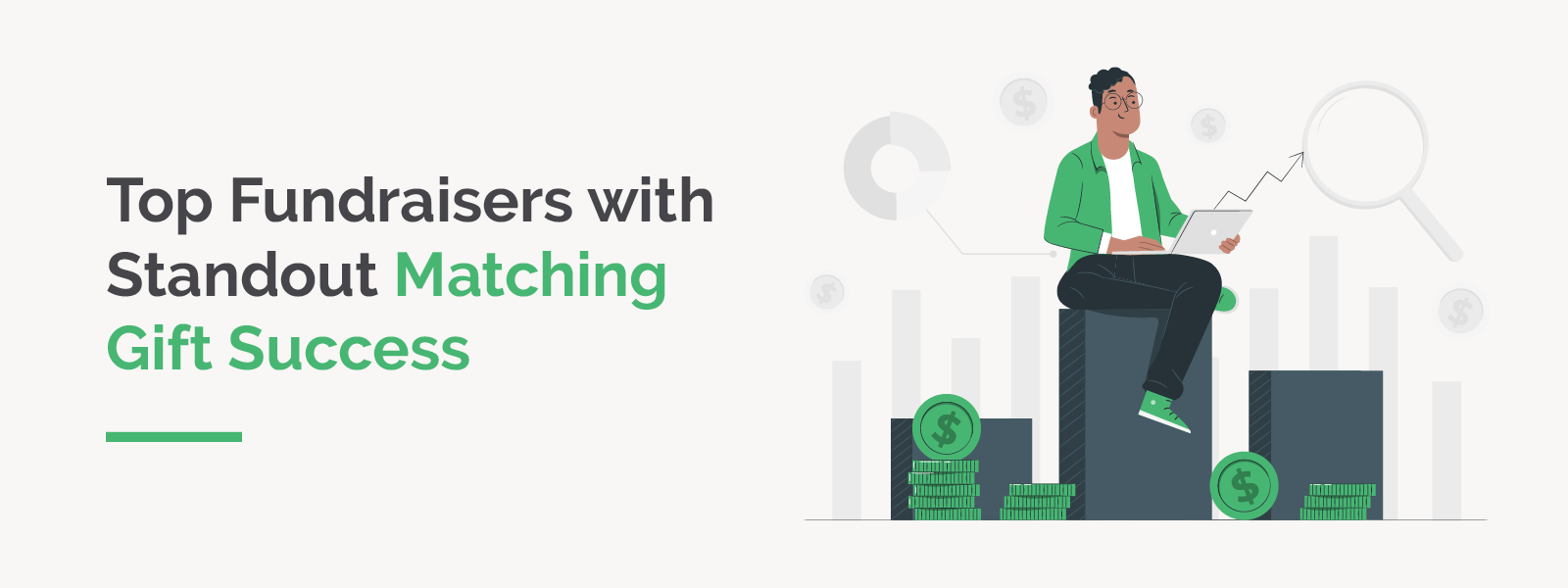
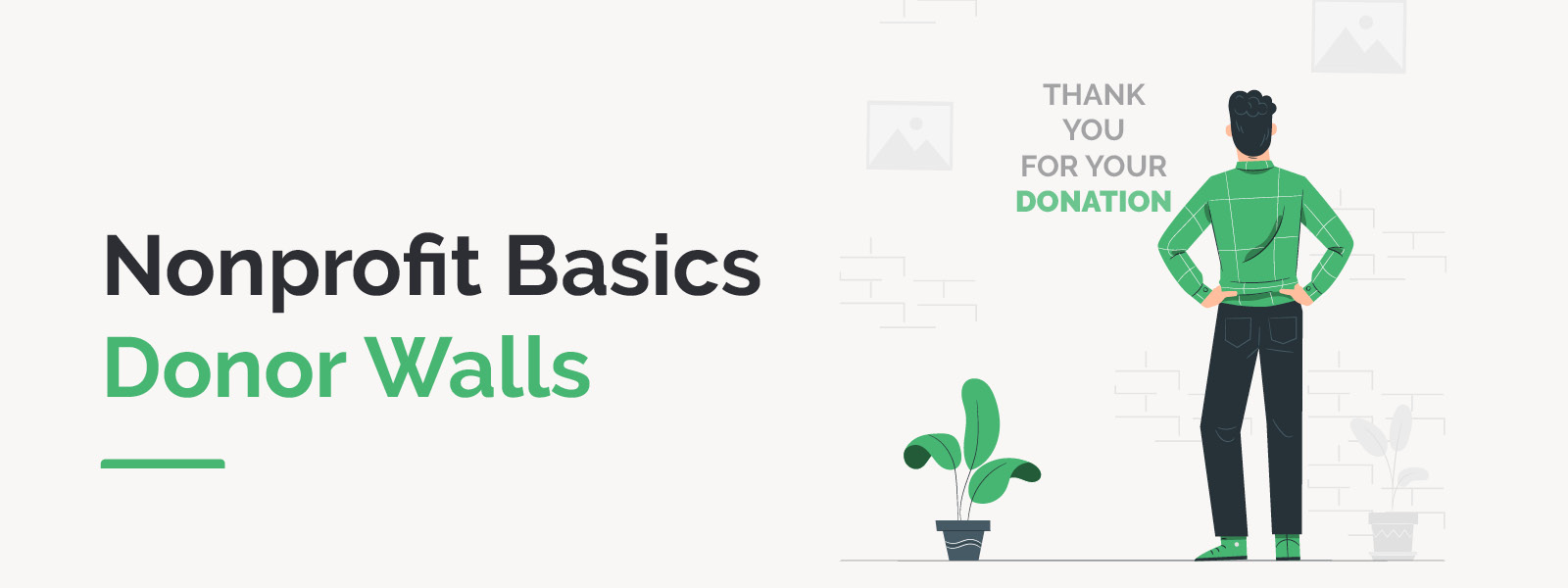
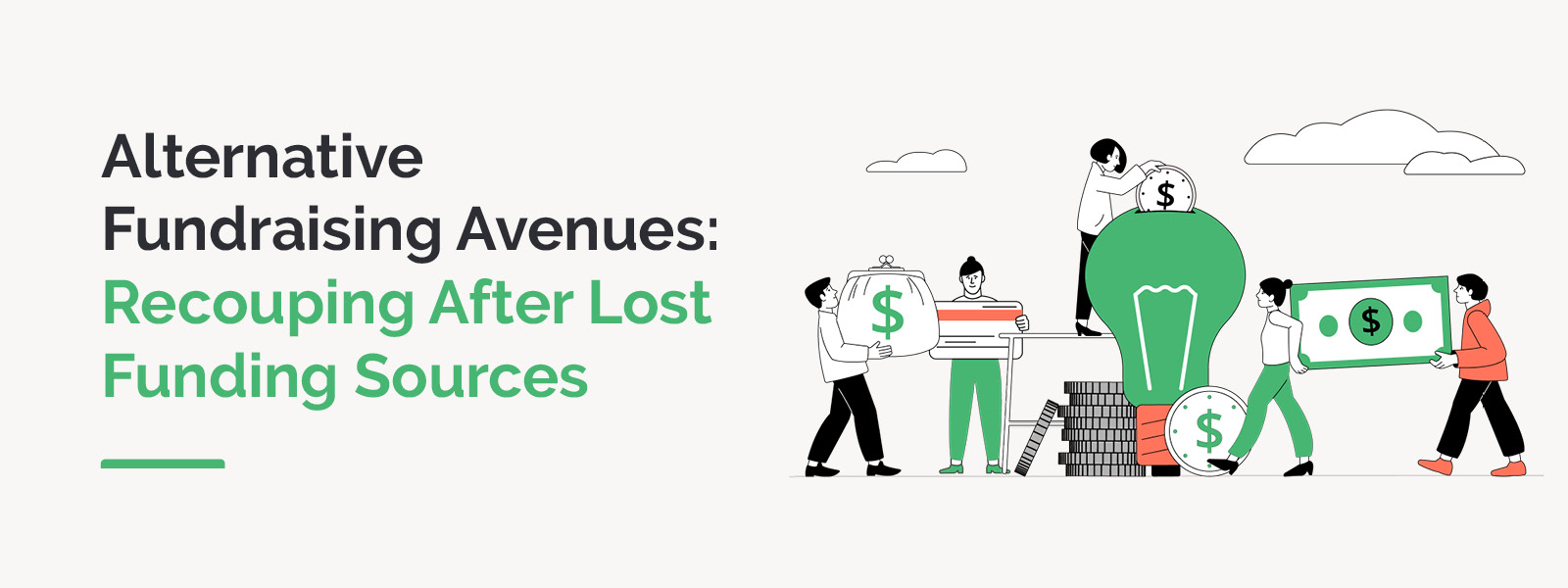

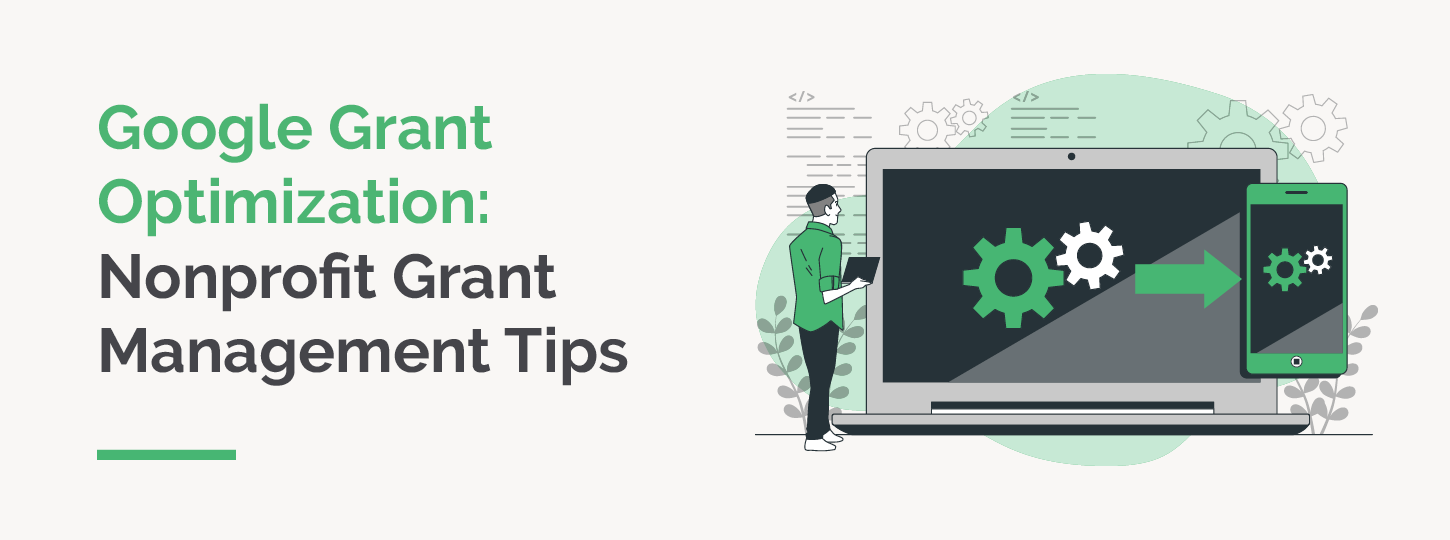
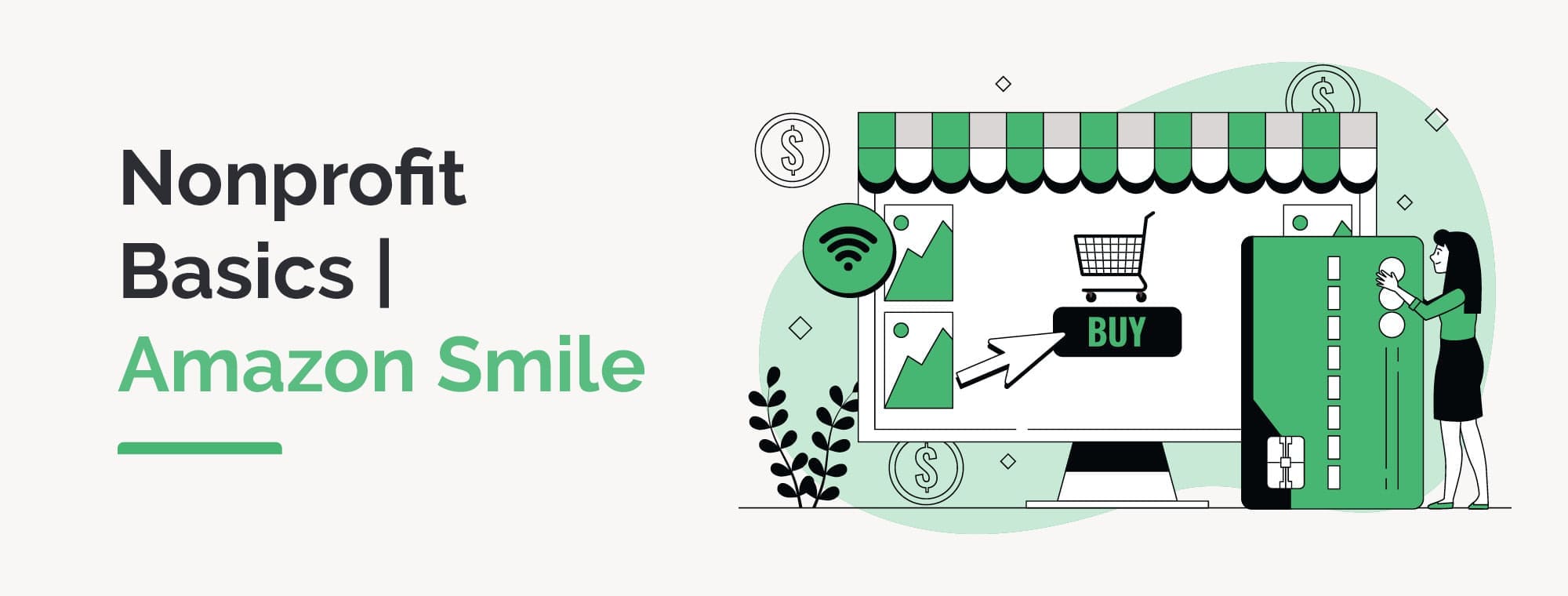
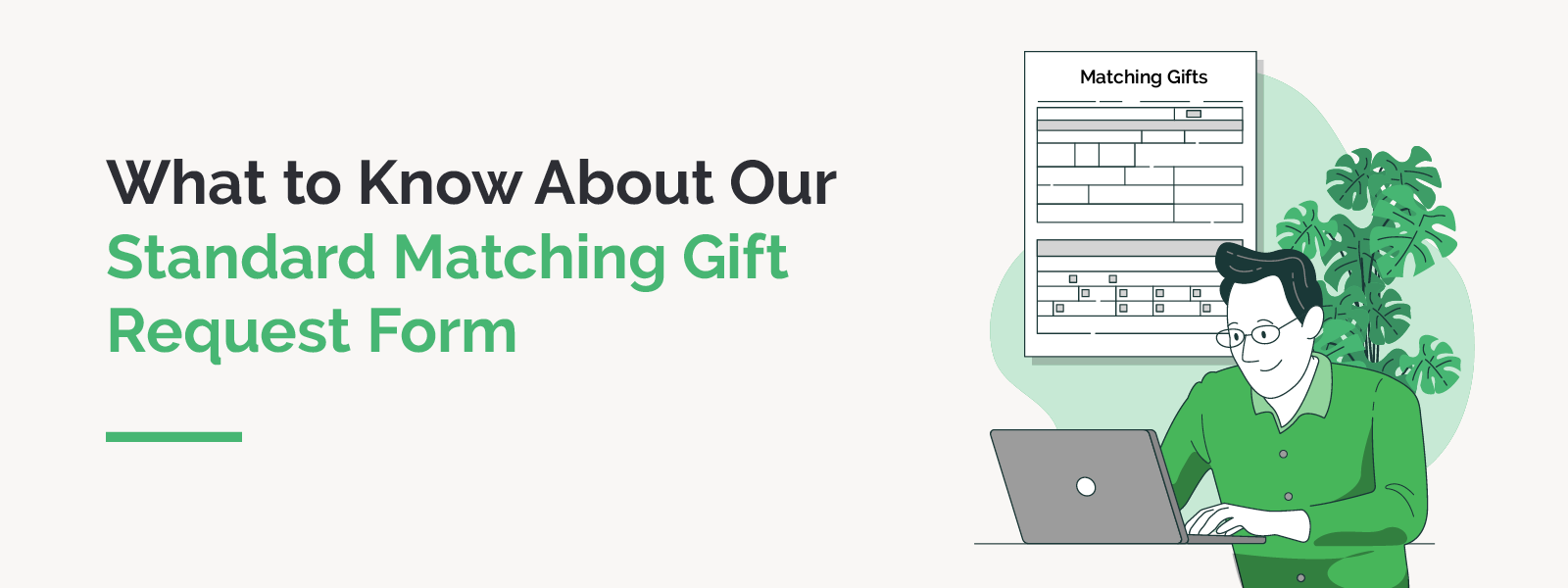
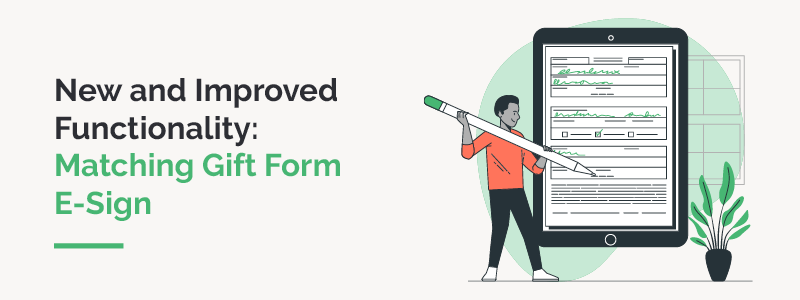
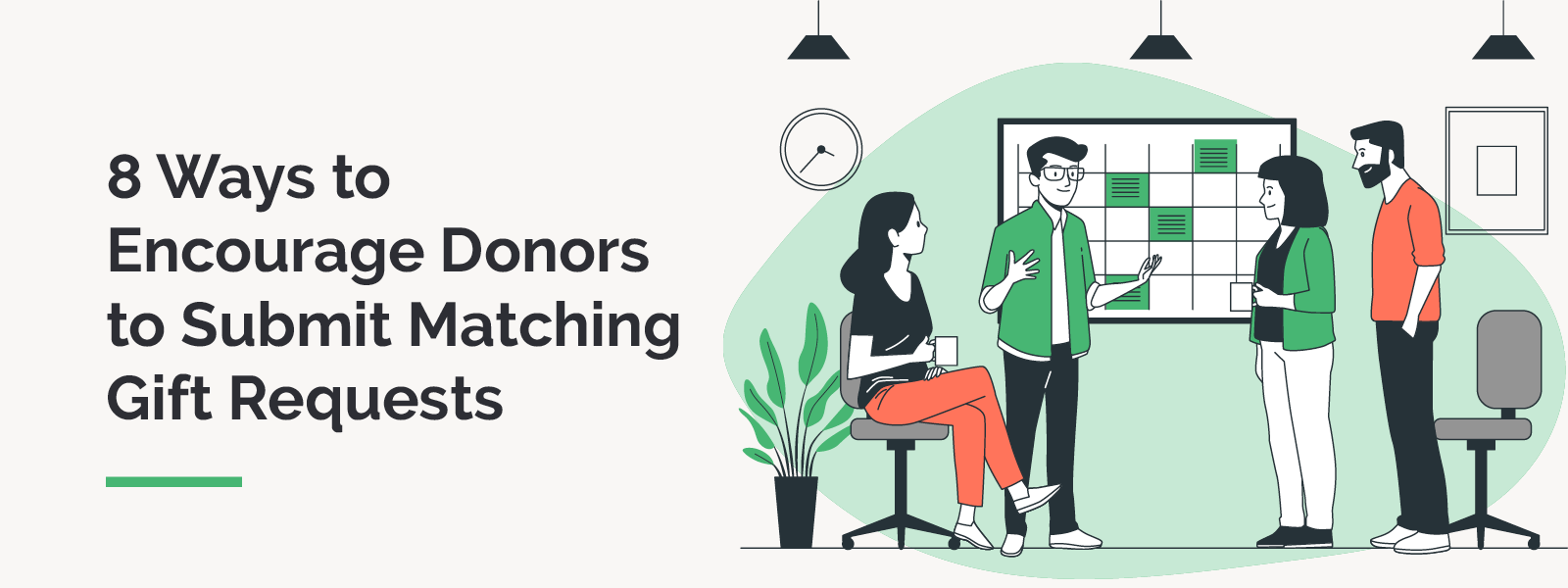 https://doublethedonation.com/wp-content/uploads/2016/05/DTD_8-Ways-to-Encourage-Donors-to-Submit-Matching-Gift-Requests_Feature.png
600
1600
Adam Weinger
https://doublethedonation.com/wp-content/uploads/2022/03/logo-dtd.svg
Adam Weinger2023-01-04 13:34:562025-04-07 11:41:428 Ways to Encourage Donors to Submit Employee Matching Gift Requests
https://doublethedonation.com/wp-content/uploads/2016/05/DTD_8-Ways-to-Encourage-Donors-to-Submit-Matching-Gift-Requests_Feature.png
600
1600
Adam Weinger
https://doublethedonation.com/wp-content/uploads/2022/03/logo-dtd.svg
Adam Weinger2023-01-04 13:34:562025-04-07 11:41:428 Ways to Encourage Donors to Submit Employee Matching Gift Requests https://doublethedonation.com/wp-content/uploads/2013/02/DTD_Why-Companies-Have-Matching-Gift-Programs-A-Complete-Guide_Feature.png
600
1600
Adam Weinger
https://doublethedonation.com/wp-content/uploads/2022/03/logo-dtd.svg
Adam Weinger2023-01-03 02:20:332025-05-30 21:23:44Why Companies Have Matching Gift Programs: A Complete Guide
https://doublethedonation.com/wp-content/uploads/2013/02/DTD_Why-Companies-Have-Matching-Gift-Programs-A-Complete-Guide_Feature.png
600
1600
Adam Weinger
https://doublethedonation.com/wp-content/uploads/2022/03/logo-dtd.svg
Adam Weinger2023-01-03 02:20:332025-05-30 21:23:44Why Companies Have Matching Gift Programs: A Complete Guide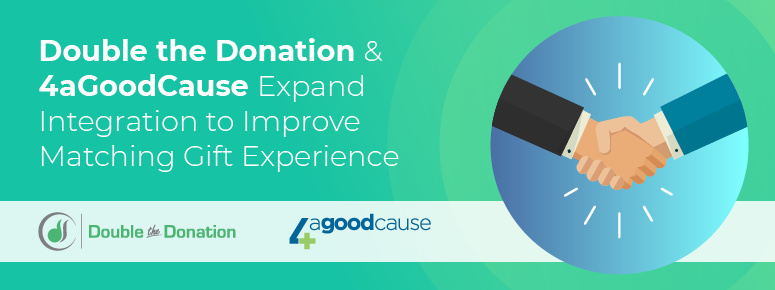
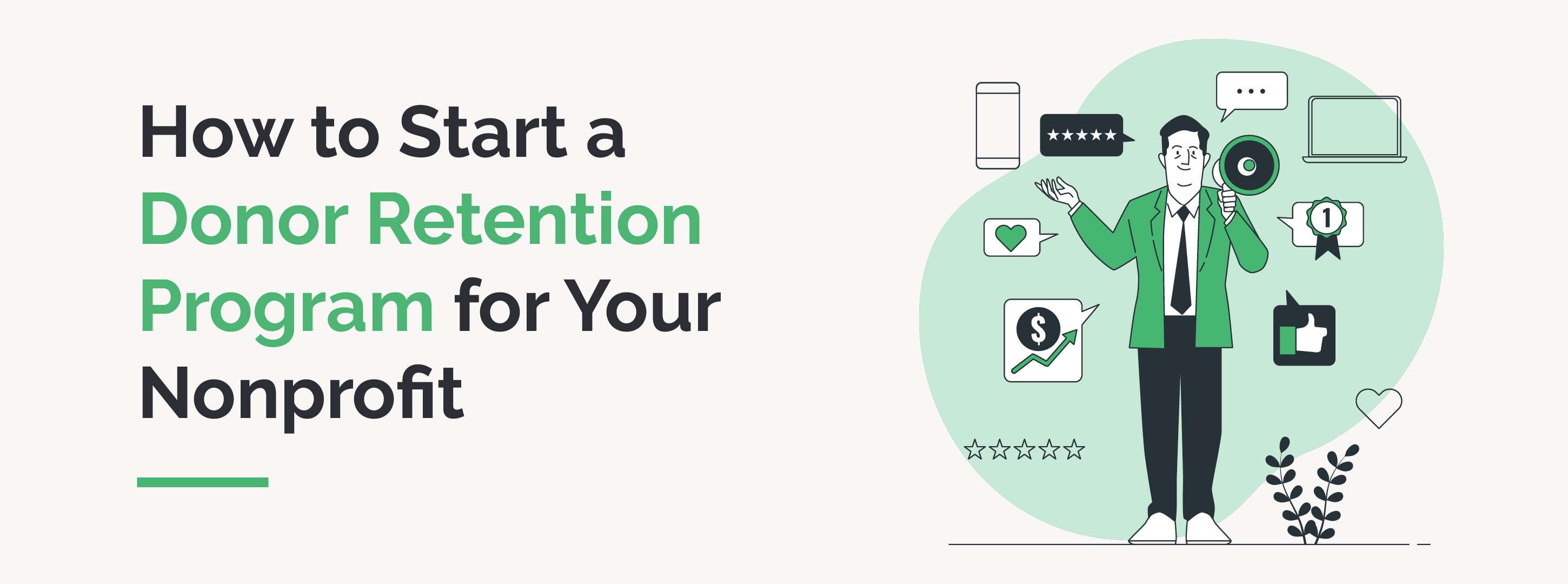
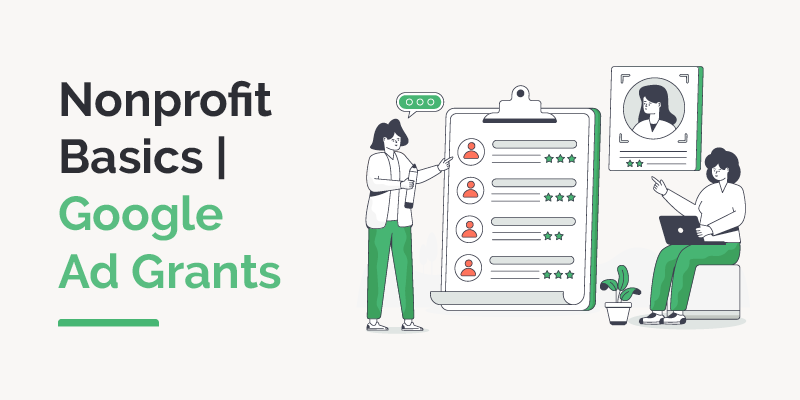
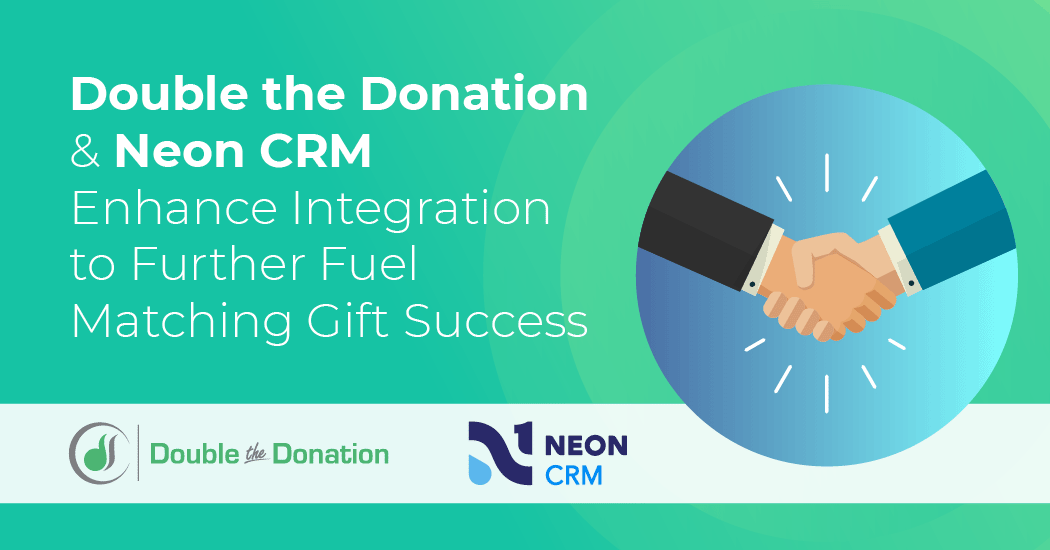
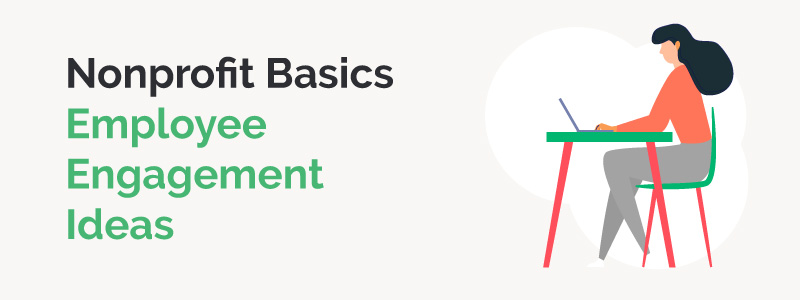
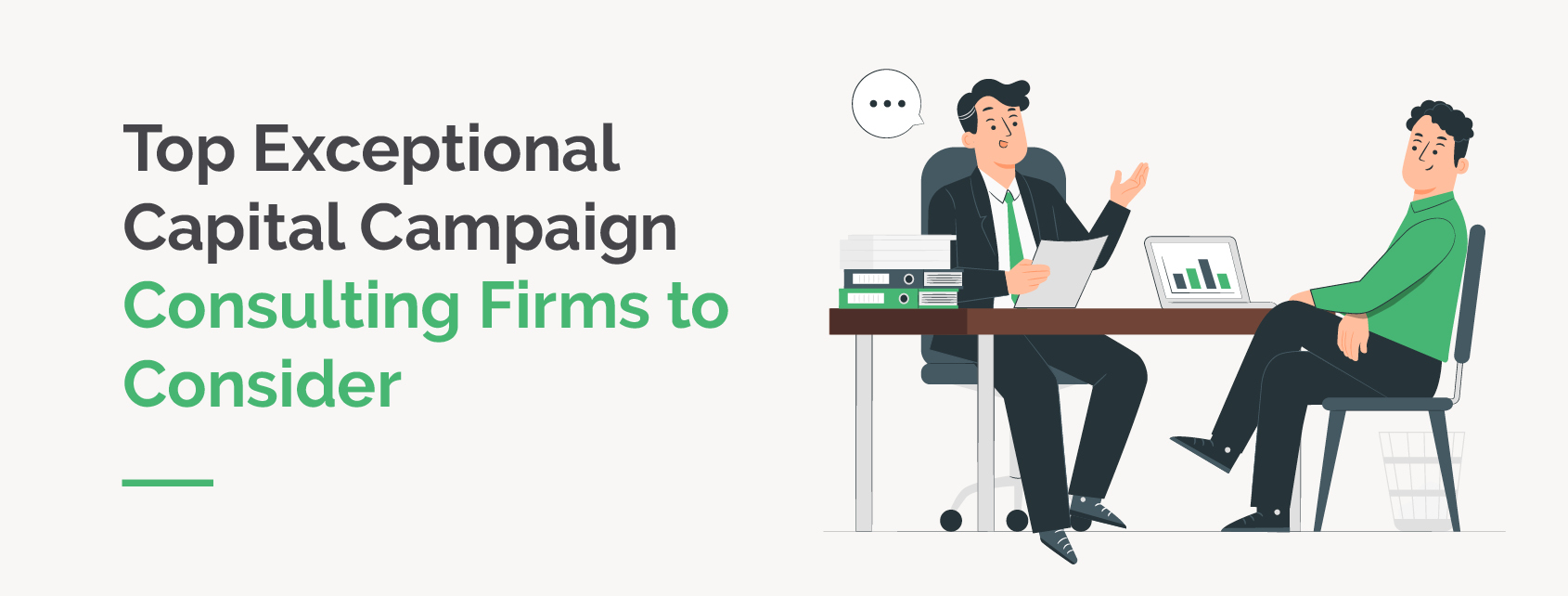 https://doublethedonation.com/wp-content/uploads/2016/12/Capital-Campaign-Consulting-Firms_Feature.jpg
642
1690
Adam Weinger
https://doublethedonation.com/wp-content/uploads/2022/03/logo-dtd.svg
Adam Weinger2022-12-14 20:21:552025-05-15 13:13:2211 Exceptional Capital Campaign Consulting Firms to Consider
https://doublethedonation.com/wp-content/uploads/2016/12/Capital-Campaign-Consulting-Firms_Feature.jpg
642
1690
Adam Weinger
https://doublethedonation.com/wp-content/uploads/2022/03/logo-dtd.svg
Adam Weinger2022-12-14 20:21:552025-05-15 13:13:2211 Exceptional Capital Campaign Consulting Firms to Consider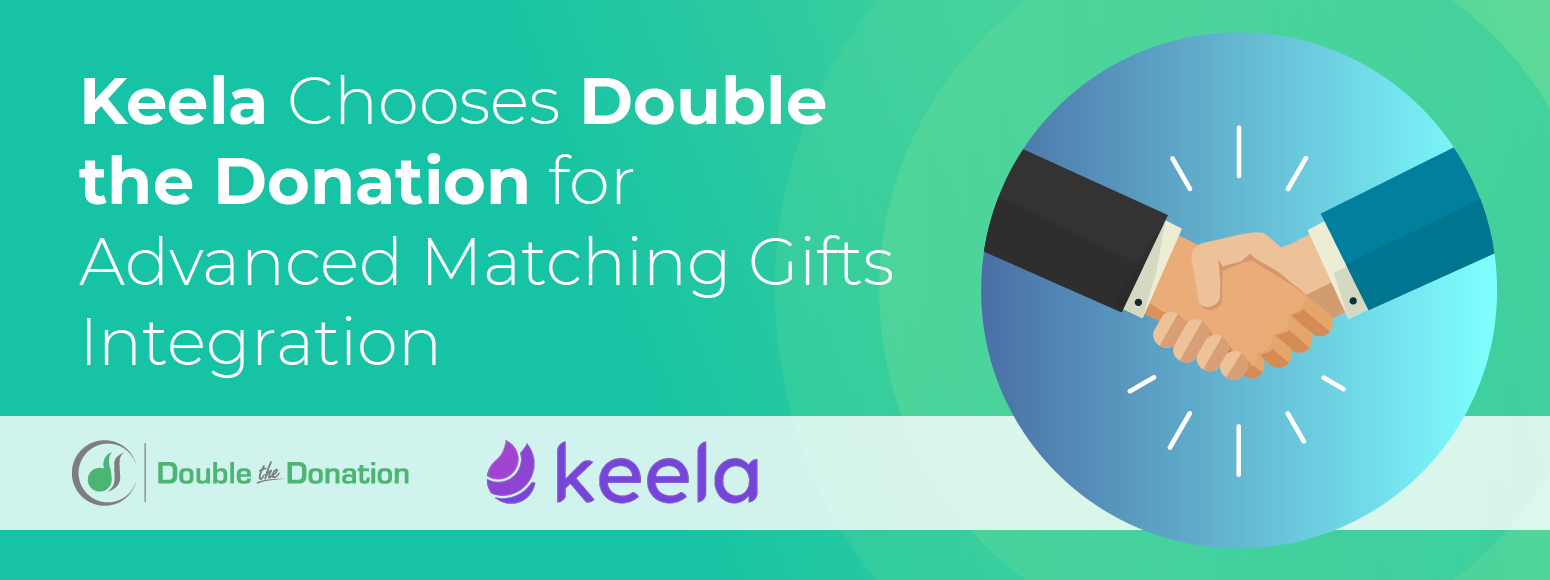
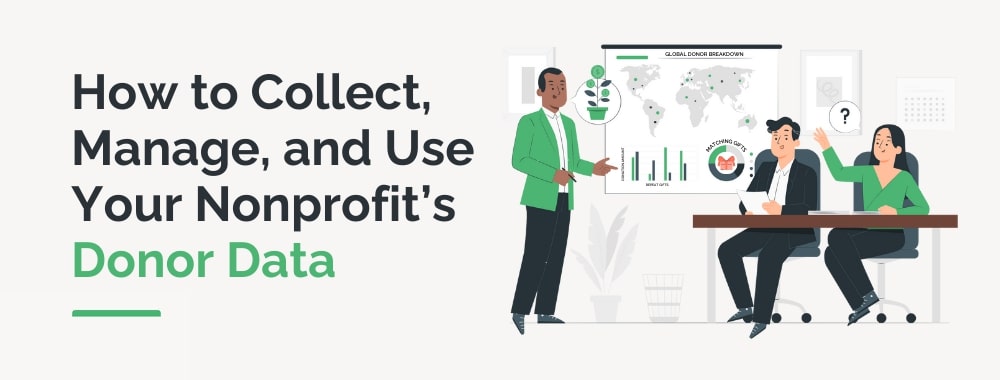
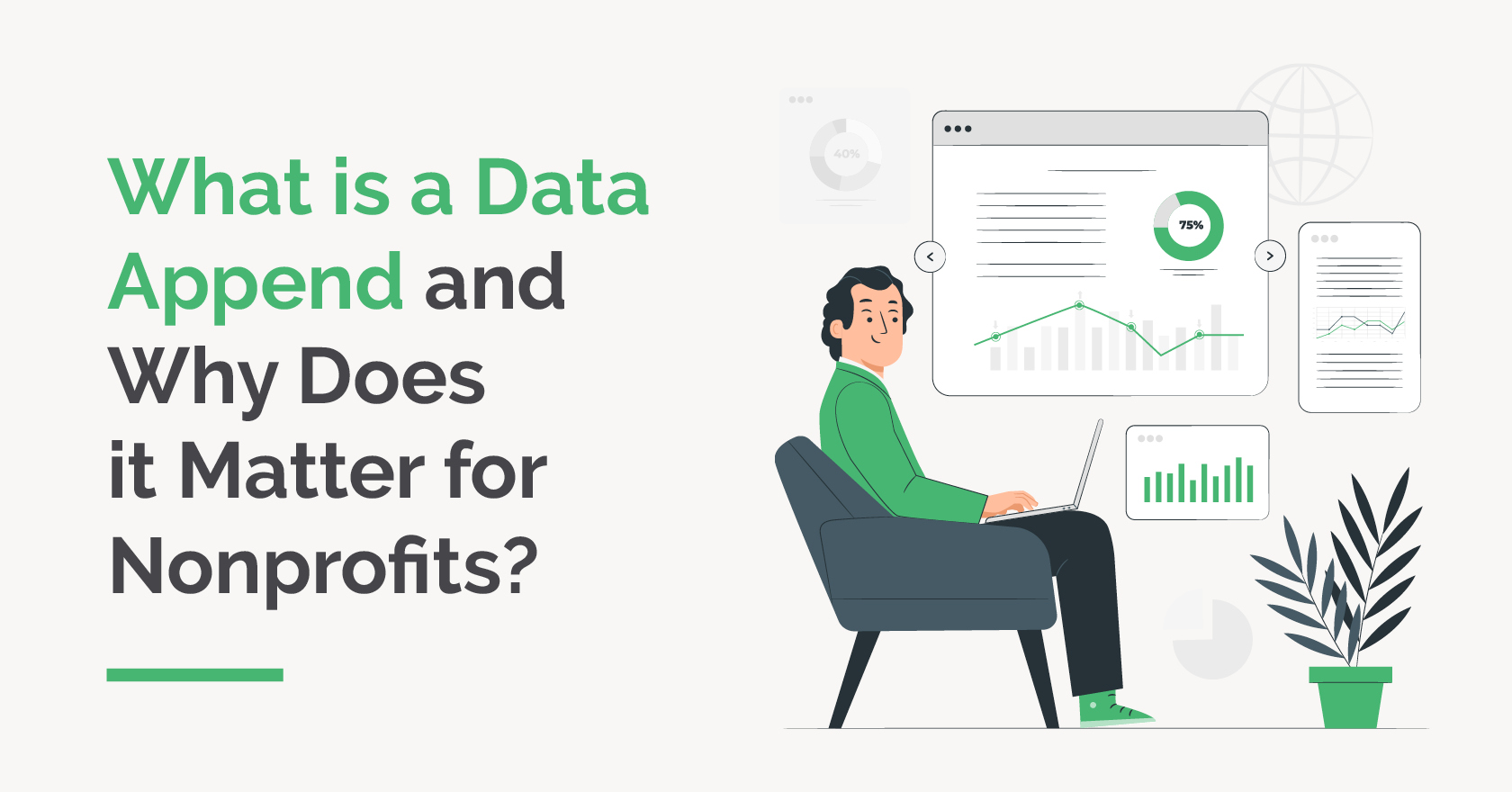

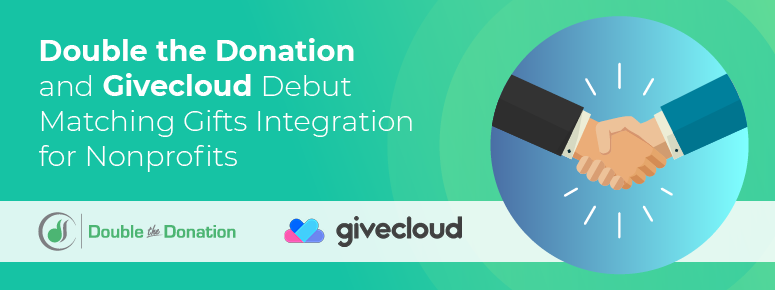
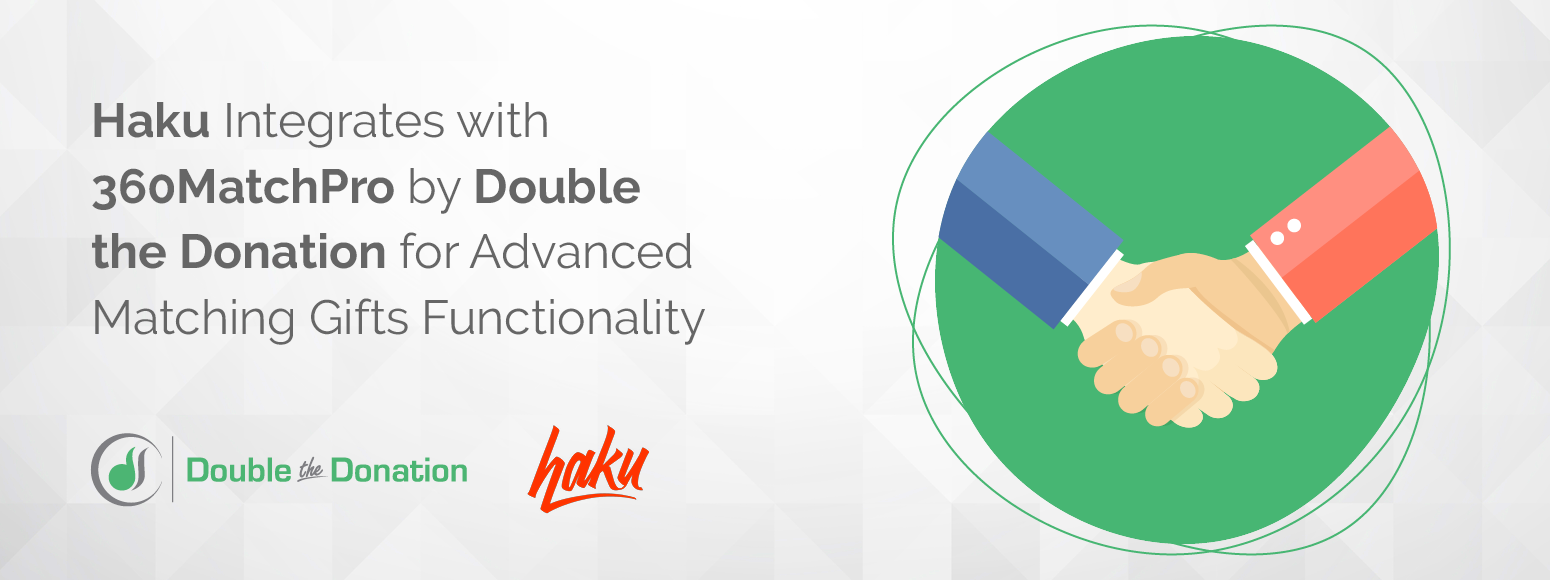
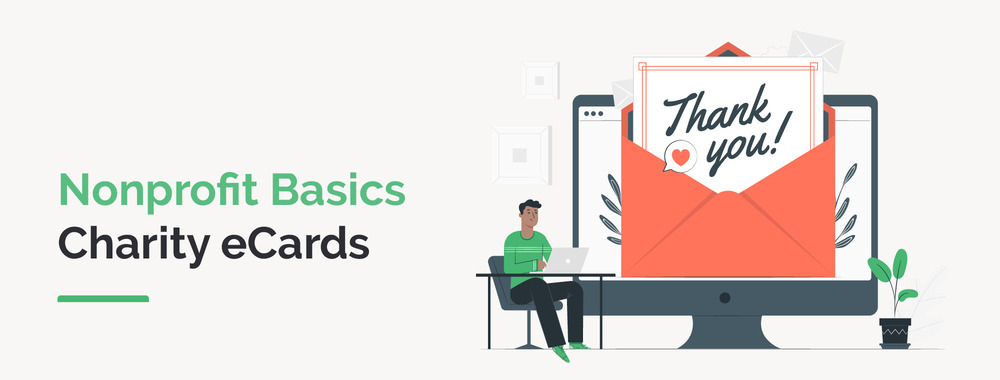
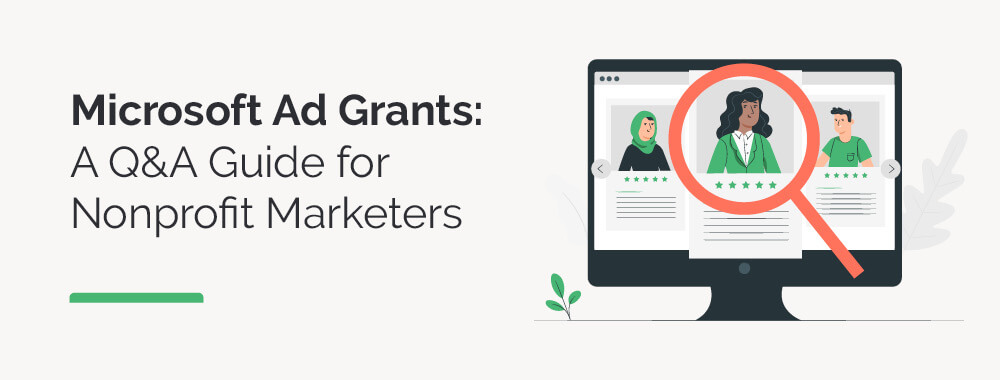
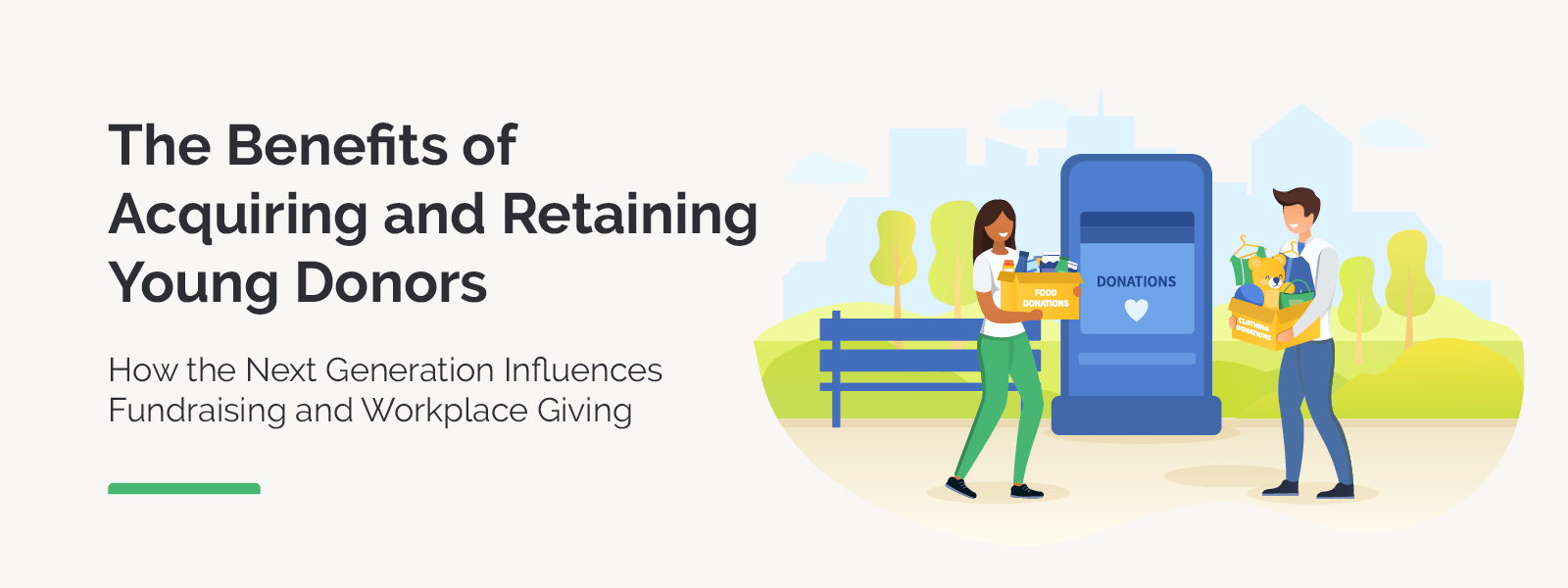 https://doublethedonation.com/wp-content/uploads/2022/10/DTD_The-Benefits-of-Acquiring-and-Retaining-Young-Donors_Feature-1.png
600
1600
Adam Weinger
https://doublethedonation.com/wp-content/uploads/2022/03/logo-dtd.svg
Adam Weinger2022-10-17 18:54:282025-05-22 19:24:15The Benefits of Acquiring and Retaining Young Donors
https://doublethedonation.com/wp-content/uploads/2022/10/DTD_The-Benefits-of-Acquiring-and-Retaining-Young-Donors_Feature-1.png
600
1600
Adam Weinger
https://doublethedonation.com/wp-content/uploads/2022/03/logo-dtd.svg
Adam Weinger2022-10-17 18:54:282025-05-22 19:24:15The Benefits of Acquiring and Retaining Young Donors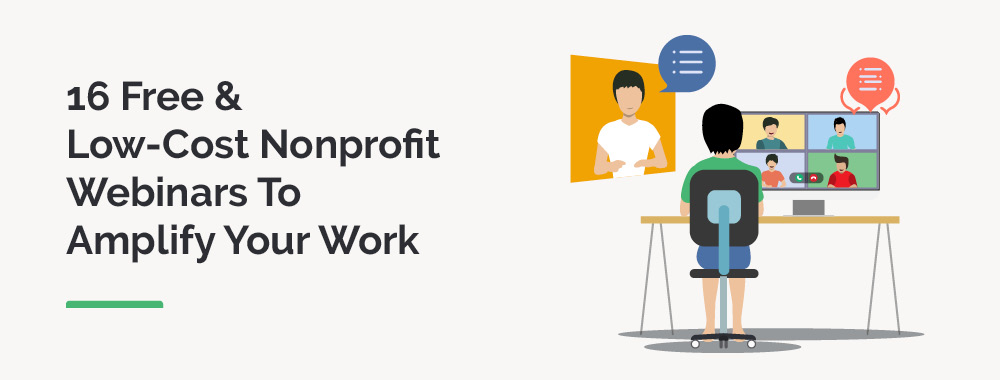 https://doublethedonation.com/wp-content/uploads/2022/09/Nonprofit-webinars_banner.jpg
380
1000
Adam Weinger
https://doublethedonation.com/wp-content/uploads/2022/03/logo-dtd.svg
Adam Weinger2022-09-16 13:51:202025-06-29 19:19:2615 Free & Low-Cost Nonprofit Webinars To Amplify Your Work
https://doublethedonation.com/wp-content/uploads/2022/09/Nonprofit-webinars_banner.jpg
380
1000
Adam Weinger
https://doublethedonation.com/wp-content/uploads/2022/03/logo-dtd.svg
Adam Weinger2022-09-16 13:51:202025-06-29 19:19:2615 Free & Low-Cost Nonprofit Webinars To Amplify Your Work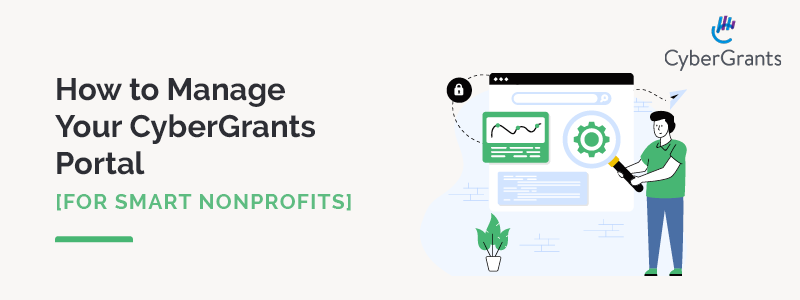
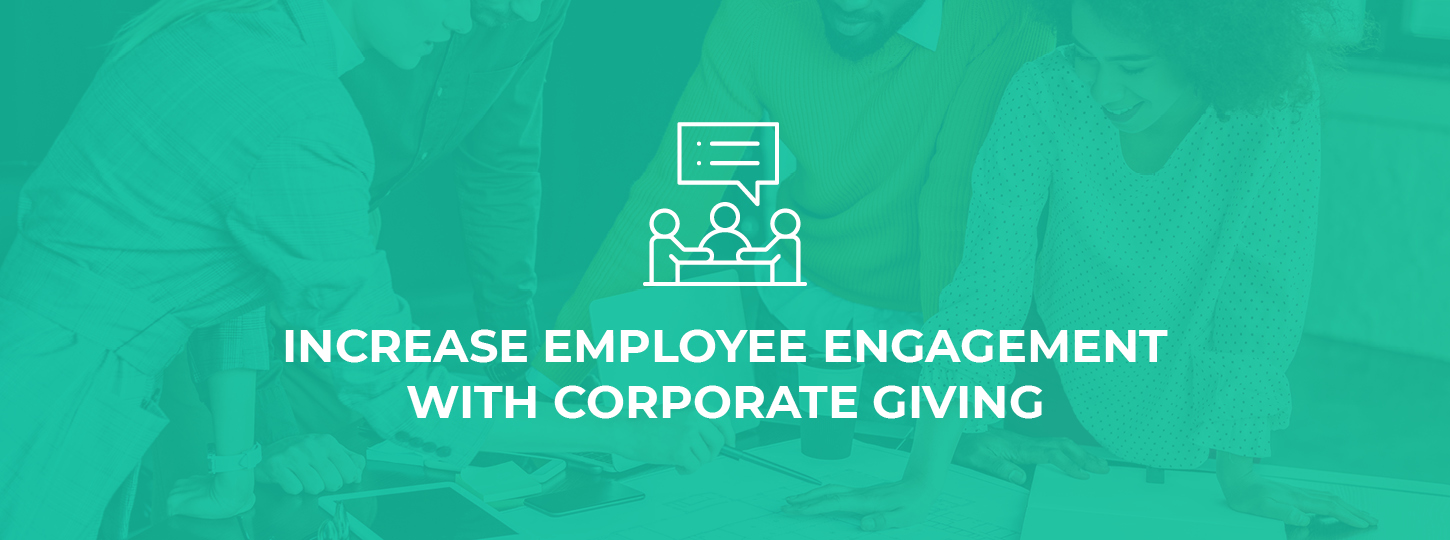 https://doublethedonation.com/wp-content/uploads/2022/05/Employee-Engagement-and-Corporate-Giving-Feature.jpg
540
1450
Adam Weinger
https://doublethedonation.com/wp-content/uploads/2022/03/logo-dtd.svg
Adam Weinger2022-09-02 11:00:132025-06-10 19:46:13Increase Employee Engagement with Corporate Giving
https://doublethedonation.com/wp-content/uploads/2022/05/Employee-Engagement-and-Corporate-Giving-Feature.jpg
540
1450
Adam Weinger
https://doublethedonation.com/wp-content/uploads/2022/03/logo-dtd.svg
Adam Weinger2022-09-02 11:00:132025-06-10 19:46:13Increase Employee Engagement with Corporate Giving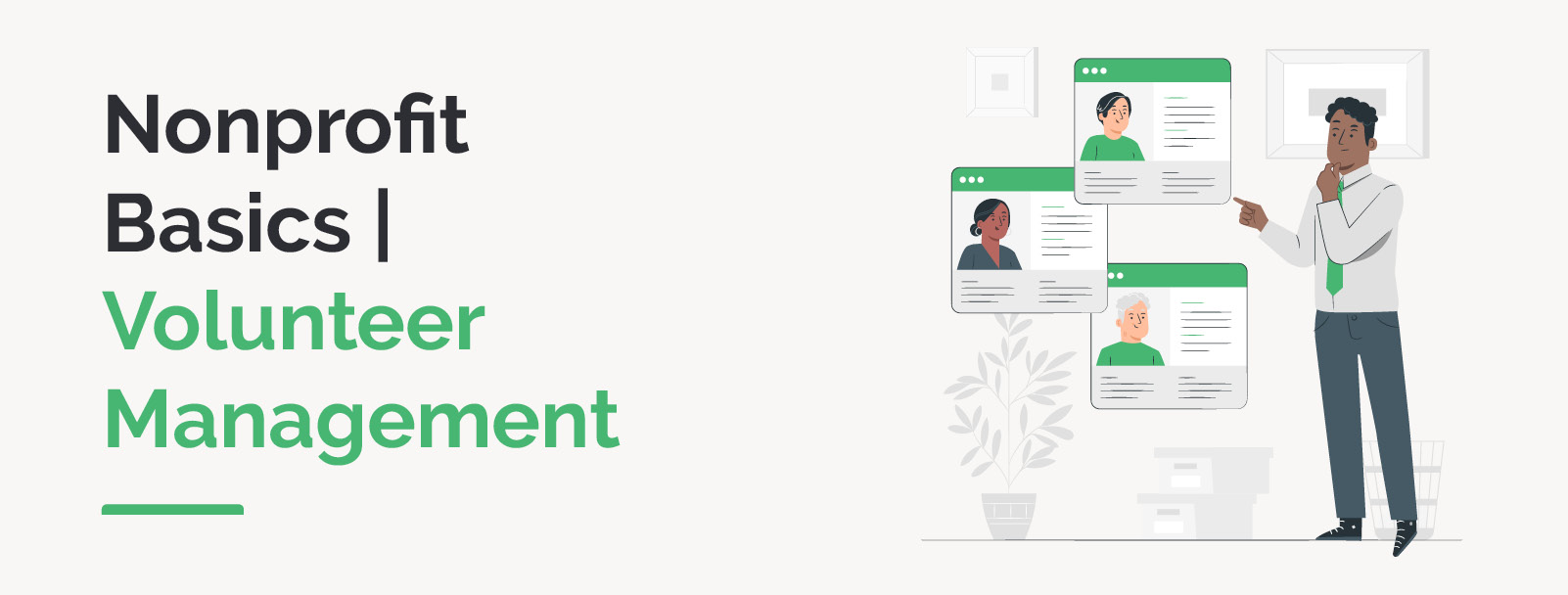
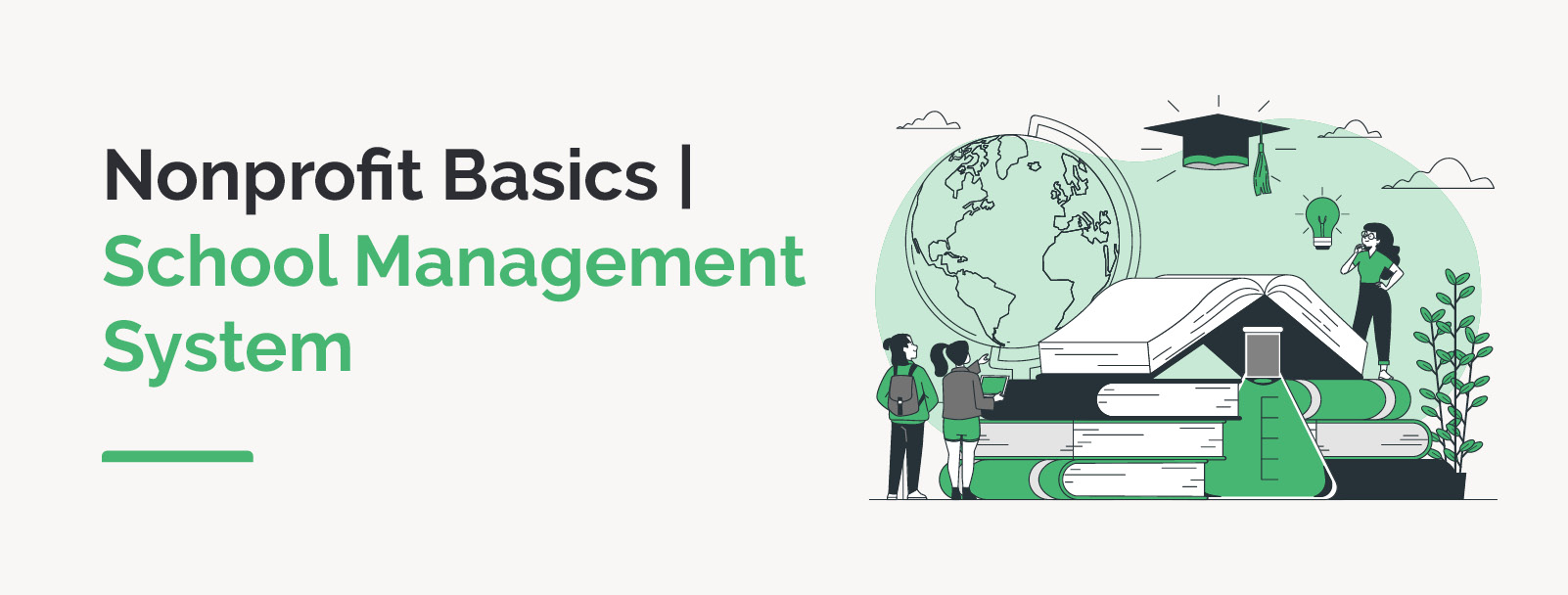
![How to start a matching gift program [for companies]](https://doublethedonation.com/wp-content/uploads/2022/08/DTD_How-to-Start-a-Matching-Gift-Program-For-Companies_Feature.jpg)
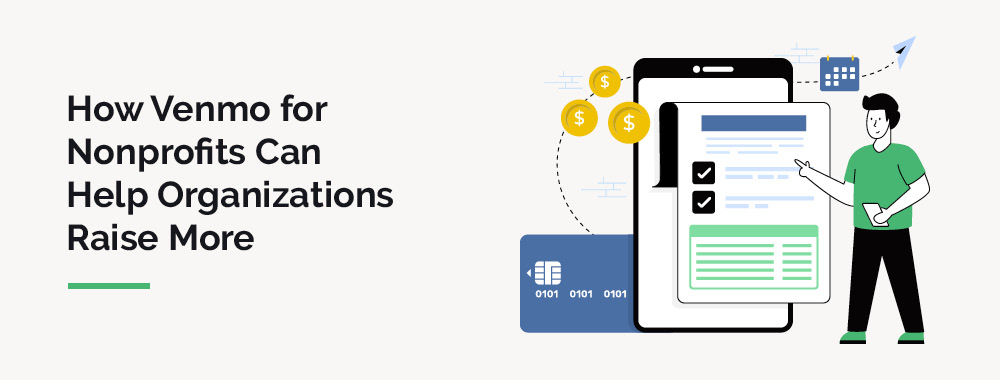
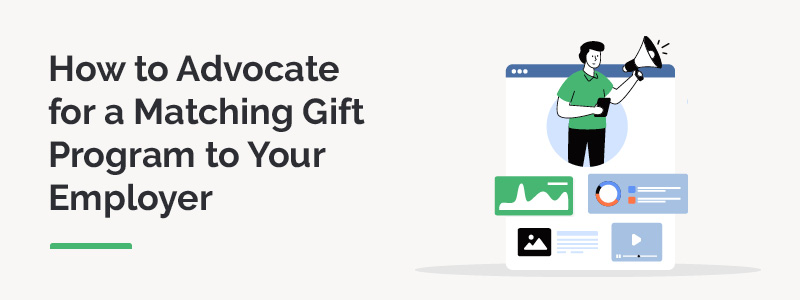
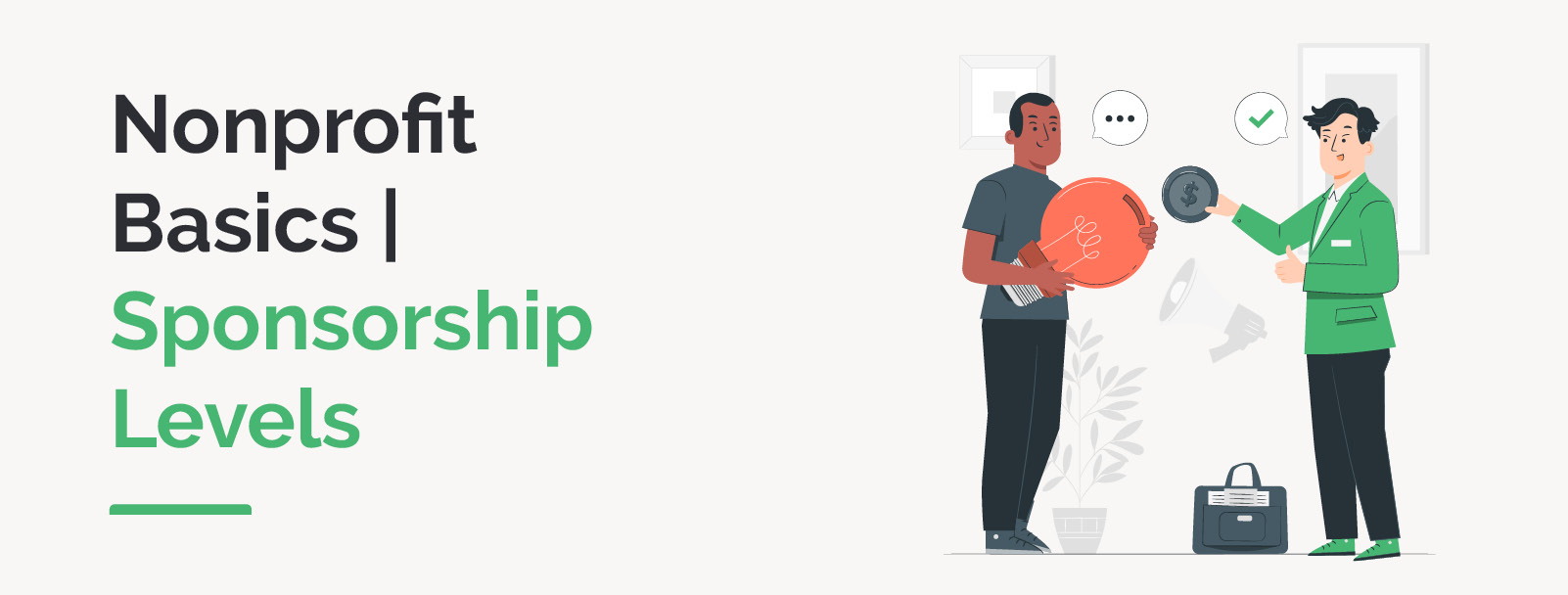
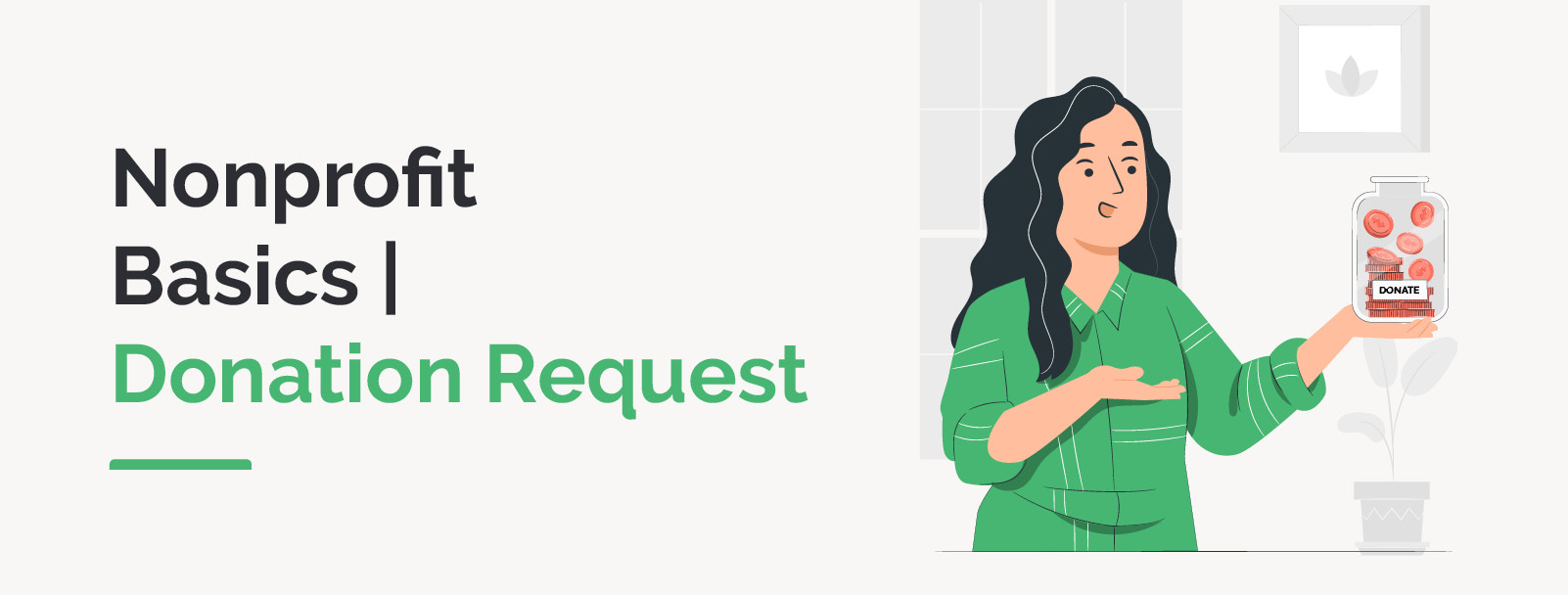
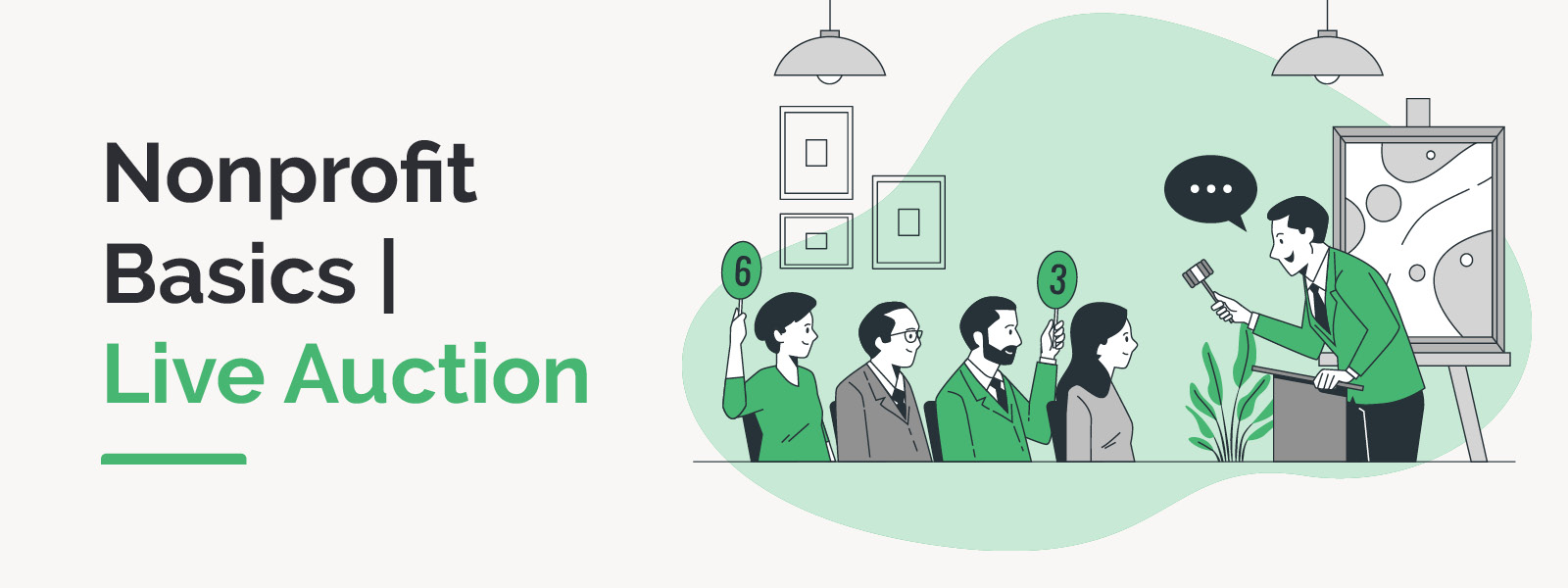
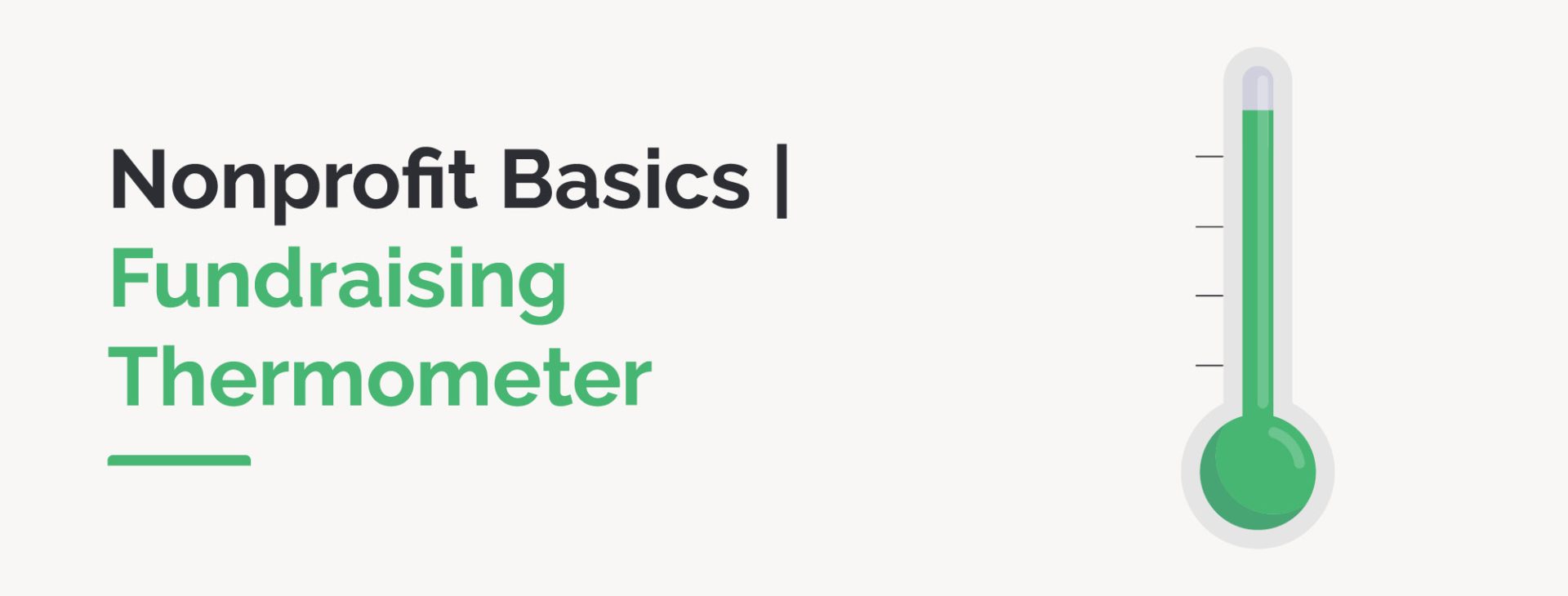
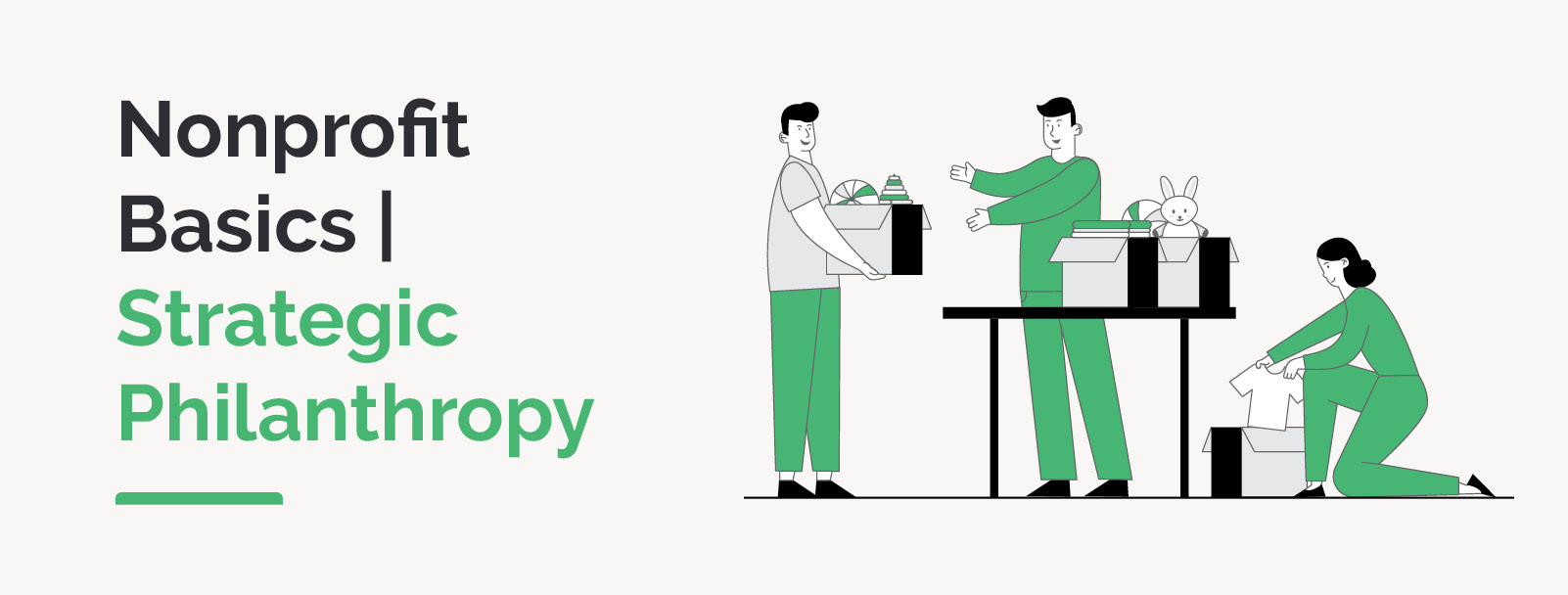
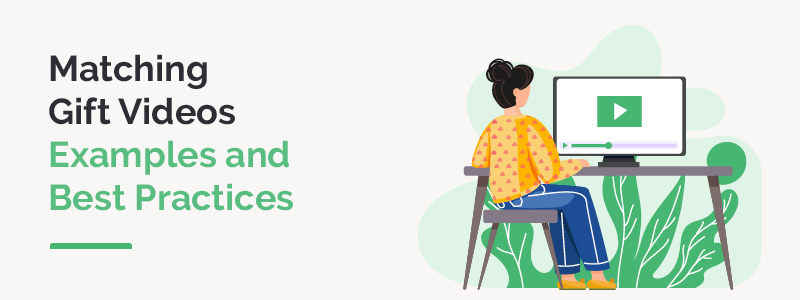
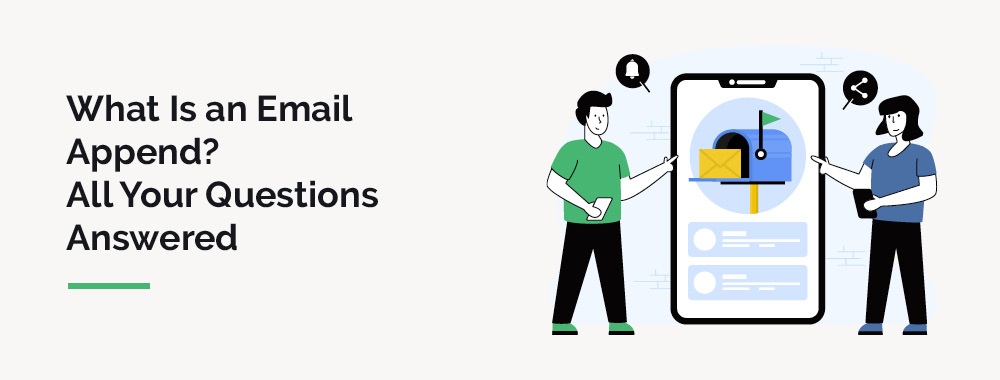
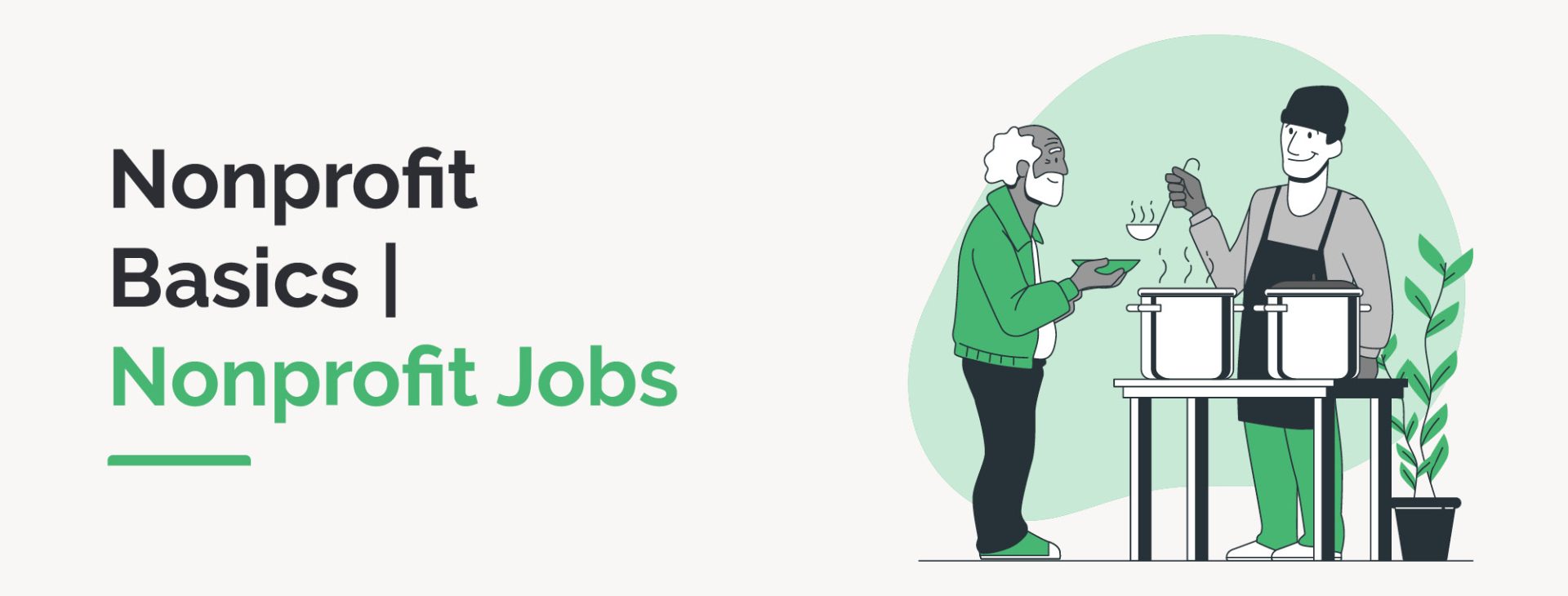
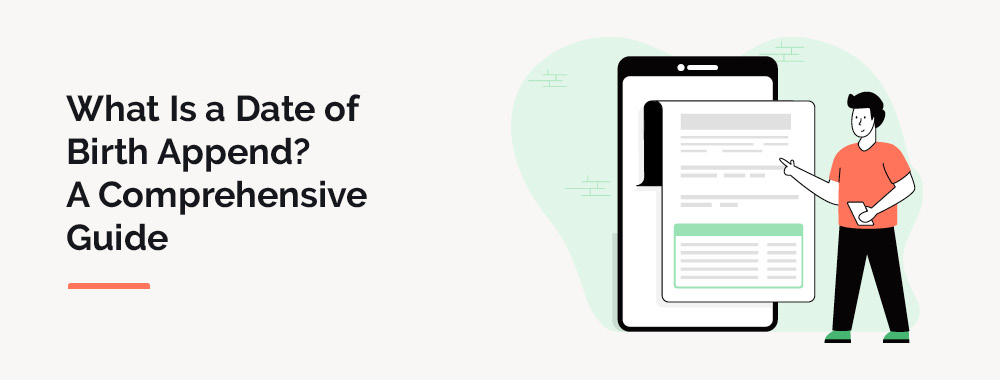
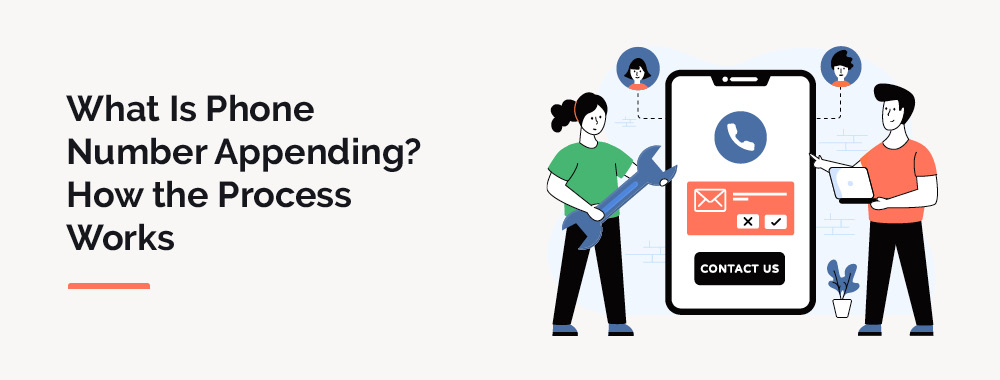
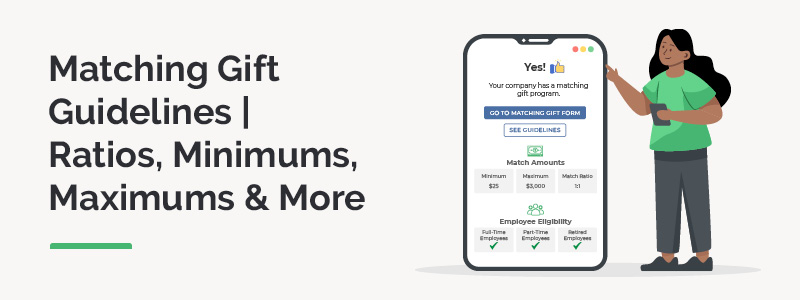
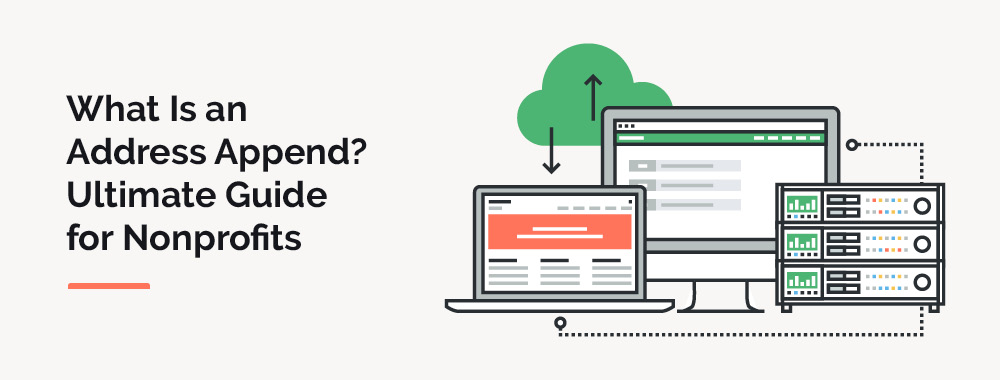
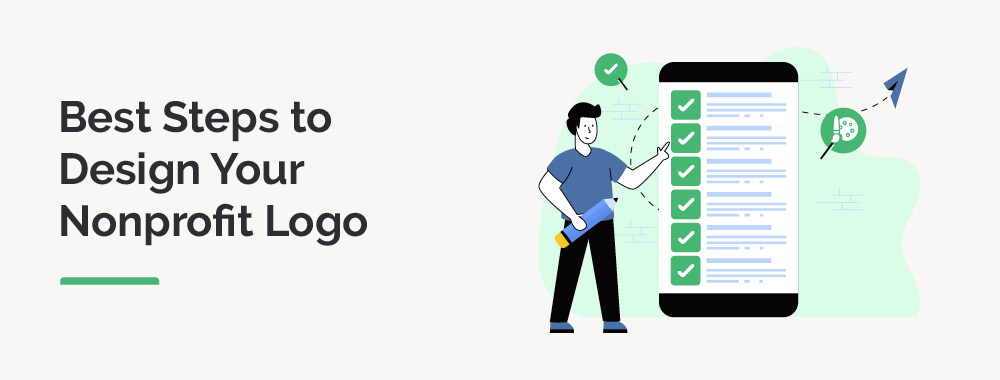
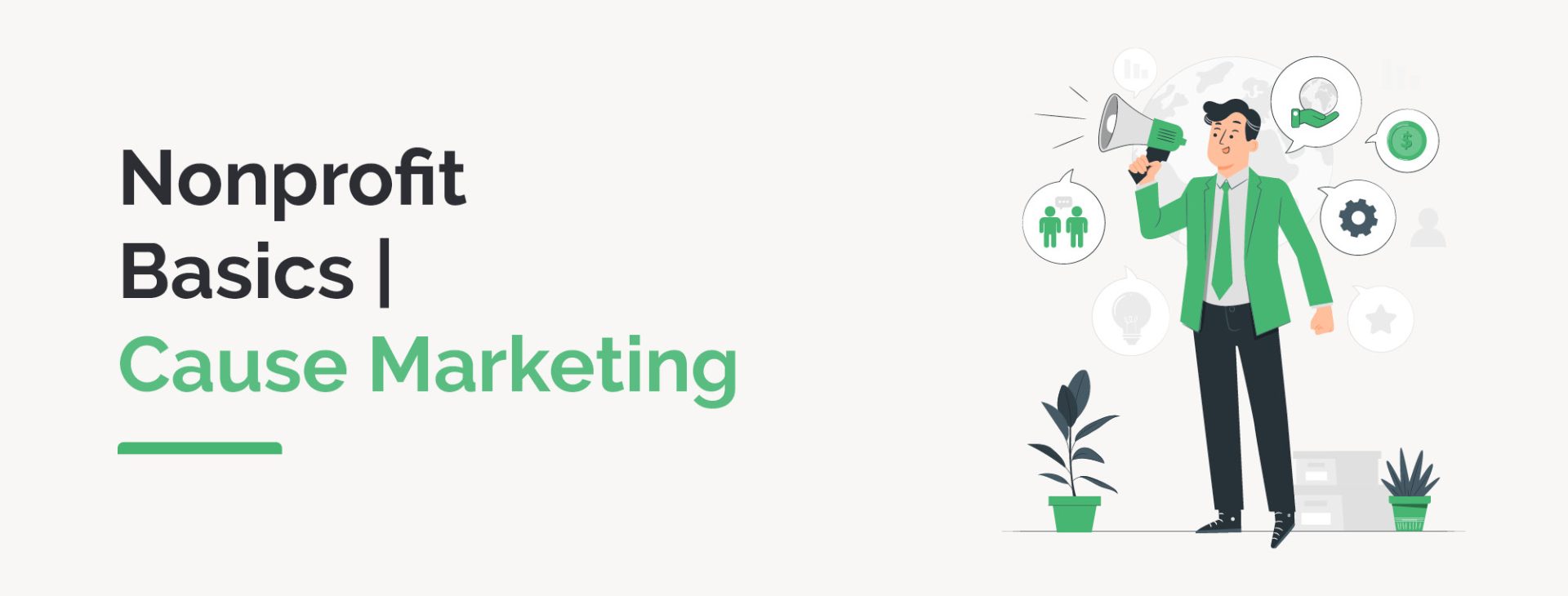
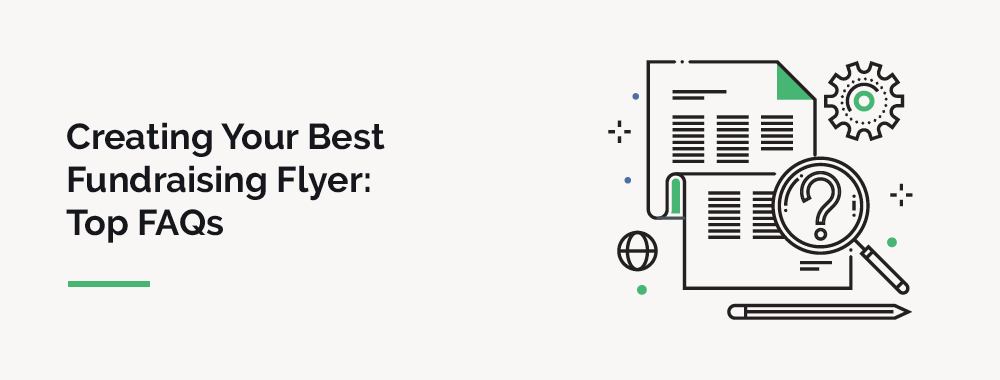
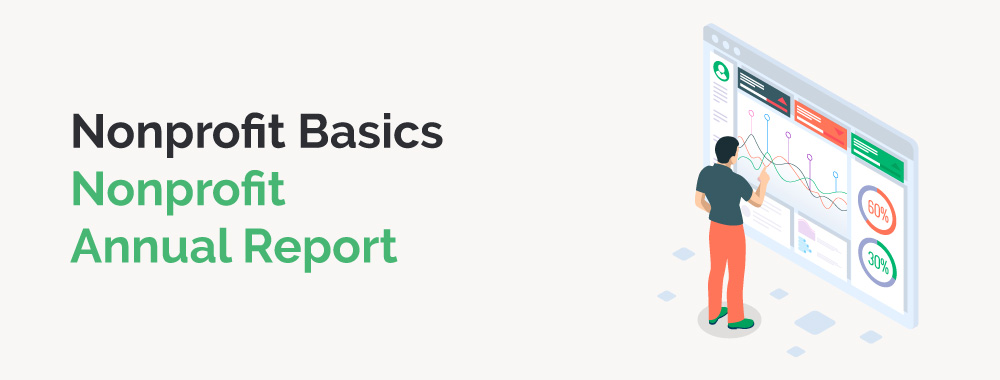
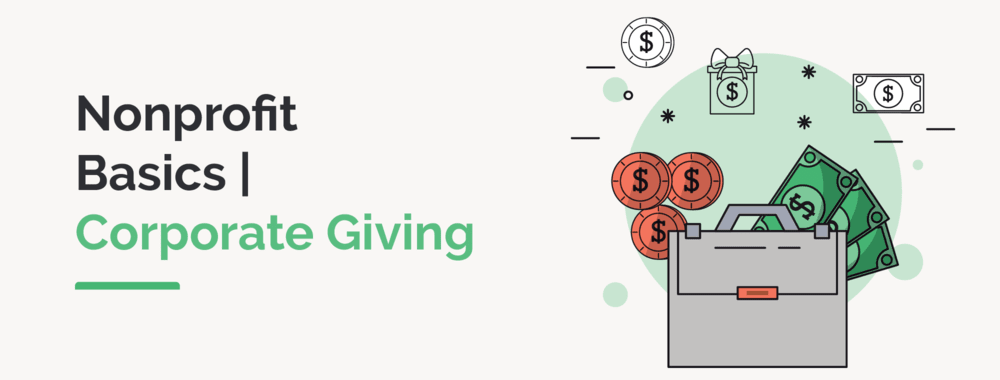

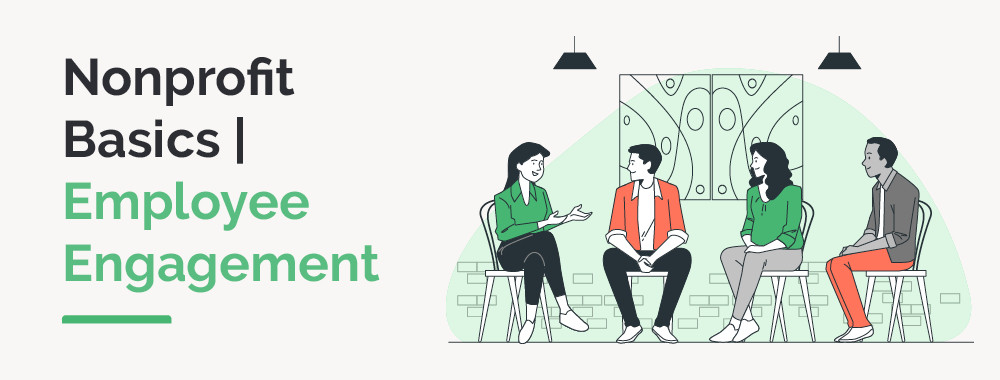
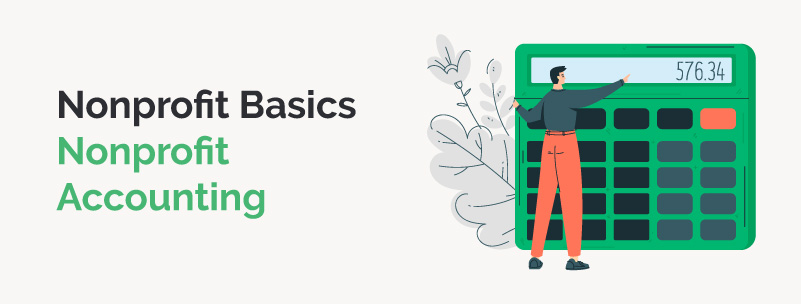
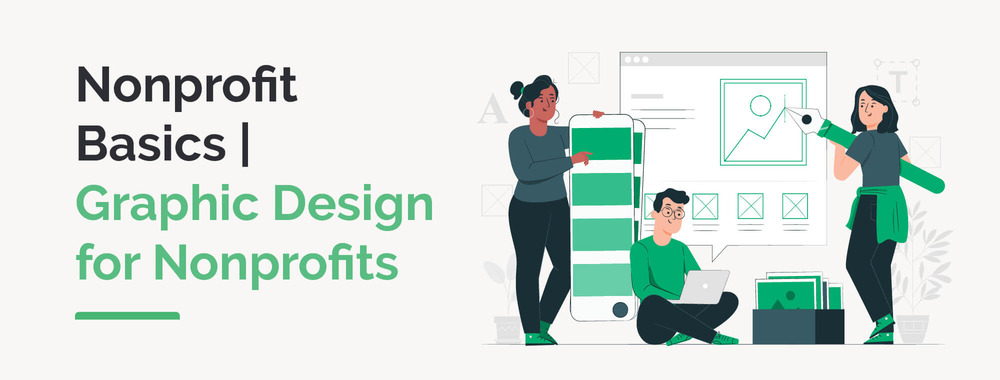
![How to Identify Corporate Partnerships [With Double the Donation]](https://doublethedonation.com/wp-content/uploads/2022/07/DTD_How-to-Identify-Corporate-Partnerships-With-Double-the-Donation_Feature.png) https://doublethedonation.com/wp-content/uploads/2022/07/DTD_How-to-Identify-Corporate-Partnerships-With-Double-the-Donation_Feature.png
600
1600
Adam Weinger
https://doublethedonation.com/wp-content/uploads/2022/03/logo-dtd.svg
Adam Weinger2022-07-01 18:26:152025-06-03 18:32:07How to Identify Corporate Partnerships [With Double the Donation]
https://doublethedonation.com/wp-content/uploads/2022/07/DTD_How-to-Identify-Corporate-Partnerships-With-Double-the-Donation_Feature.png
600
1600
Adam Weinger
https://doublethedonation.com/wp-content/uploads/2022/03/logo-dtd.svg
Adam Weinger2022-07-01 18:26:152025-06-03 18:32:07How to Identify Corporate Partnerships [With Double the Donation] https://doublethedonation.com/wp-content/uploads/2022/06/Nonprofit-graphic-design-tools_Feature-1.jpg
380
1000
Adam Weinger
https://doublethedonation.com/wp-content/uploads/2022/03/logo-dtd.svg
Adam Weinger2022-06-29 15:59:592024-04-30 21:25:4912 Best Nonprofit Graphic Design Tools to Amplify Your Cause
https://doublethedonation.com/wp-content/uploads/2022/06/Nonprofit-graphic-design-tools_Feature-1.jpg
380
1000
Adam Weinger
https://doublethedonation.com/wp-content/uploads/2022/03/logo-dtd.svg
Adam Weinger2022-06-29 15:59:592024-04-30 21:25:4912 Best Nonprofit Graphic Design Tools to Amplify Your Cause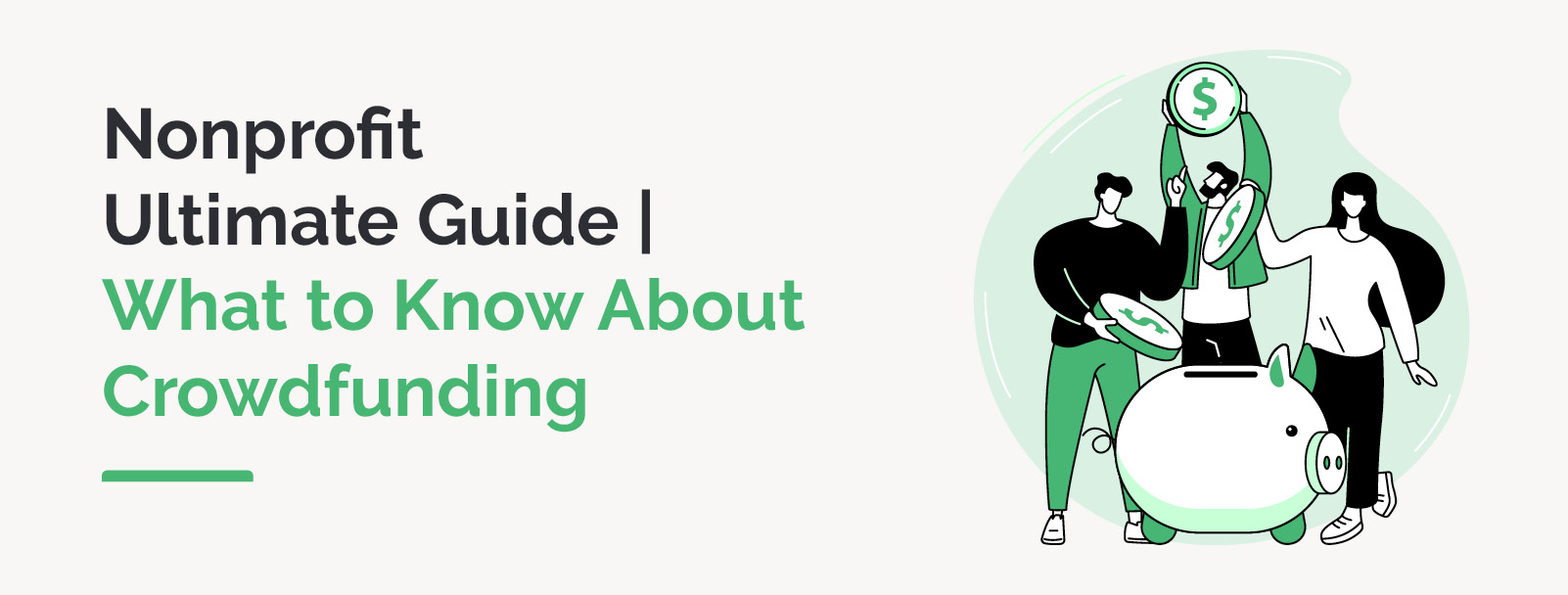
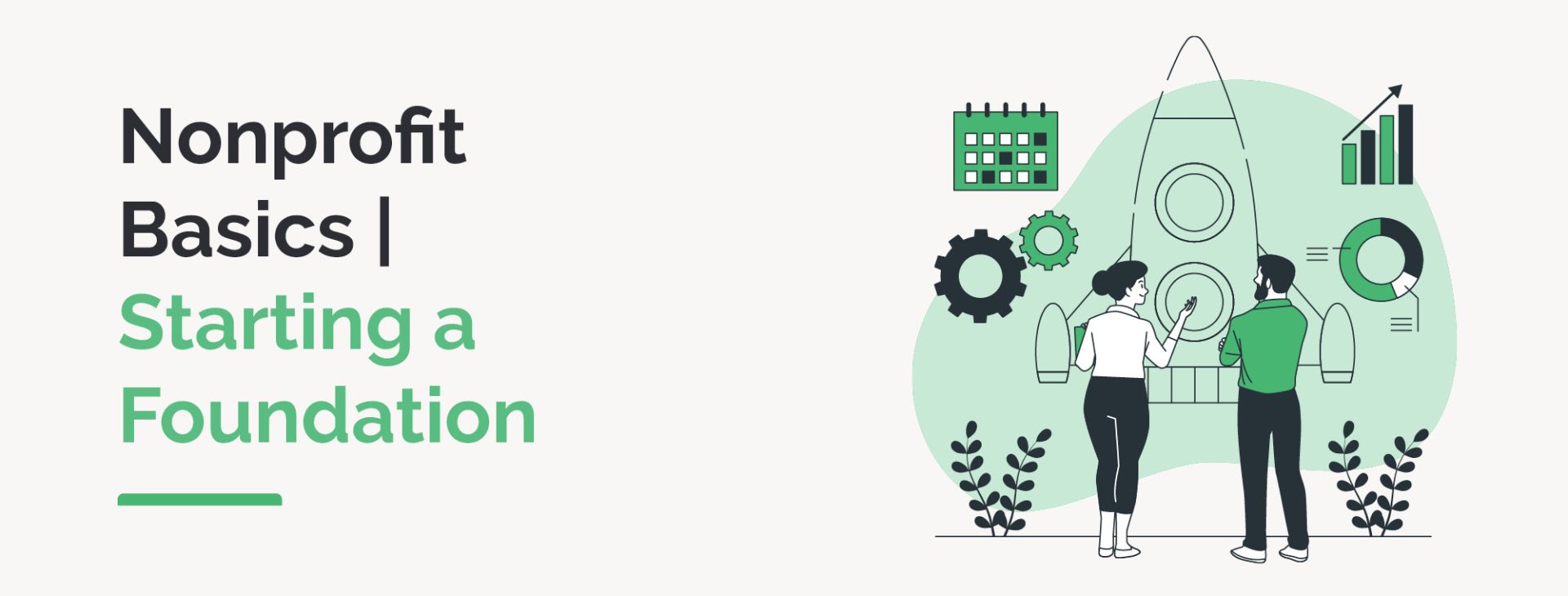
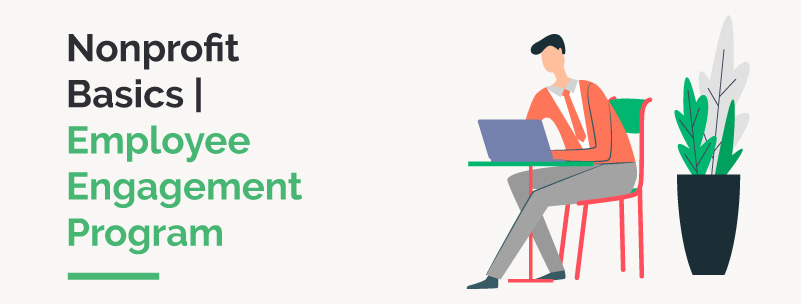
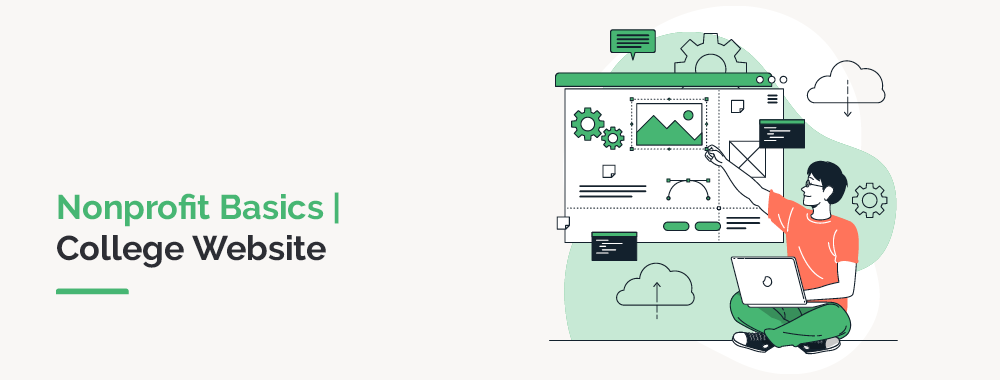
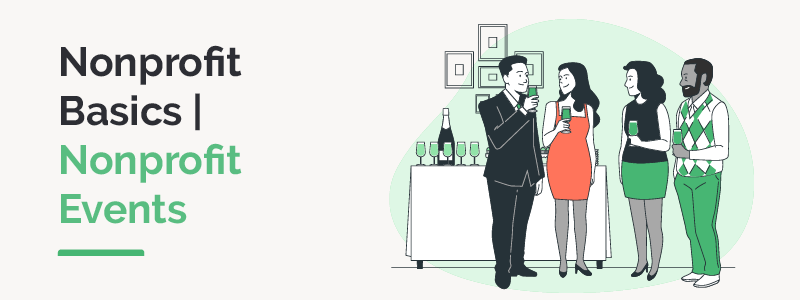
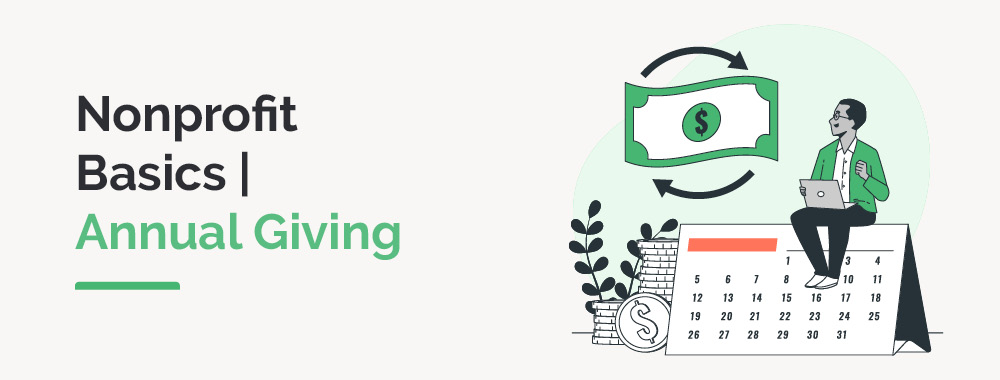
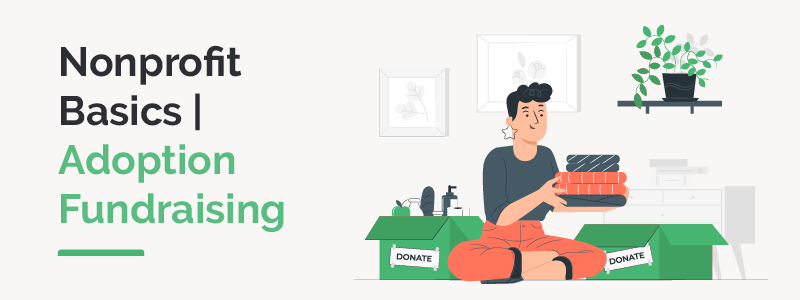
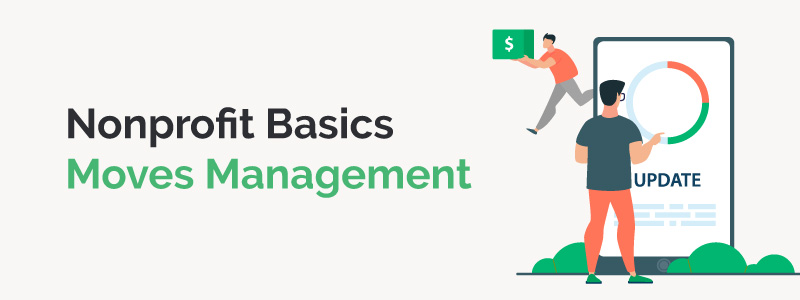

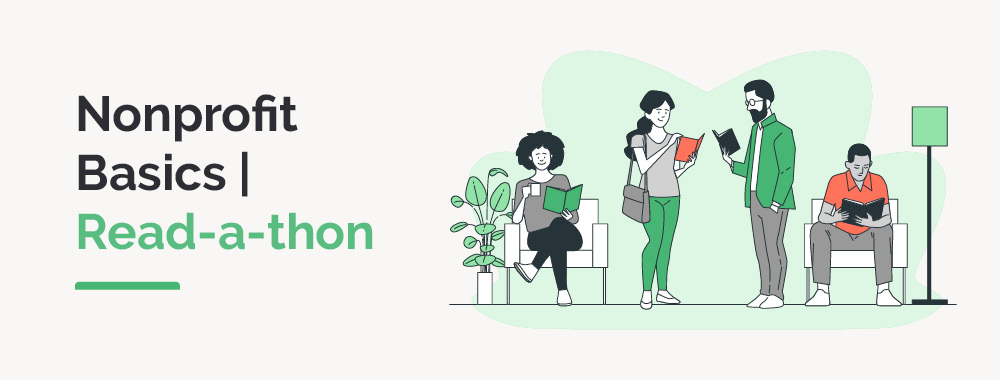
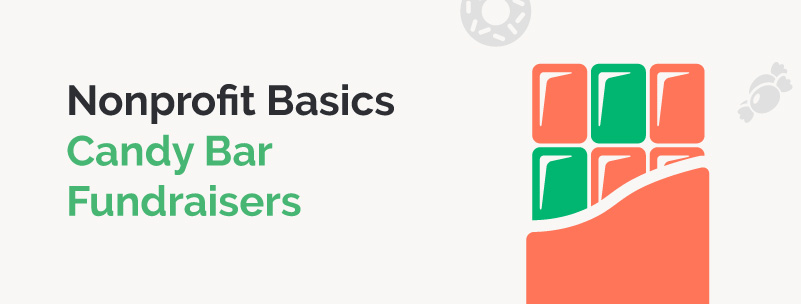
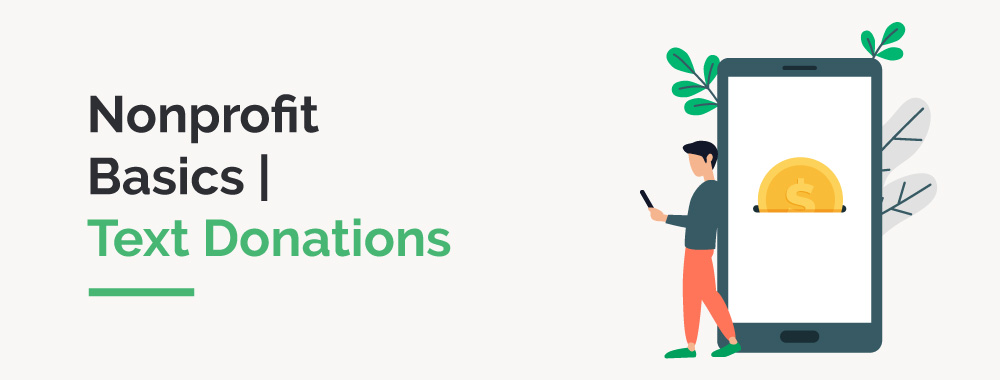
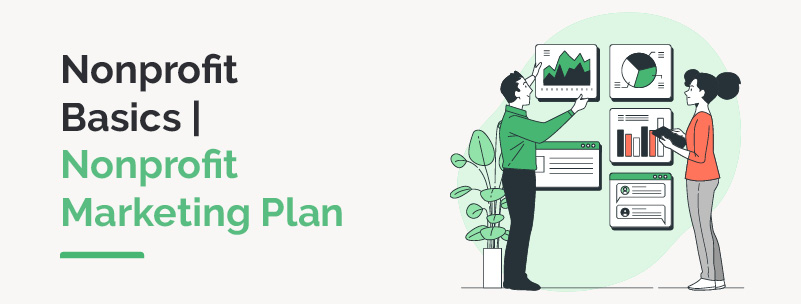
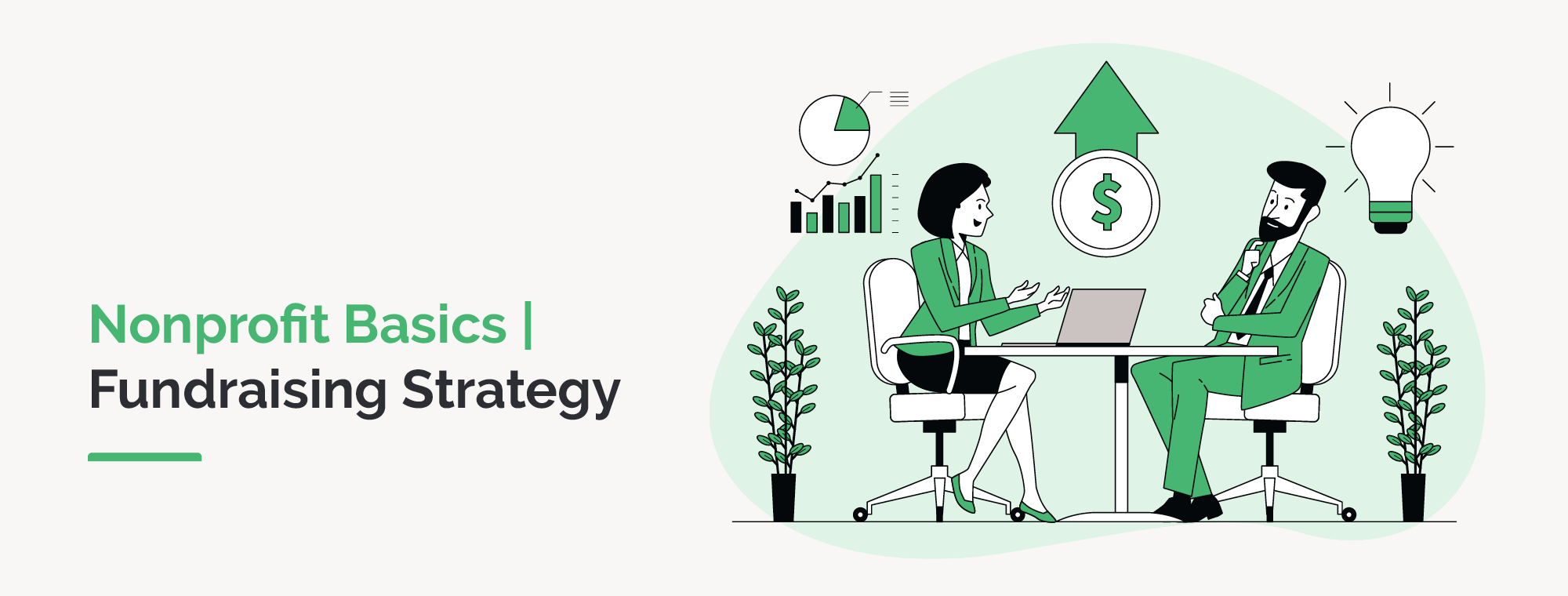
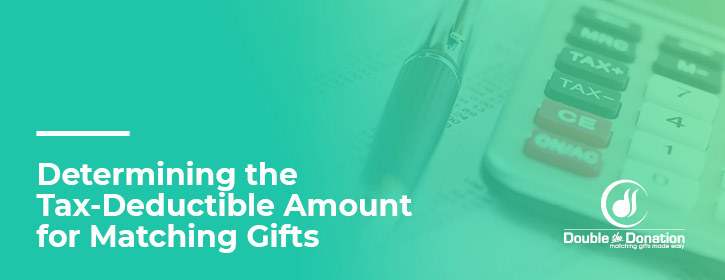











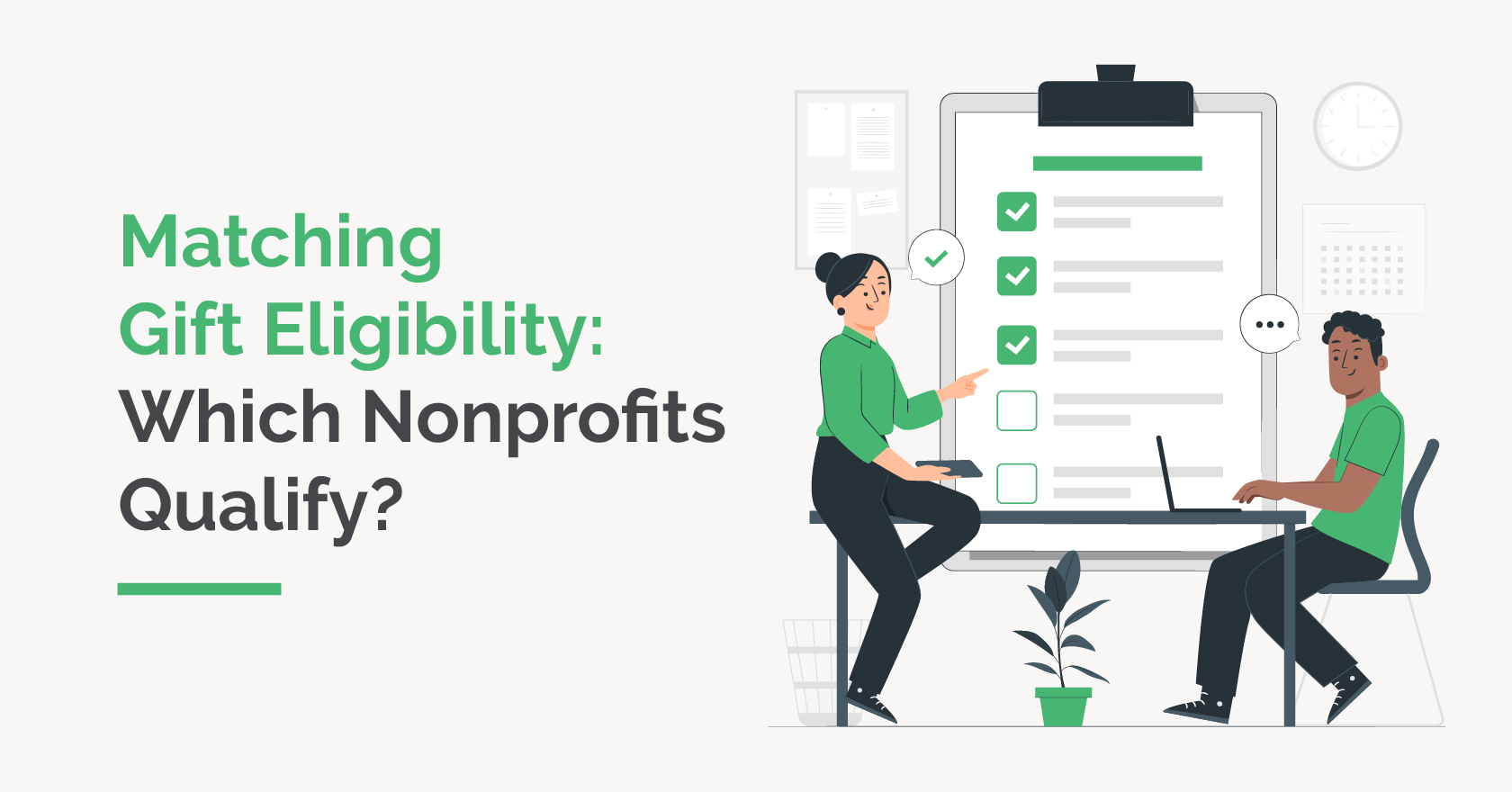
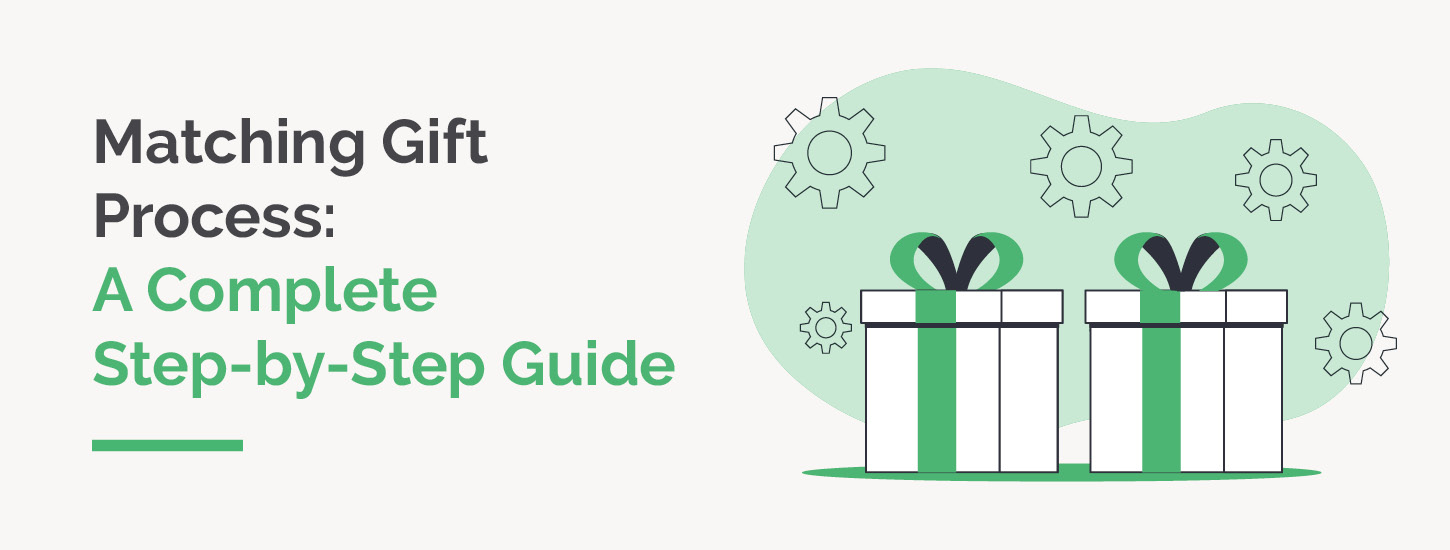
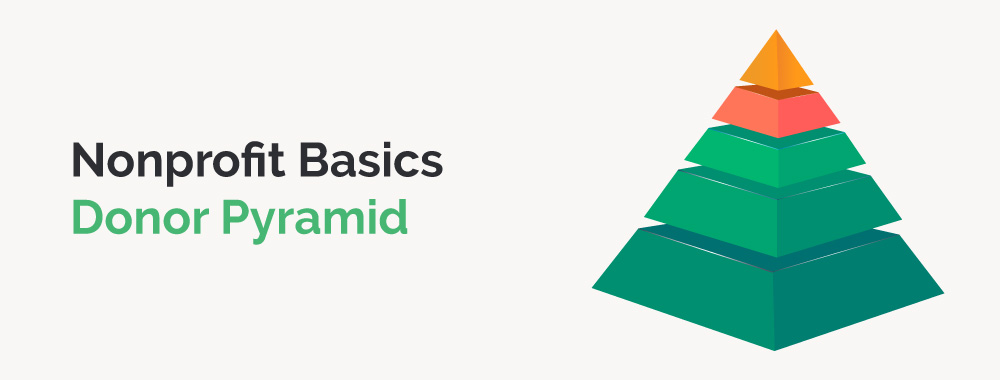
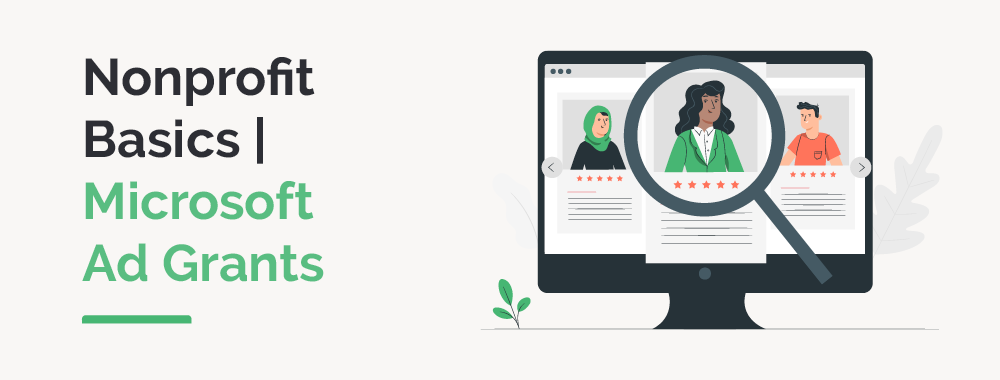
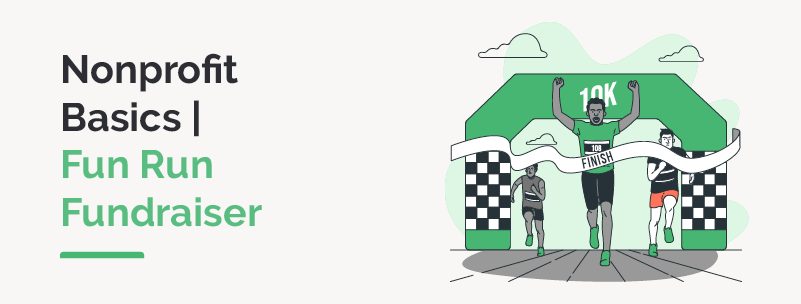
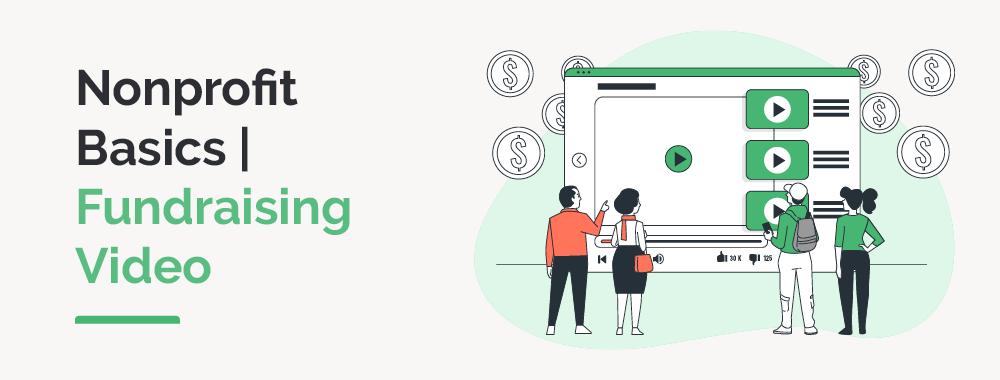
 https://doublethedonation.com/wp-content/uploads/2022/05/DTD_Marketing-Matching-Gifts-To-Your-Internal-Team_Feature-1.jpg
275
725
Adam Weinger
https://doublethedonation.com/wp-content/uploads/2022/03/logo-dtd.svg
Adam Weinger2022-05-12 13:45:192025-05-30 21:23:32Marketing Matching Gifts To Your Internal Team
https://doublethedonation.com/wp-content/uploads/2022/05/DTD_Marketing-Matching-Gifts-To-Your-Internal-Team_Feature-1.jpg
275
725
Adam Weinger
https://doublethedonation.com/wp-content/uploads/2022/03/logo-dtd.svg
Adam Weinger2022-05-12 13:45:192025-05-30 21:23:32Marketing Matching Gifts To Your Internal Team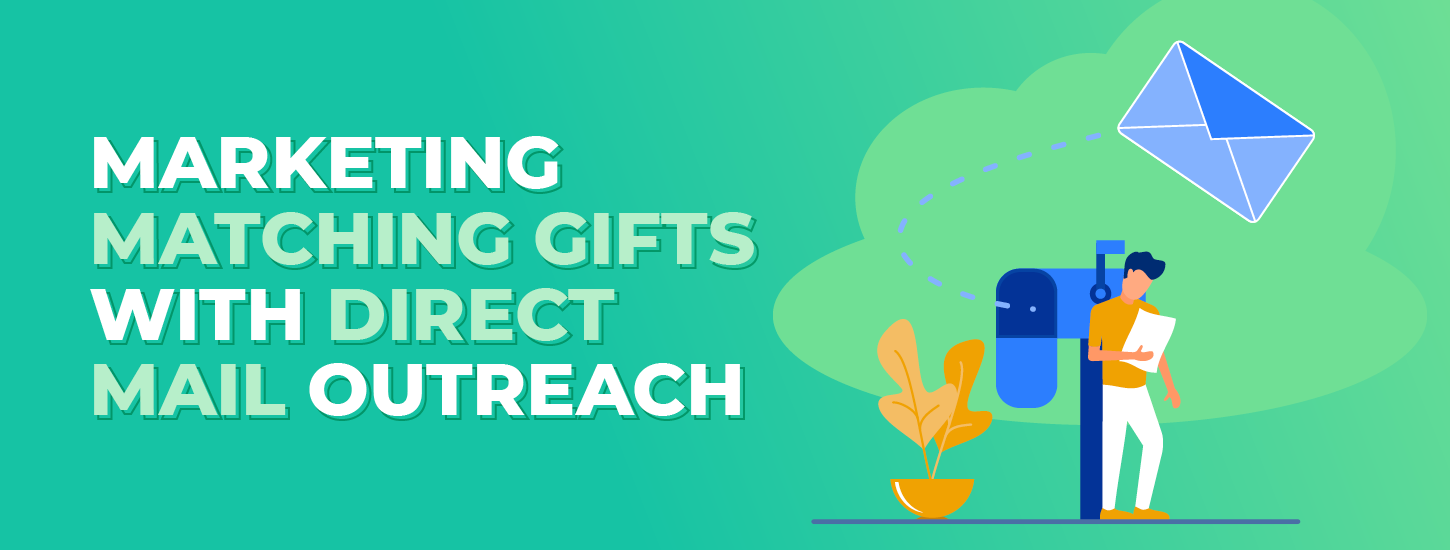
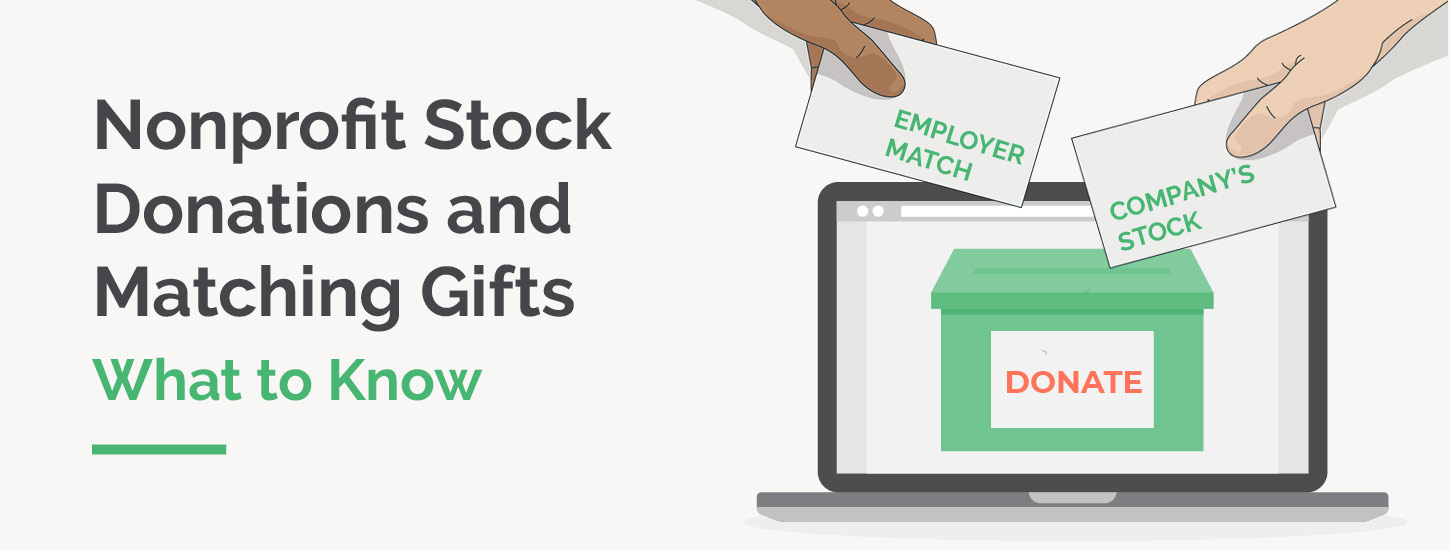
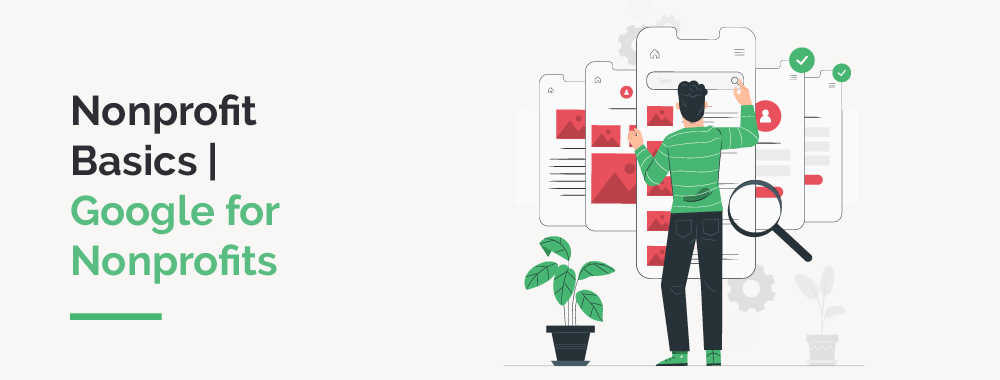
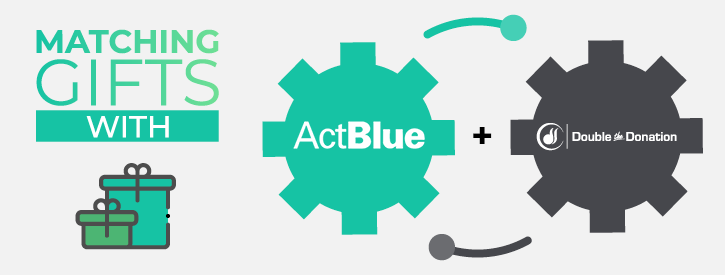

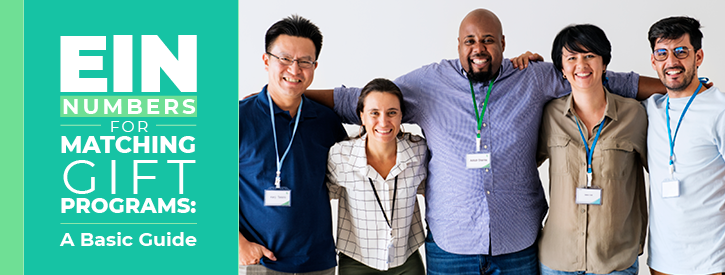

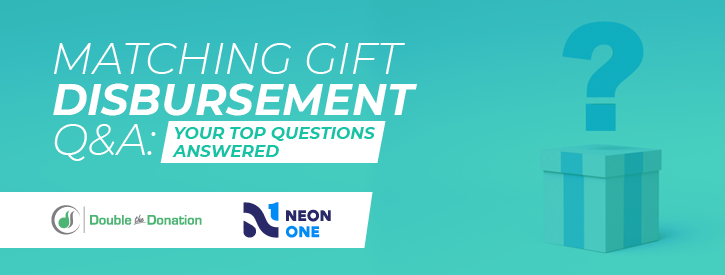
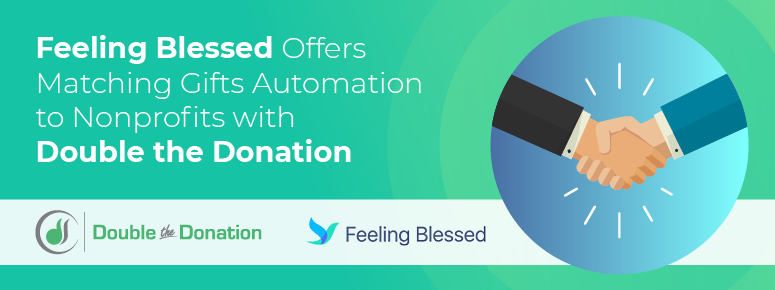
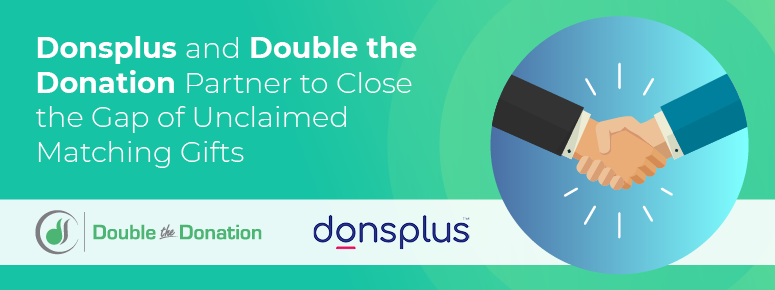
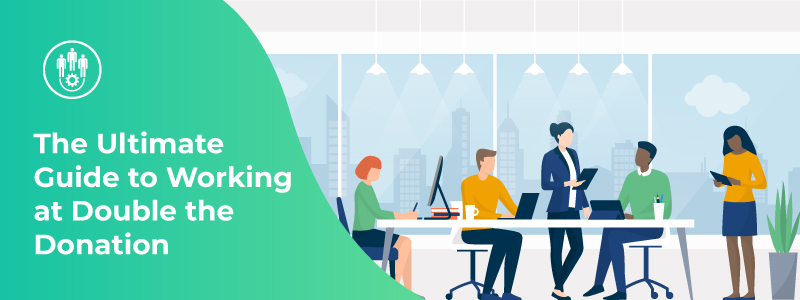
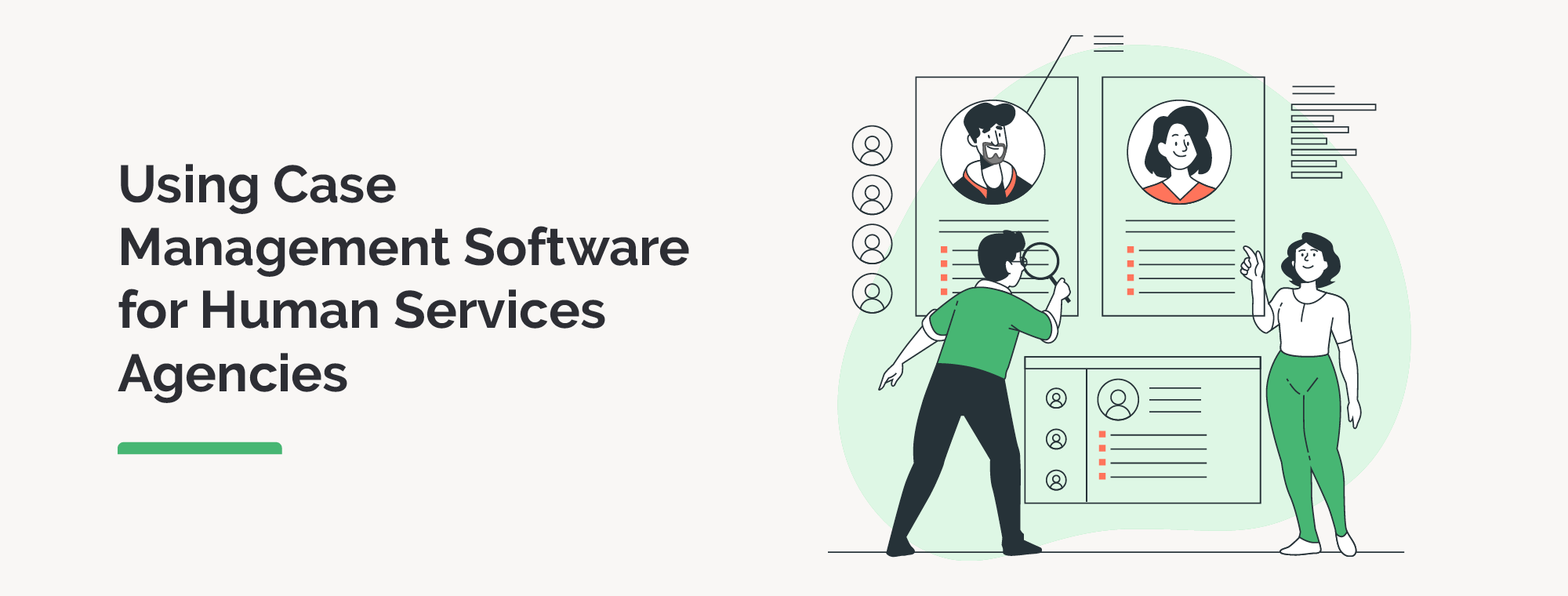
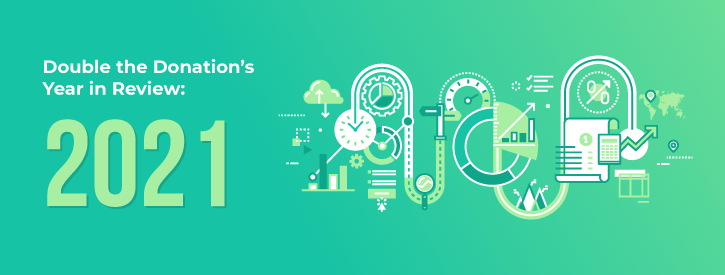
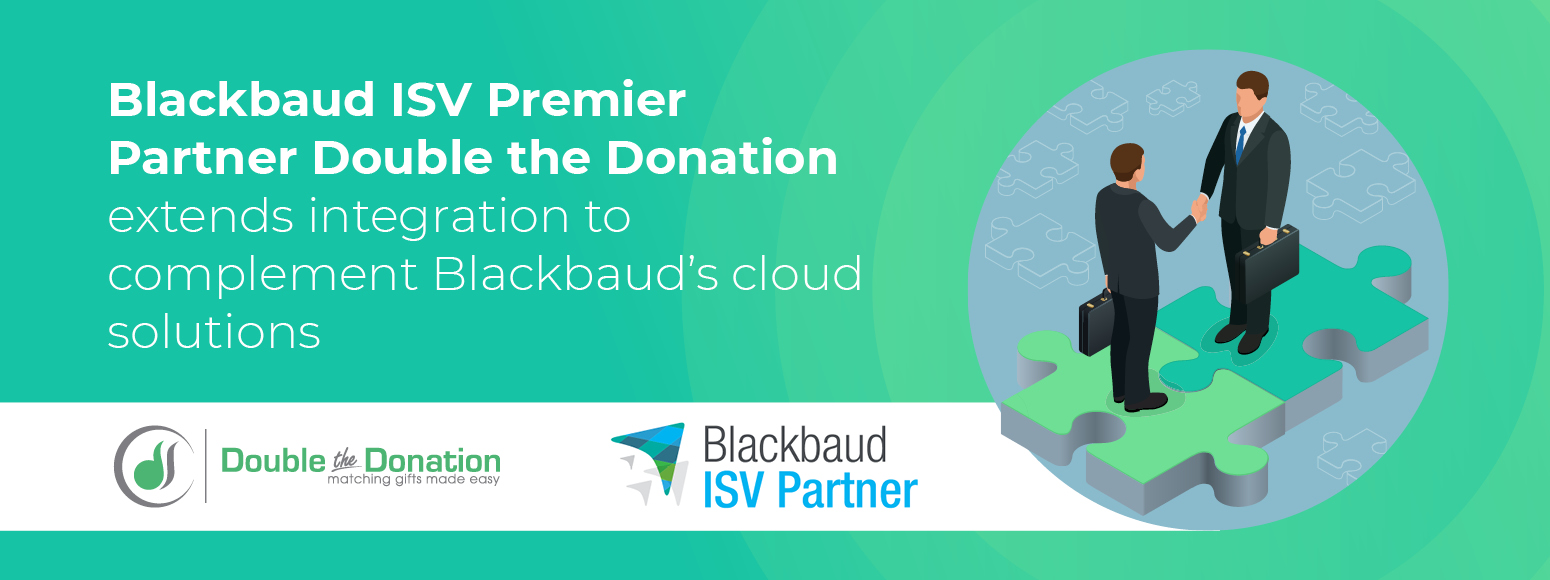
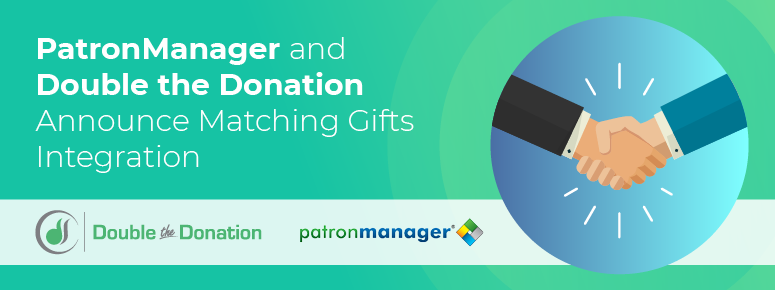
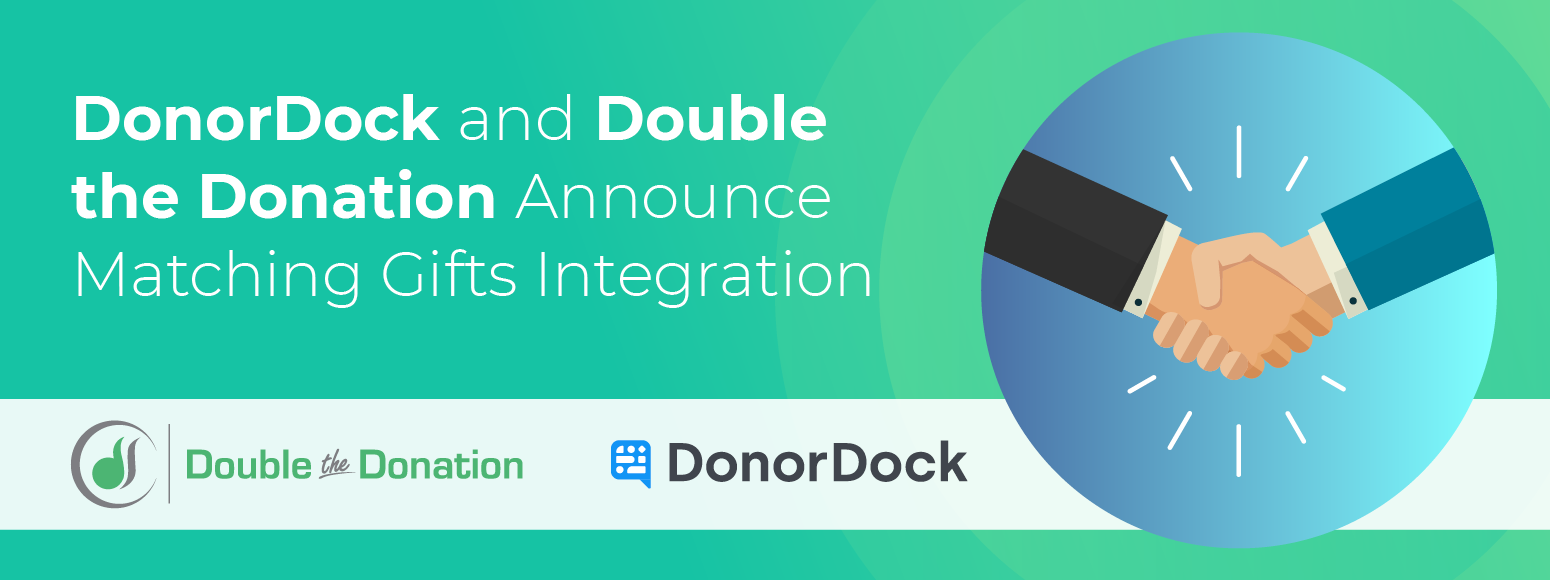
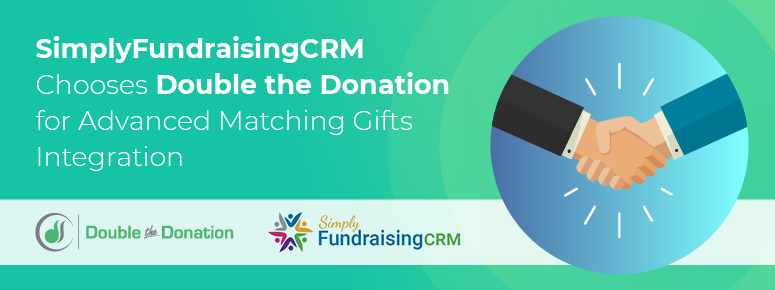
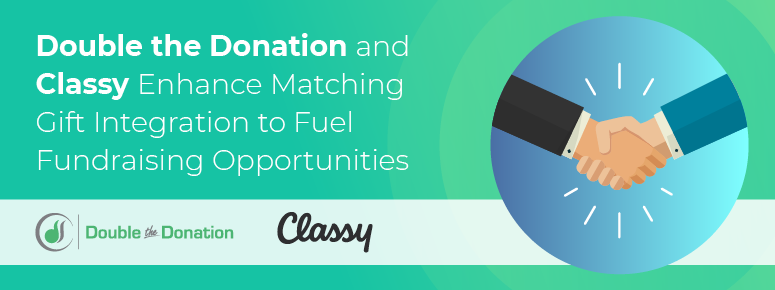
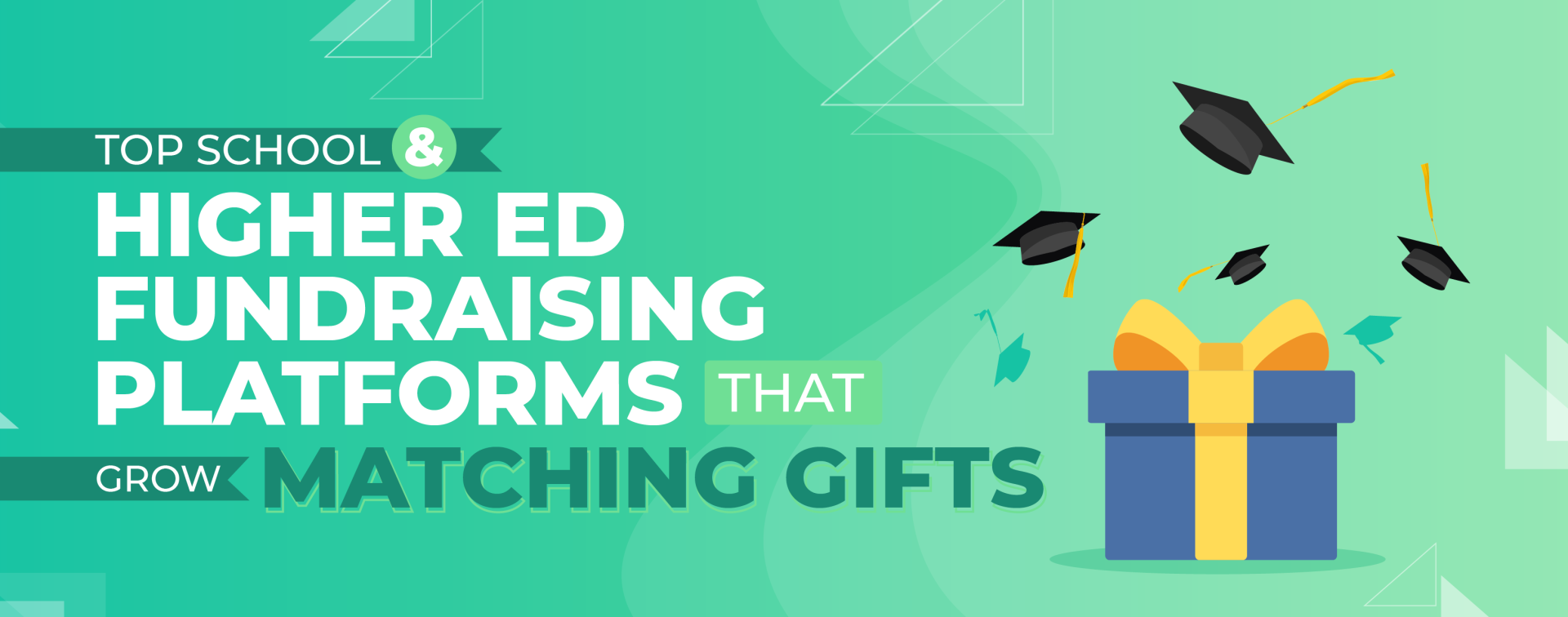
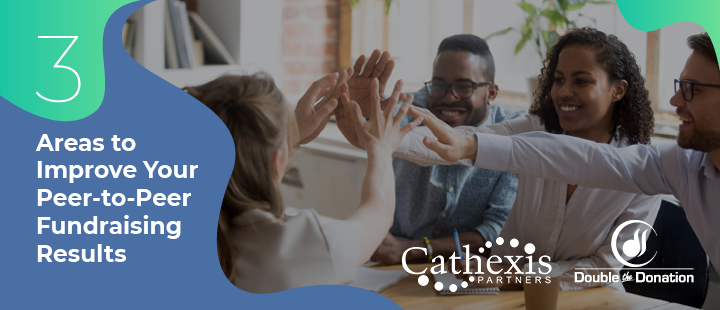
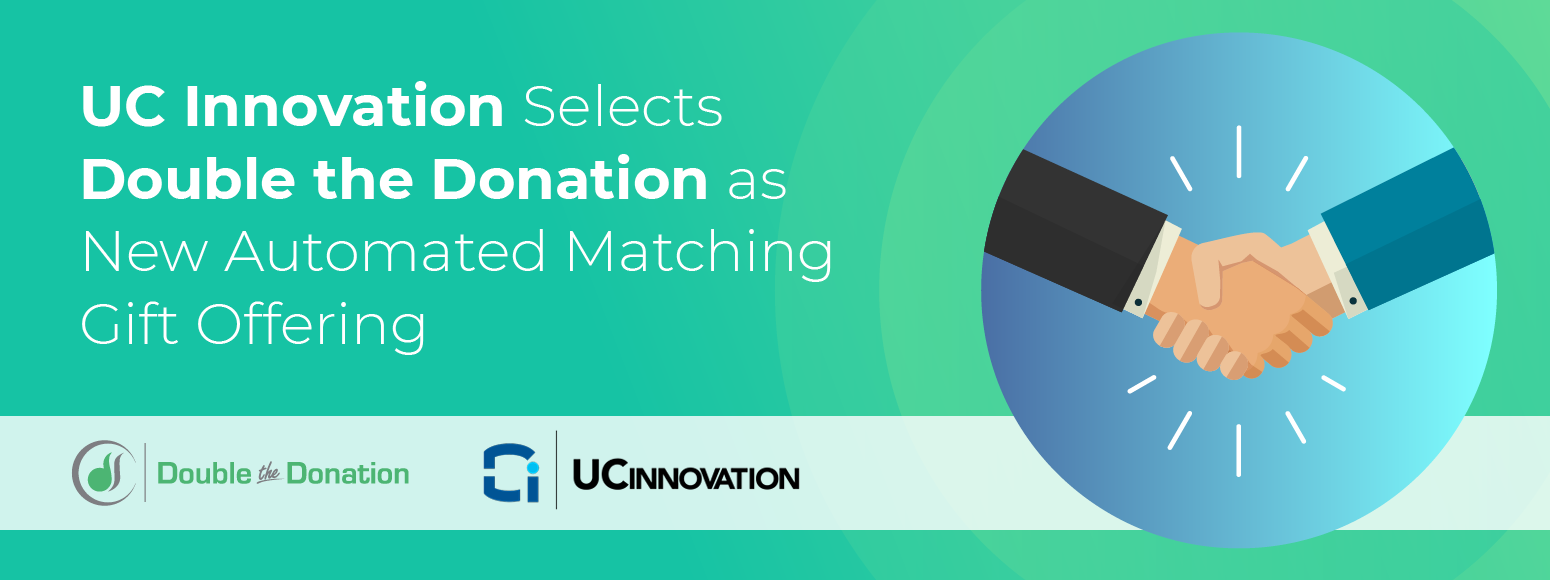
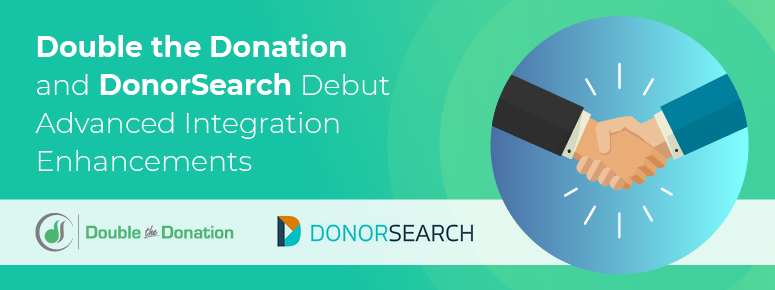

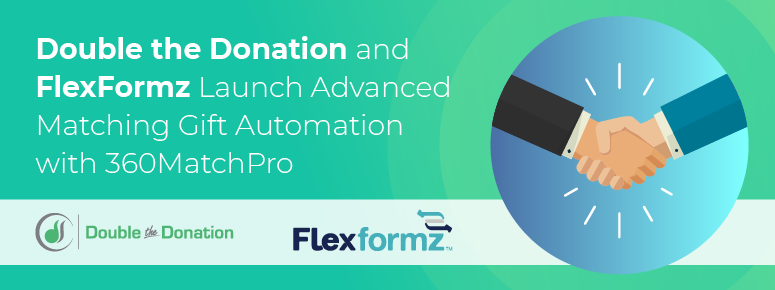

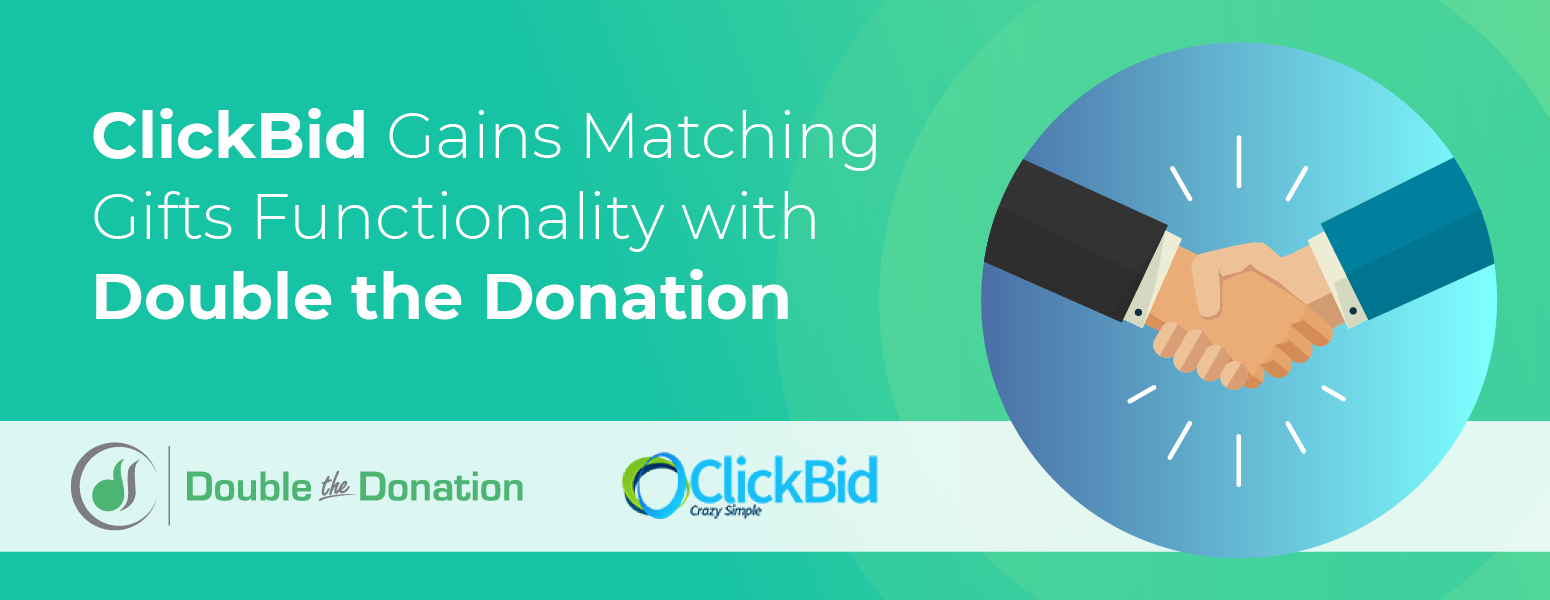

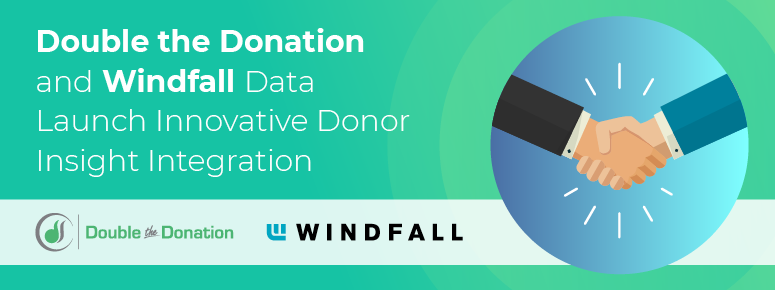
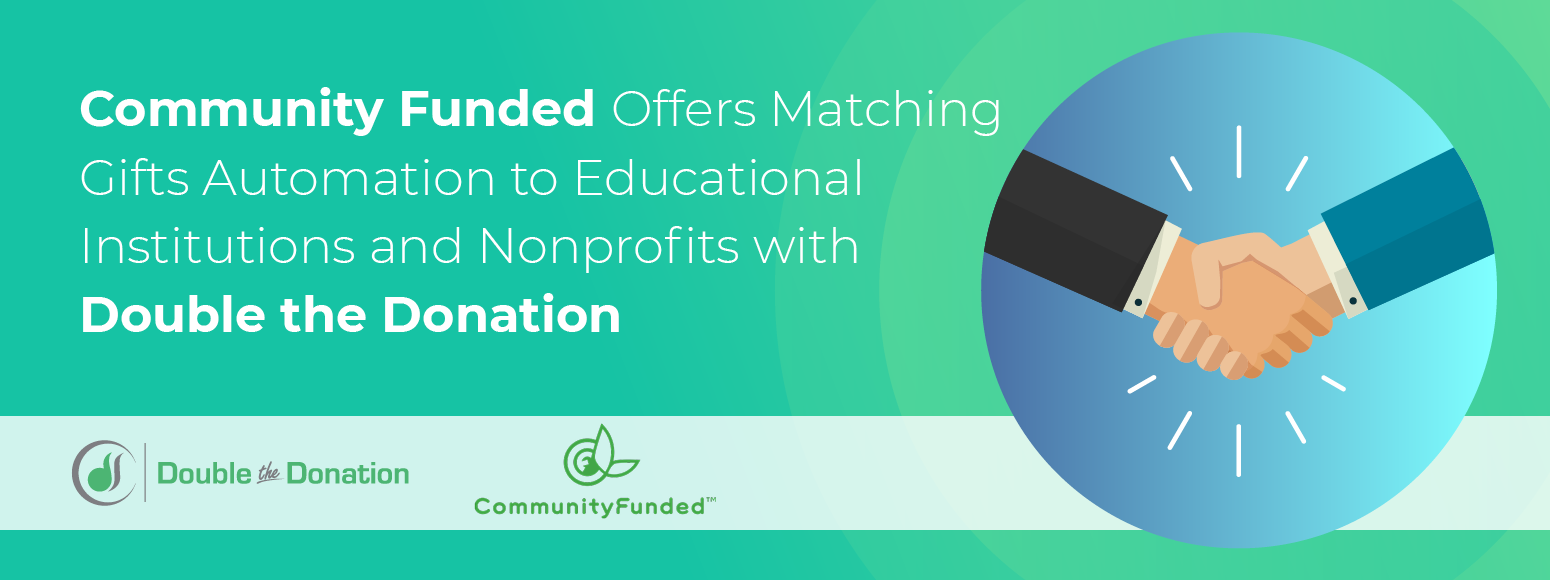
 https://doublethedonation.com/wp-content/uploads/2022/03/logo-dtd.svg
0
0
Adam Weinger
https://doublethedonation.com/wp-content/uploads/2022/03/logo-dtd.svg
Adam Weinger2021-04-24 16:00:152024-07-10 15:21:20Classy Integrations: Recommendations for Smart Nonprofits
https://doublethedonation.com/wp-content/uploads/2022/03/logo-dtd.svg
0
0
Adam Weinger
https://doublethedonation.com/wp-content/uploads/2022/03/logo-dtd.svg
Adam Weinger2021-04-24 16:00:152024-07-10 15:21:20Classy Integrations: Recommendations for Smart Nonprofits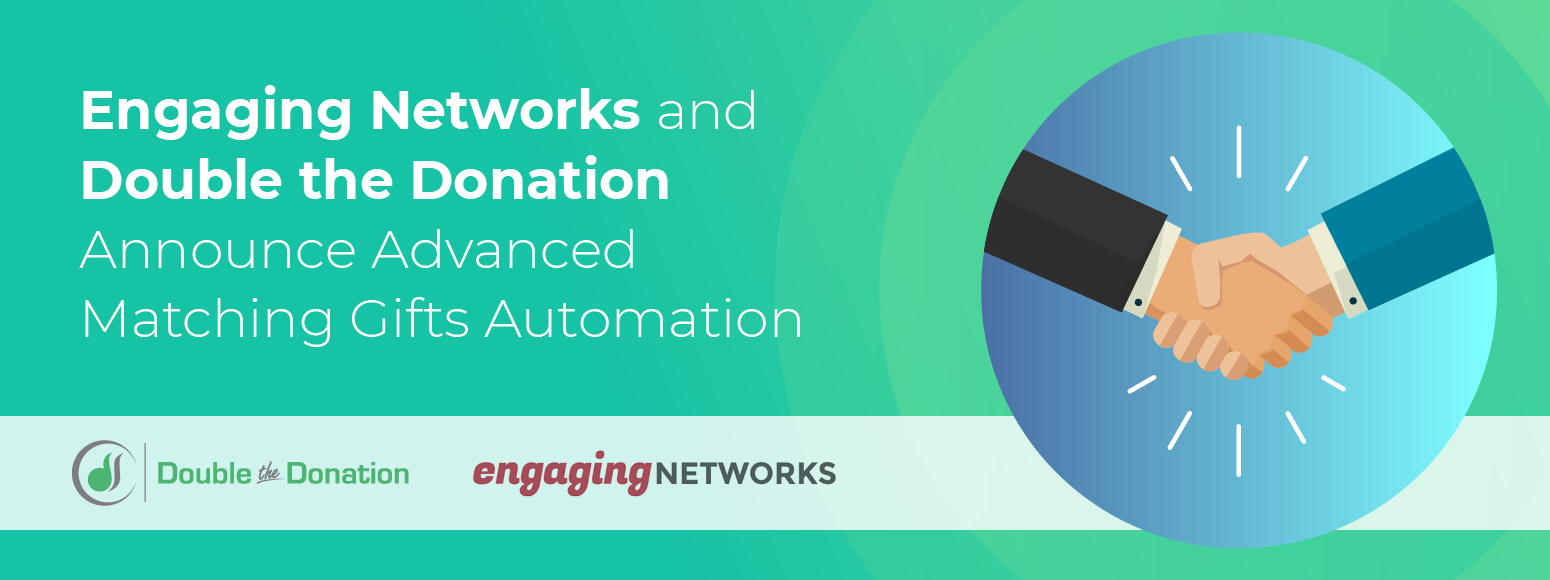
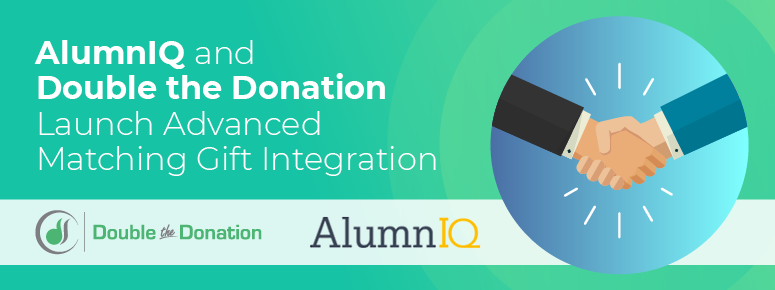
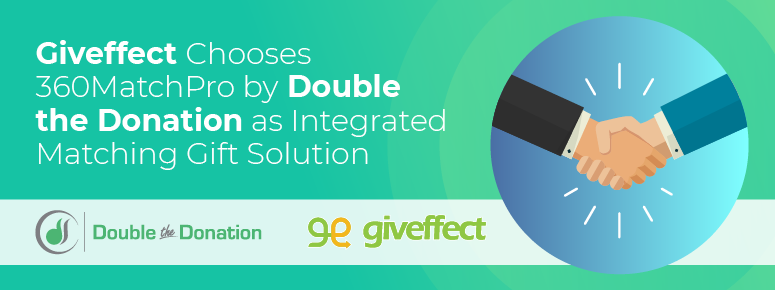

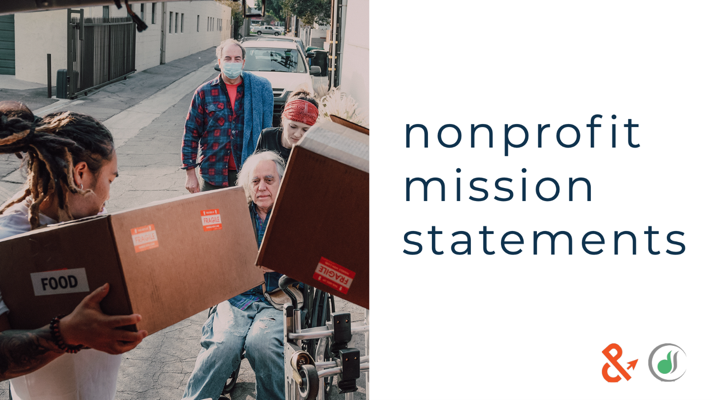
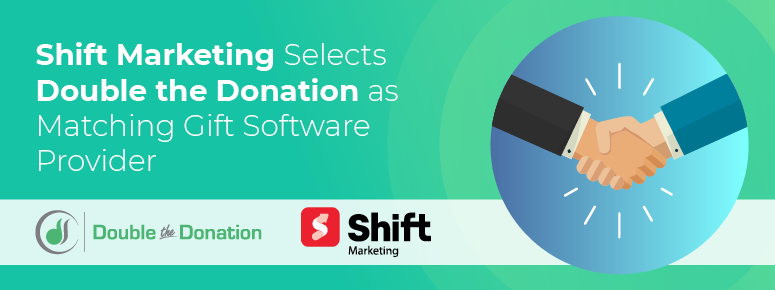
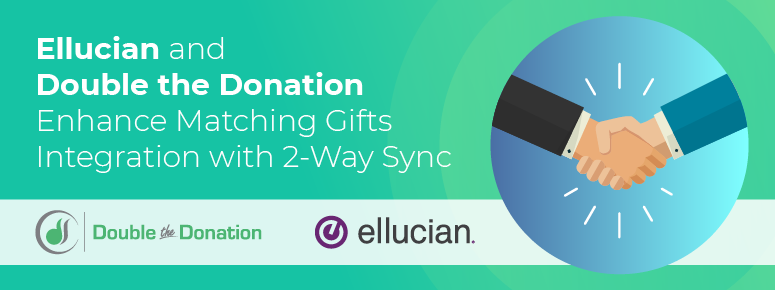
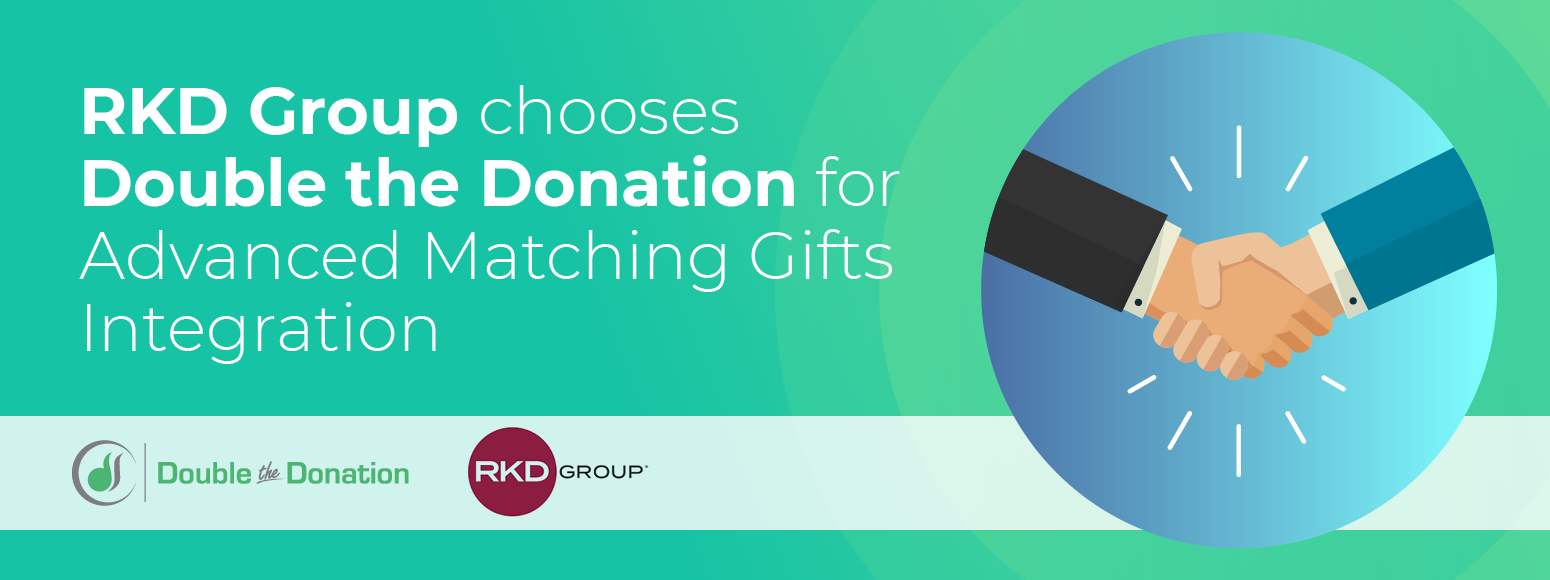
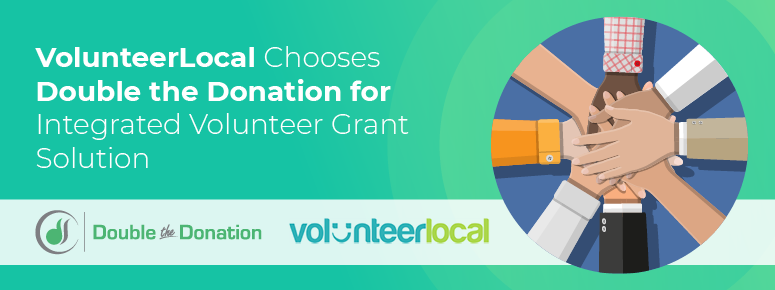
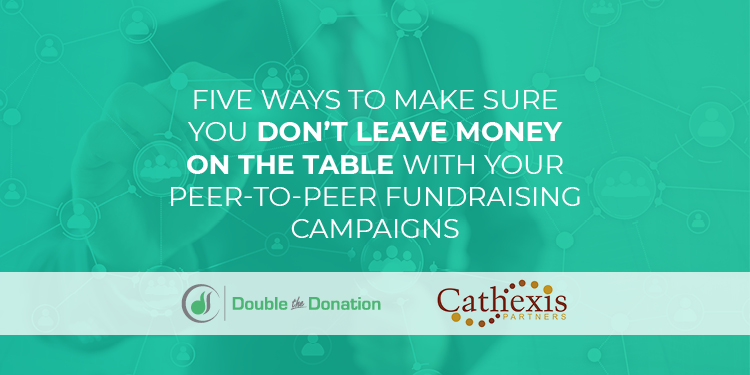
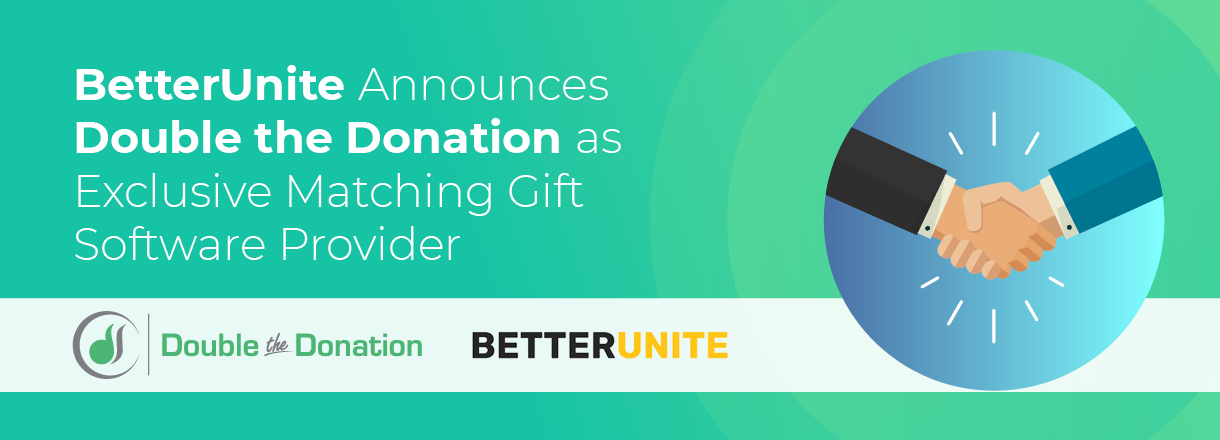
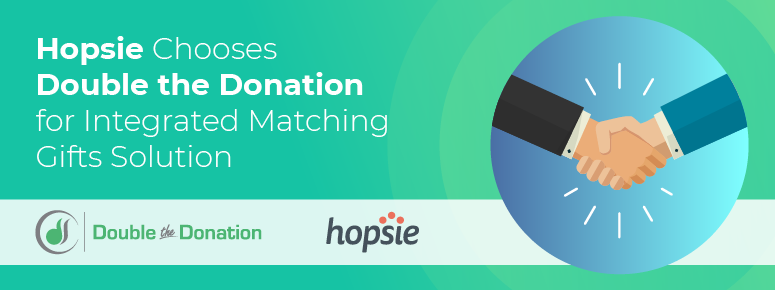
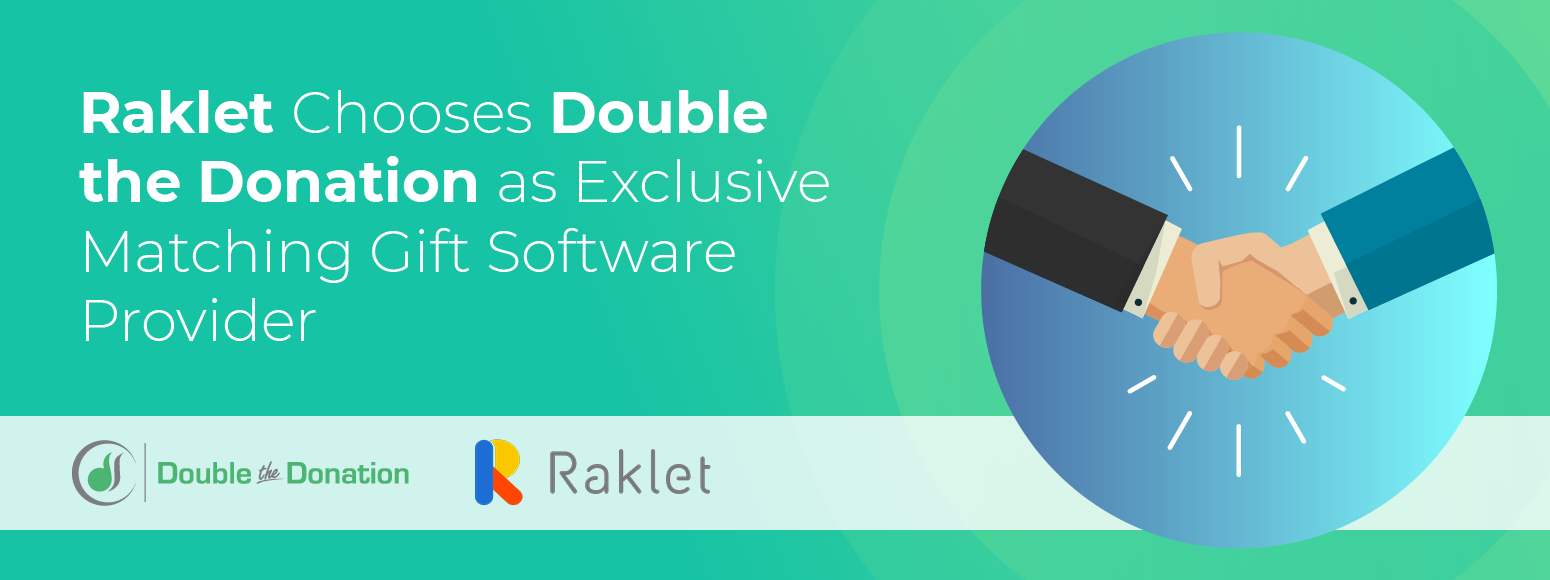
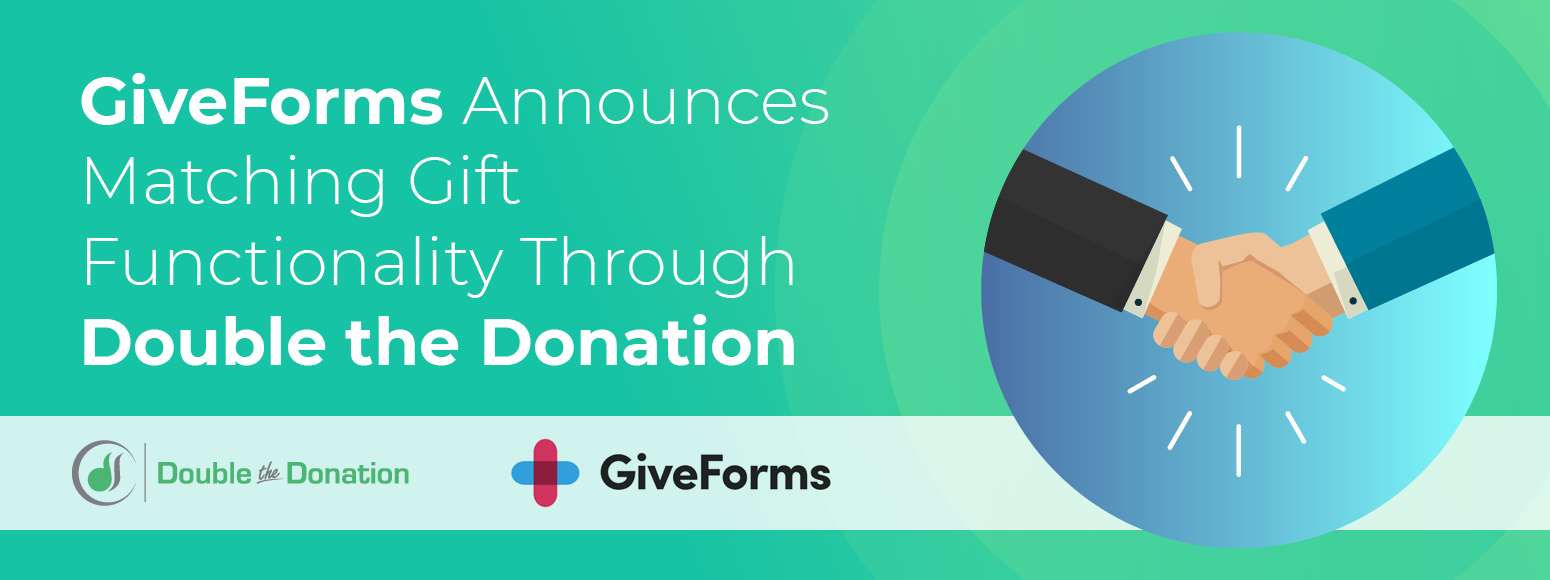
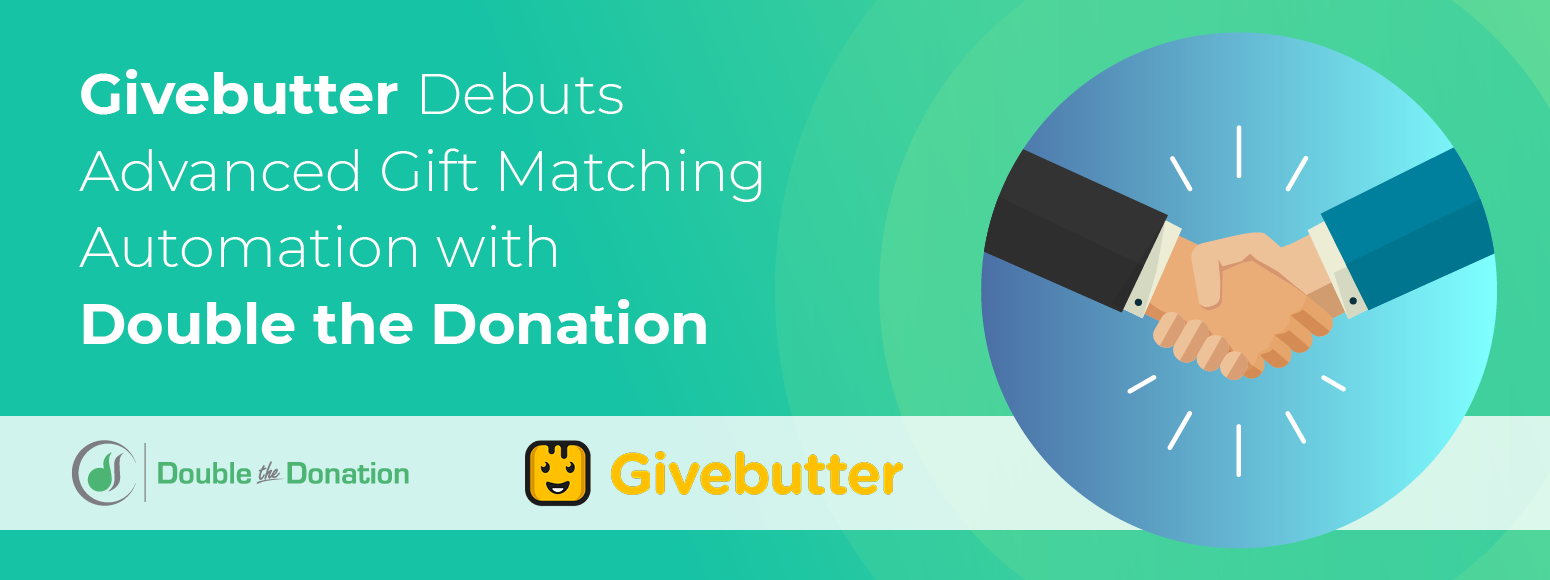
 https://doublethedonation.com/wp-content/uploads/2022/06/Higher-Ed-Fundraising-Platforms-Feature-Image.png
290
775
Adam Weinger
https://doublethedonation.com/wp-content/uploads/2022/03/logo-dtd.svg
Adam Weinger2021-01-10 16:55:042025-04-17 13:33:49Higher Ed Fundraising Platforms & Matching Gifts
https://doublethedonation.com/wp-content/uploads/2022/06/Higher-Ed-Fundraising-Platforms-Feature-Image.png
290
775
Adam Weinger
https://doublethedonation.com/wp-content/uploads/2022/03/logo-dtd.svg
Adam Weinger2021-01-10 16:55:042025-04-17 13:33:49Higher Ed Fundraising Platforms & Matching Gifts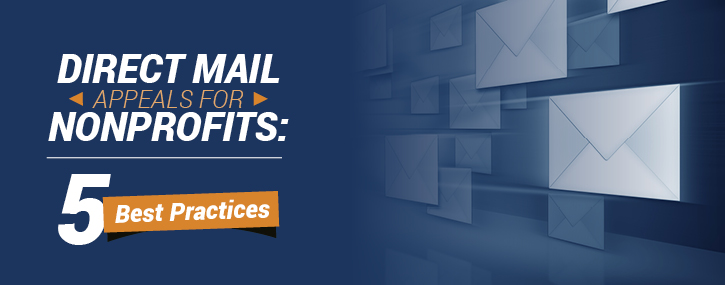
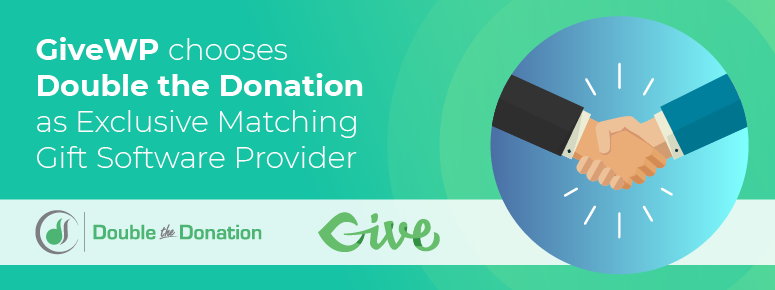

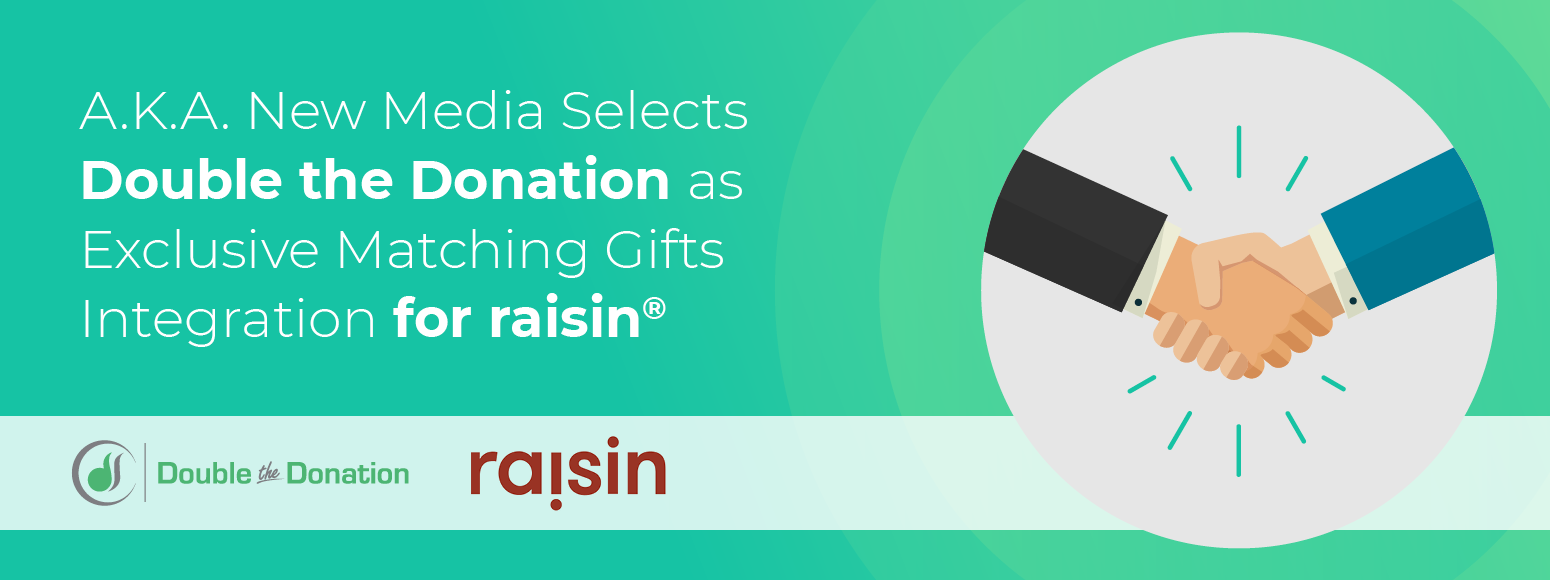
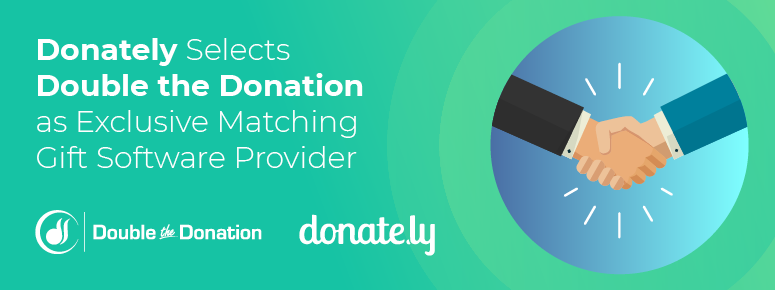
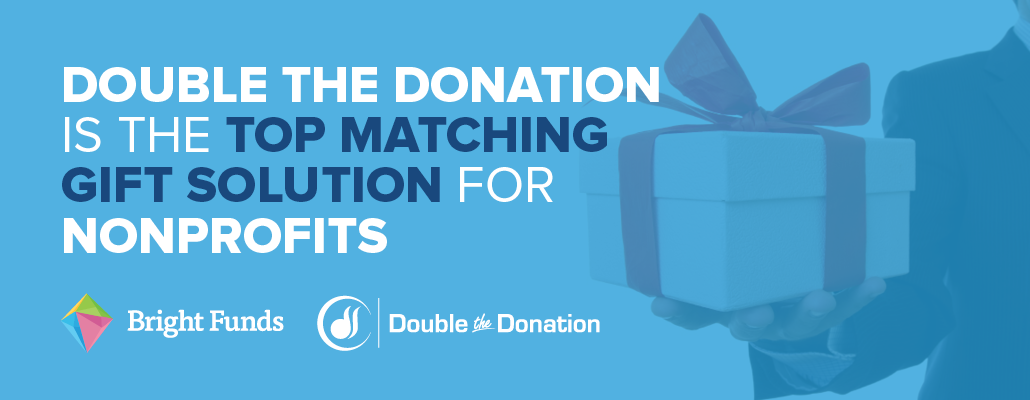
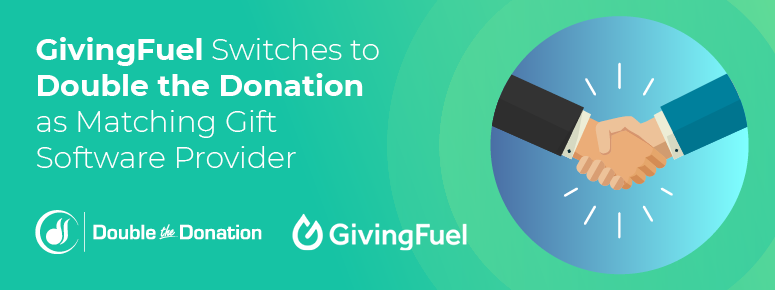
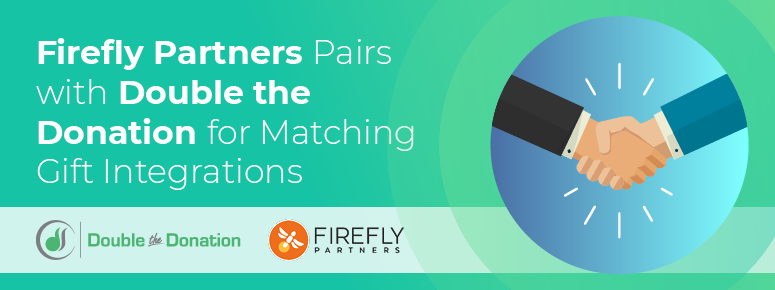
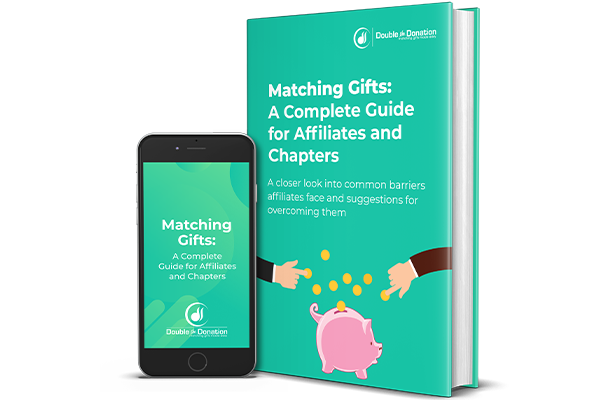 https://doublethedonation.com/wp-content/uploads/2022/06/Matching-gift-complete-guide-for-chapters-and-affiliates.png
400
600
Adam Weinger
https://doublethedonation.com/wp-content/uploads/2022/03/logo-dtd.svg
Adam Weinger2020-08-26 15:55:172022-06-20 07:55:33Download Matching Gifts: A Complete Guide for Affiliates and Chapters
https://doublethedonation.com/wp-content/uploads/2022/06/Matching-gift-complete-guide-for-chapters-and-affiliates.png
400
600
Adam Weinger
https://doublethedonation.com/wp-content/uploads/2022/03/logo-dtd.svg
Adam Weinger2020-08-26 15:55:172022-06-20 07:55:33Download Matching Gifts: A Complete Guide for Affiliates and Chapters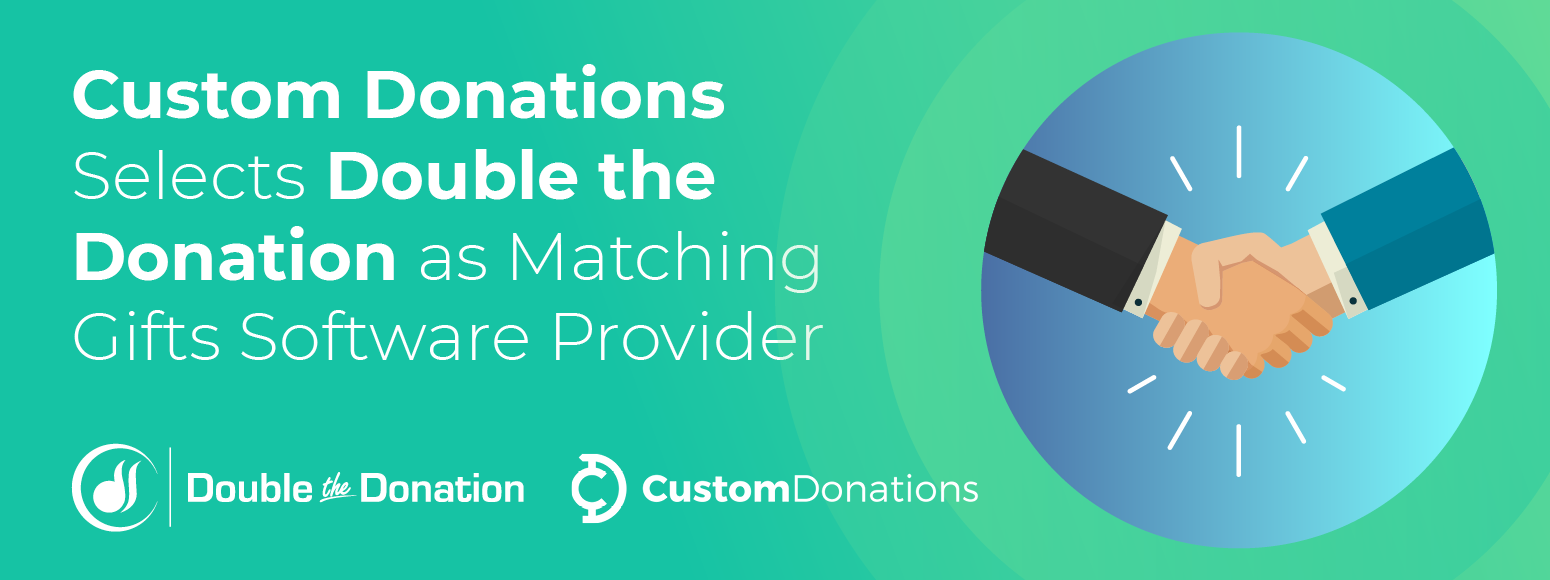
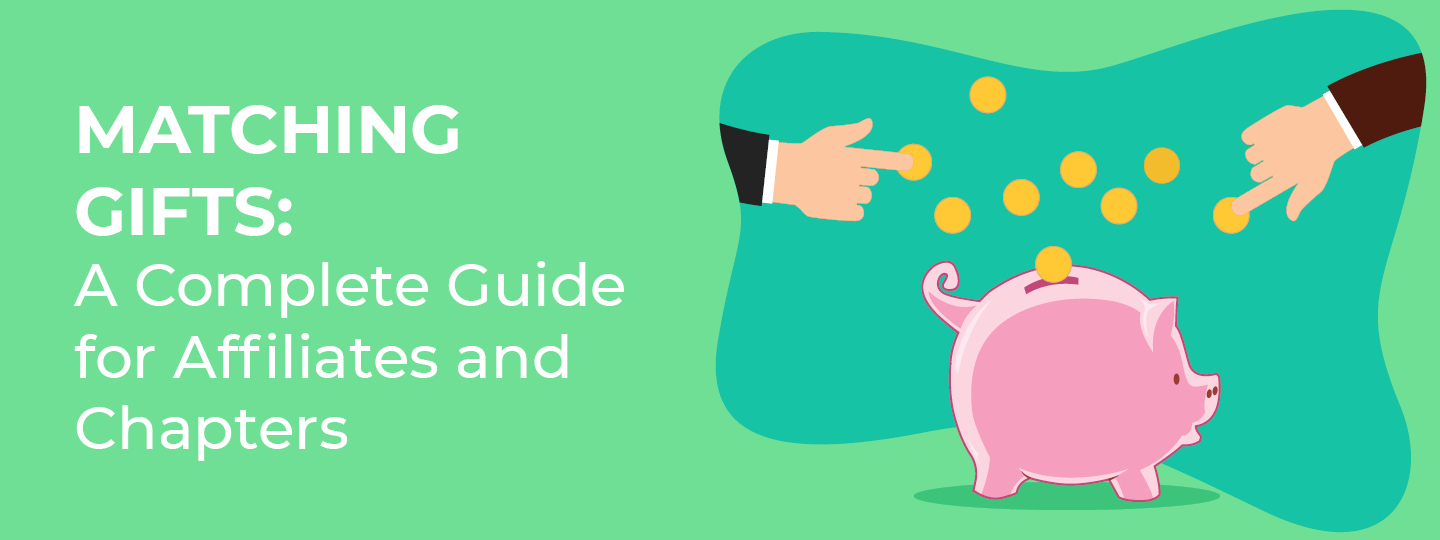
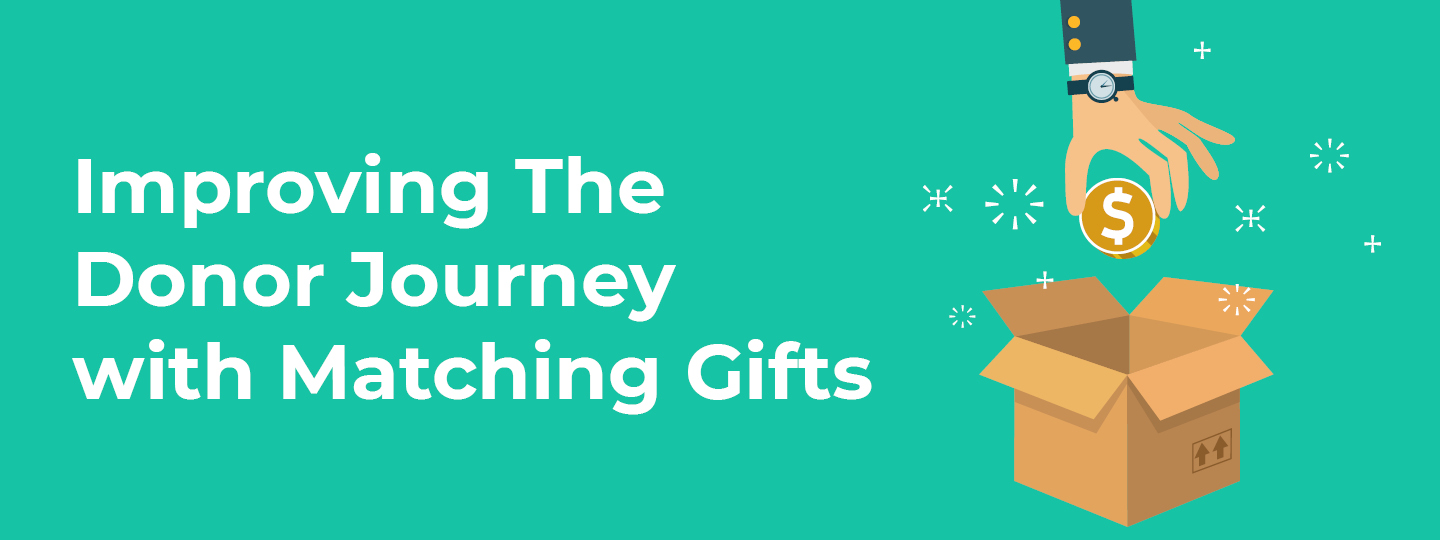

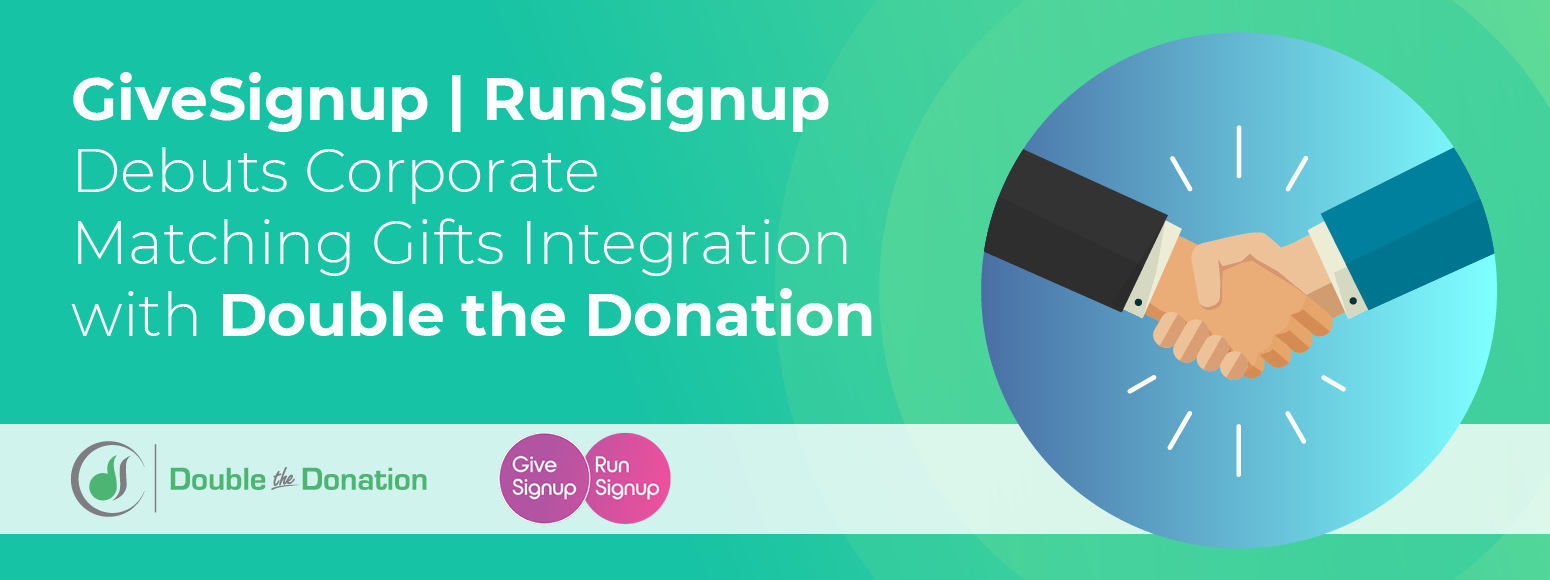
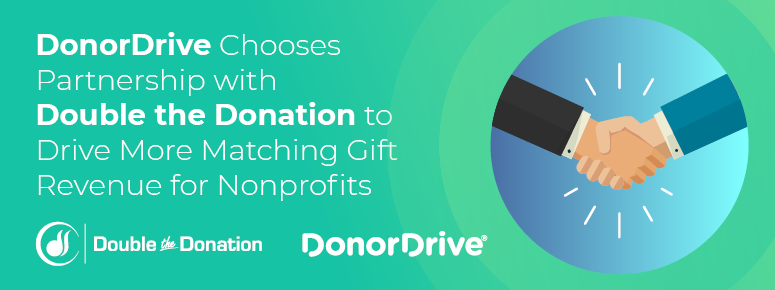
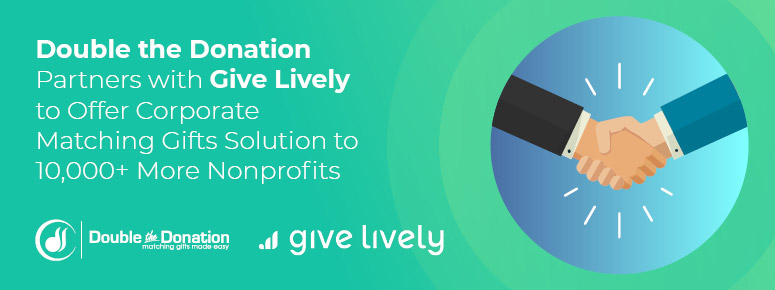
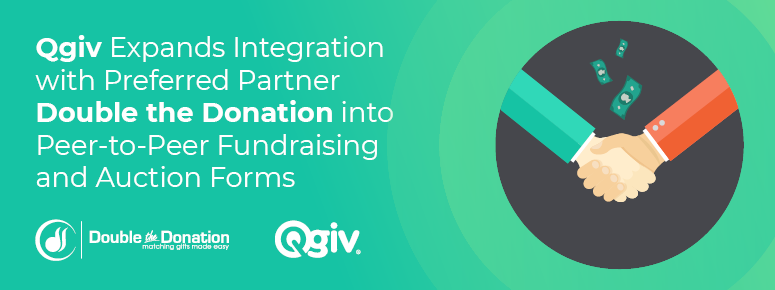

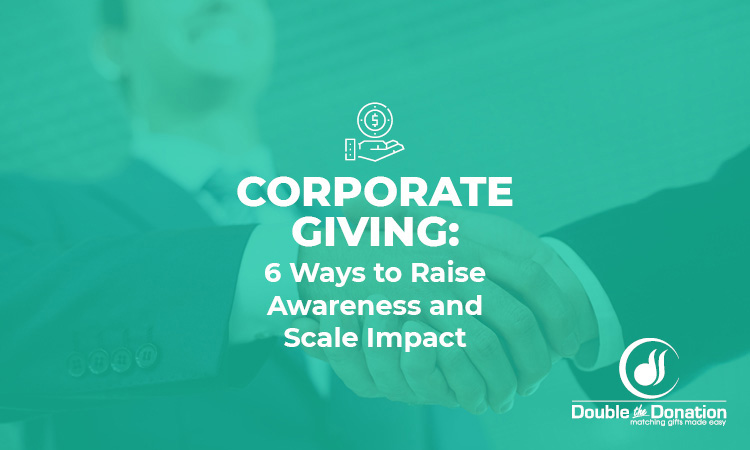
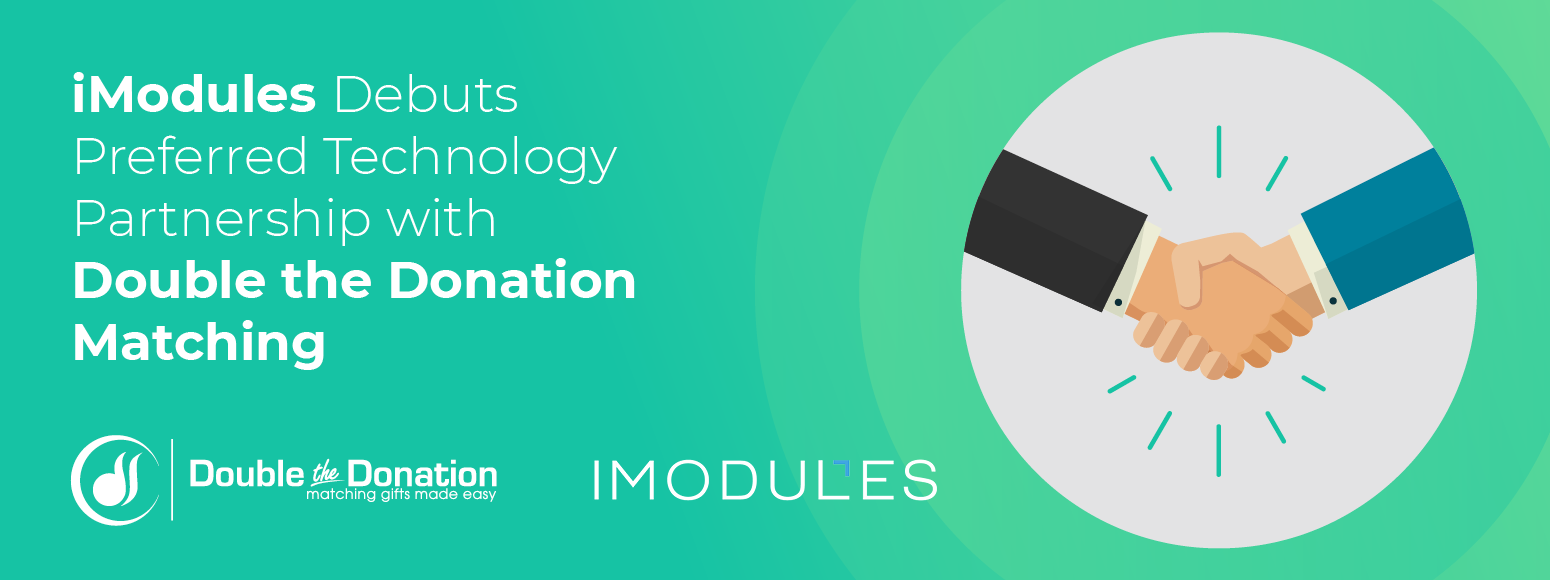
 https://doublethedonation.com/wp-content/uploads/2022/03/logo-dtd.svg
0
0
Adam Weinger
https://doublethedonation.com/wp-content/uploads/2022/03/logo-dtd.svg
Adam Weinger2020-05-28 04:00:582024-03-20 23:28:3115+ Best Church Software Solutions for Virtual Success
https://doublethedonation.com/wp-content/uploads/2022/03/logo-dtd.svg
0
0
Adam Weinger
https://doublethedonation.com/wp-content/uploads/2022/03/logo-dtd.svg
Adam Weinger2020-05-28 04:00:582024-03-20 23:28:3115+ Best Church Software Solutions for Virtual Success https://doublethedonation.com/wp-content/uploads/2022/03/logo-dtd.svg
0
0
Adam Weinger
https://doublethedonation.com/wp-content/uploads/2022/03/logo-dtd.svg
Adam Weinger2020-05-21 12:42:332024-05-01 06:18:59Live Video Fundraising: 18 Tech Tools for Your Nonprofit
https://doublethedonation.com/wp-content/uploads/2022/03/logo-dtd.svg
0
0
Adam Weinger
https://doublethedonation.com/wp-content/uploads/2022/03/logo-dtd.svg
Adam Weinger2020-05-21 12:42:332024-05-01 06:18:59Live Video Fundraising: 18 Tech Tools for Your Nonprofit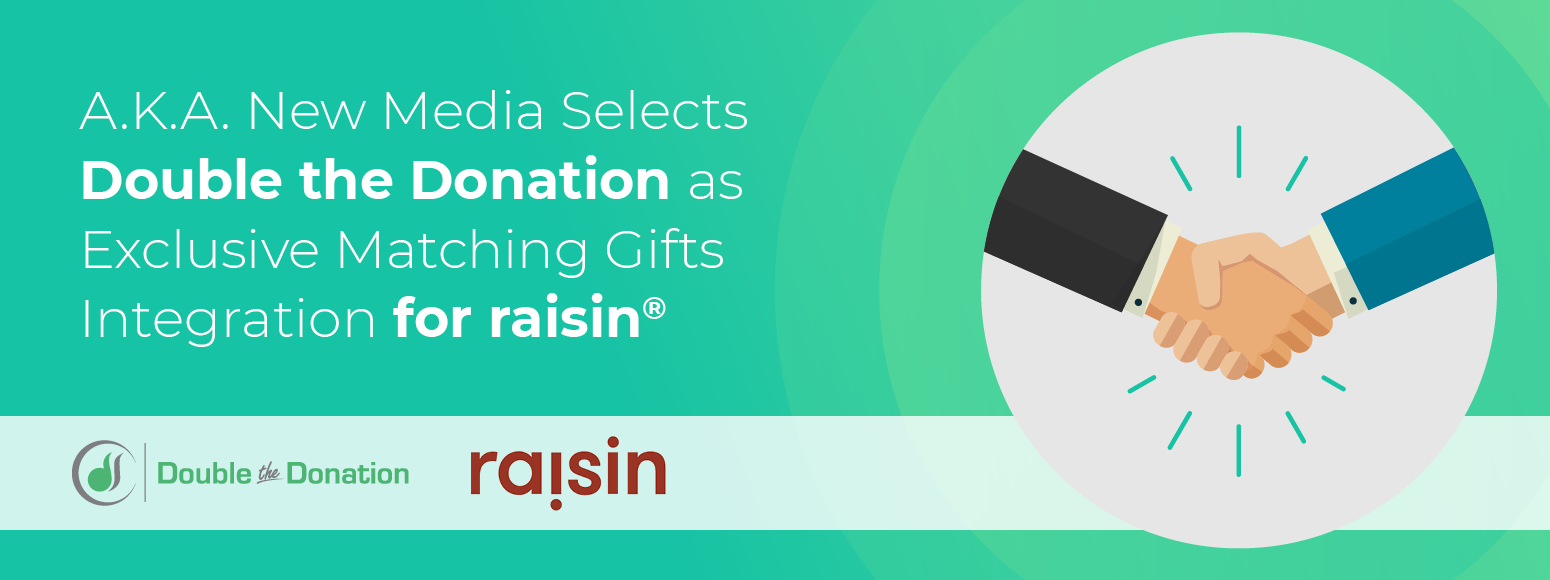

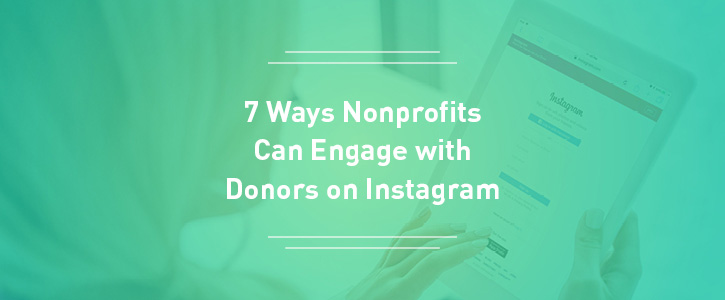
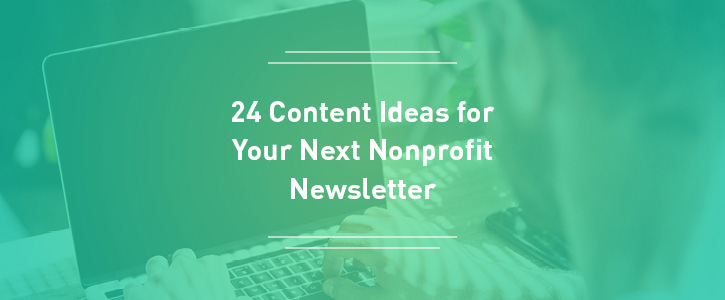
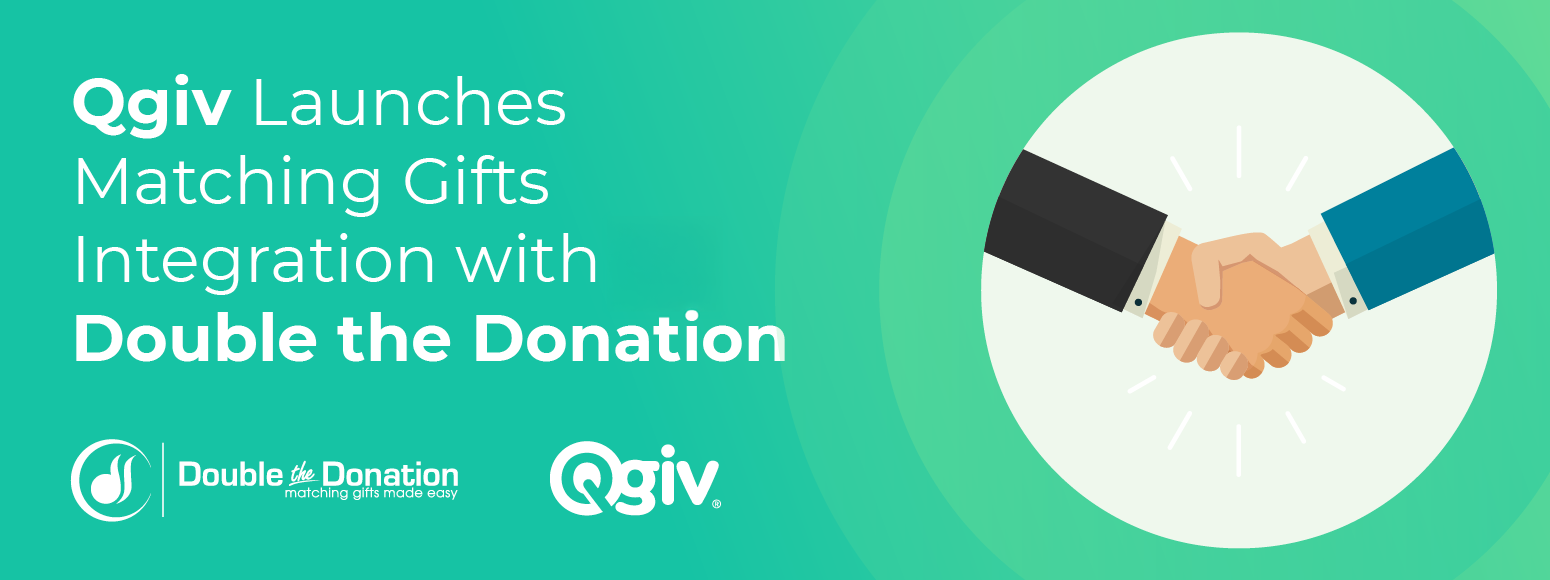
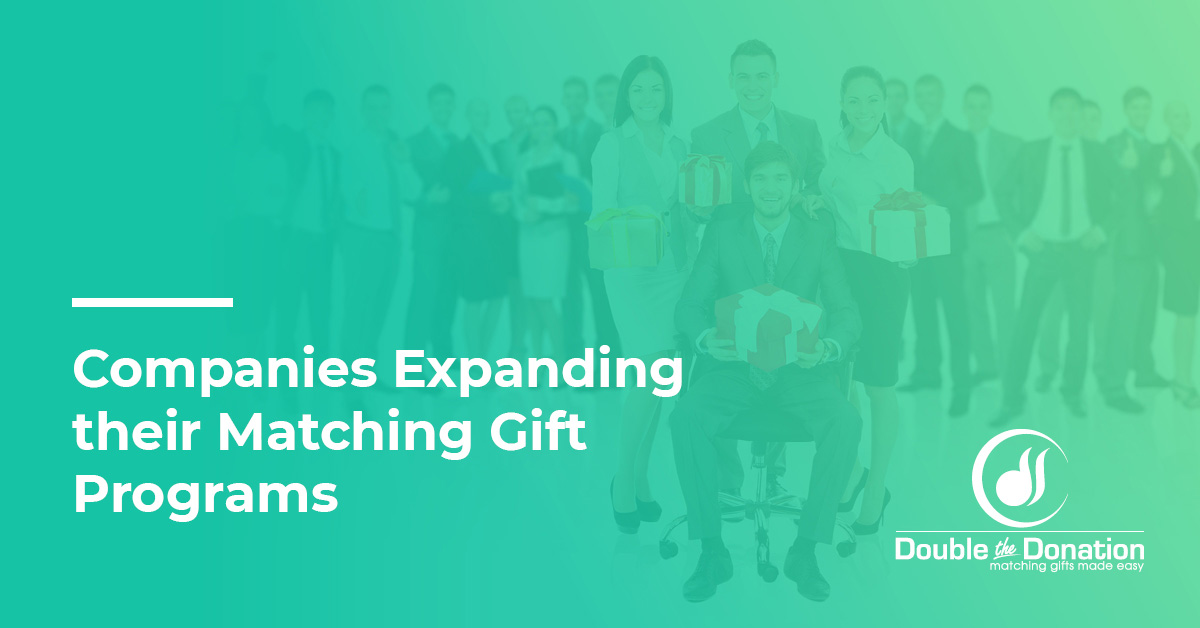

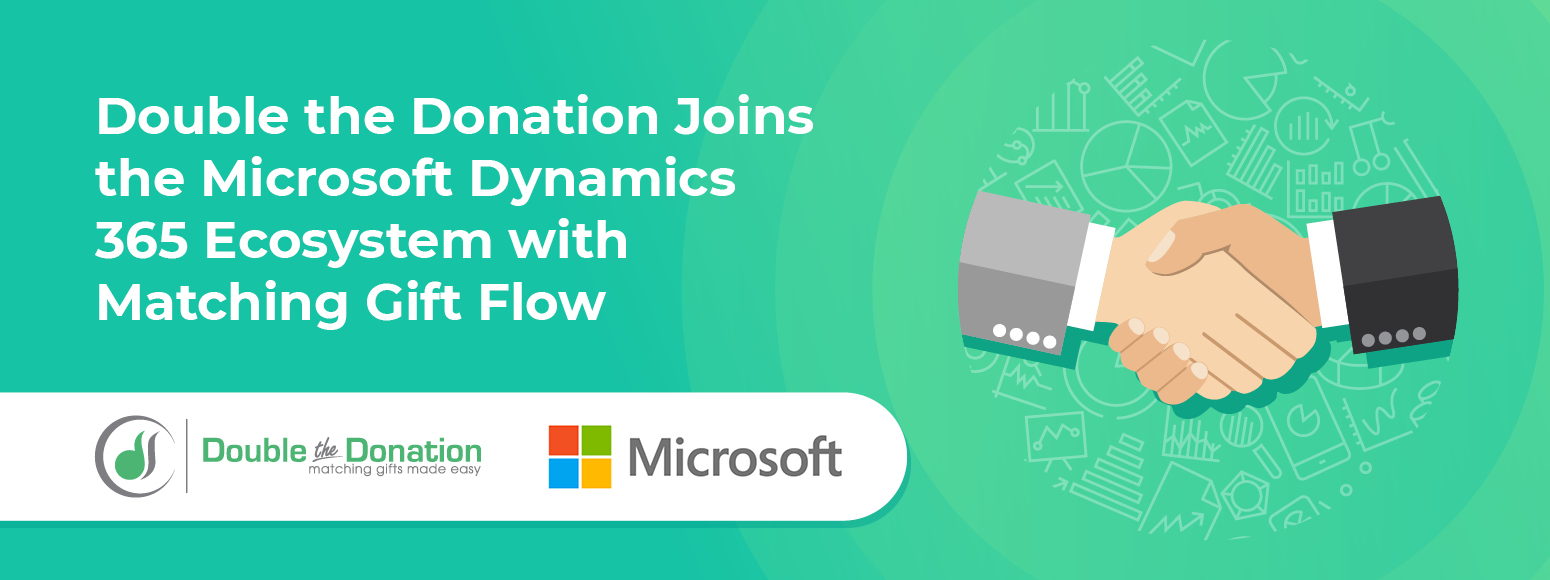
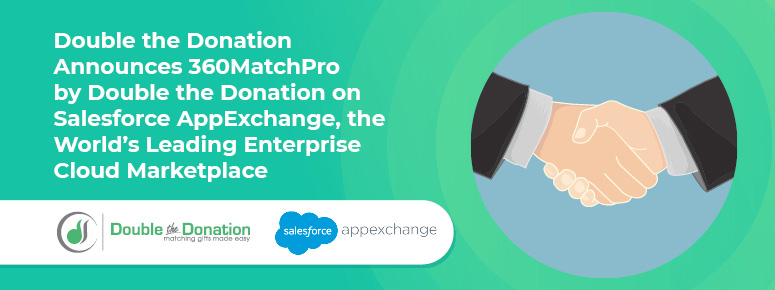
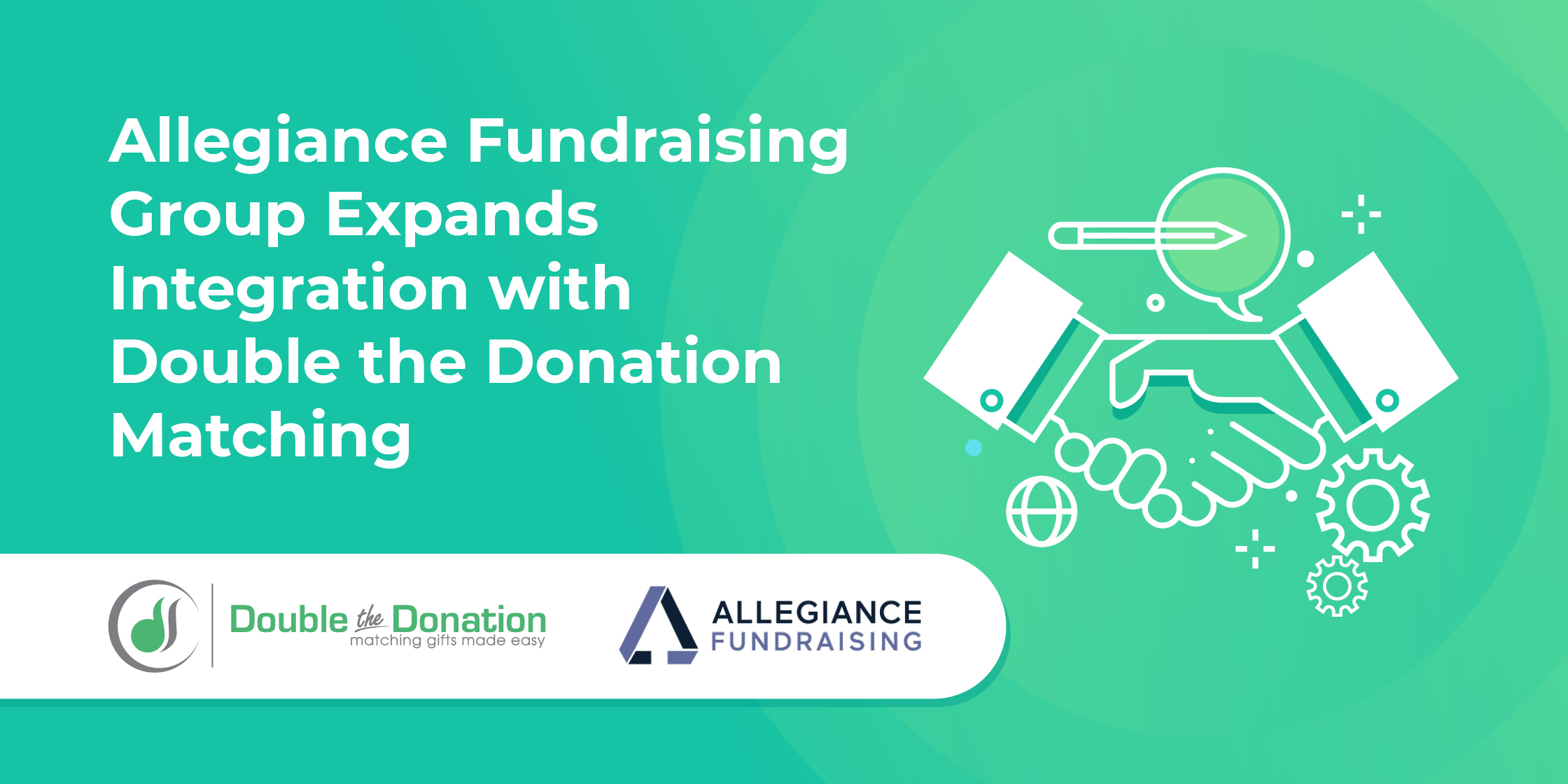


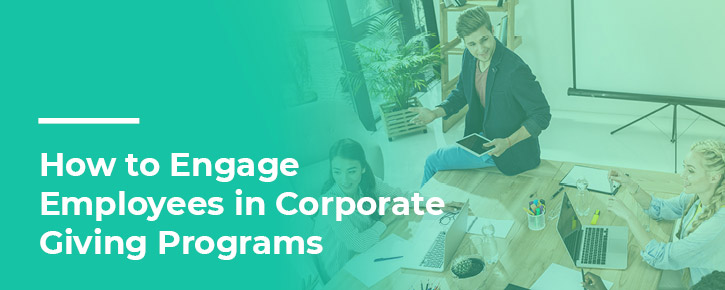
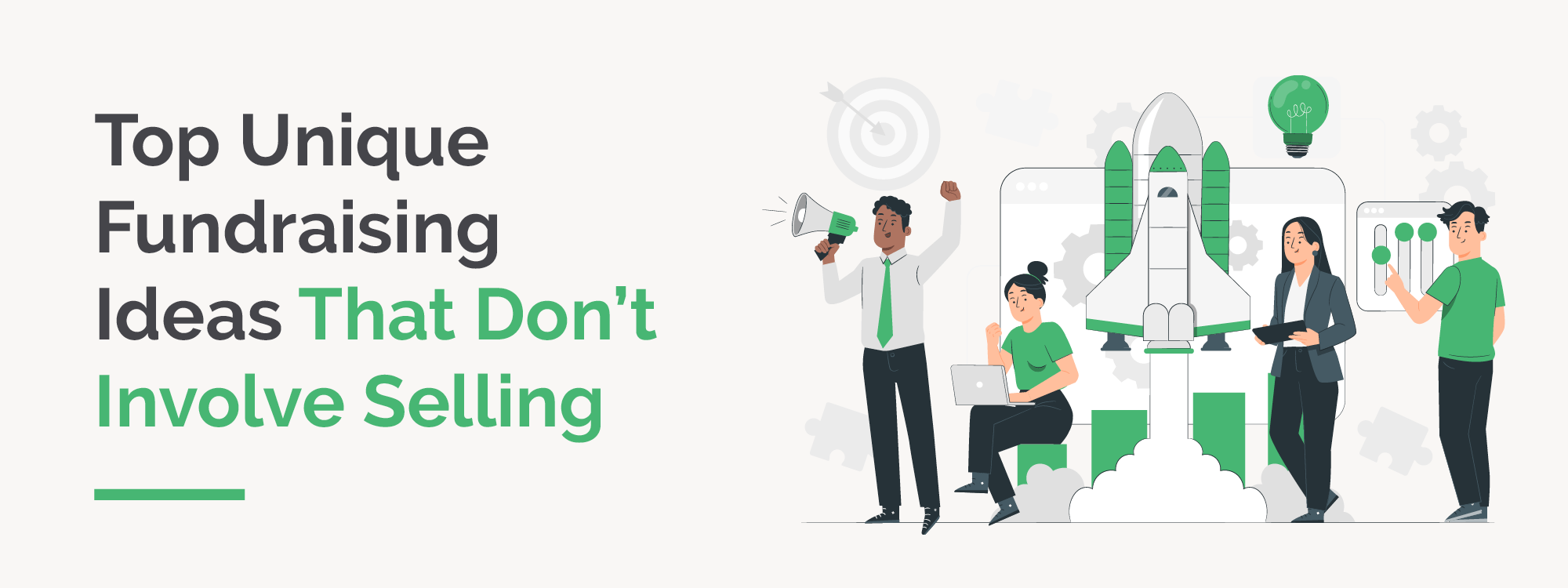

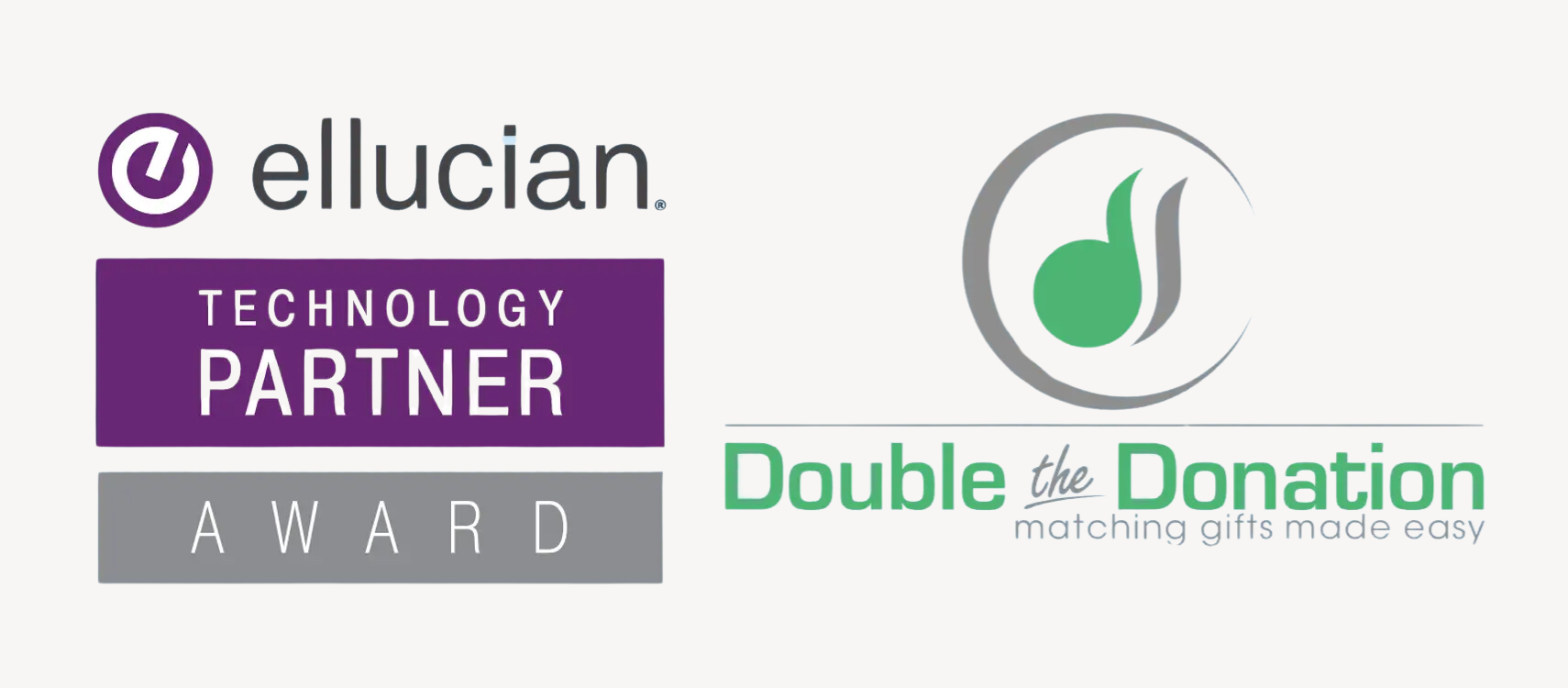


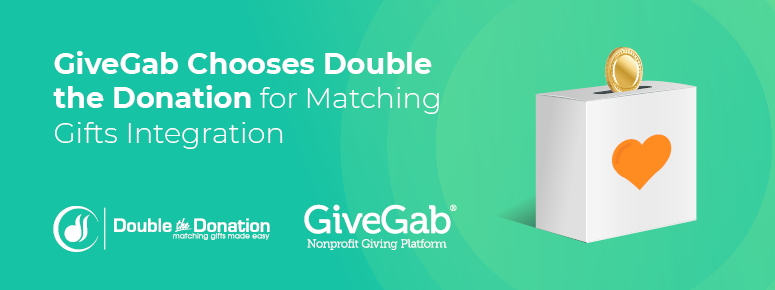
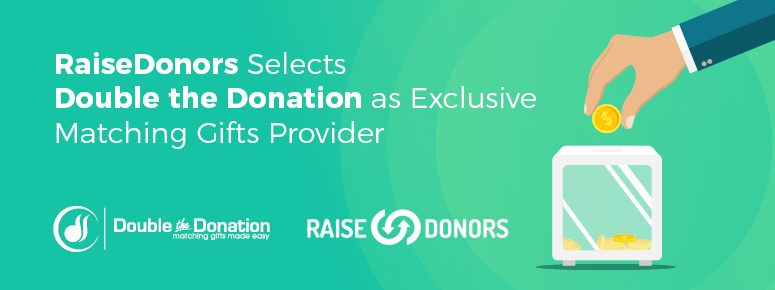
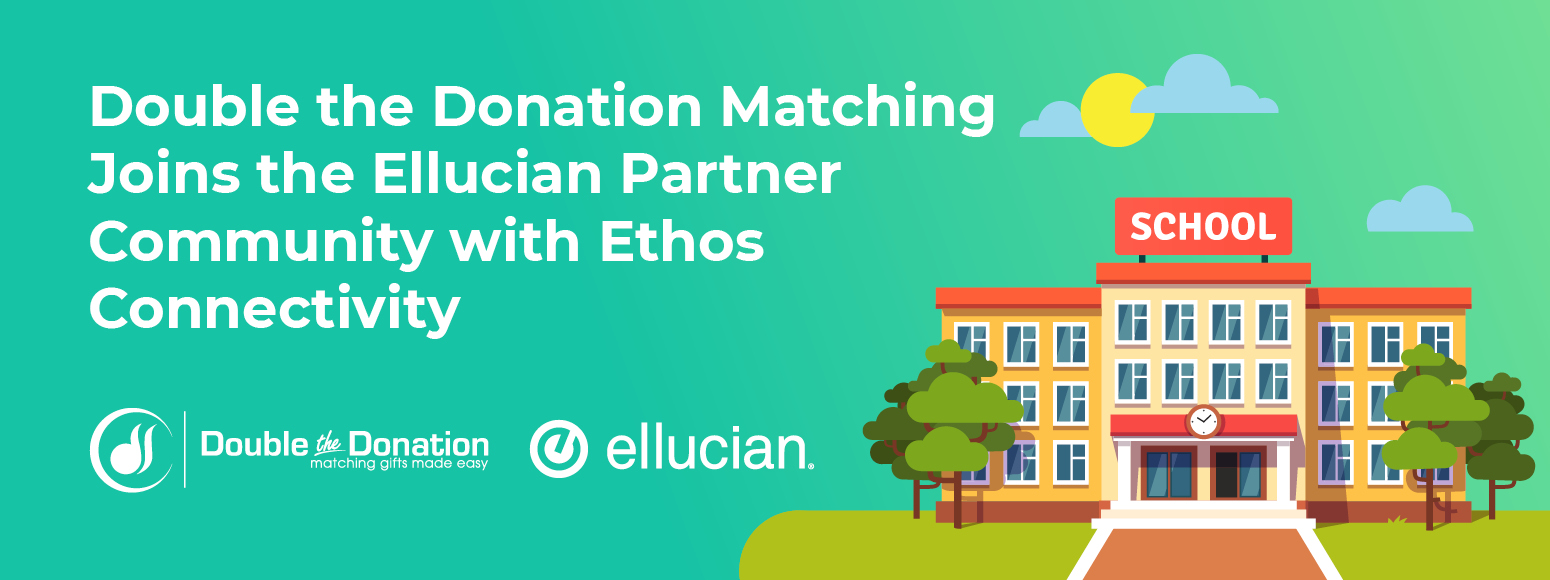
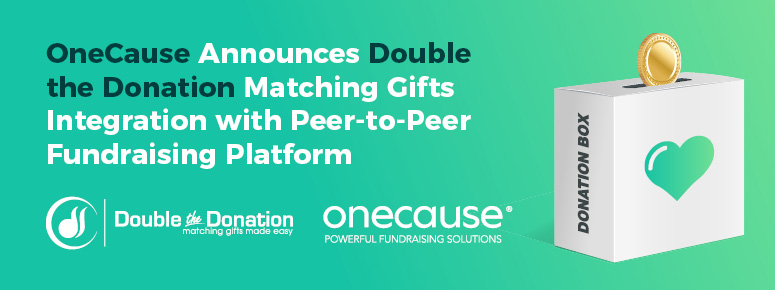
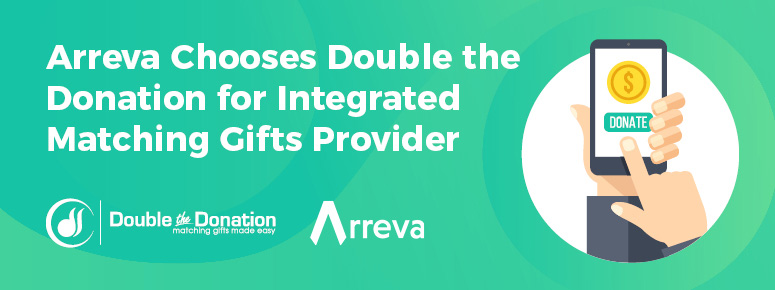
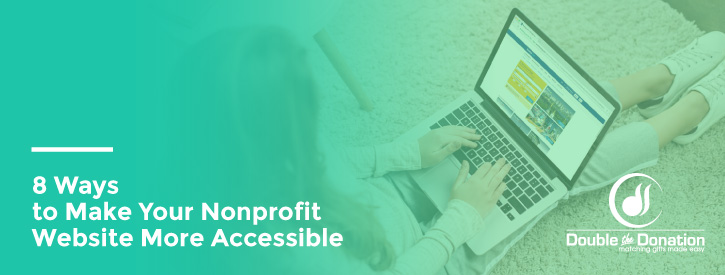
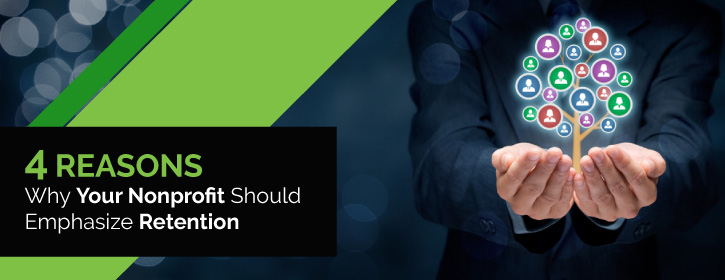
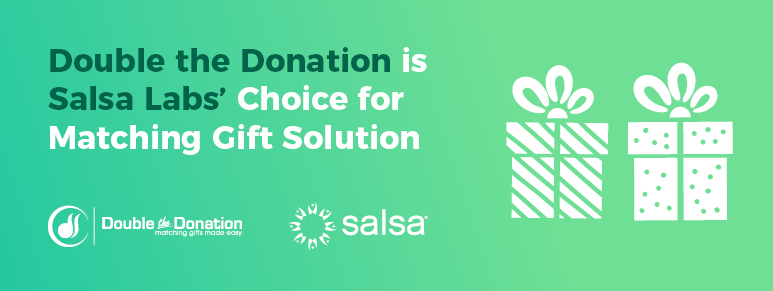
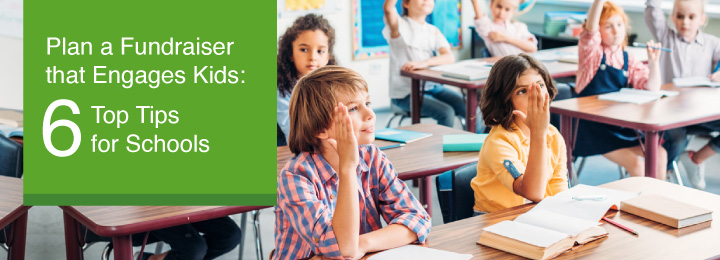
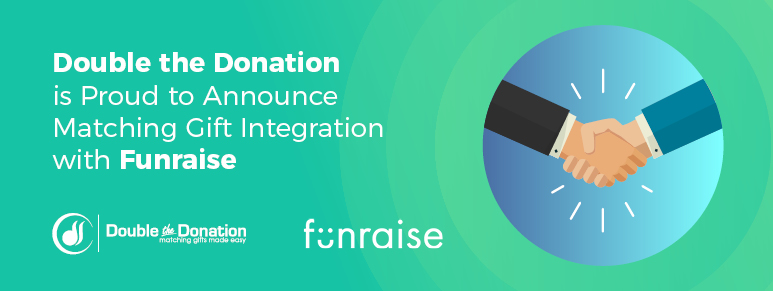
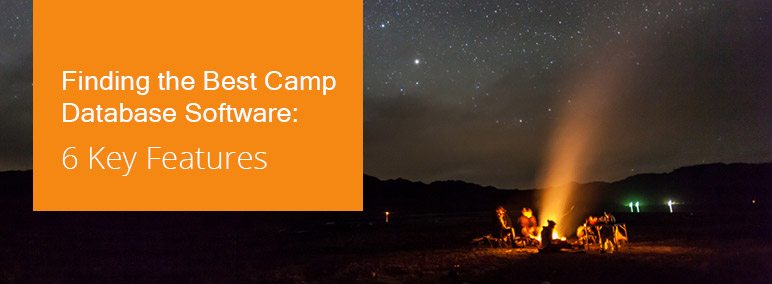
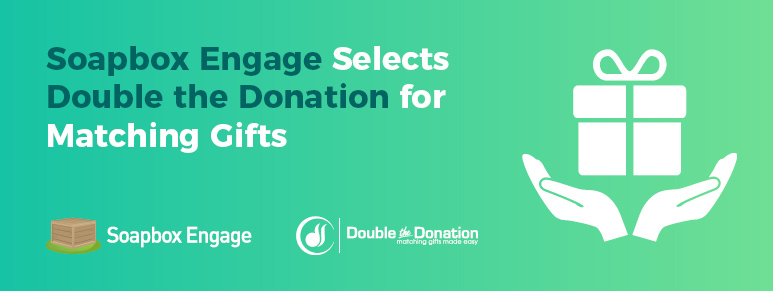
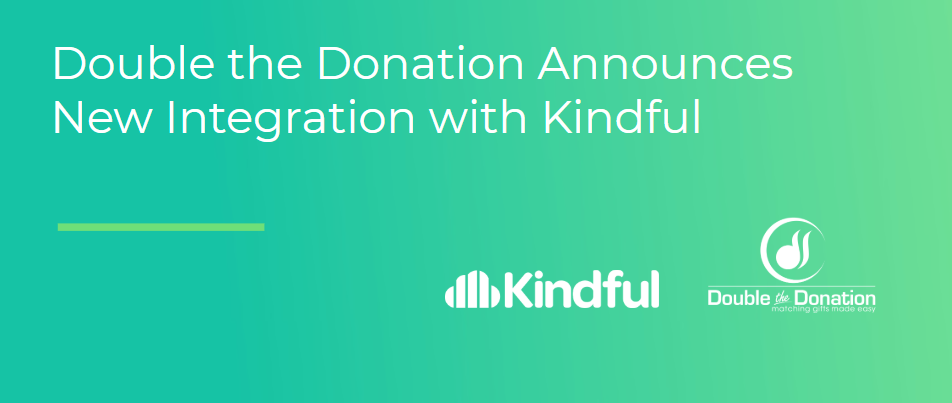

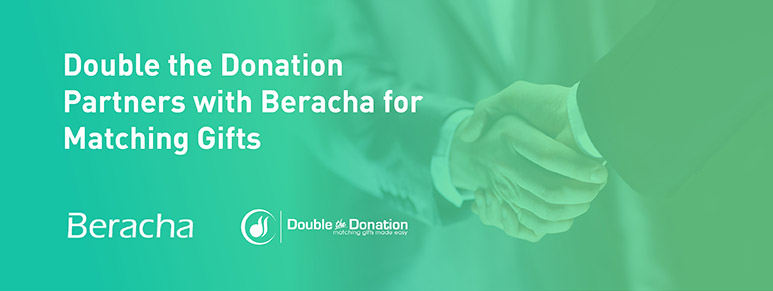
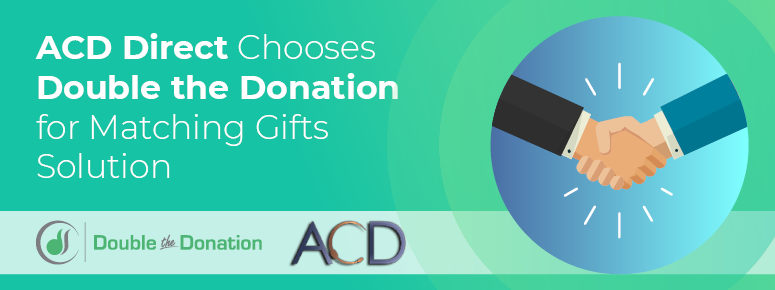
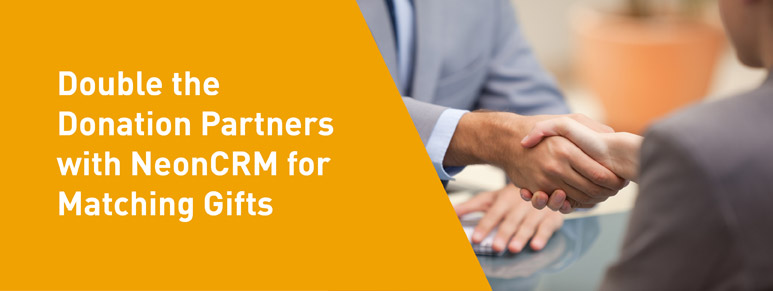
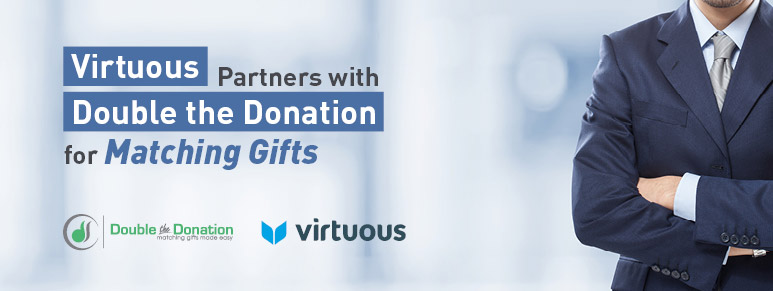

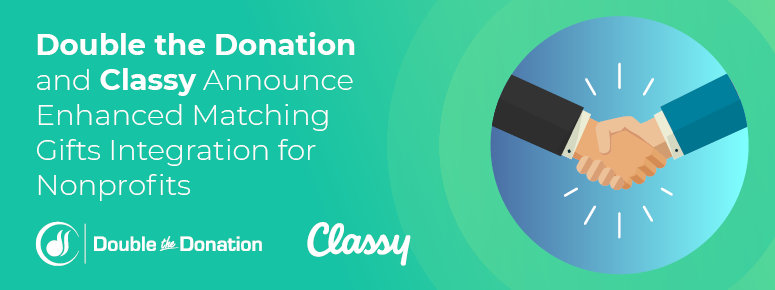
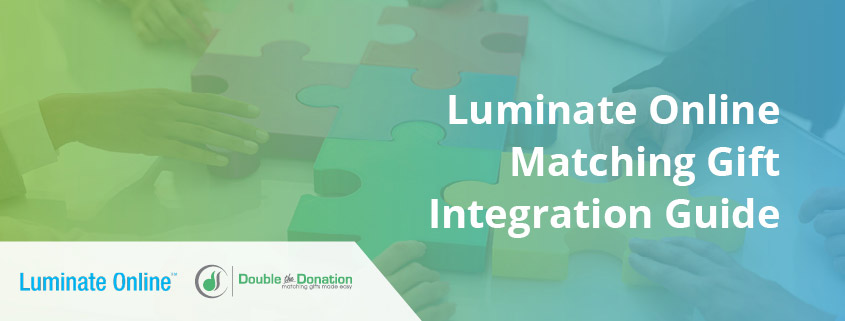

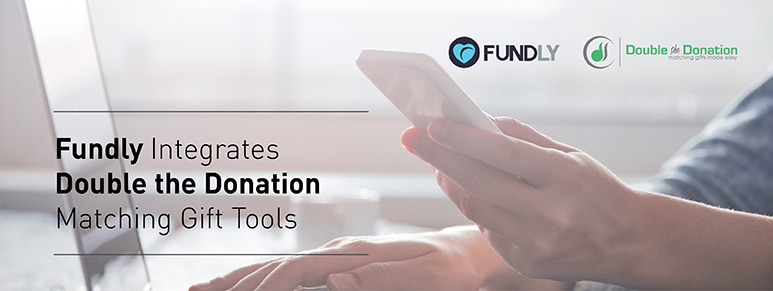
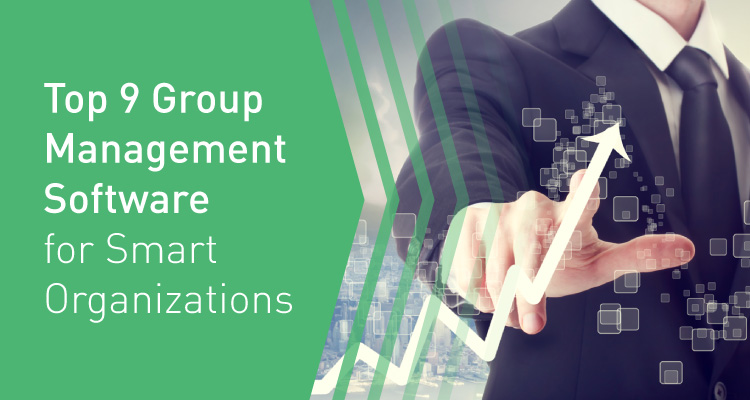
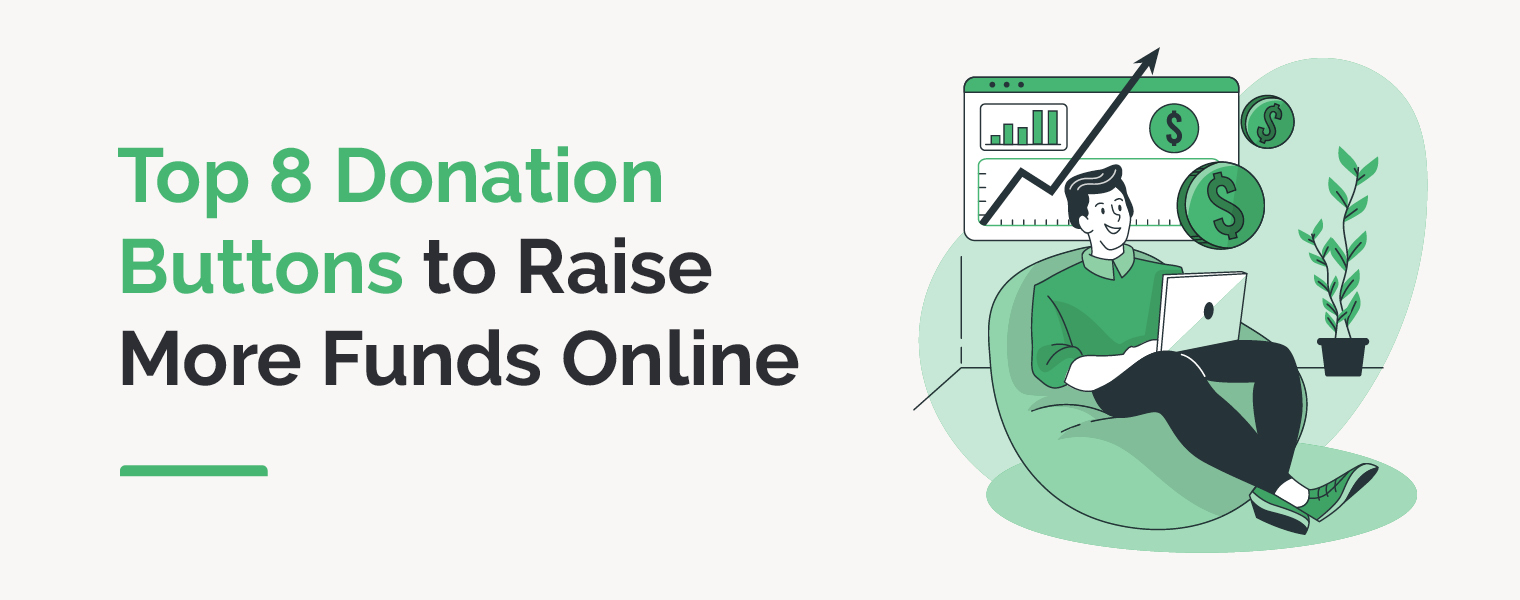


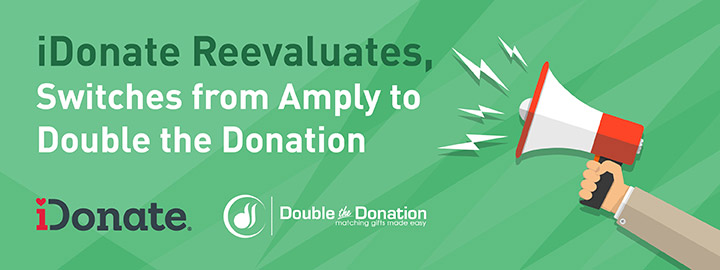
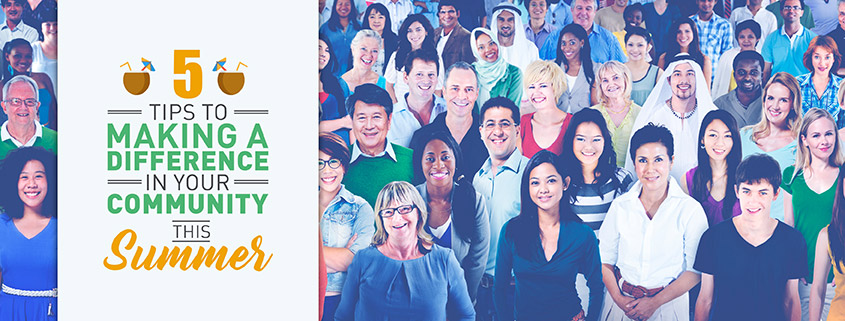
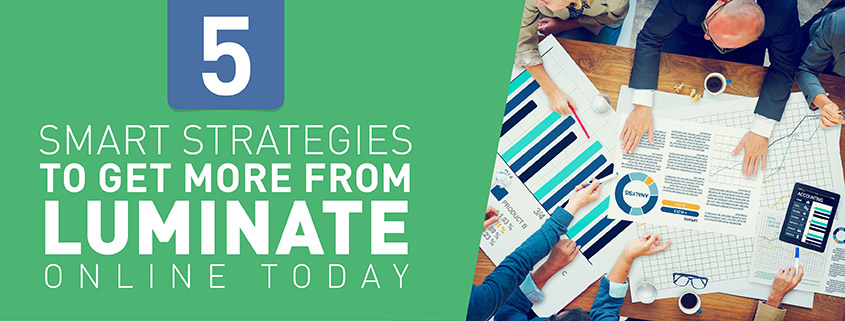
 https://doublethedonation.com/wp-content/uploads/2022/03/logo-dtd.svg
0
0
Adam Weinger
https://doublethedonation.com/wp-content/uploads/2022/03/logo-dtd.svg
Adam Weinger2018-03-26 13:40:312023-09-20 19:59:14Shoe Drive Fundraising: A Mini Guide for Schools and Clubs
https://doublethedonation.com/wp-content/uploads/2022/03/logo-dtd.svg
0
0
Adam Weinger
https://doublethedonation.com/wp-content/uploads/2022/03/logo-dtd.svg
Adam Weinger2018-03-26 13:40:312023-09-20 19:59:14Shoe Drive Fundraising: A Mini Guide for Schools and Clubs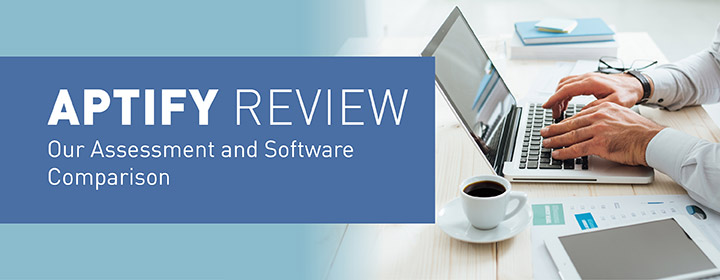

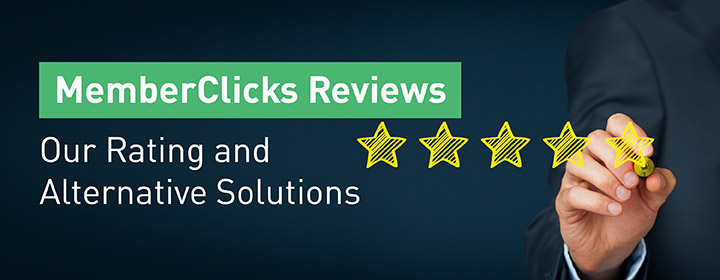
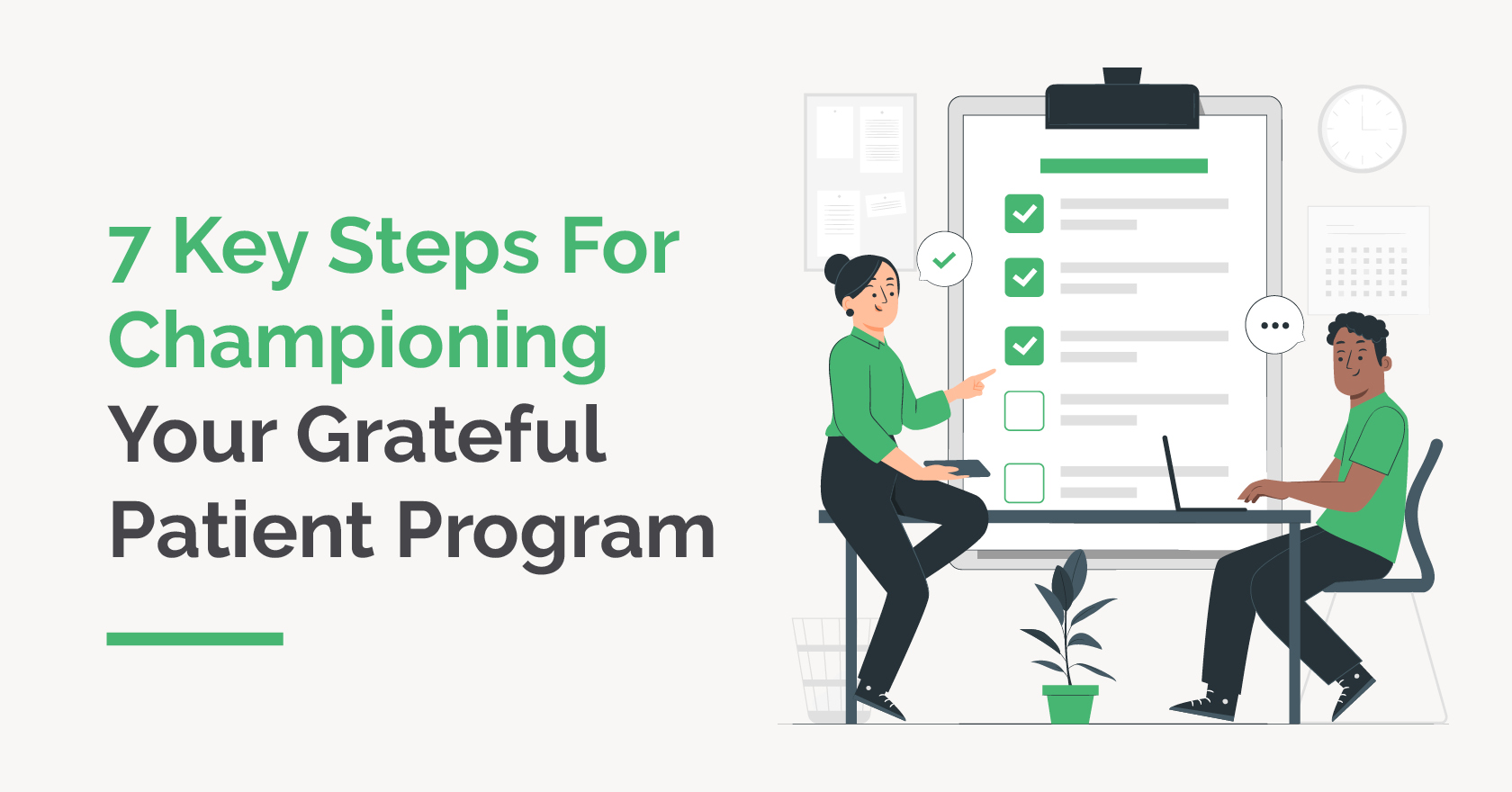
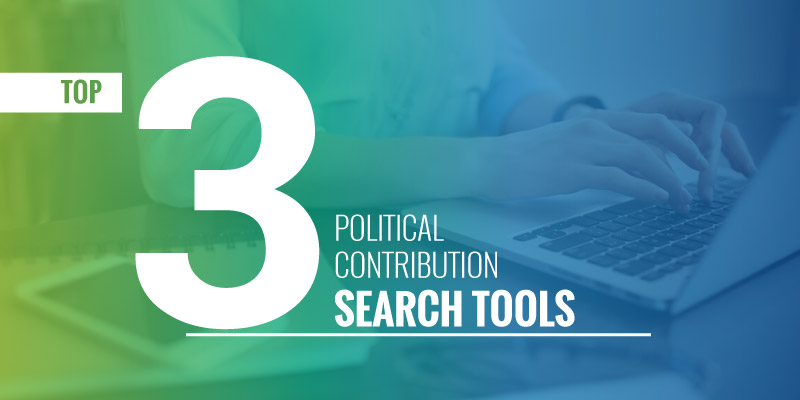 https://doublethedonation.com/wp-content/uploads/2022/06/top-3-political-contribution-search-tools-hero.jpg
400
800
Adam Weinger
https://doublethedonation.com/wp-content/uploads/2022/03/logo-dtd.svg
Adam Weinger2018-01-16 13:57:532023-09-12 16:55:14Top 3 Easy and Clever Political Contributions Search Tools
https://doublethedonation.com/wp-content/uploads/2022/06/top-3-political-contribution-search-tools-hero.jpg
400
800
Adam Weinger
https://doublethedonation.com/wp-content/uploads/2022/03/logo-dtd.svg
Adam Weinger2018-01-16 13:57:532023-09-12 16:55:14Top 3 Easy and Clever Political Contributions Search Tools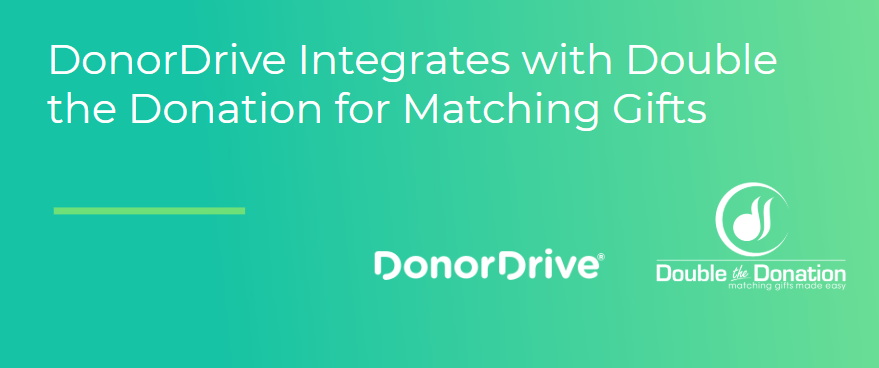

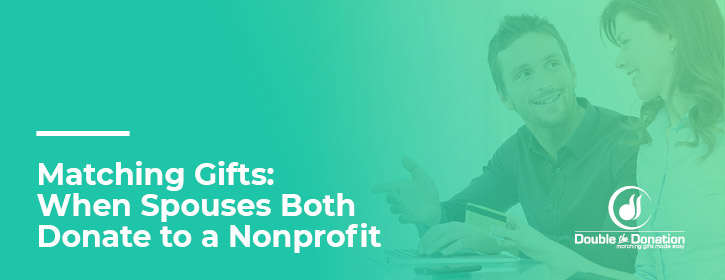
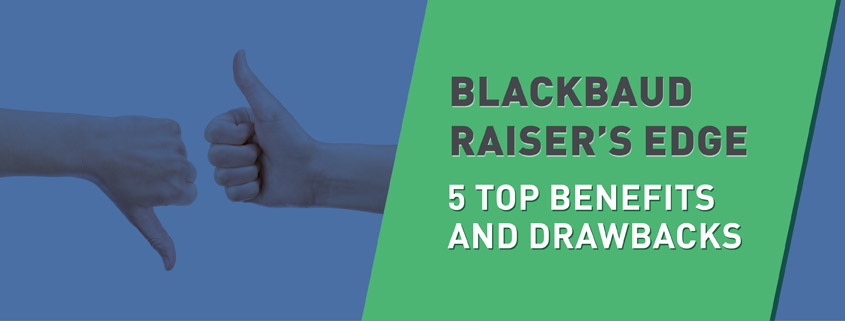
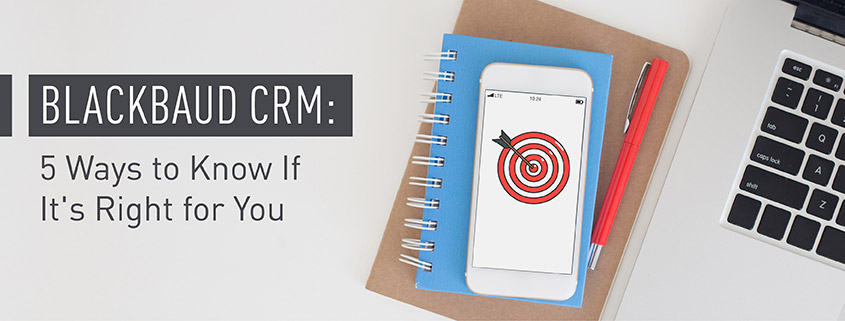
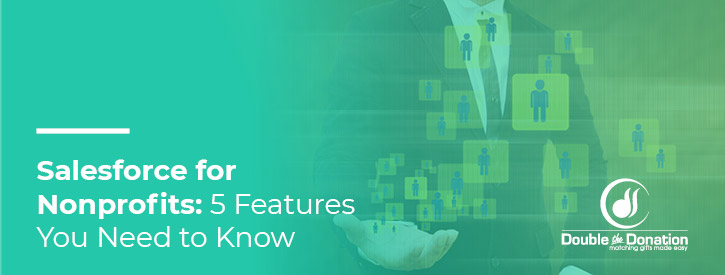
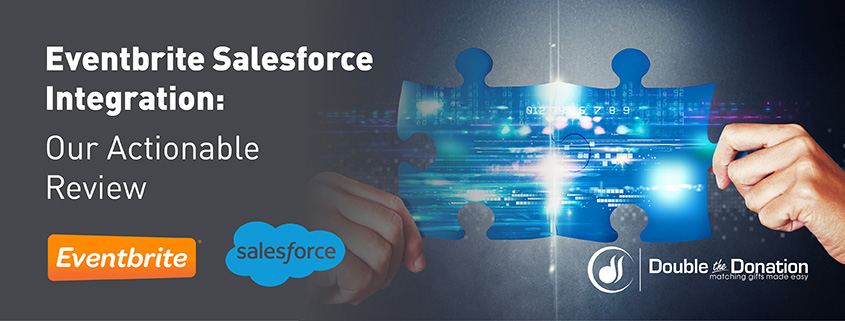
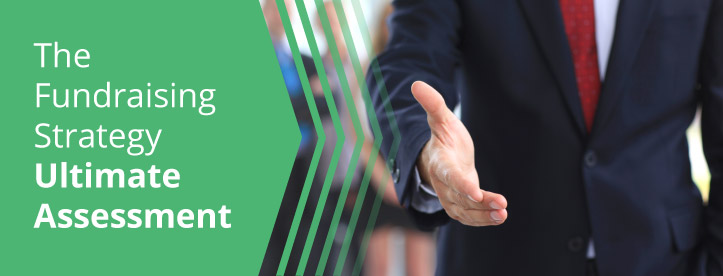 https://doublethedonation.com/wp-content/uploads/2022/06/ASP_C3-DTD_The-Fundraising-Strategy-Ultimate-Assessment-_Hero.jpg
276
723
Adam Weinger
https://doublethedonation.com/wp-content/uploads/2022/03/logo-dtd.svg
Adam Weinger2017-08-03 14:55:302024-05-01 06:00:13The Fundraising Strategy Ultimate Assessment (Free & Easy!)
https://doublethedonation.com/wp-content/uploads/2022/06/ASP_C3-DTD_The-Fundraising-Strategy-Ultimate-Assessment-_Hero.jpg
276
723
Adam Weinger
https://doublethedonation.com/wp-content/uploads/2022/03/logo-dtd.svg
Adam Weinger2017-08-03 14:55:302024-05-01 06:00:13The Fundraising Strategy Ultimate Assessment (Free & Easy!)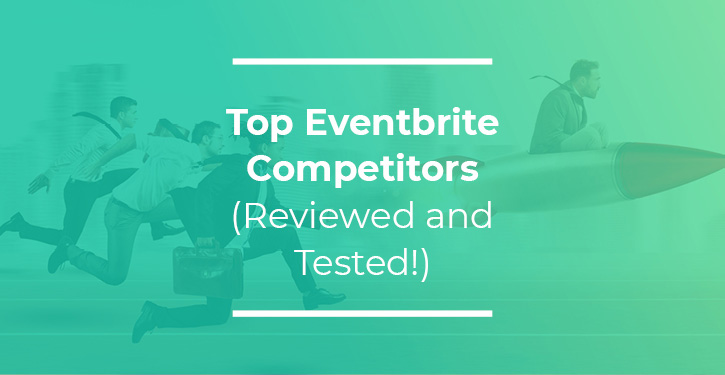
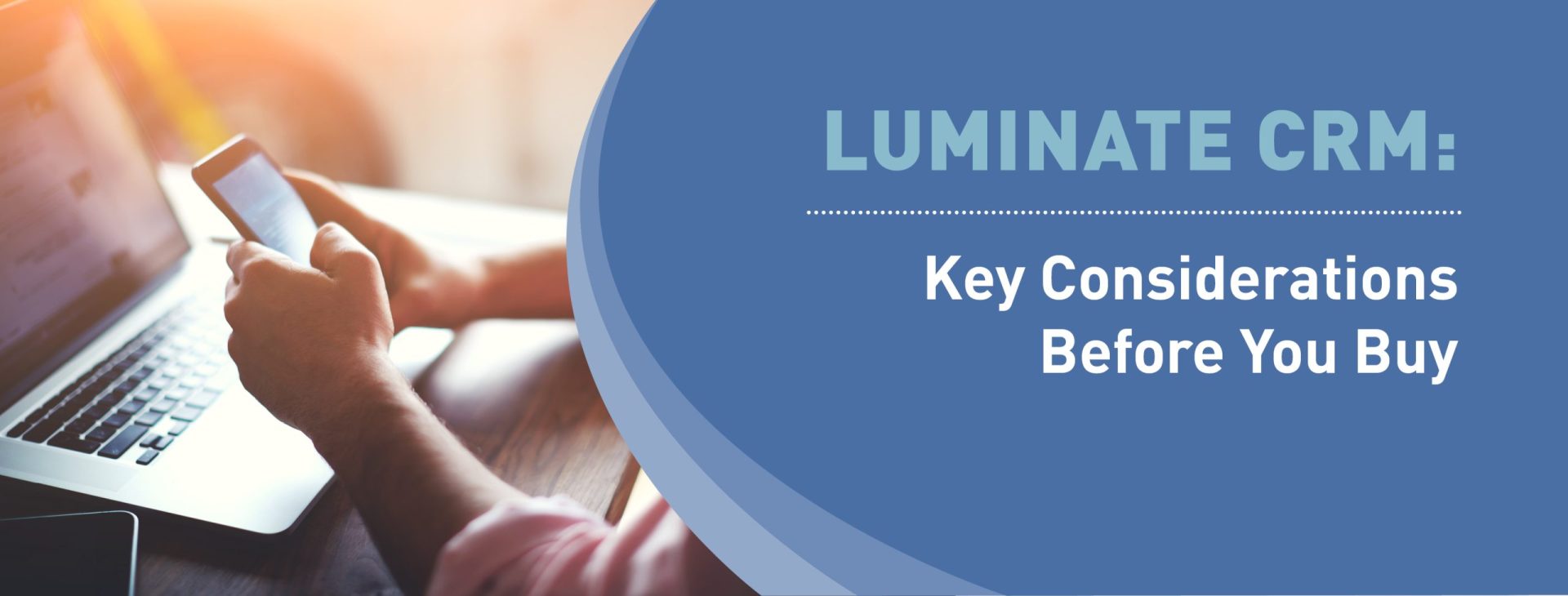
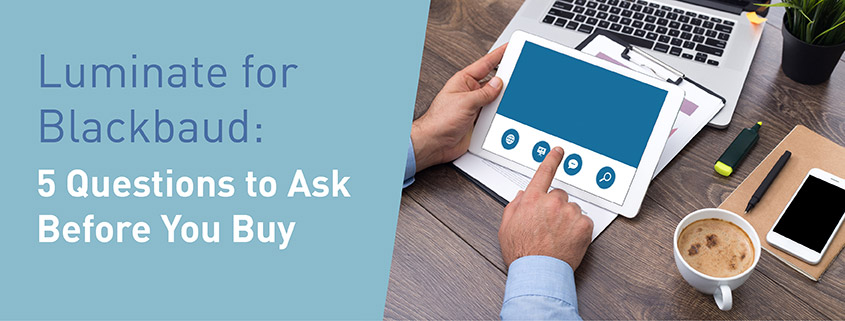
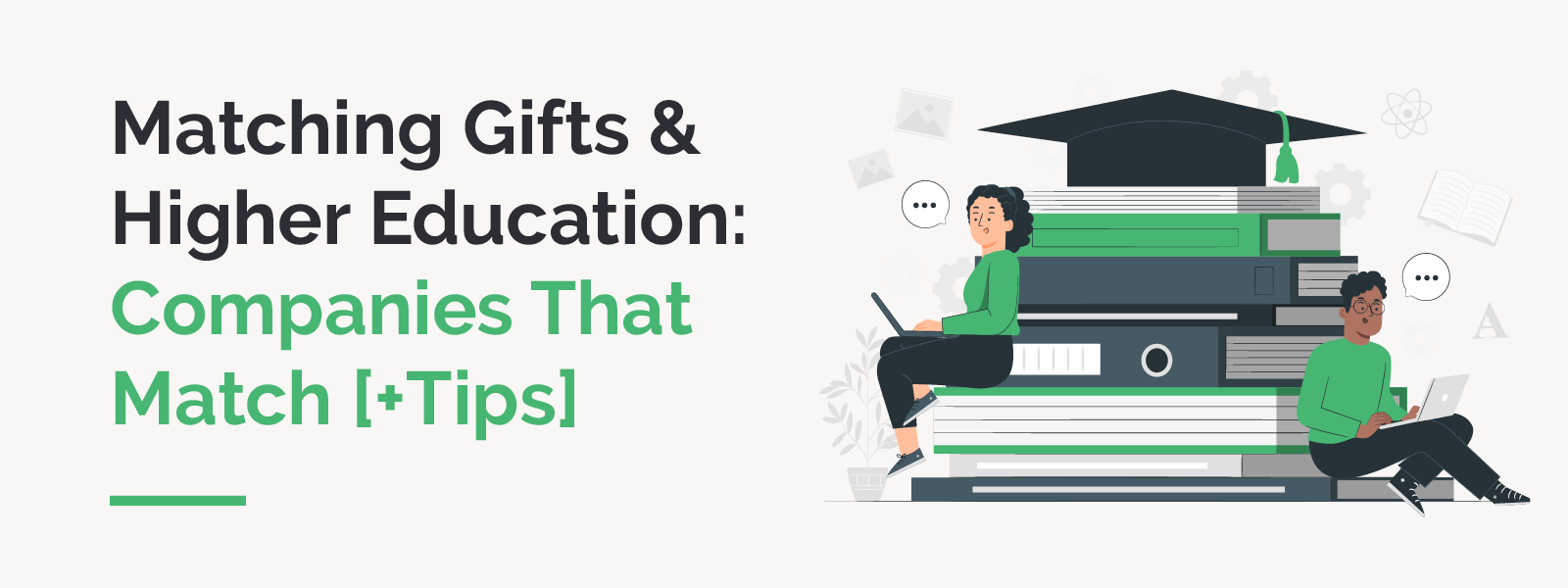

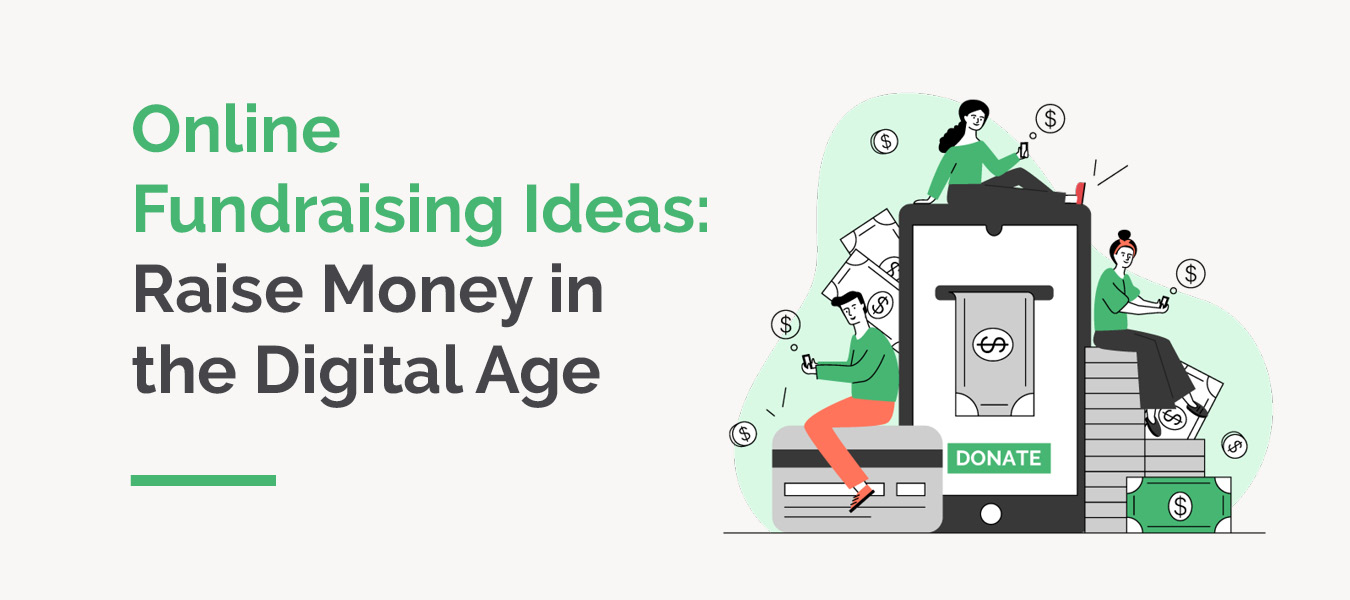
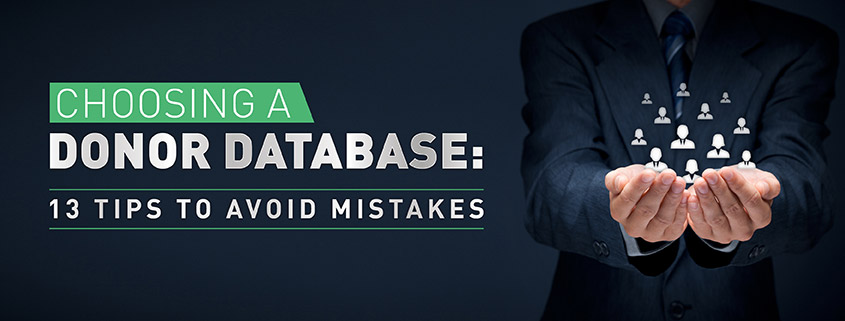
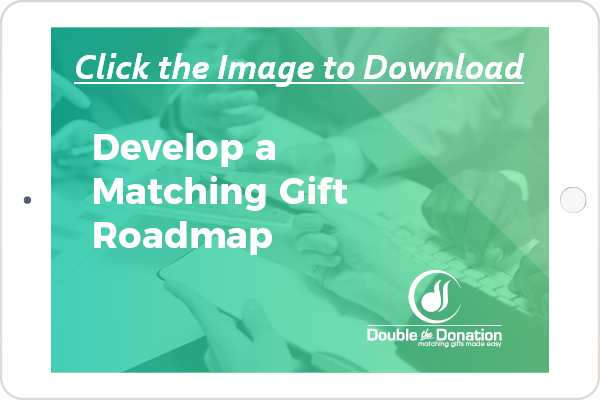 https://doublethedonation.com/wp-content/uploads/2022/06/Develop-a-matching-gift-program.png
400
600
Adam Weinger
https://doublethedonation.com/wp-content/uploads/2022/03/logo-dtd.svg
Adam Weinger2016-05-30 15:12:282025-05-23 15:55:55Download Our Premade PowerPoint Presentation: Develop A Matching Gift Roadmap
https://doublethedonation.com/wp-content/uploads/2022/06/Develop-a-matching-gift-program.png
400
600
Adam Weinger
https://doublethedonation.com/wp-content/uploads/2022/03/logo-dtd.svg
Adam Weinger2016-05-30 15:12:282025-05-23 15:55:55Download Our Premade PowerPoint Presentation: Develop A Matching Gift Roadmap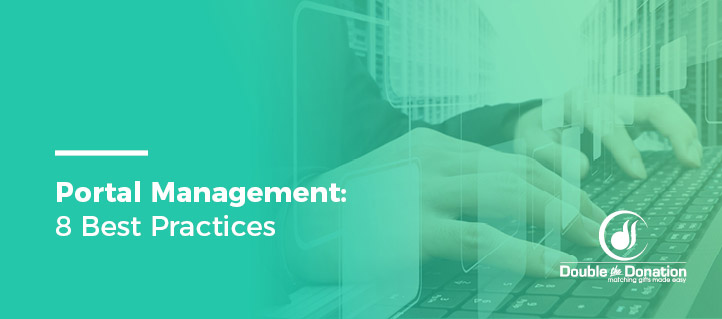
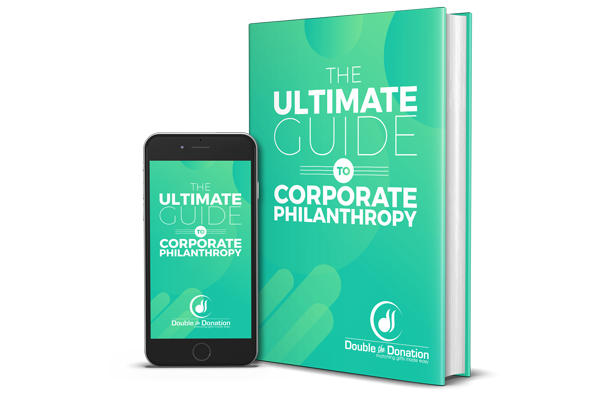 https://doublethedonation.com/wp-content/uploads/2022/06/Ultimate-Guide-to-Corporate-Philantrophy.png
400
600
Adam Weinger
https://doublethedonation.com/wp-content/uploads/2022/03/logo-dtd.svg
Adam Weinger2016-04-24 14:37:262022-06-20 07:55:08Download the Ultimate Guide to Corporate Philanthropy
https://doublethedonation.com/wp-content/uploads/2022/06/Ultimate-Guide-to-Corporate-Philantrophy.png
400
600
Adam Weinger
https://doublethedonation.com/wp-content/uploads/2022/03/logo-dtd.svg
Adam Weinger2016-04-24 14:37:262022-06-20 07:55:08Download the Ultimate Guide to Corporate Philanthropy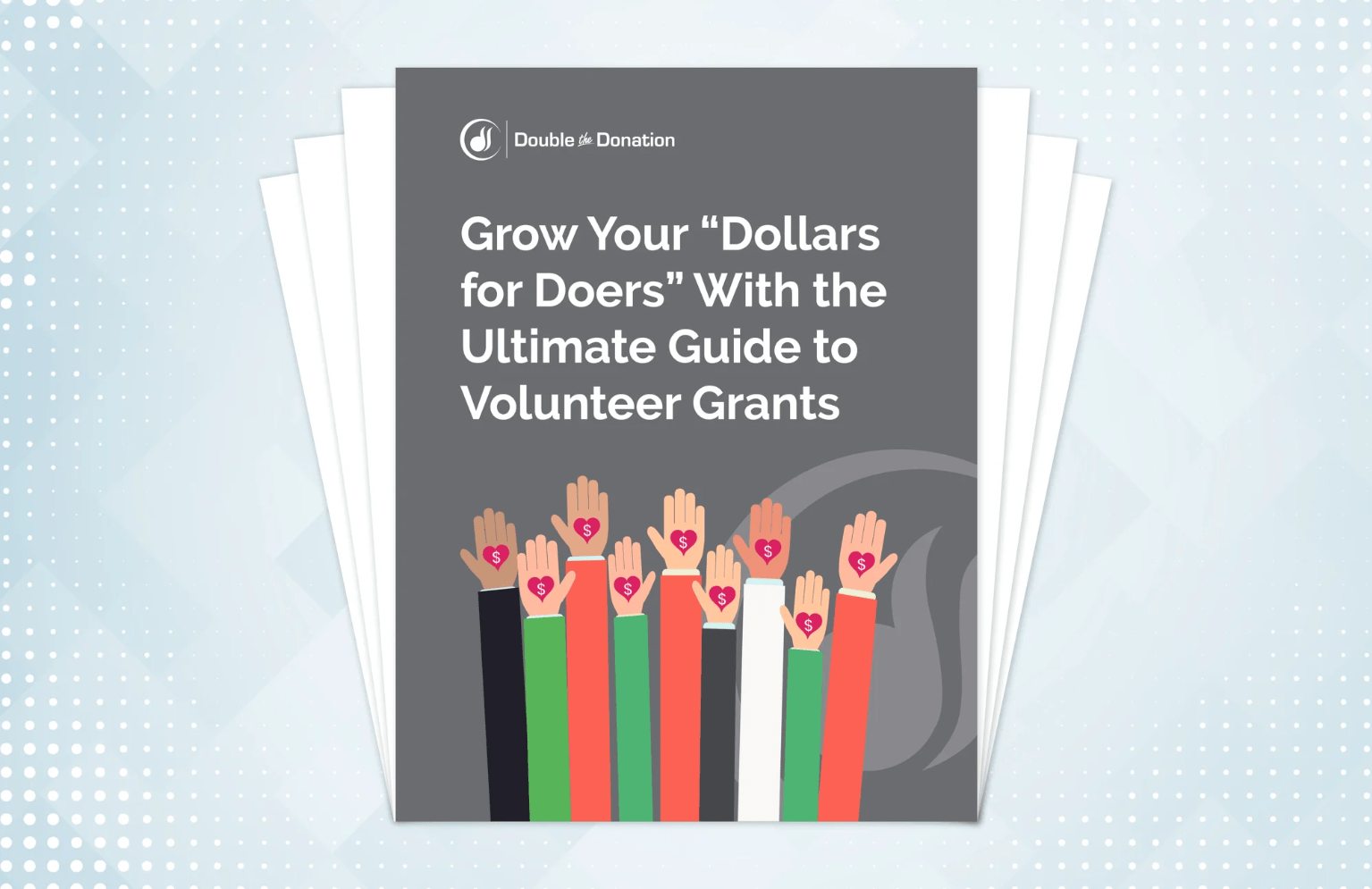 https://doublethedonation.com/wp-content/uploads/2016/04/Download-the-Ultimate-Guide-to-Volunteer-Grants-min.png
995
1535
Adam Weinger
https://doublethedonation.com/wp-content/uploads/2022/03/logo-dtd.svg
Adam Weinger2016-04-24 14:33:302024-09-17 16:35:57[Free Download] The Ultimate Guide to Volunteer Grants
https://doublethedonation.com/wp-content/uploads/2016/04/Download-the-Ultimate-Guide-to-Volunteer-Grants-min.png
995
1535
Adam Weinger
https://doublethedonation.com/wp-content/uploads/2022/03/logo-dtd.svg
Adam Weinger2016-04-24 14:33:302024-09-17 16:35:57[Free Download] The Ultimate Guide to Volunteer Grants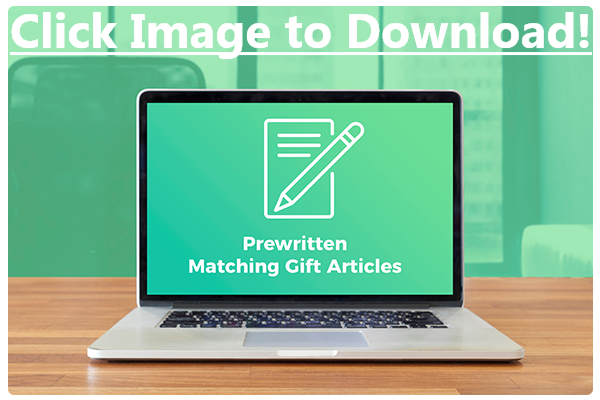 https://doublethedonation.com/wp-content/uploads/2022/06/Prewritten-matching-gift-articles_click-to-download.png
400
600
Adam Weinger
https://doublethedonation.com/wp-content/uploads/2022/03/logo-dtd.svg
Adam Weinger2016-04-18 13:47:152022-06-20 07:55:04Download Our Pre-Written Articles!
https://doublethedonation.com/wp-content/uploads/2022/06/Prewritten-matching-gift-articles_click-to-download.png
400
600
Adam Weinger
https://doublethedonation.com/wp-content/uploads/2022/03/logo-dtd.svg
Adam Weinger2016-04-18 13:47:152022-06-20 07:55:04Download Our Pre-Written Articles!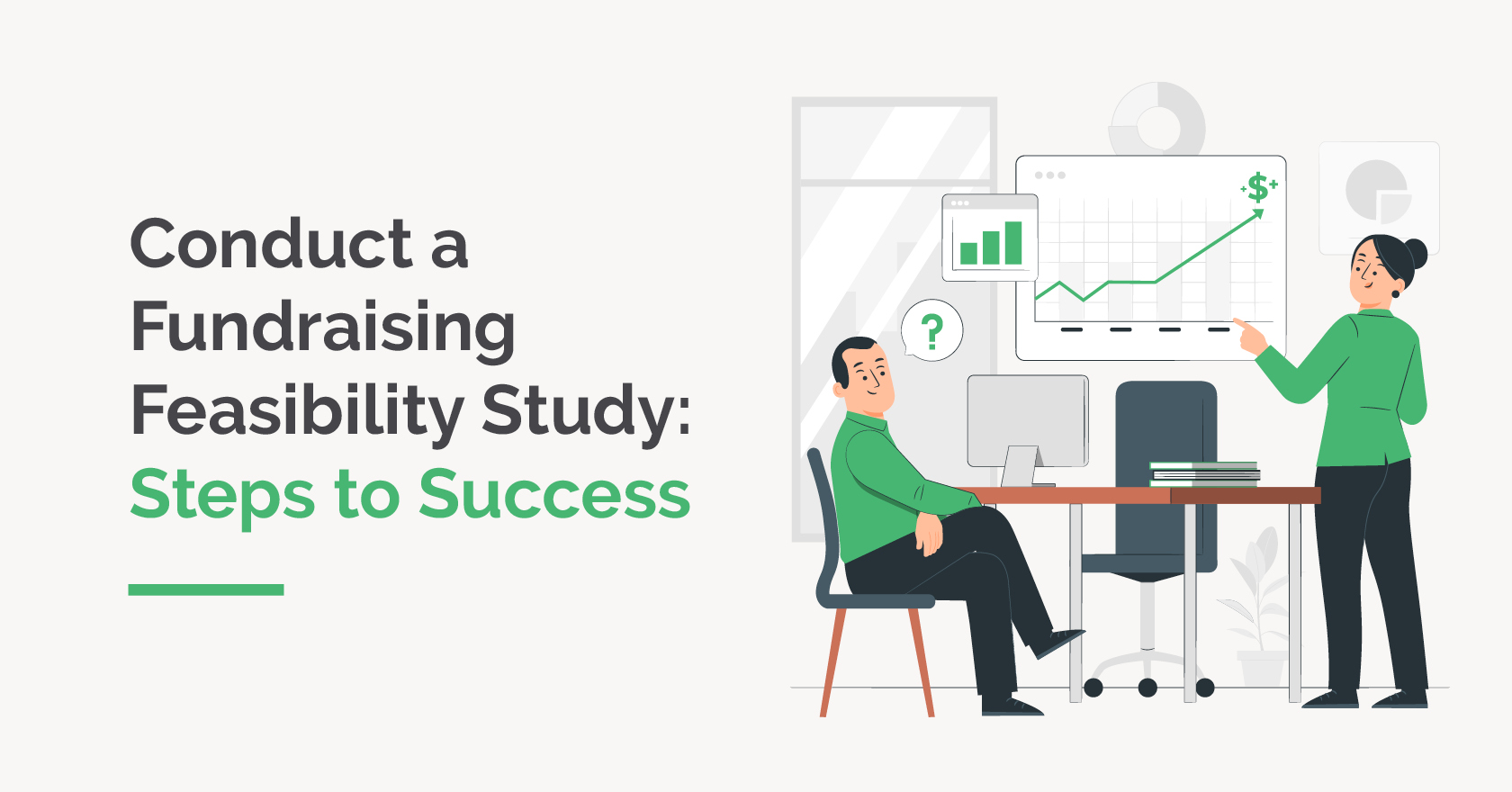

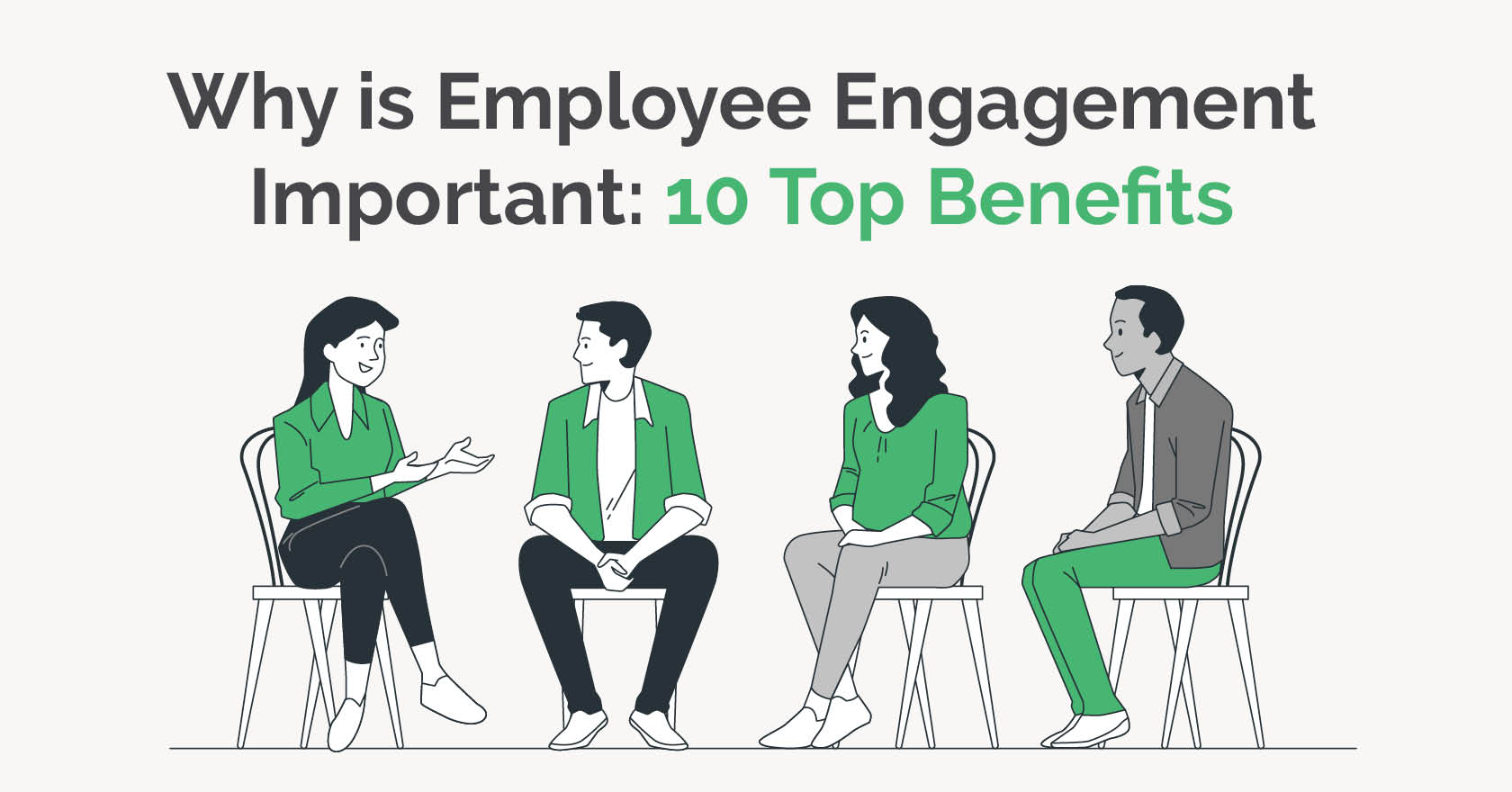
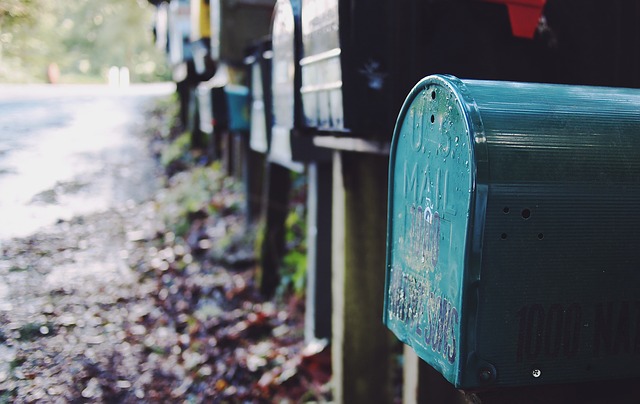

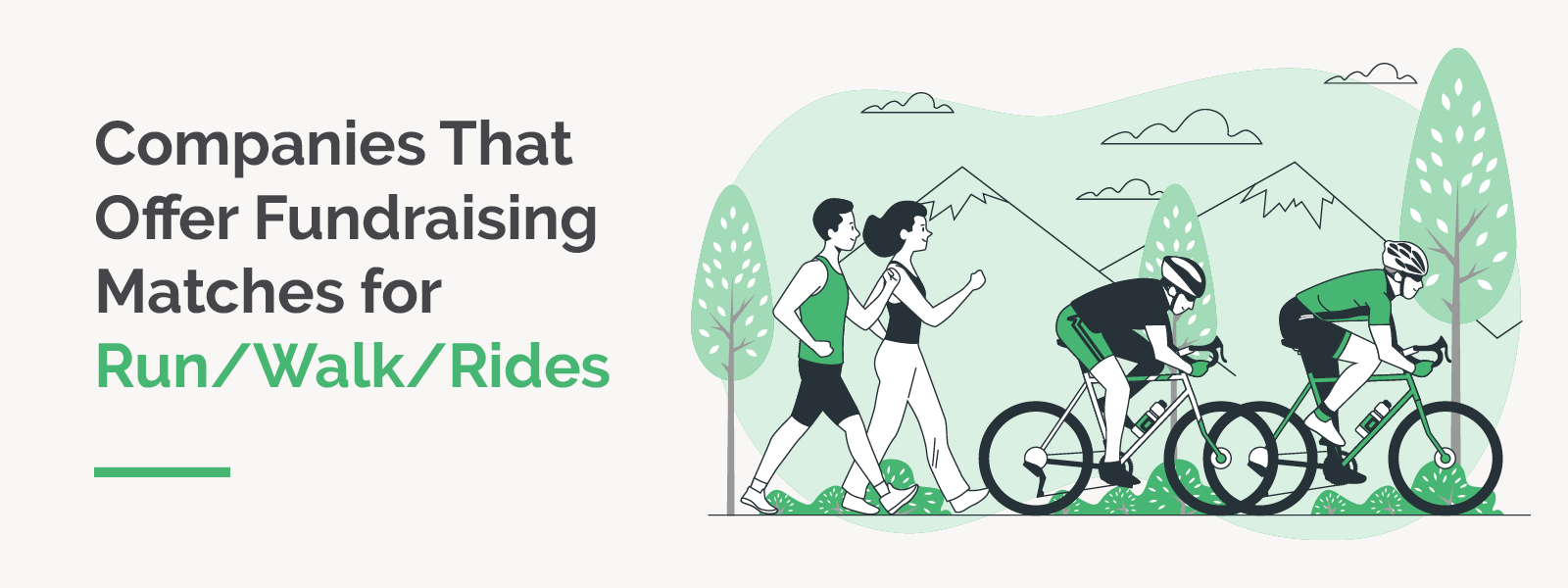
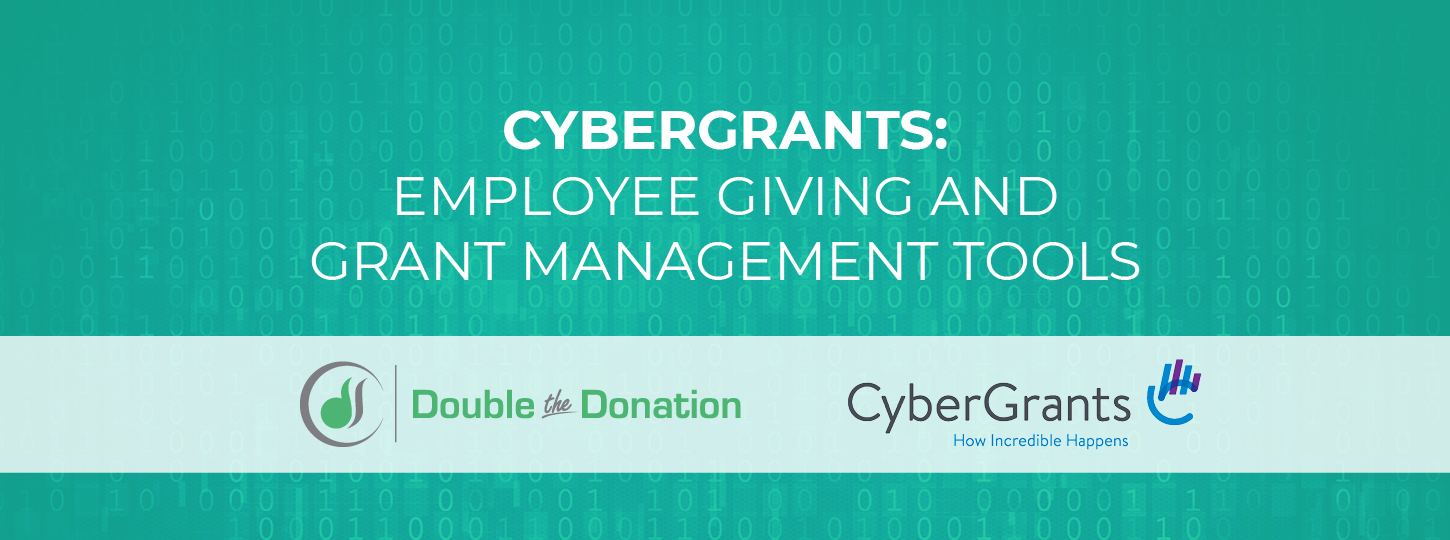

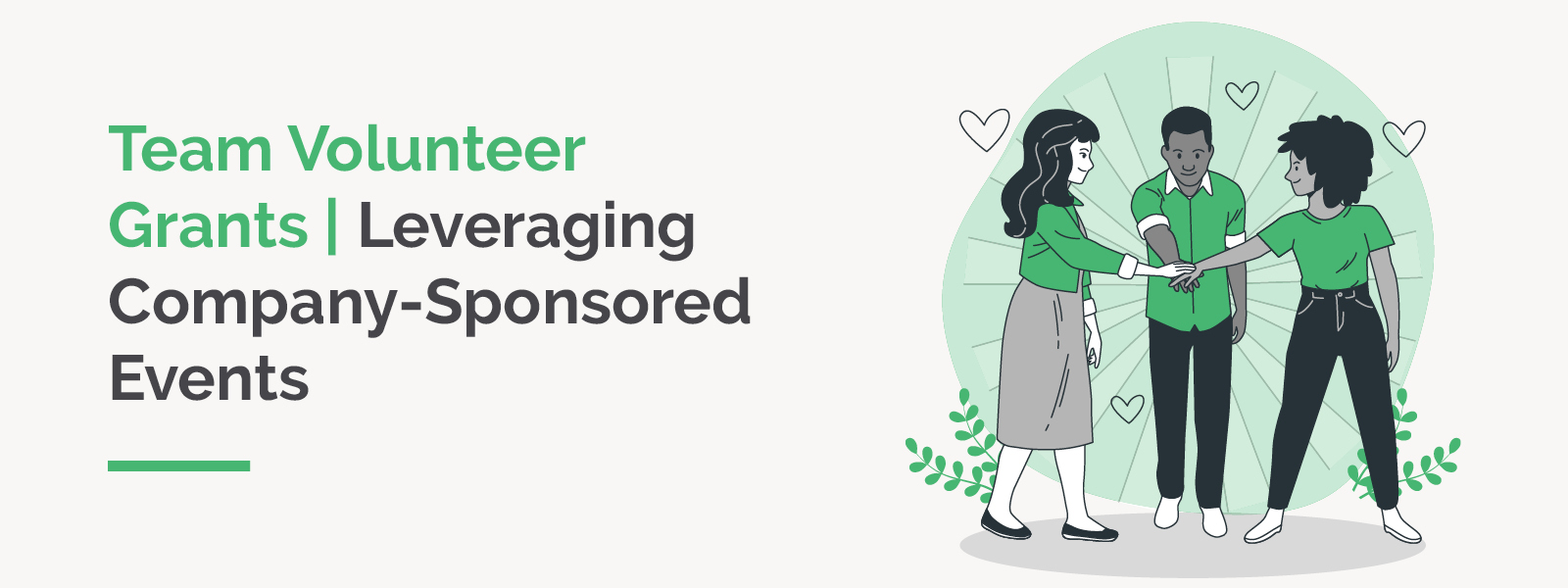
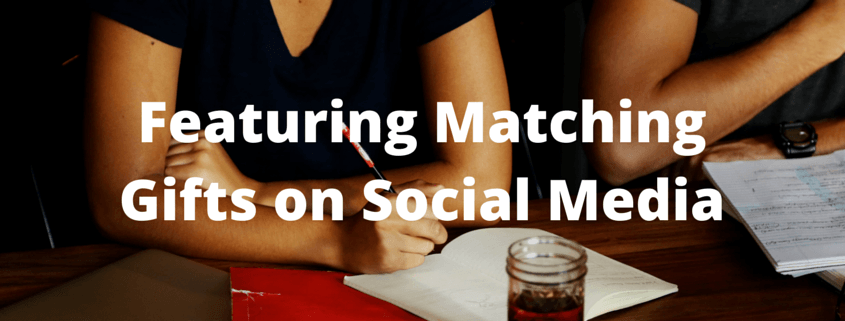


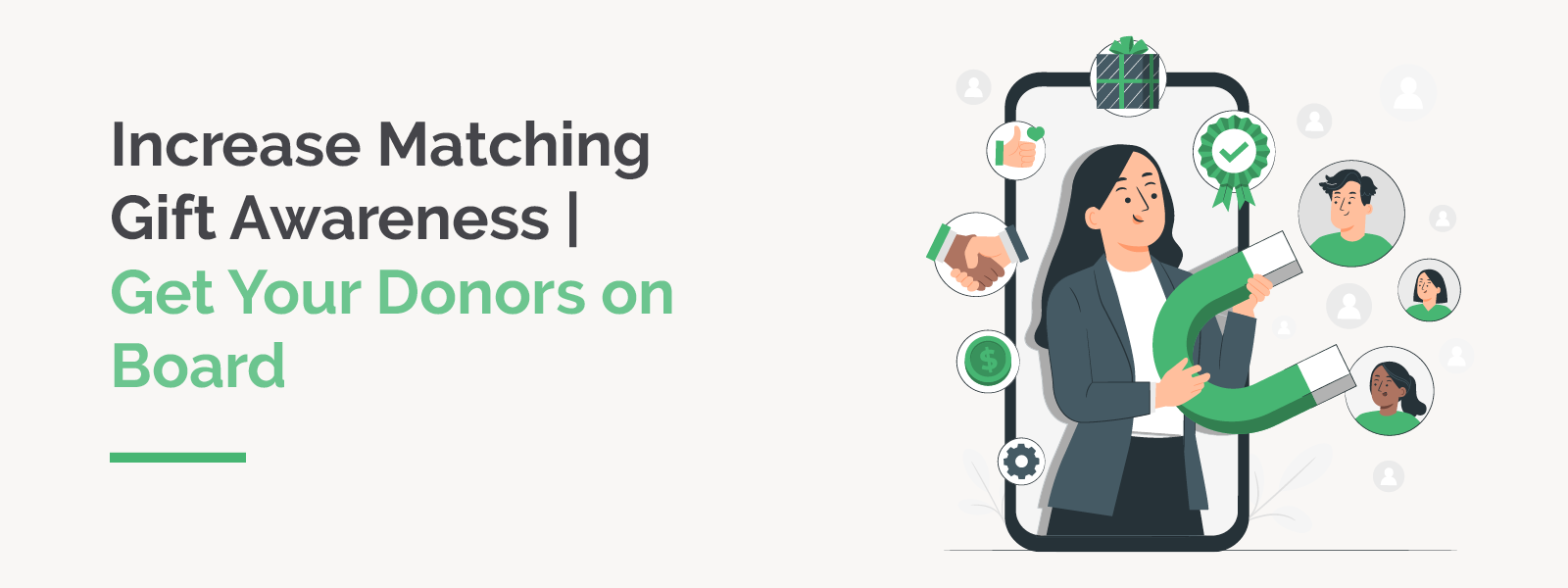
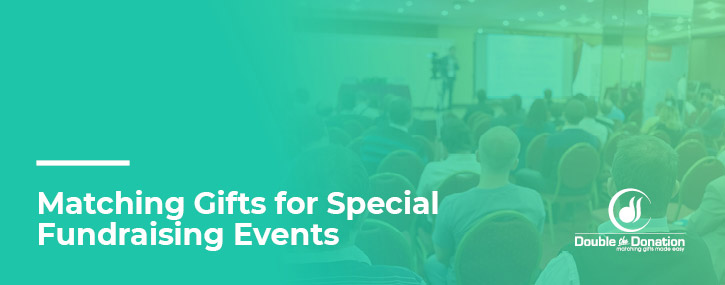
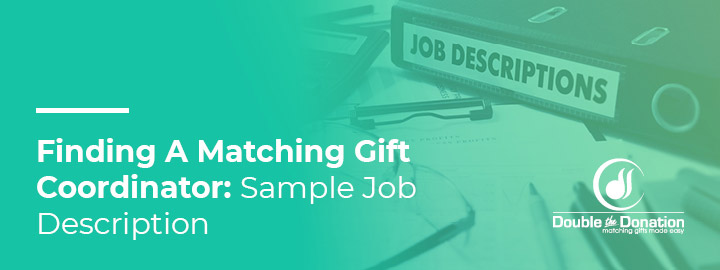
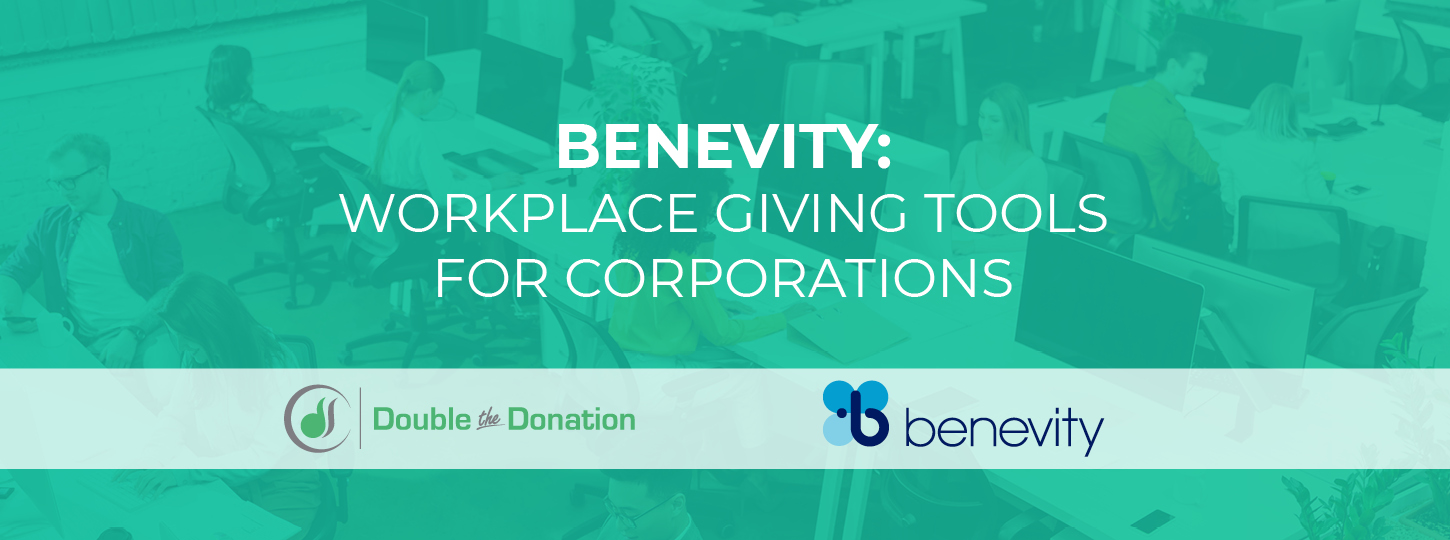
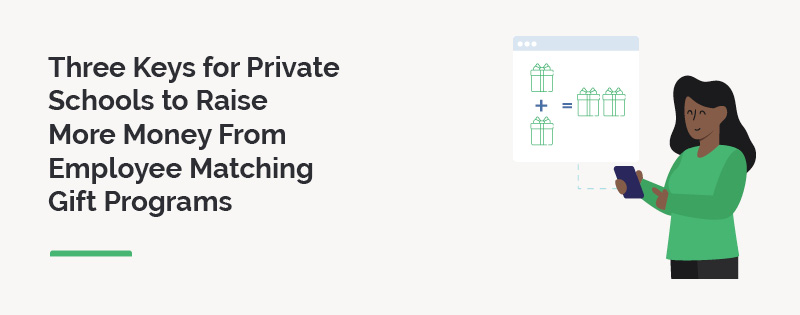

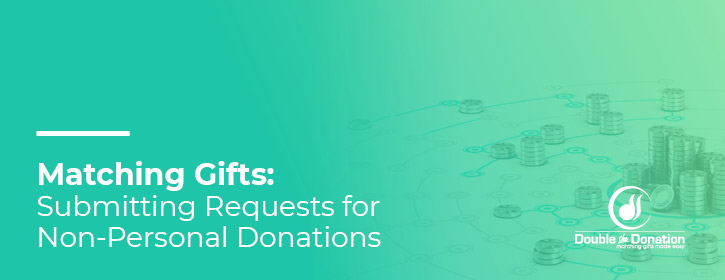
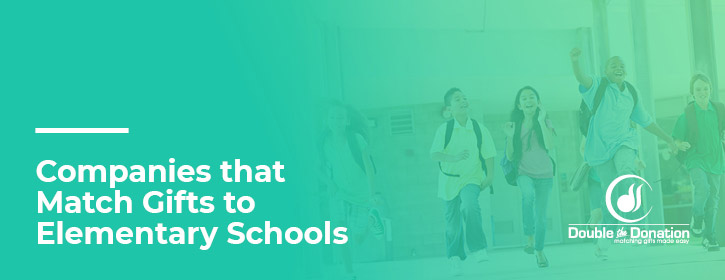
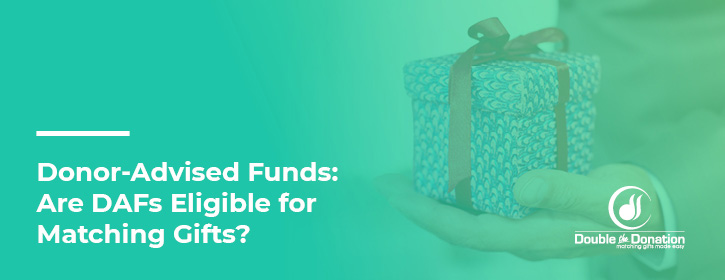
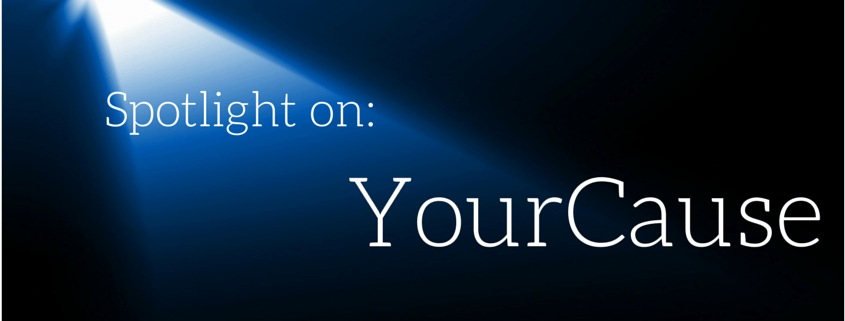
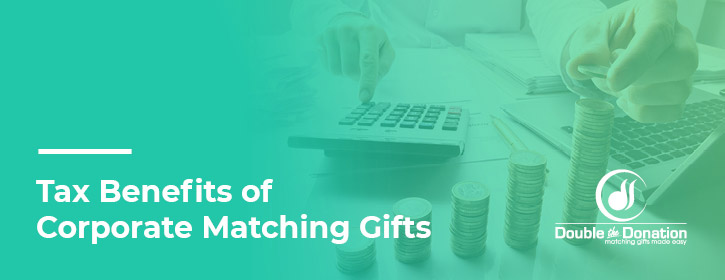
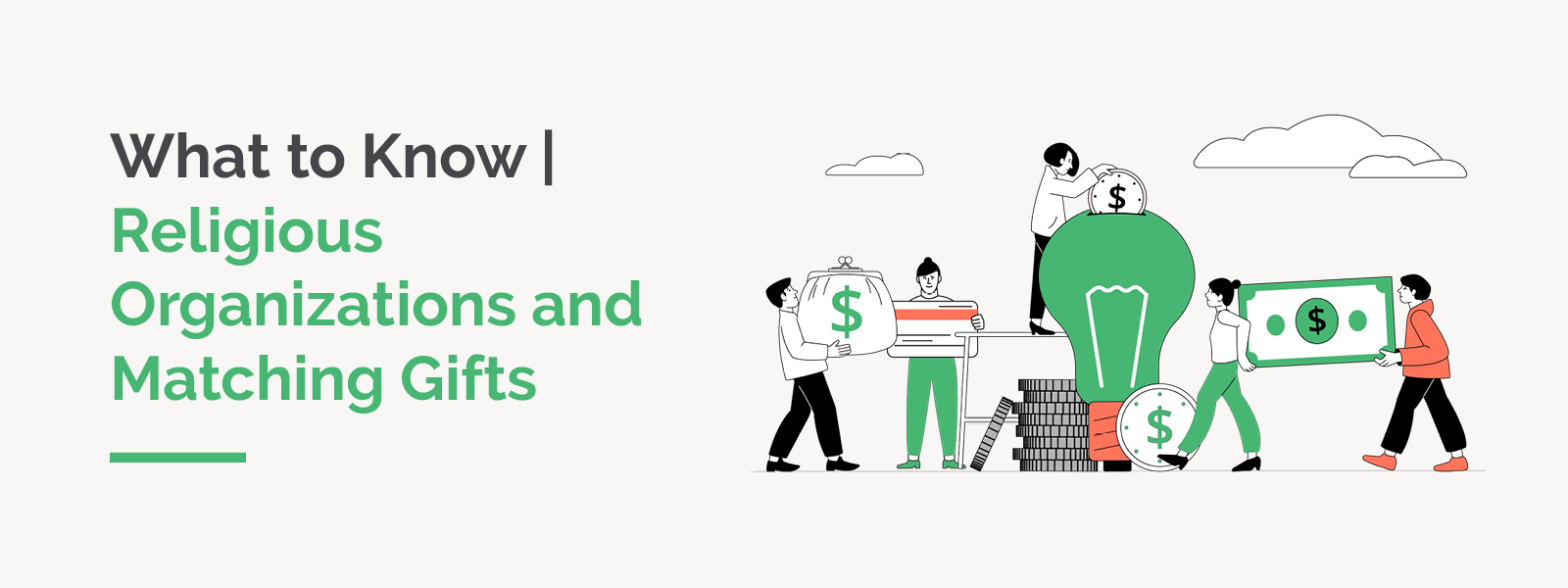
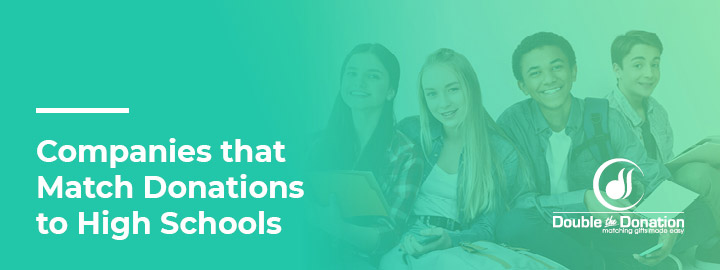

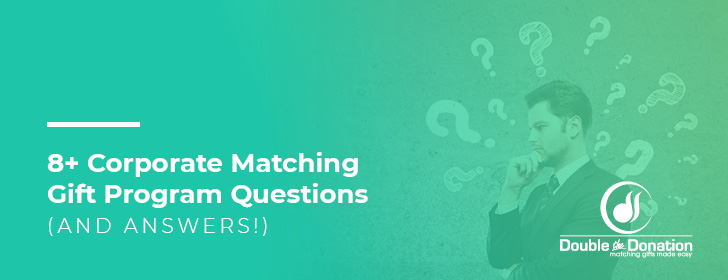
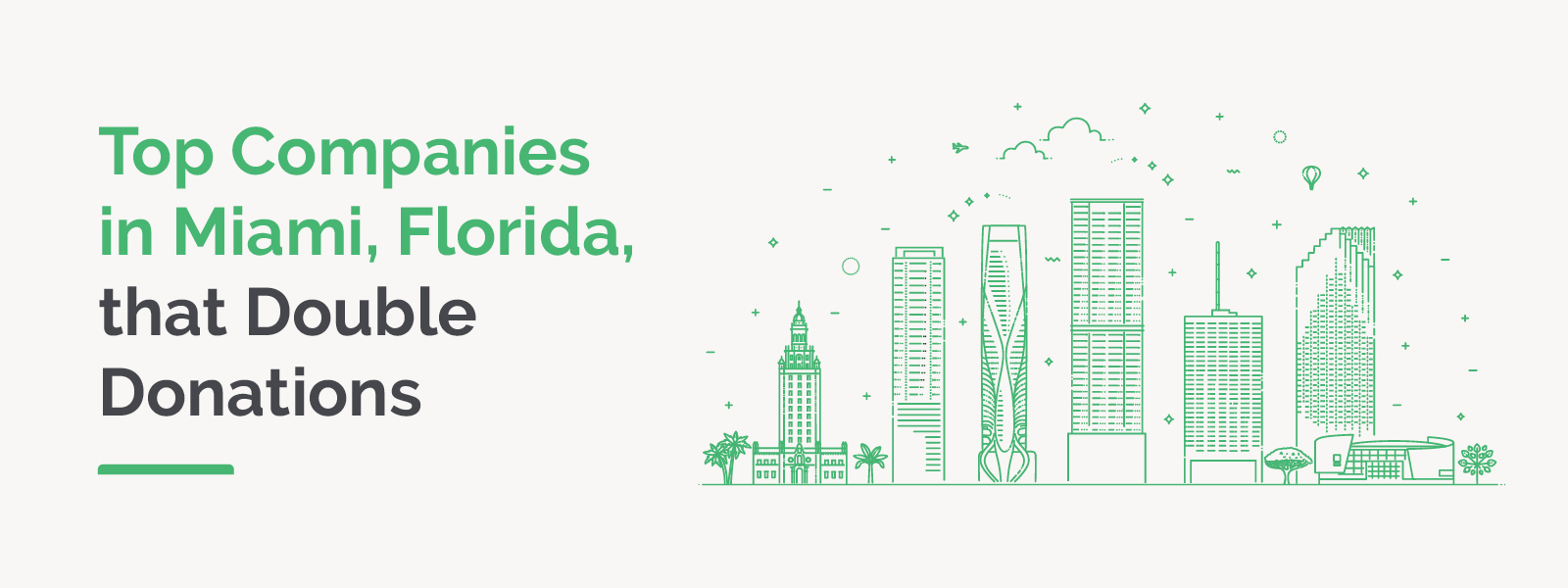



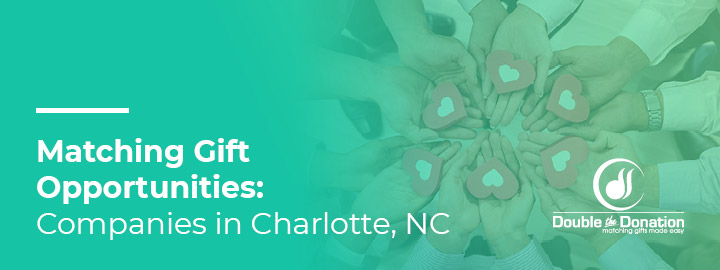
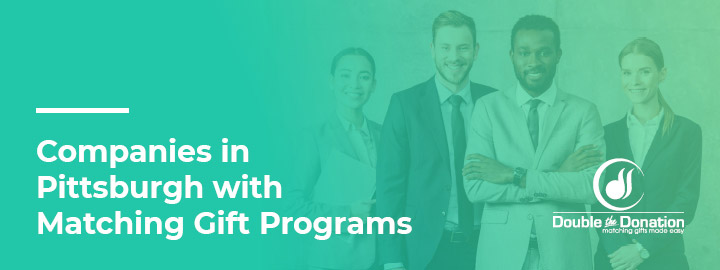
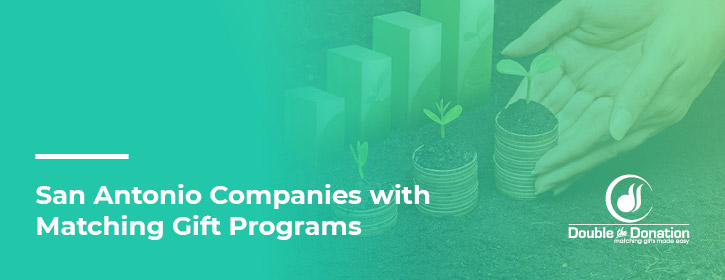 https://doublethedonation.com/wp-content/uploads/2022/05/San-Antonio-Matching-Gift-Companies_Feature.jpg
280
725
Adam Weinger
https://doublethedonation.com/wp-content/uploads/2022/03/logo-dtd.svg
Adam Weinger2013-03-06 23:12:542025-02-24 15:51:34San Antonio Companies with Matching Gift Programs
https://doublethedonation.com/wp-content/uploads/2022/05/San-Antonio-Matching-Gift-Companies_Feature.jpg
280
725
Adam Weinger
https://doublethedonation.com/wp-content/uploads/2022/03/logo-dtd.svg
Adam Weinger2013-03-06 23:12:542025-02-24 15:51:34San Antonio Companies with Matching Gift Programs
